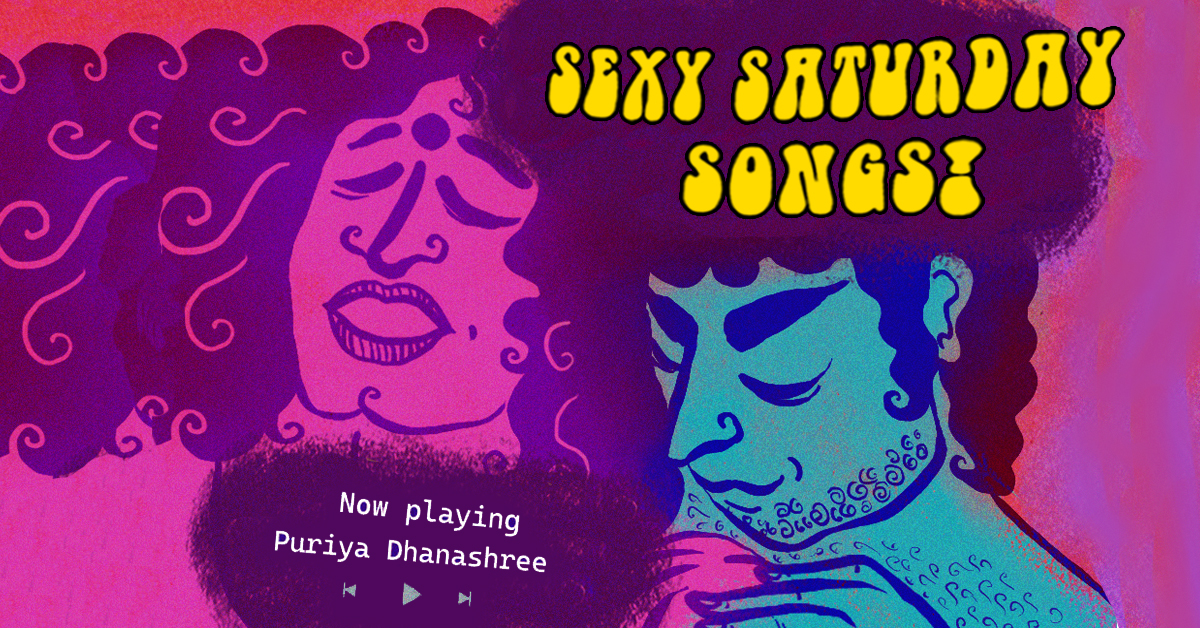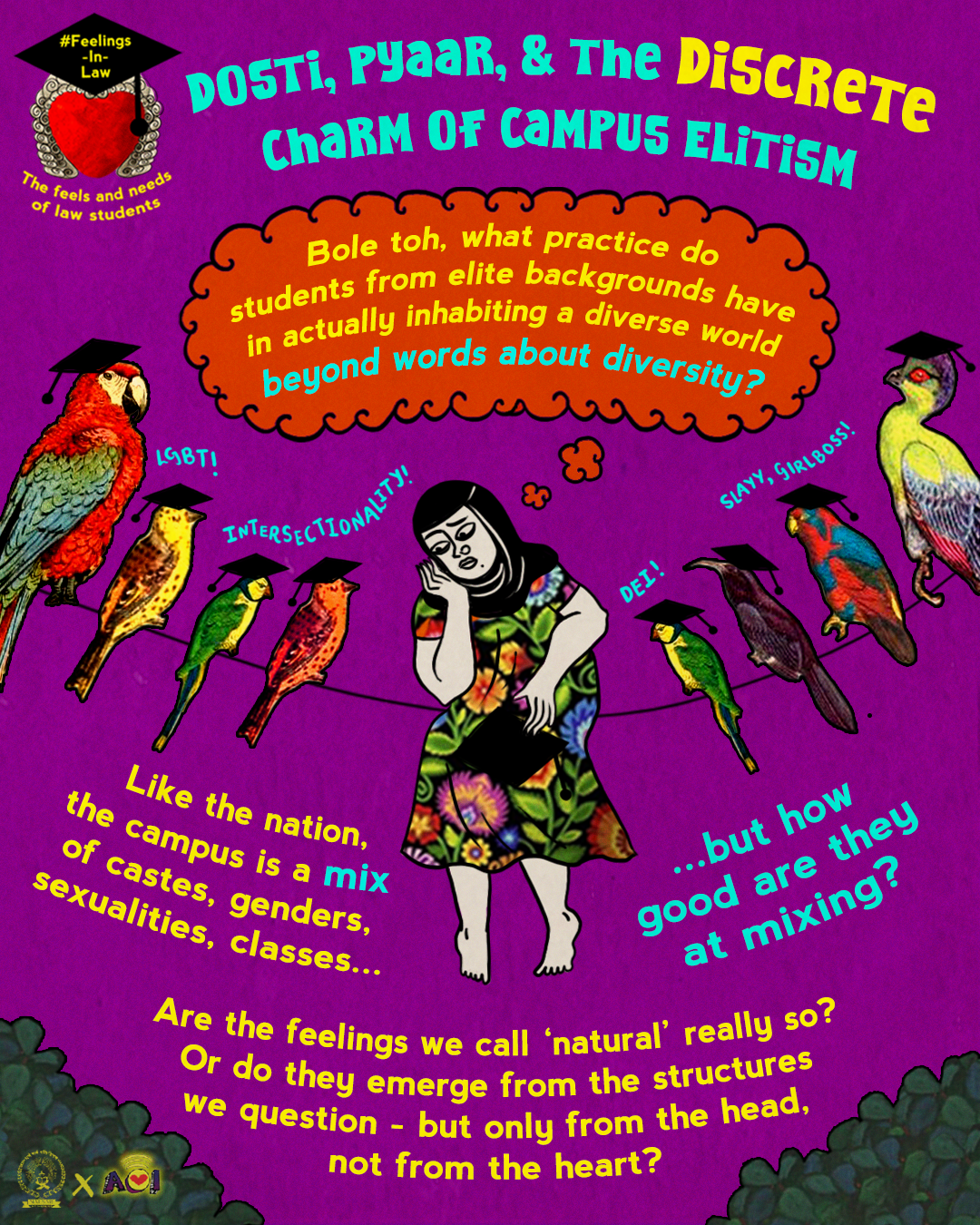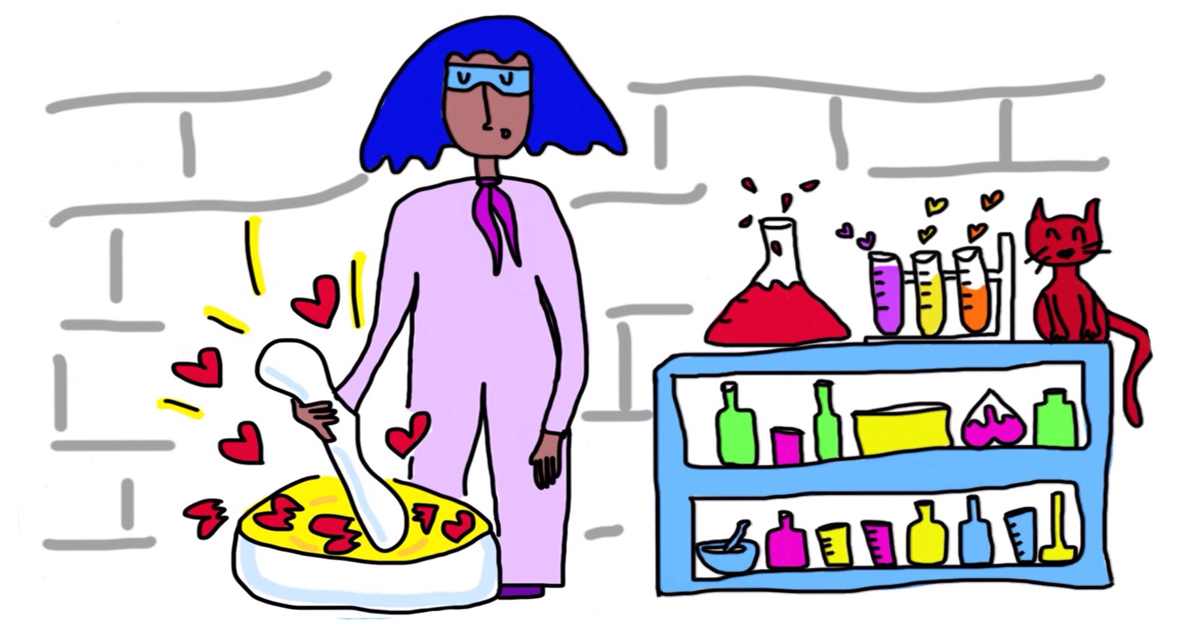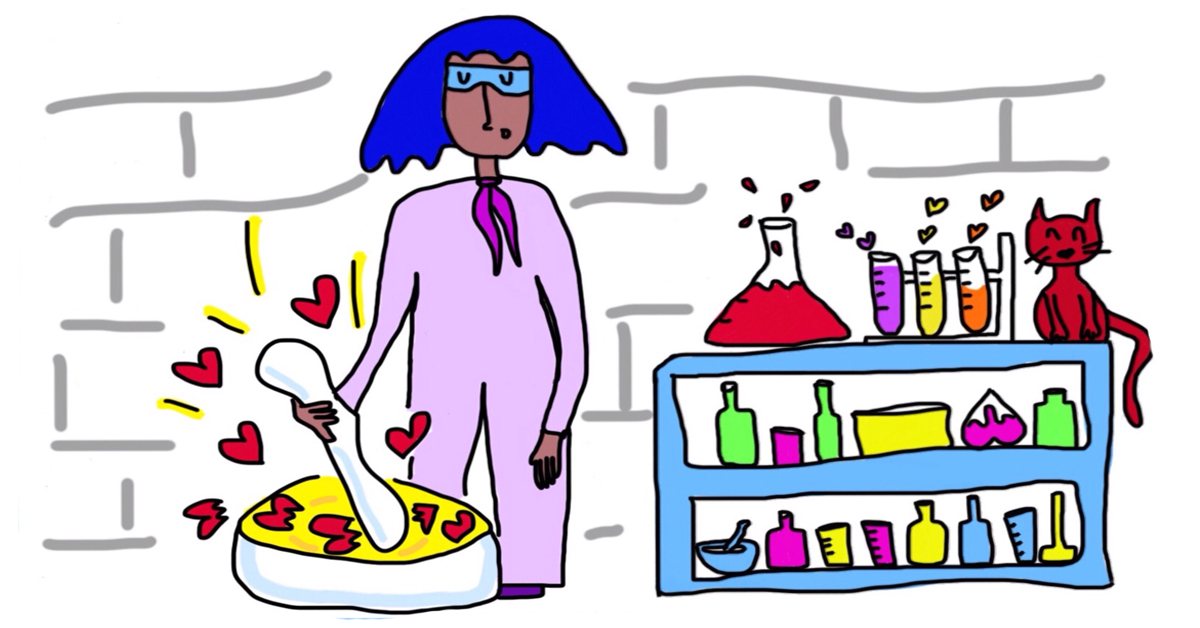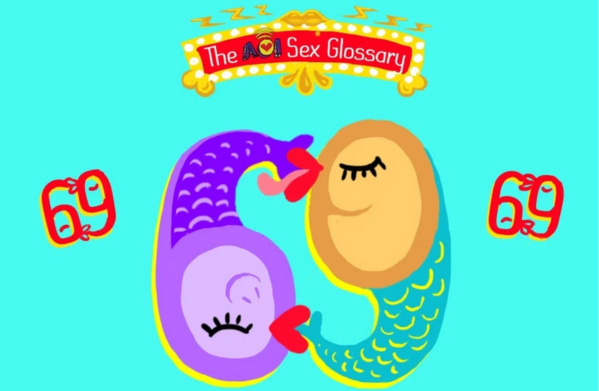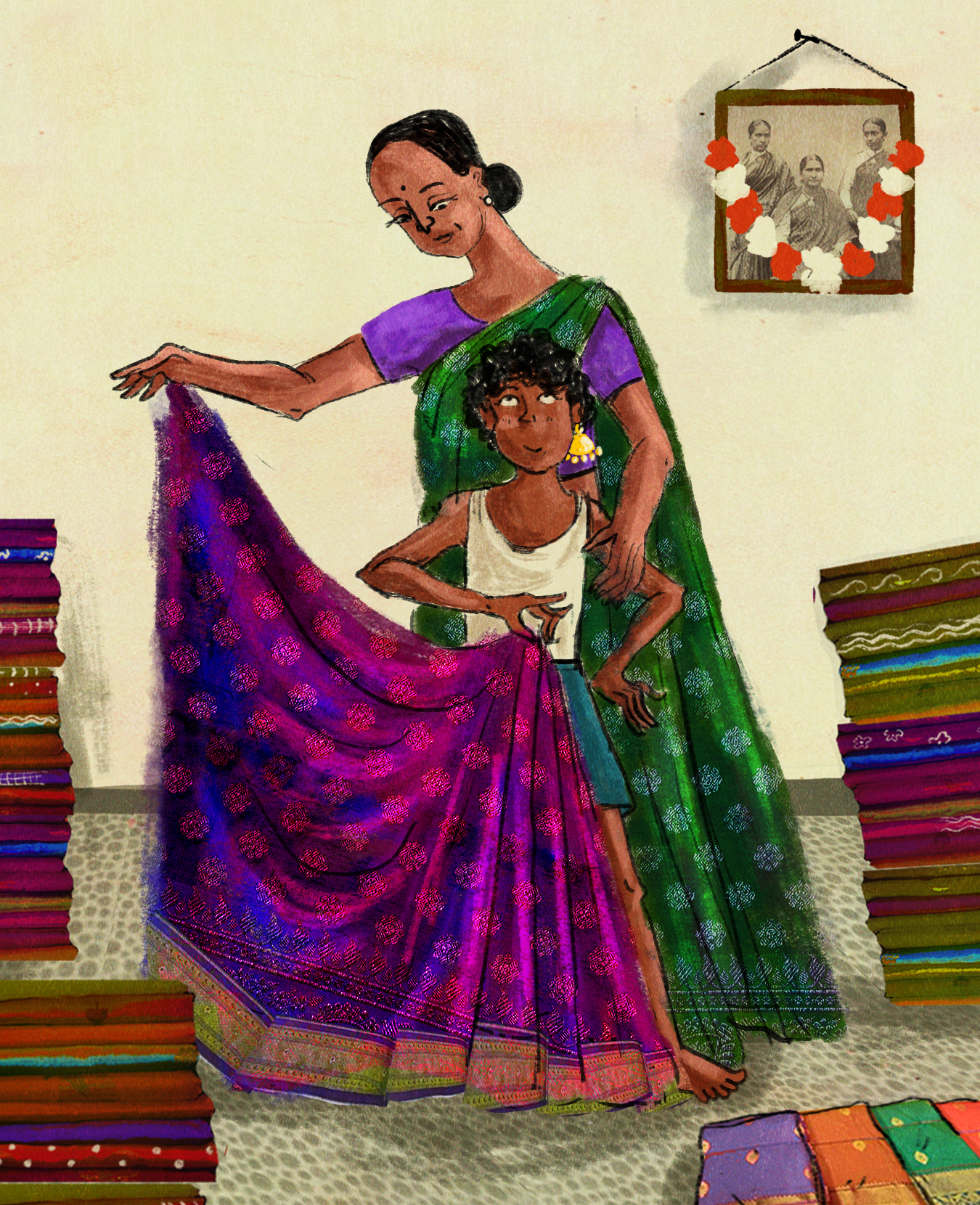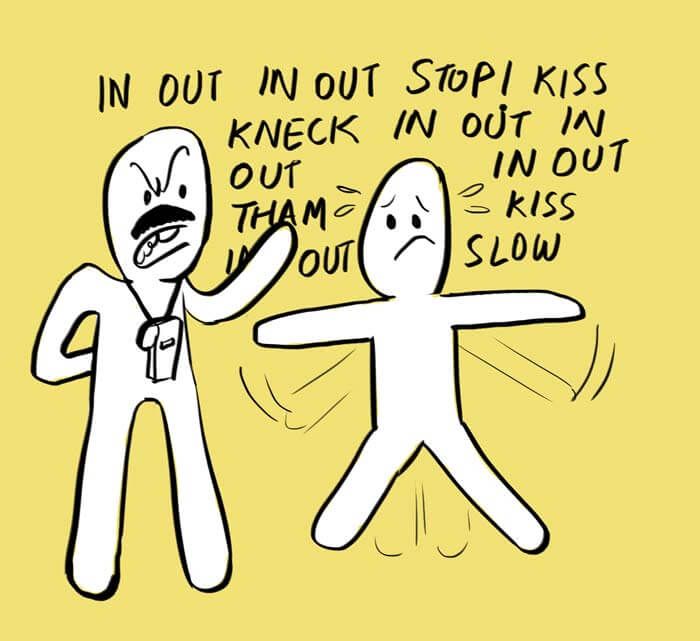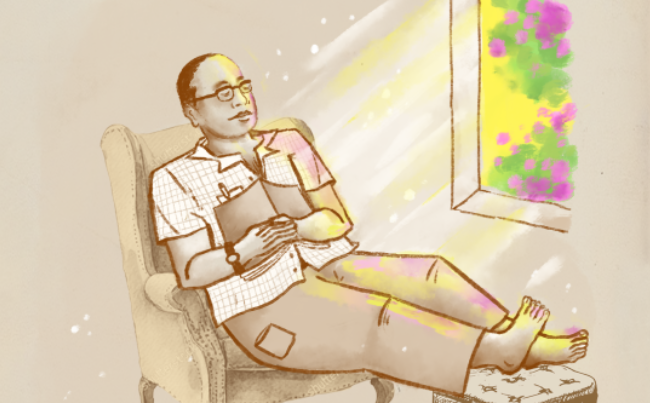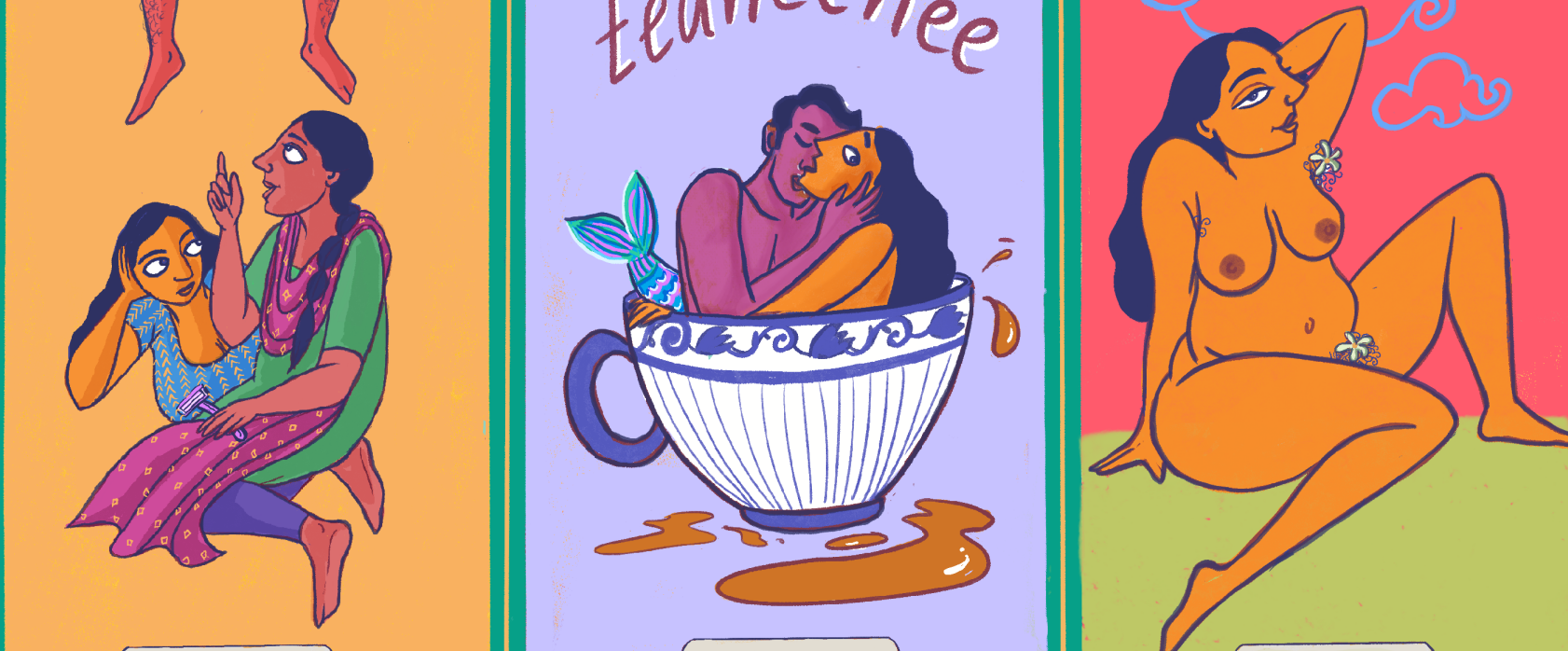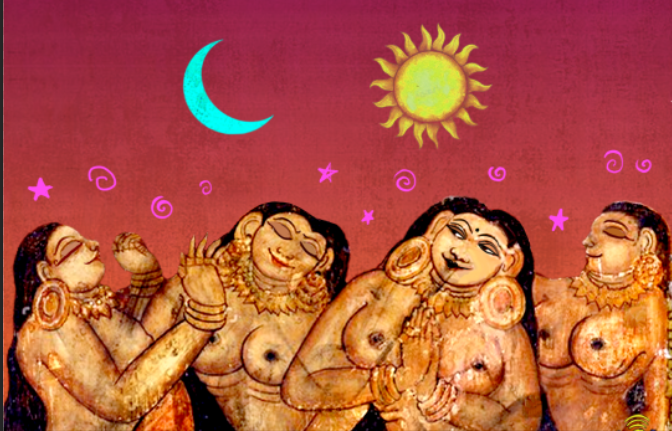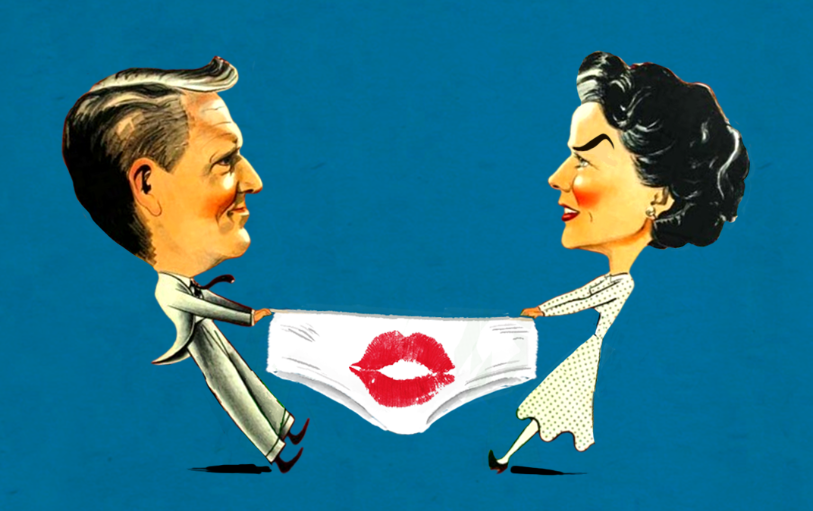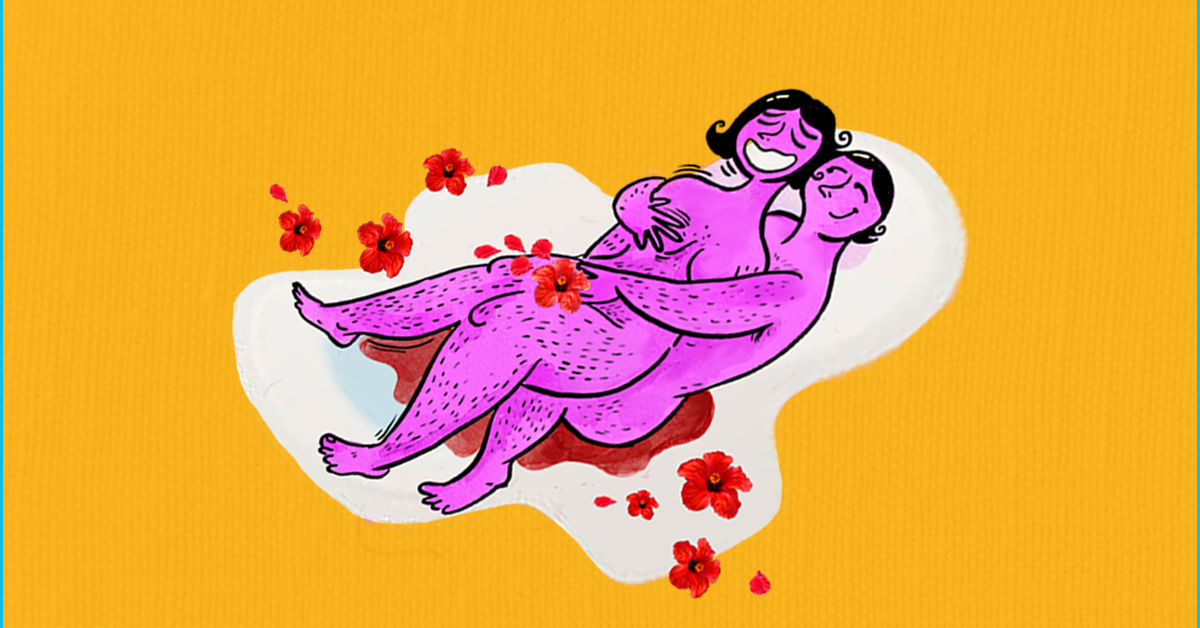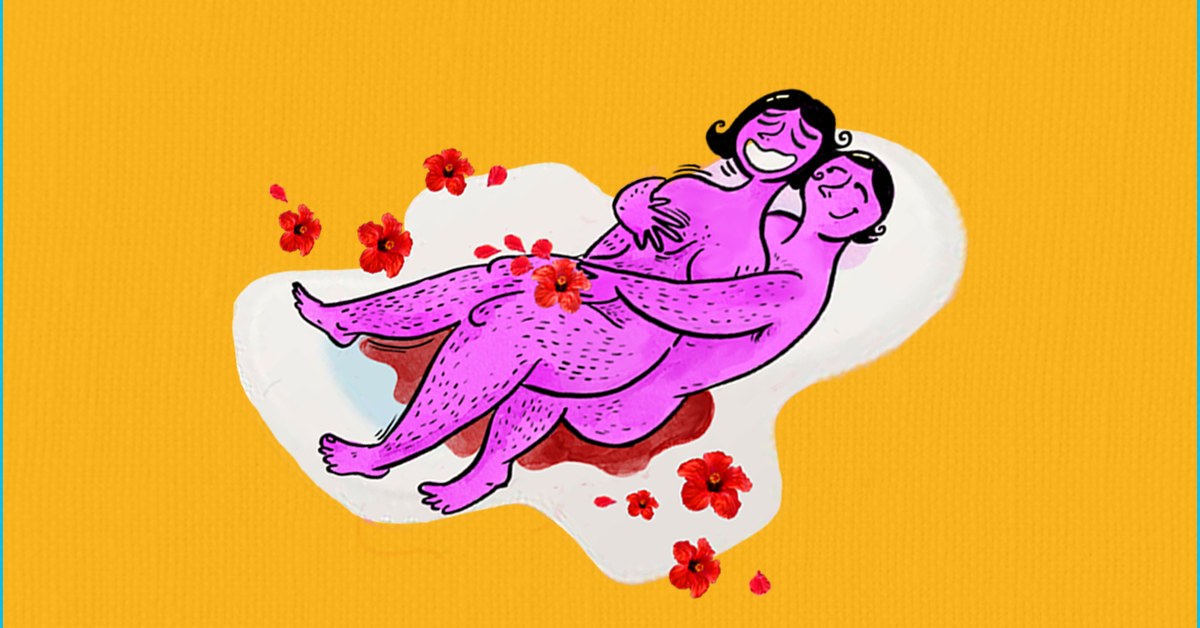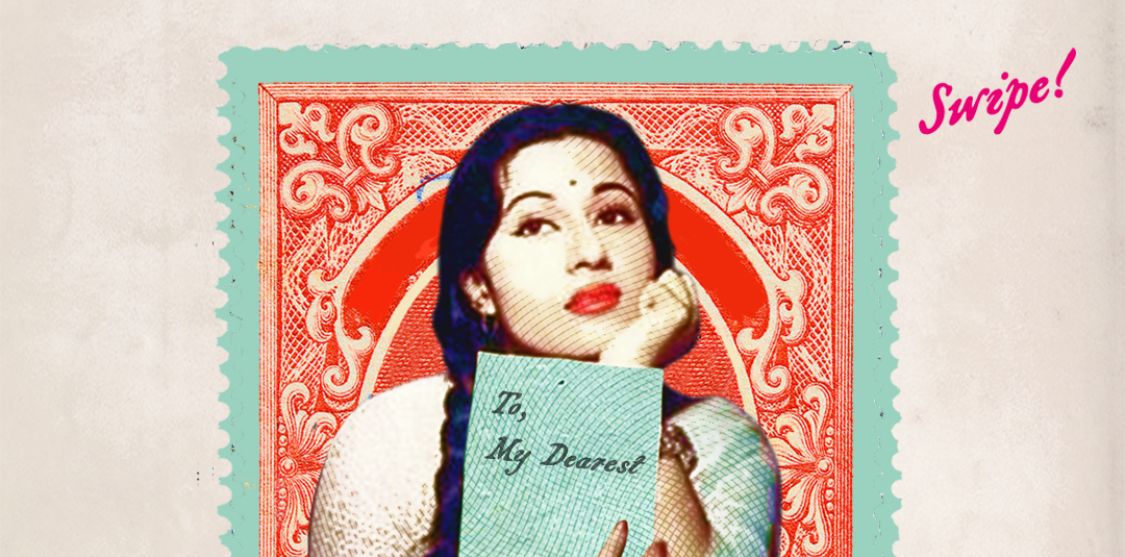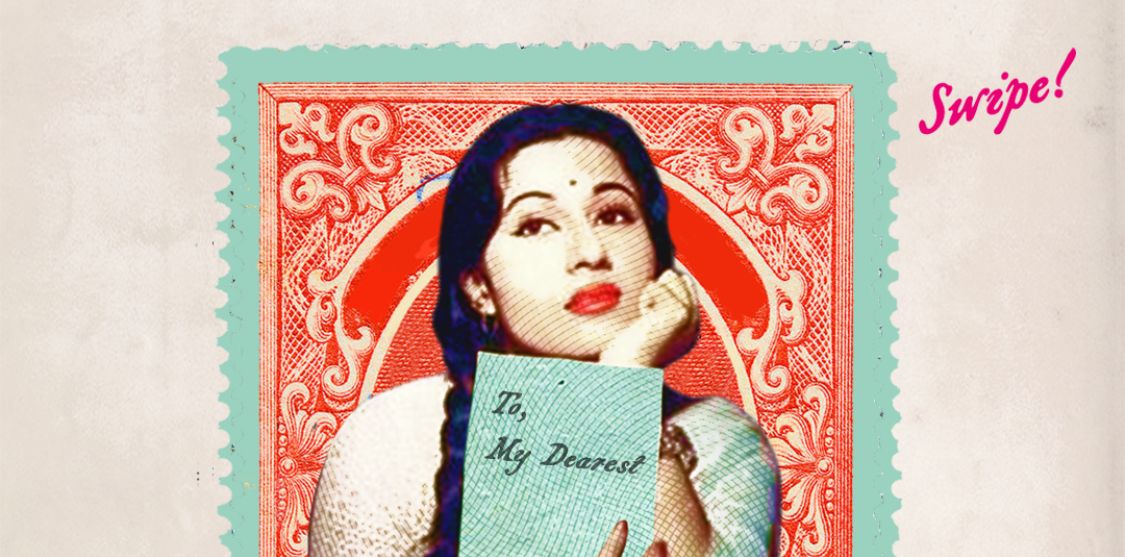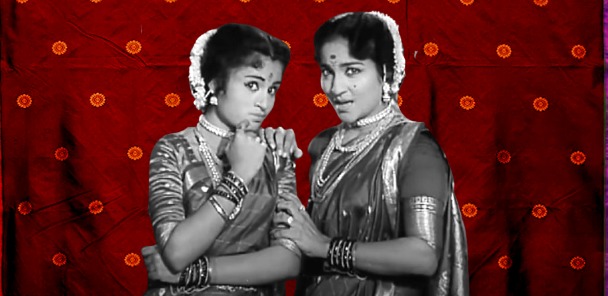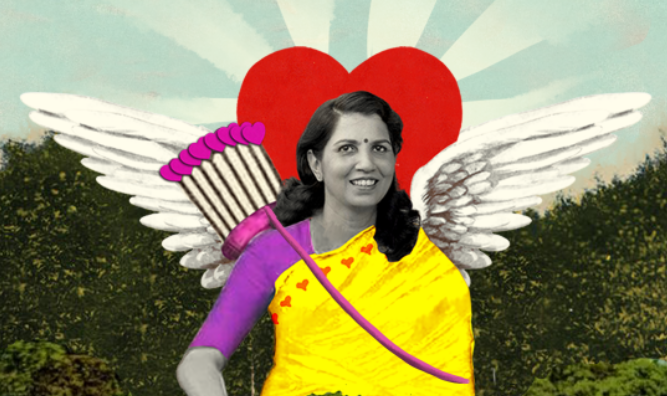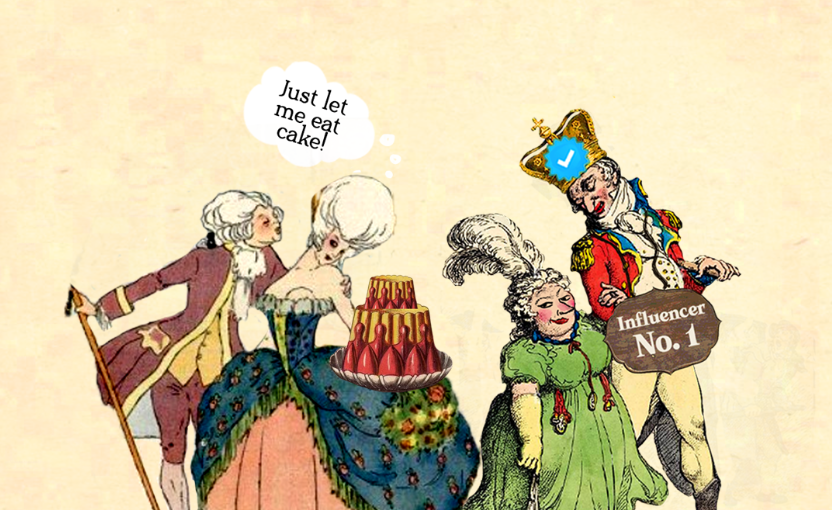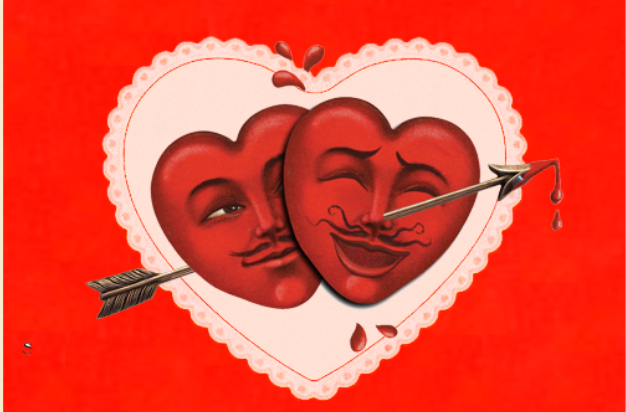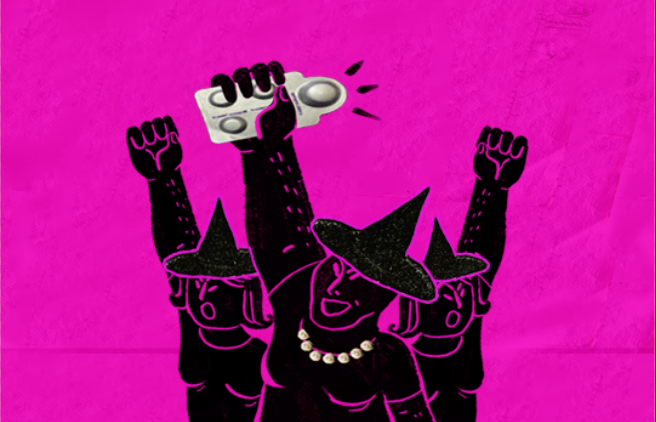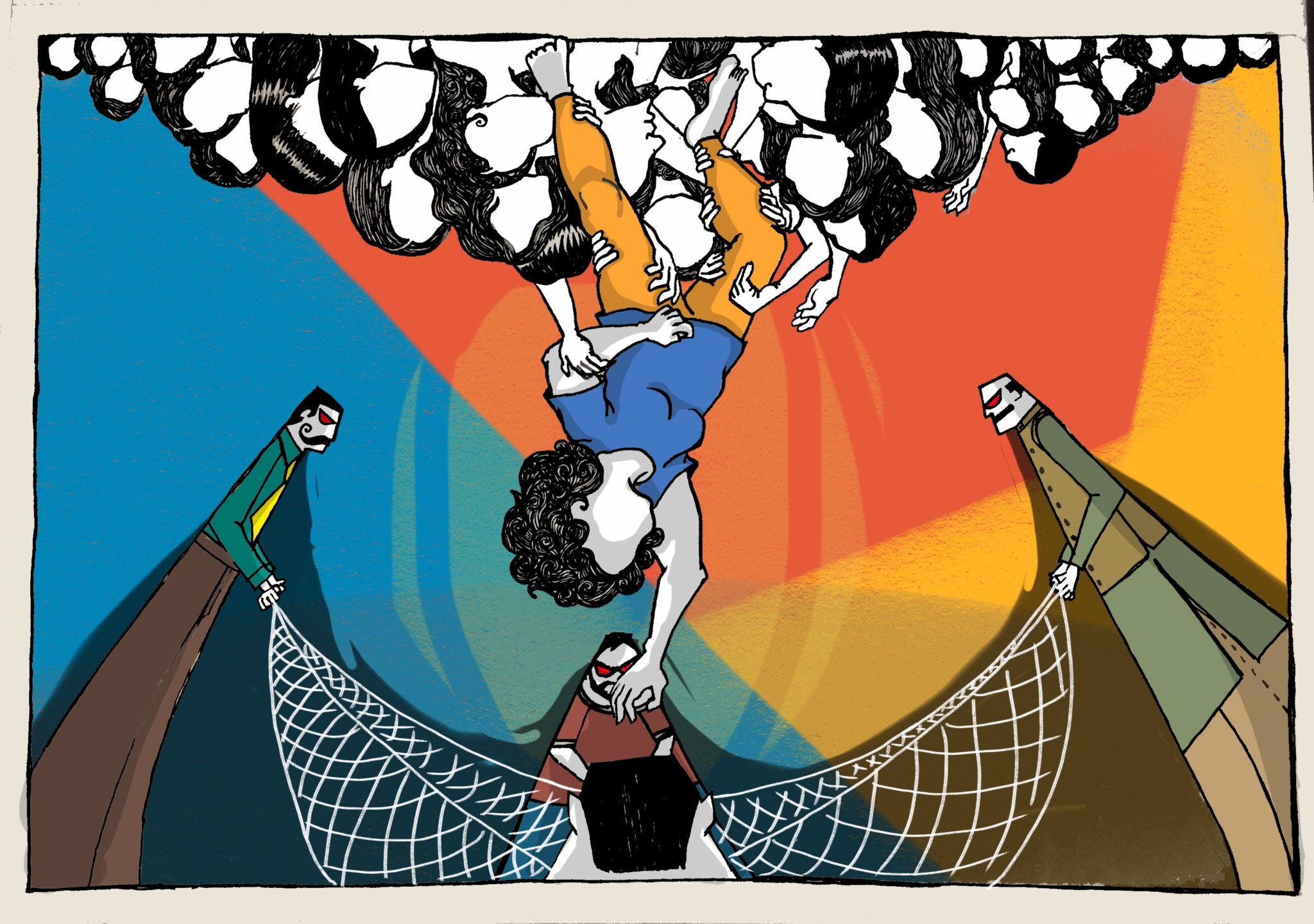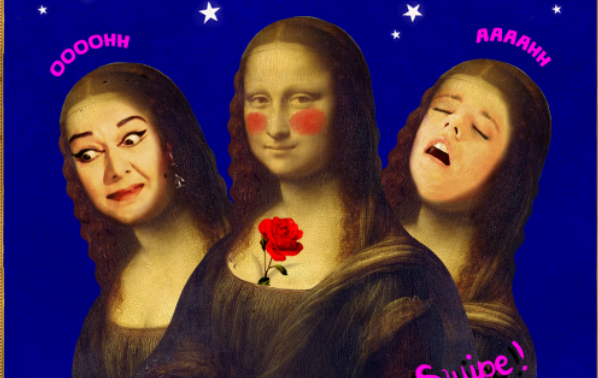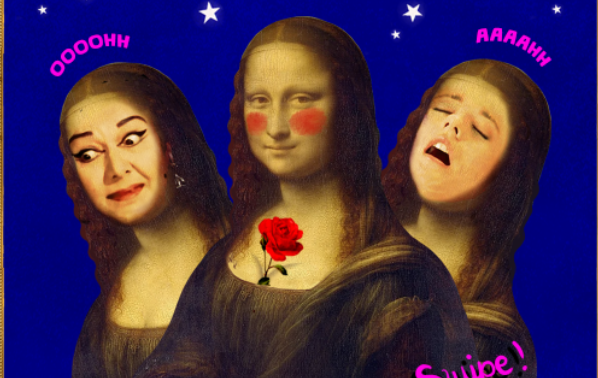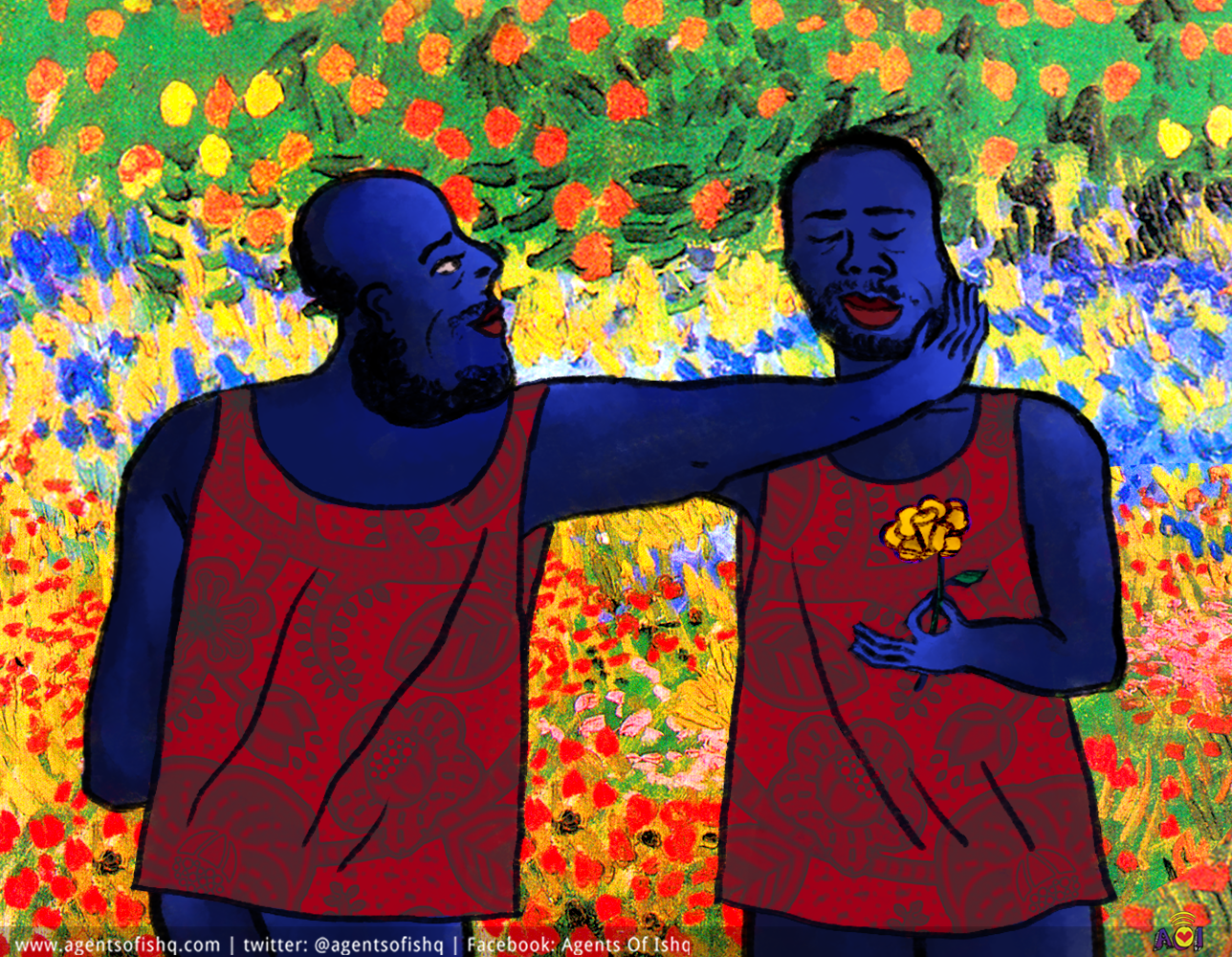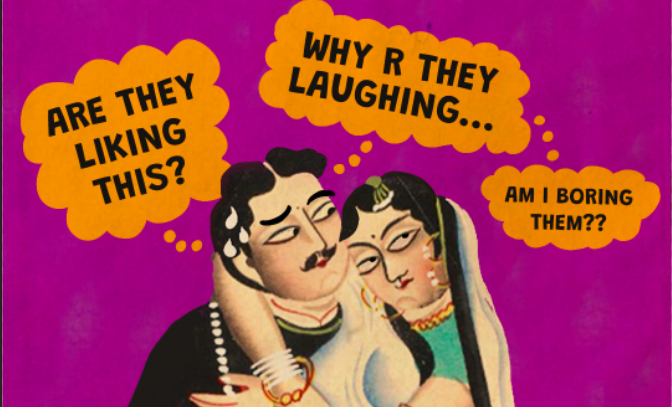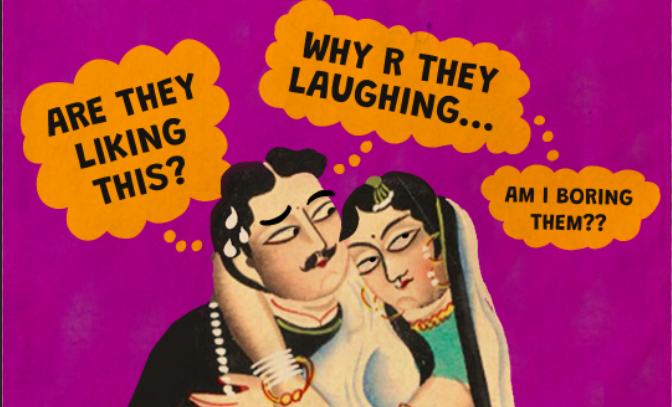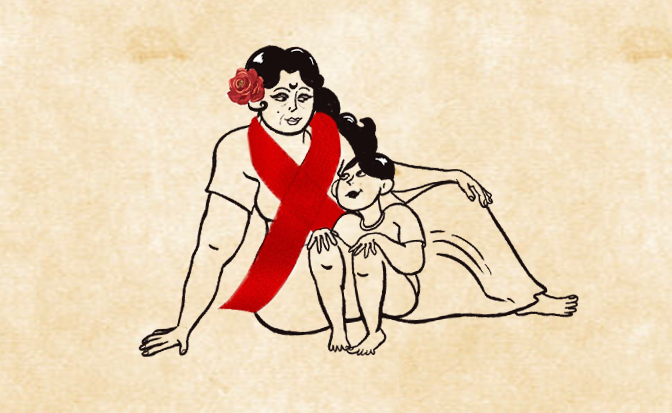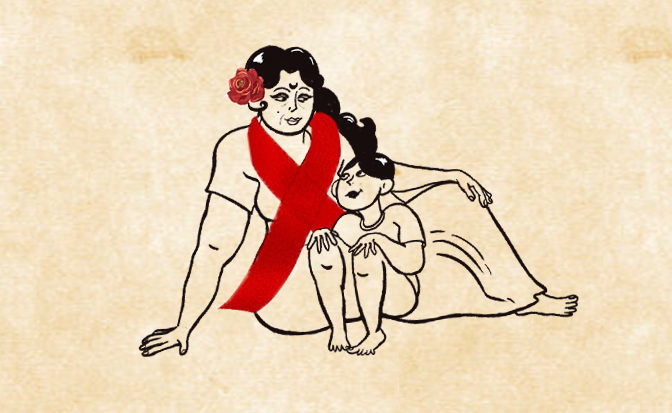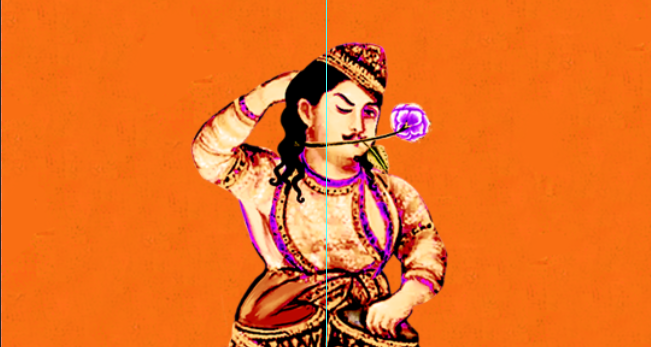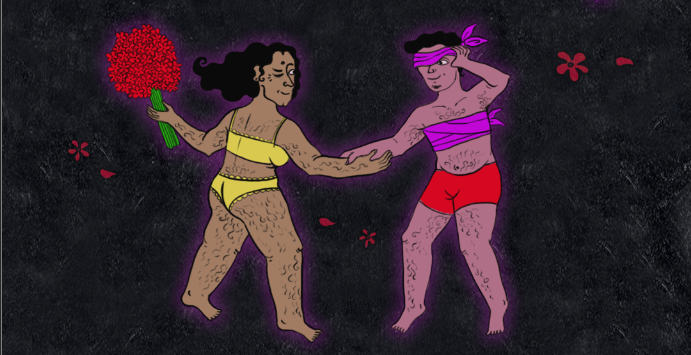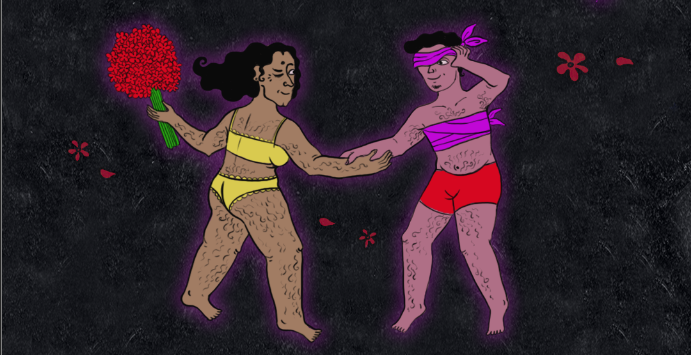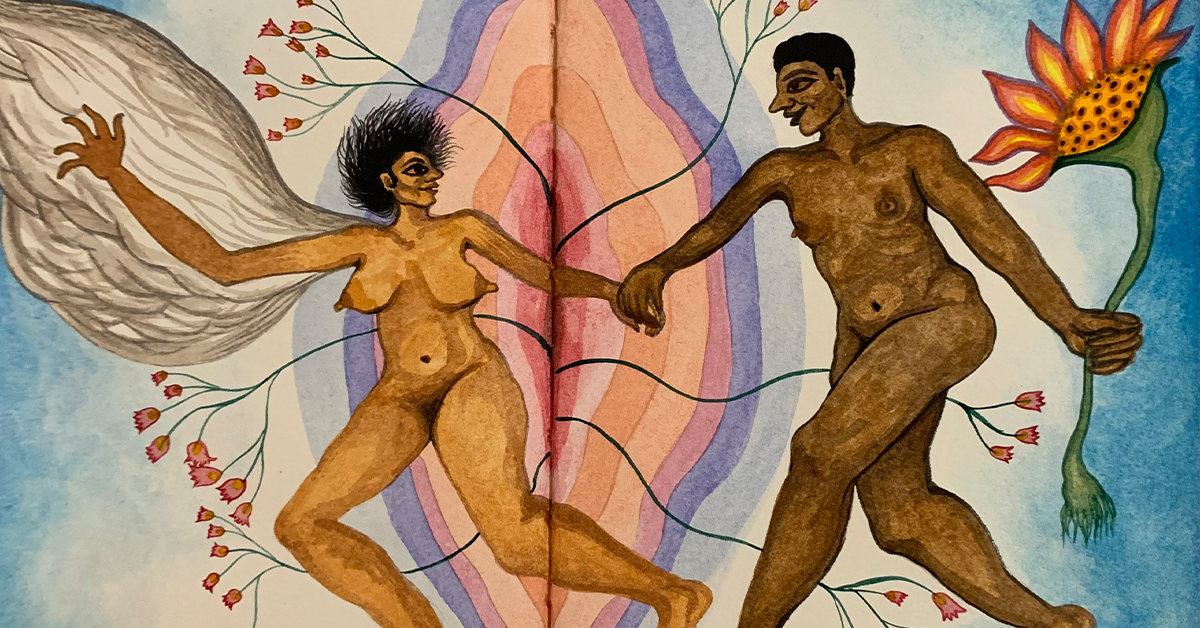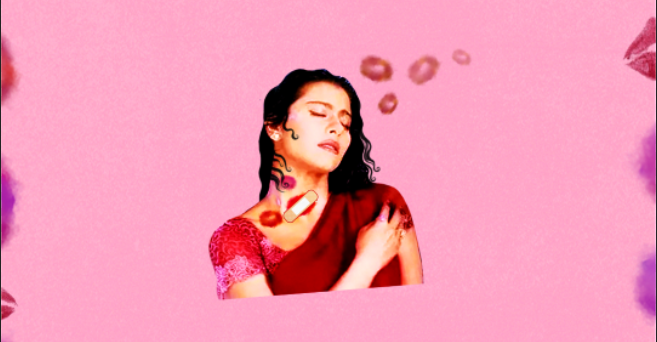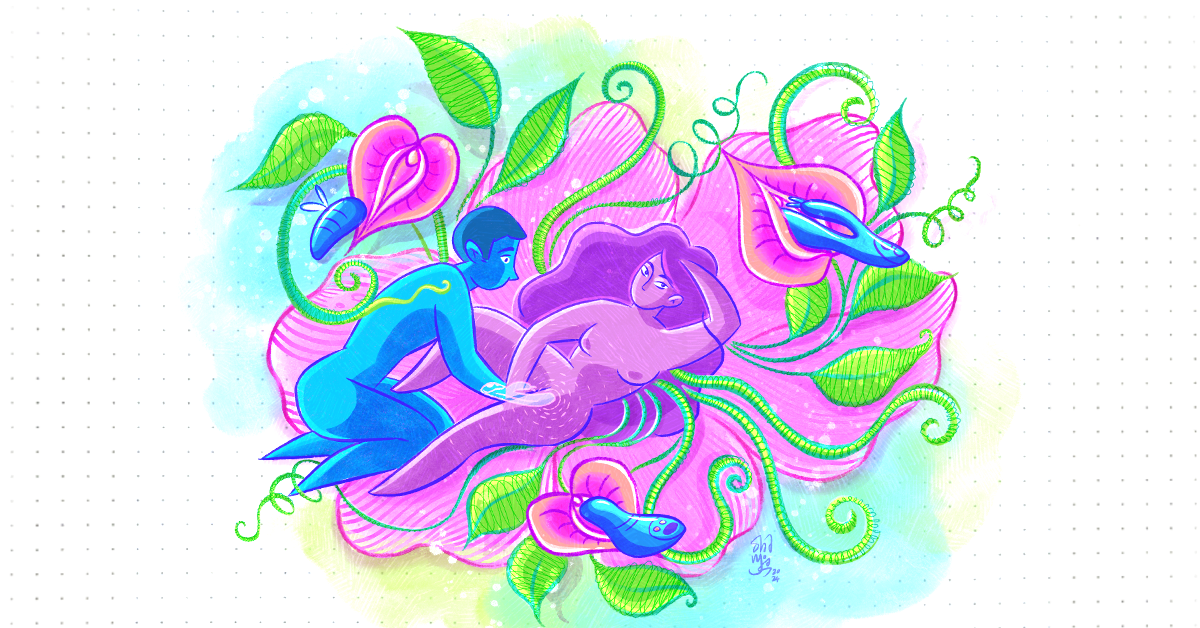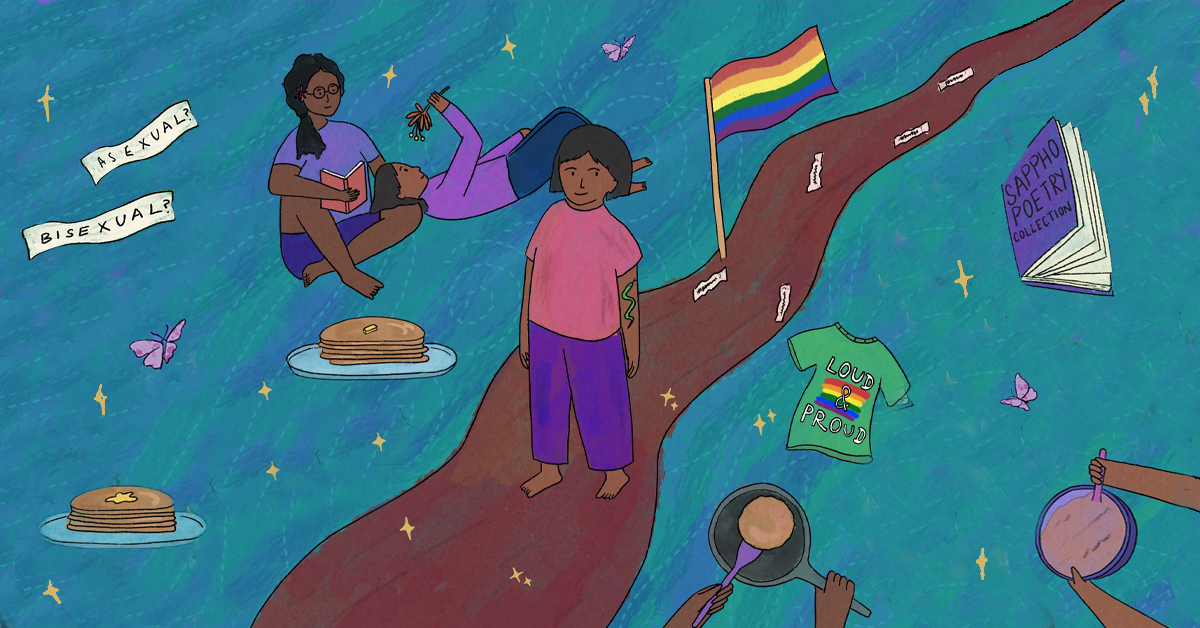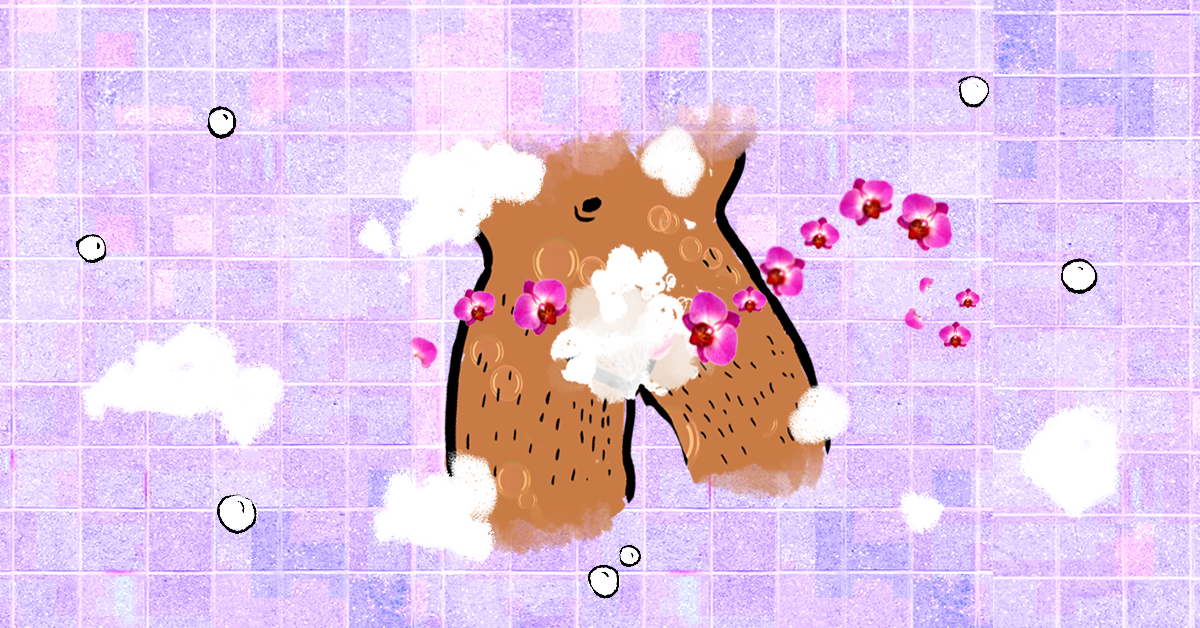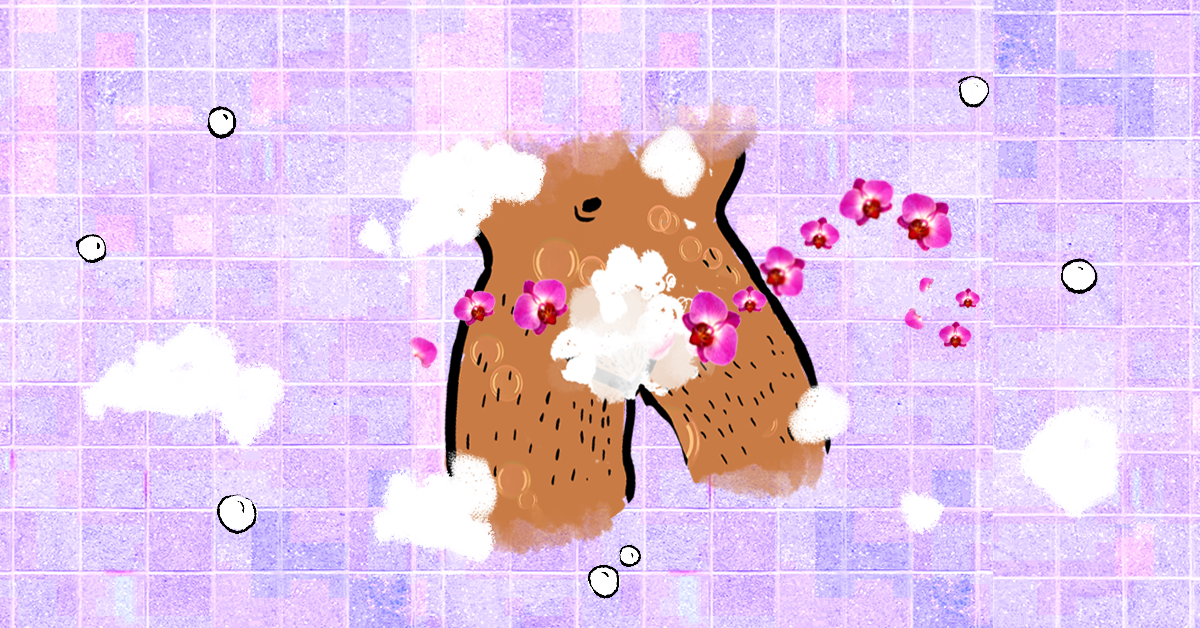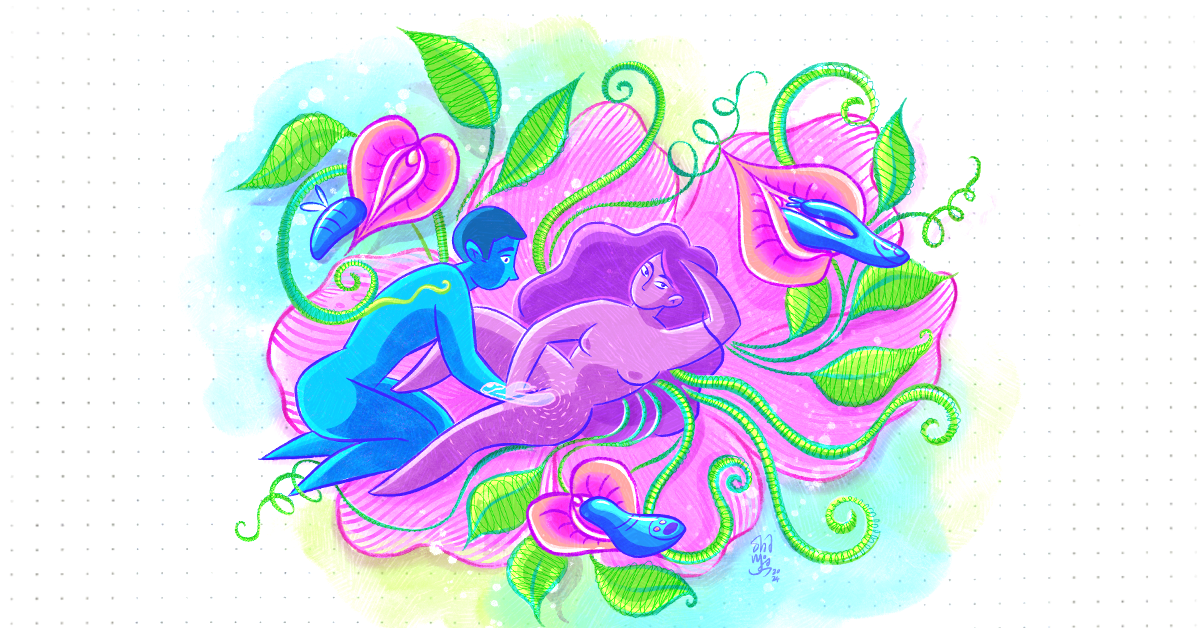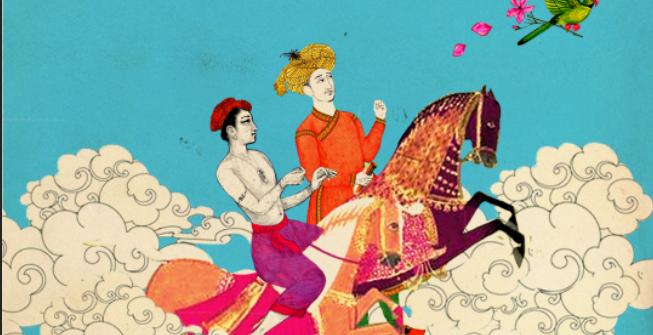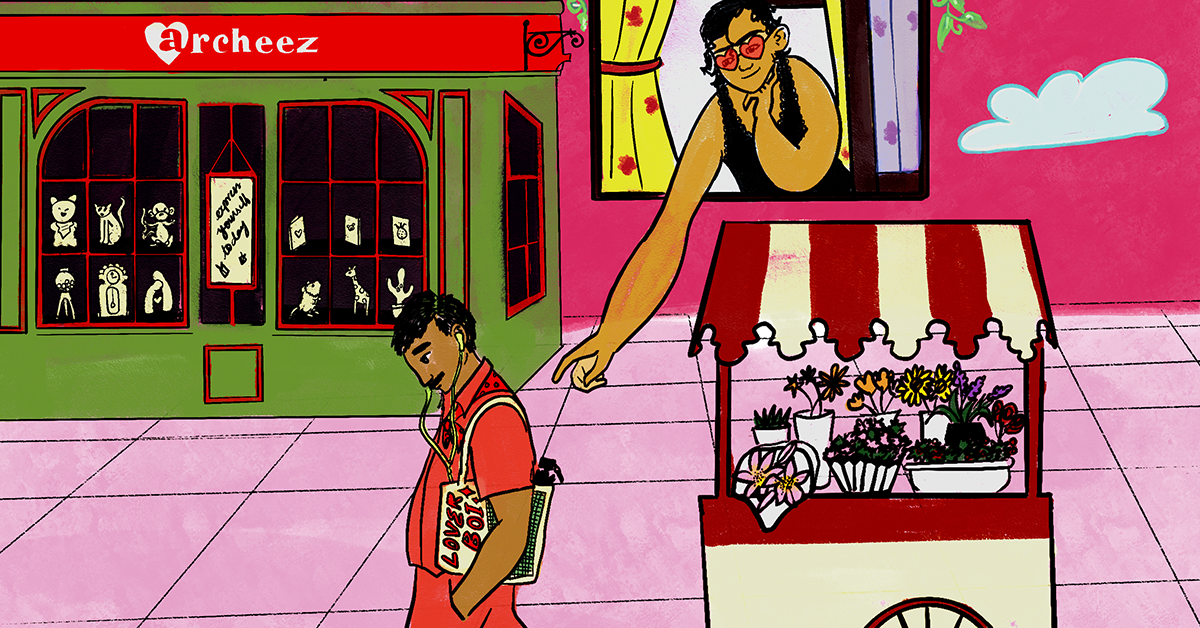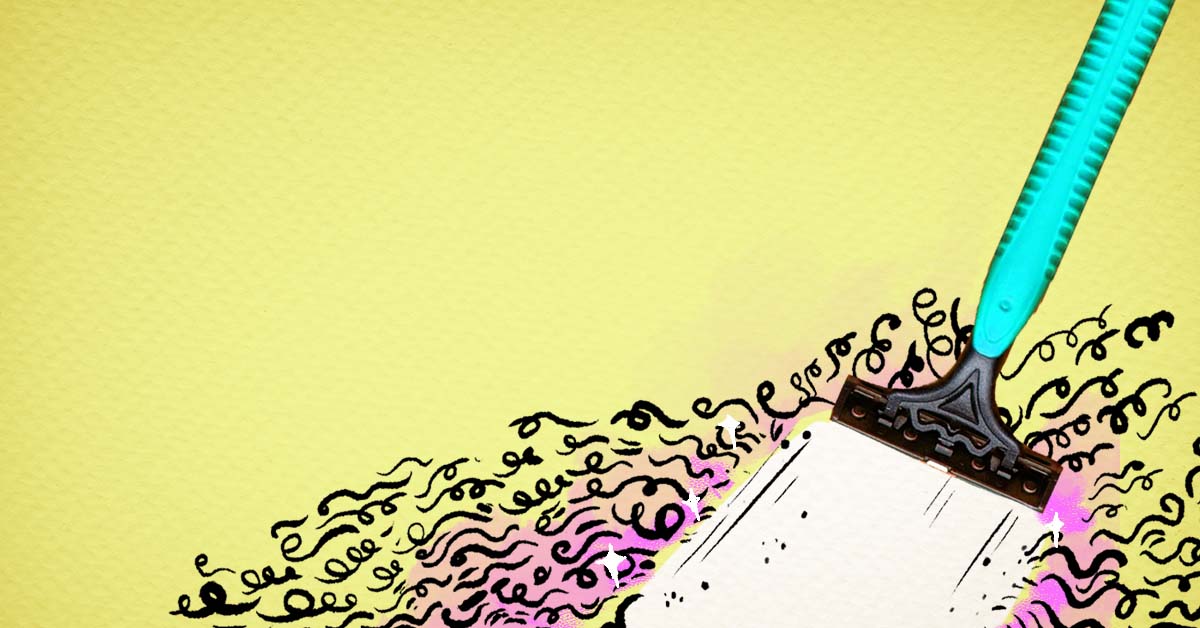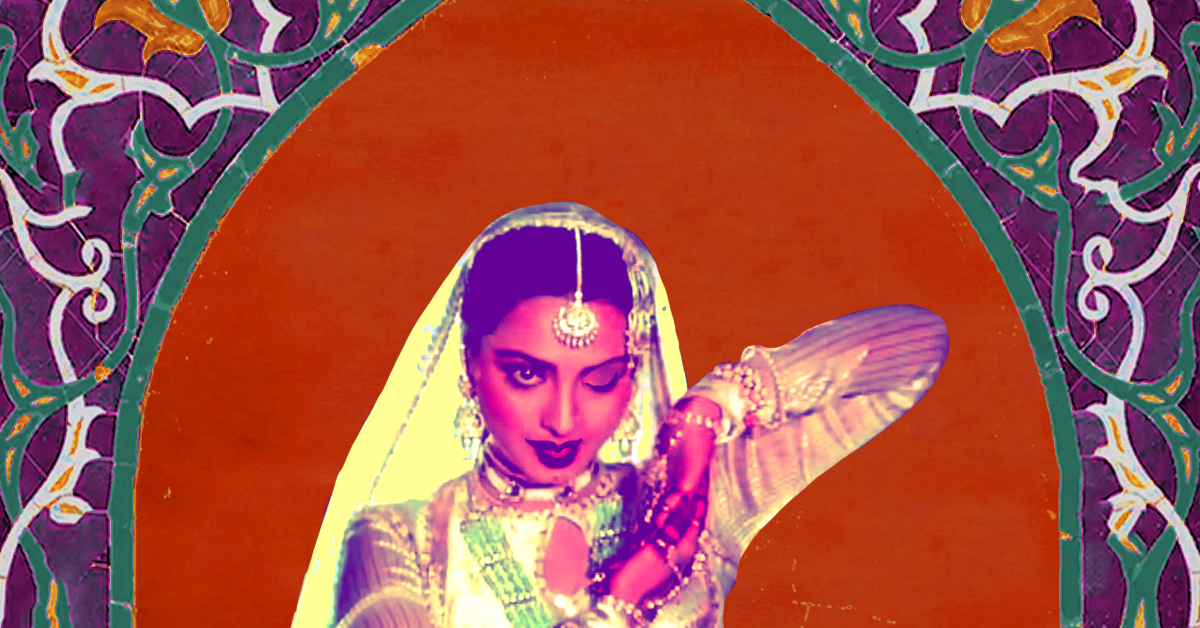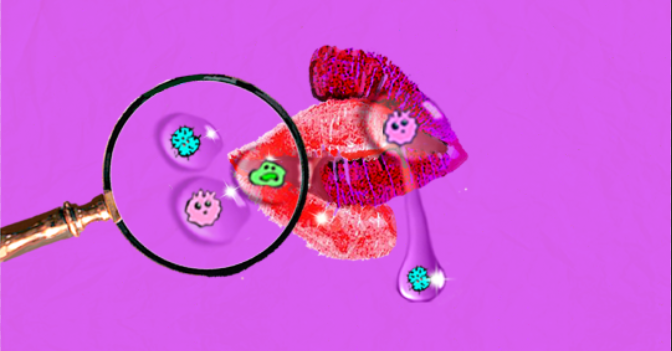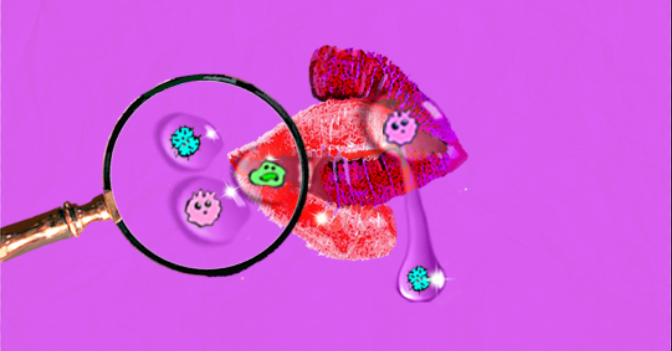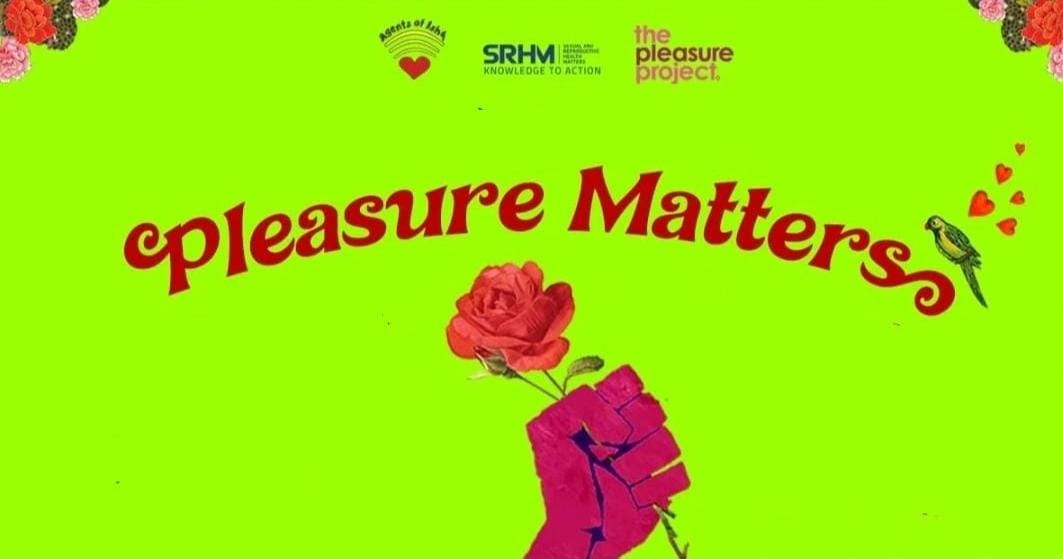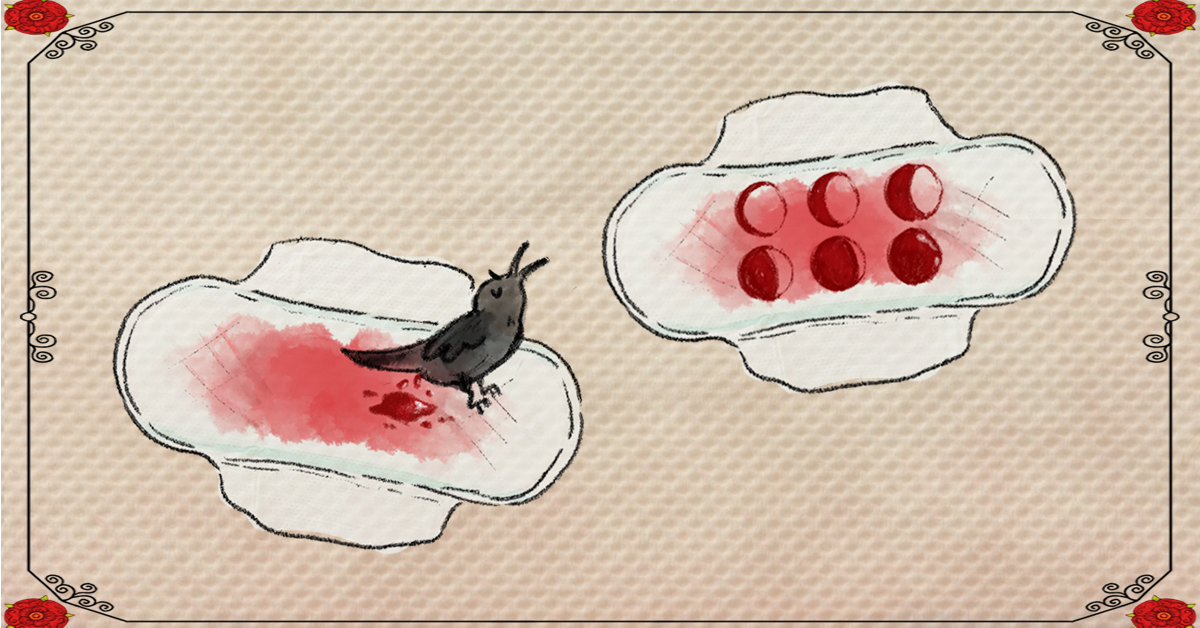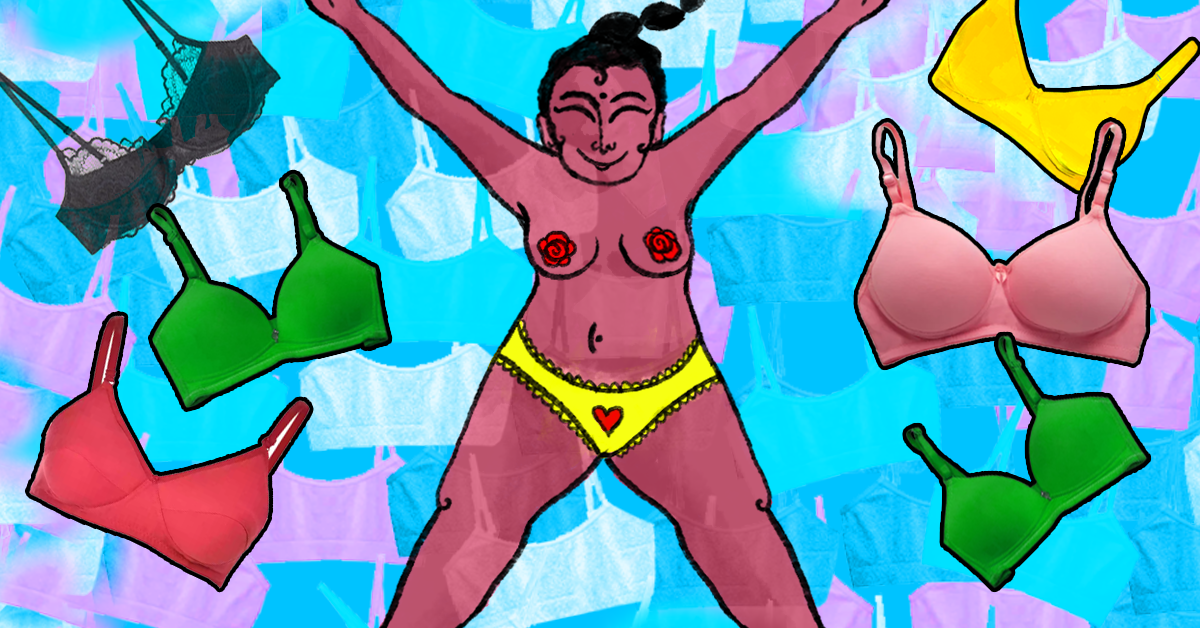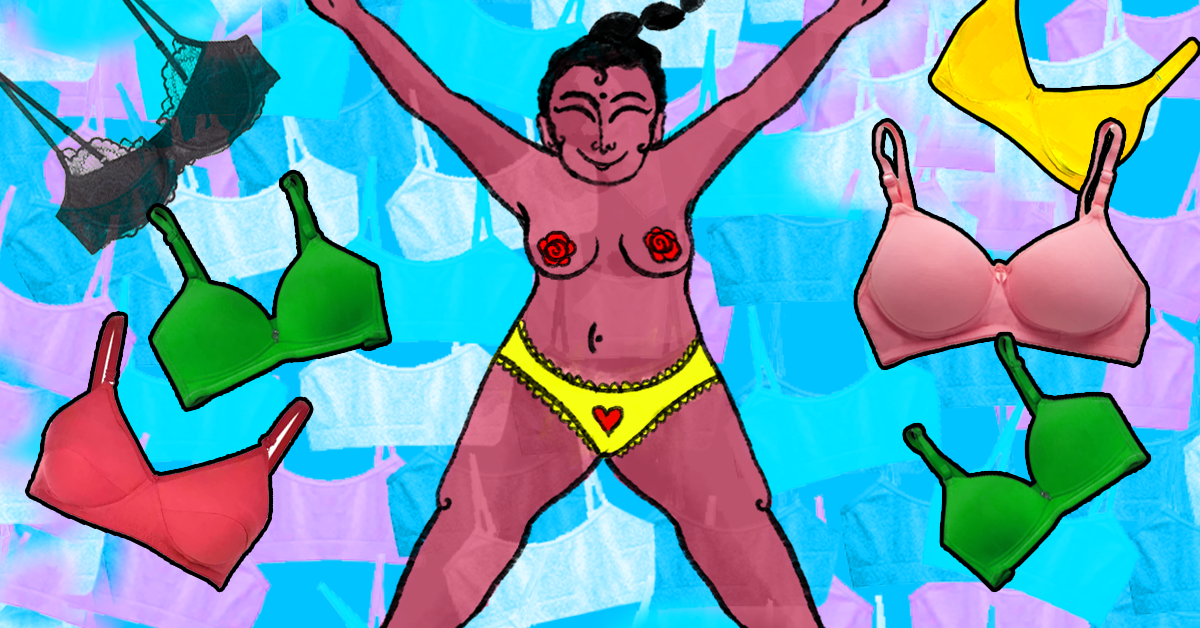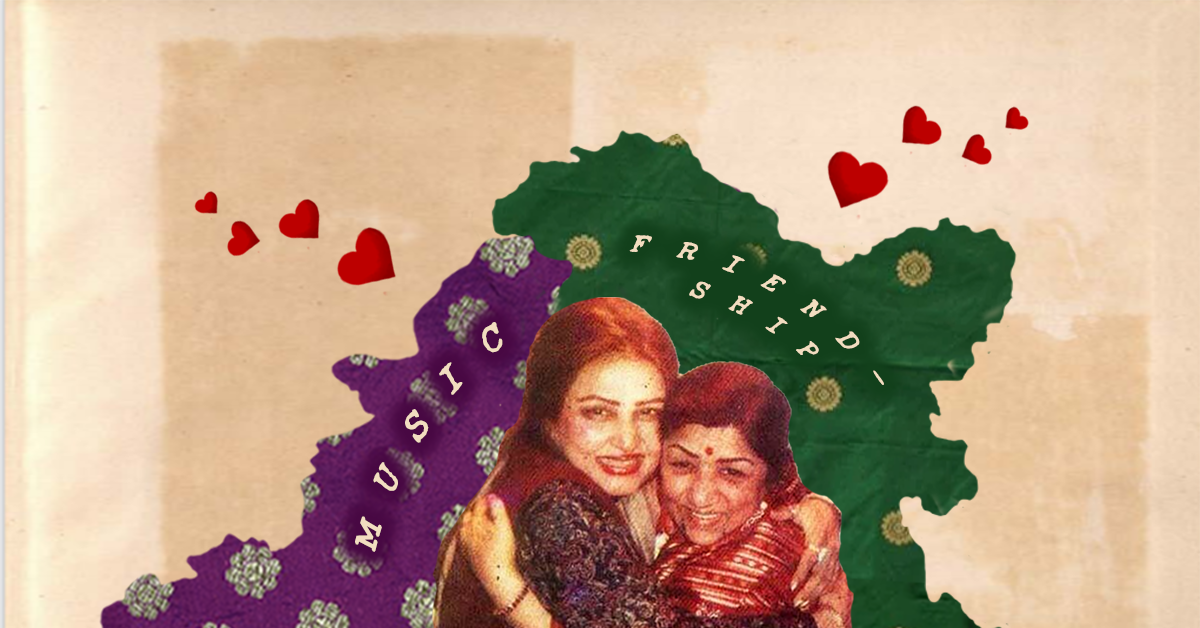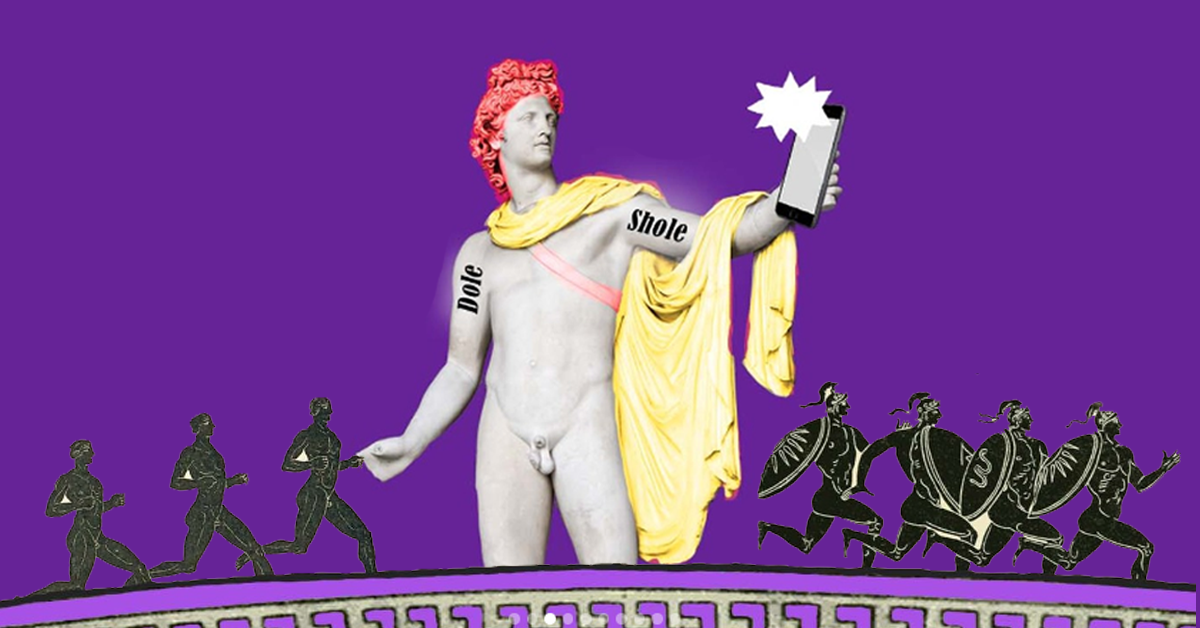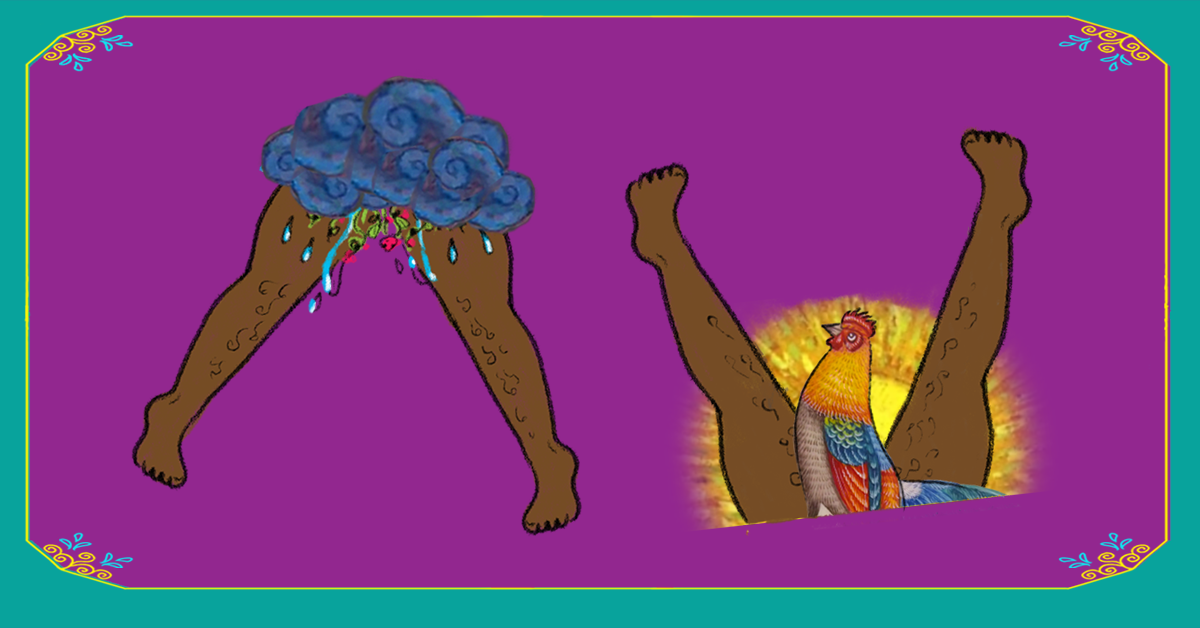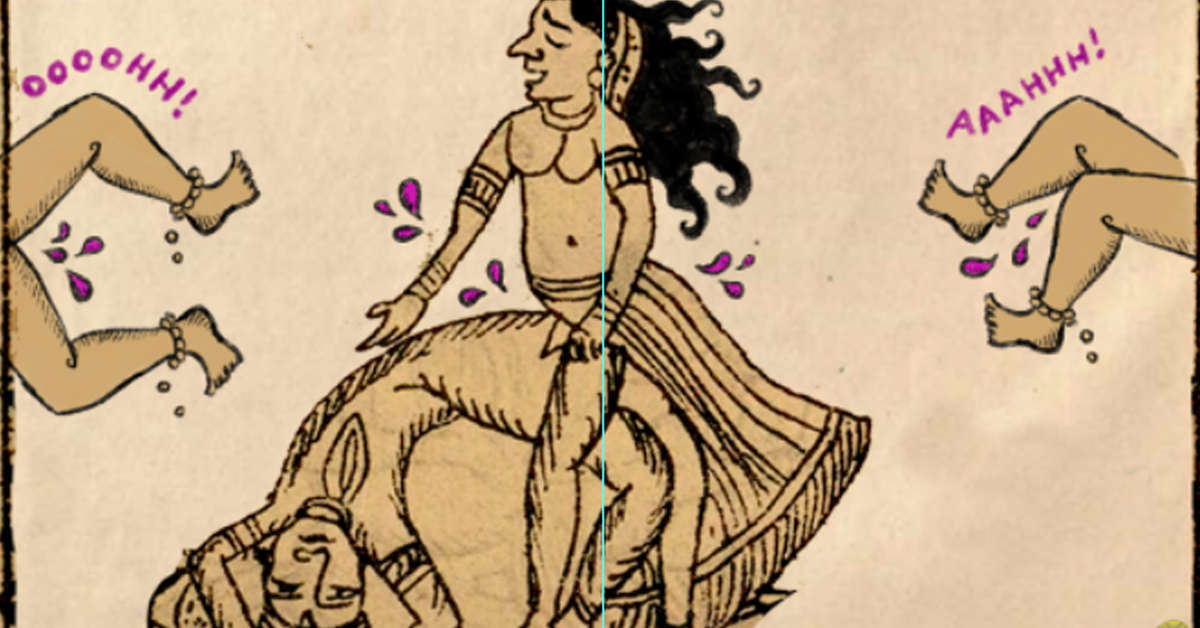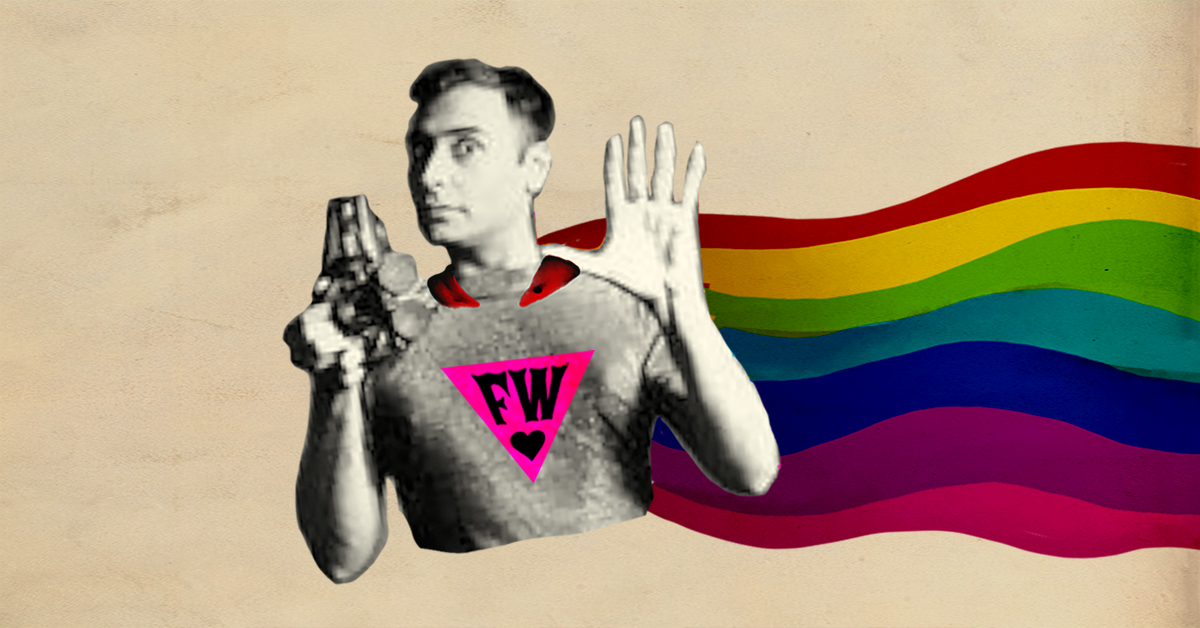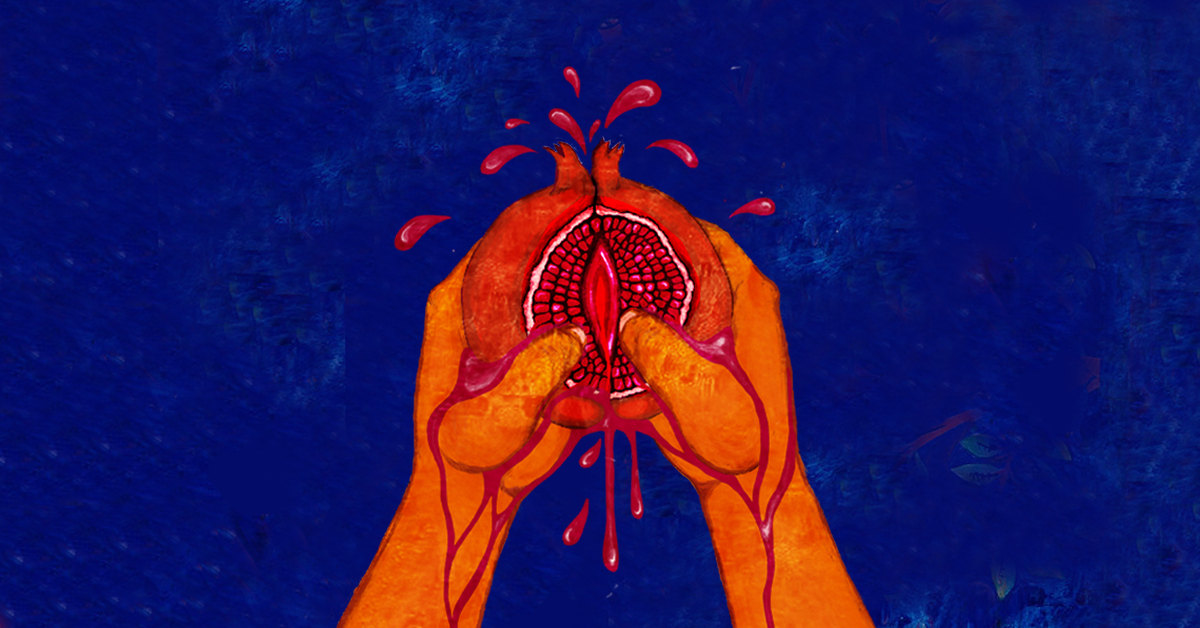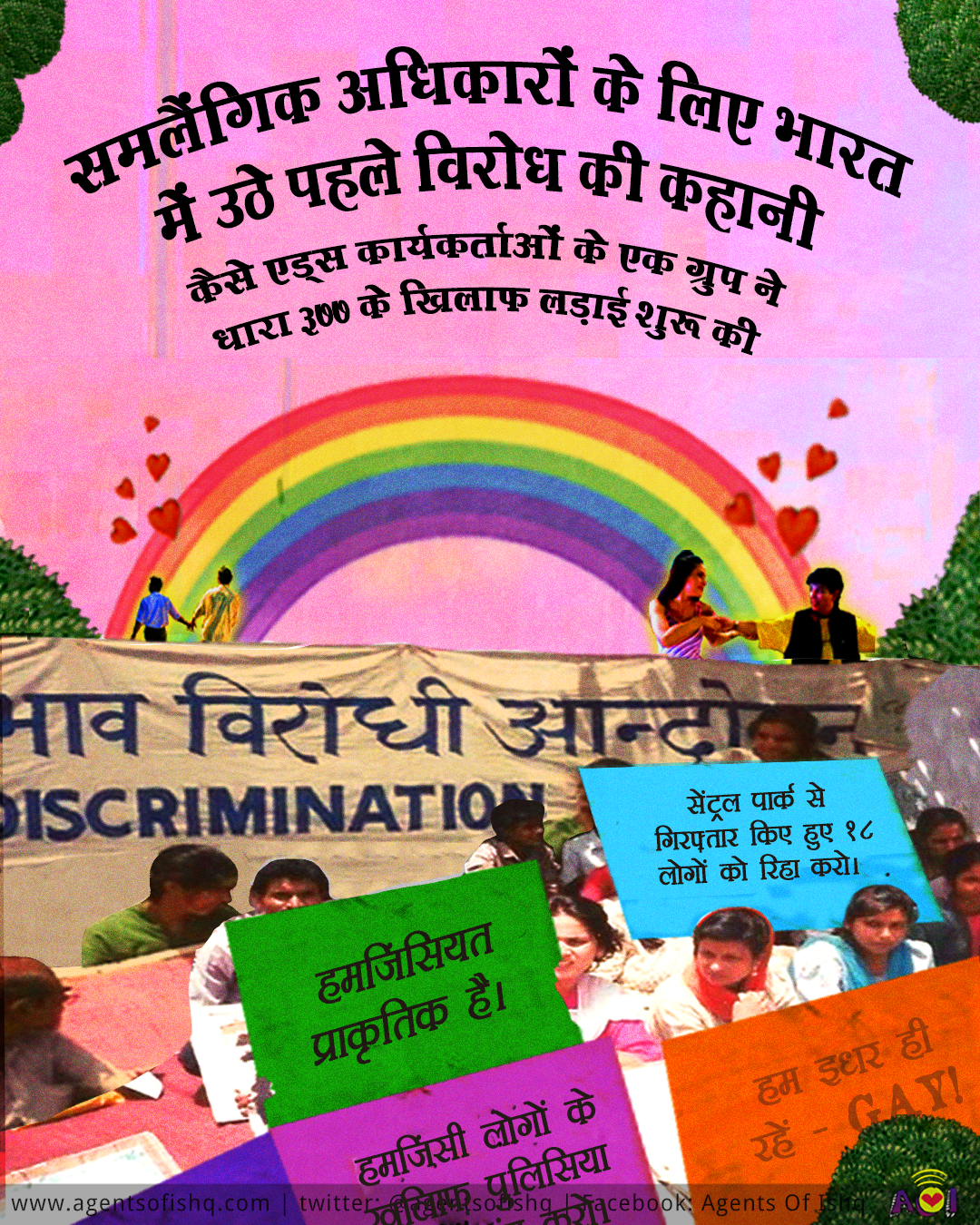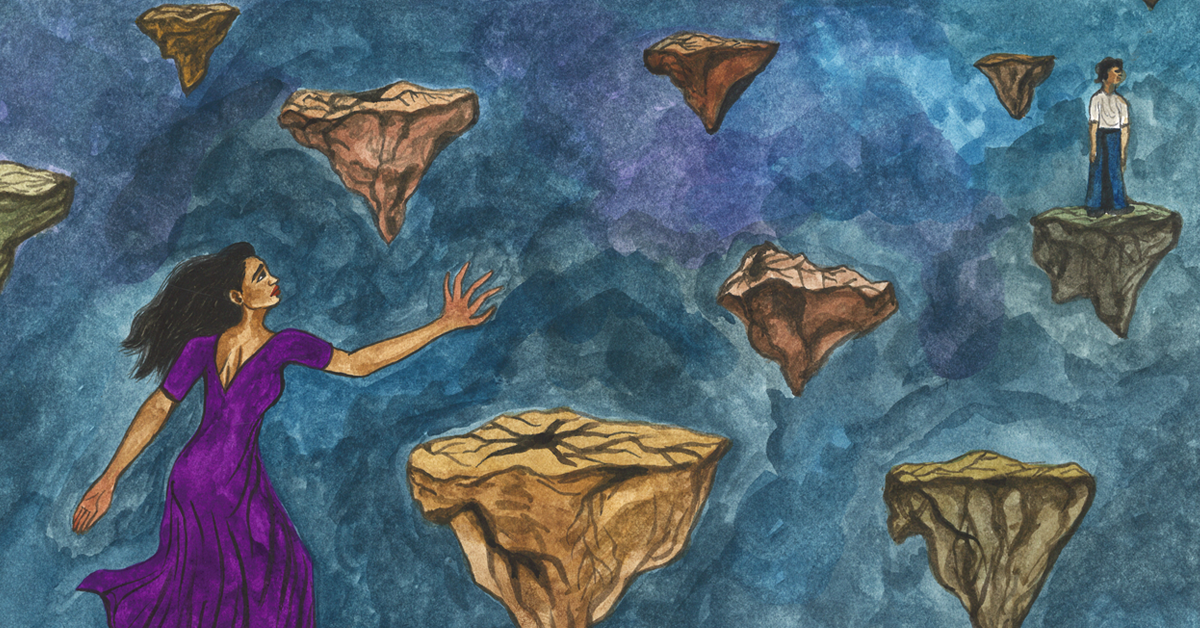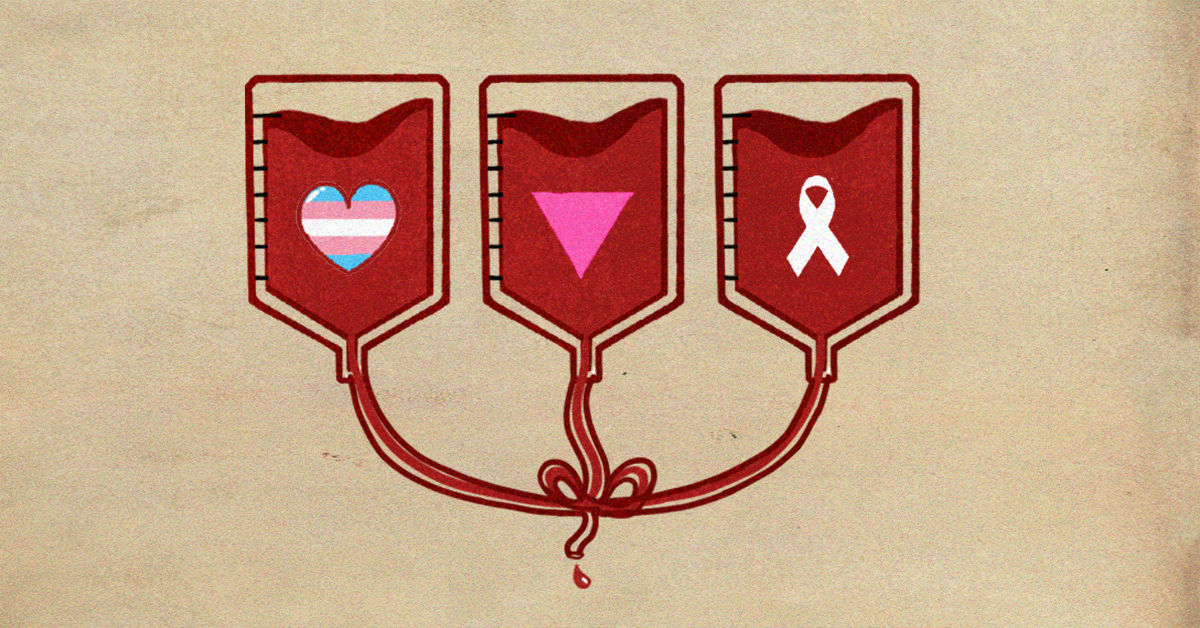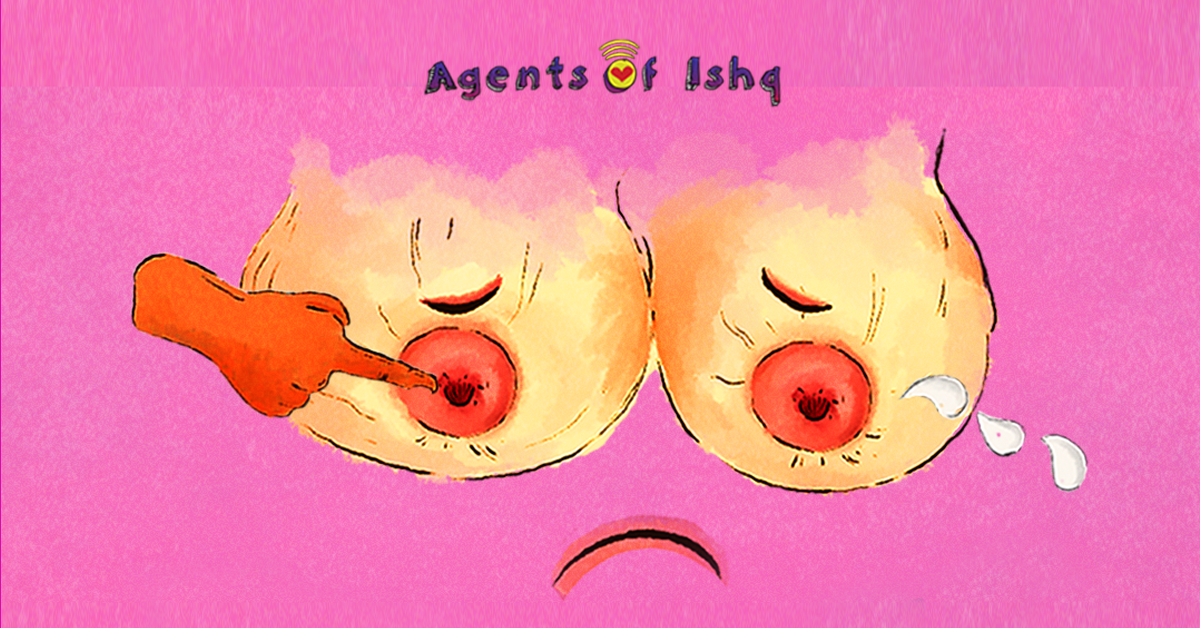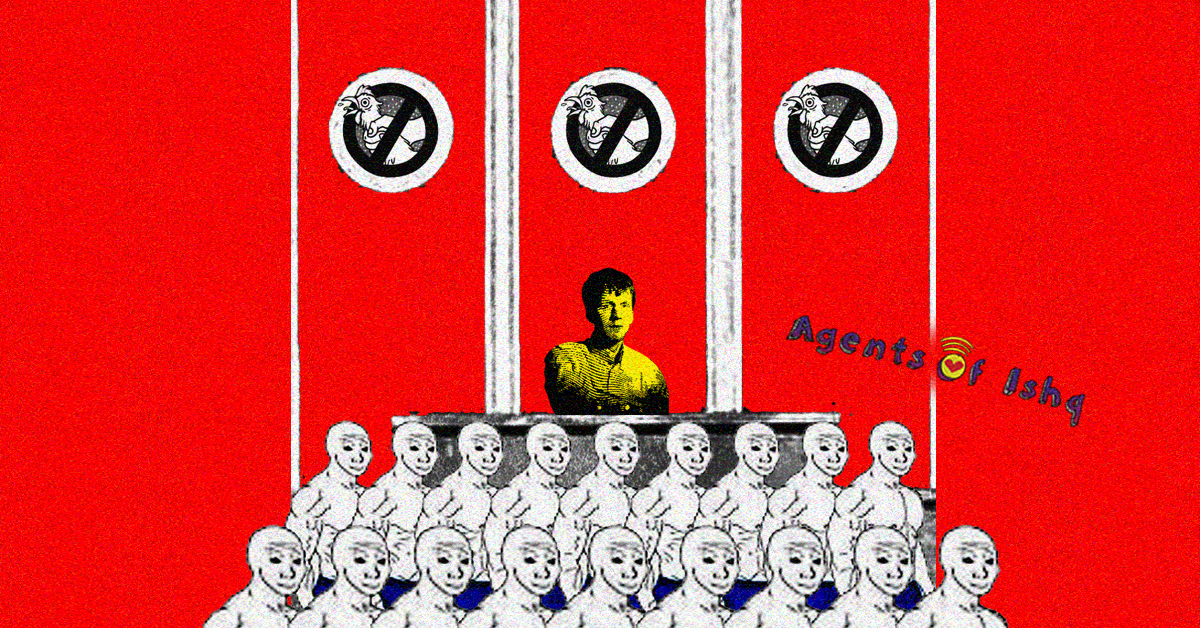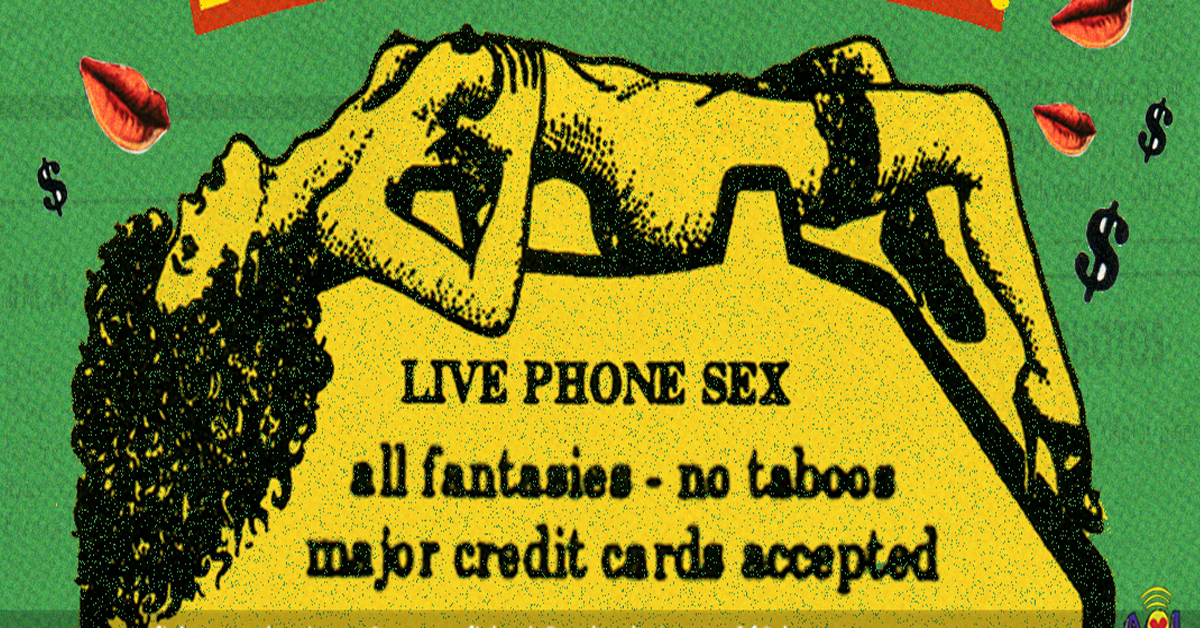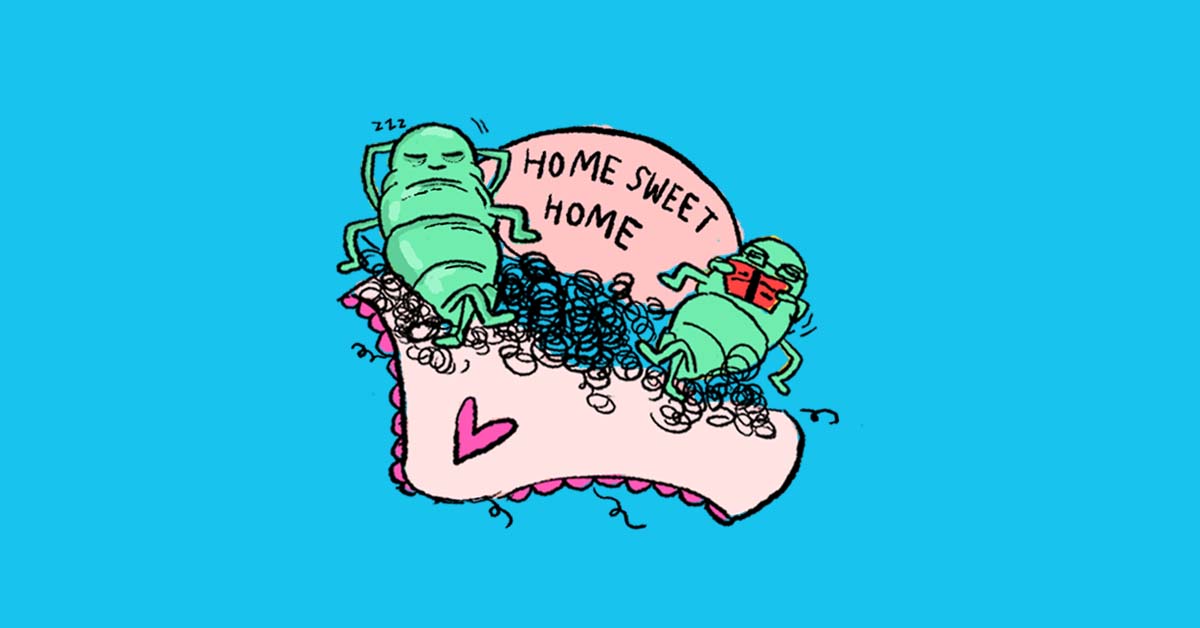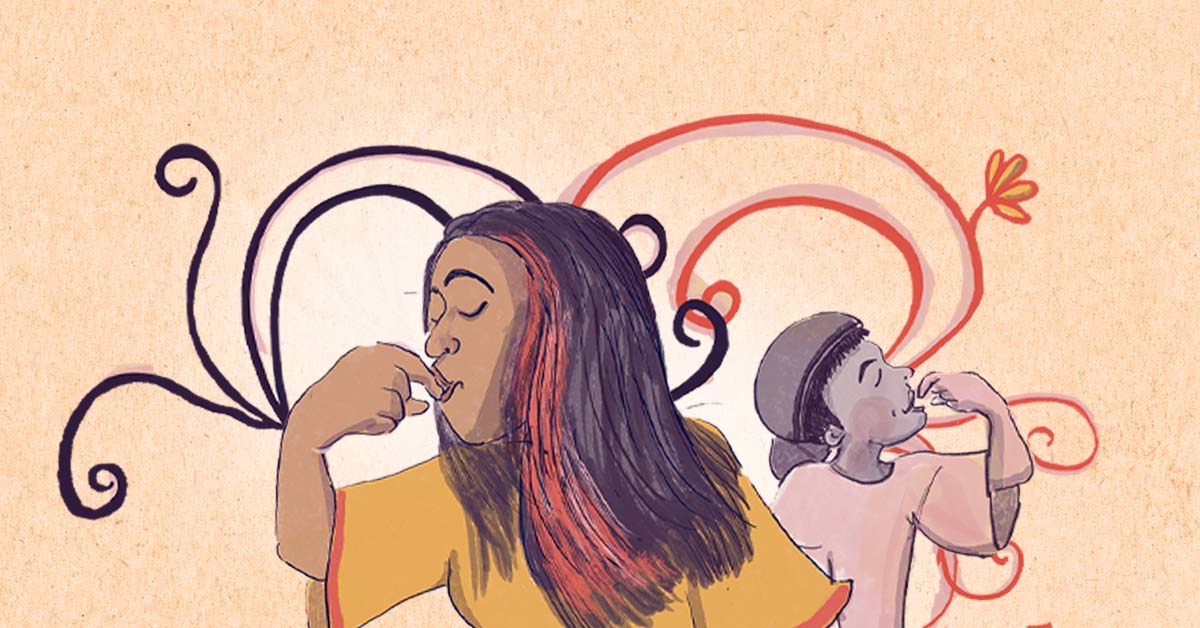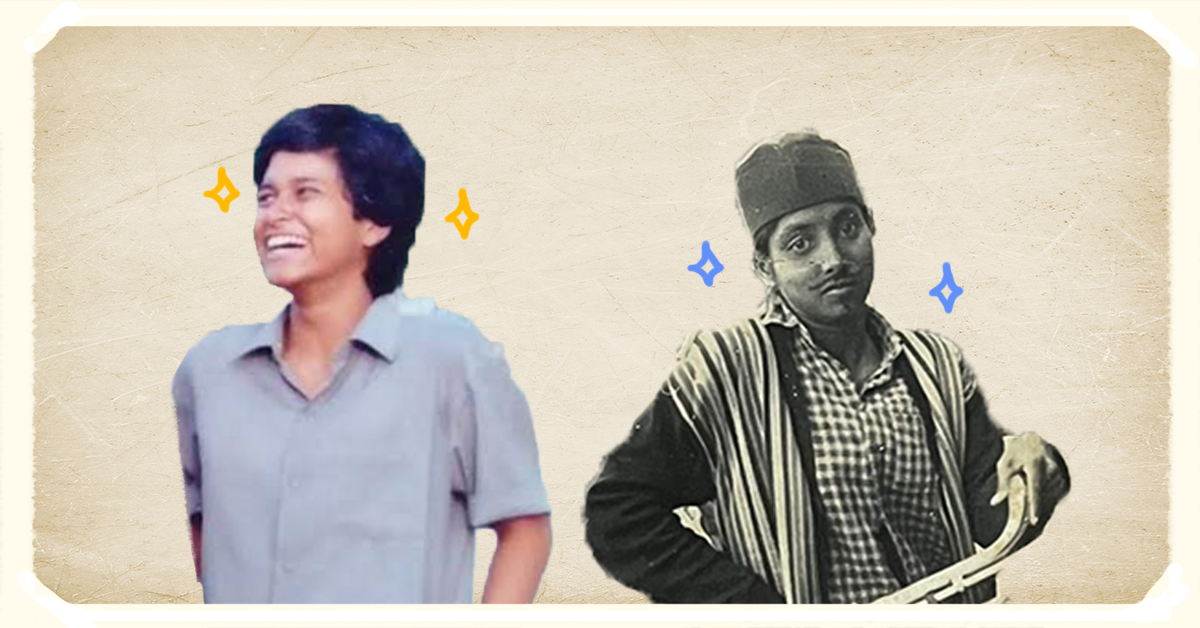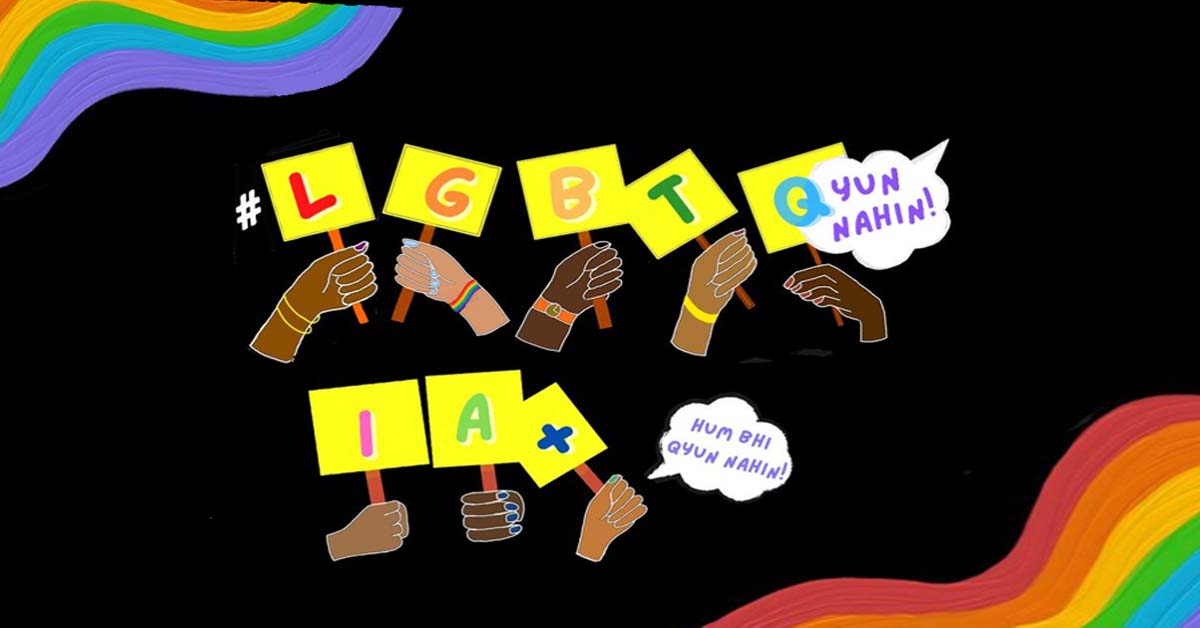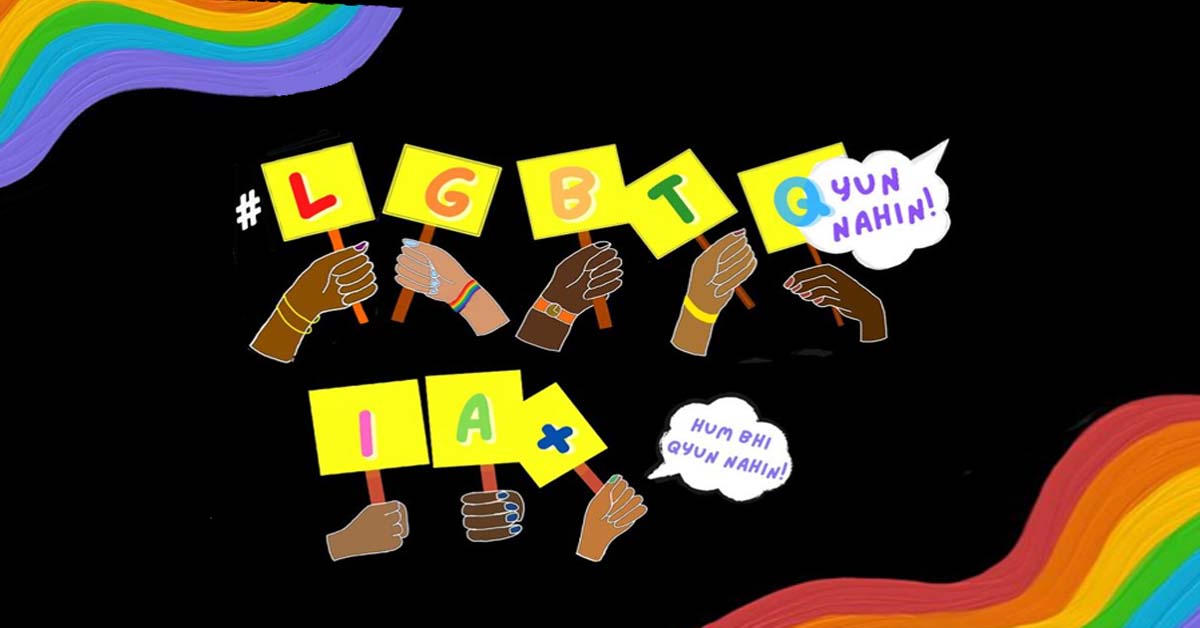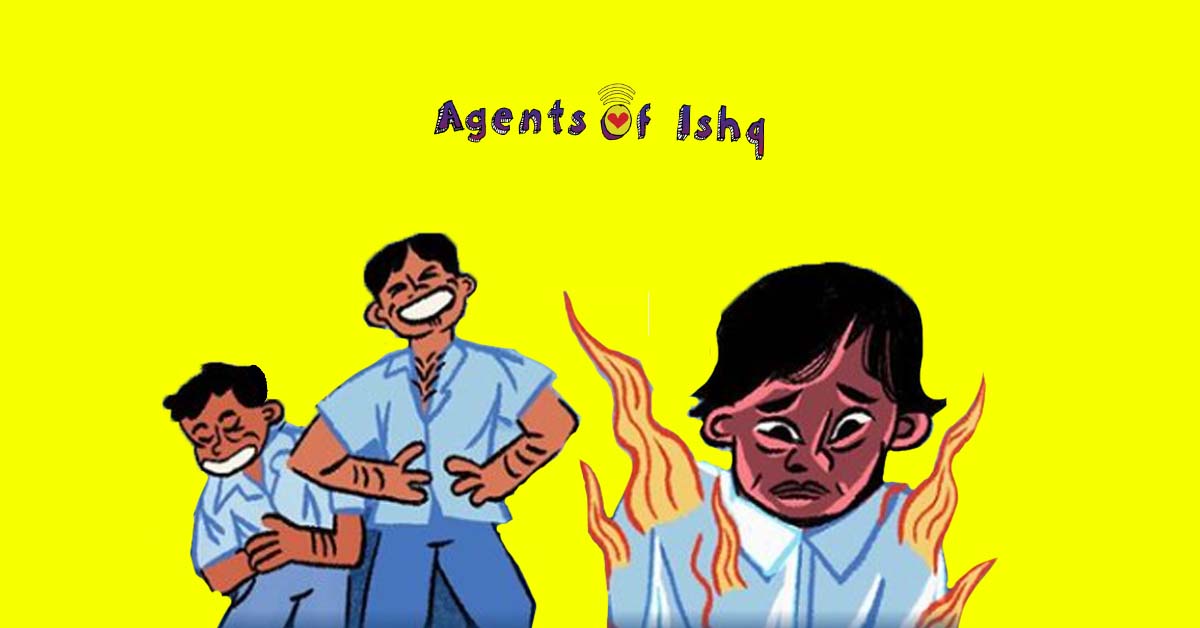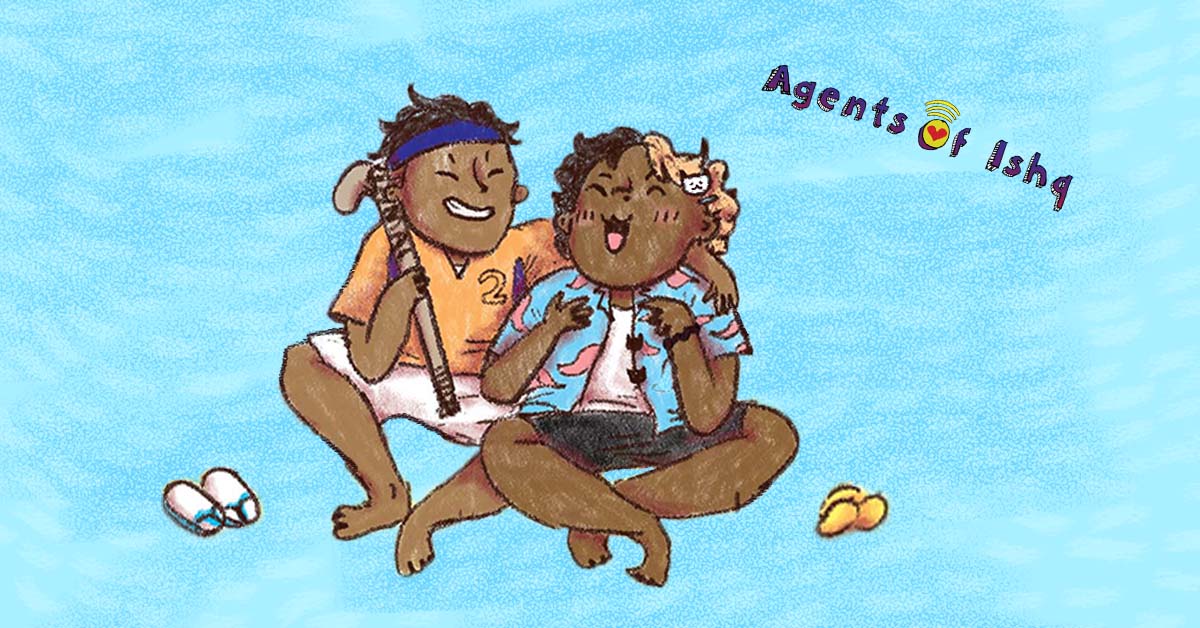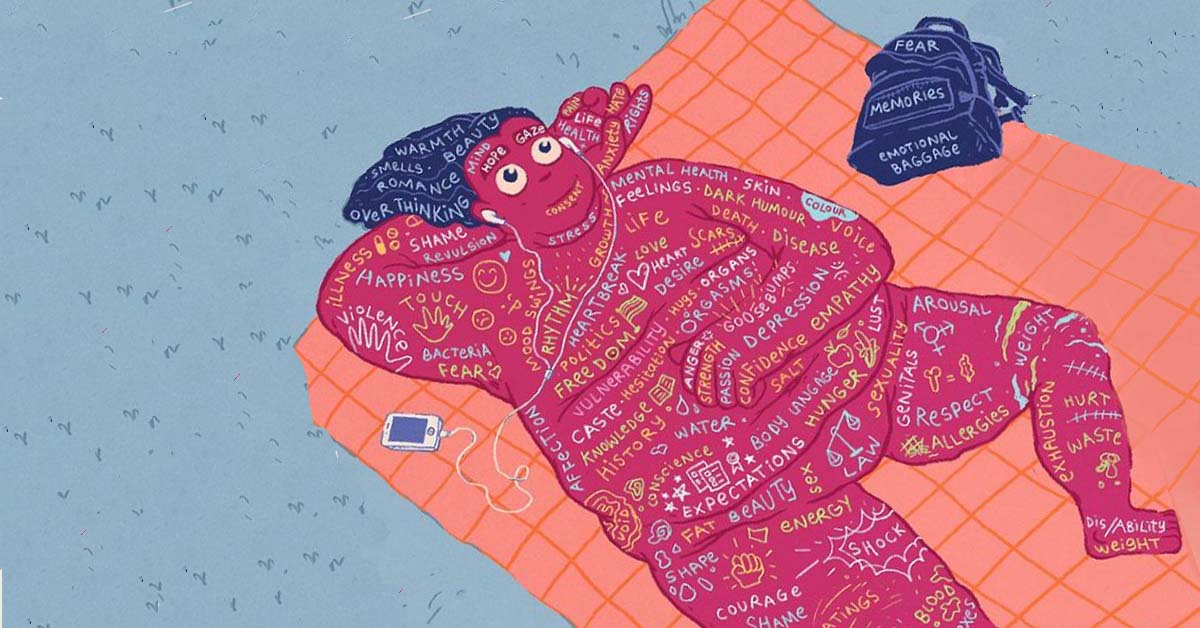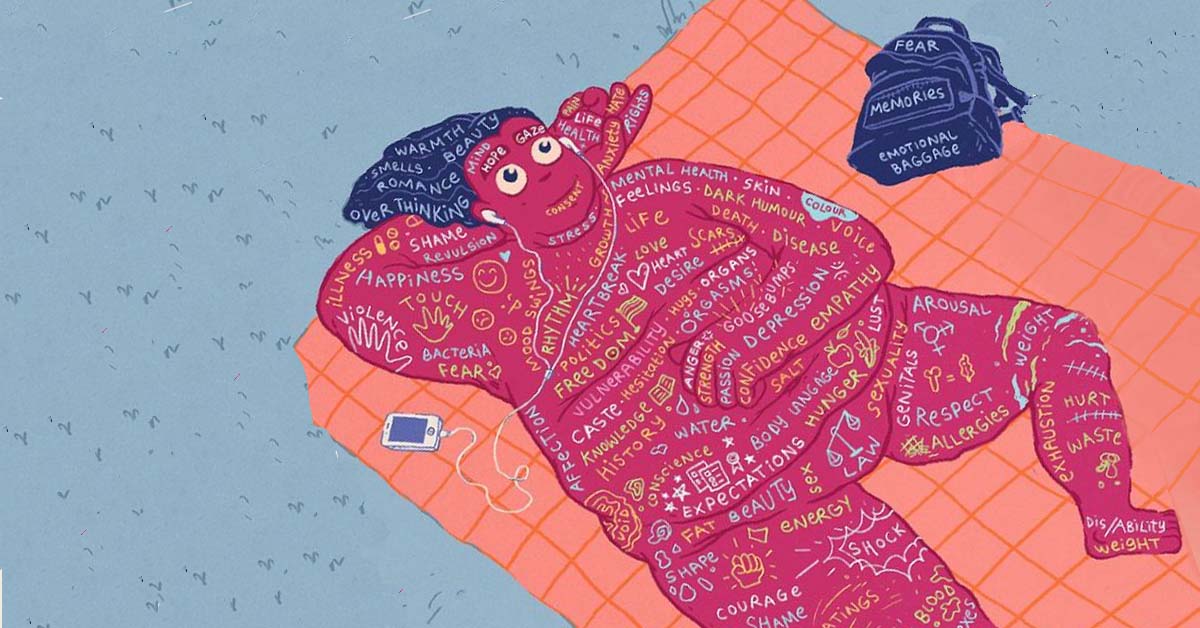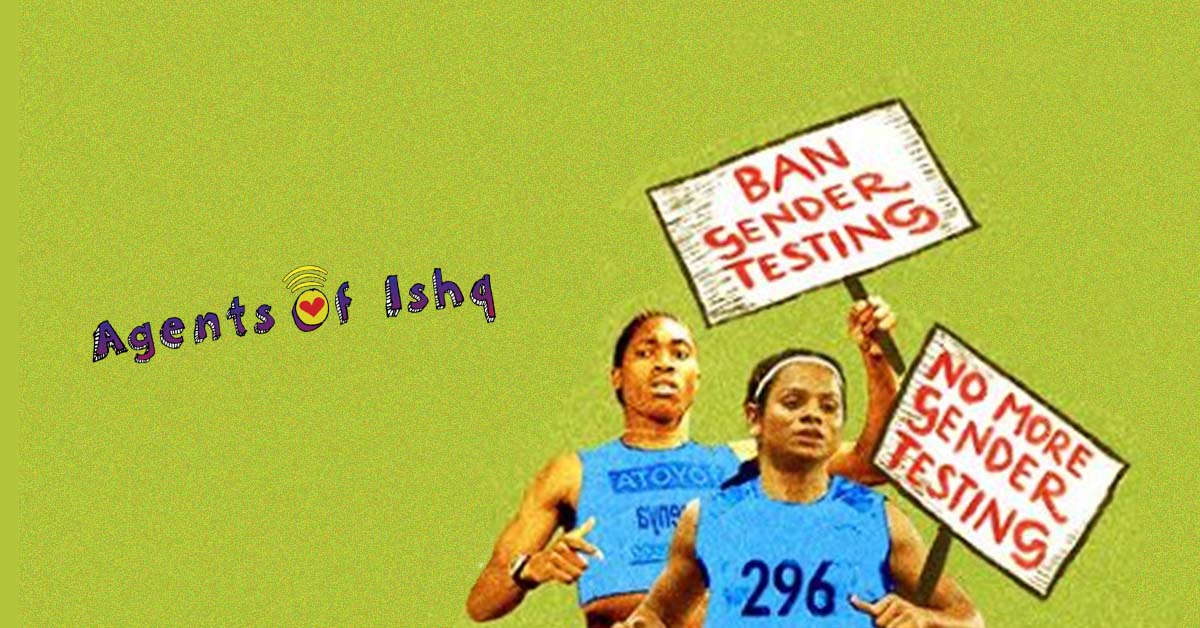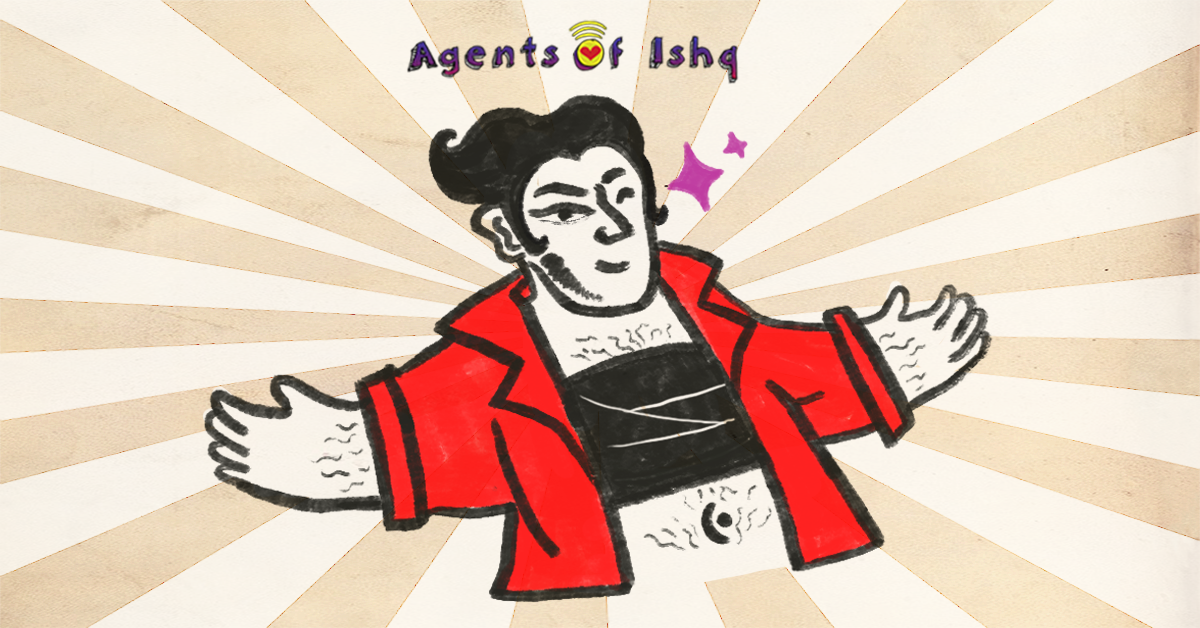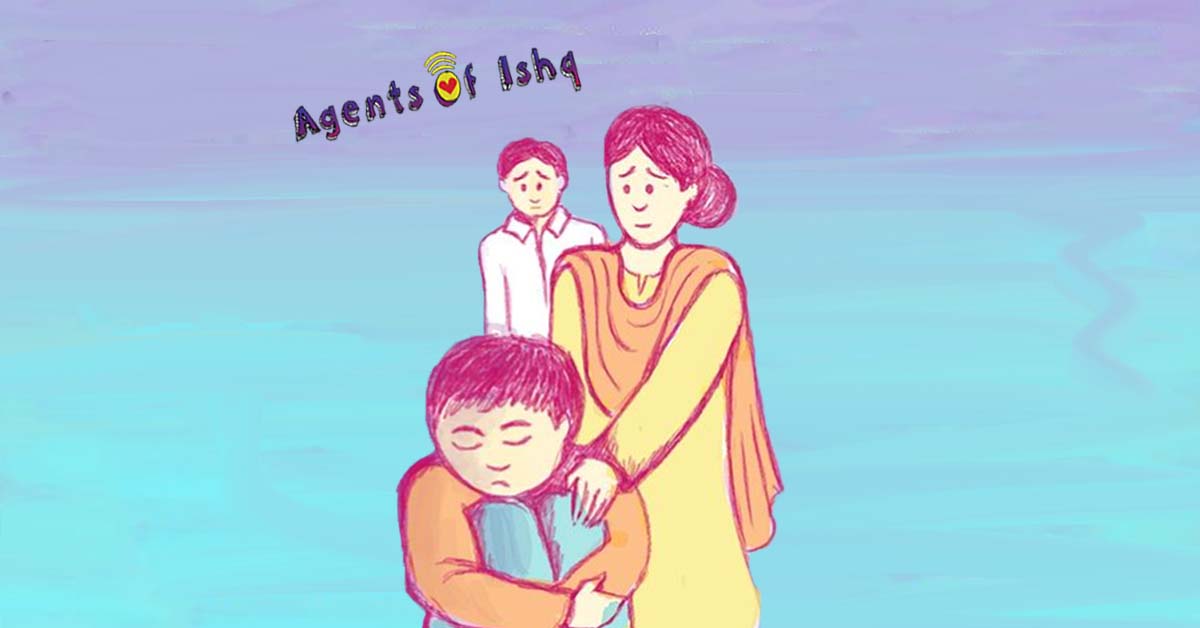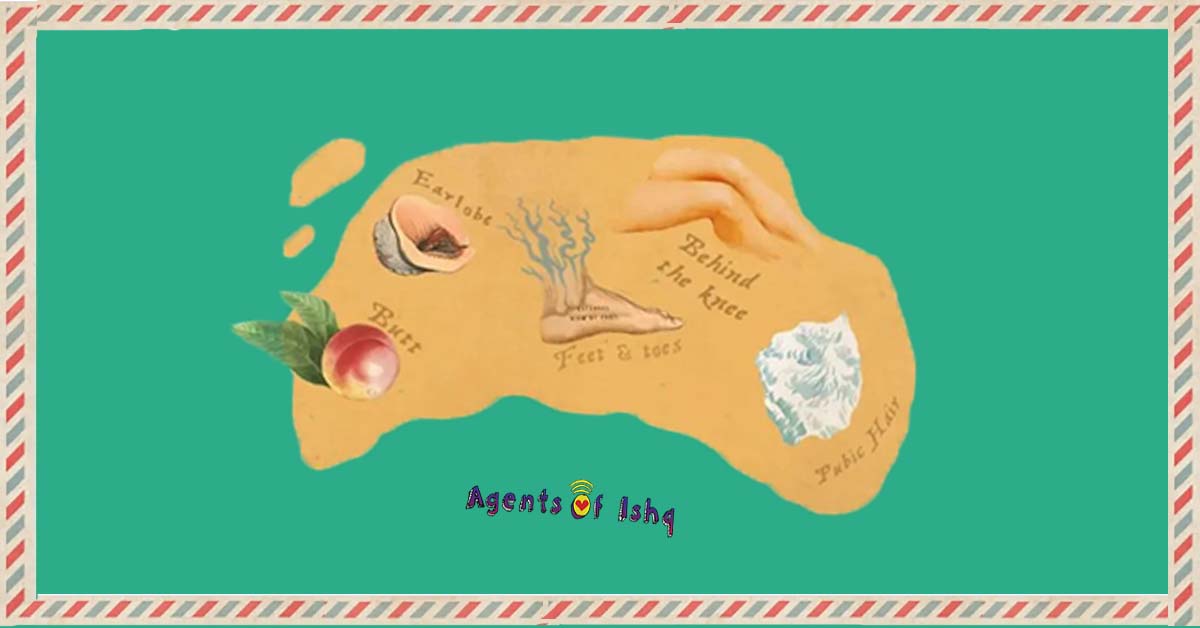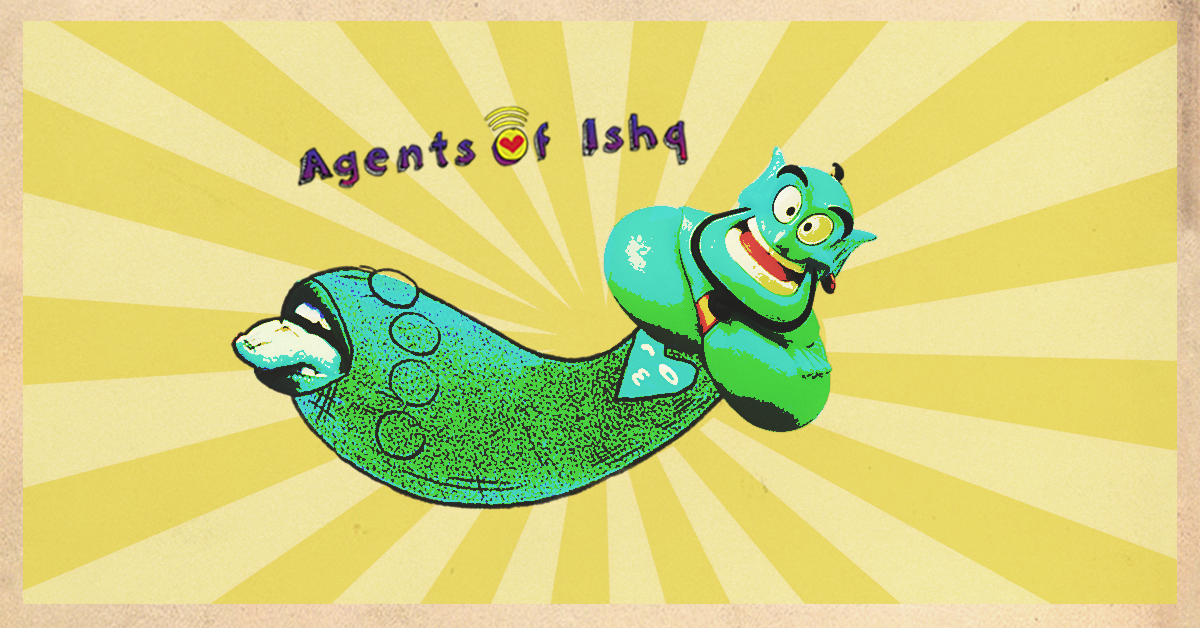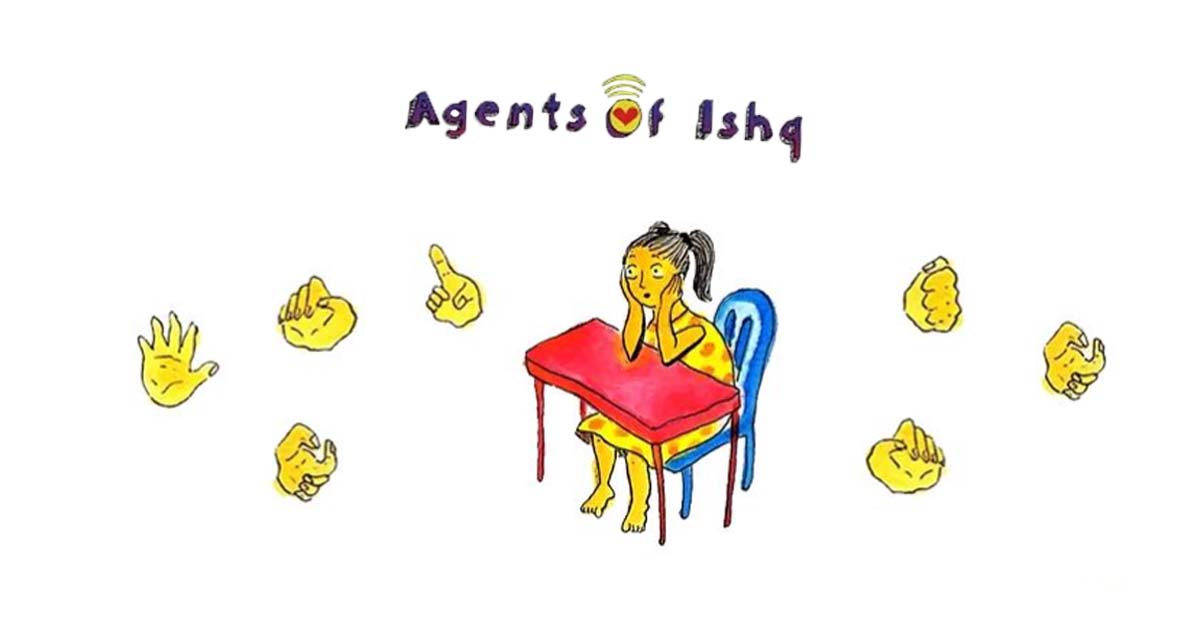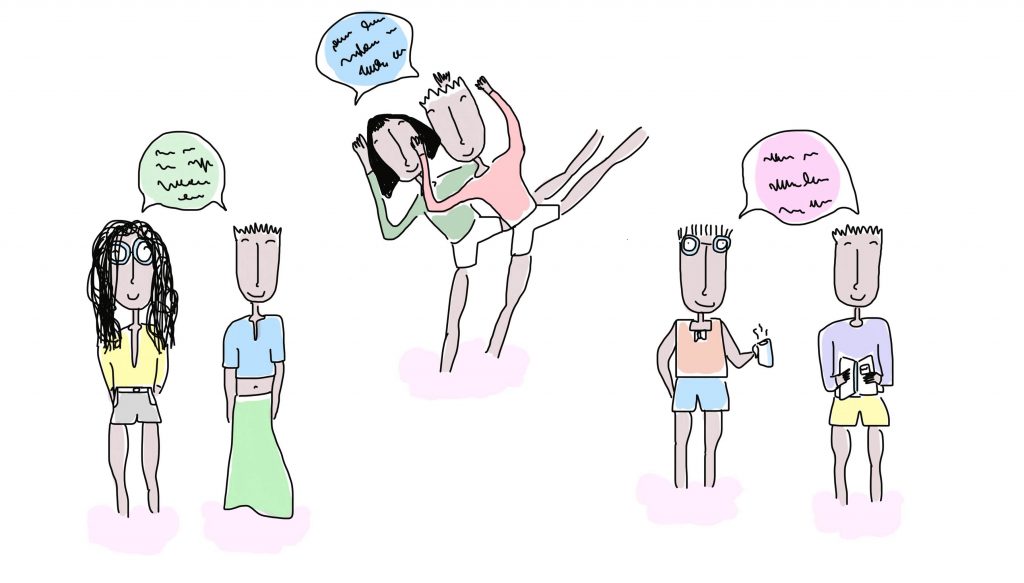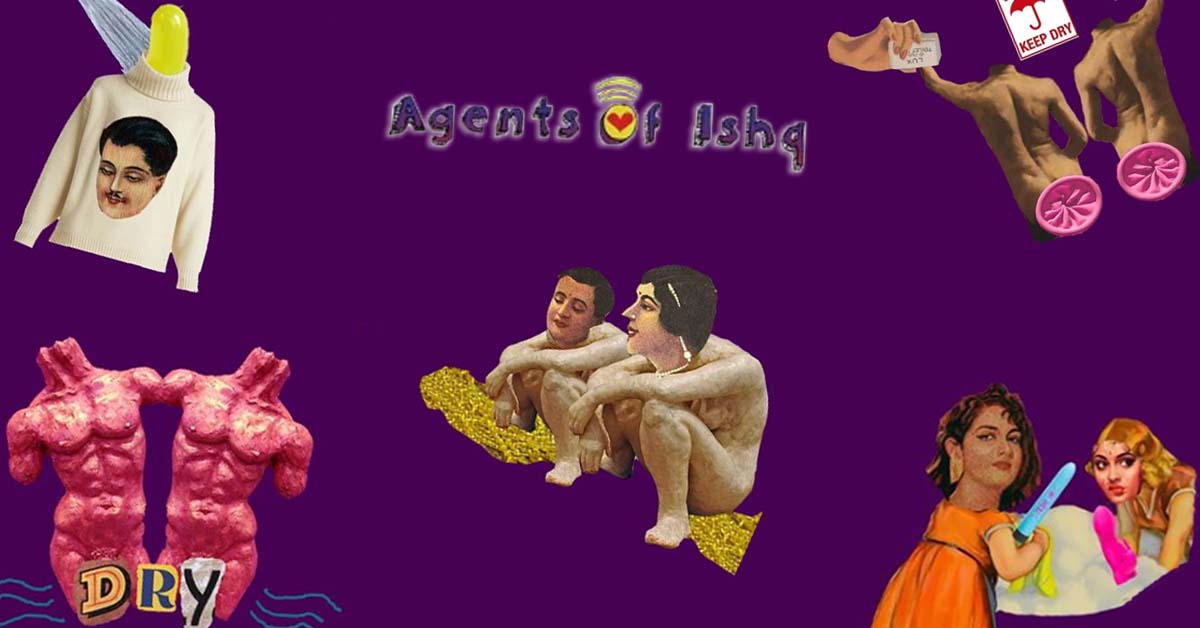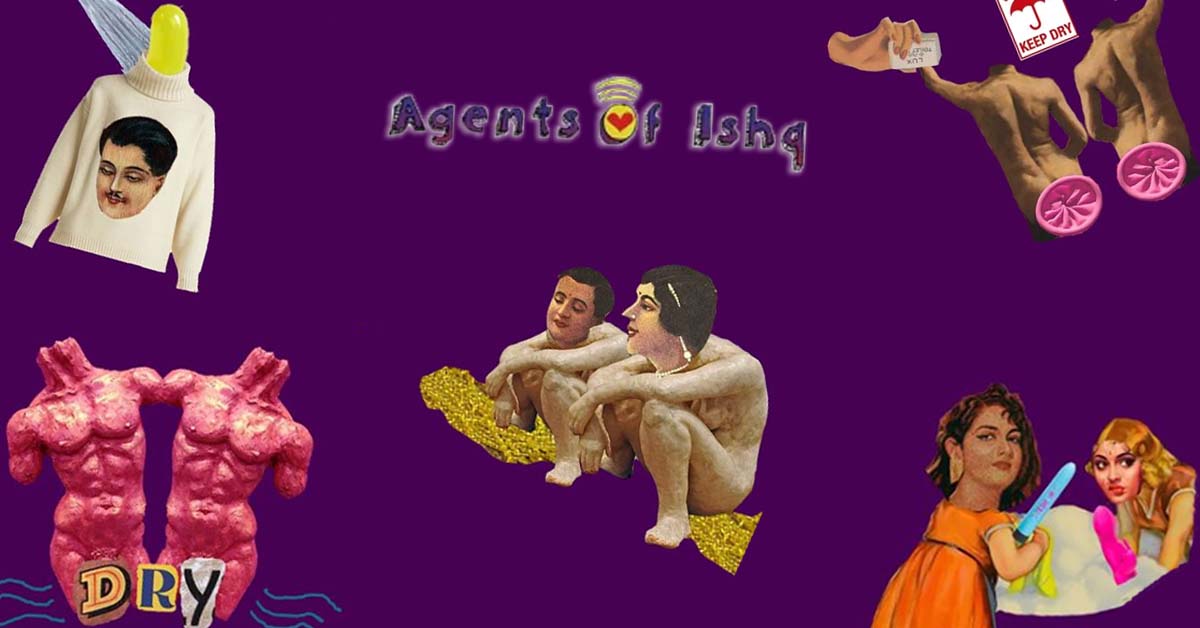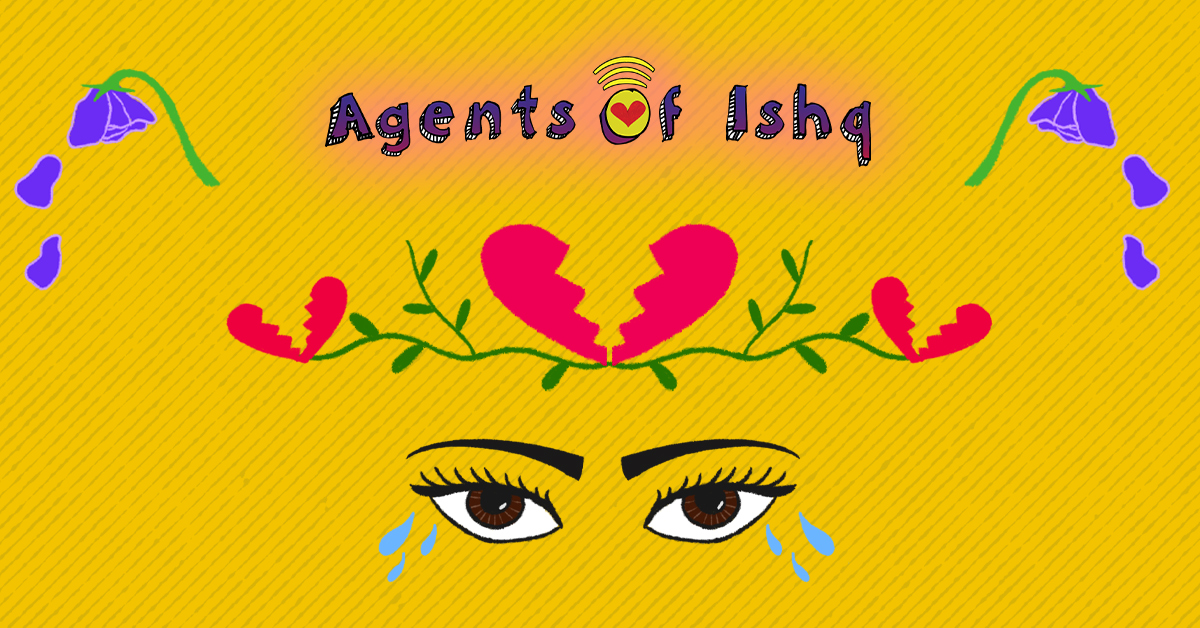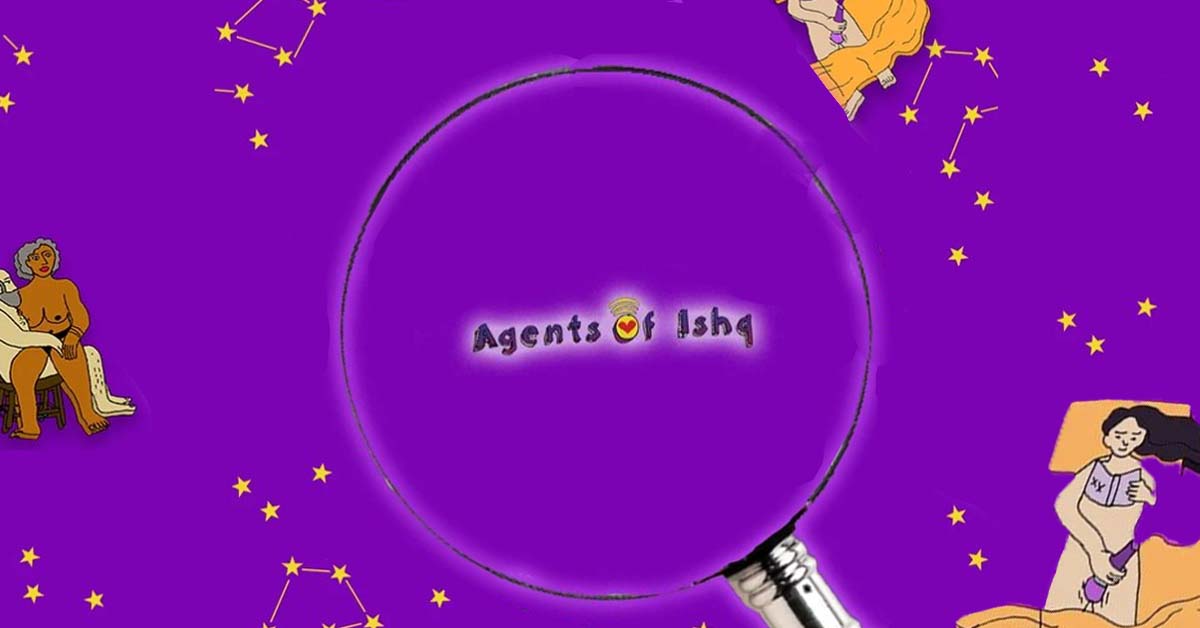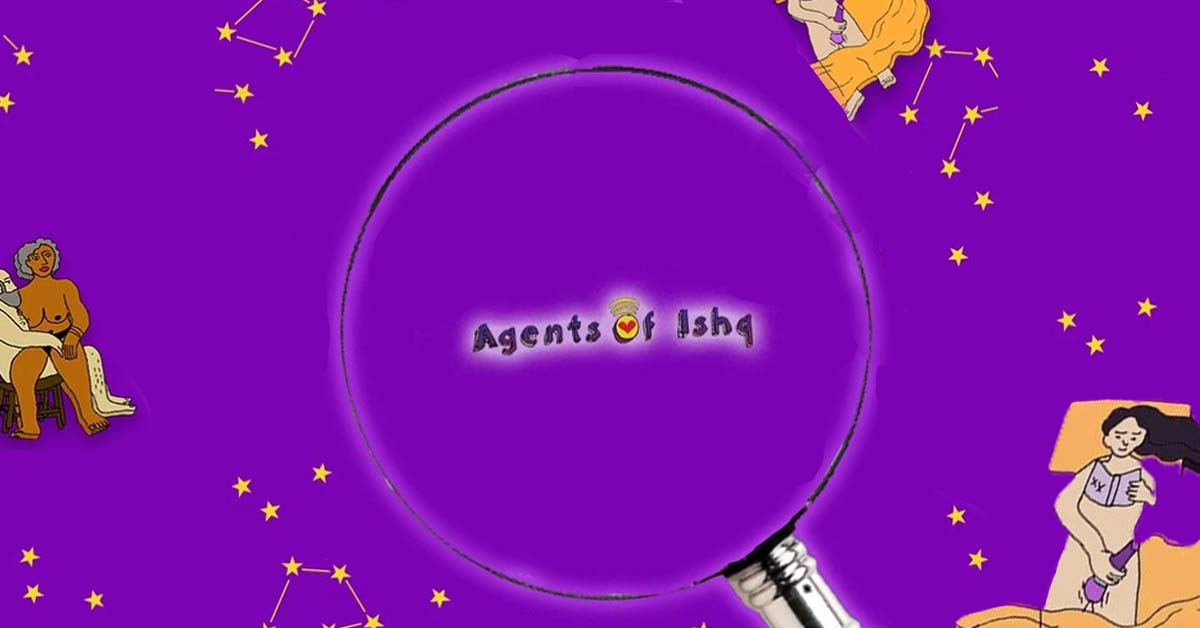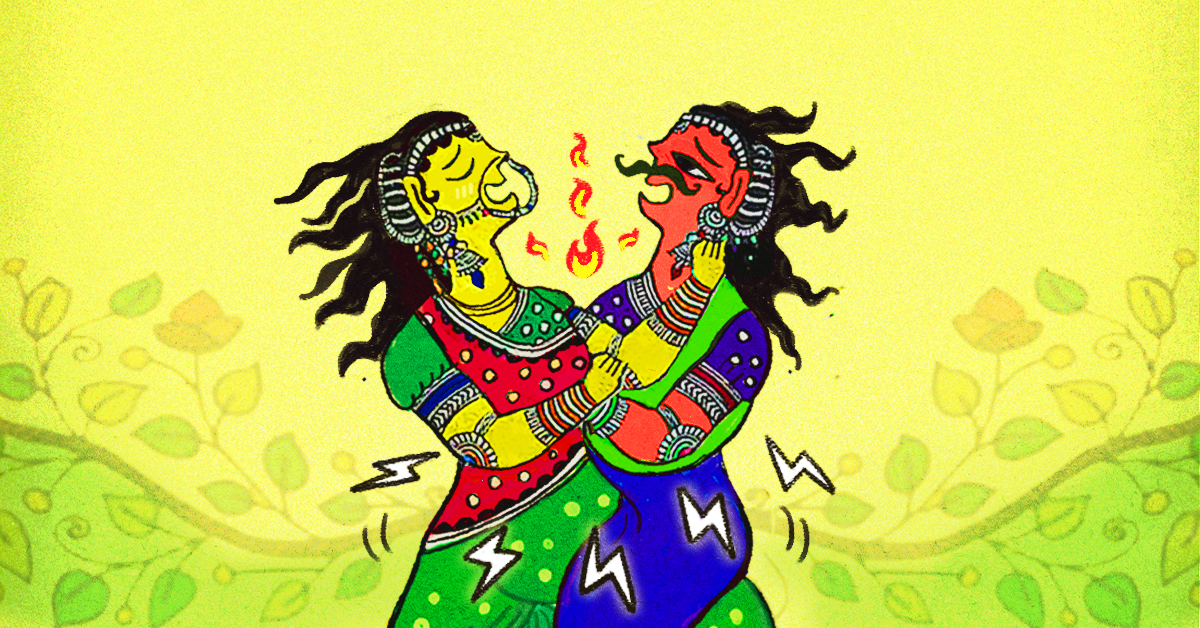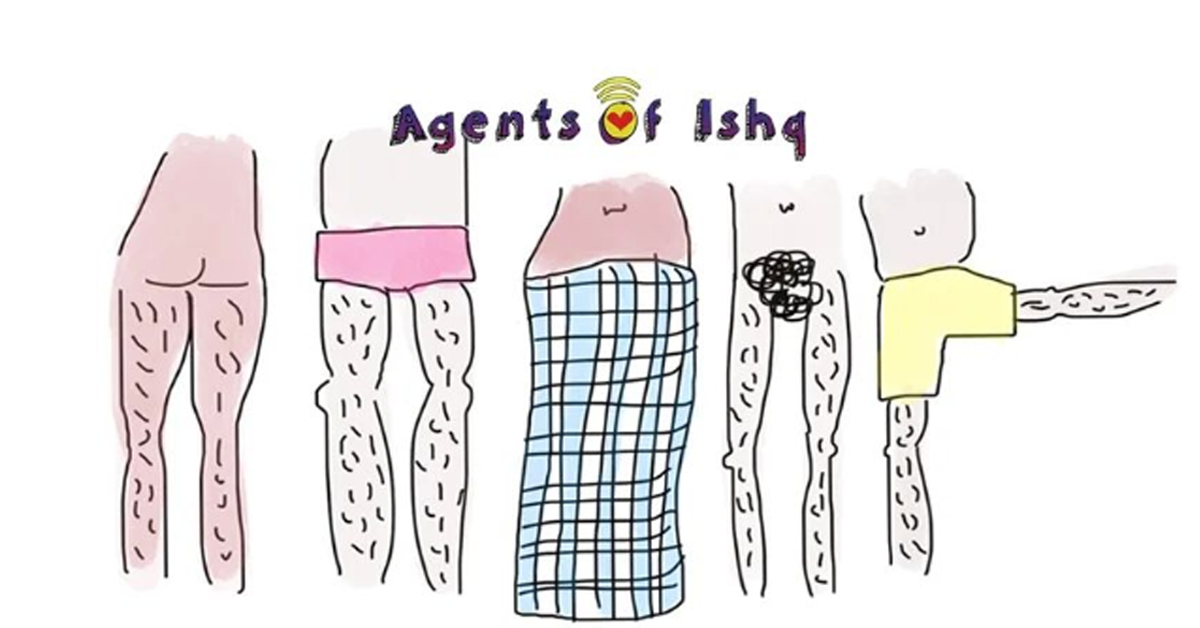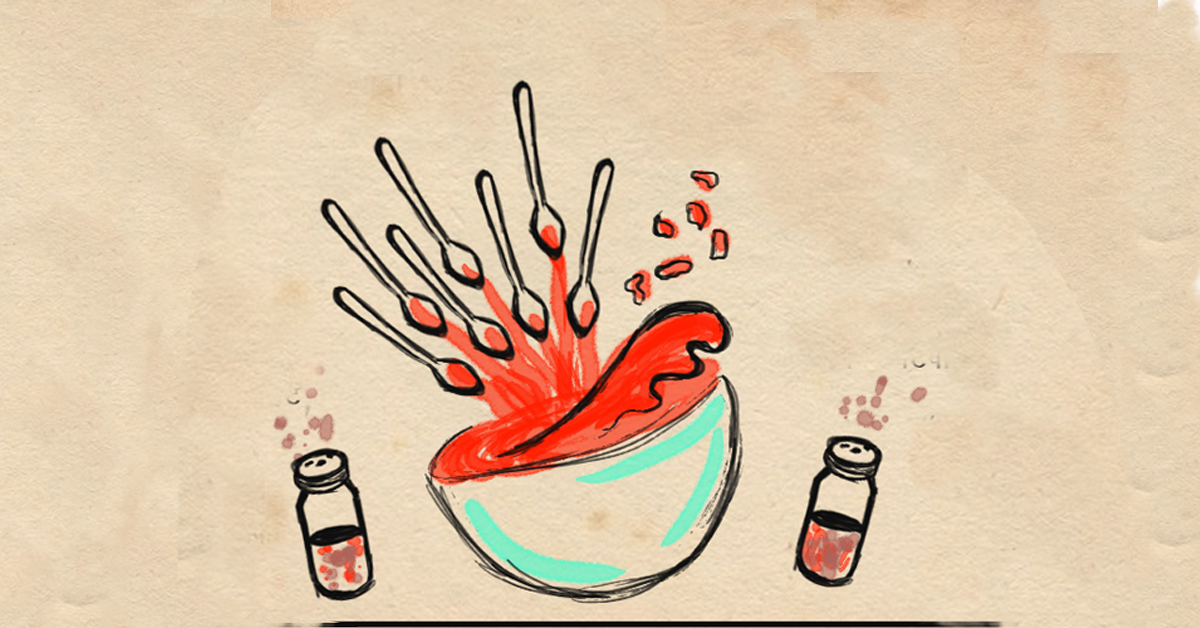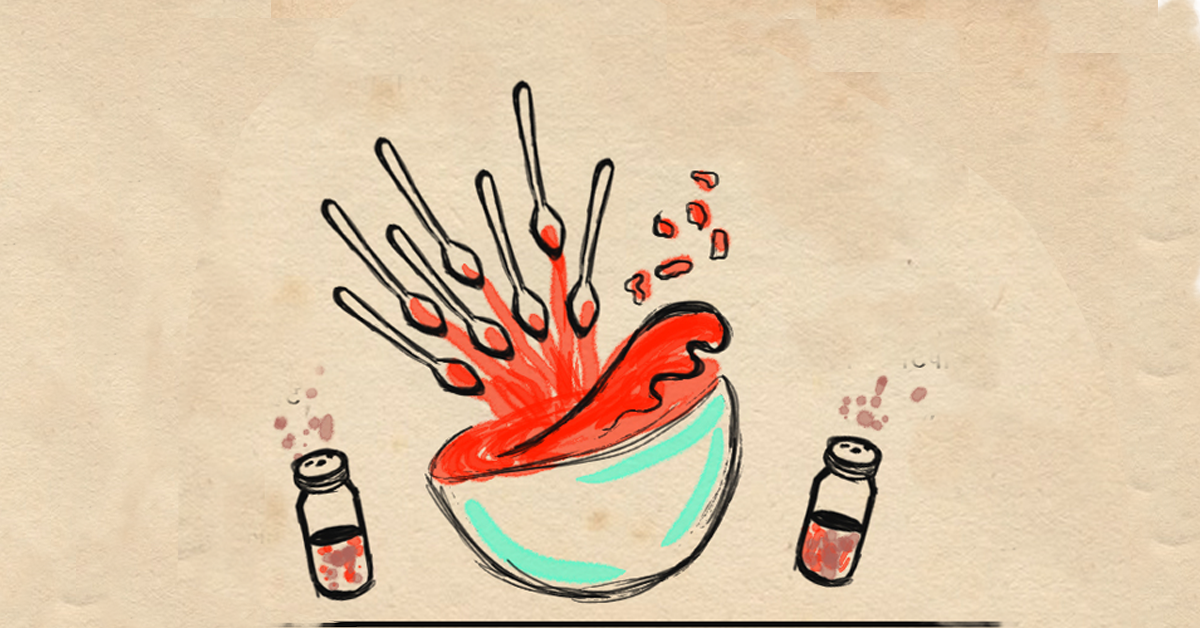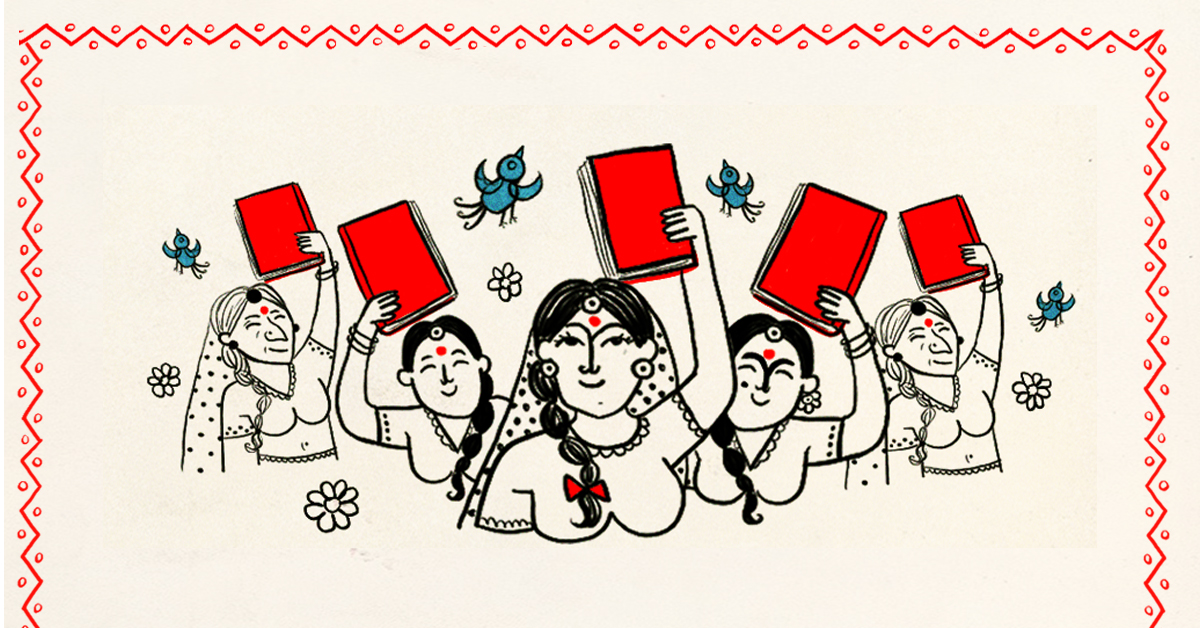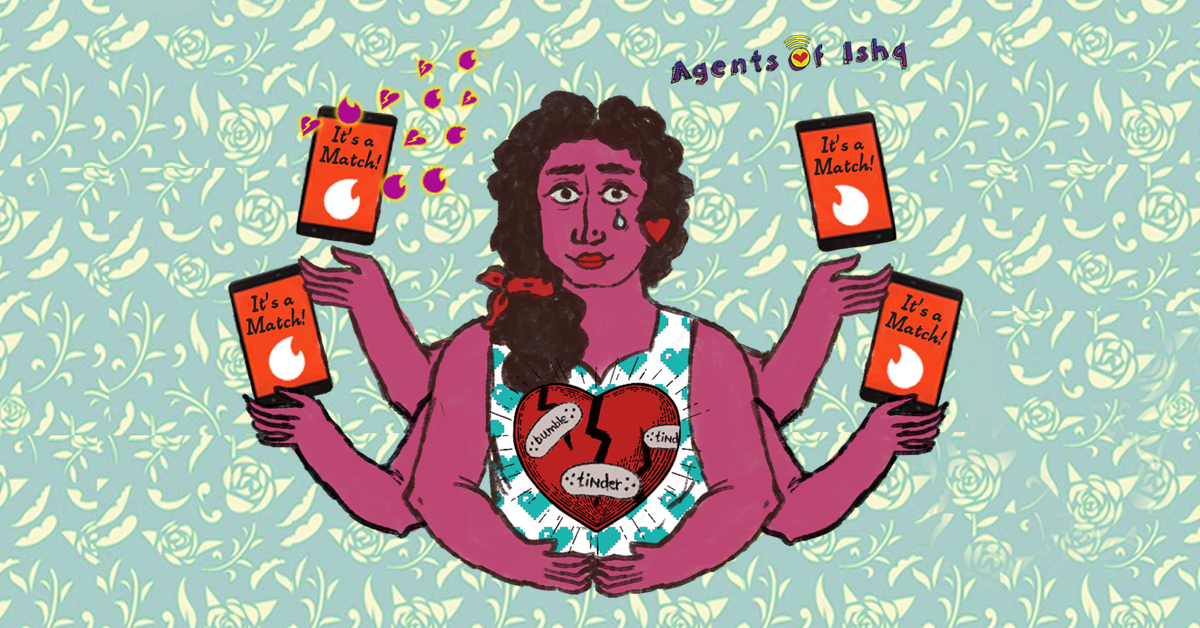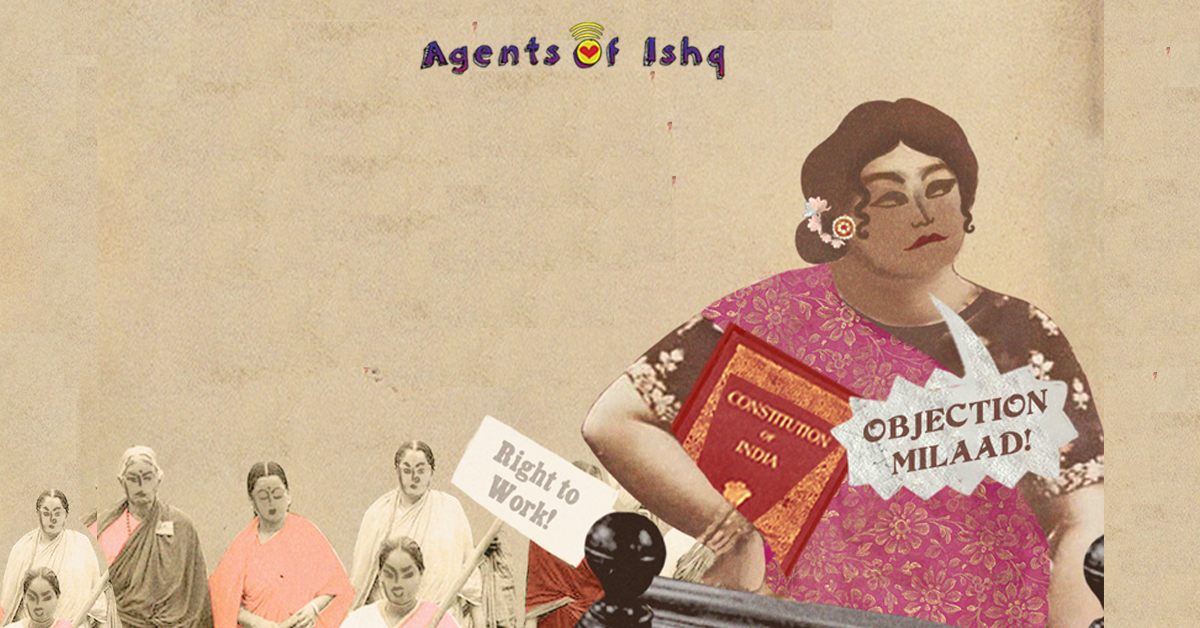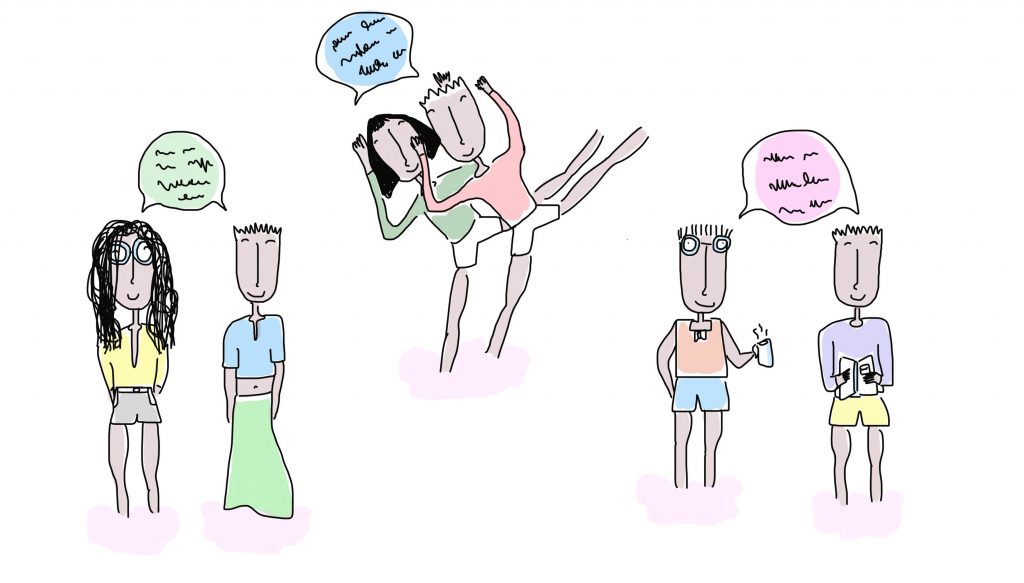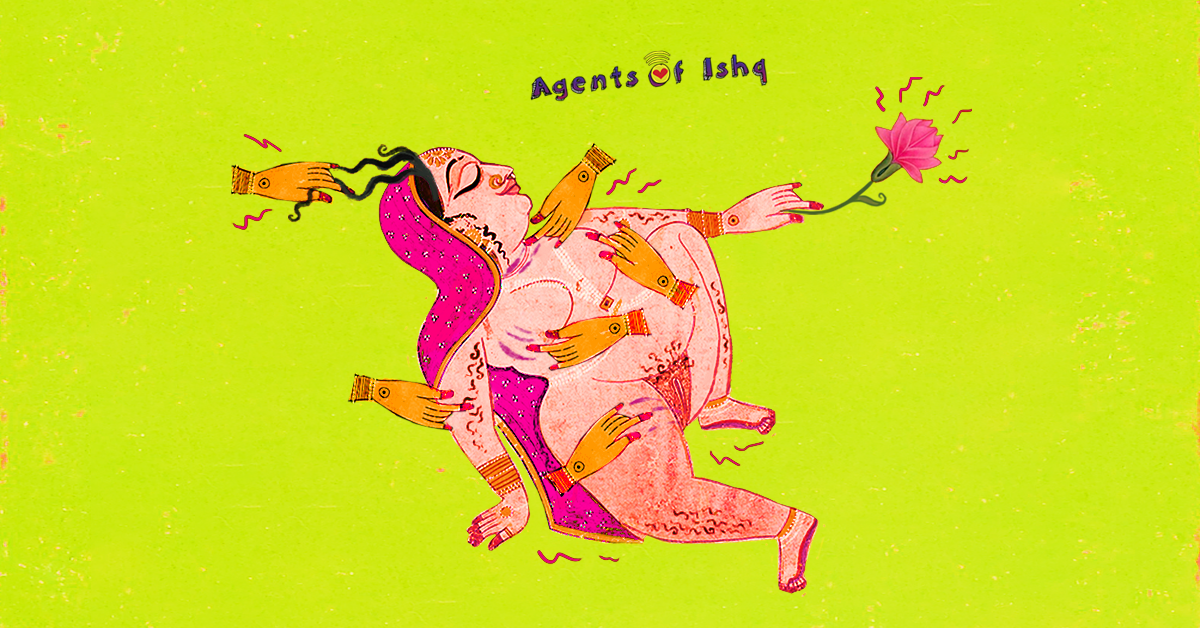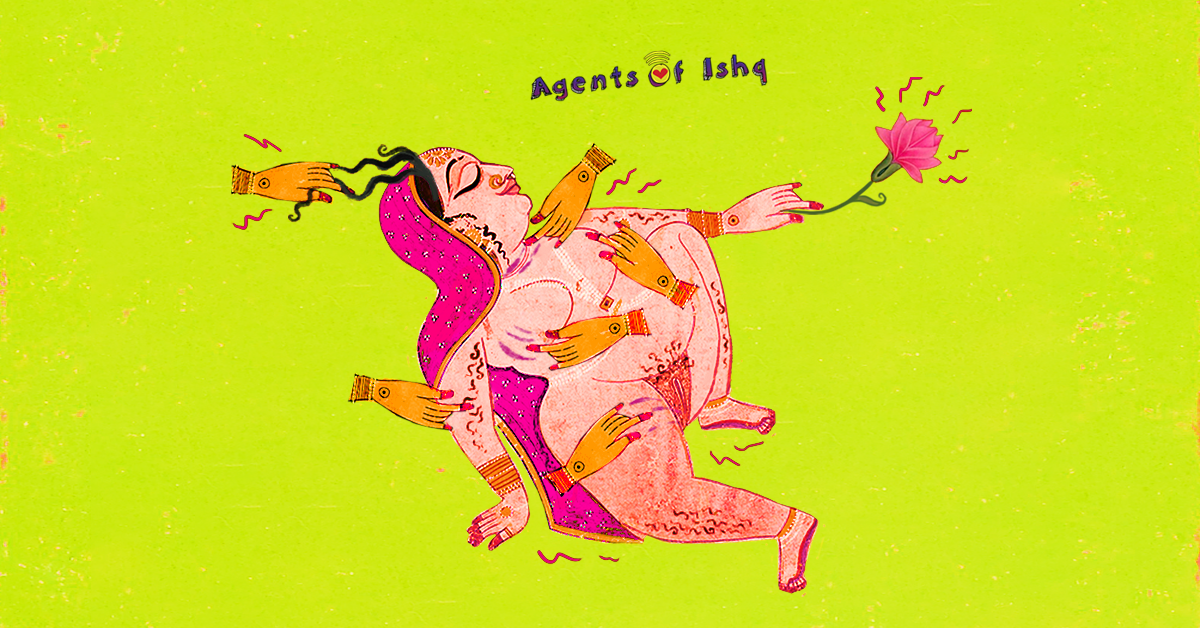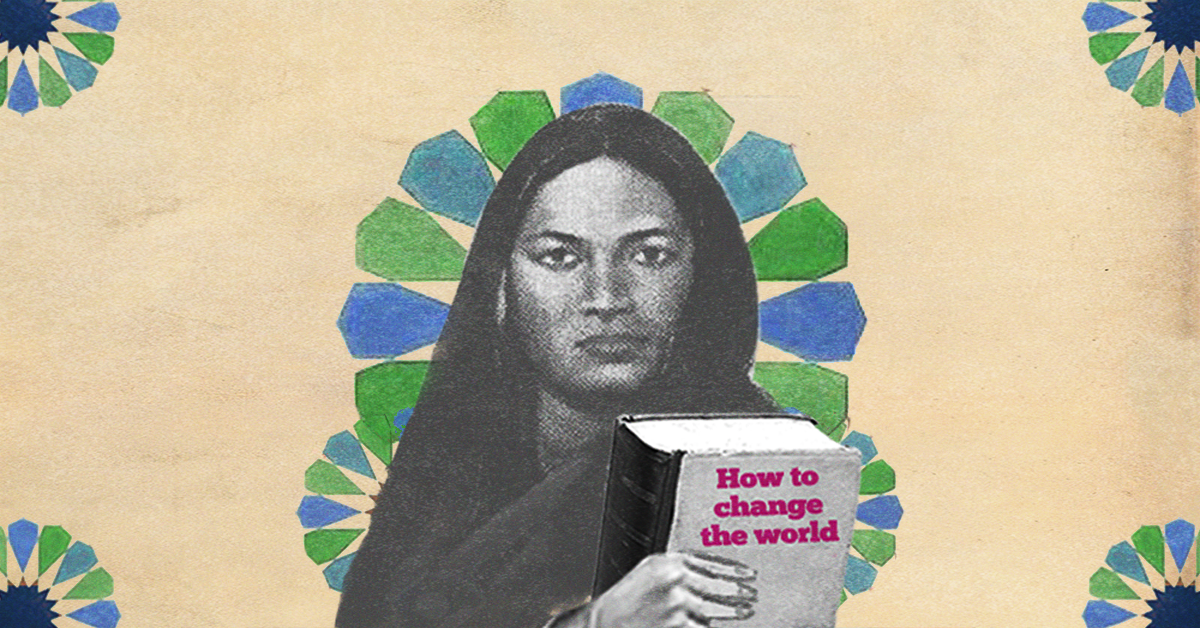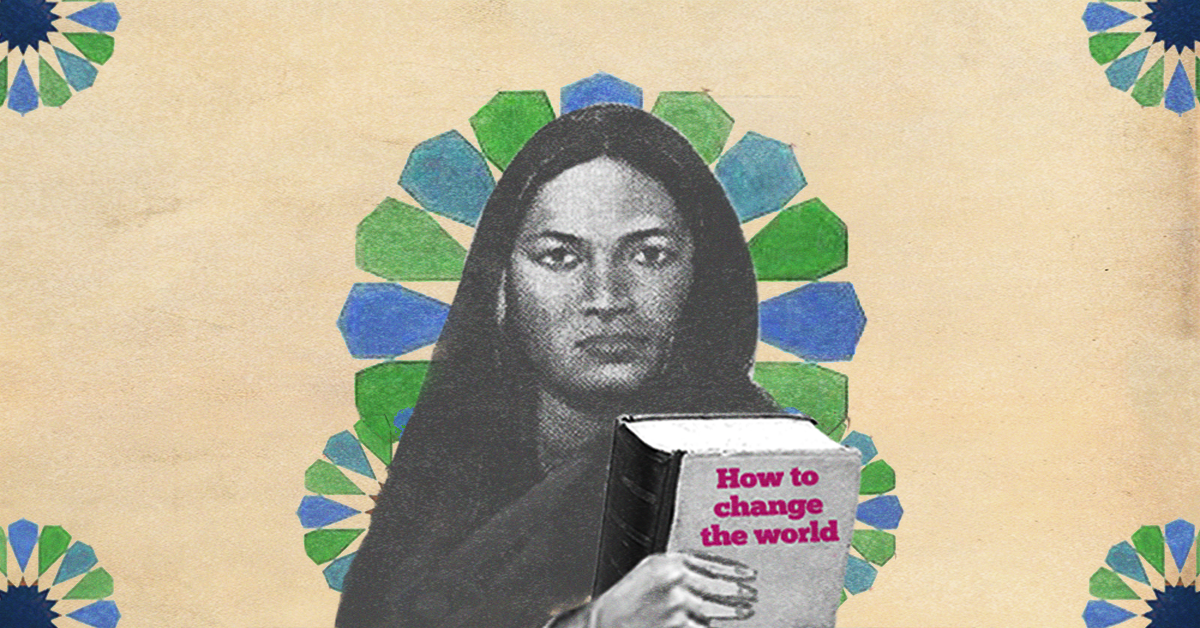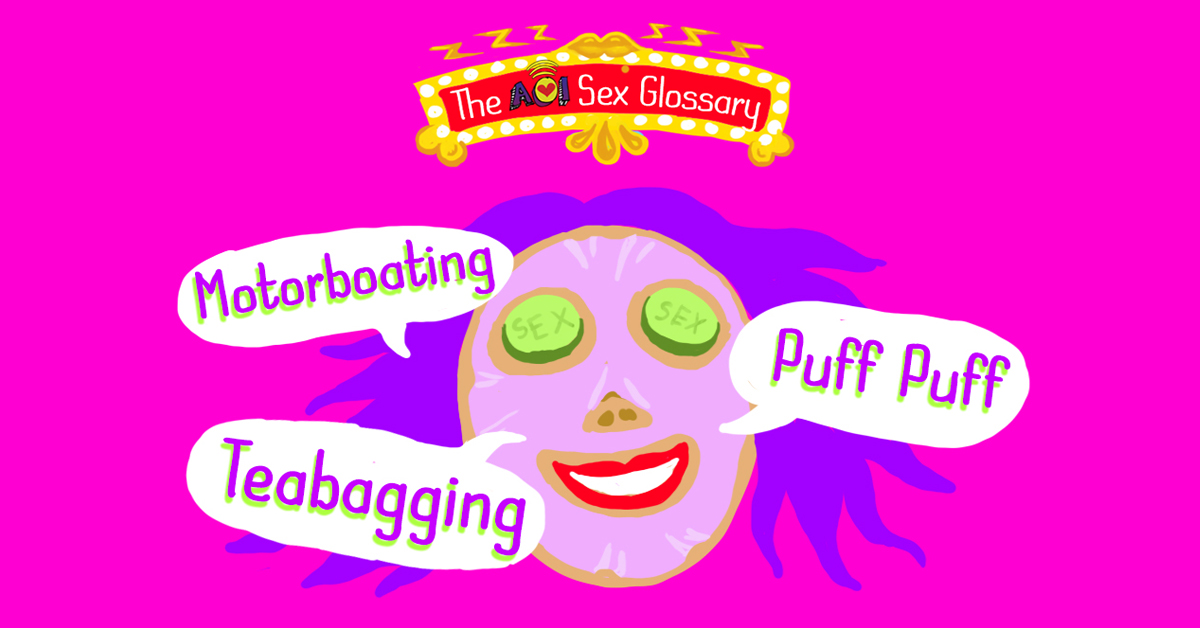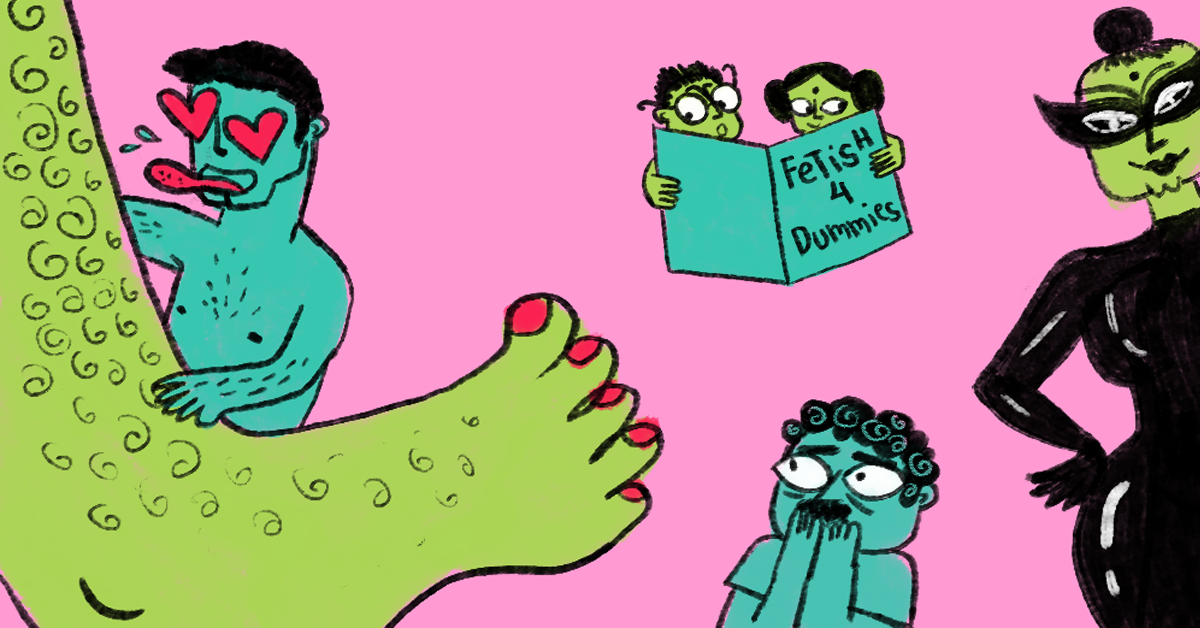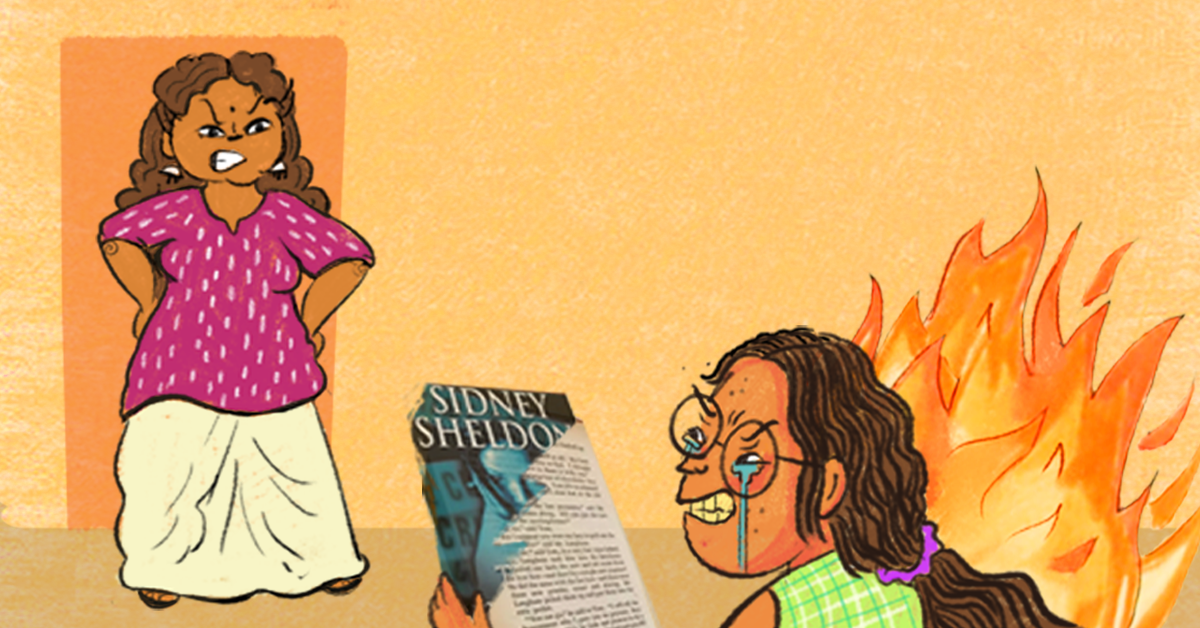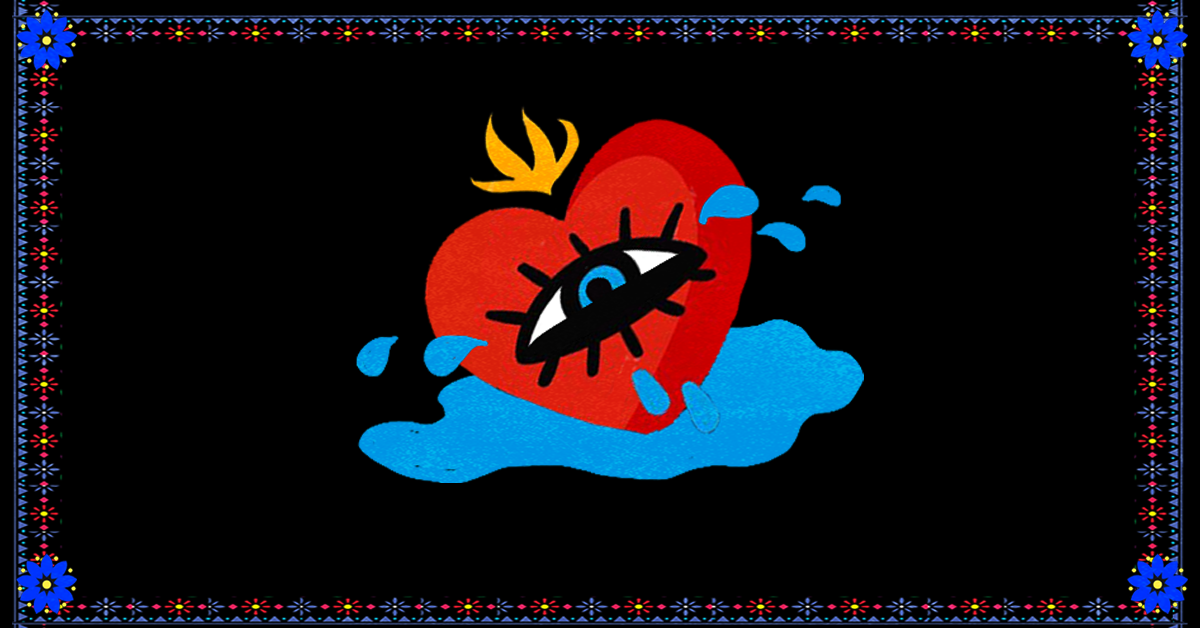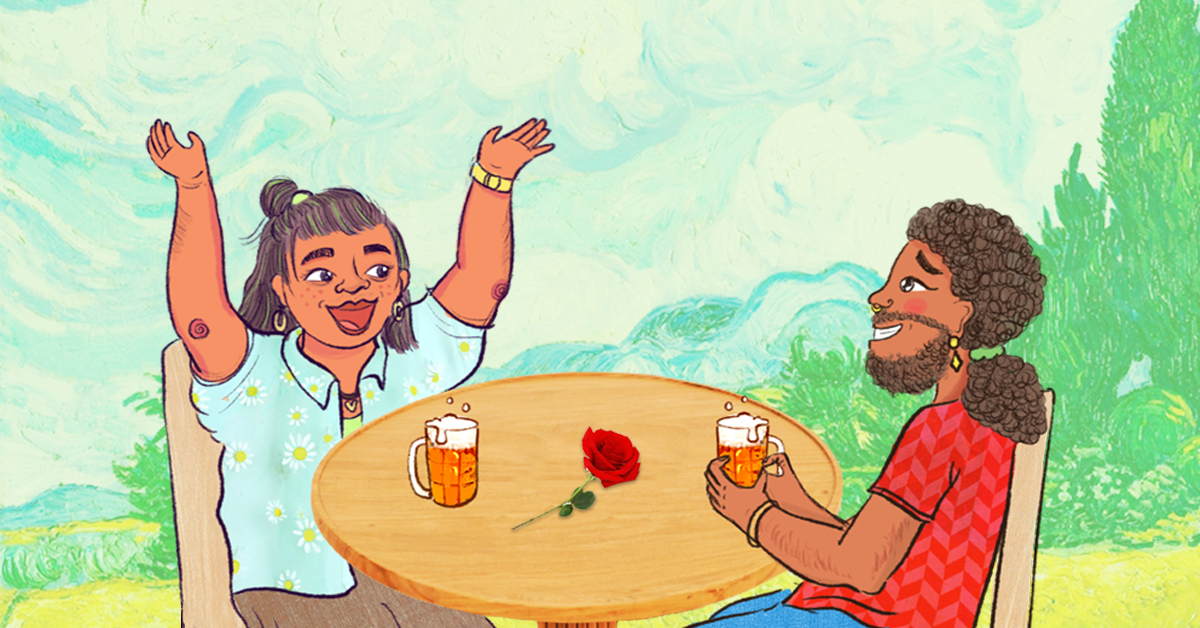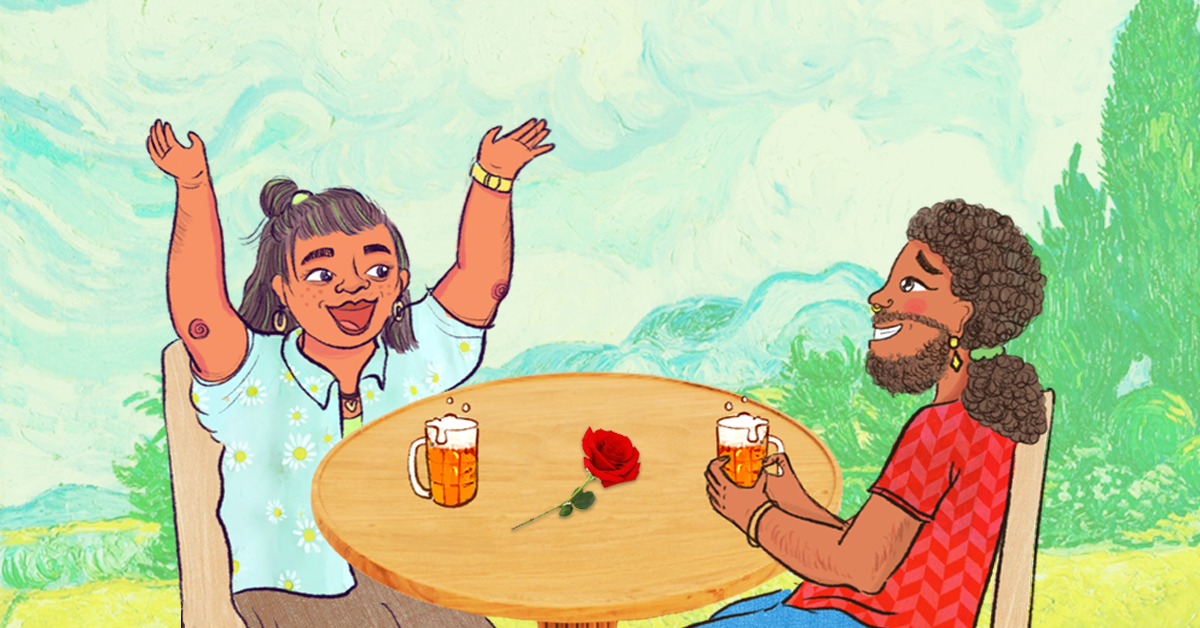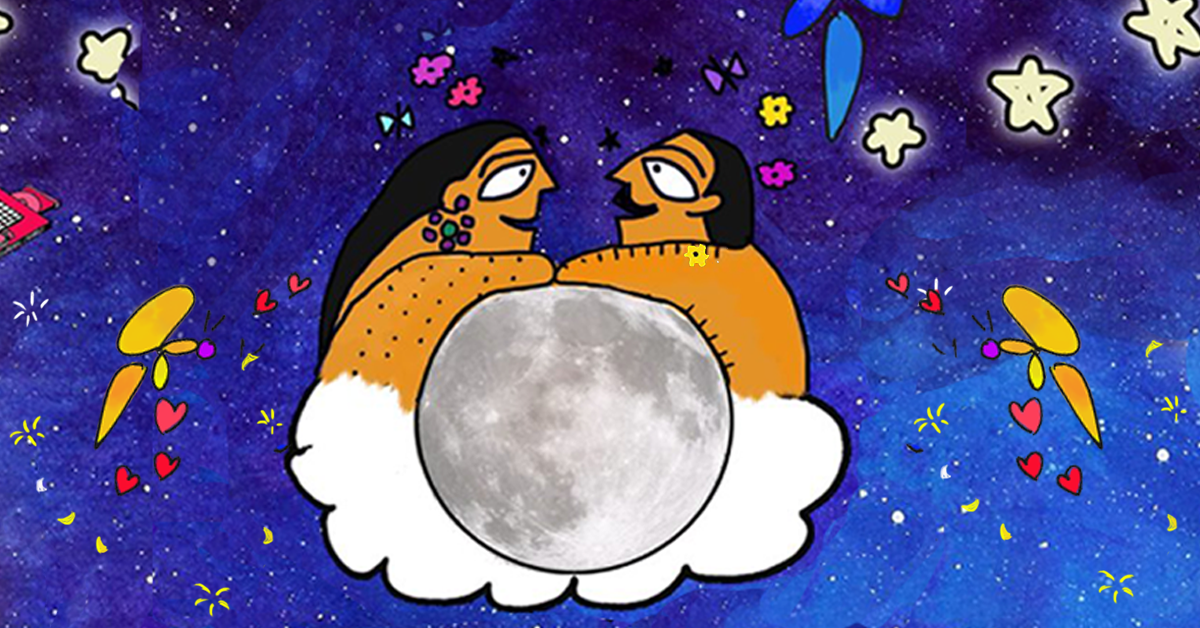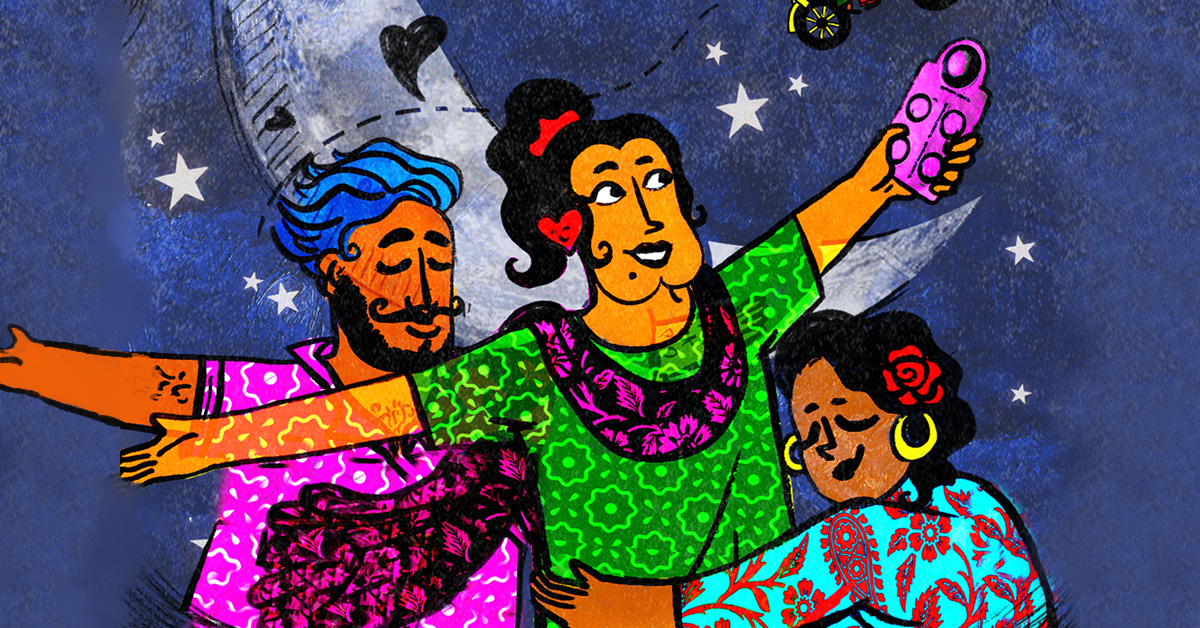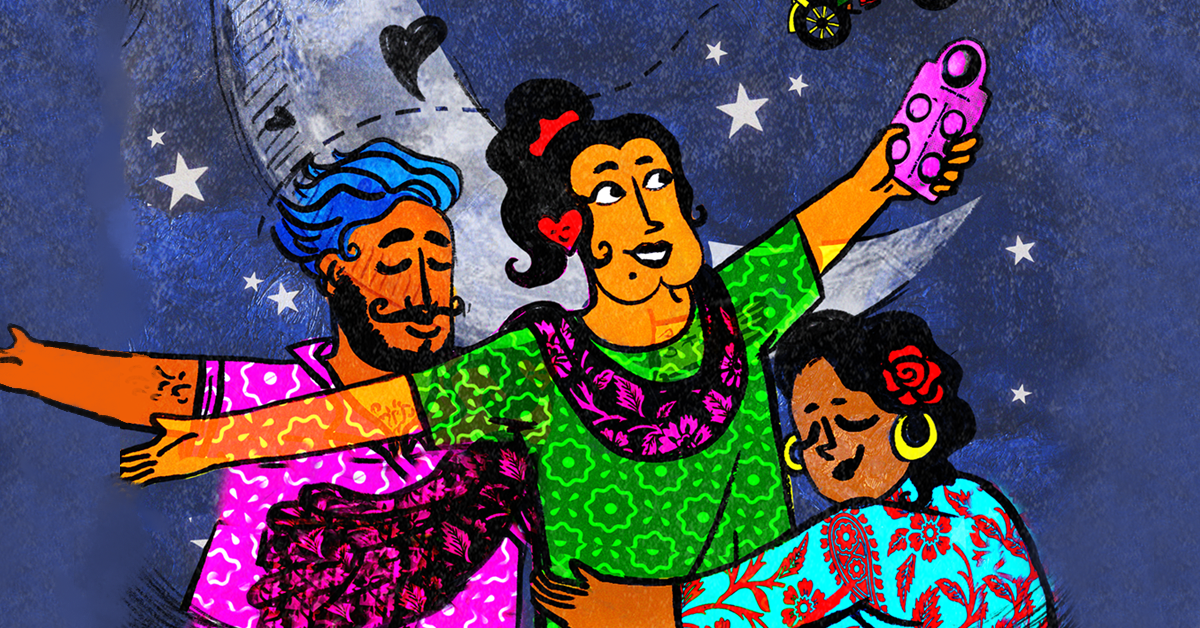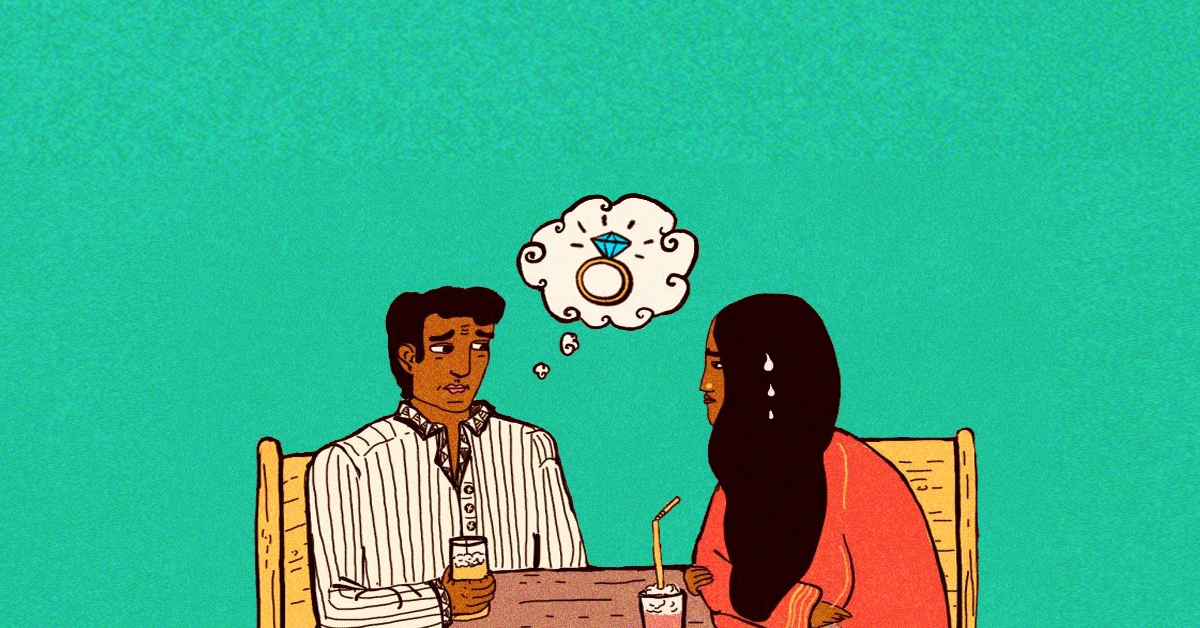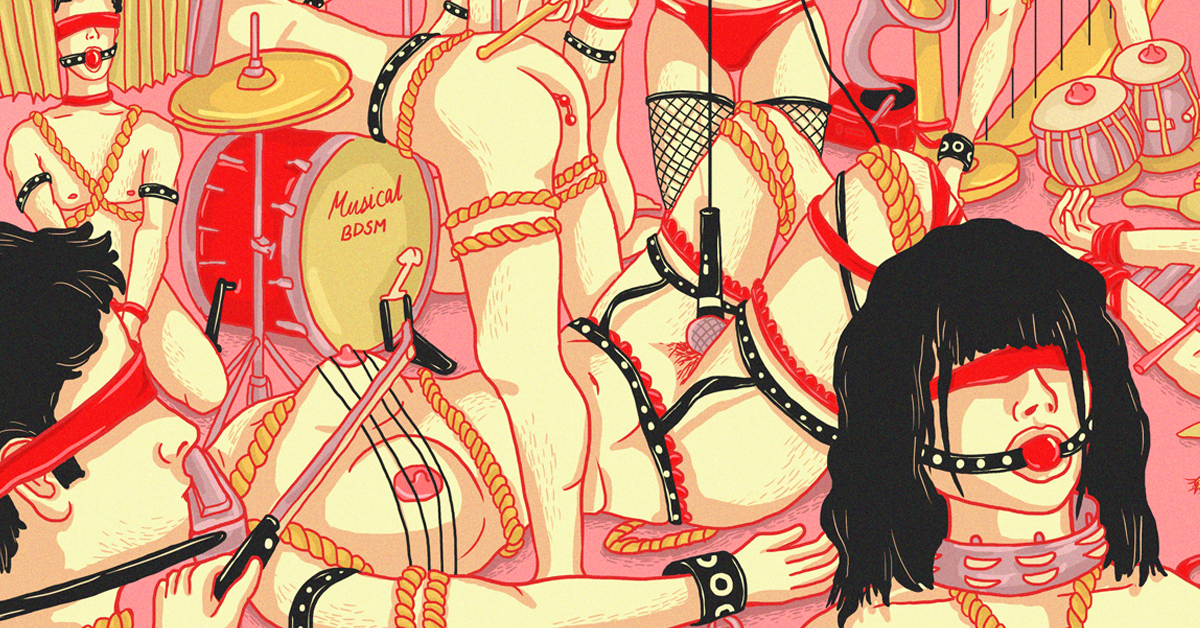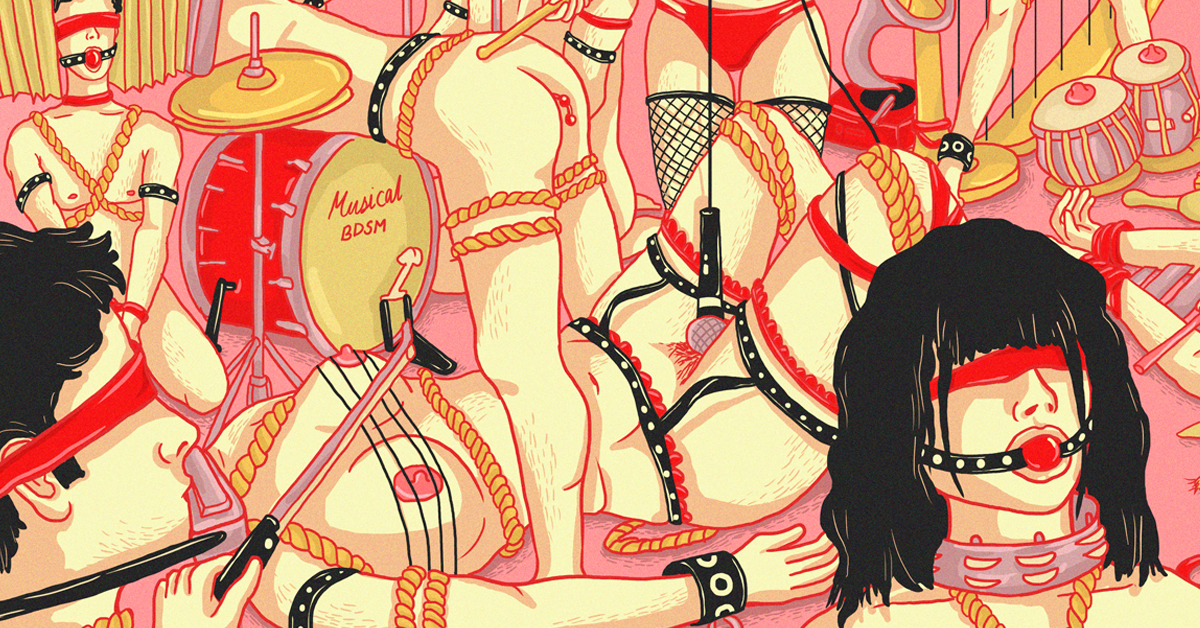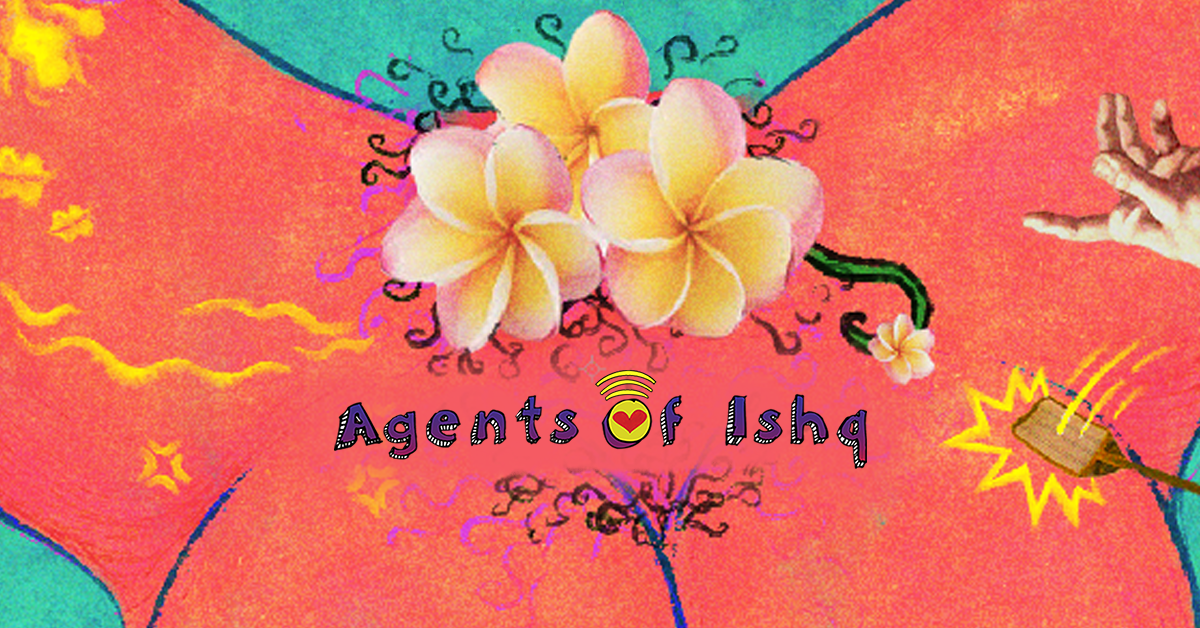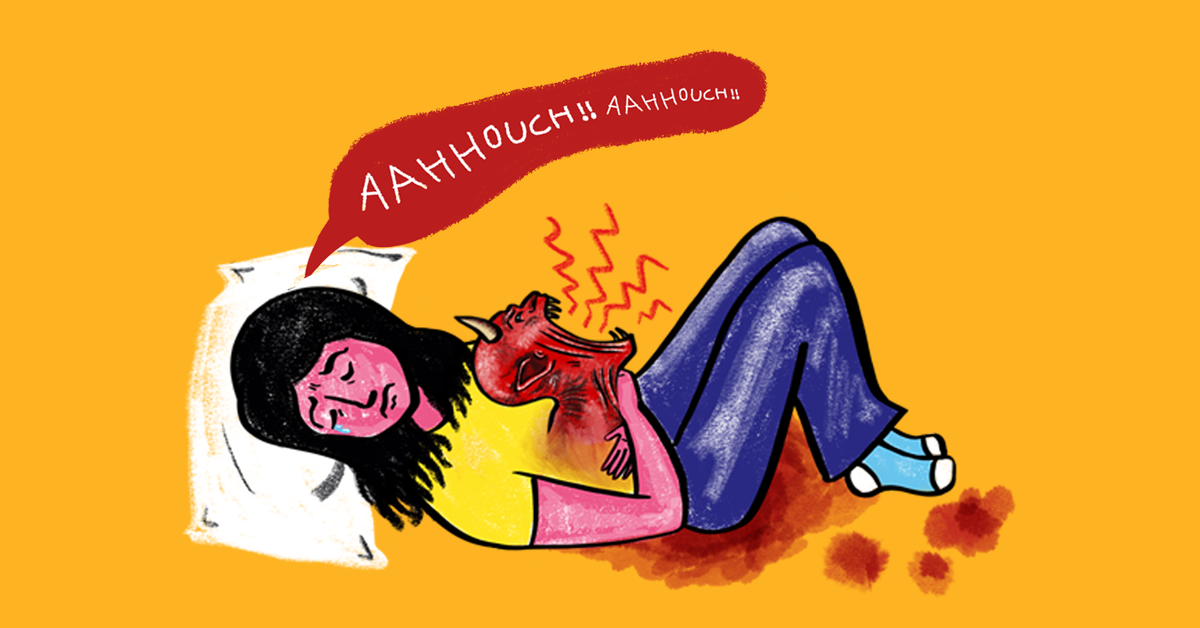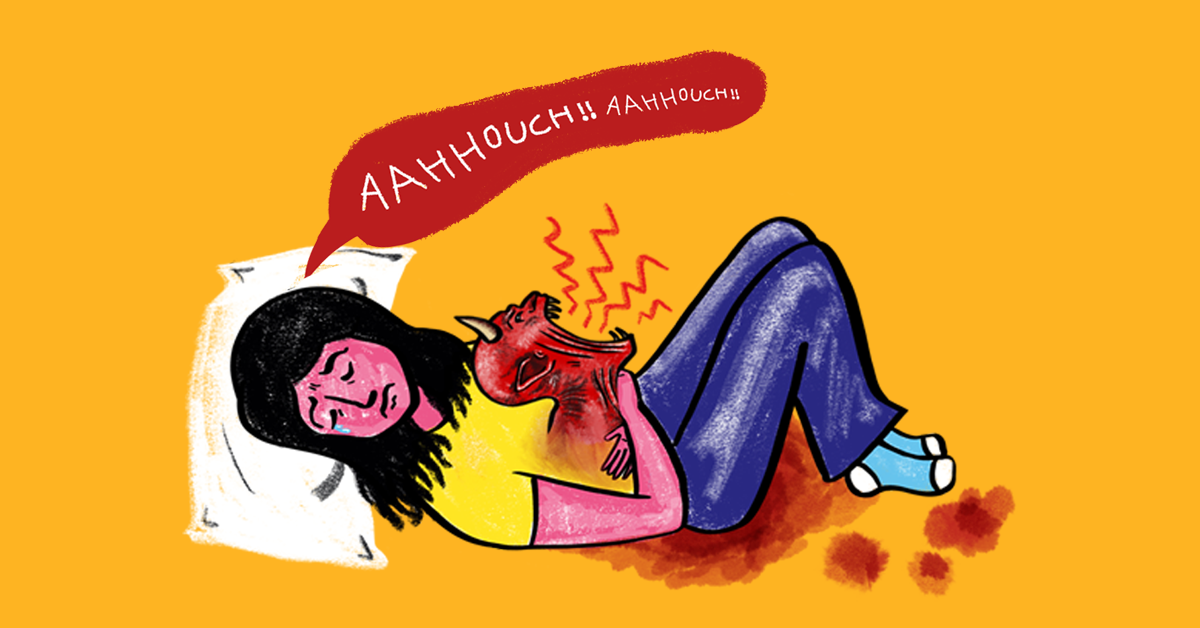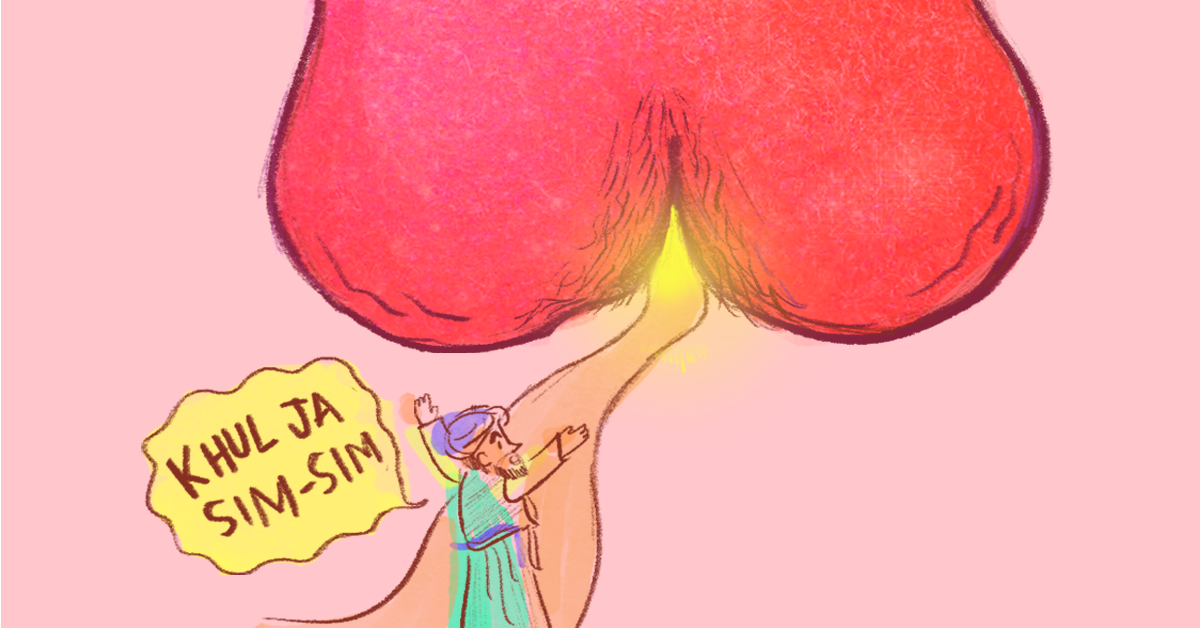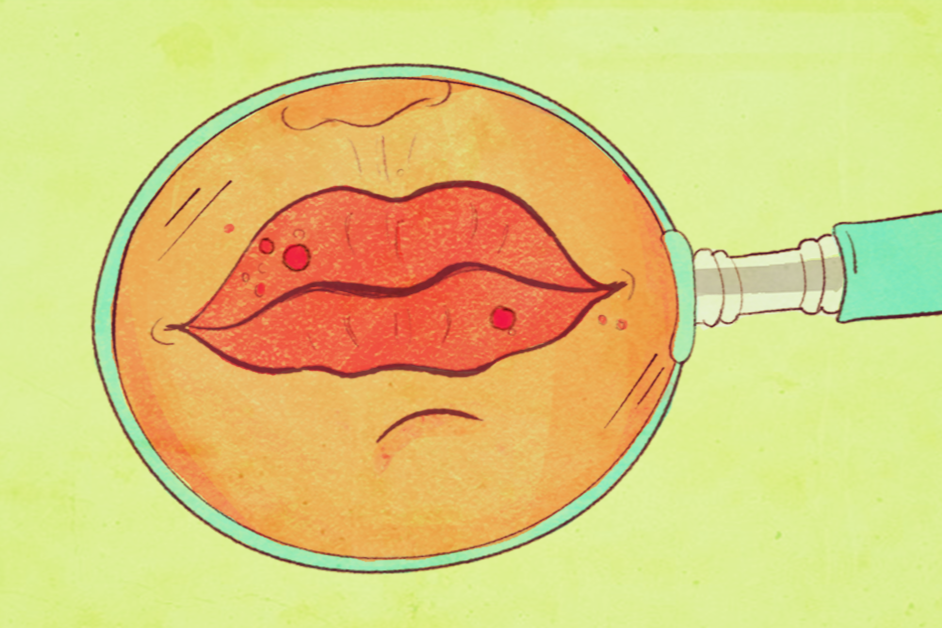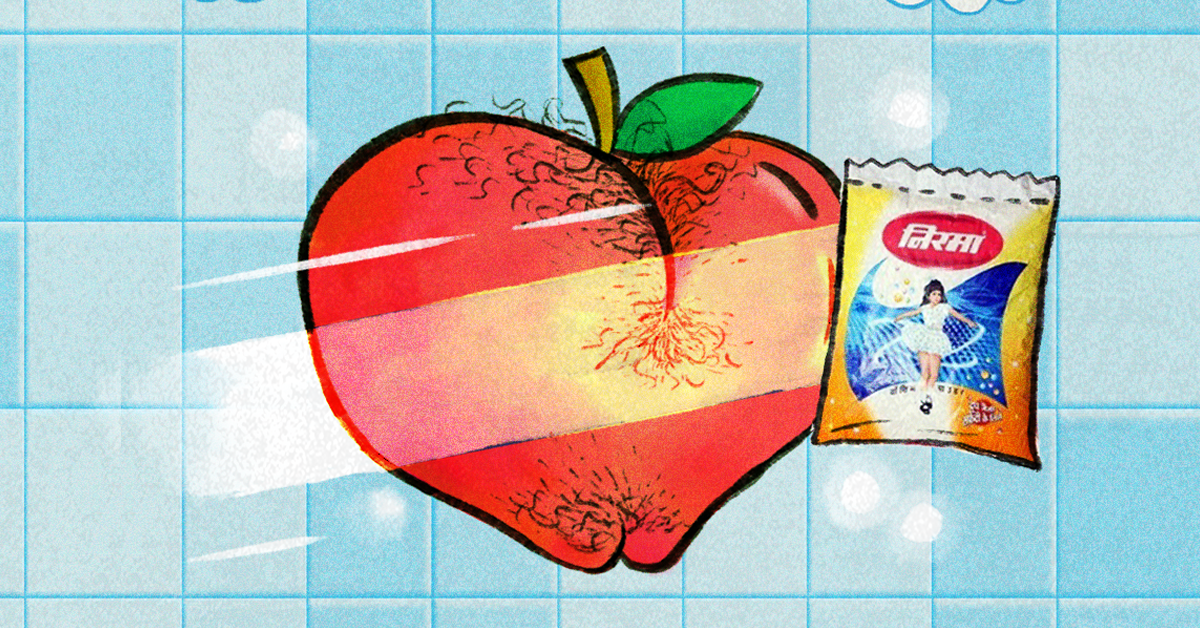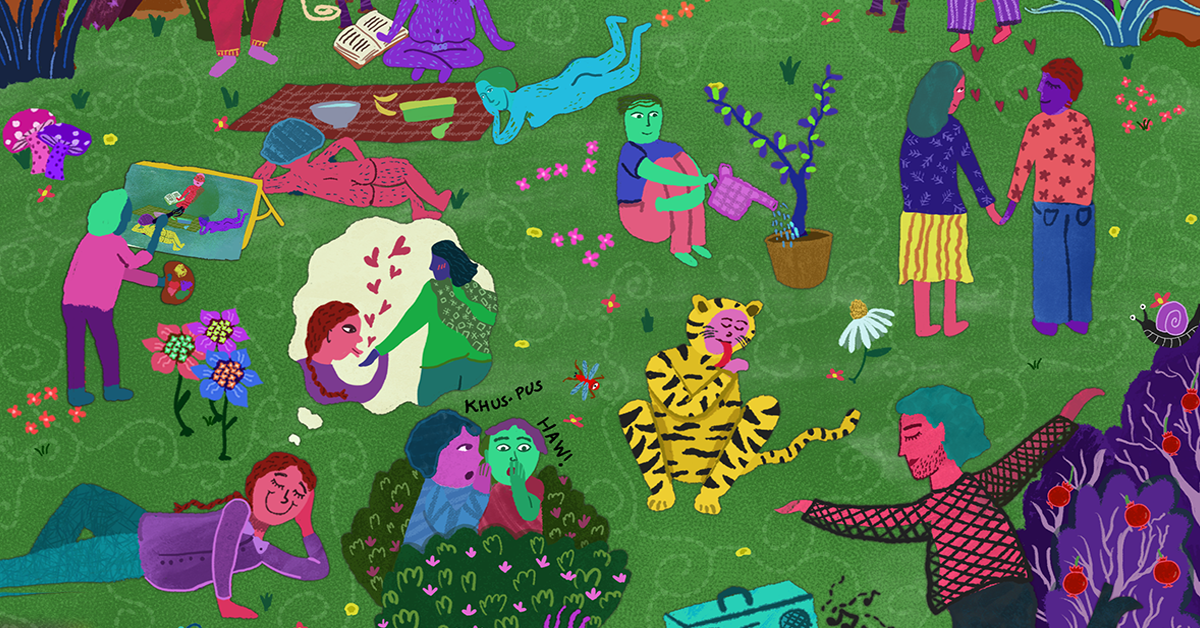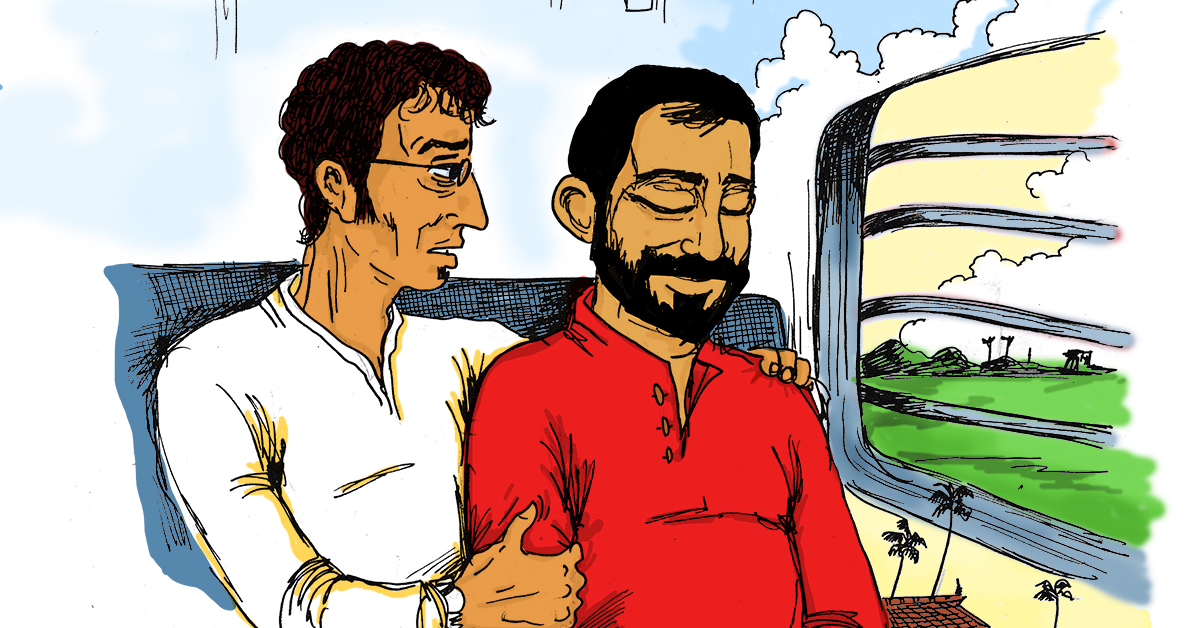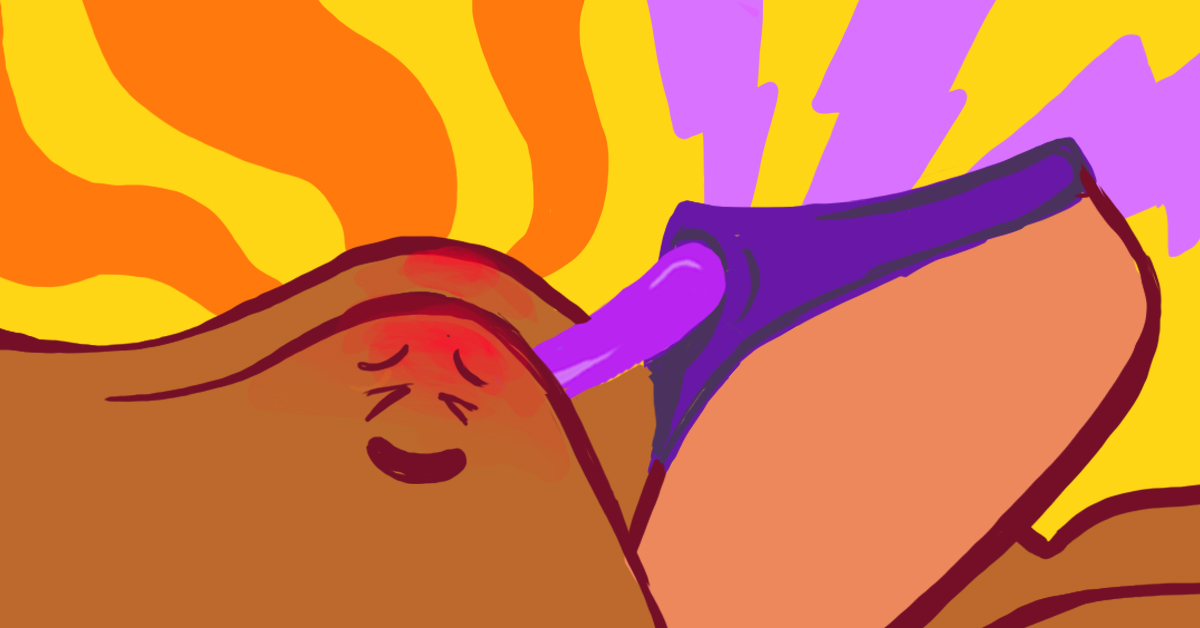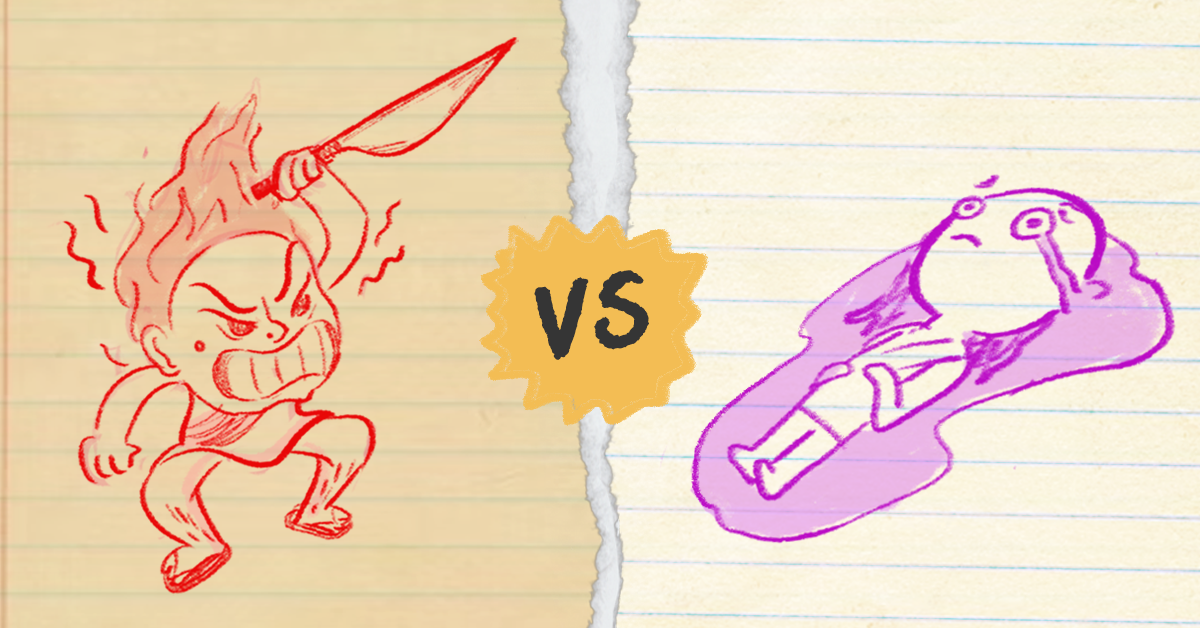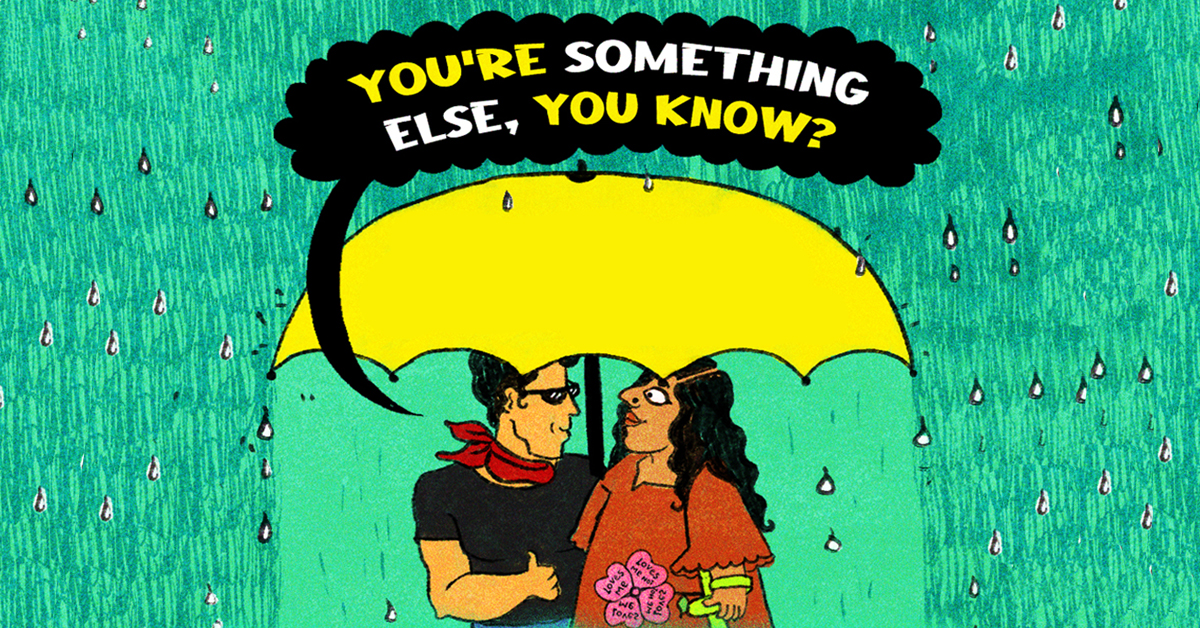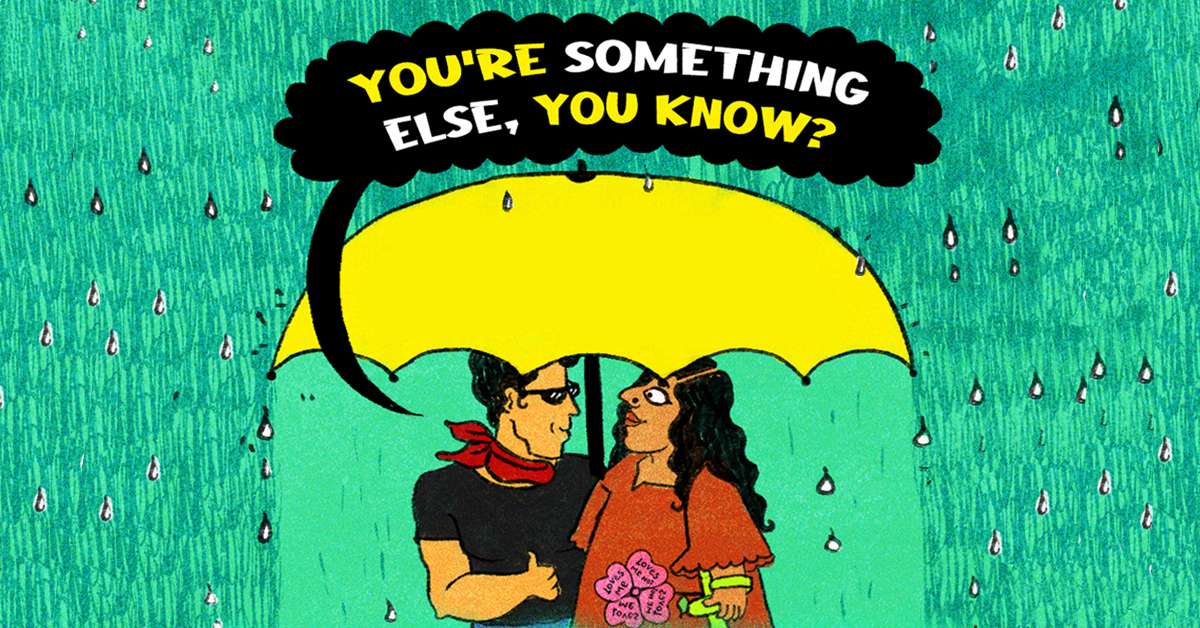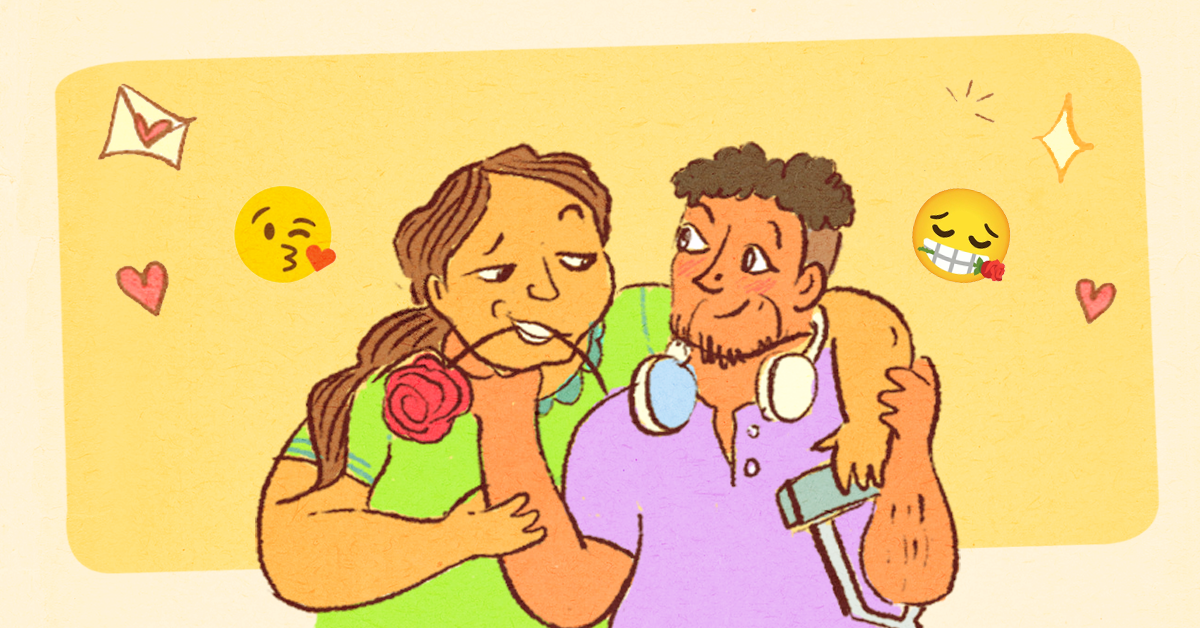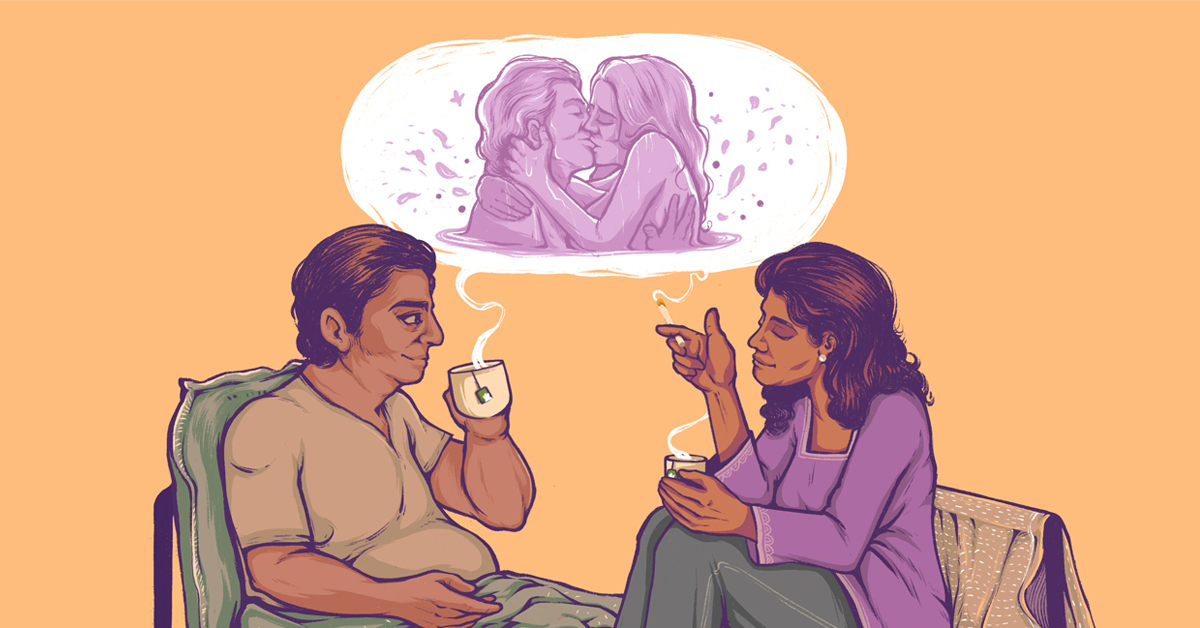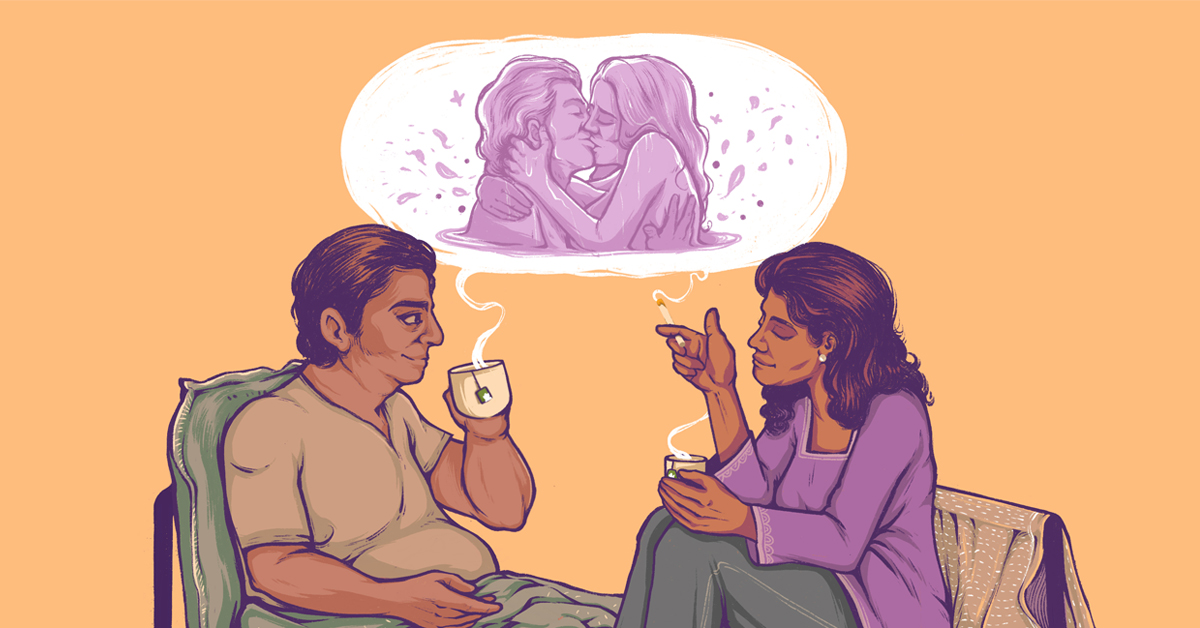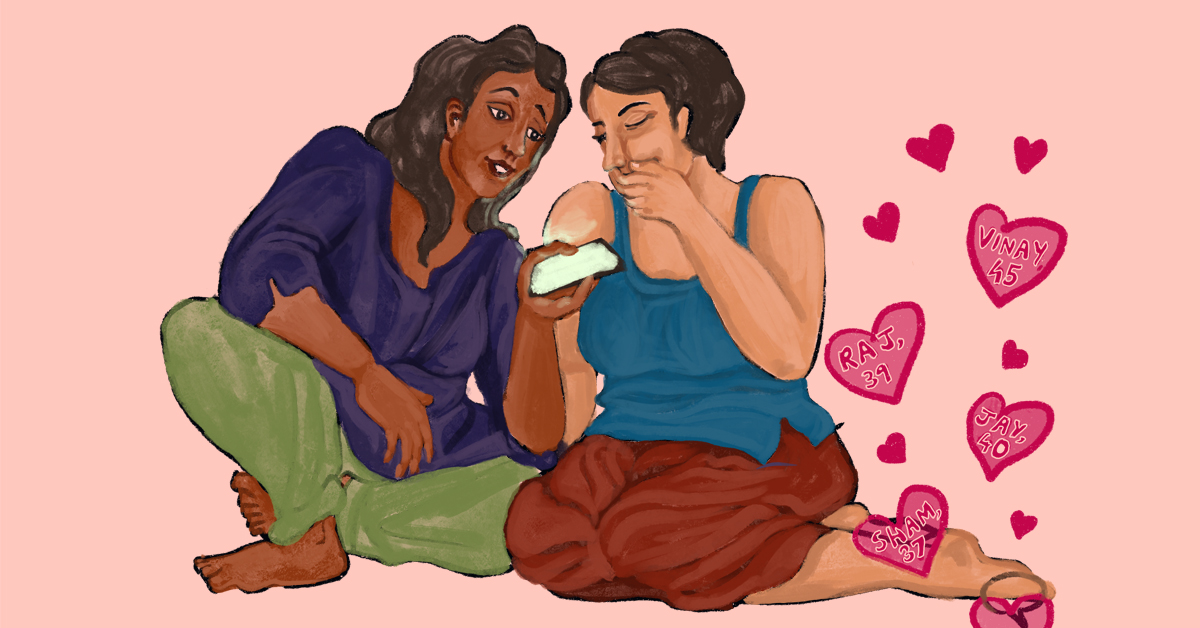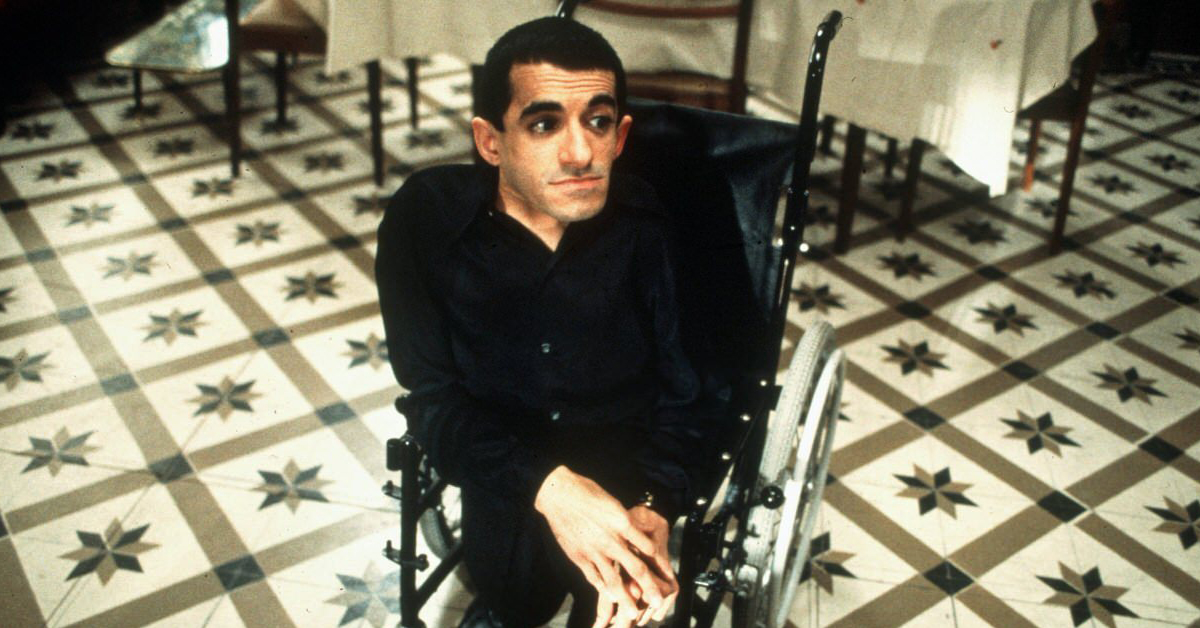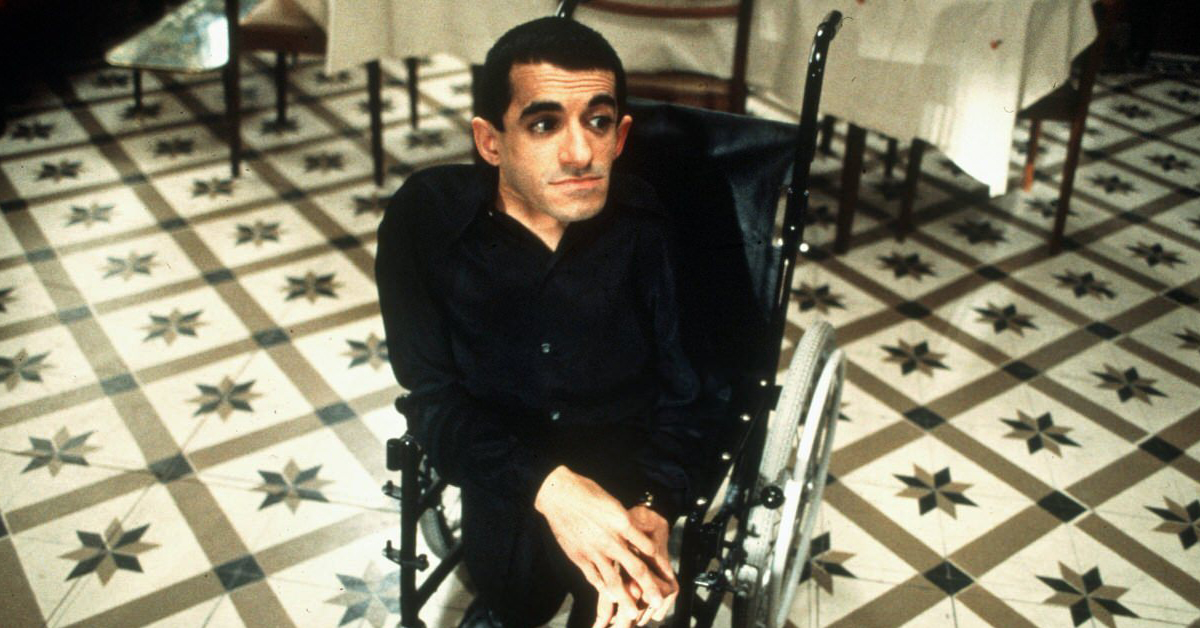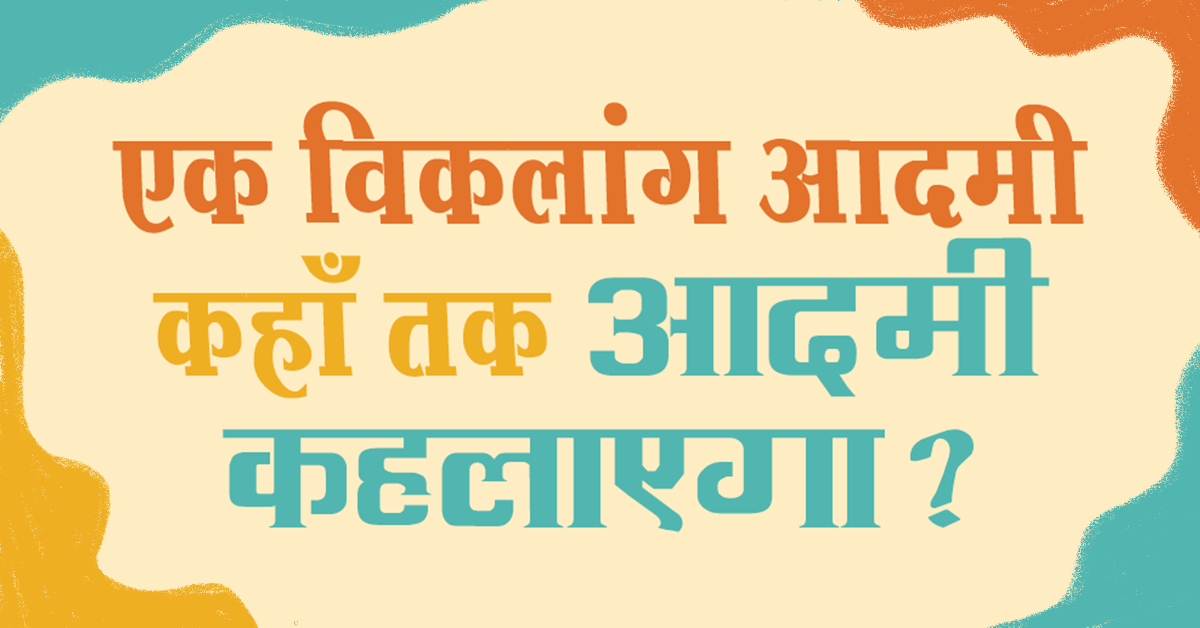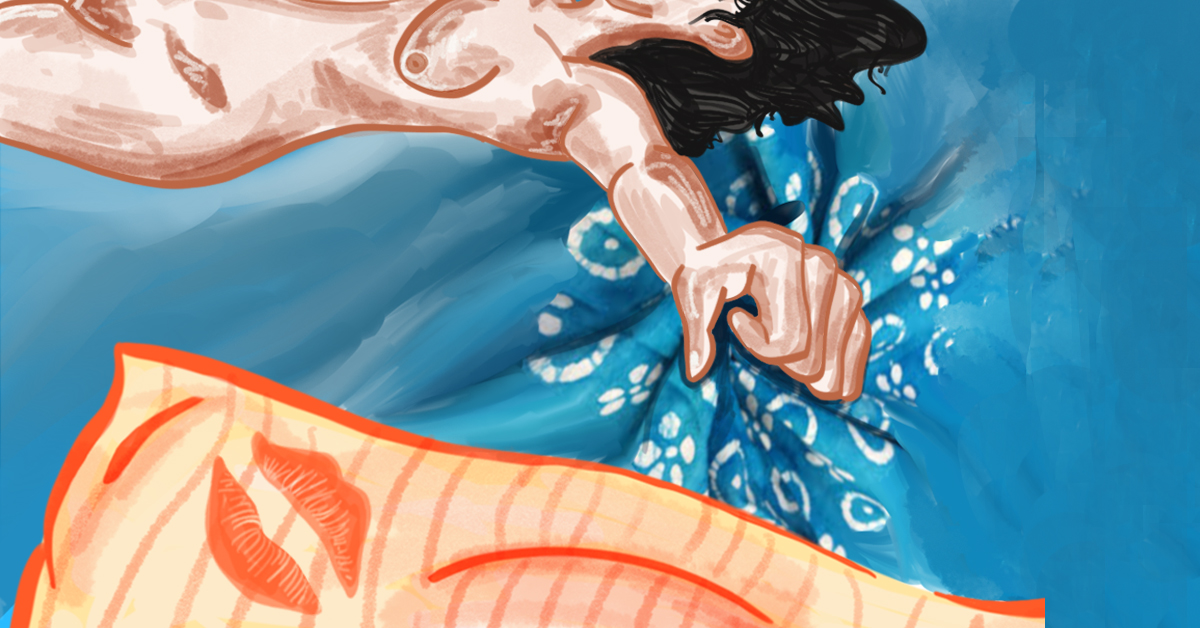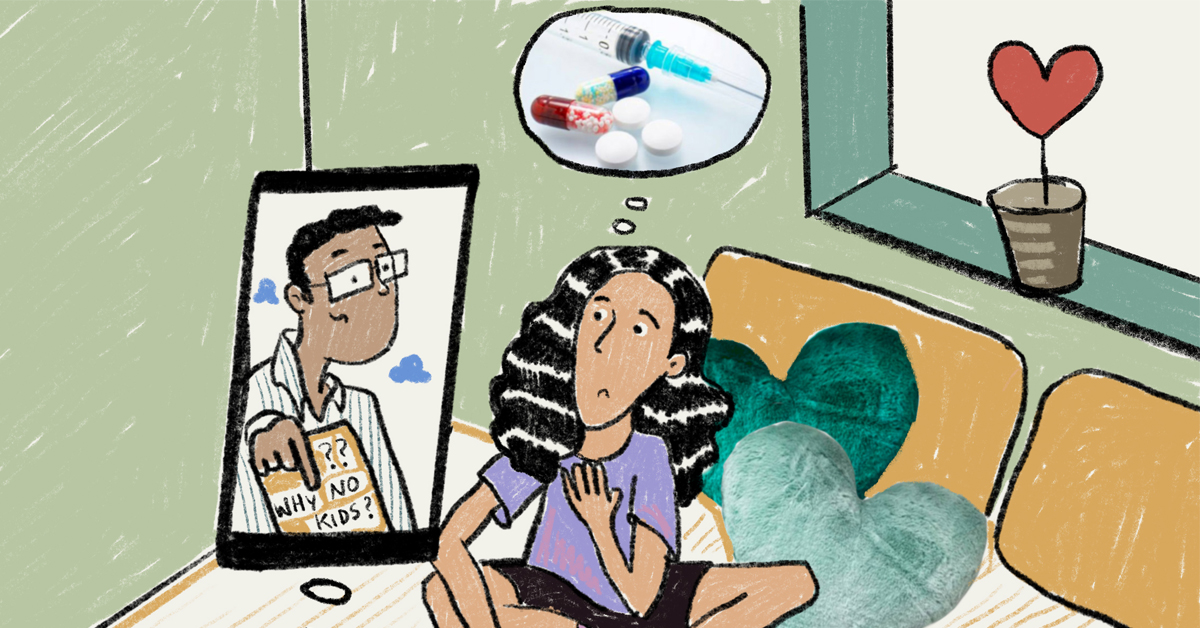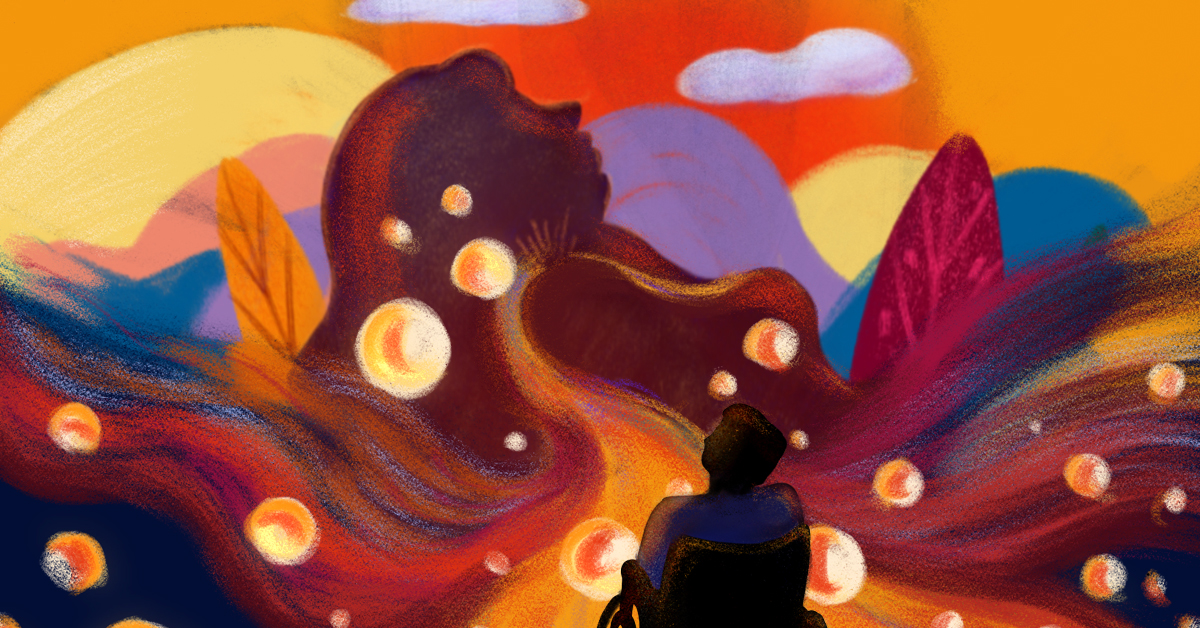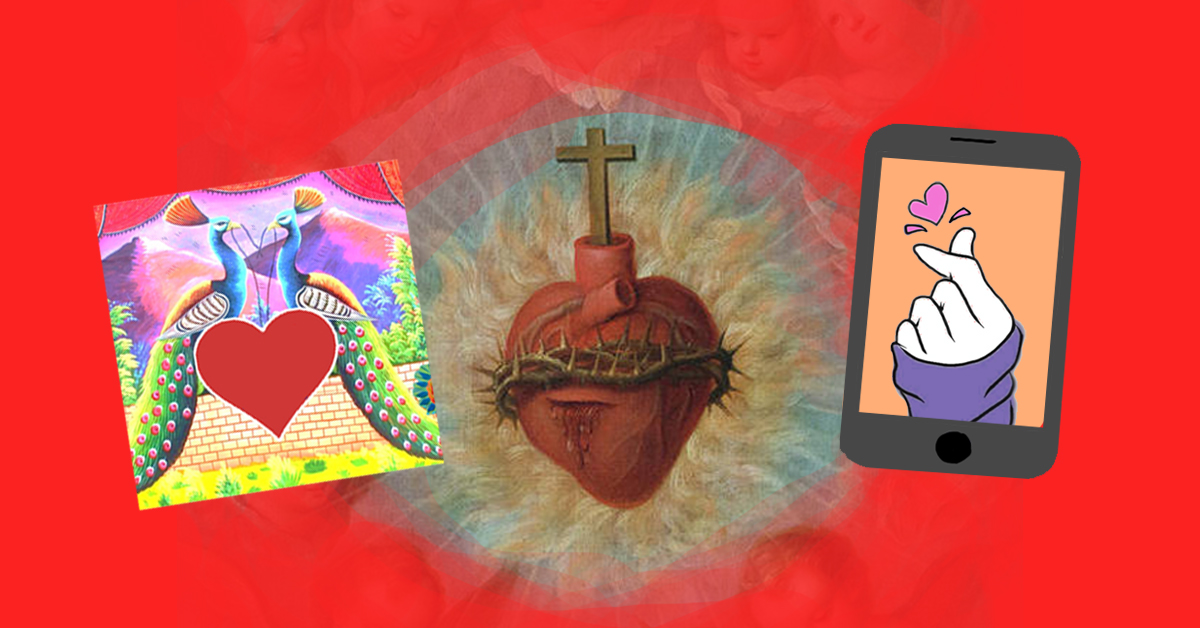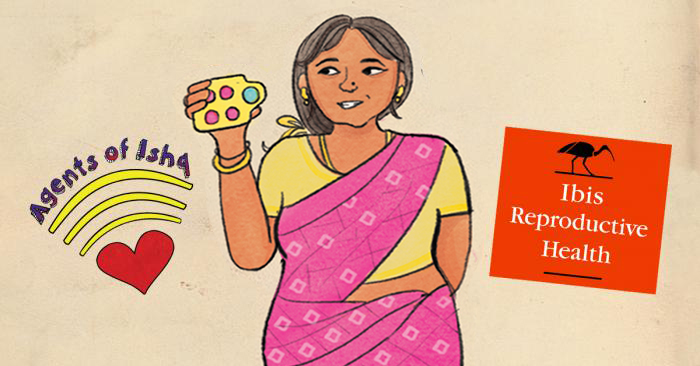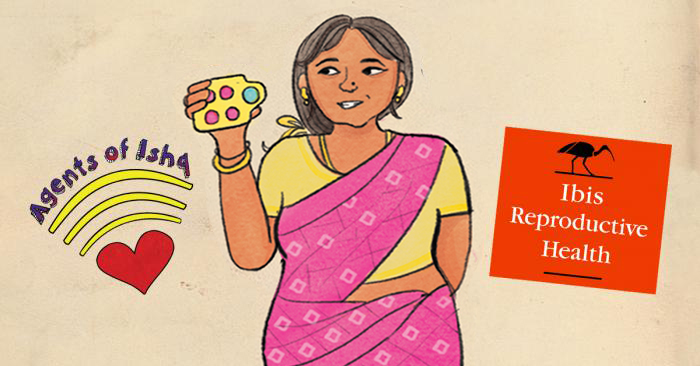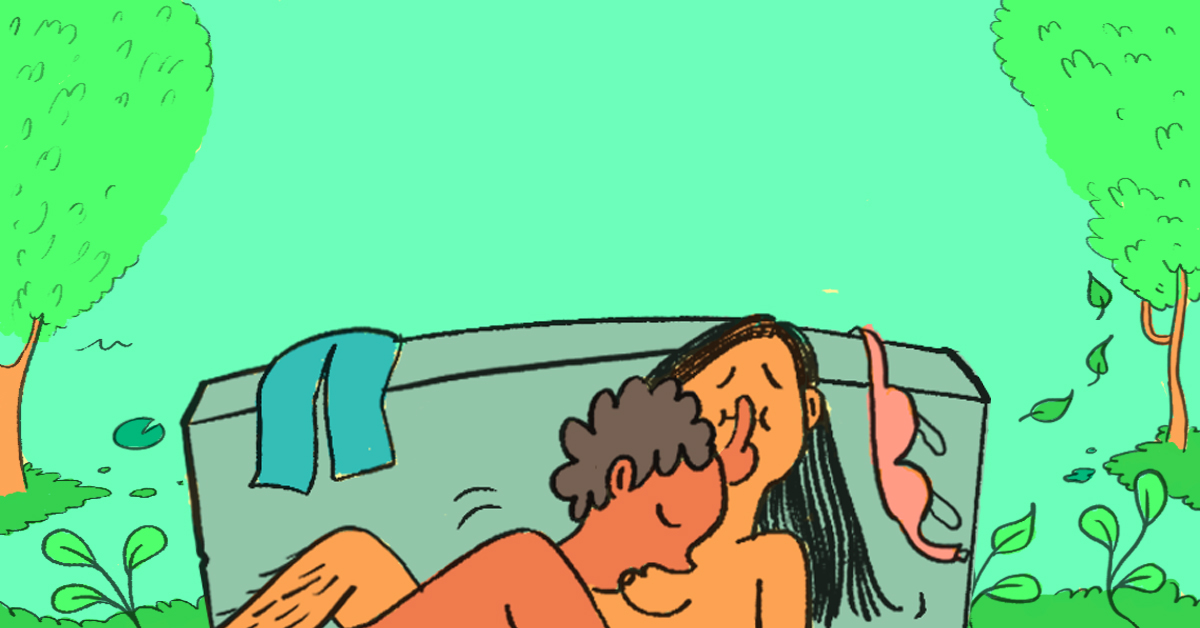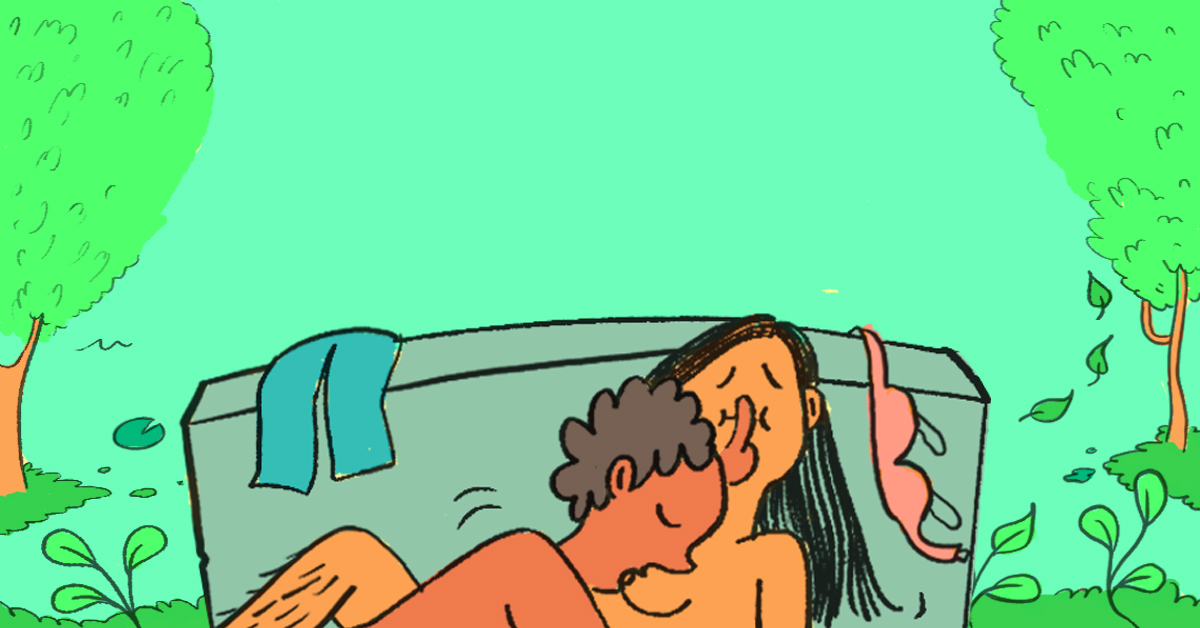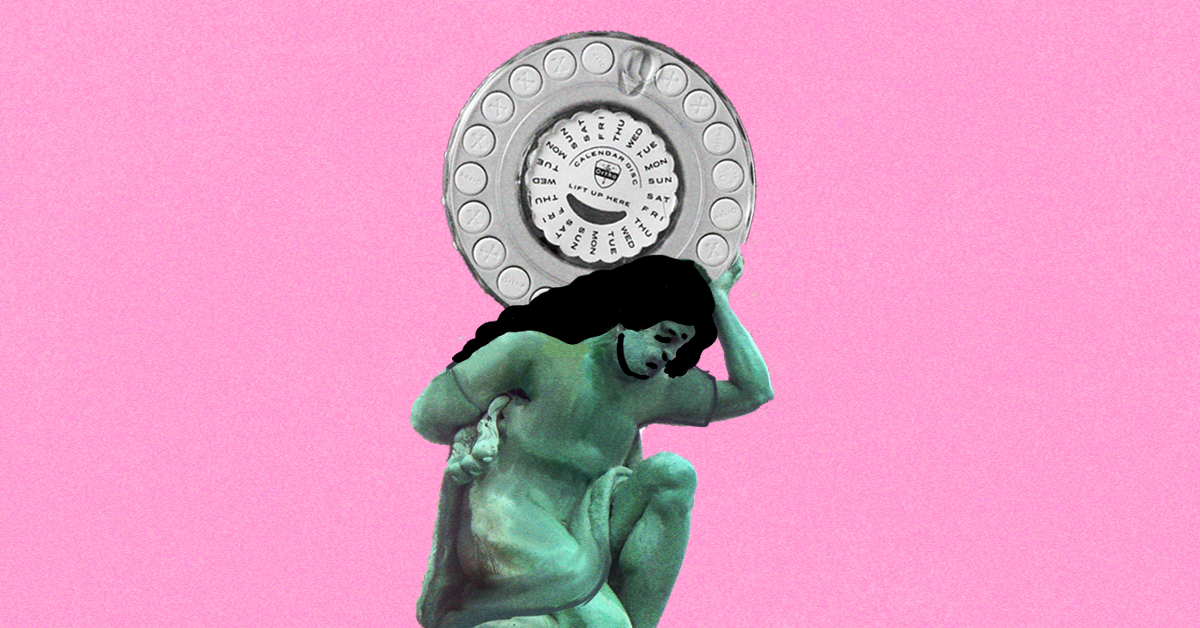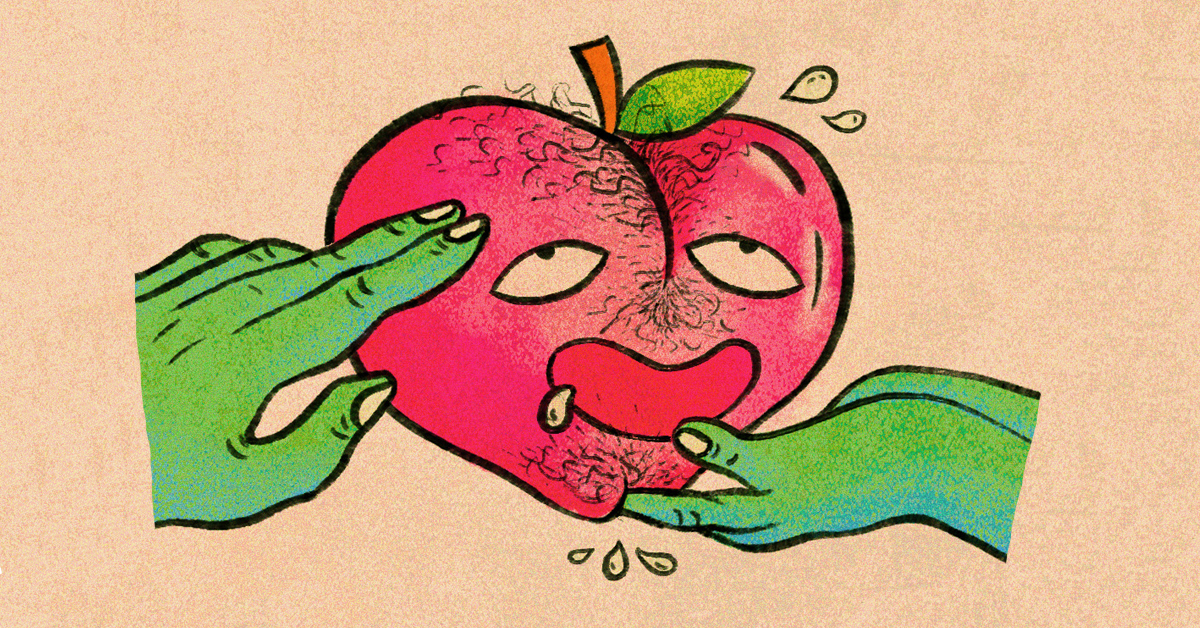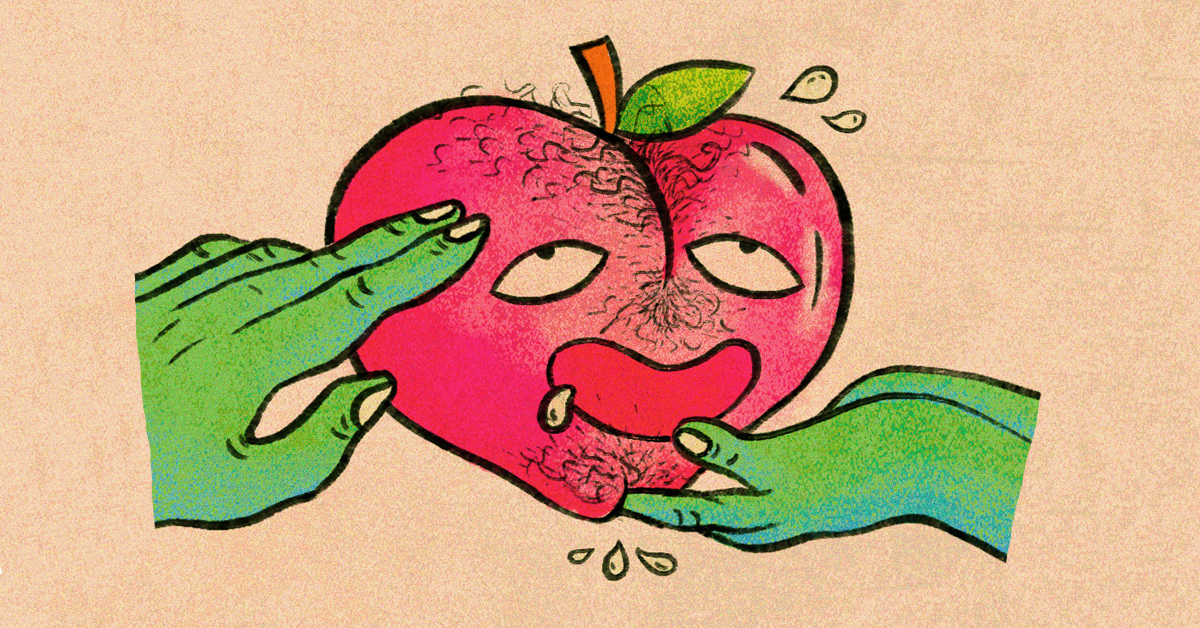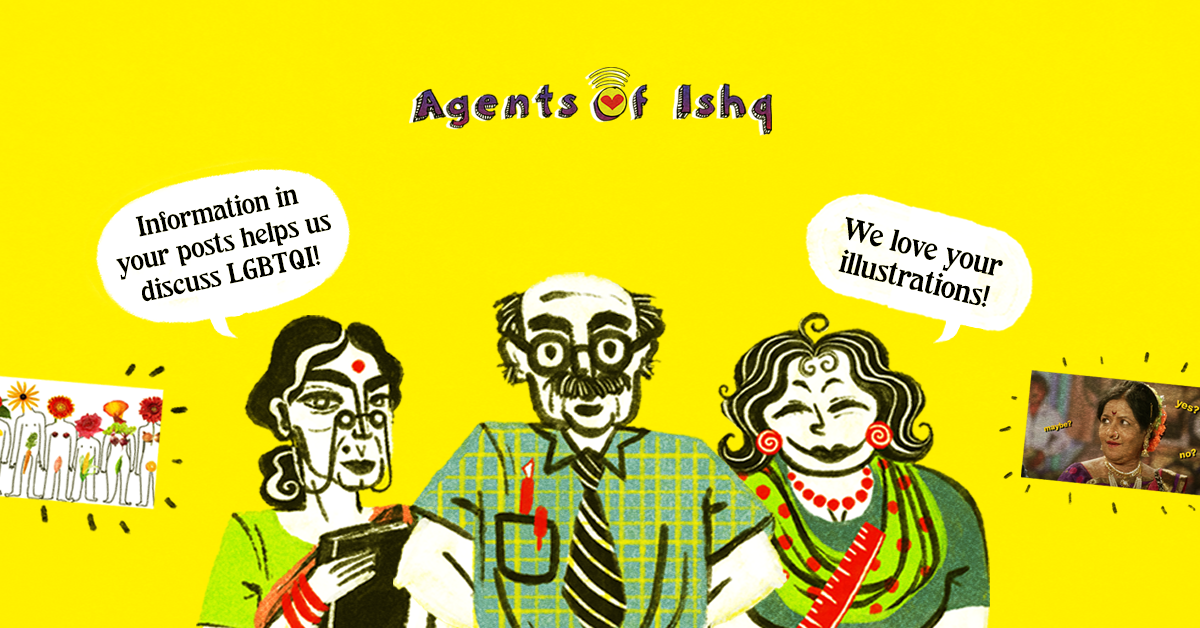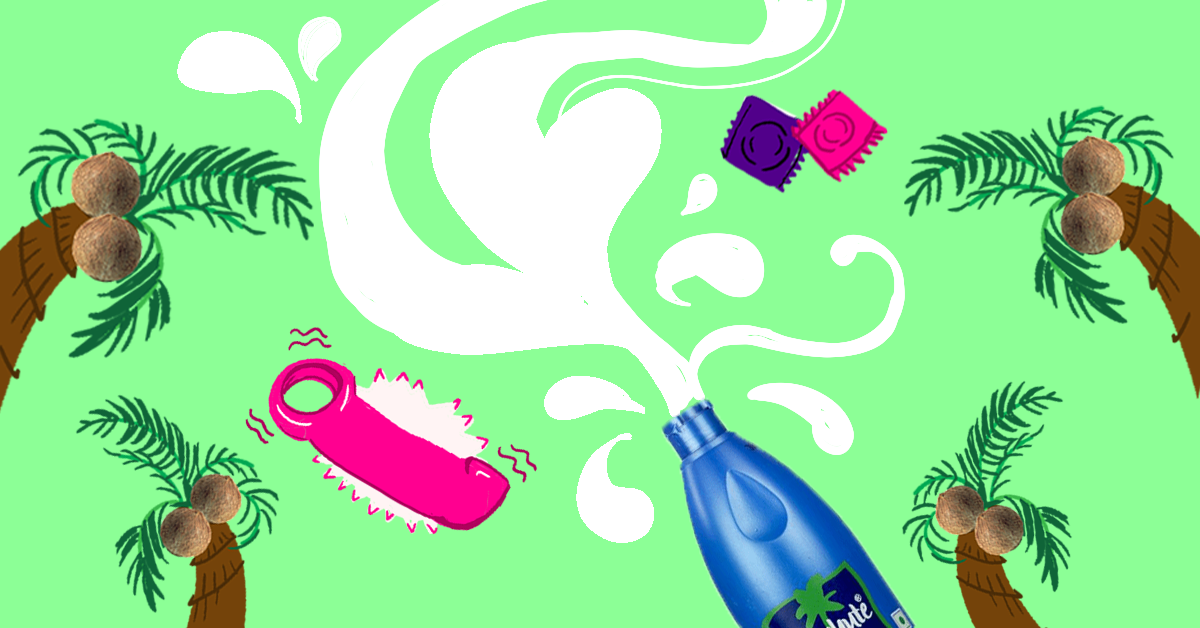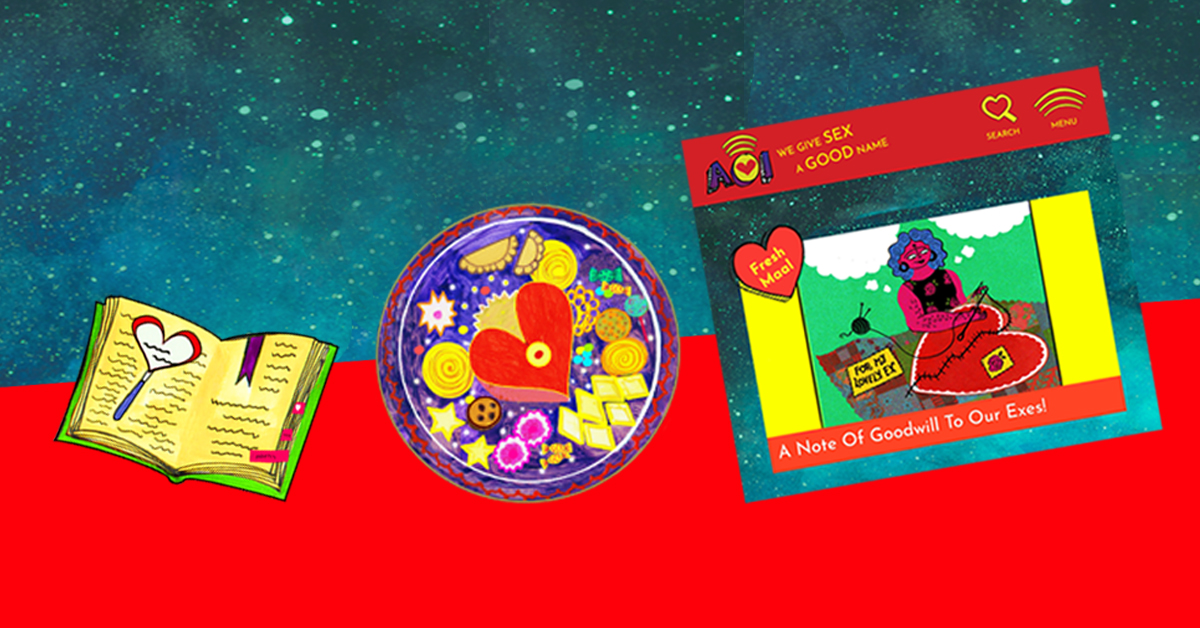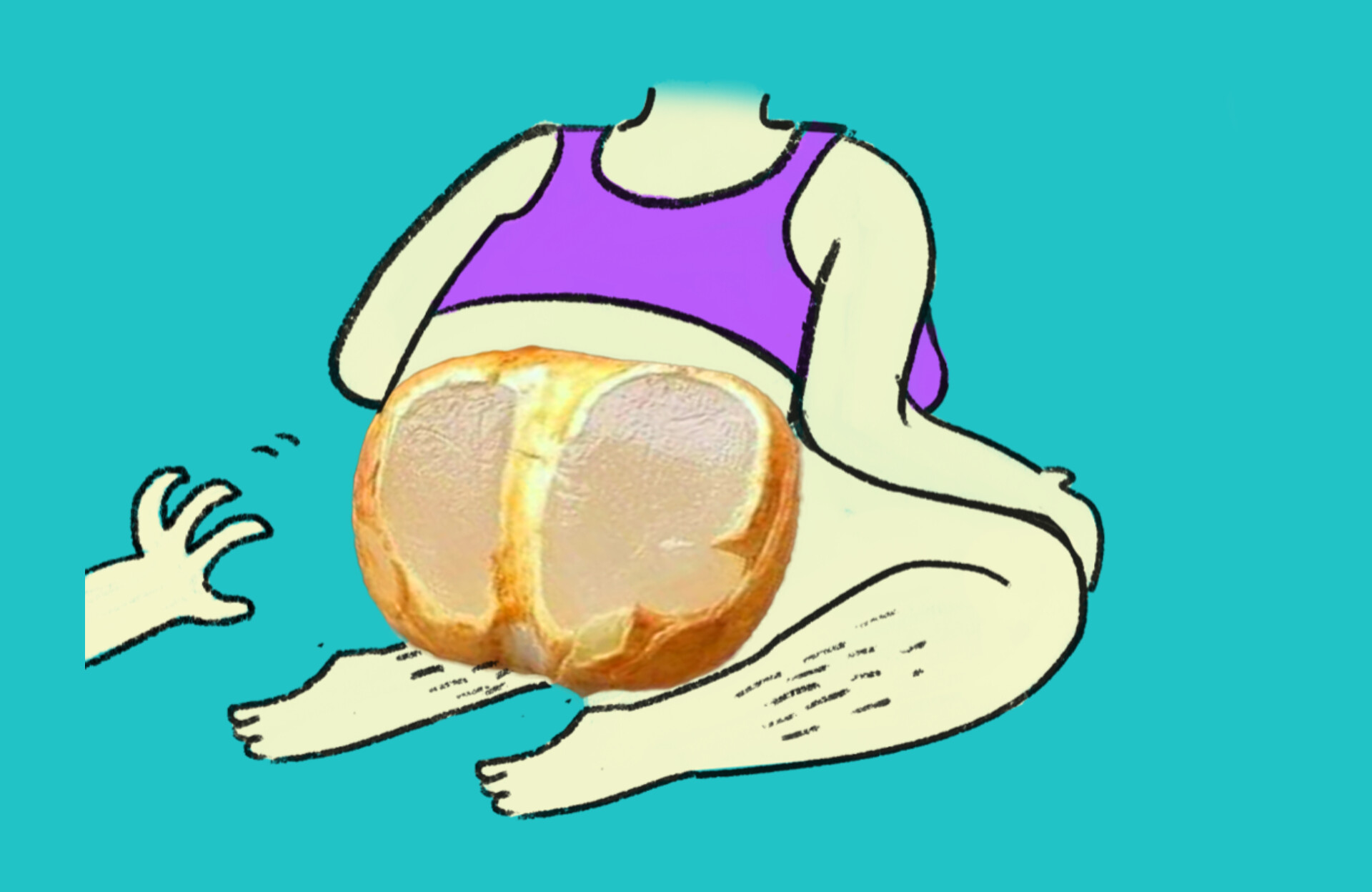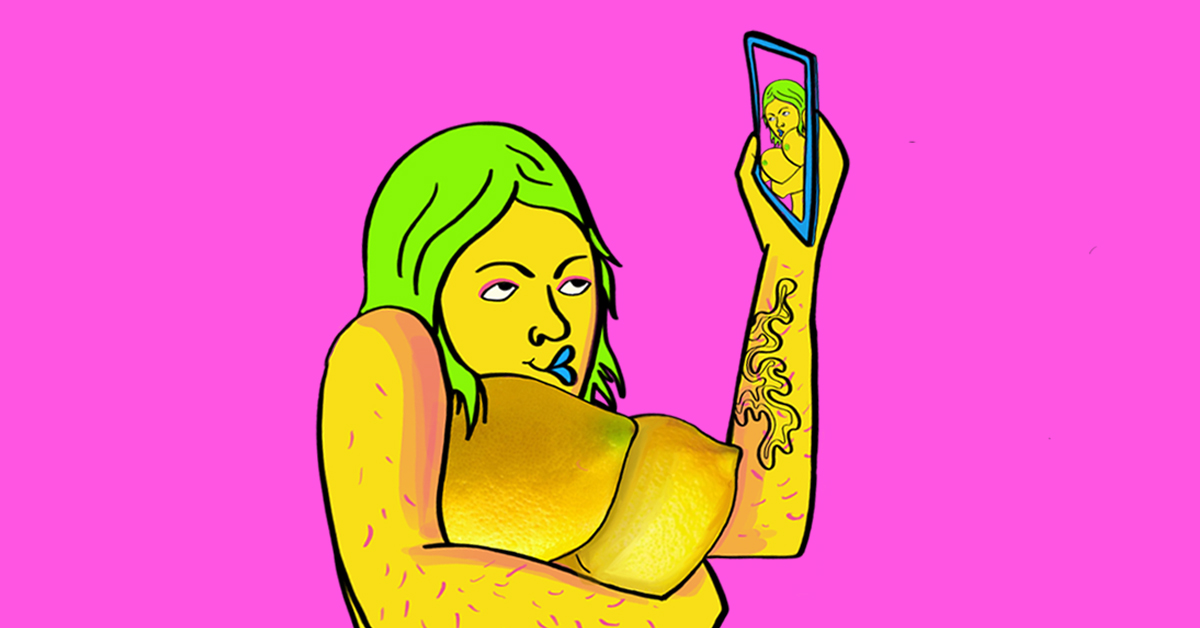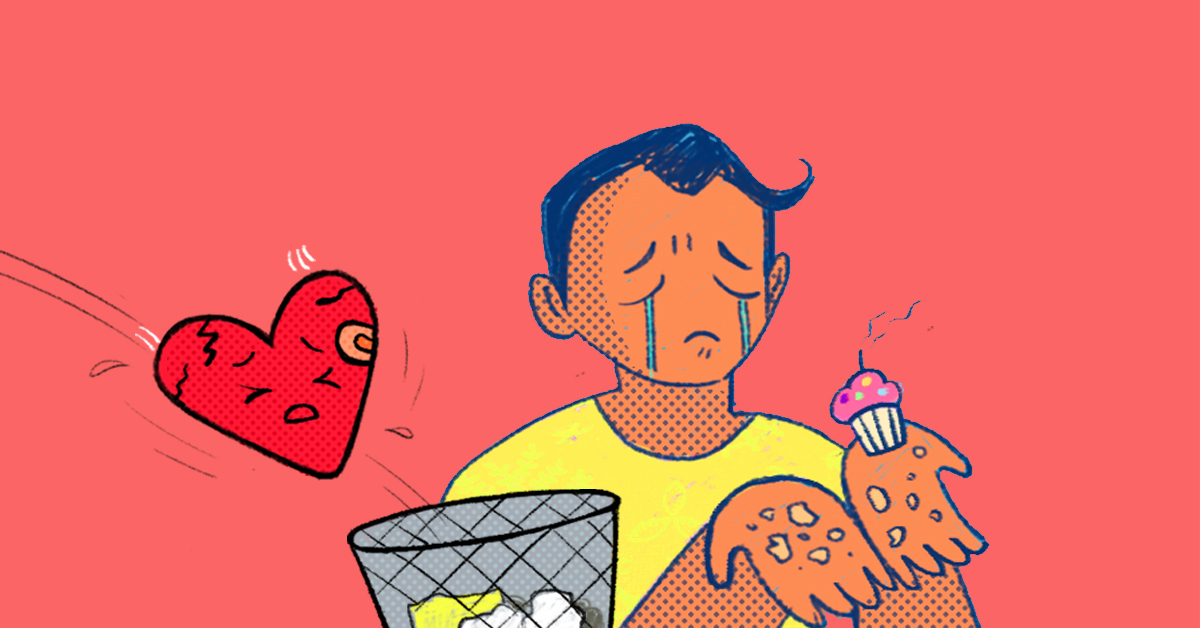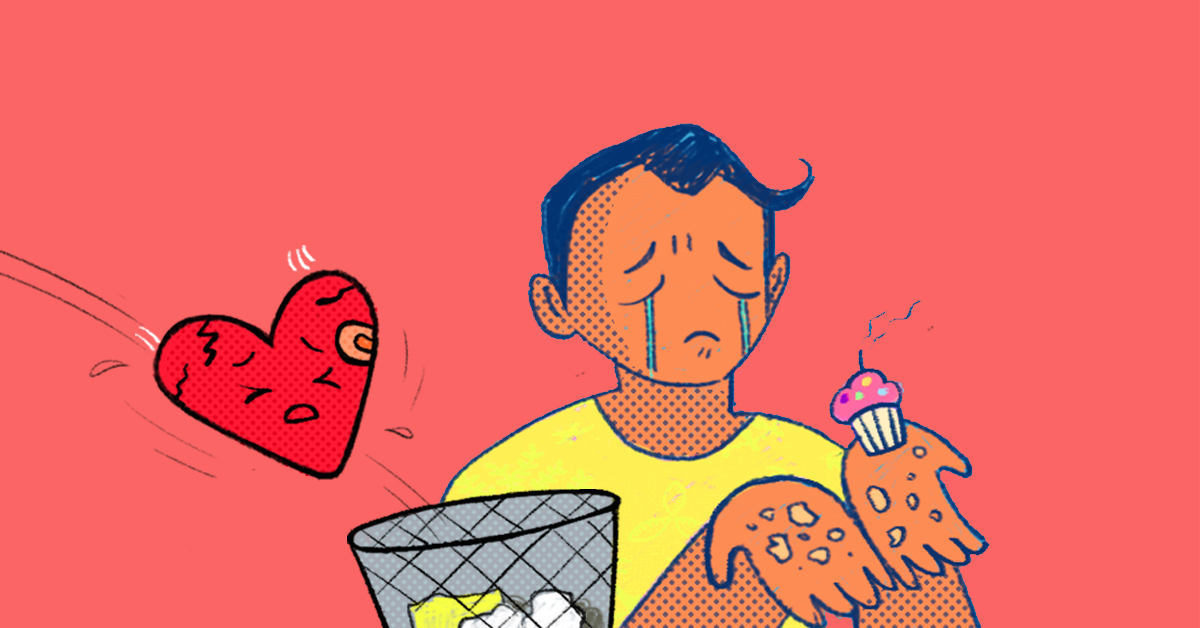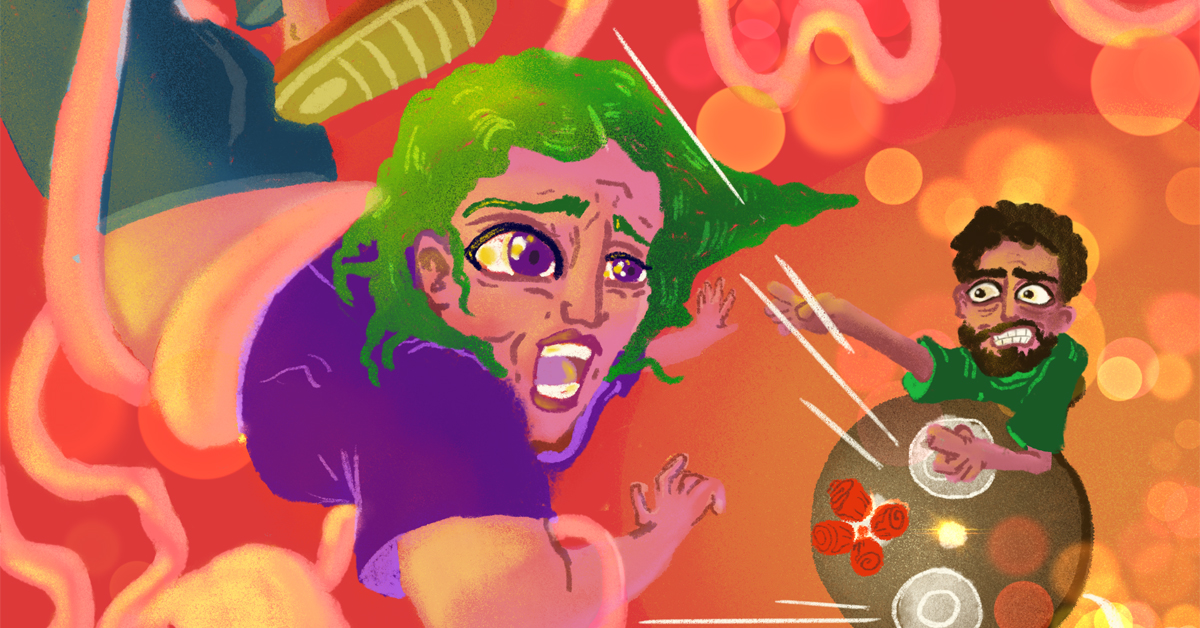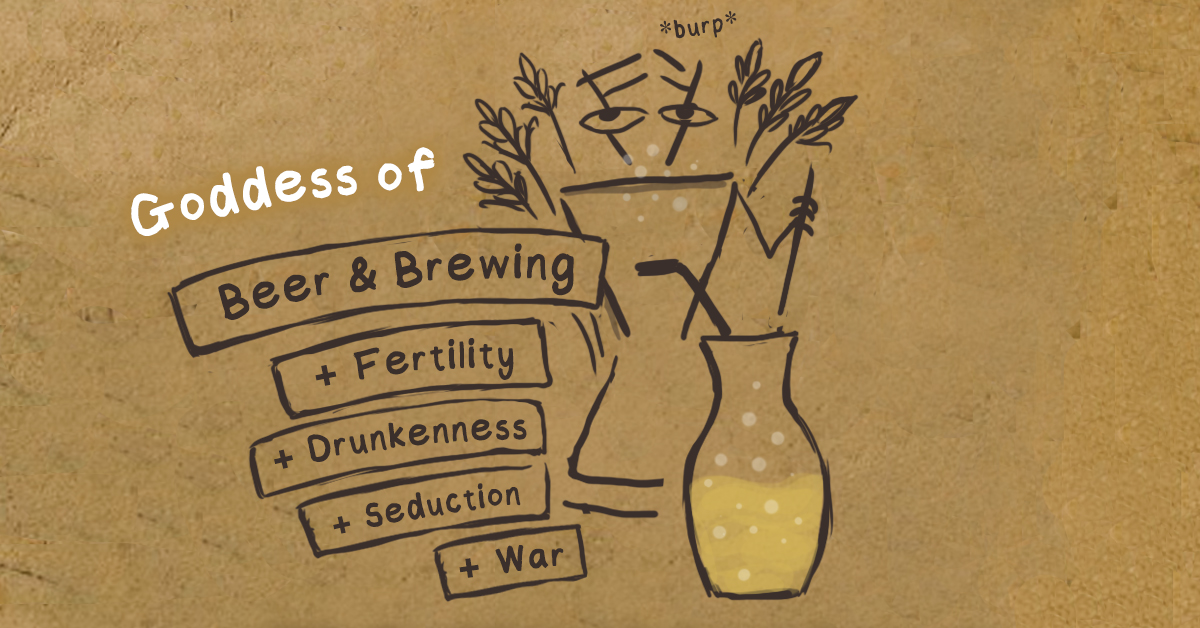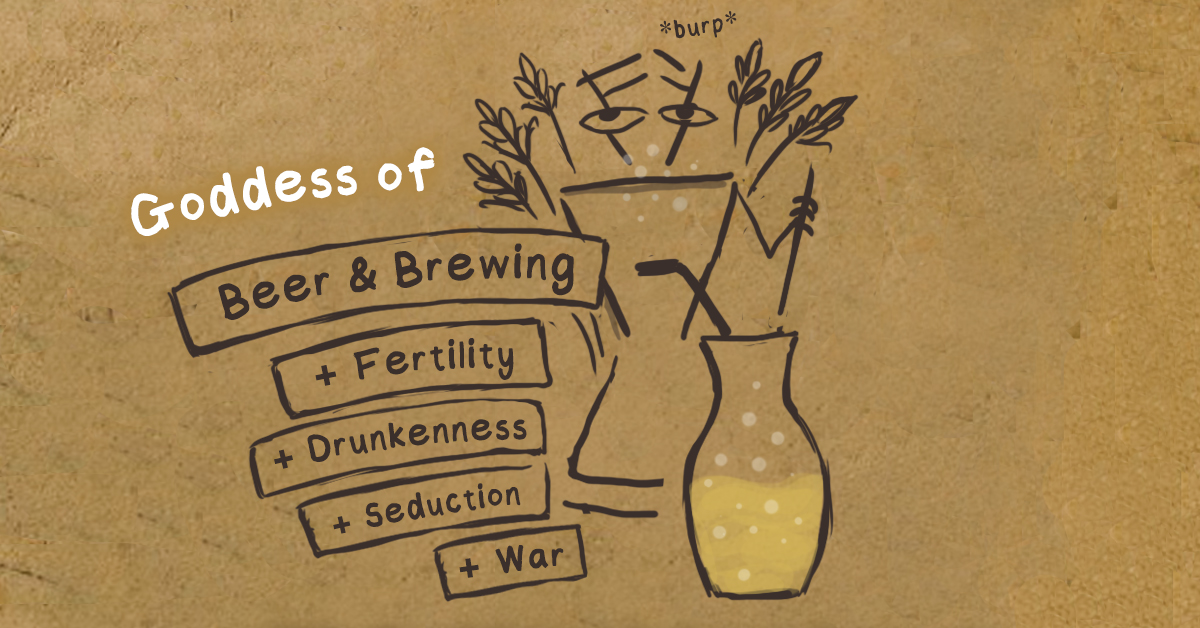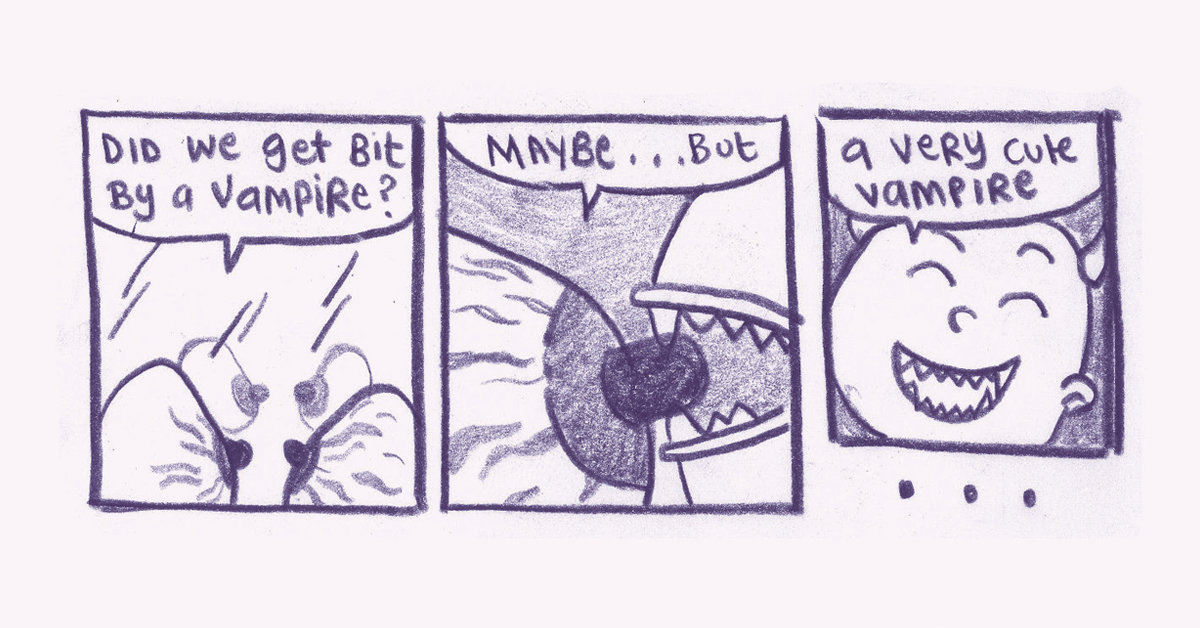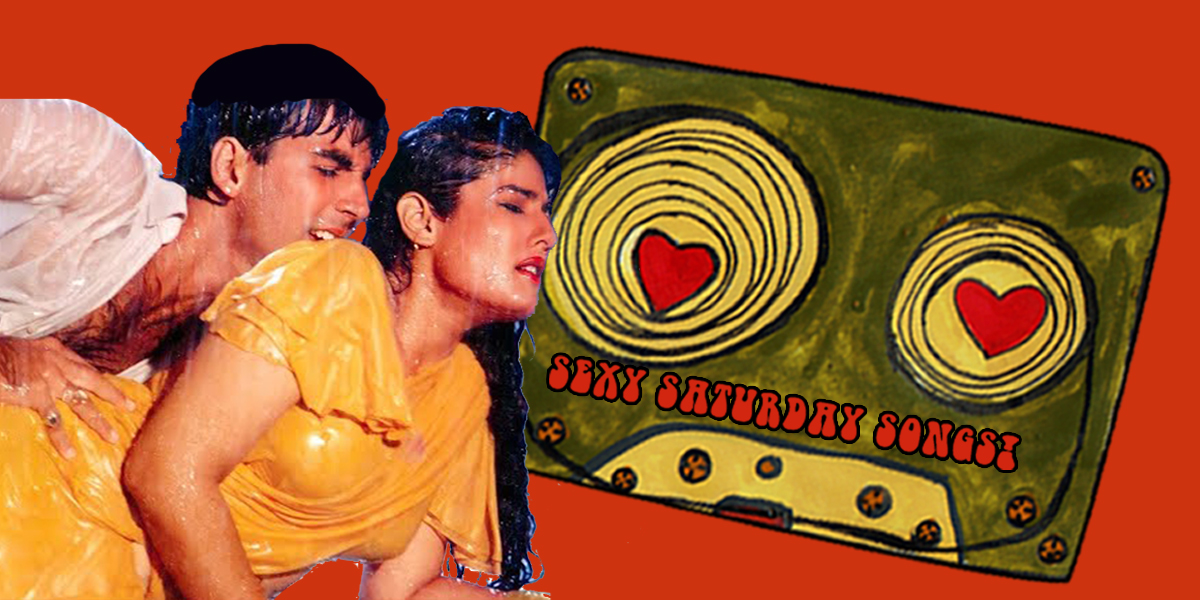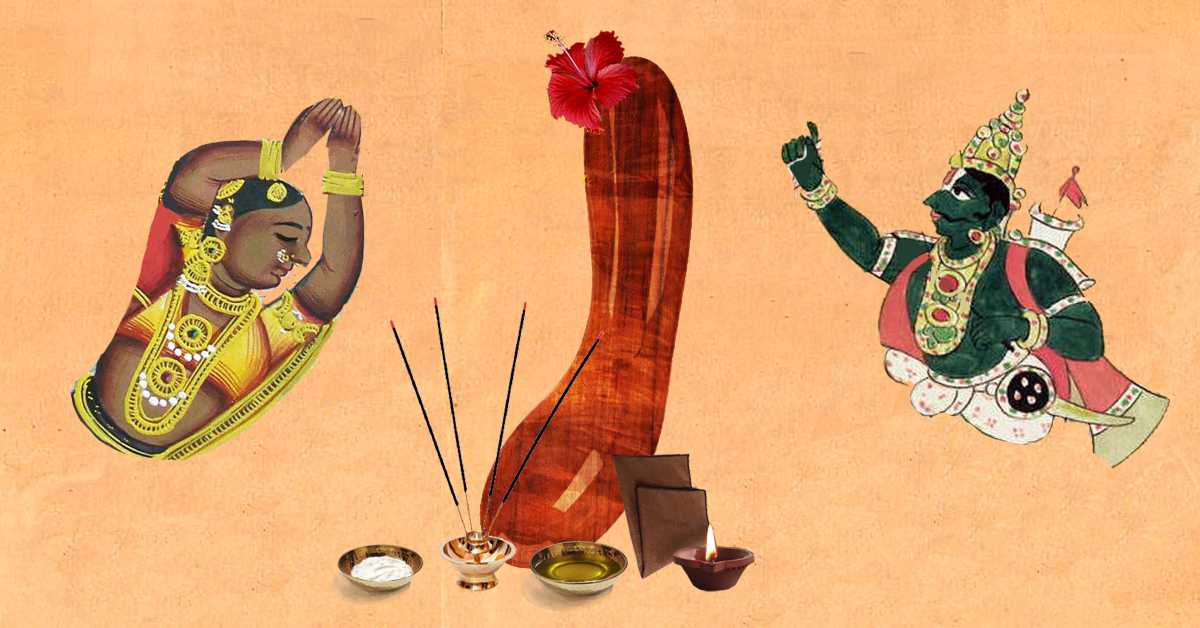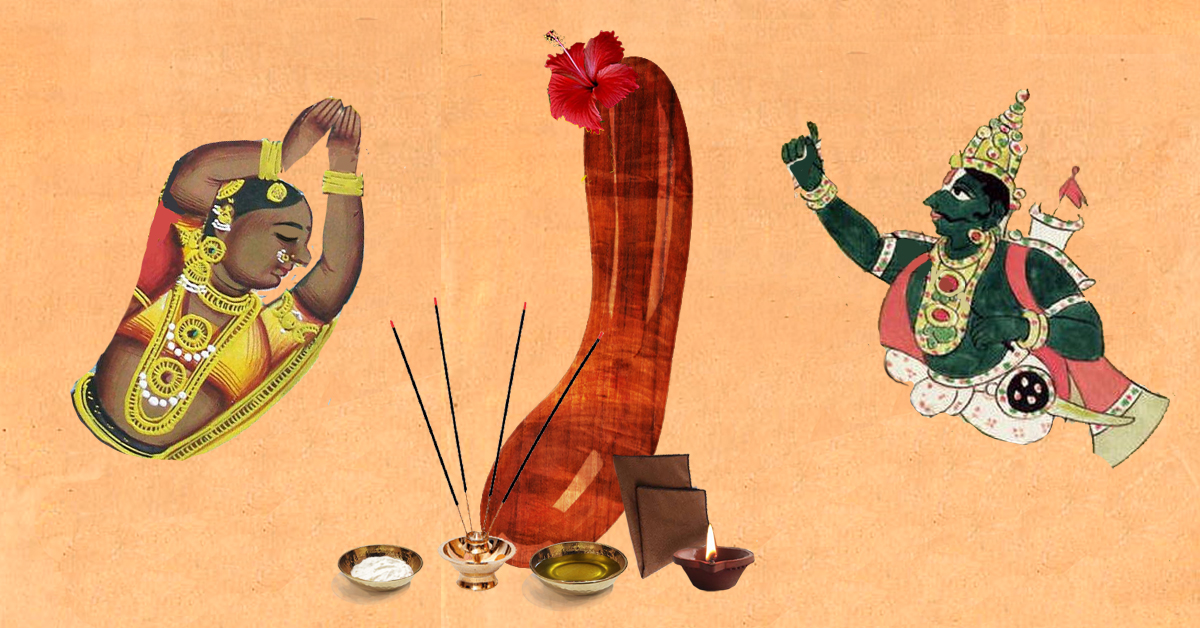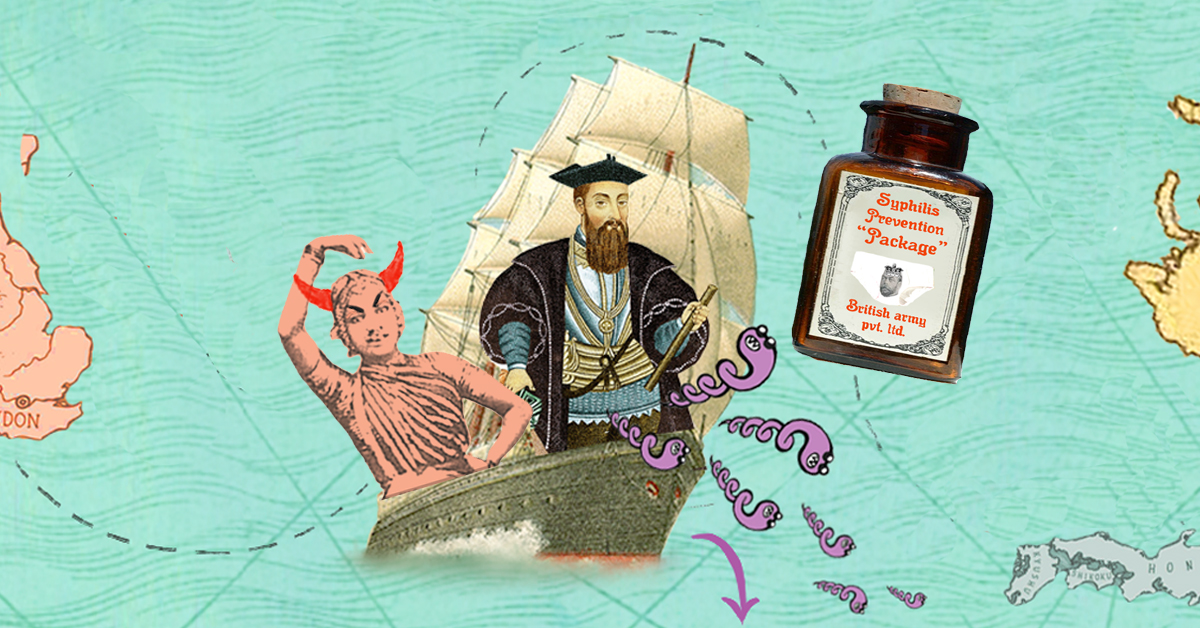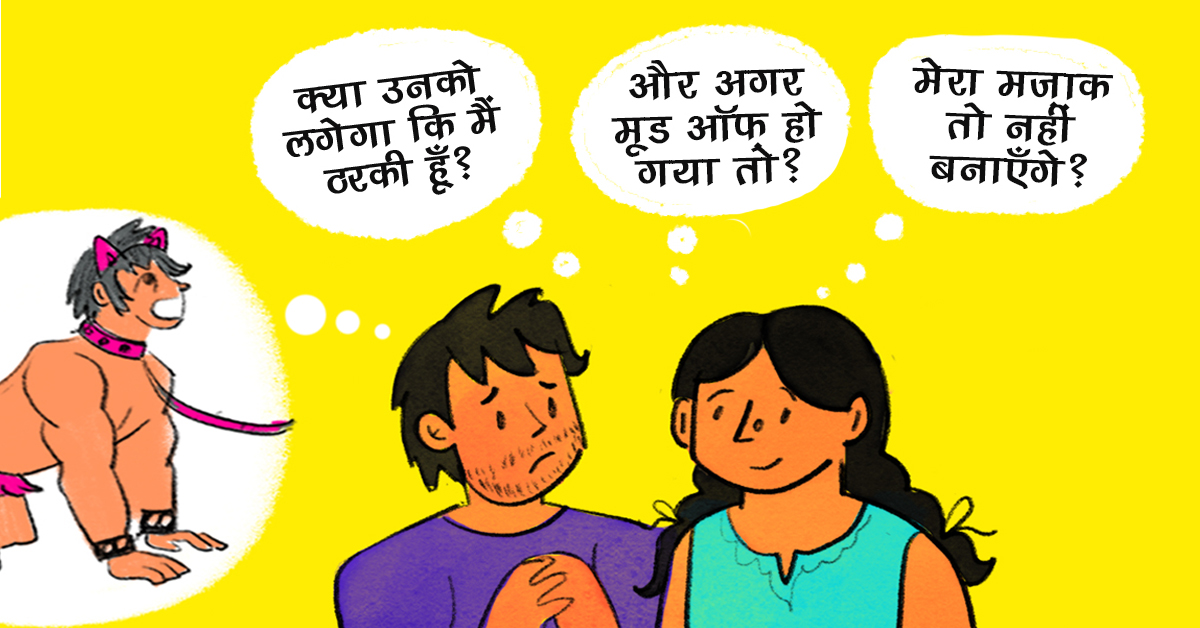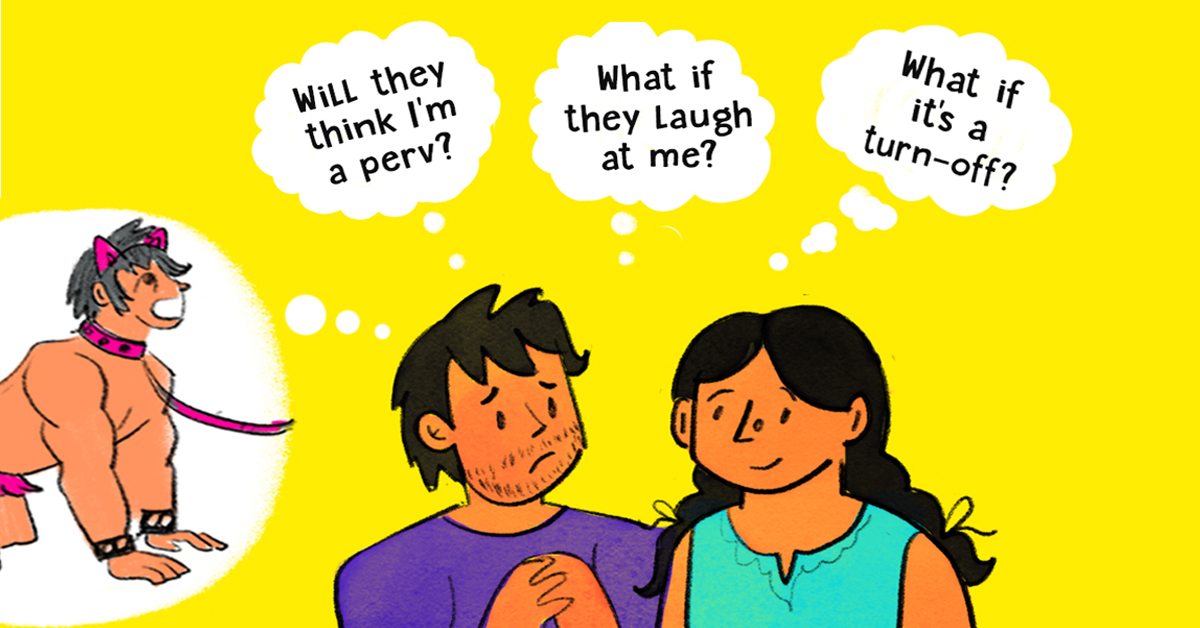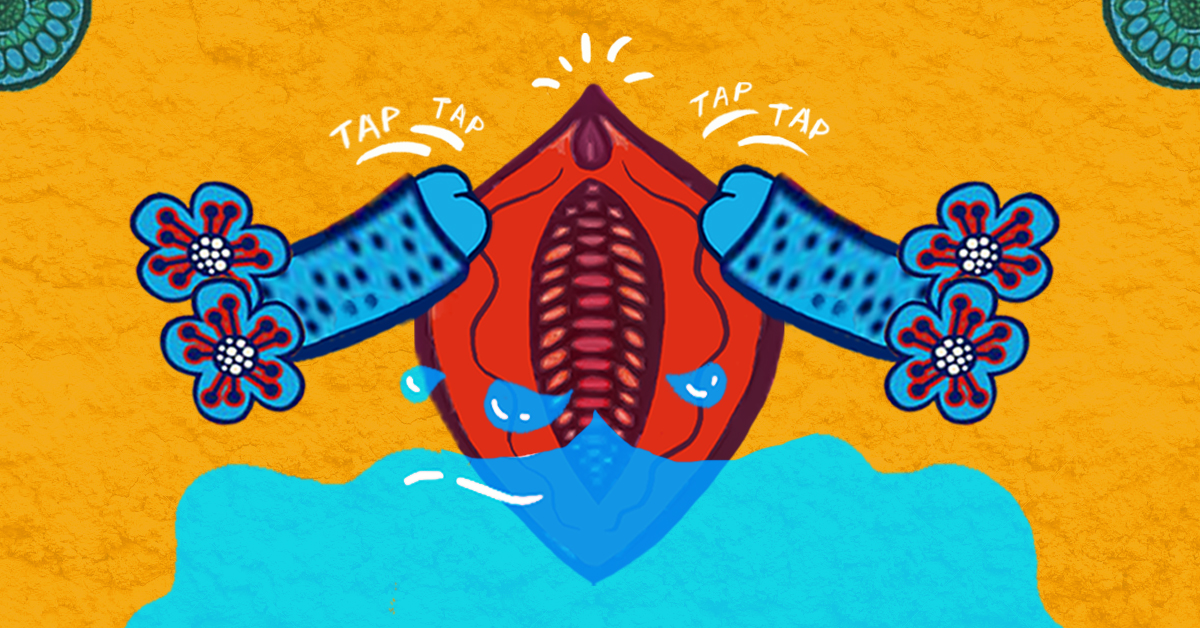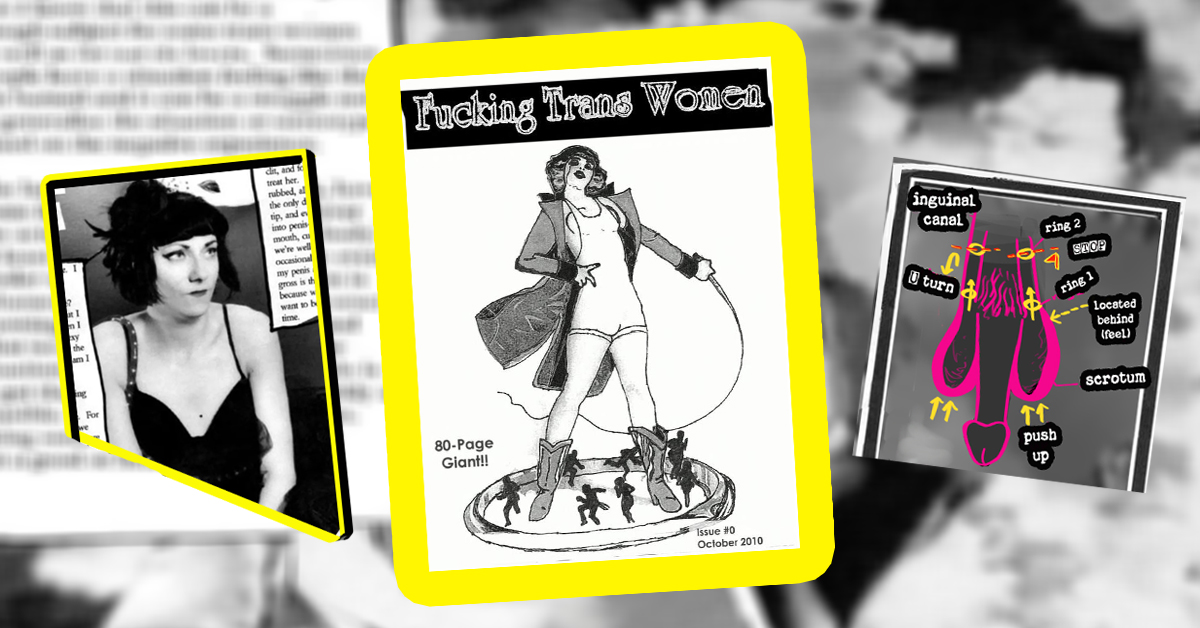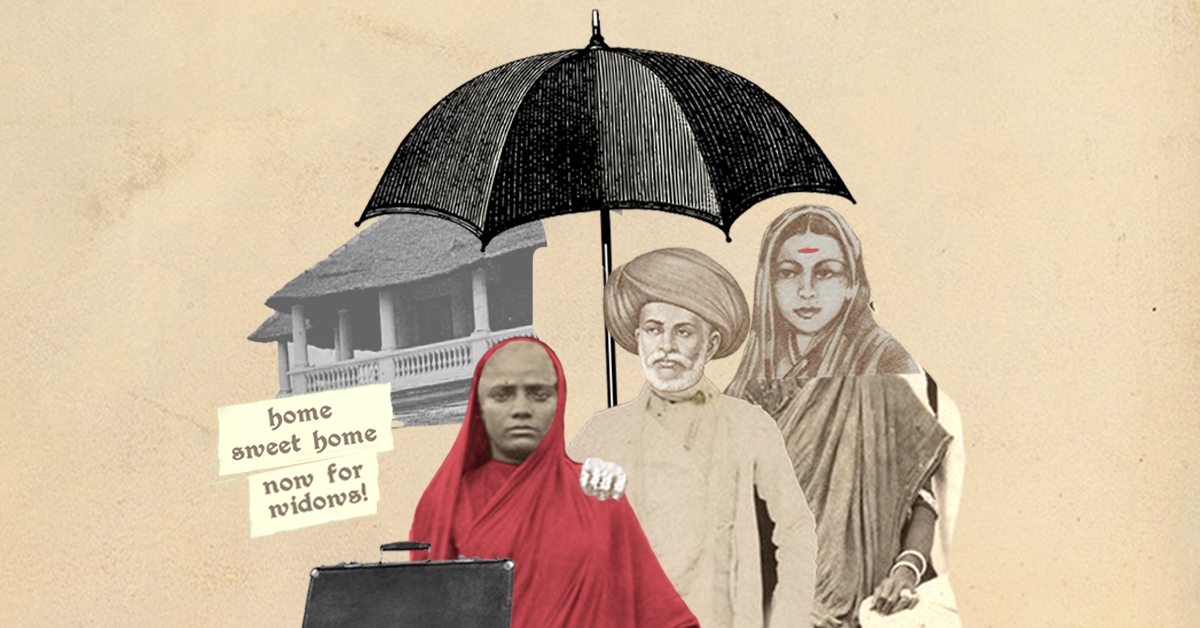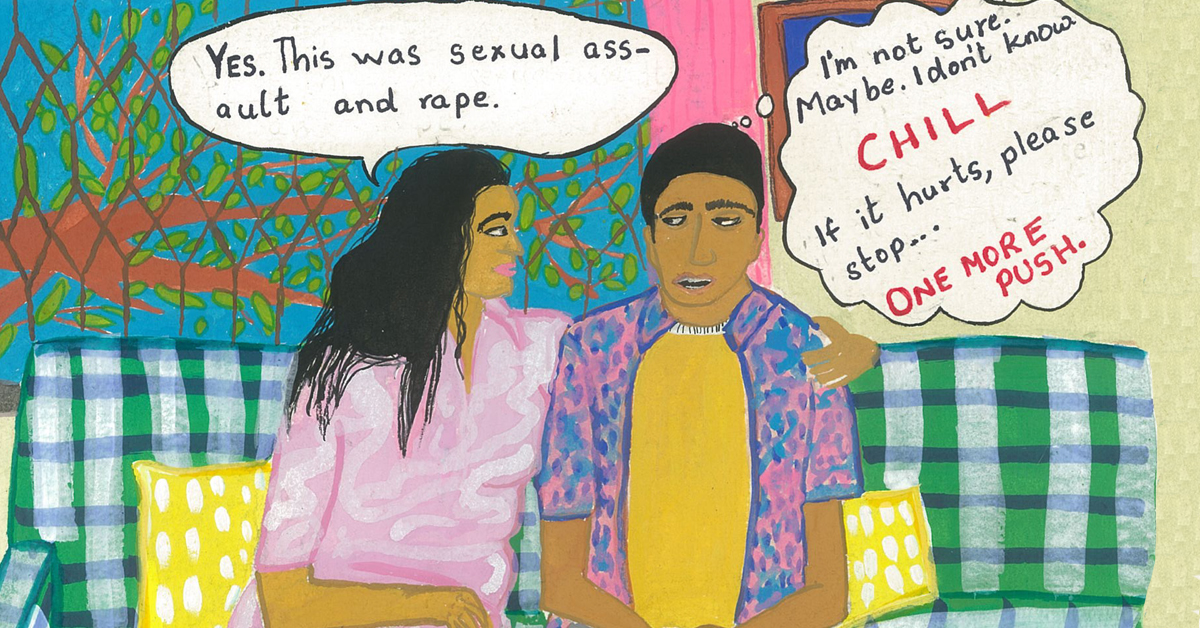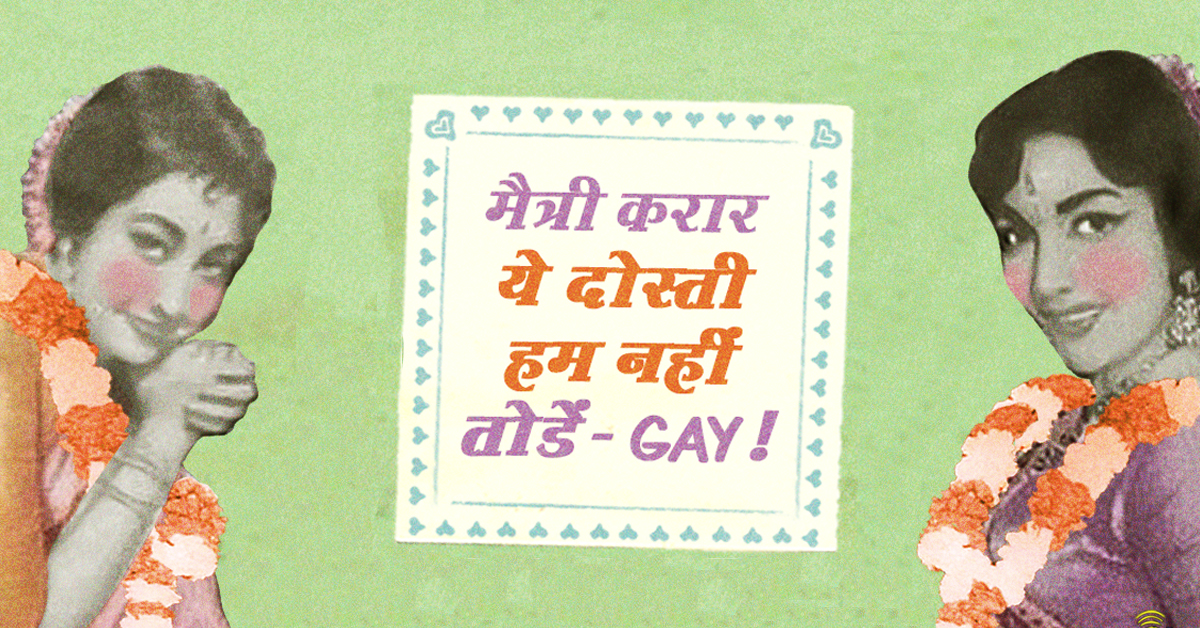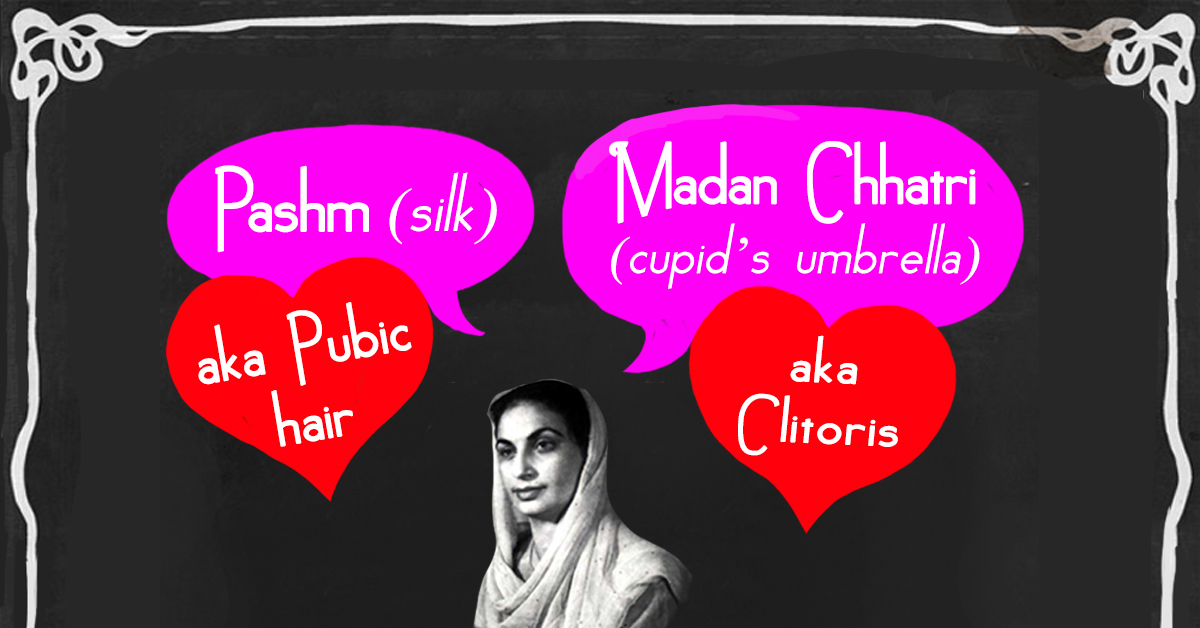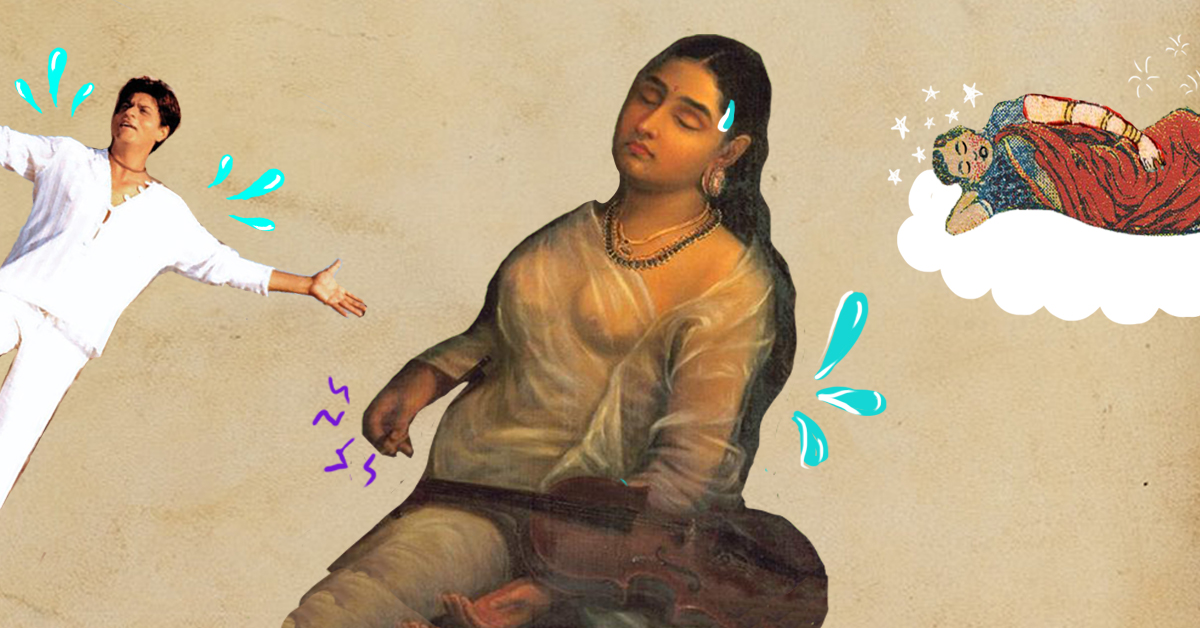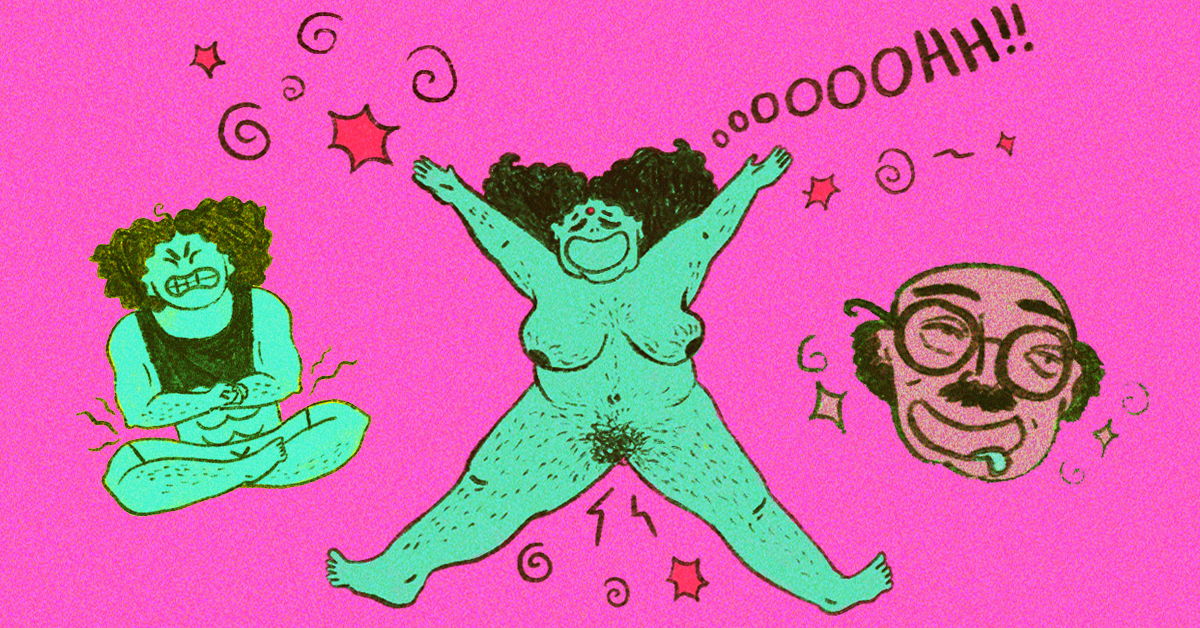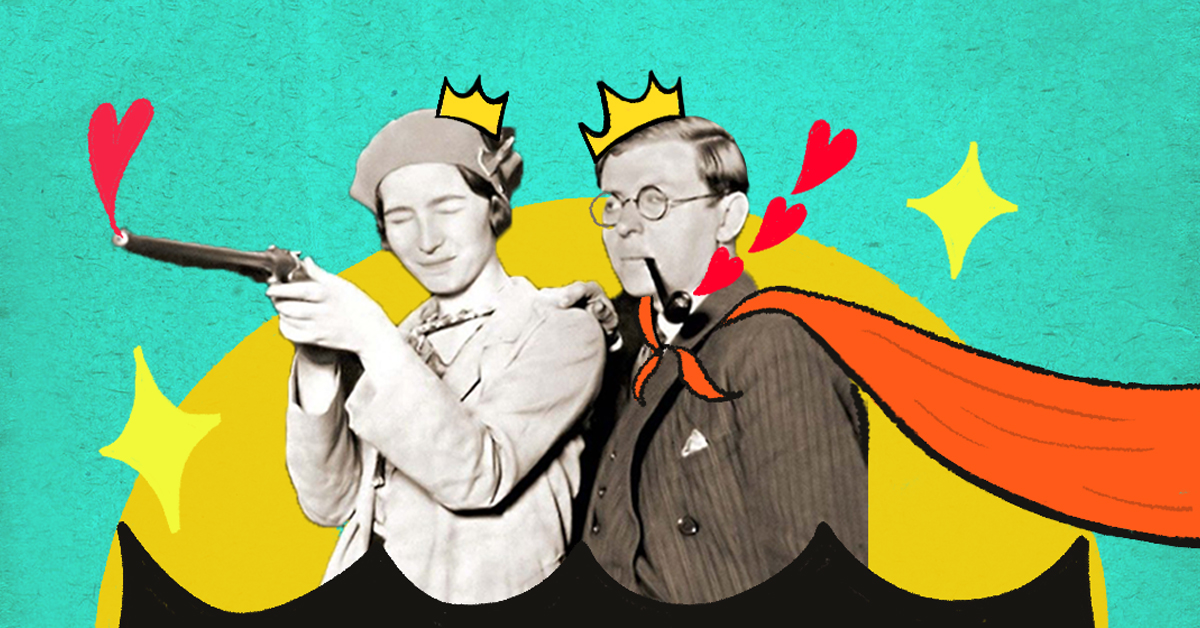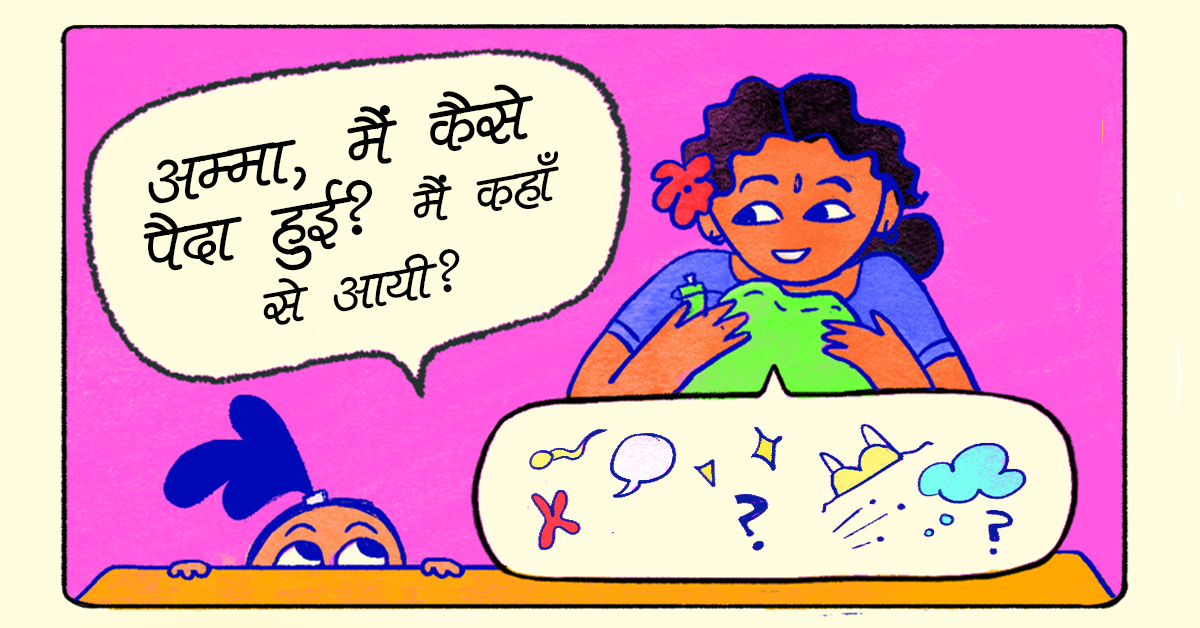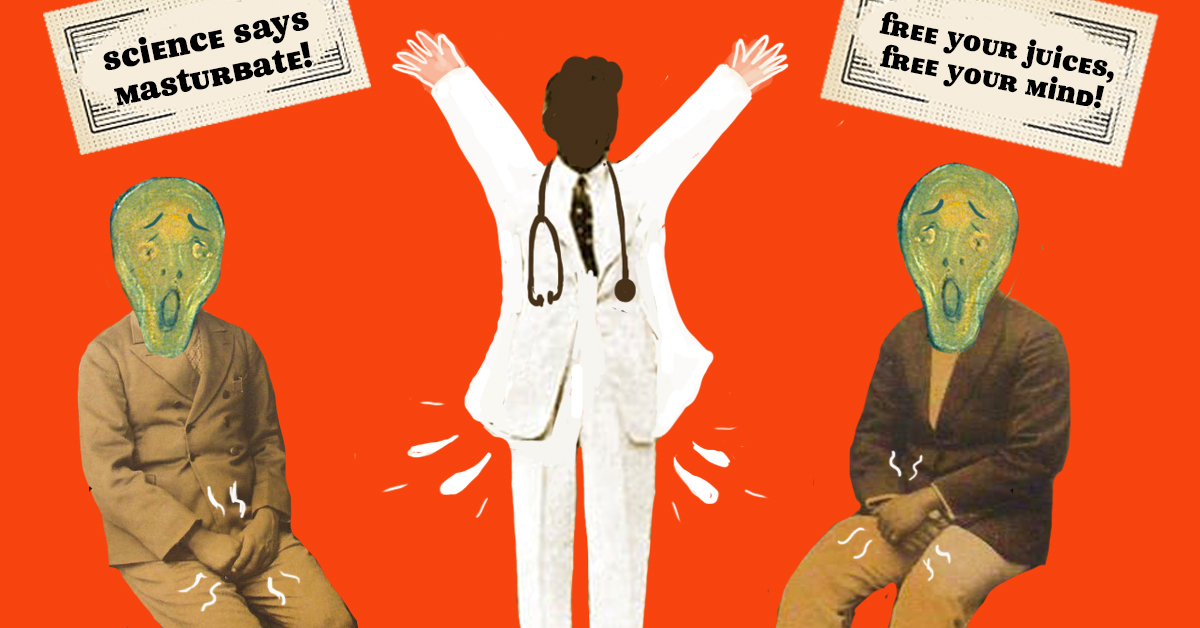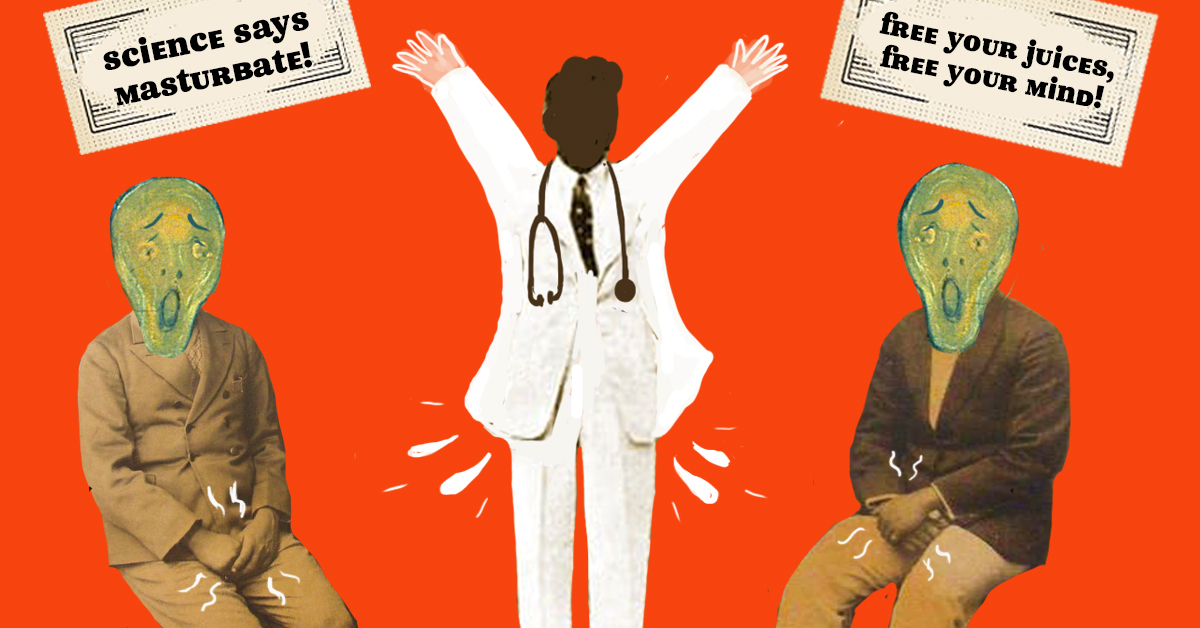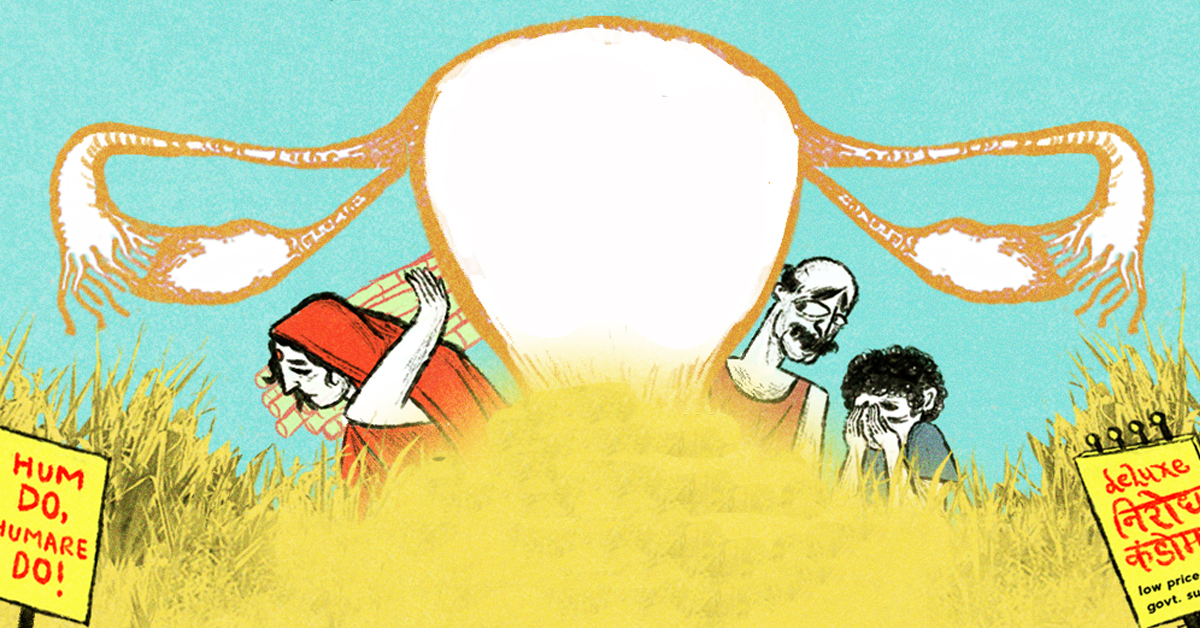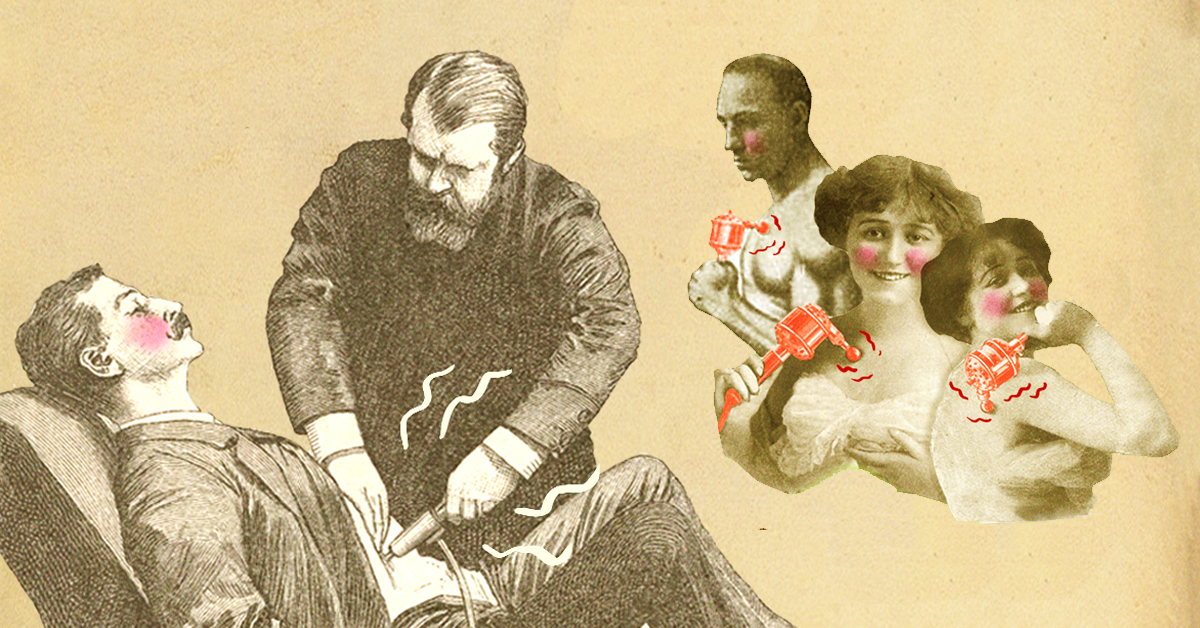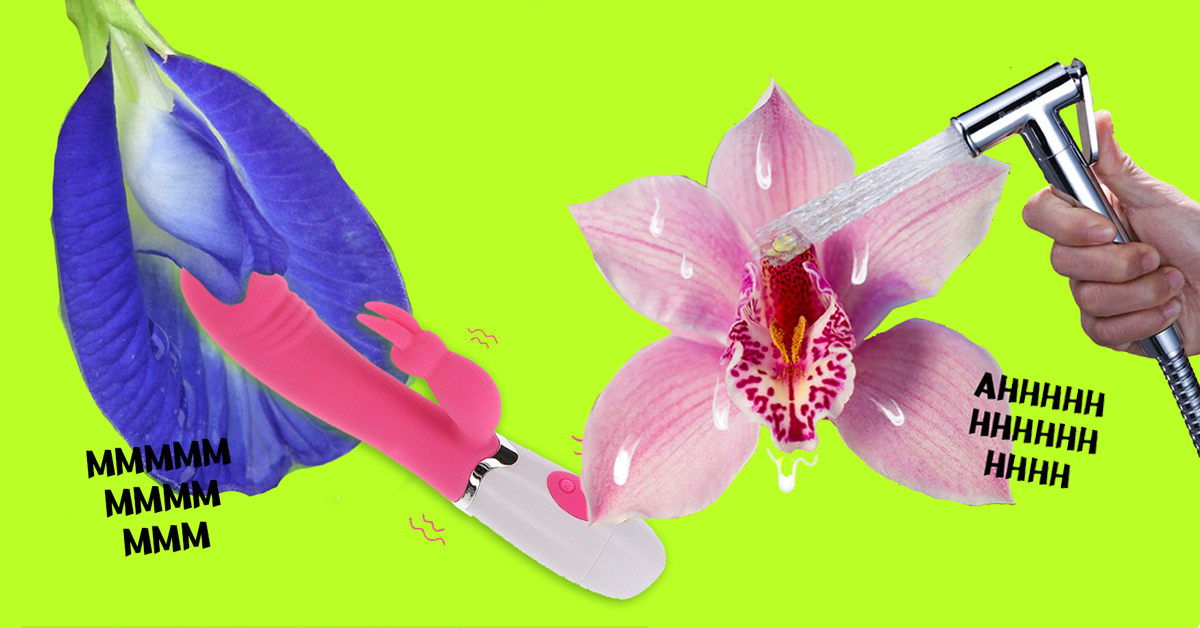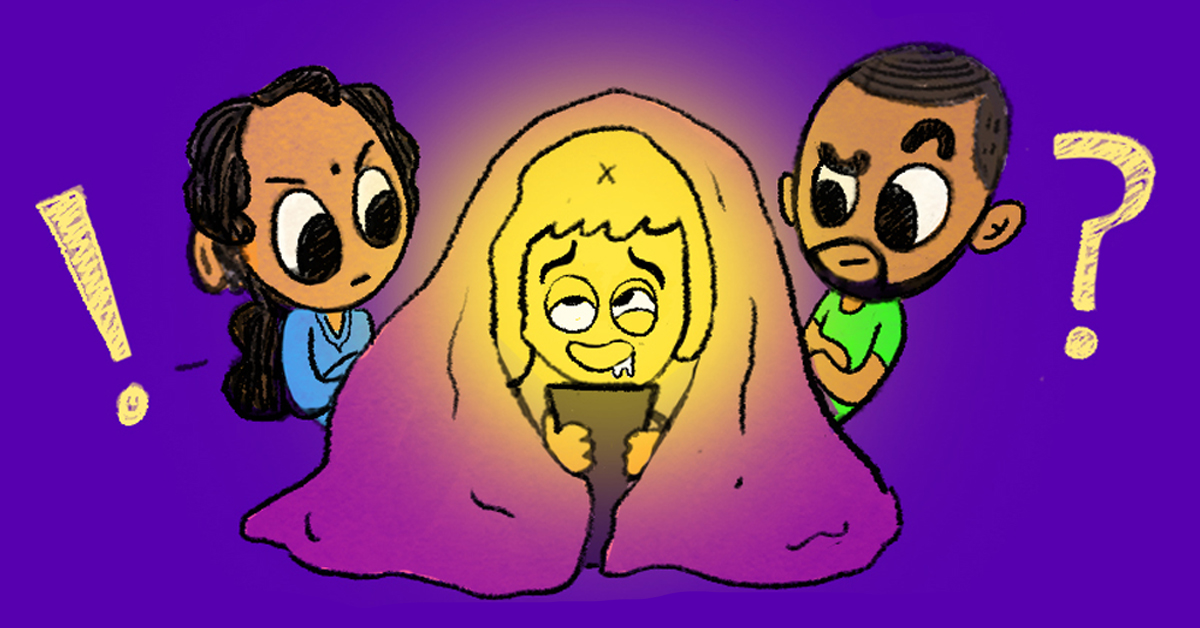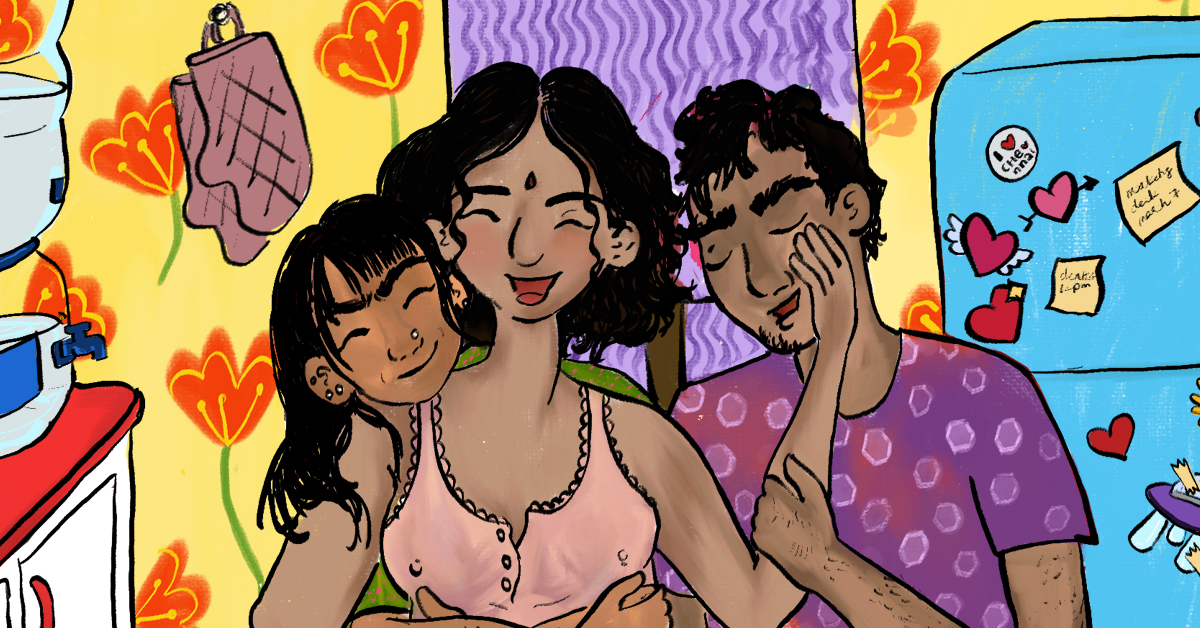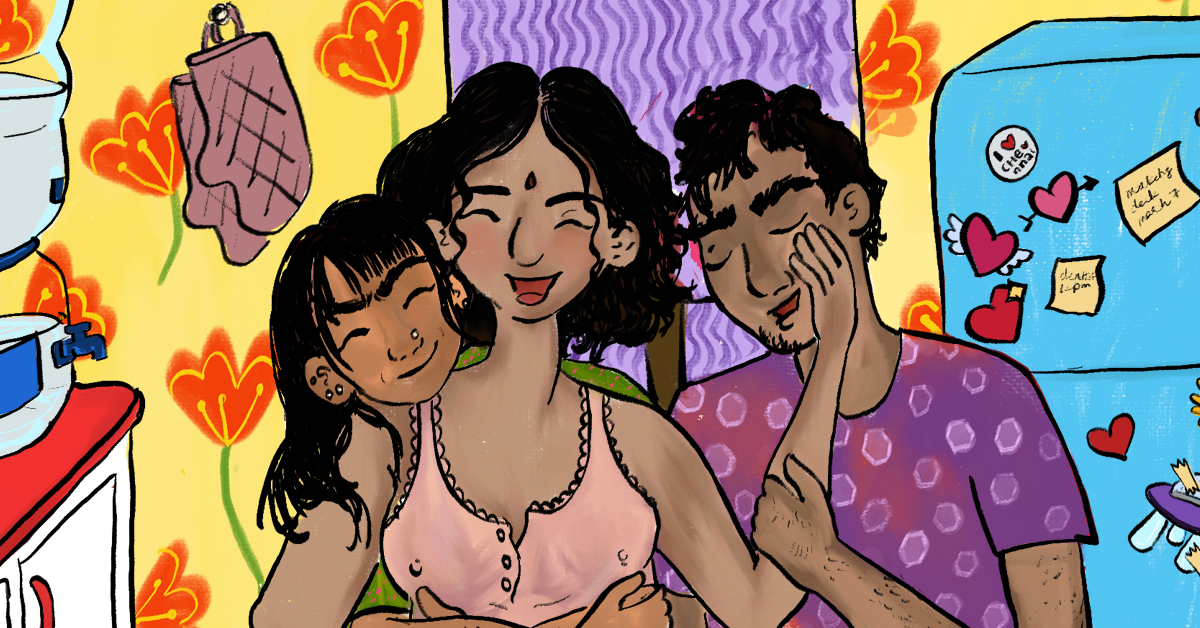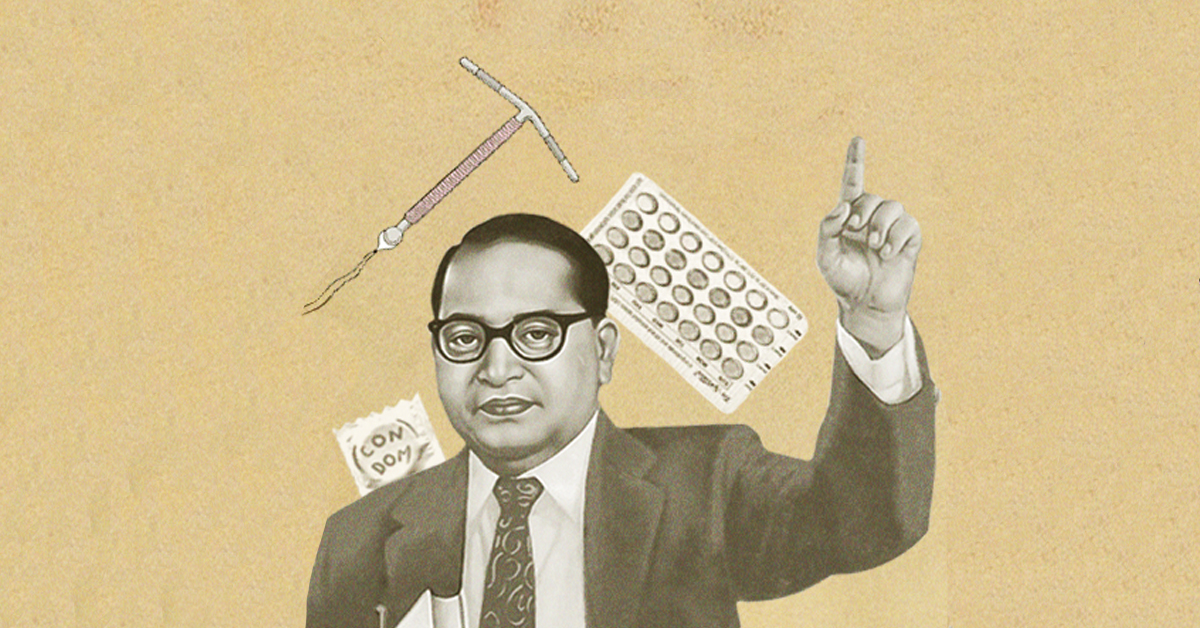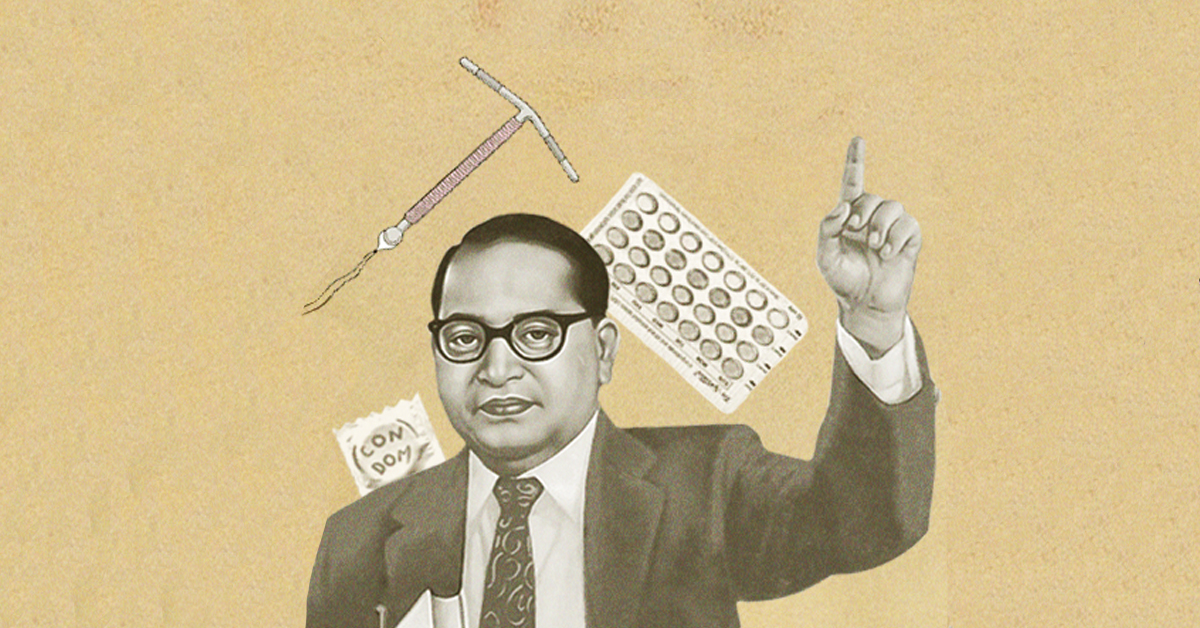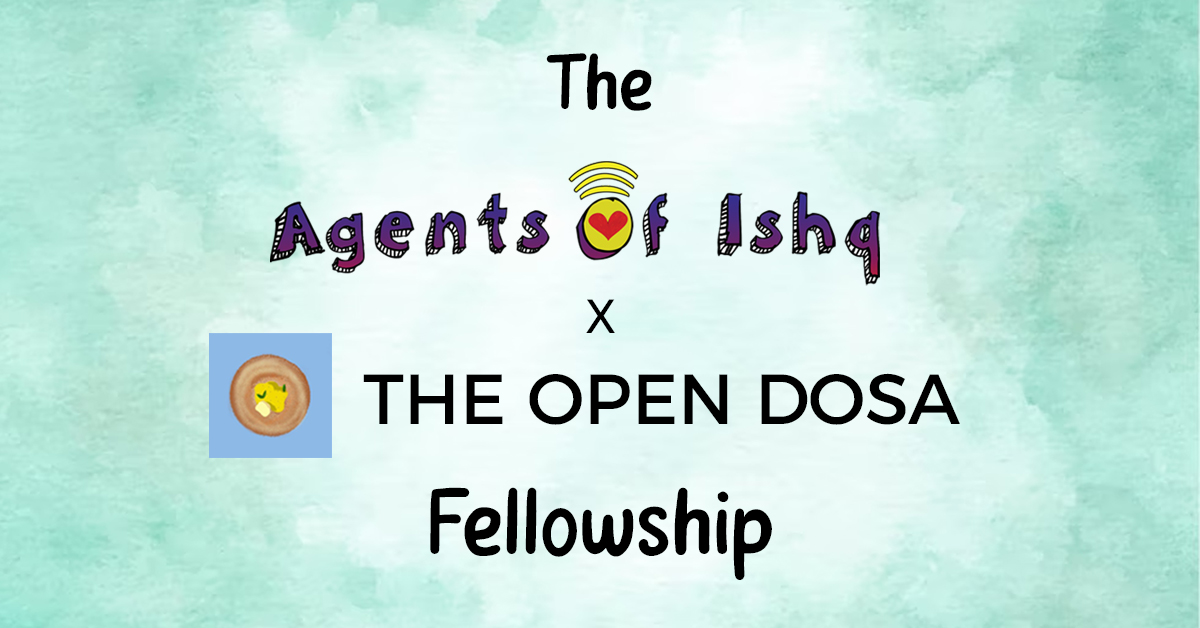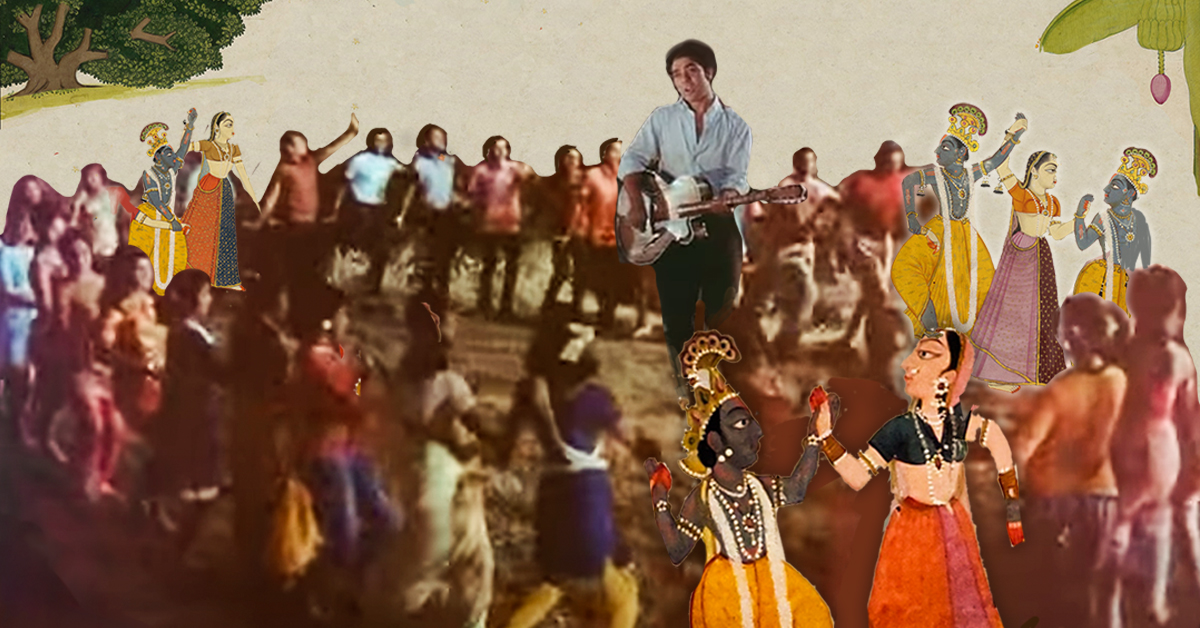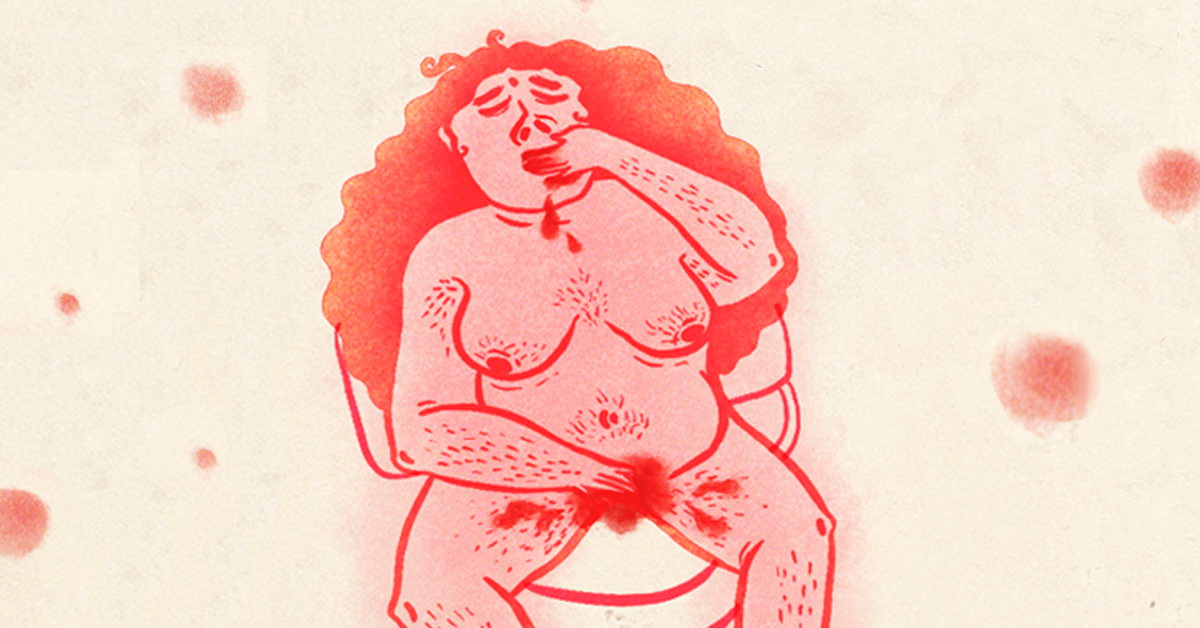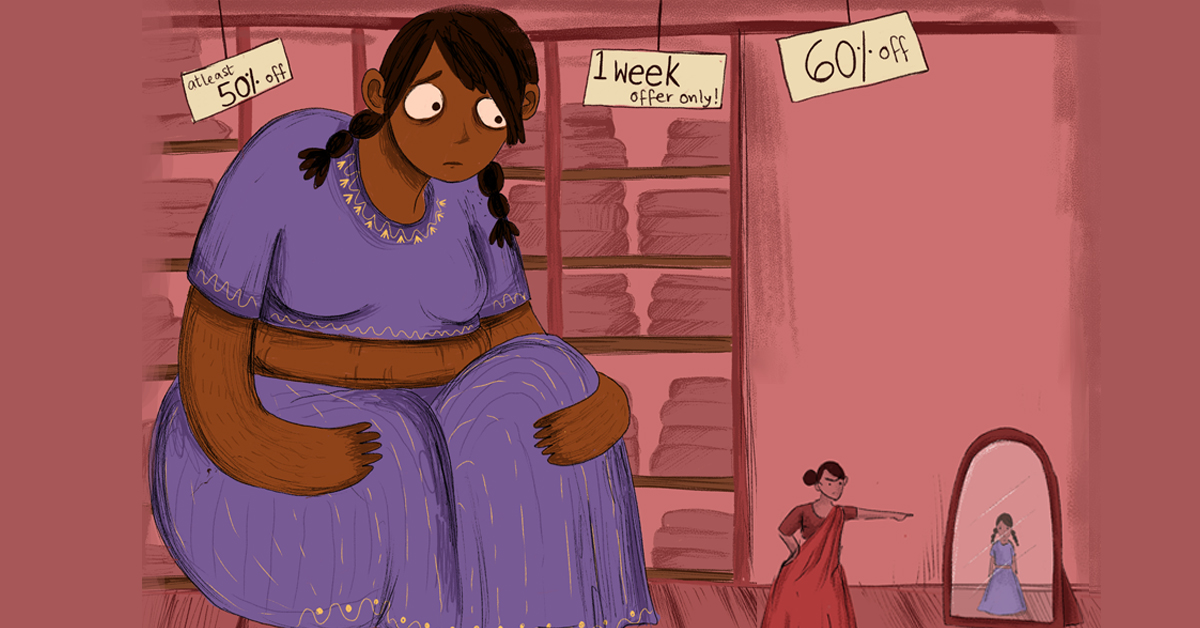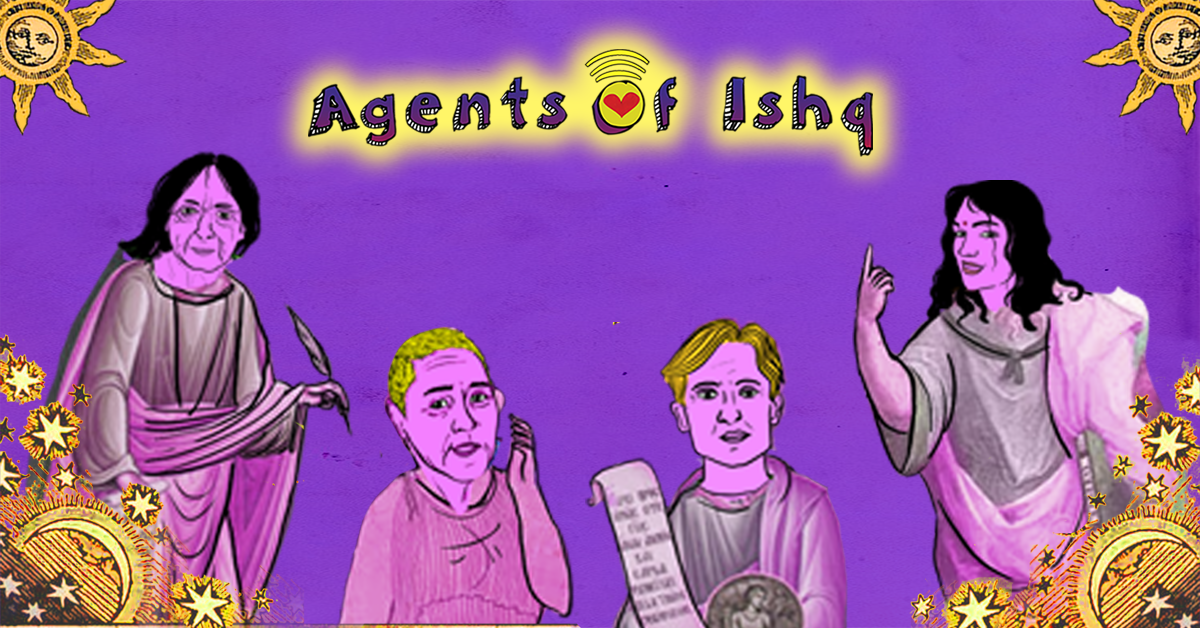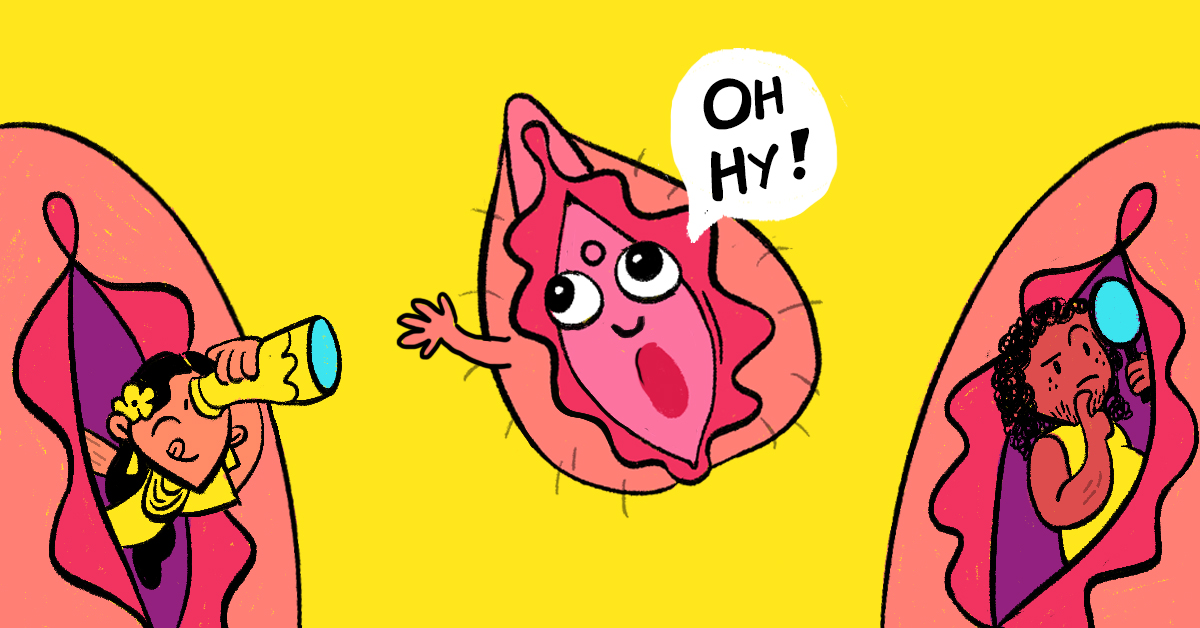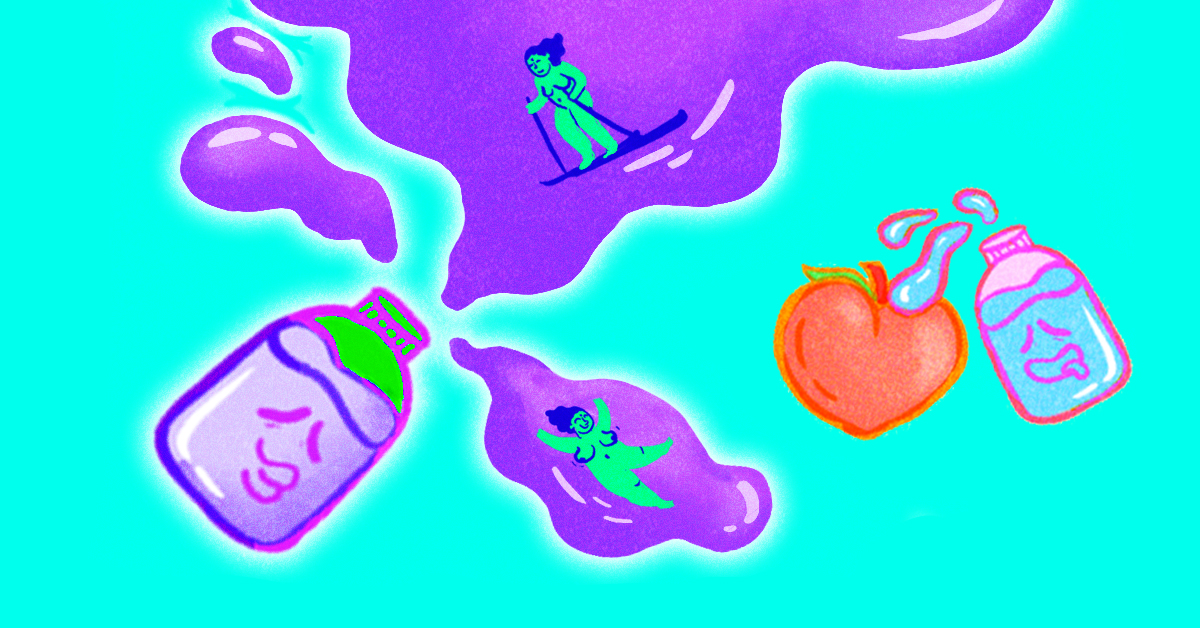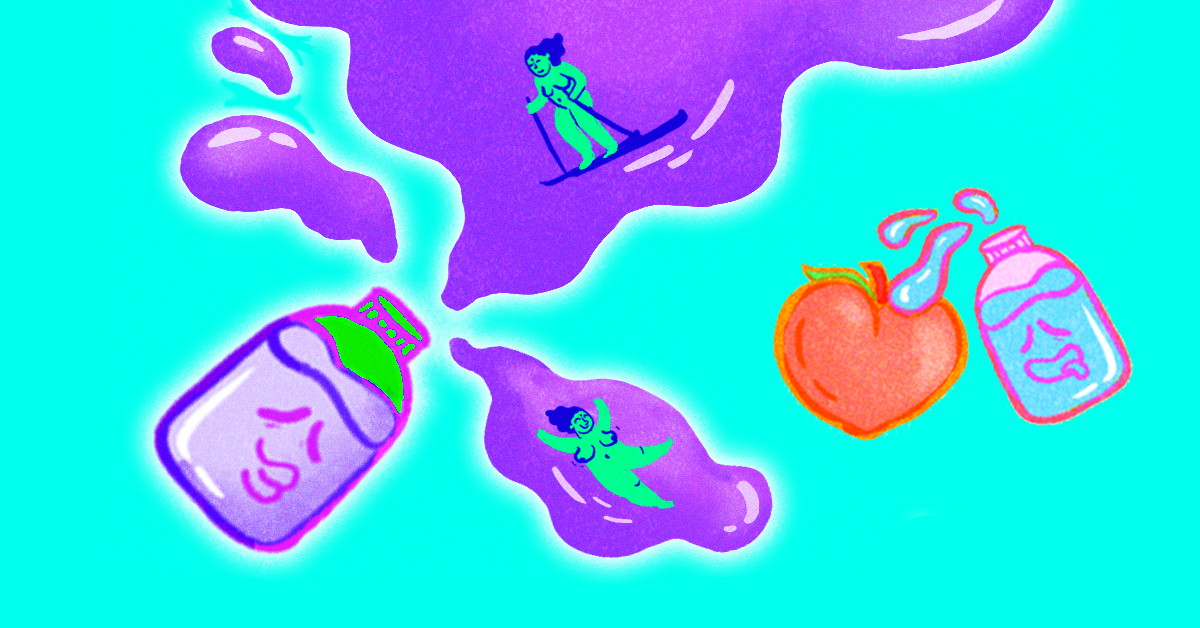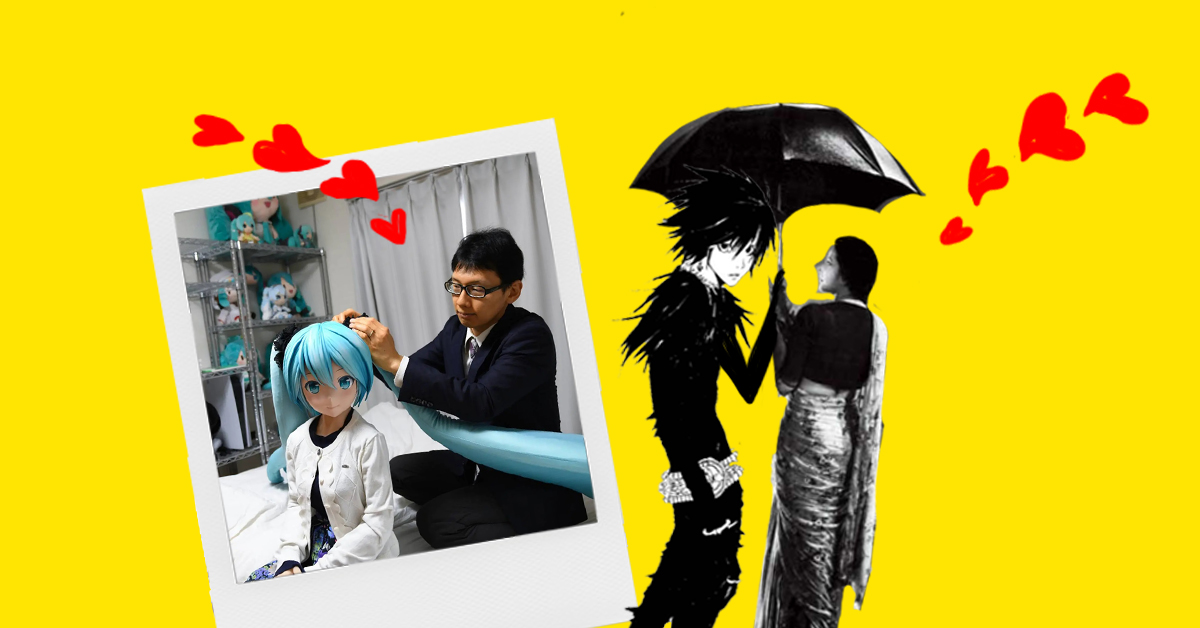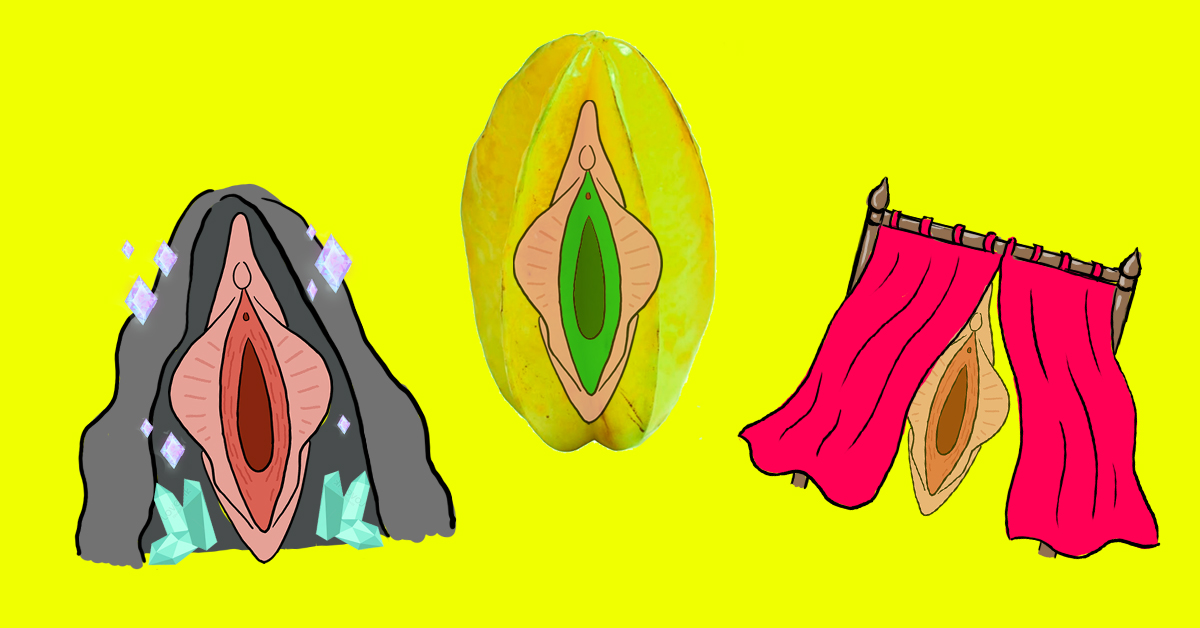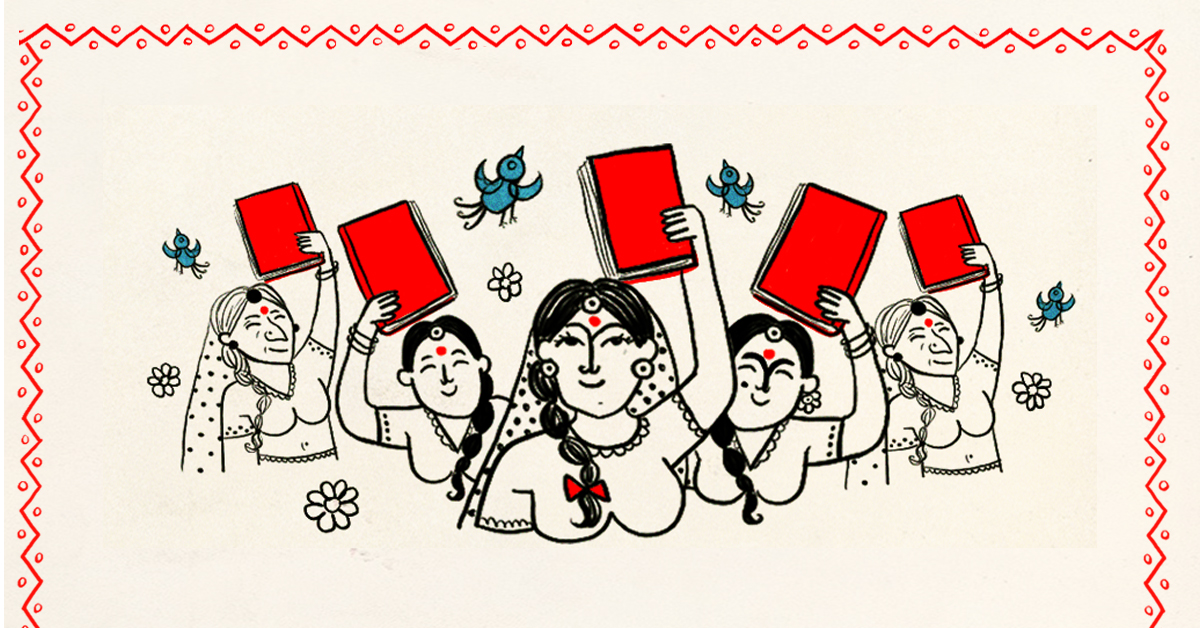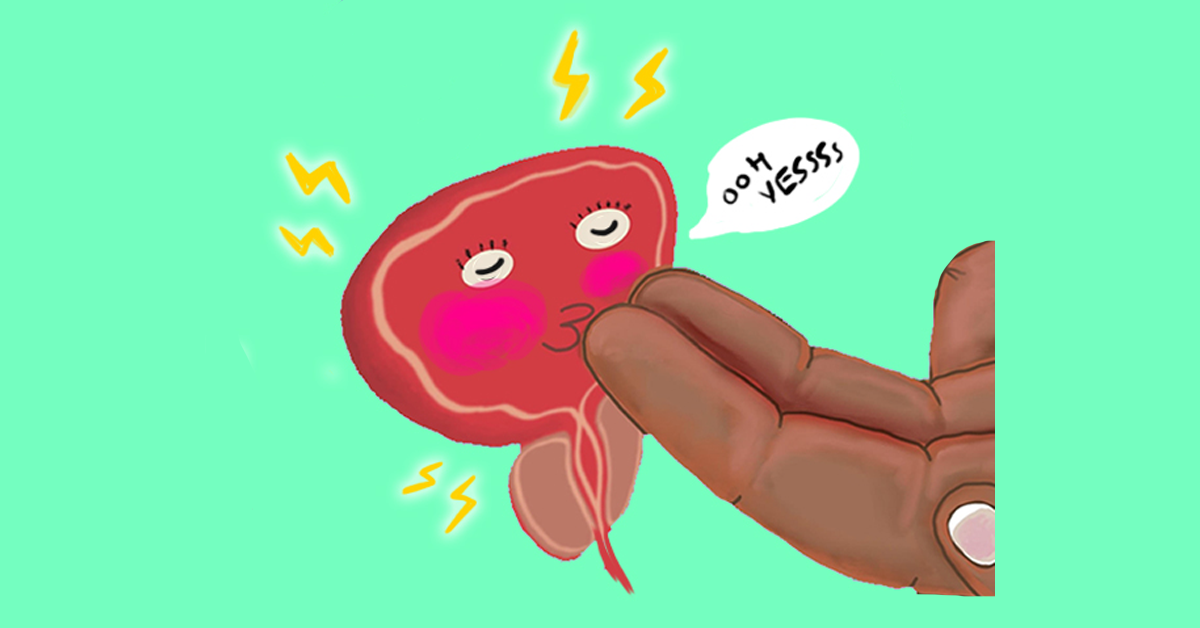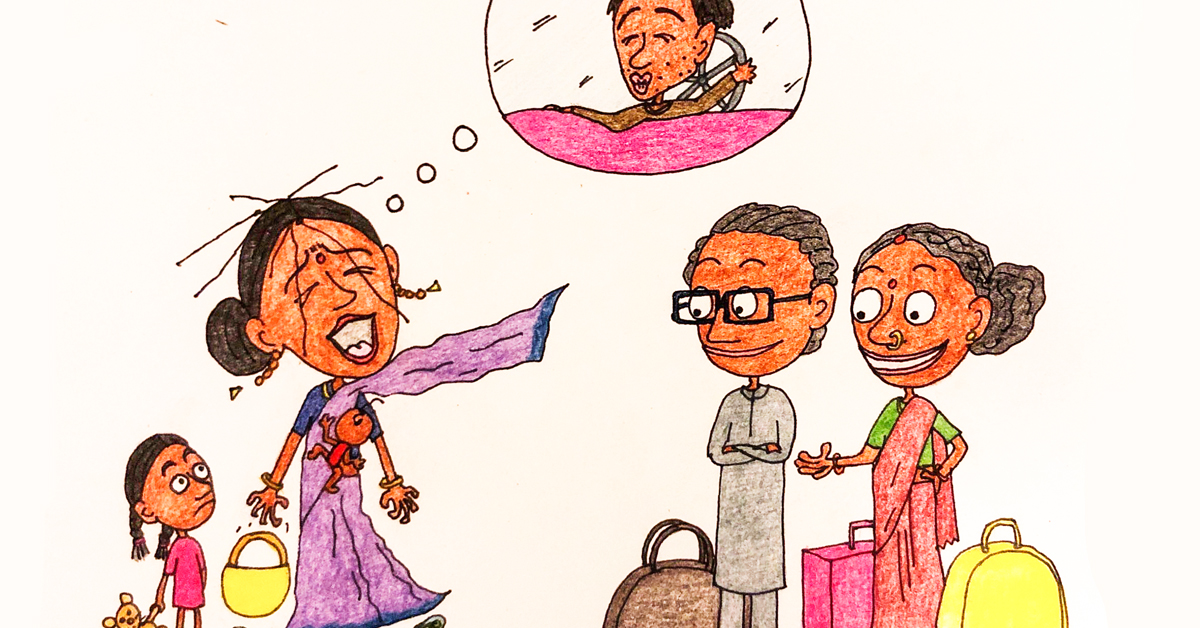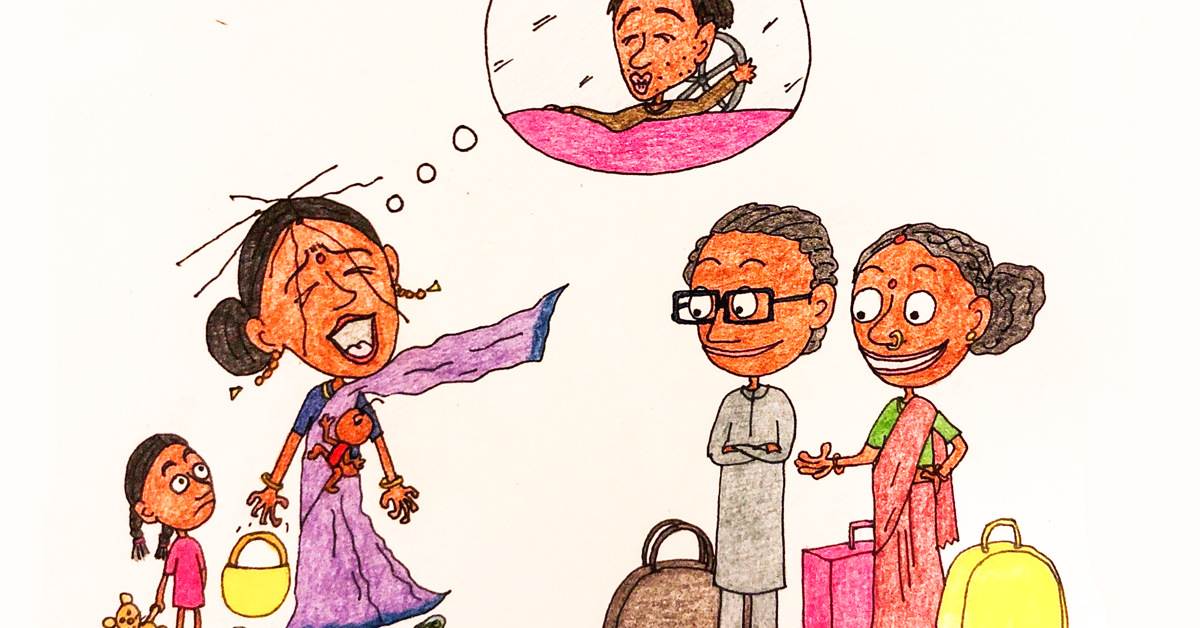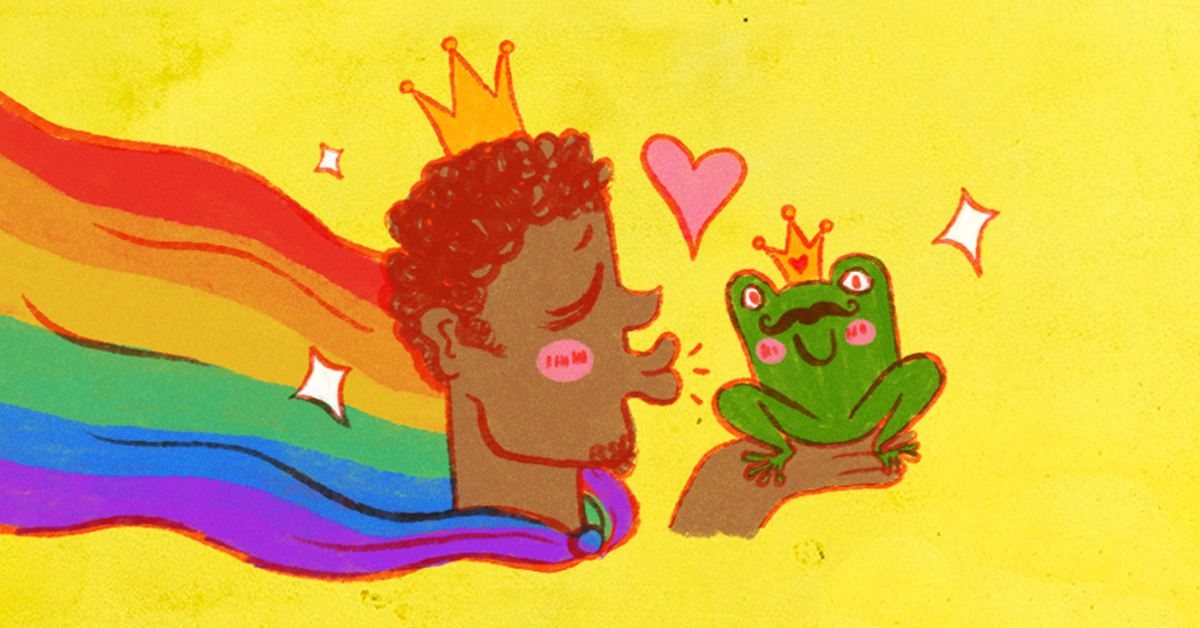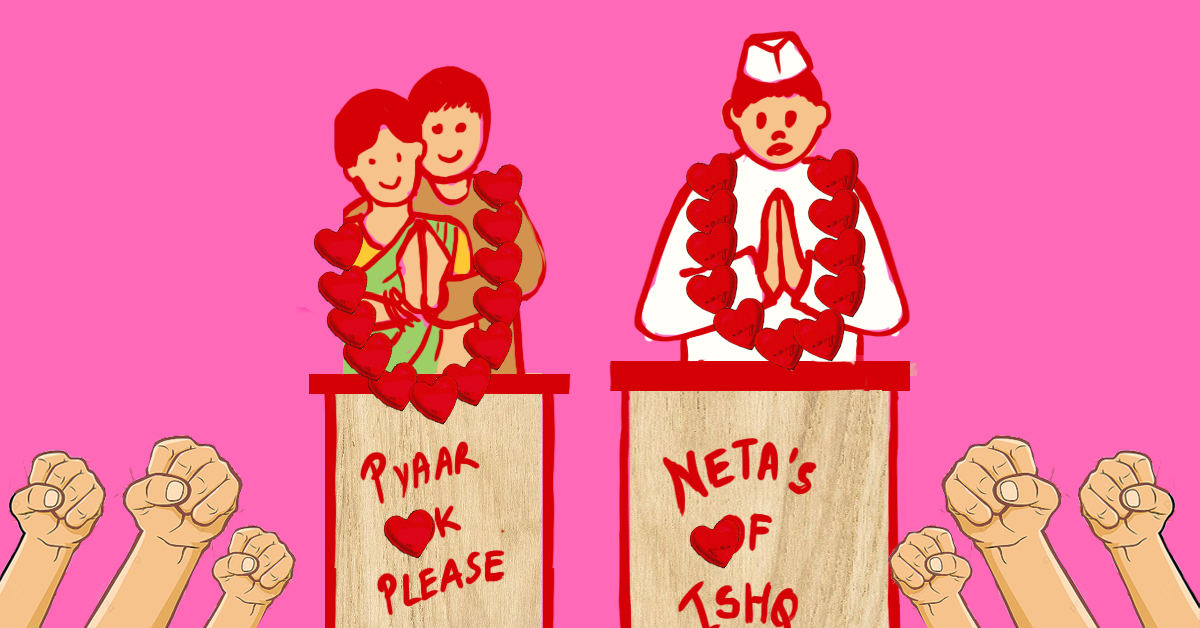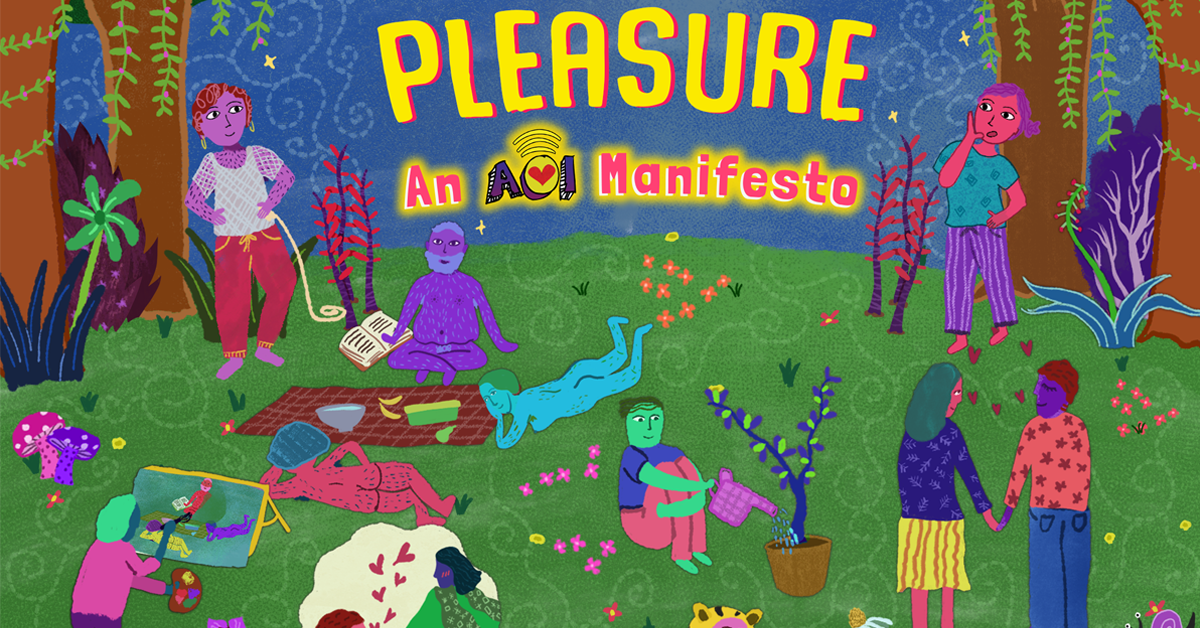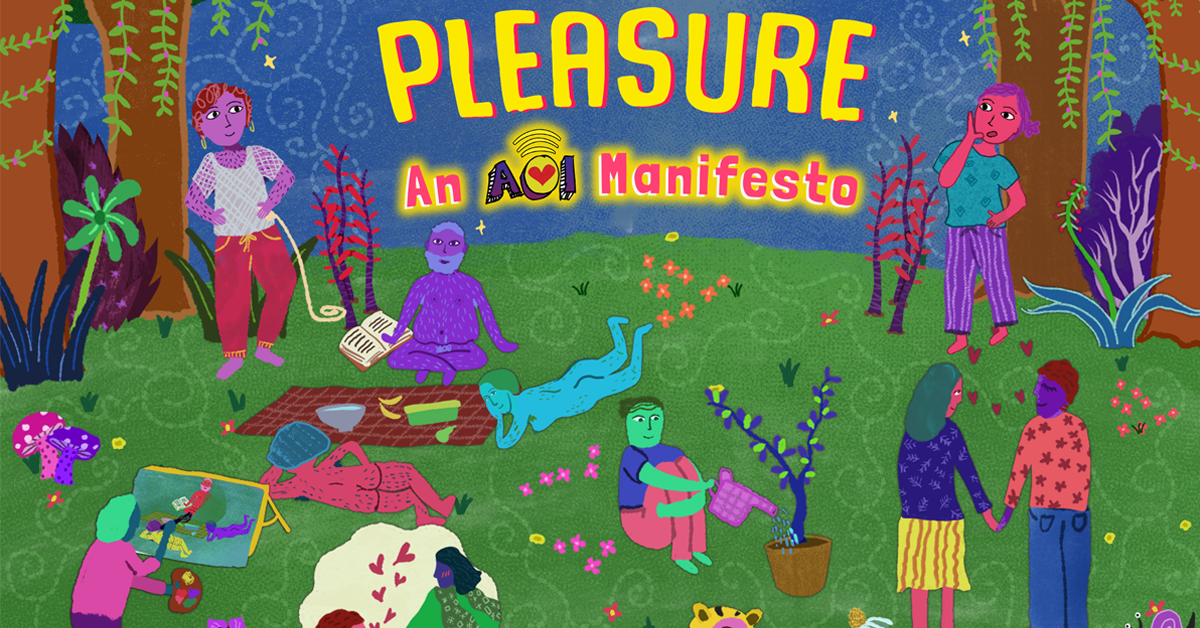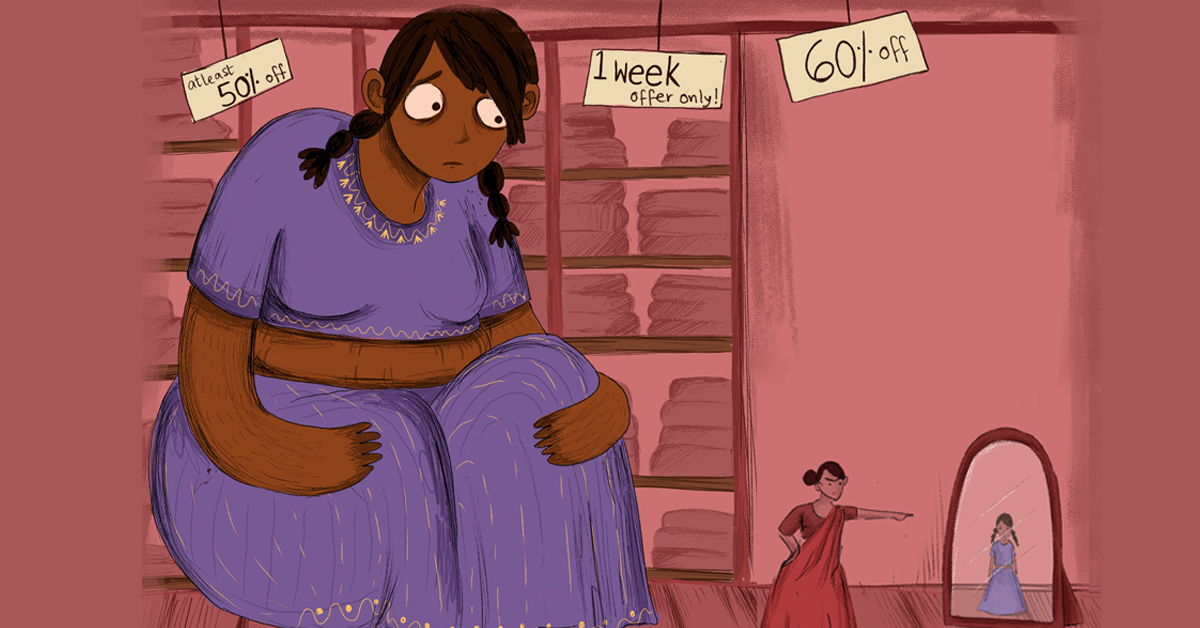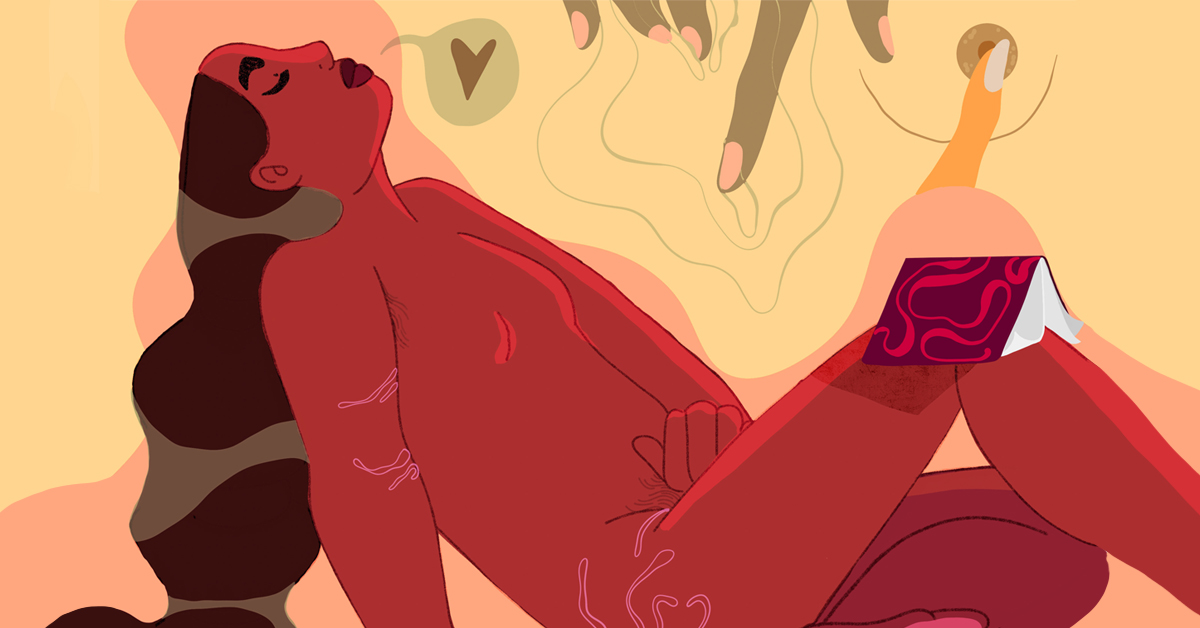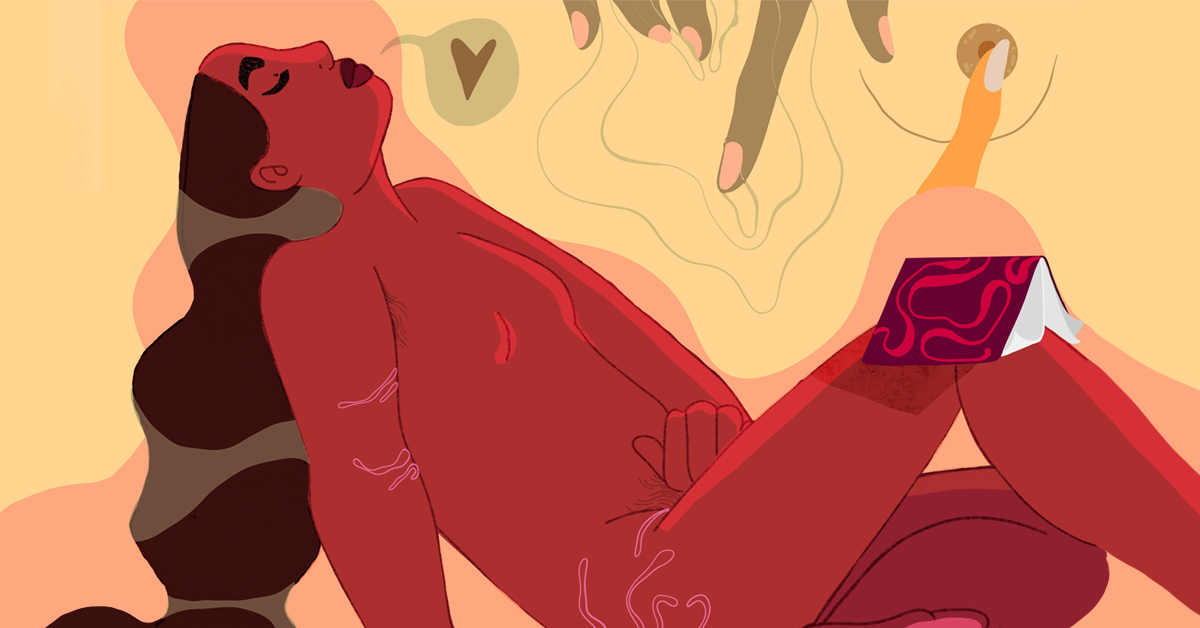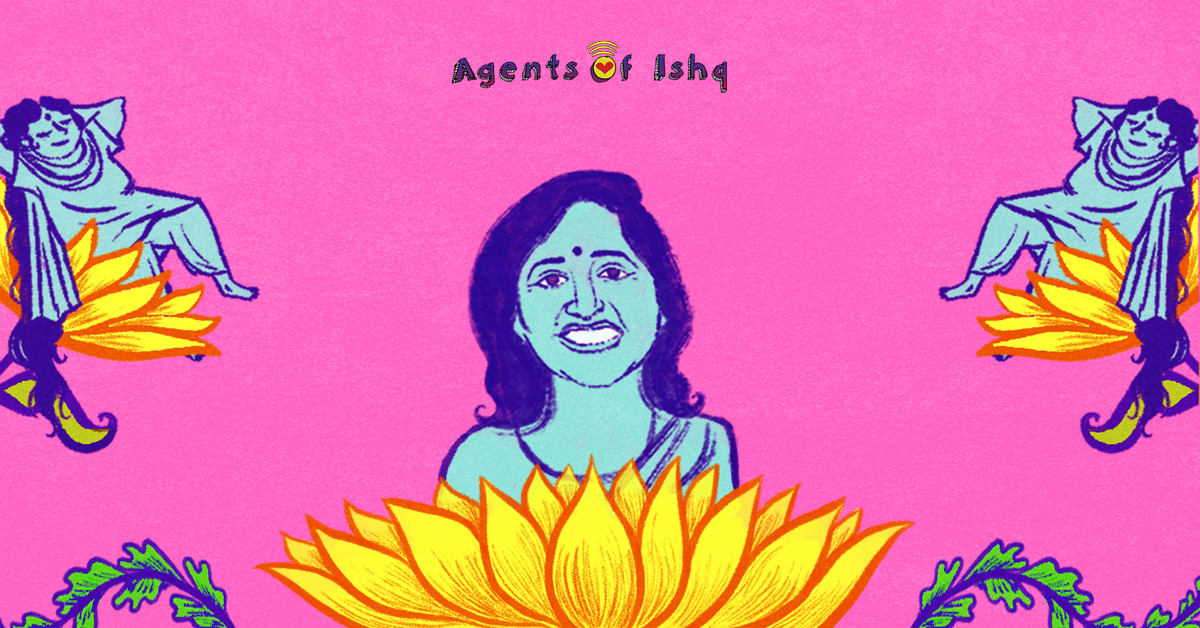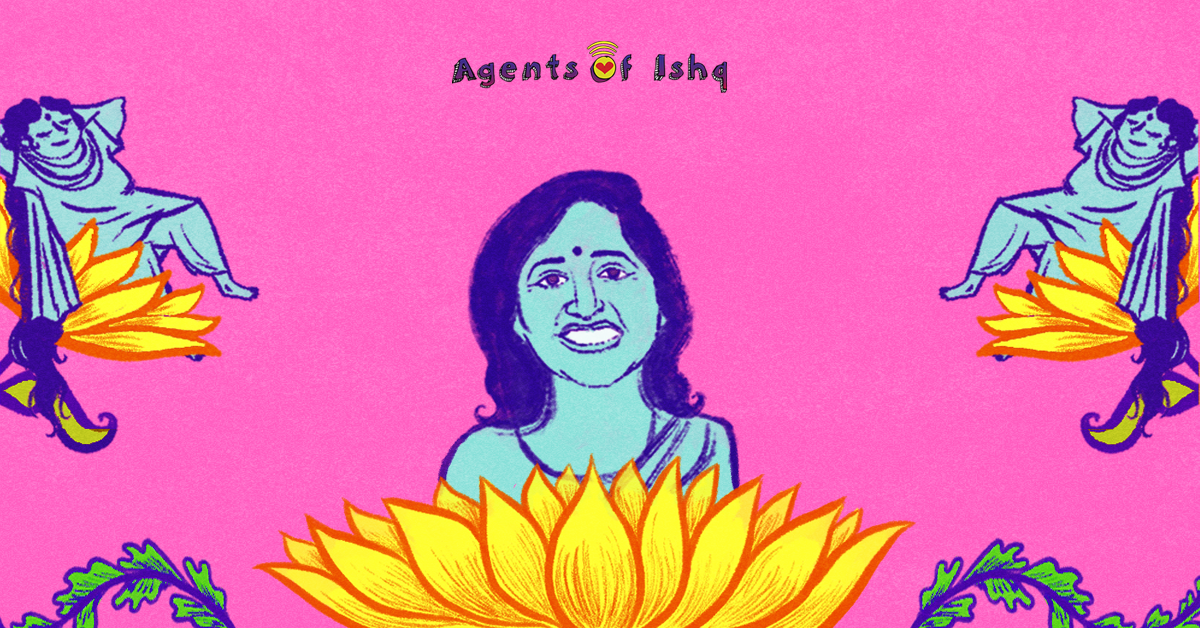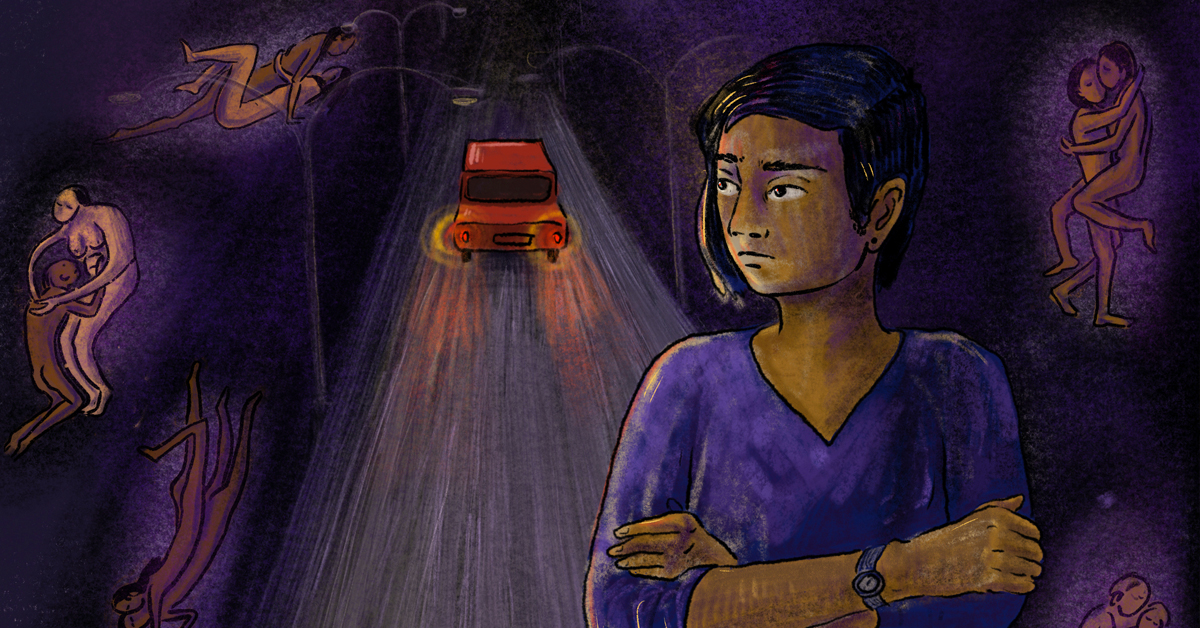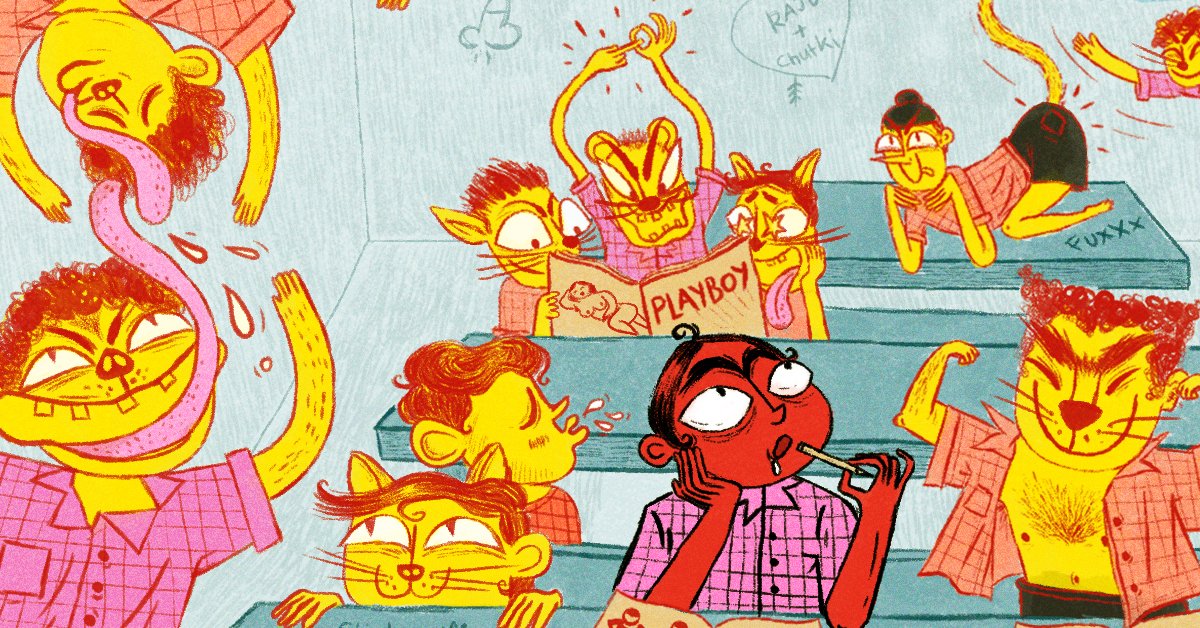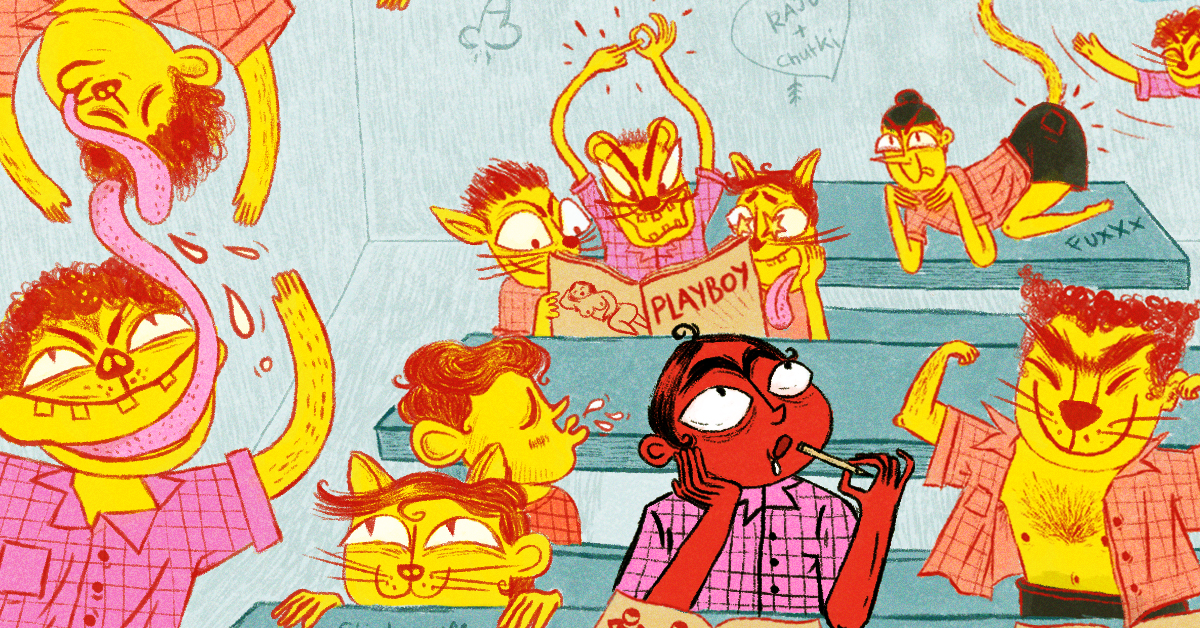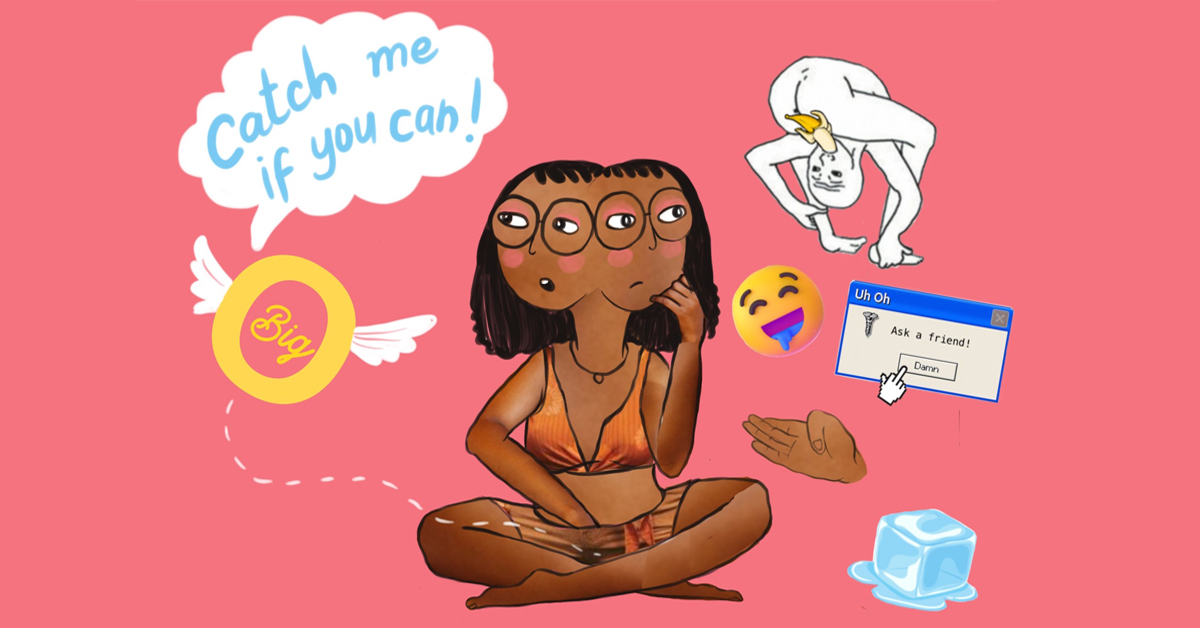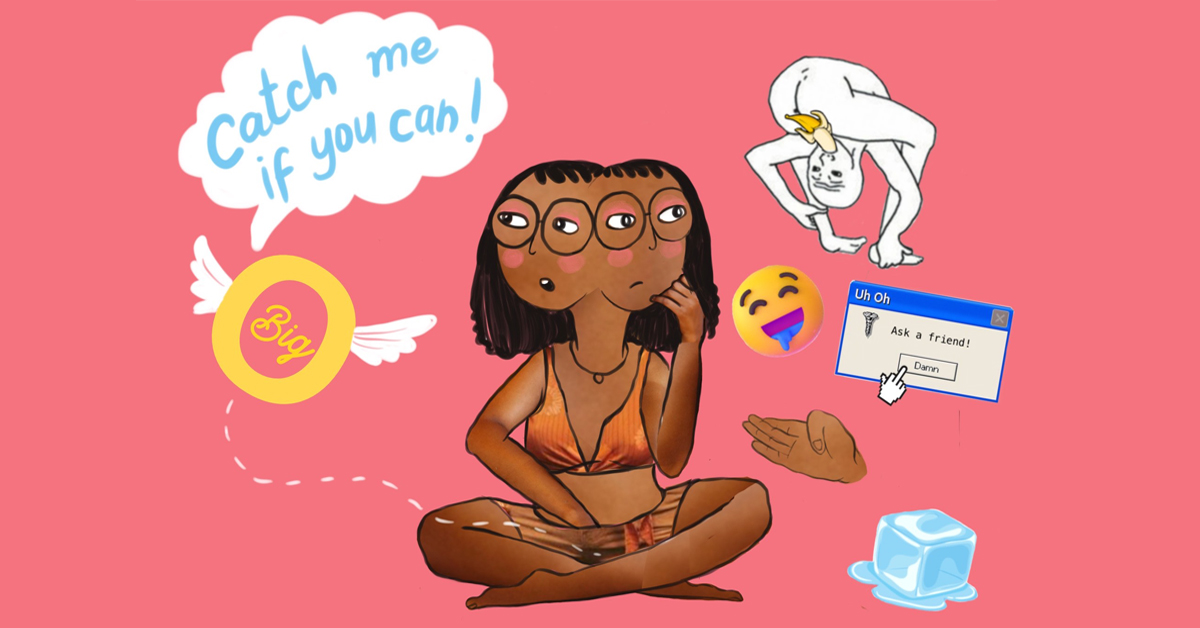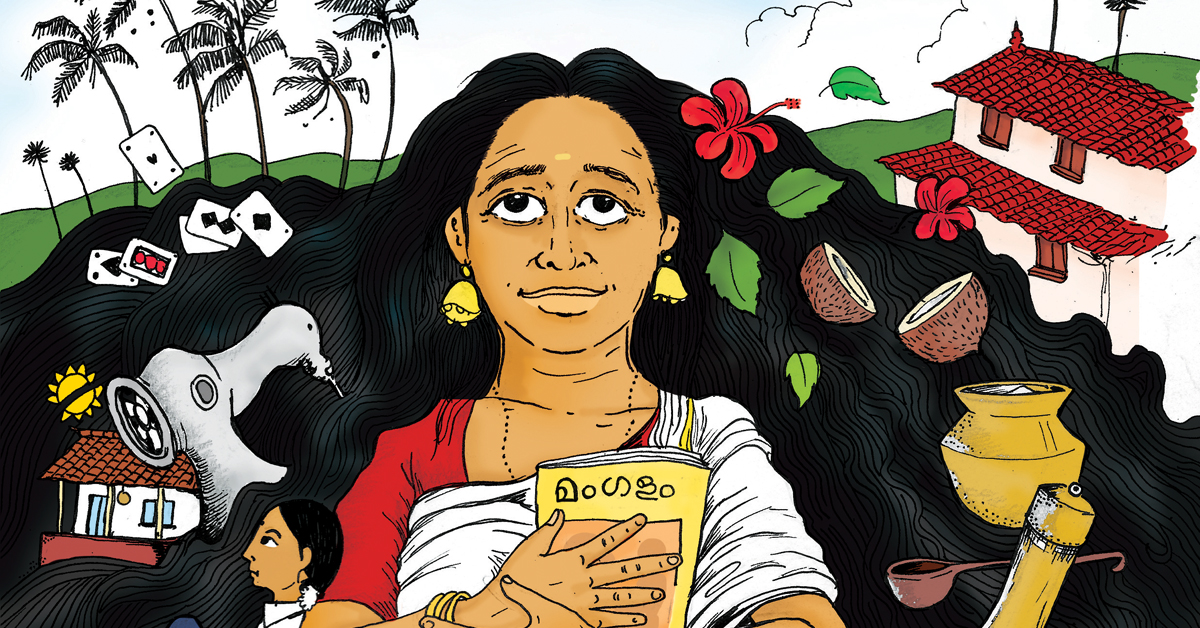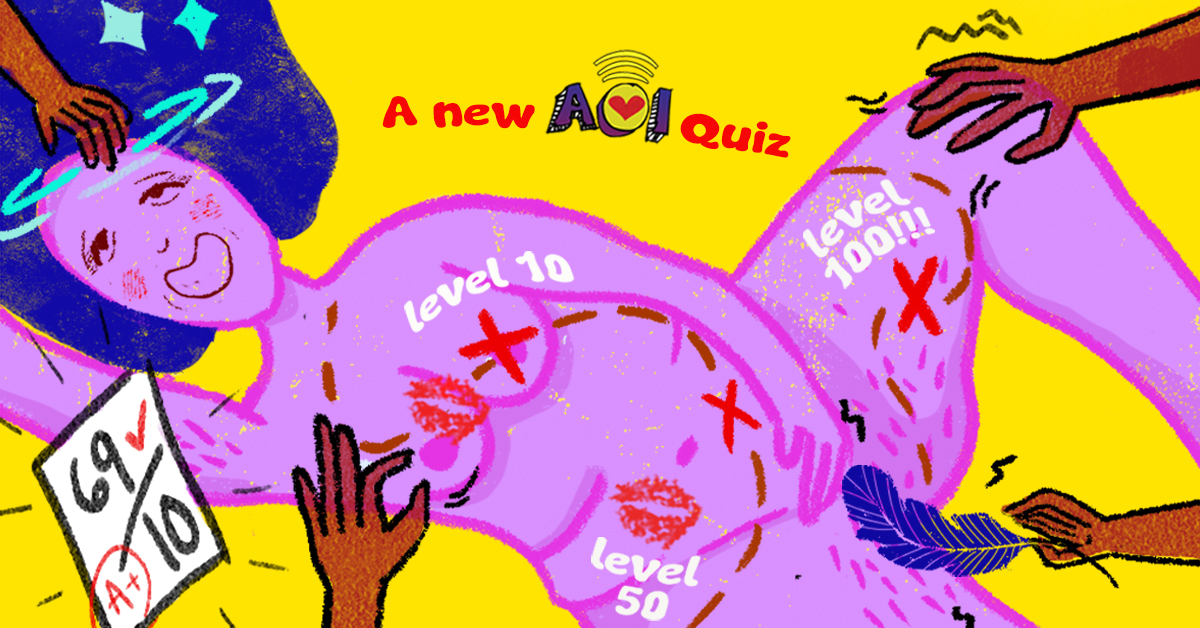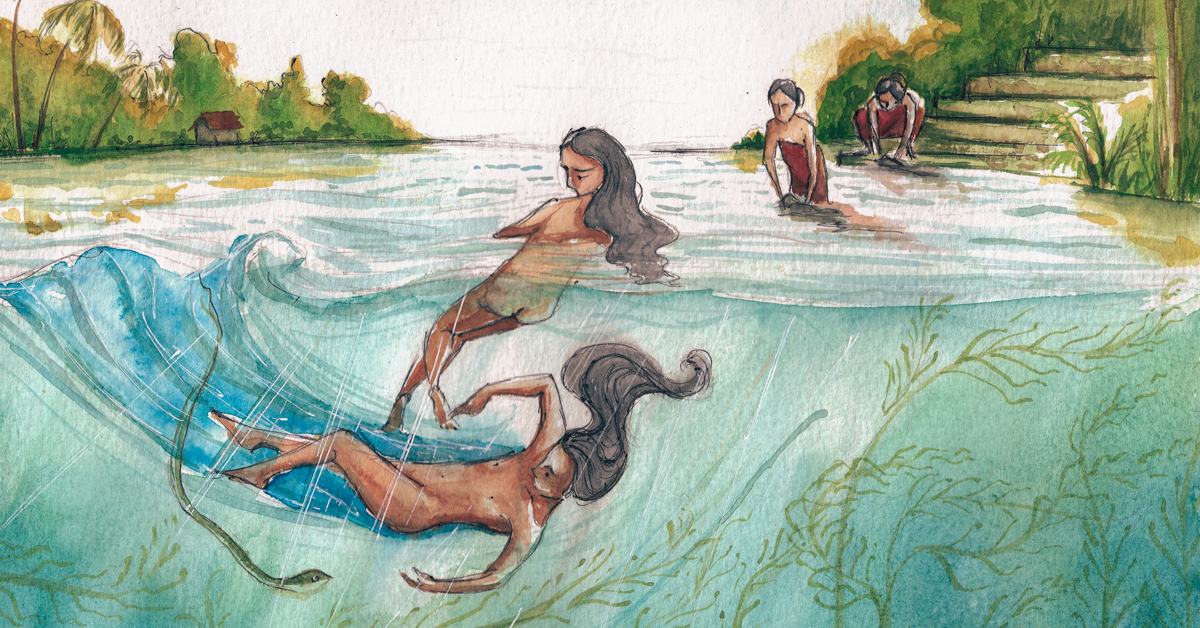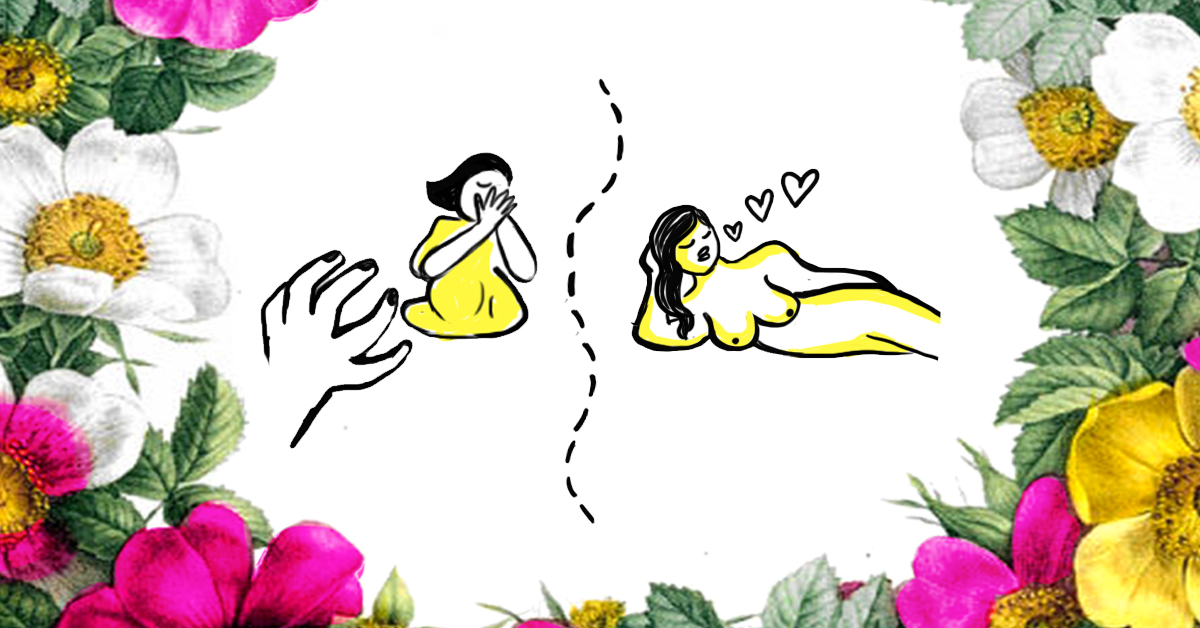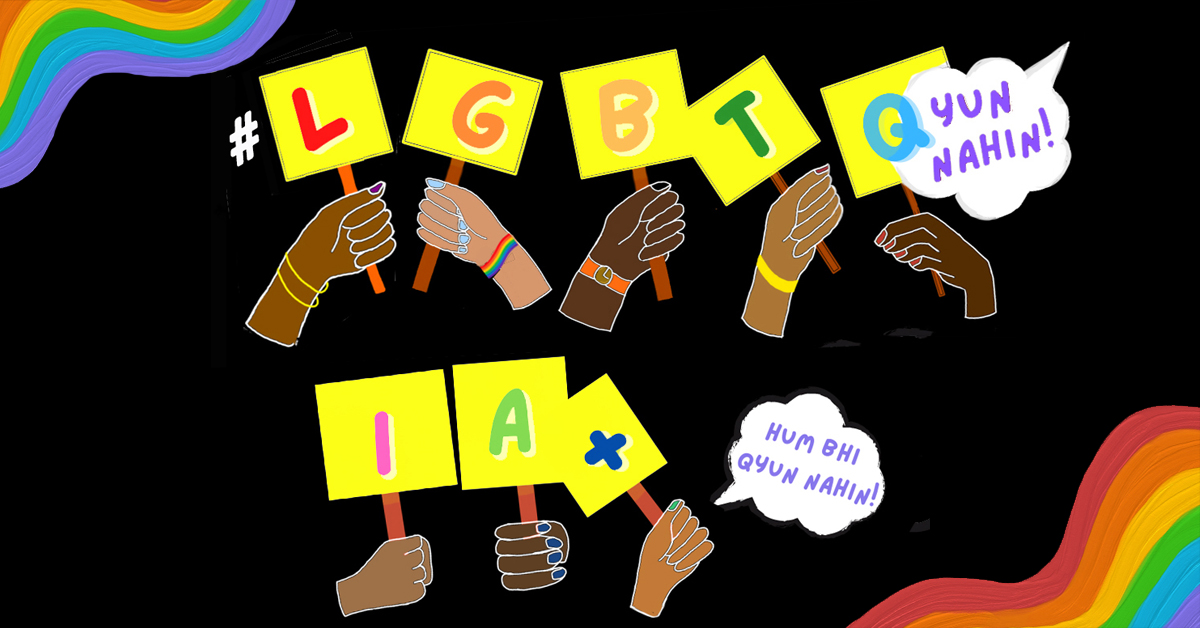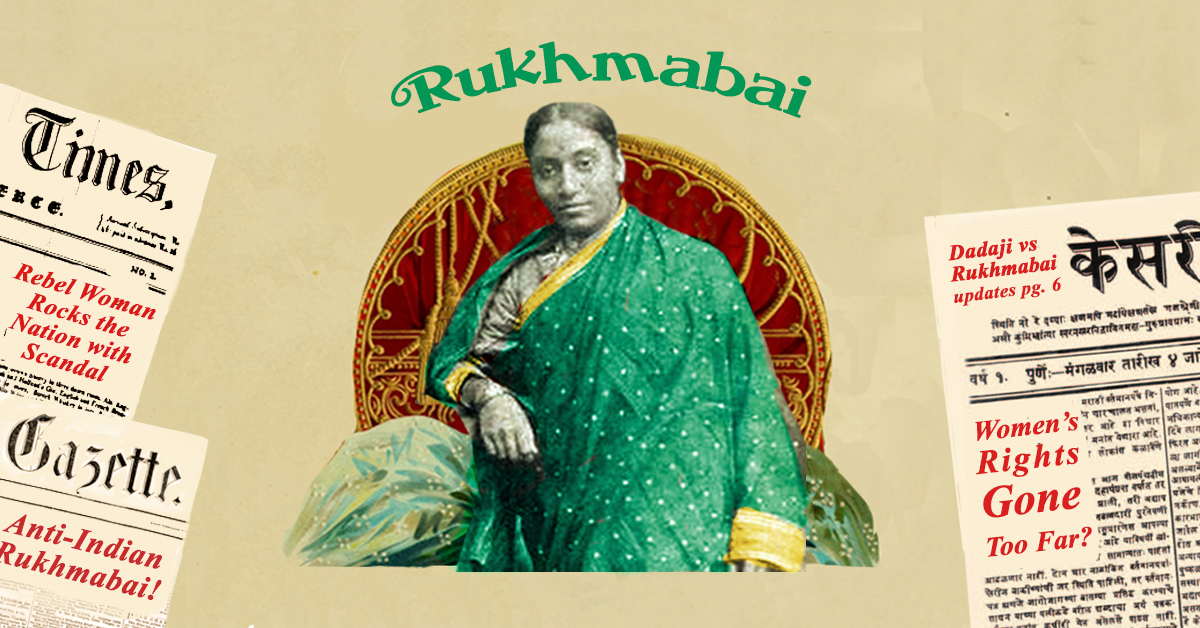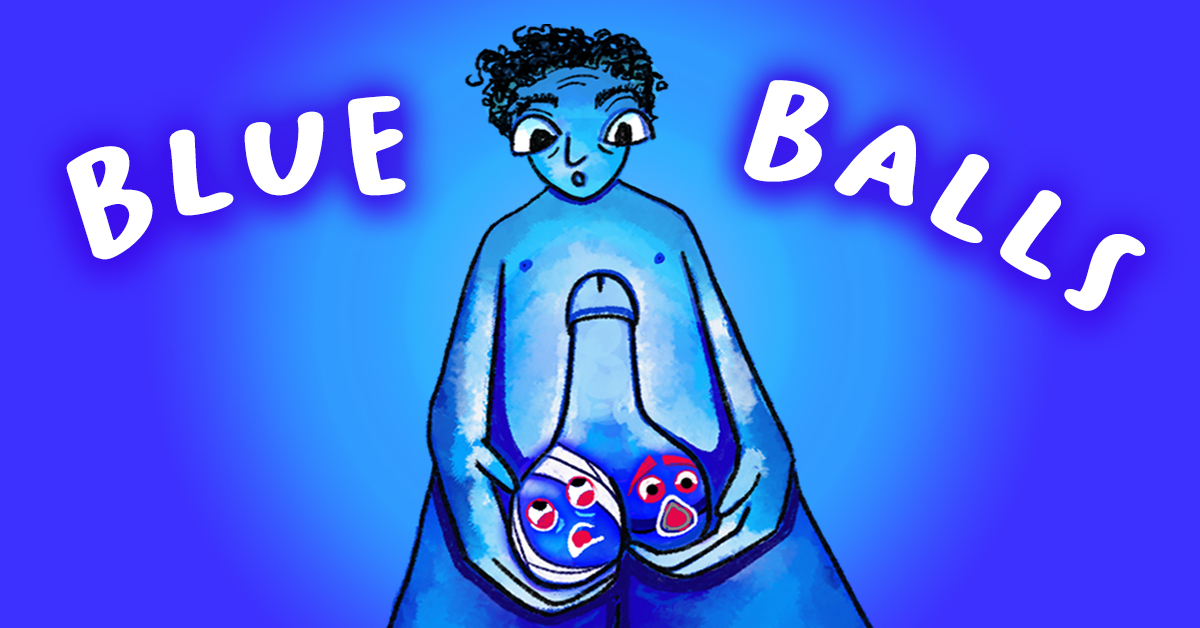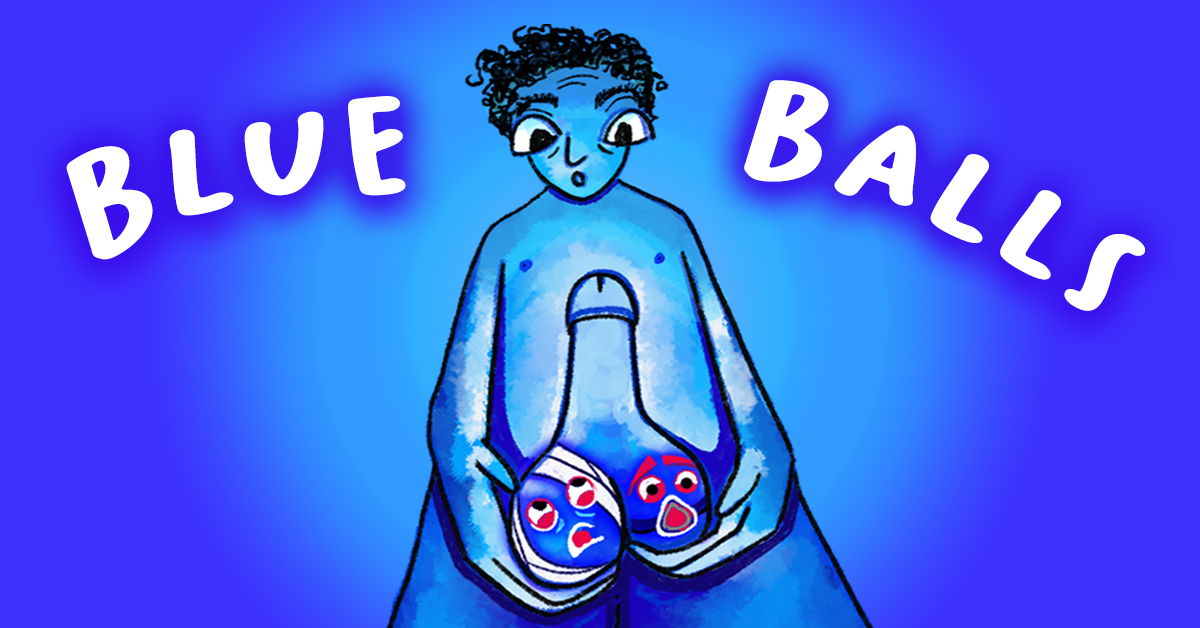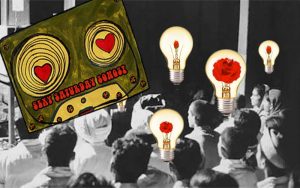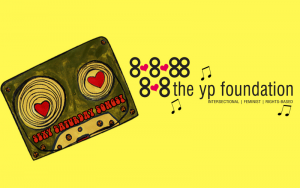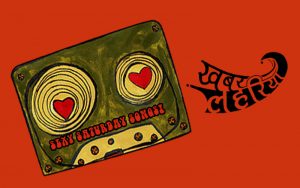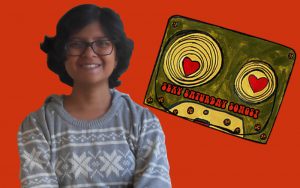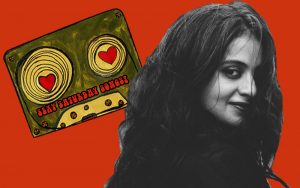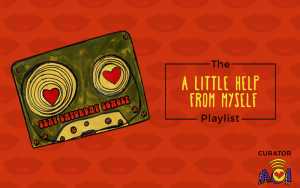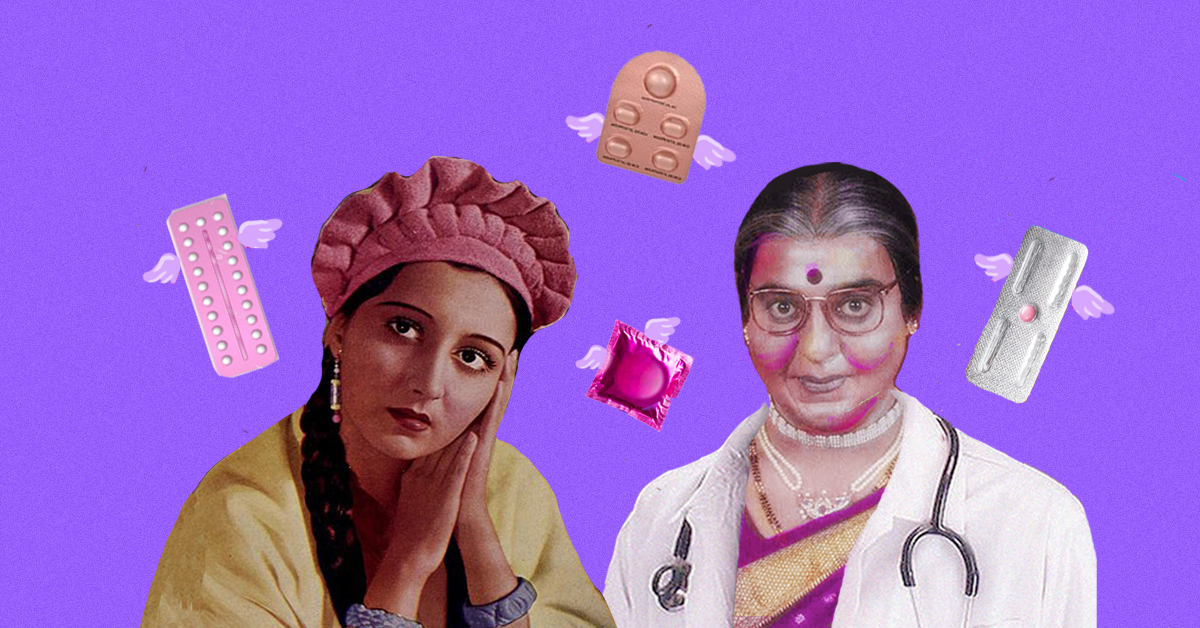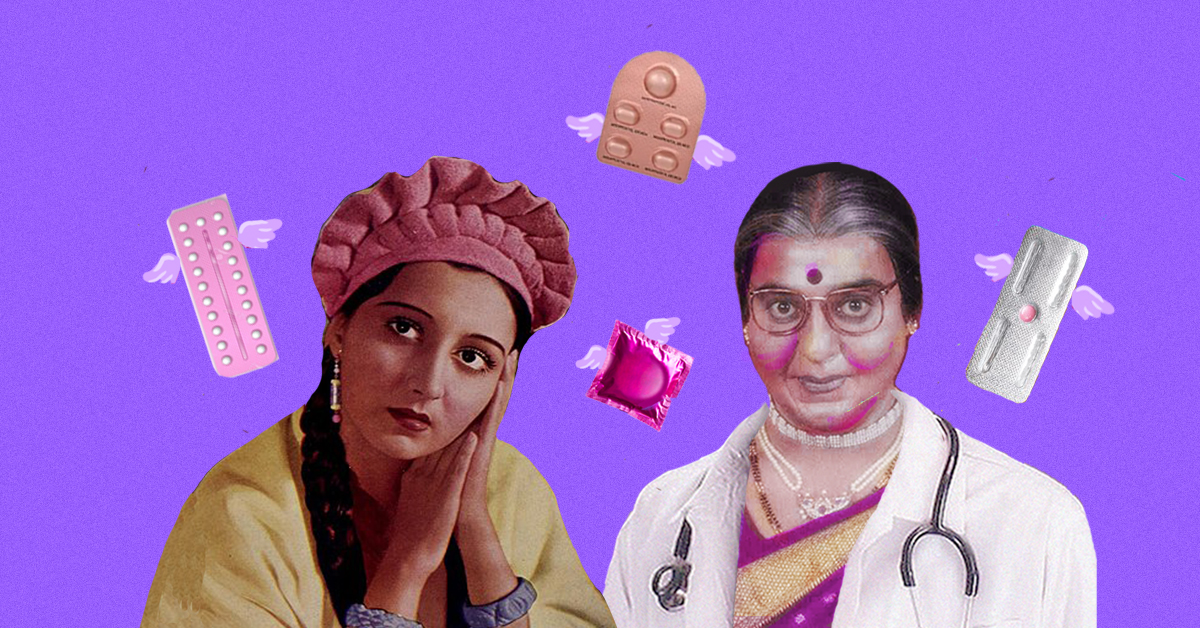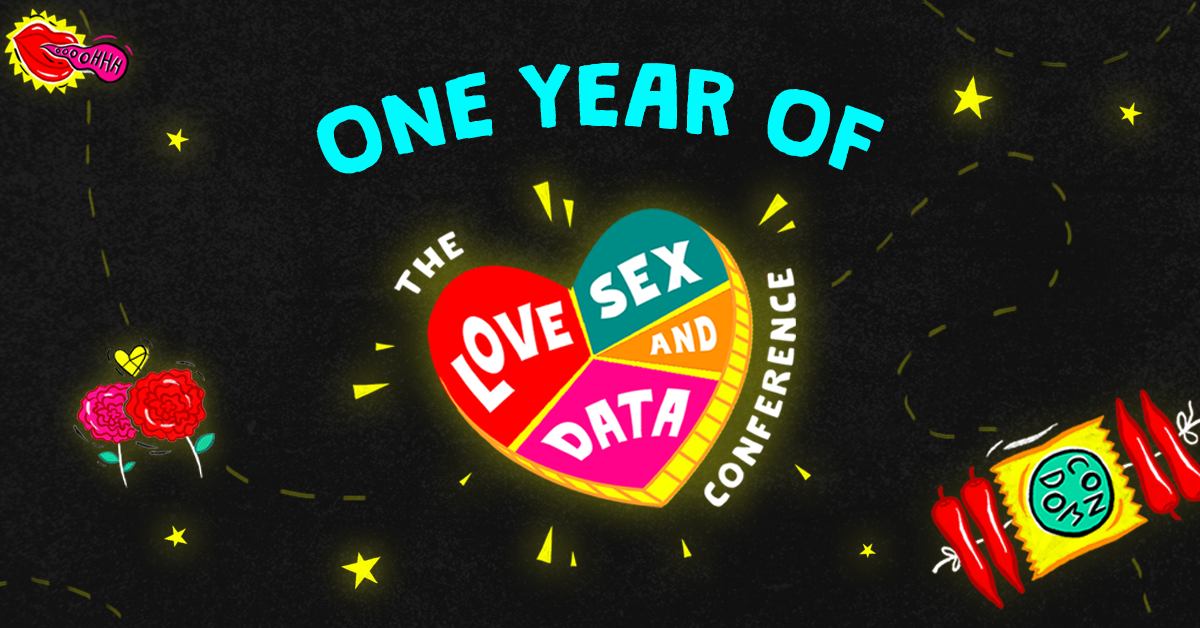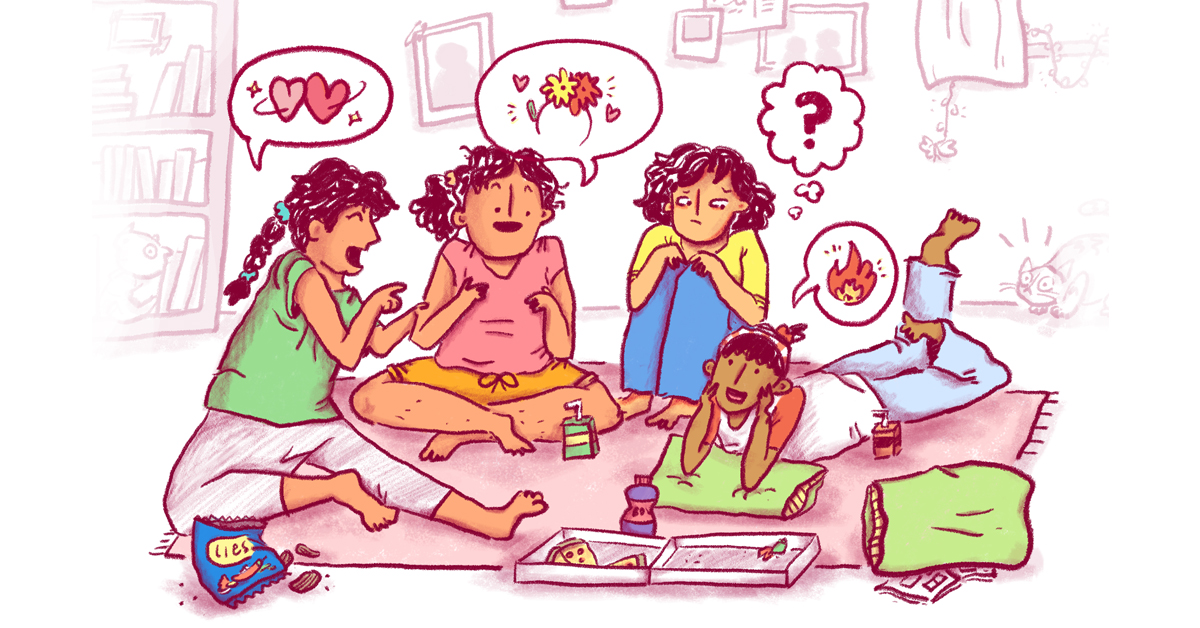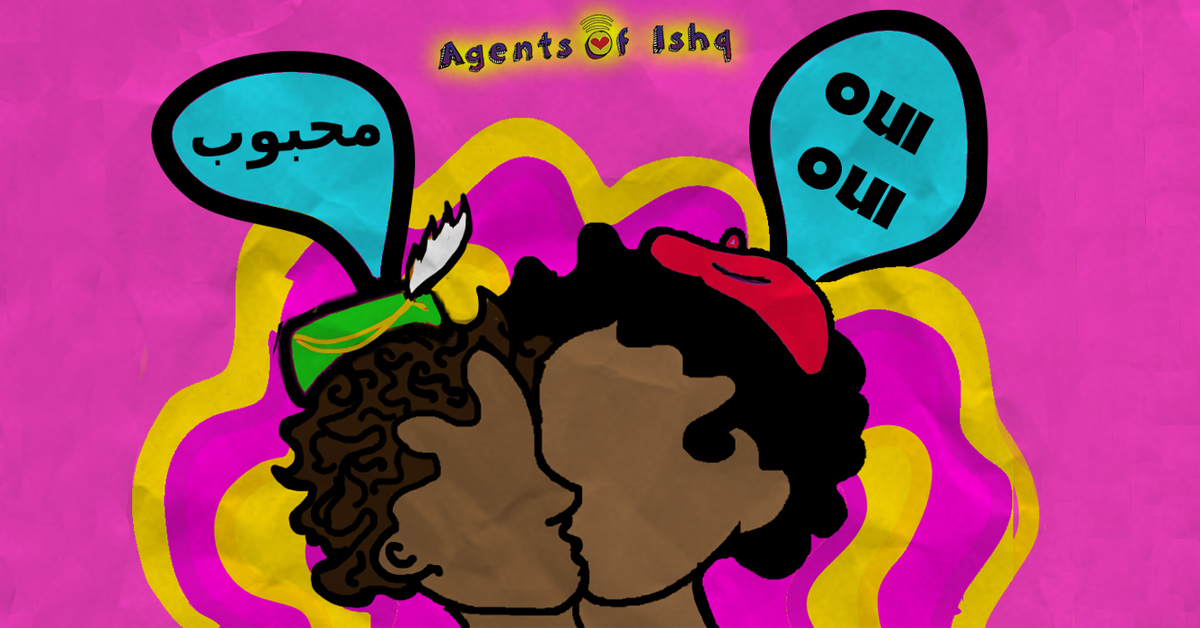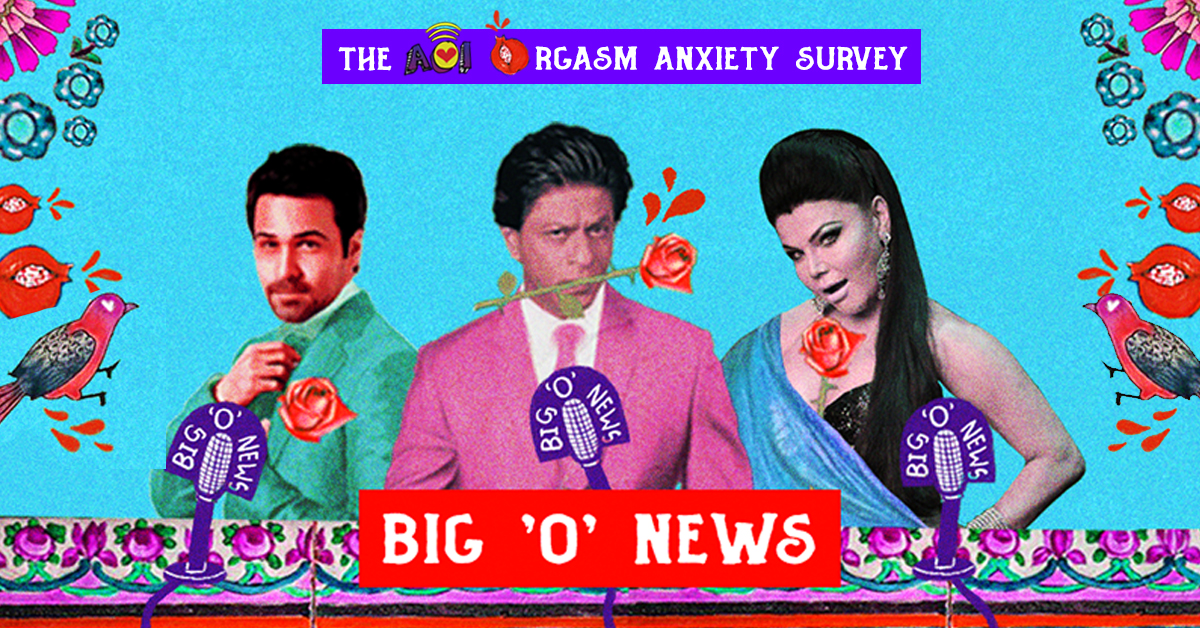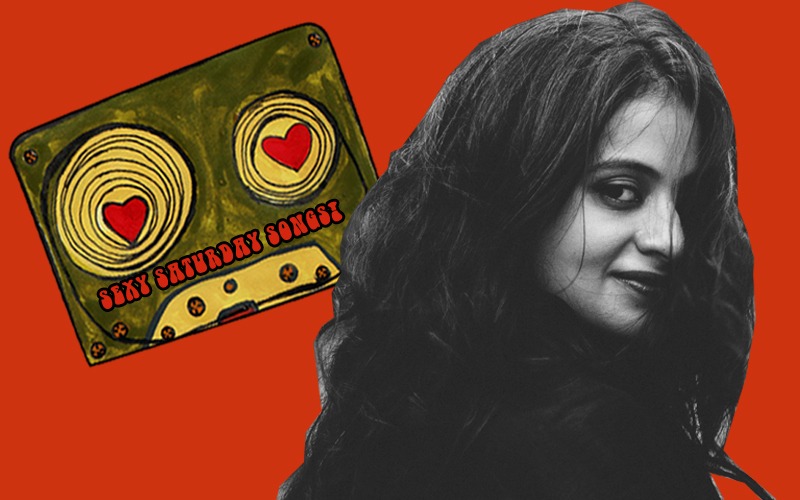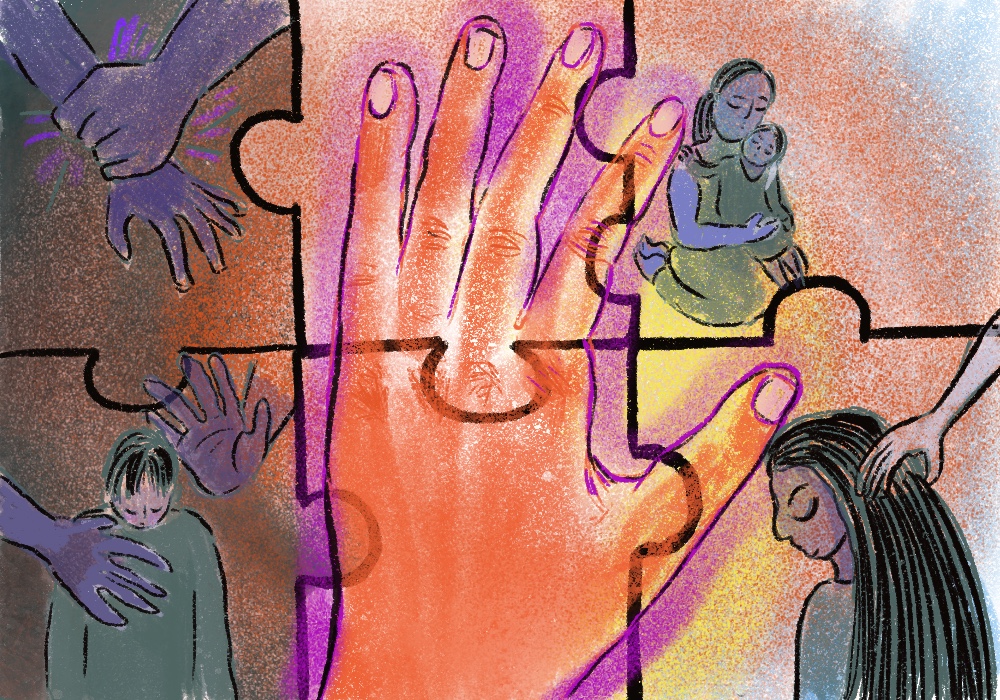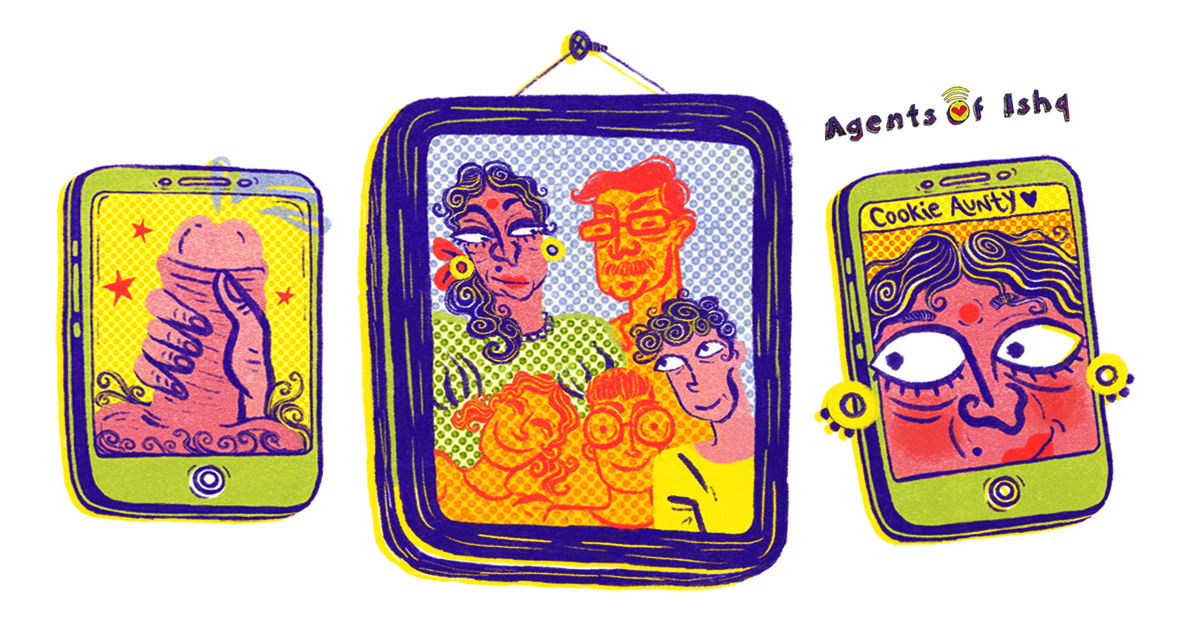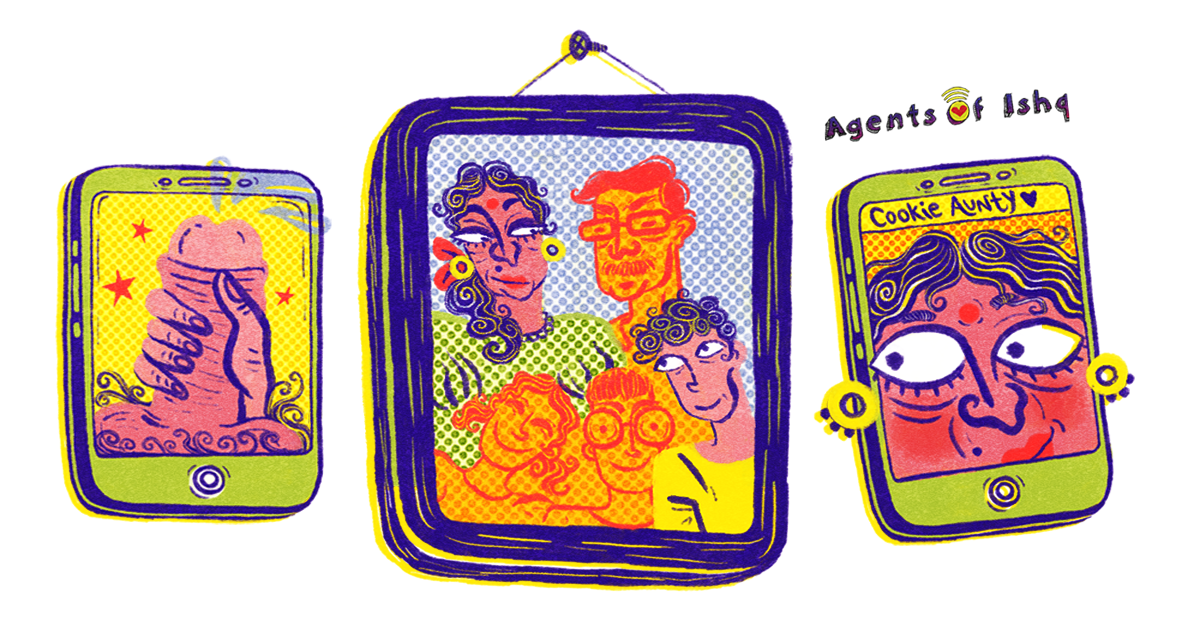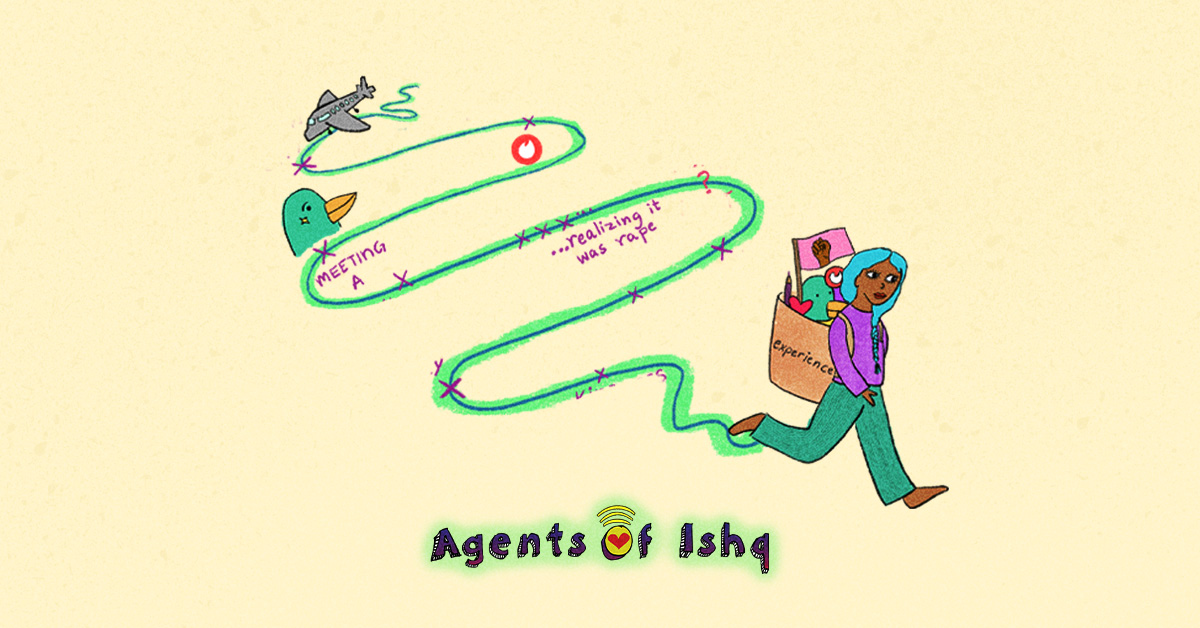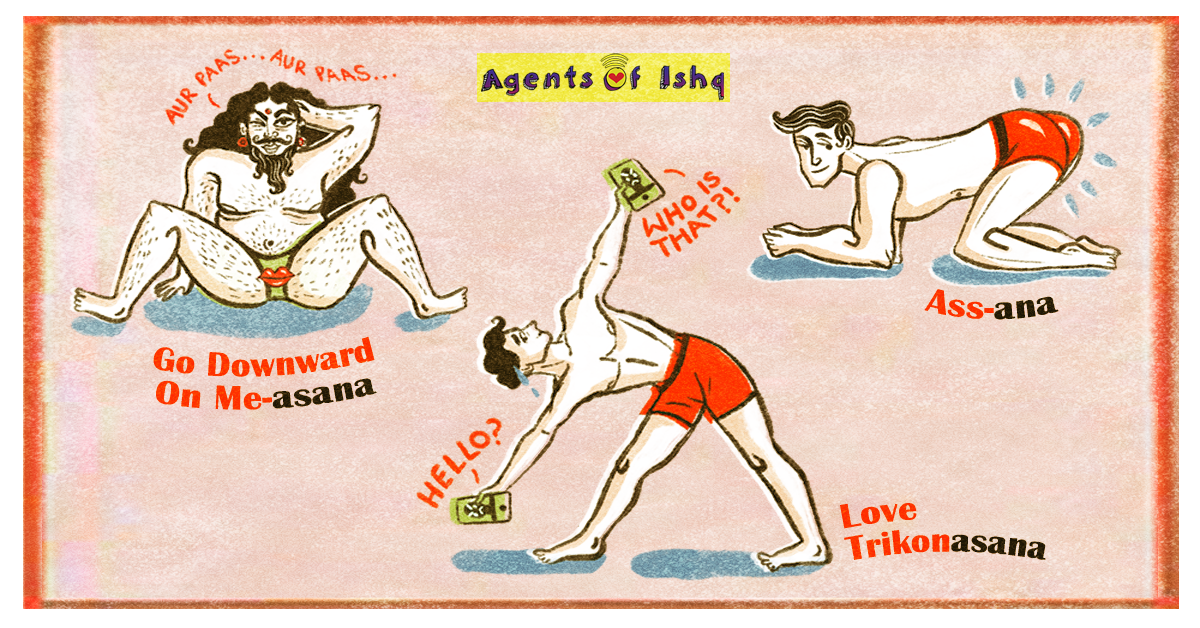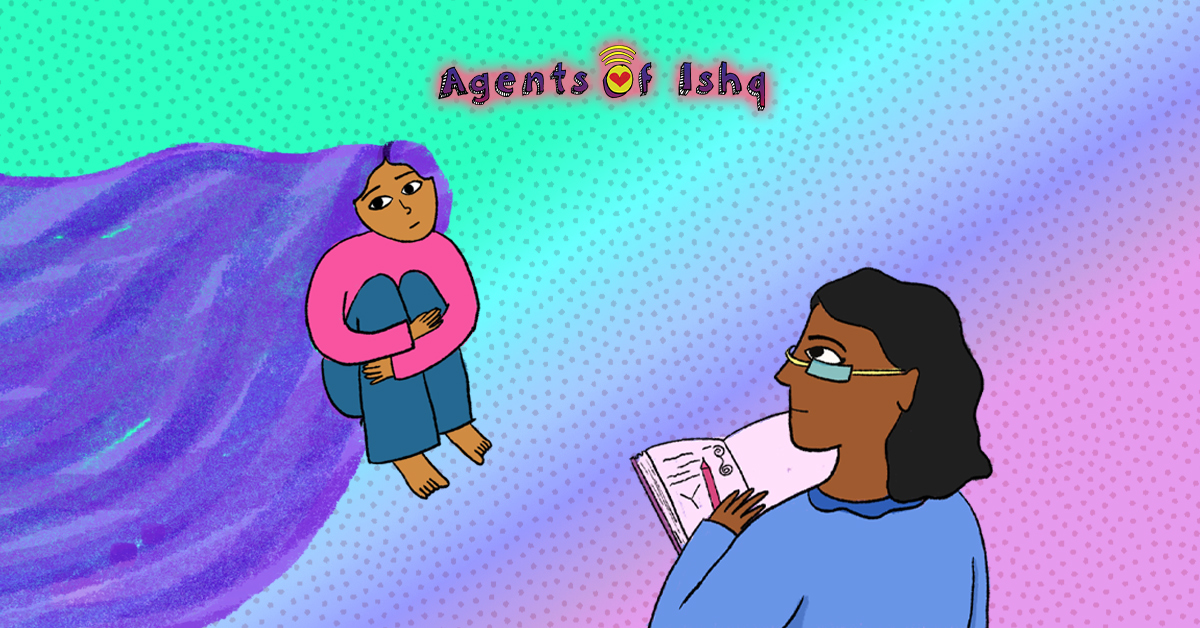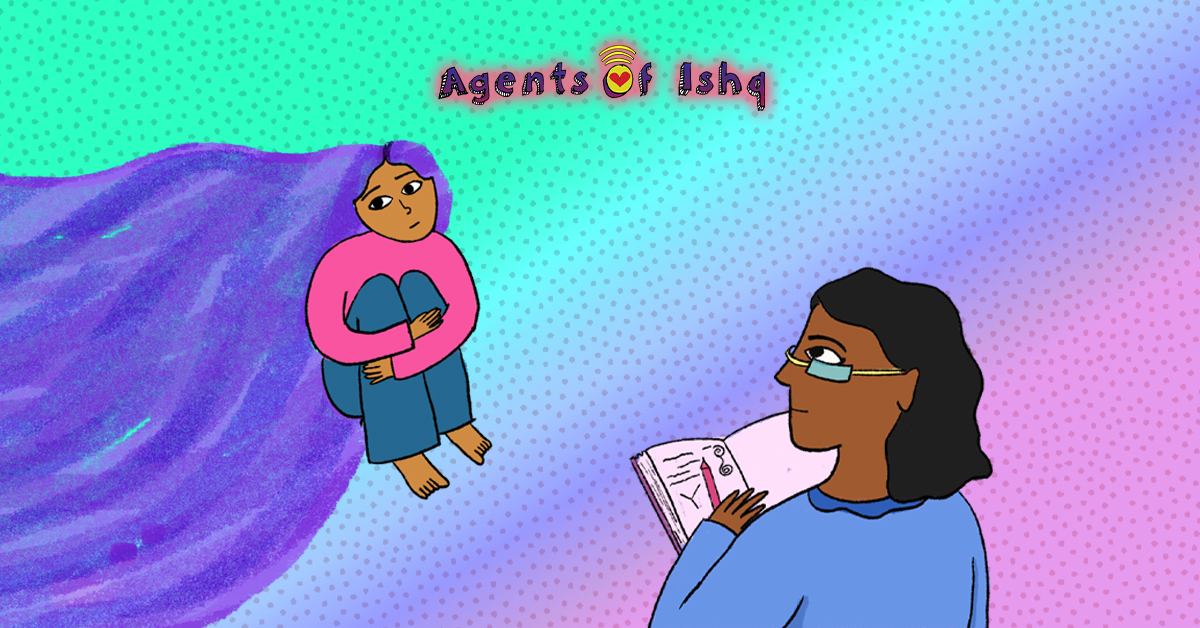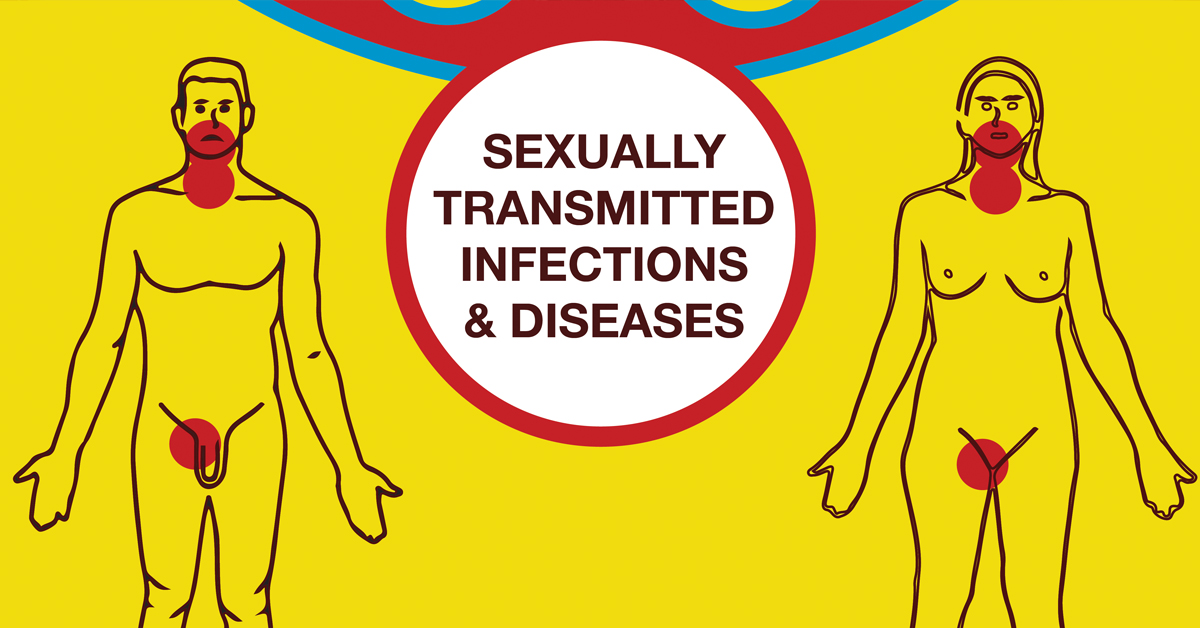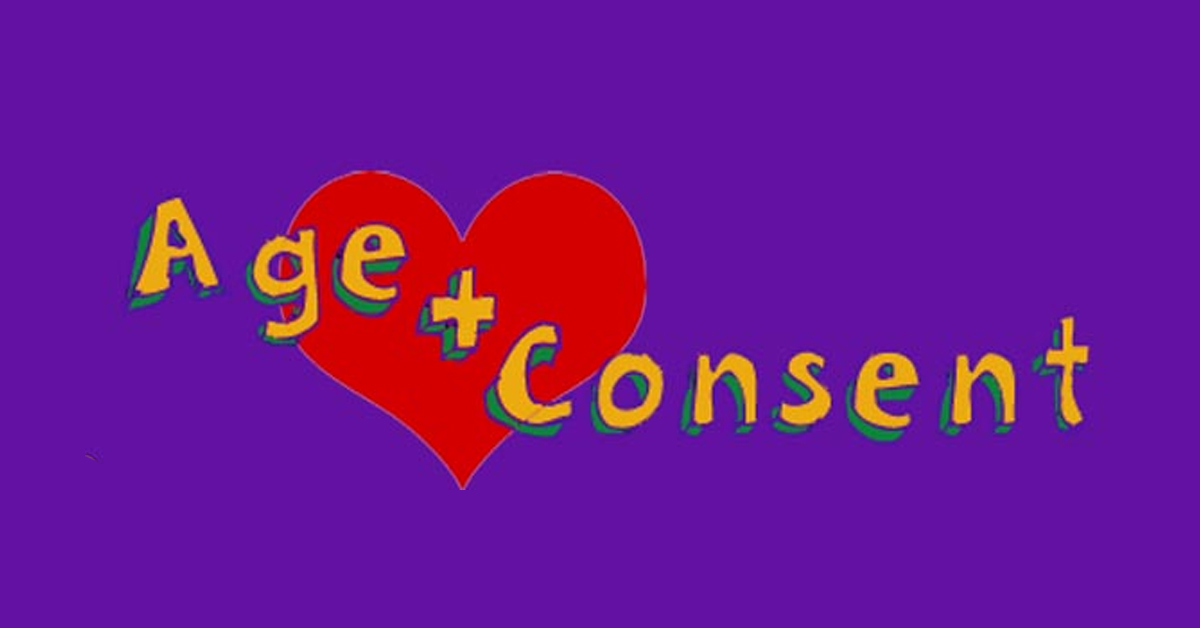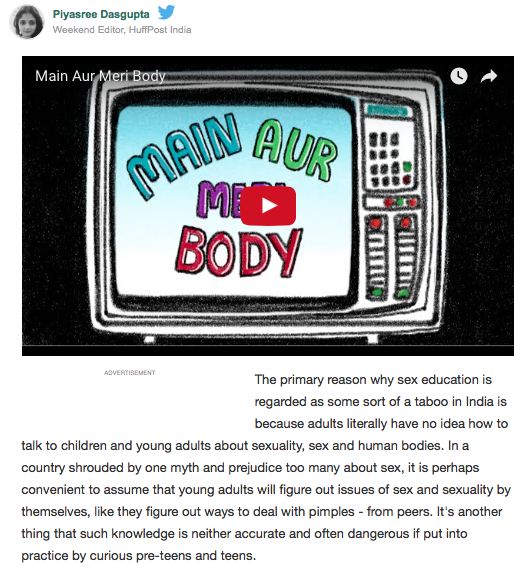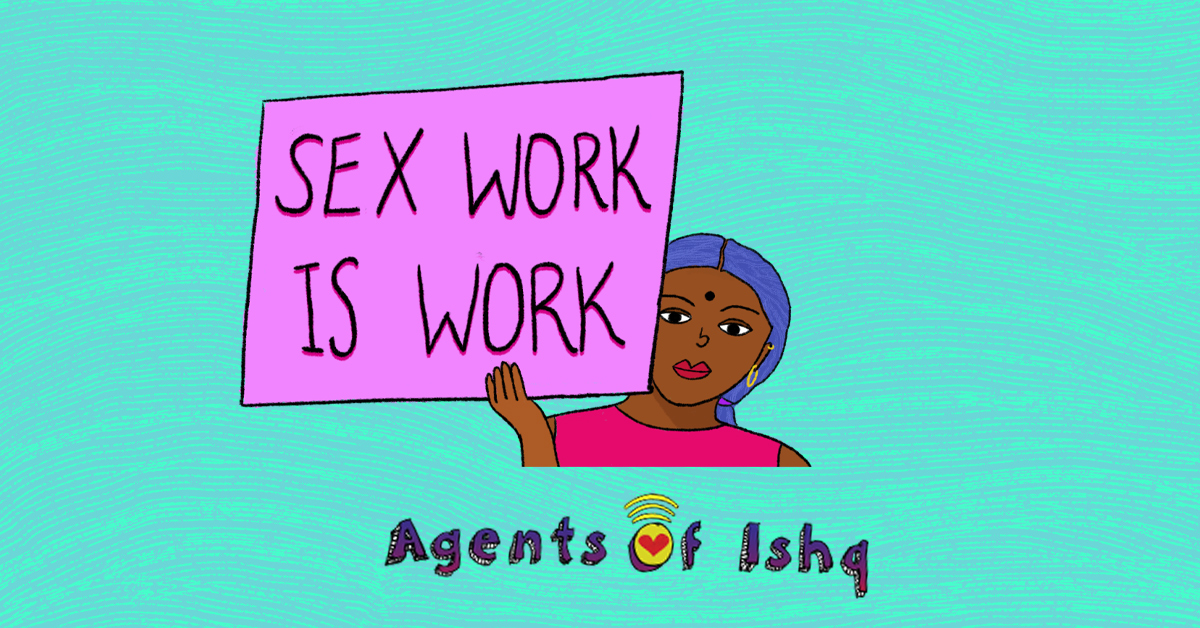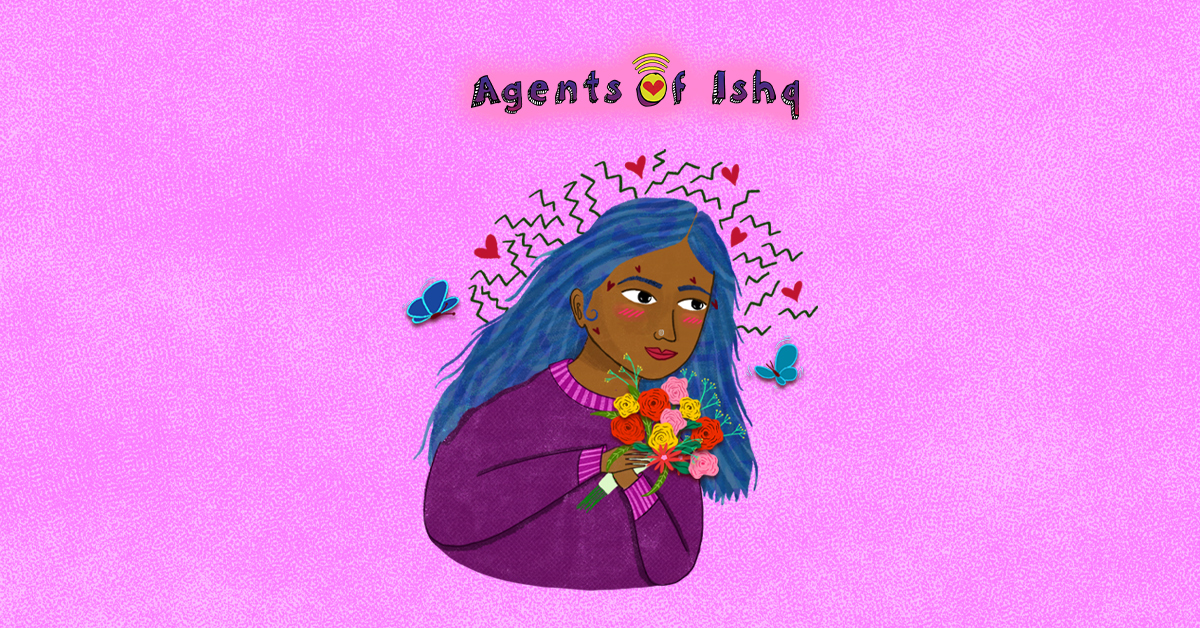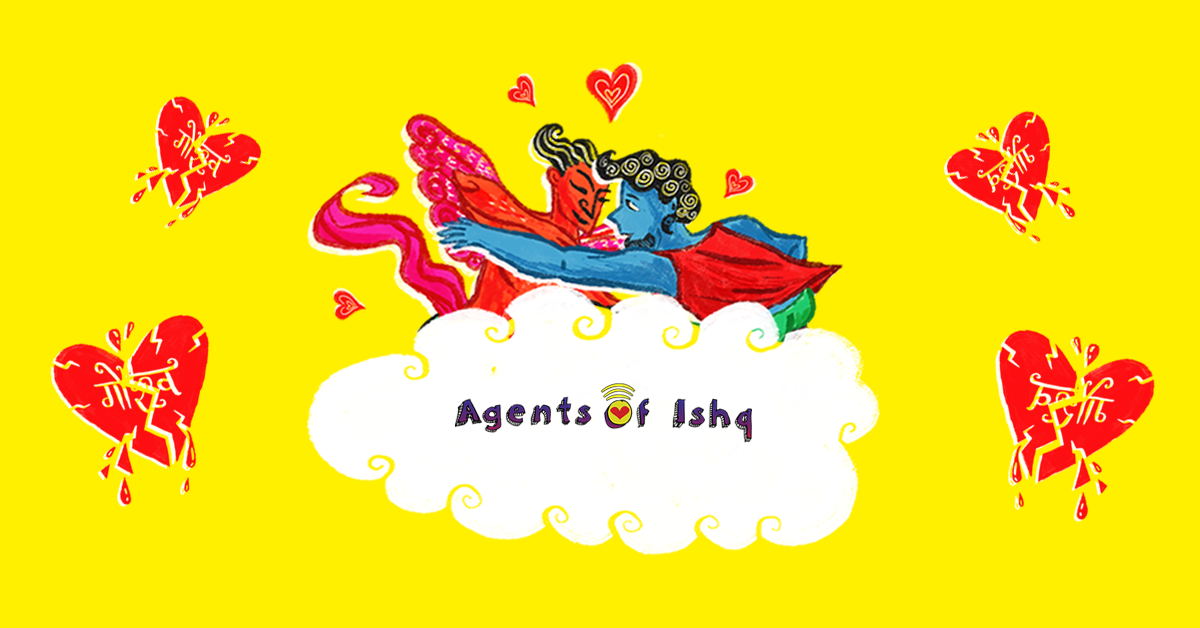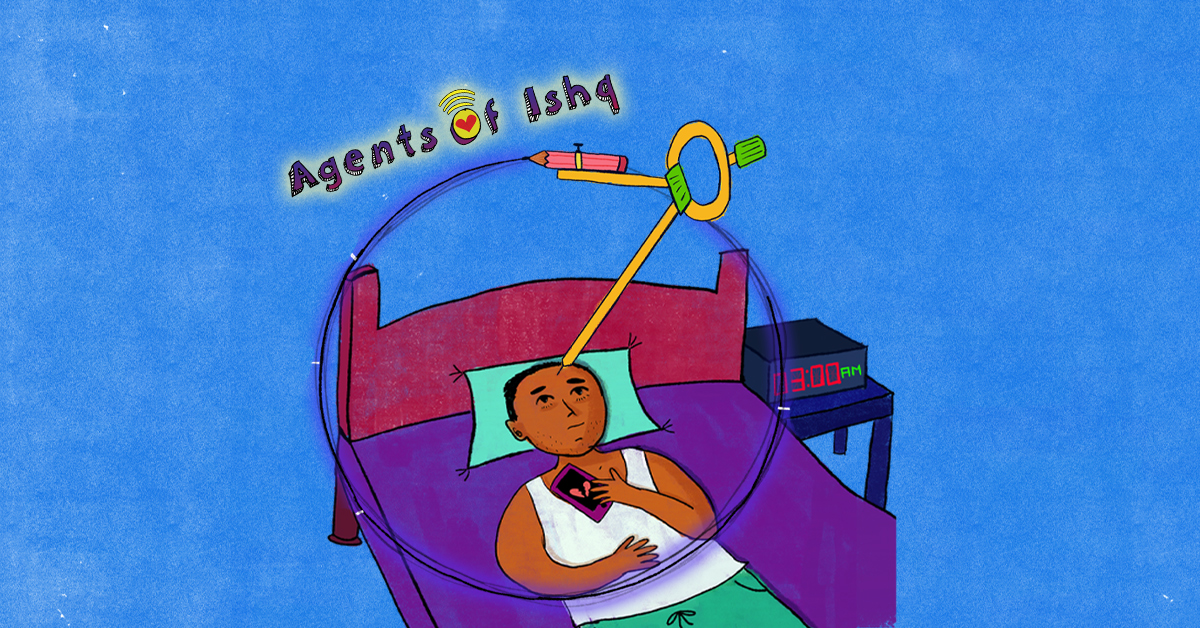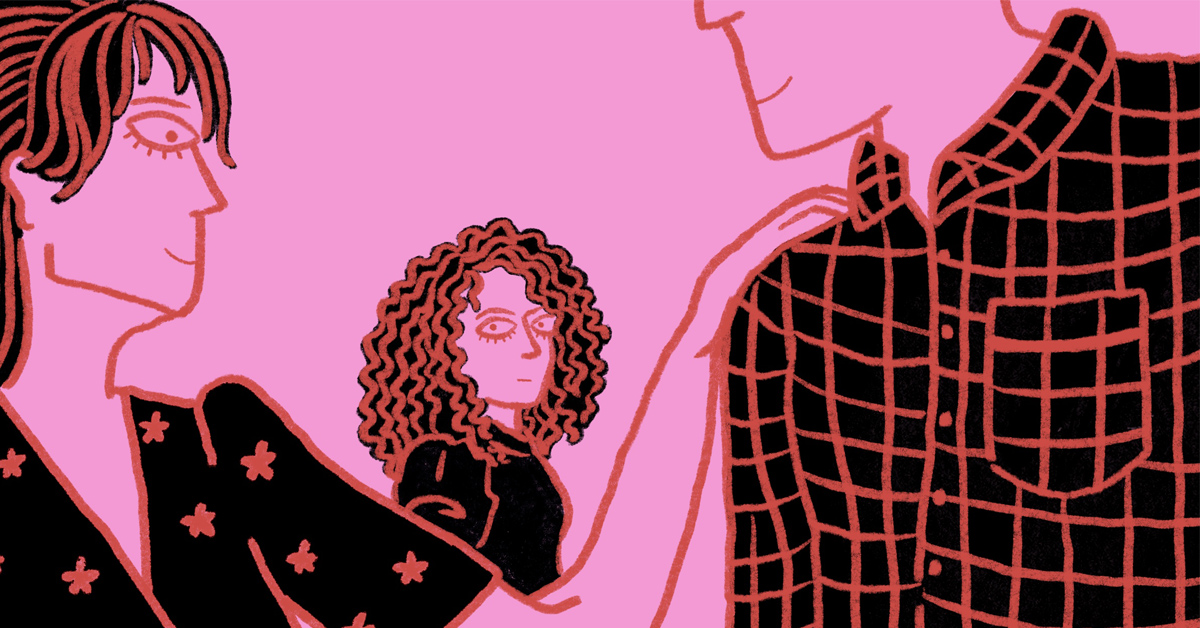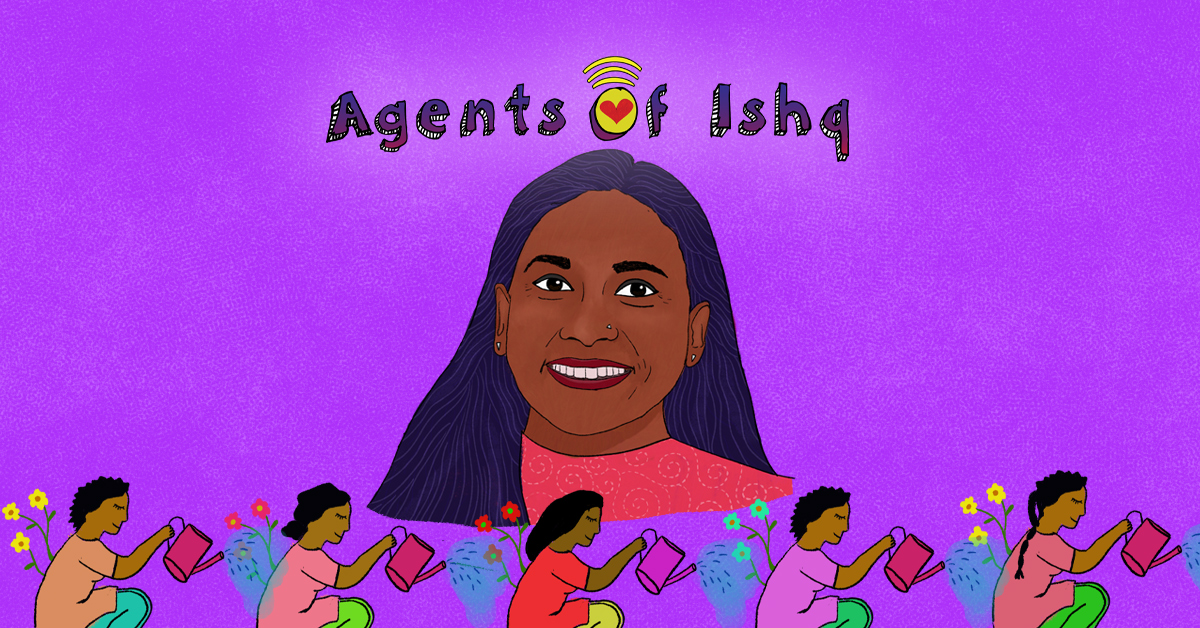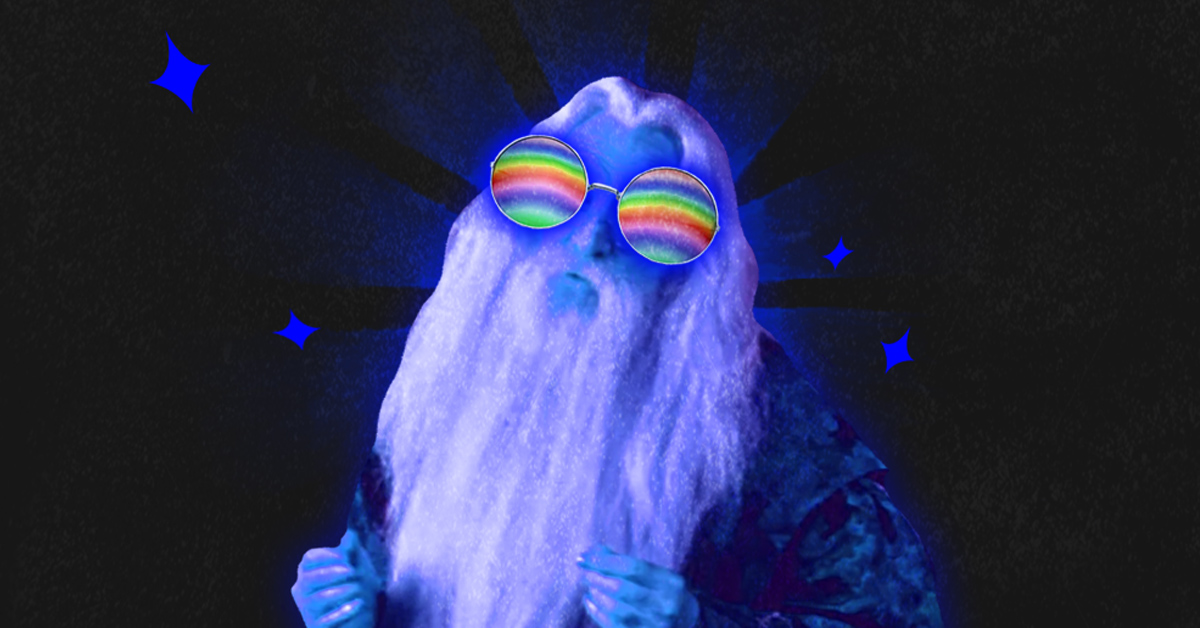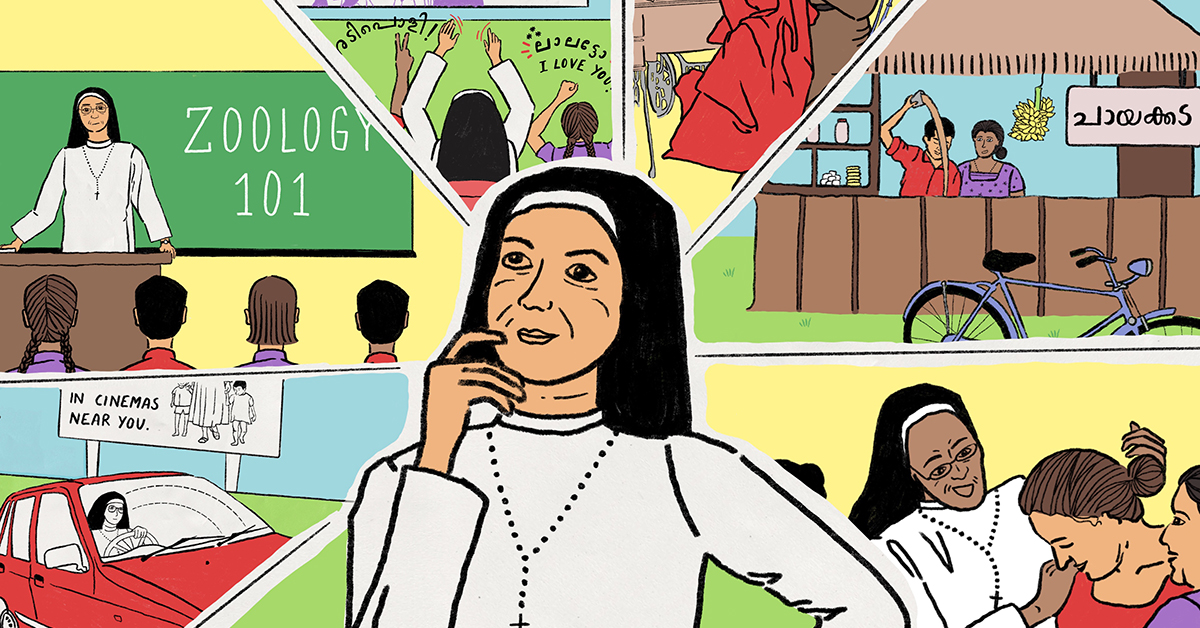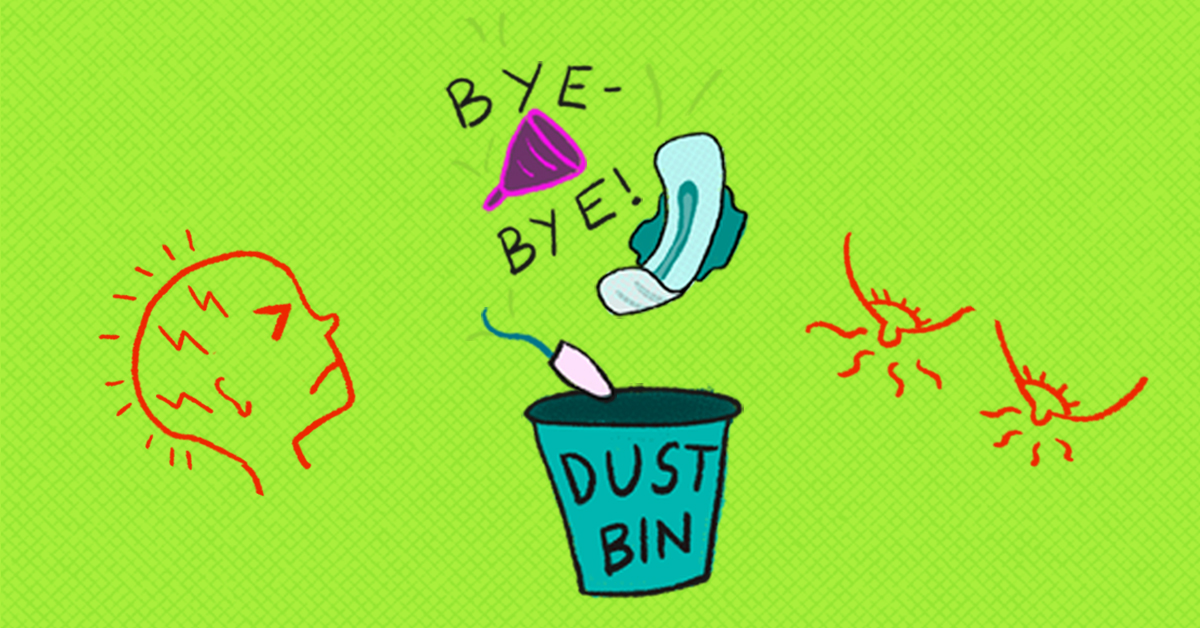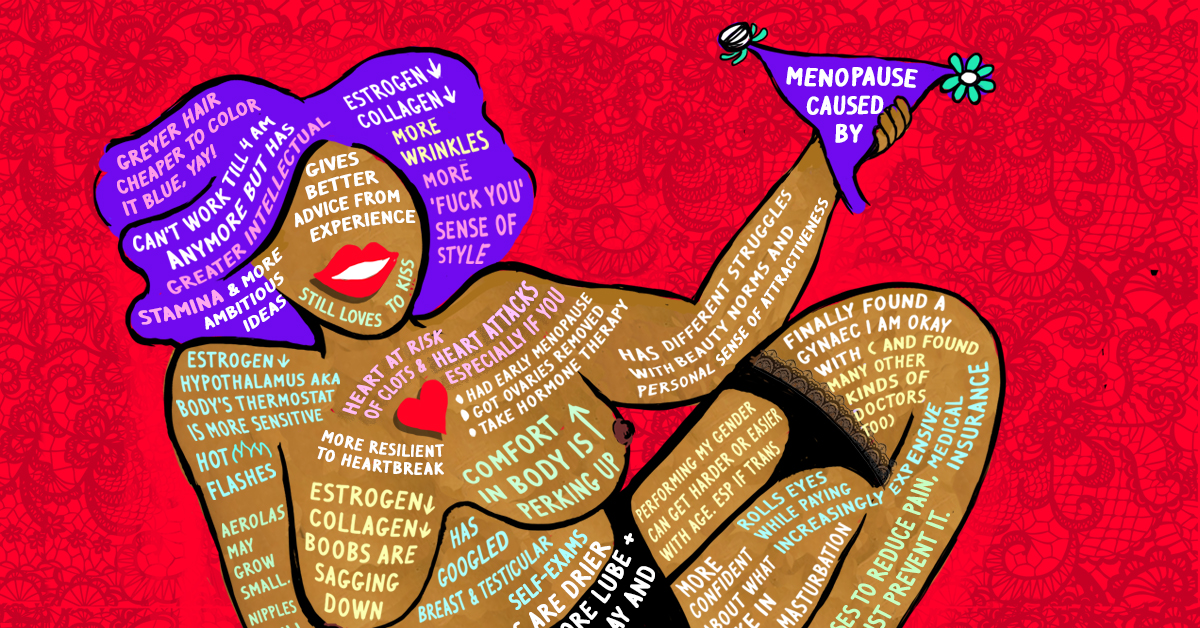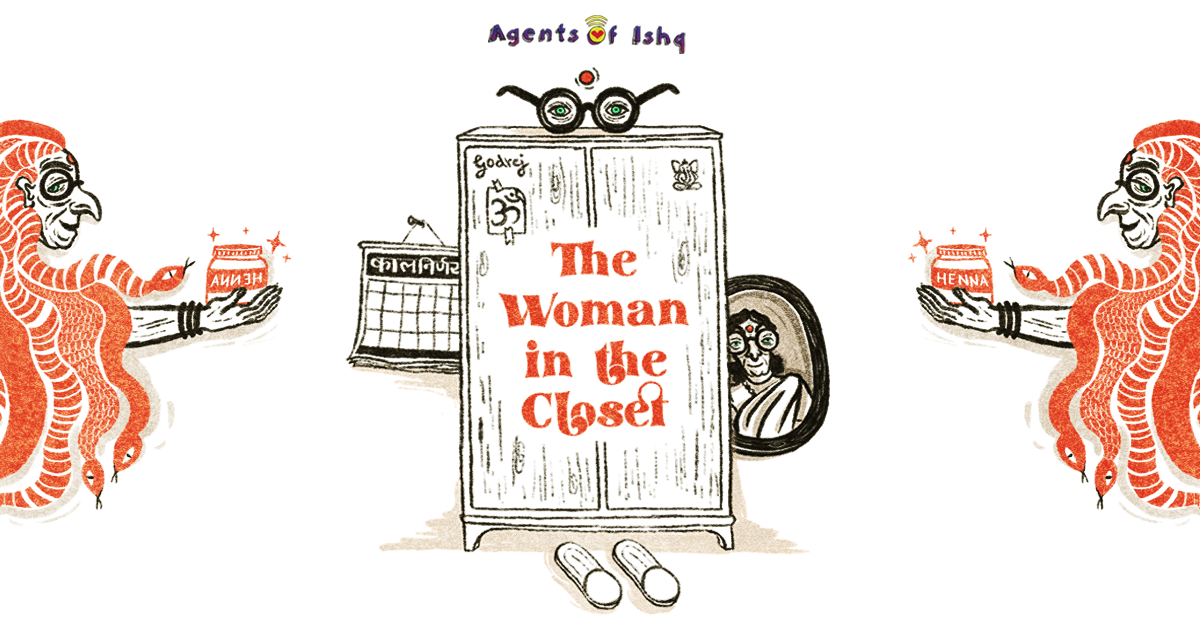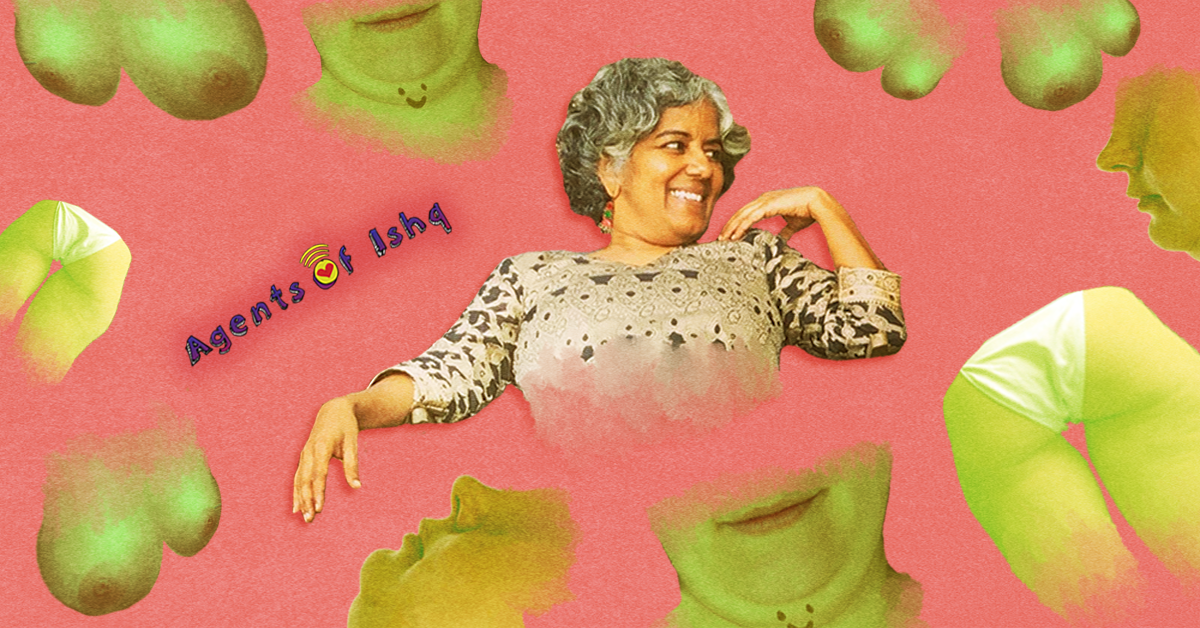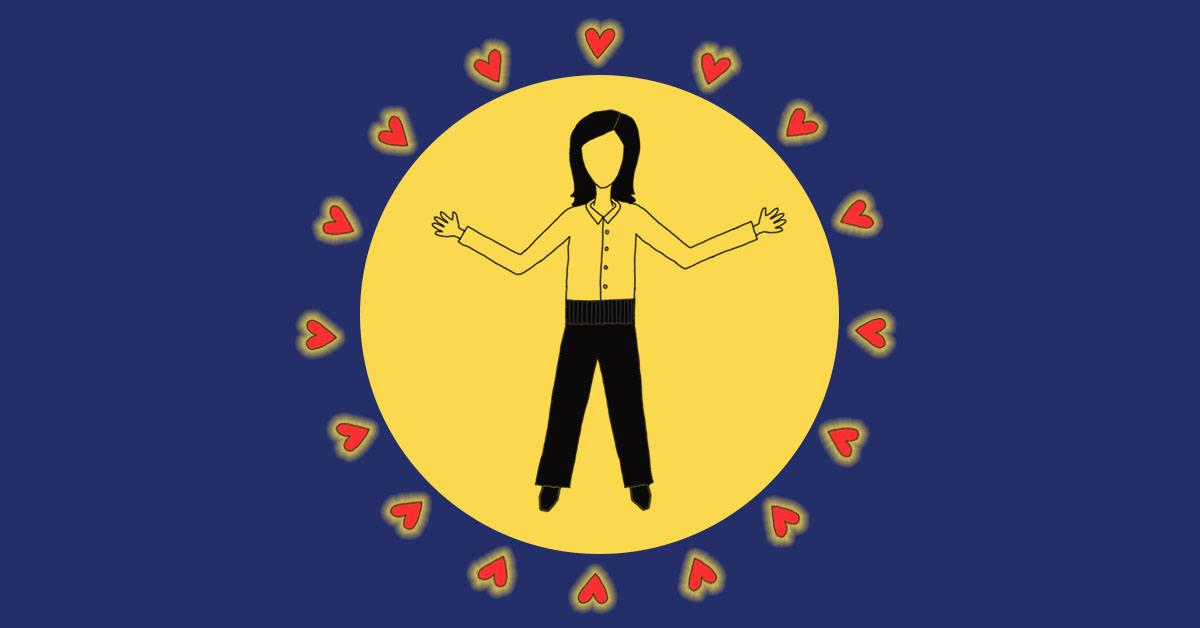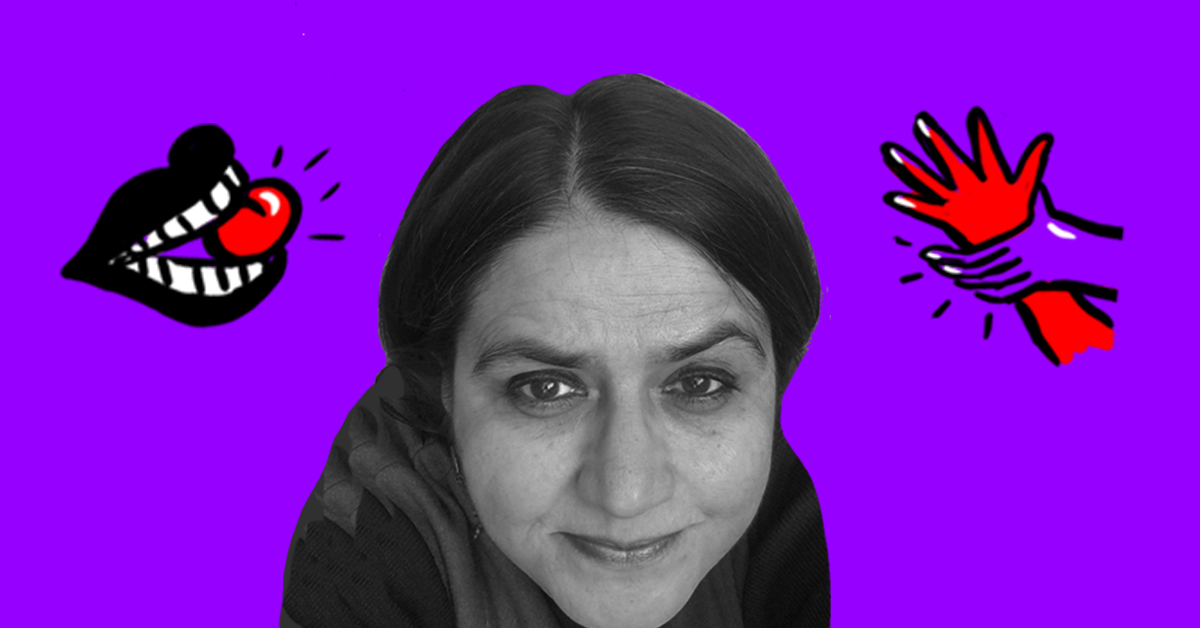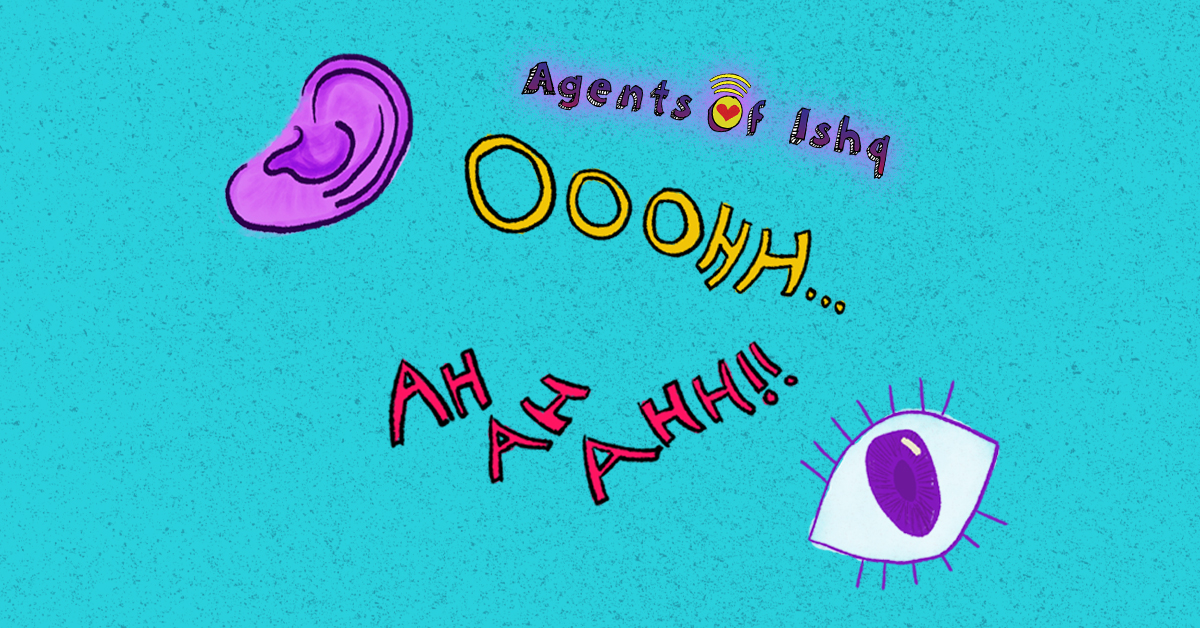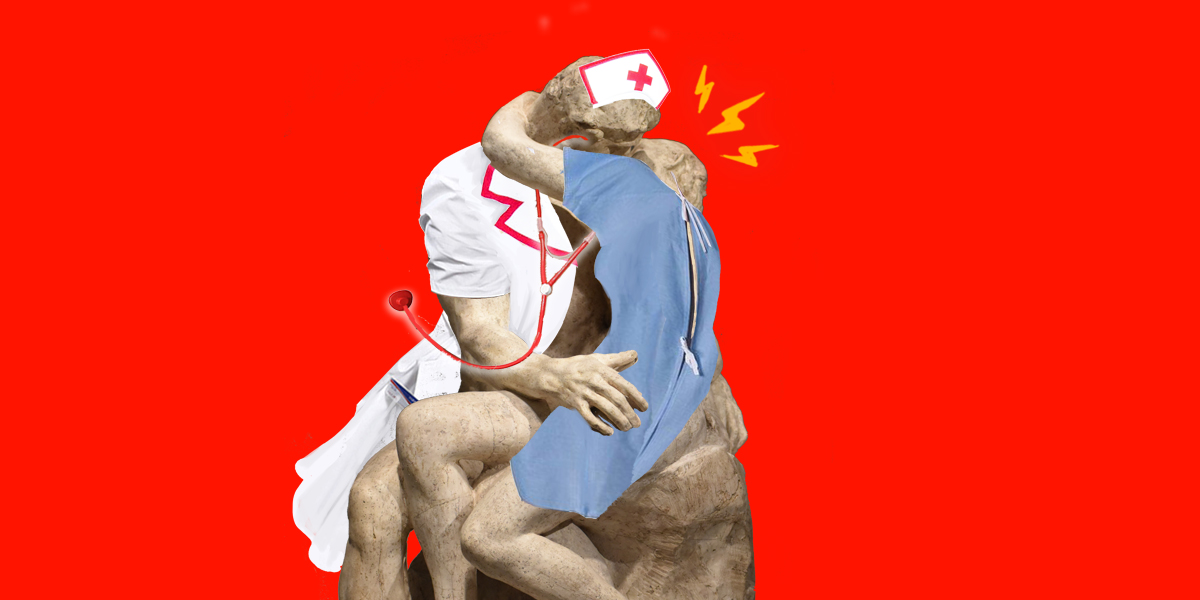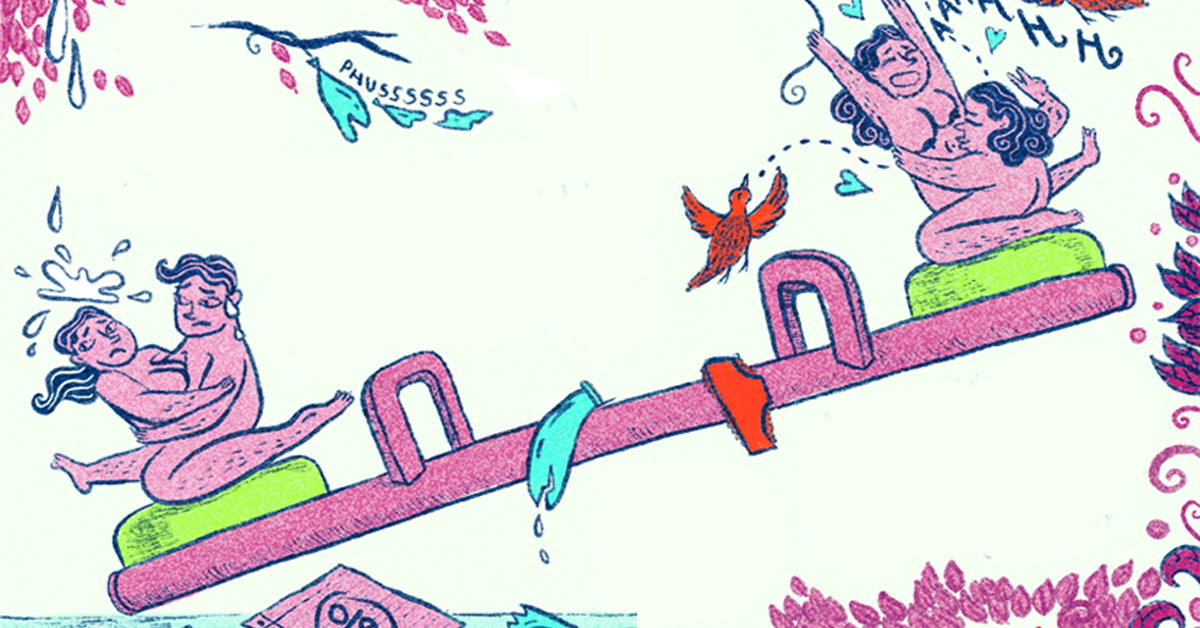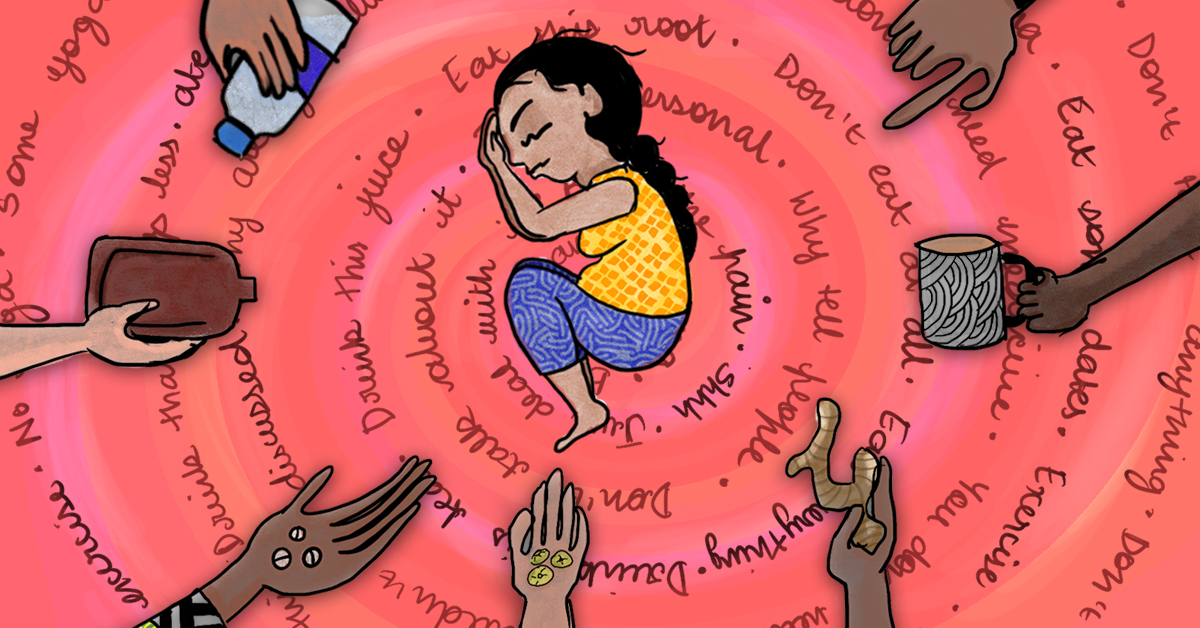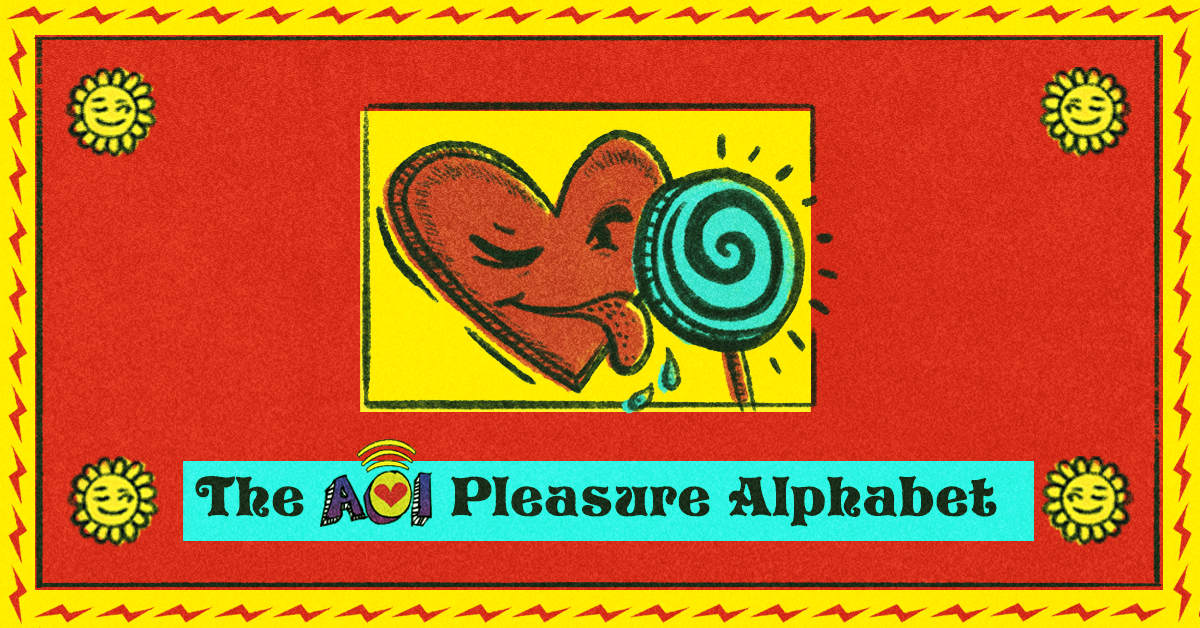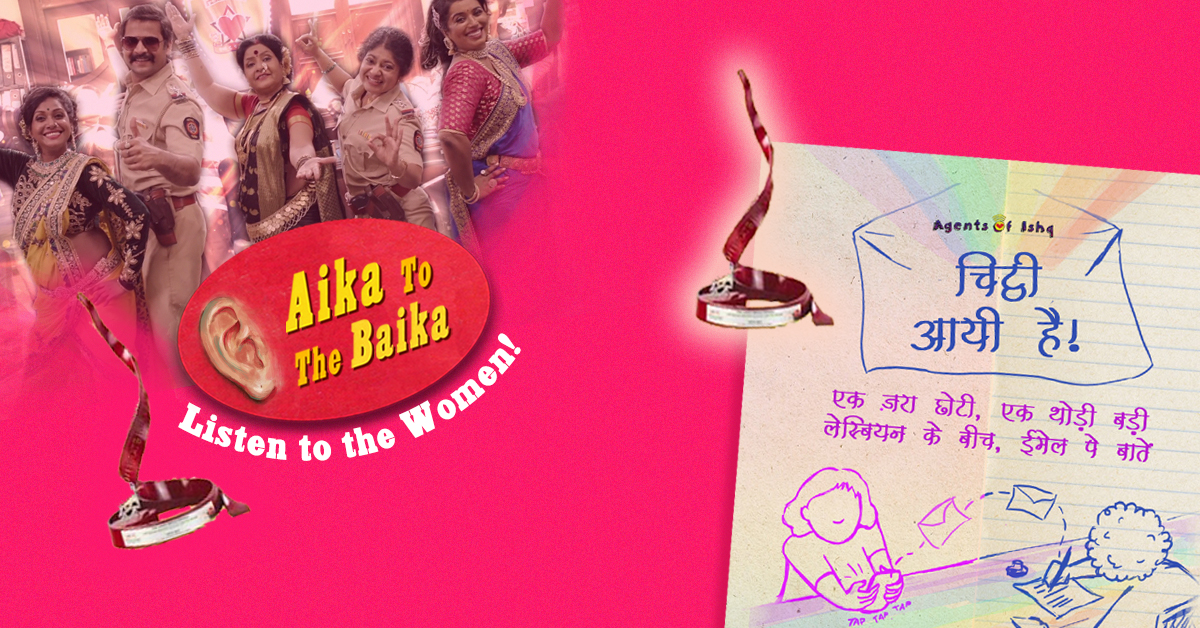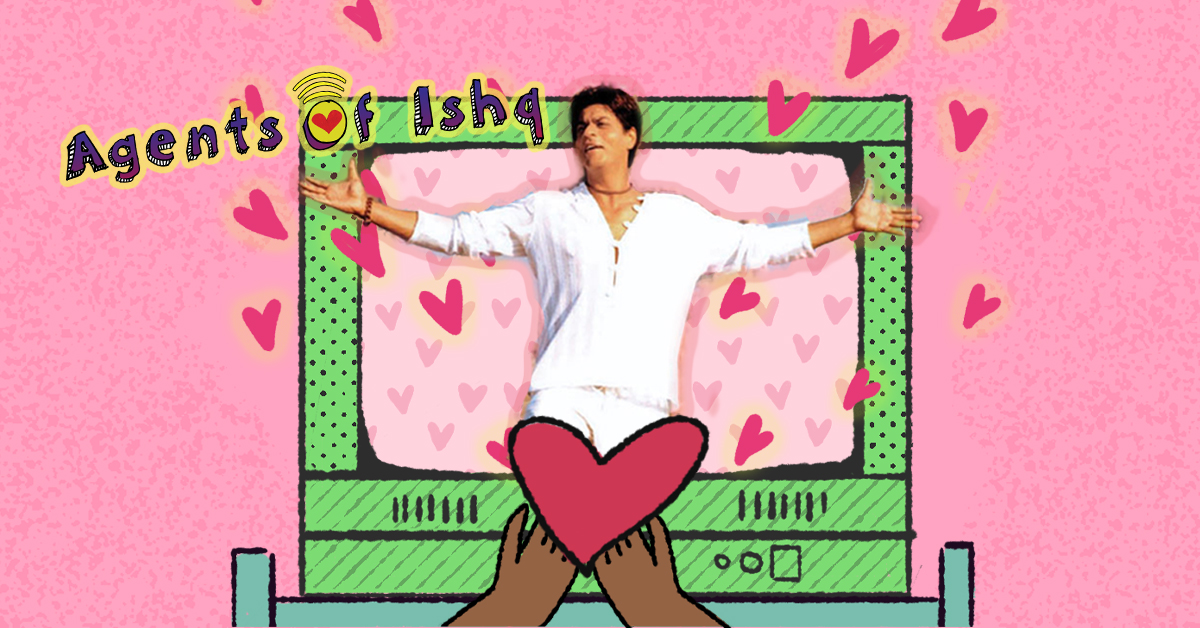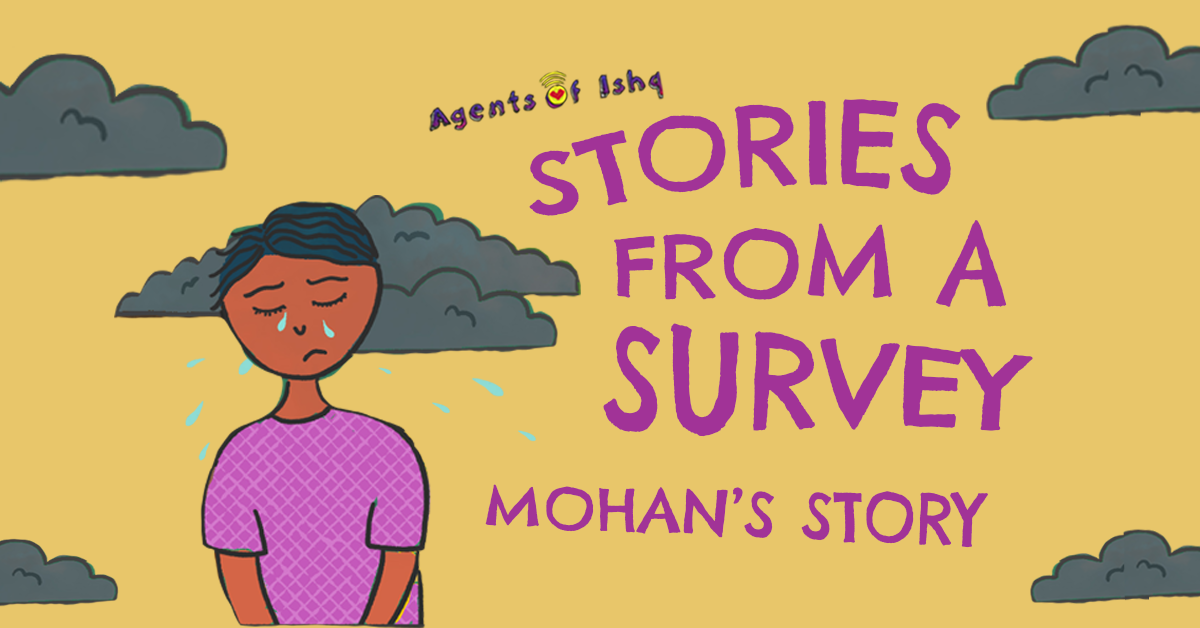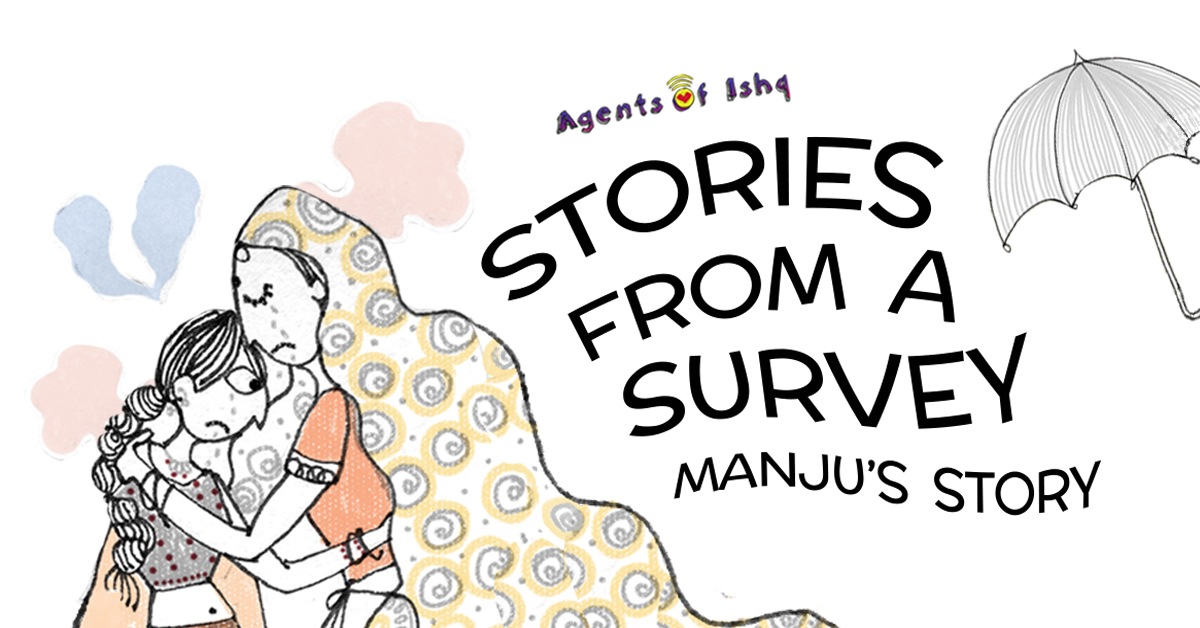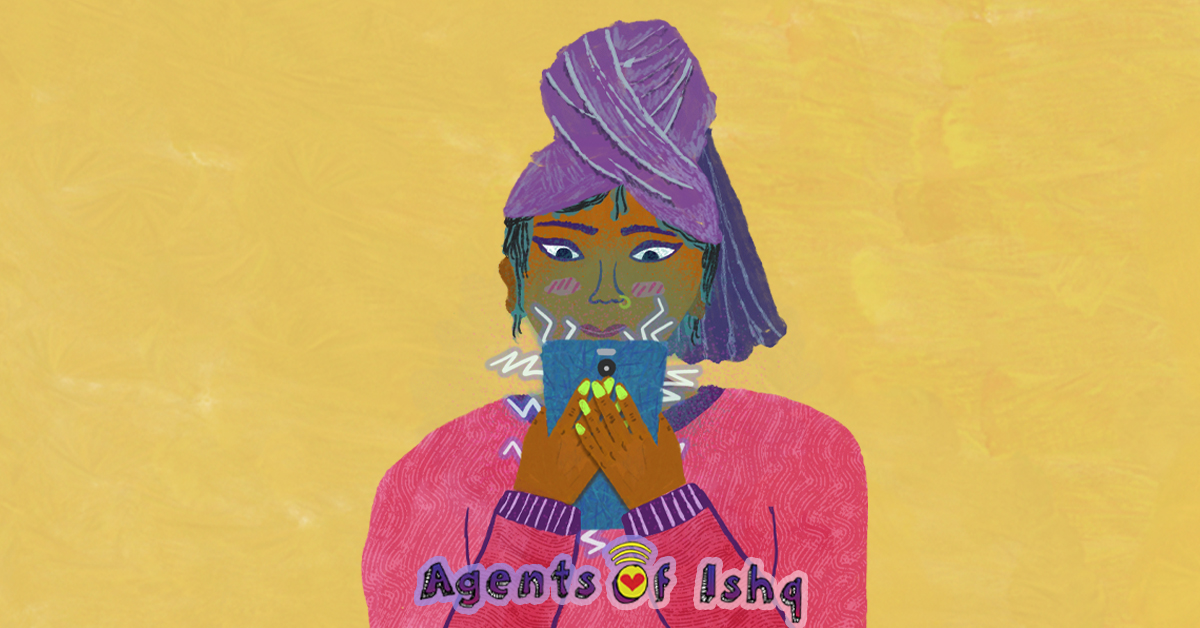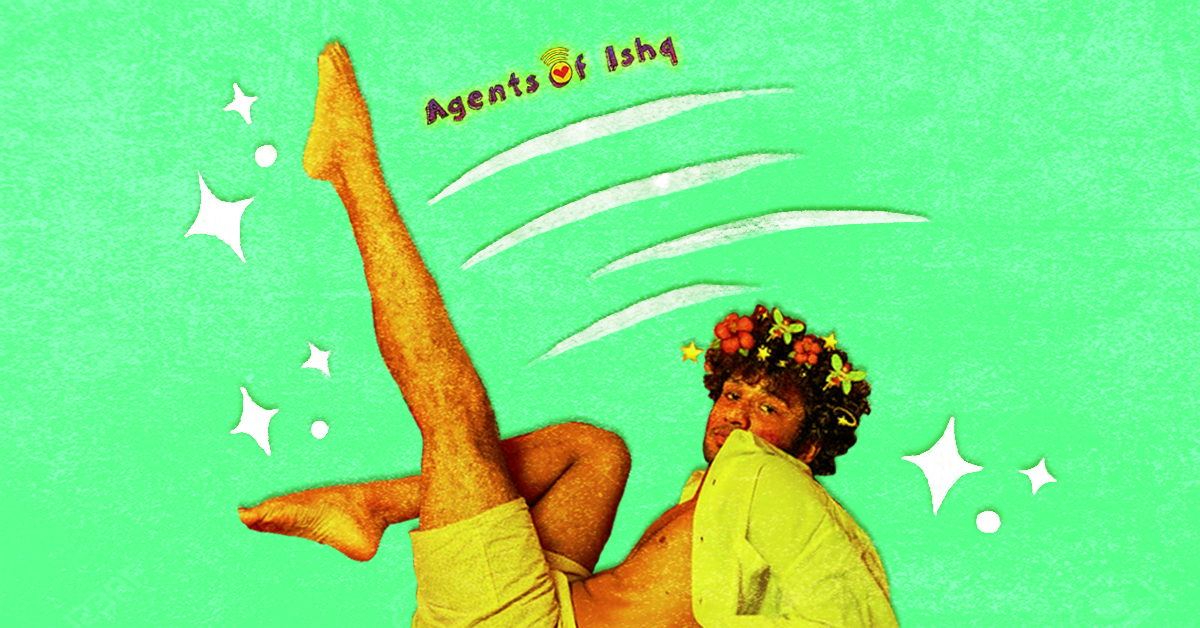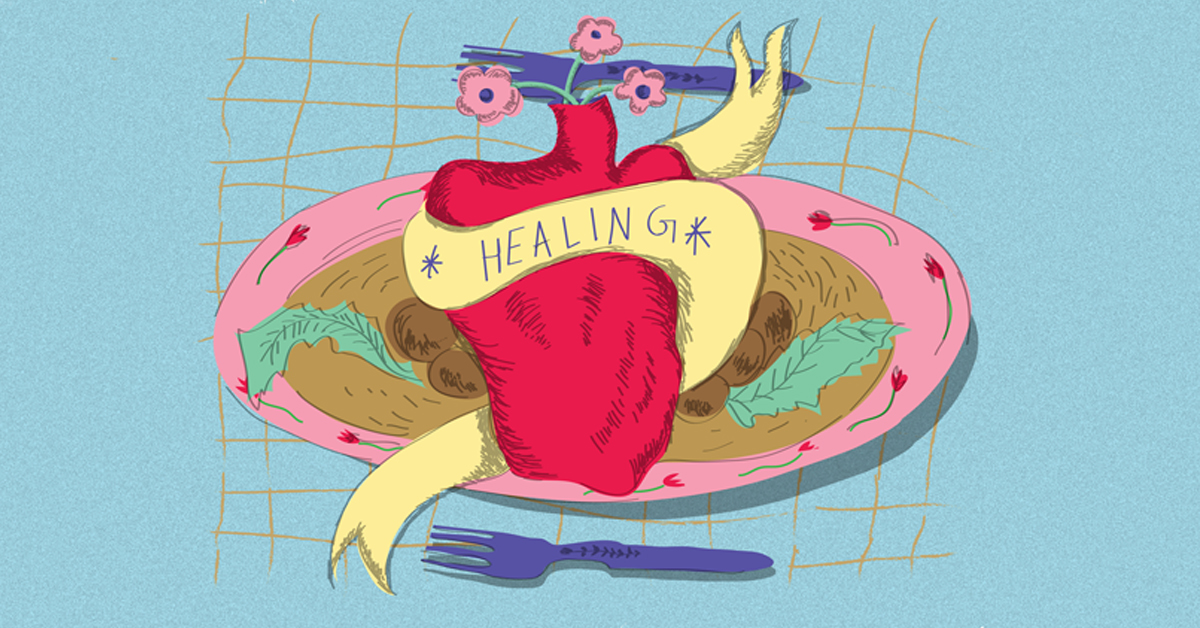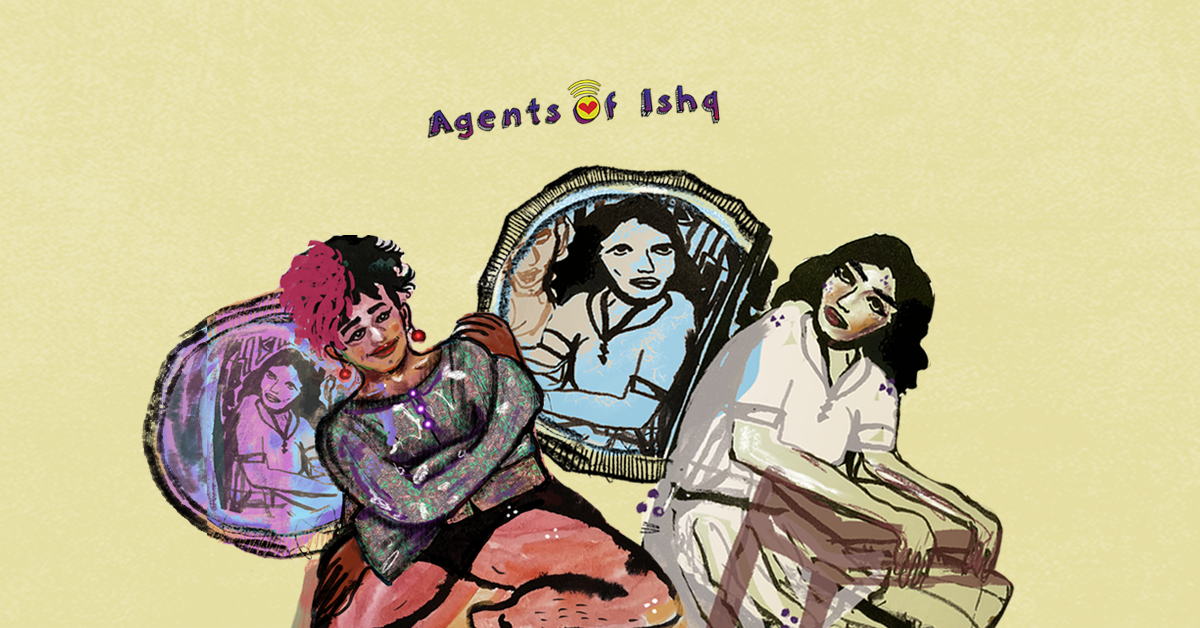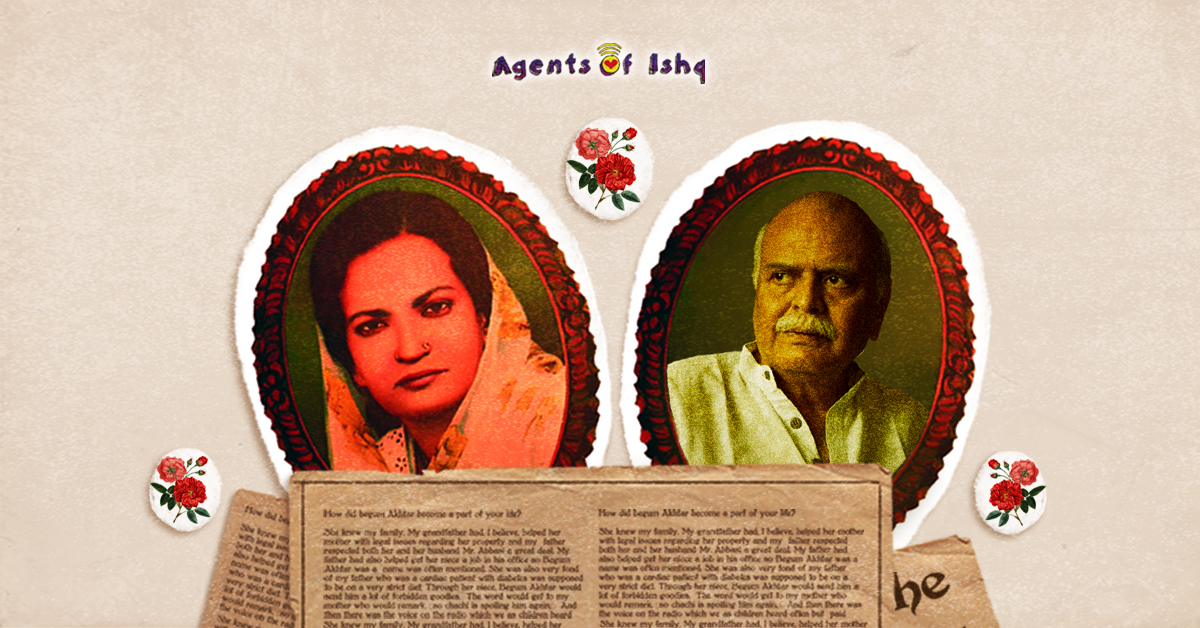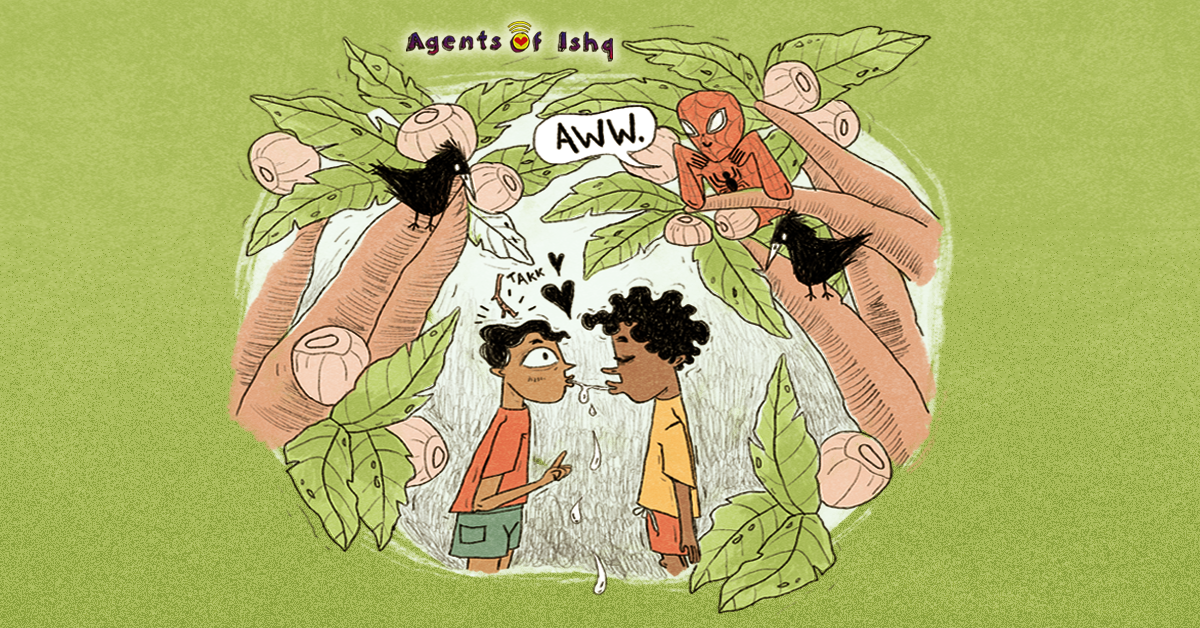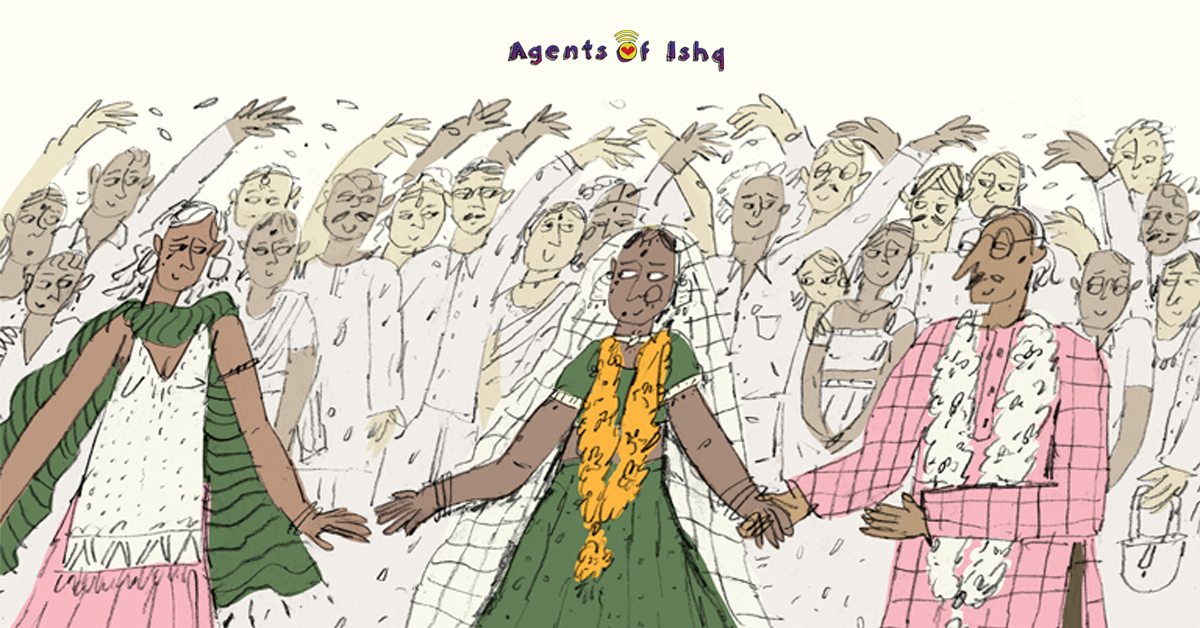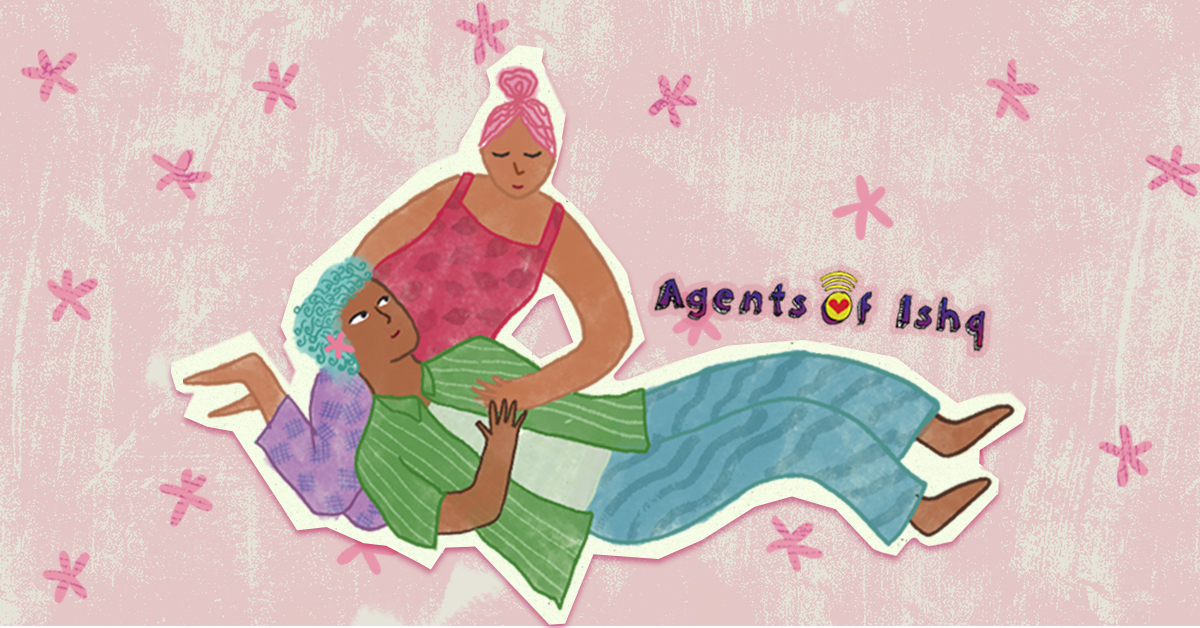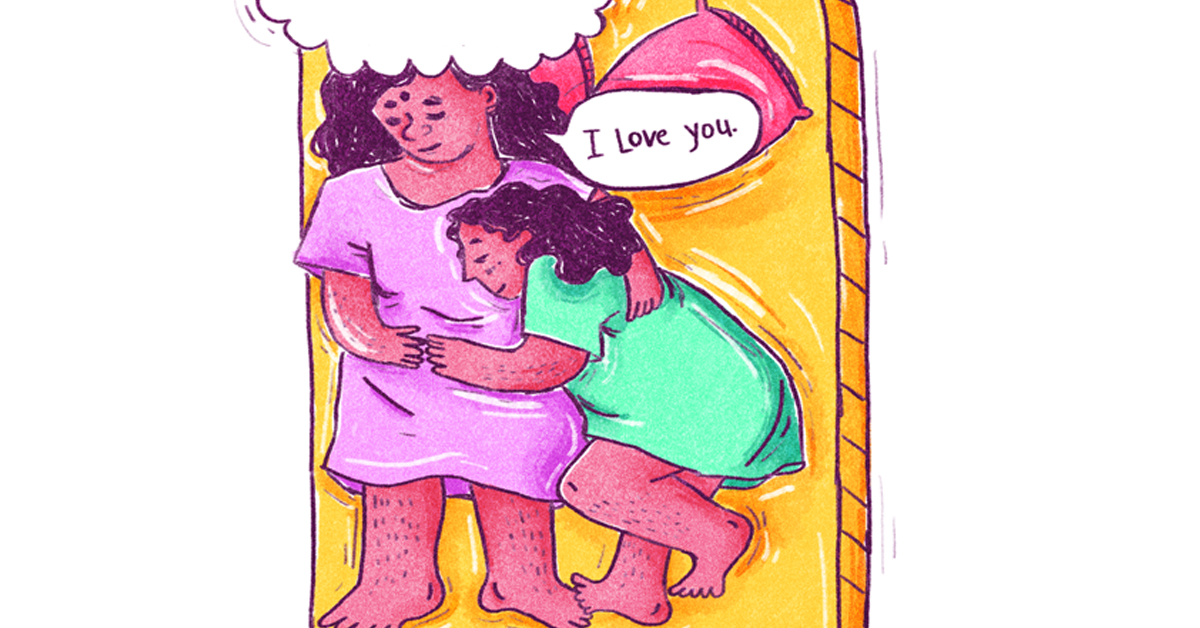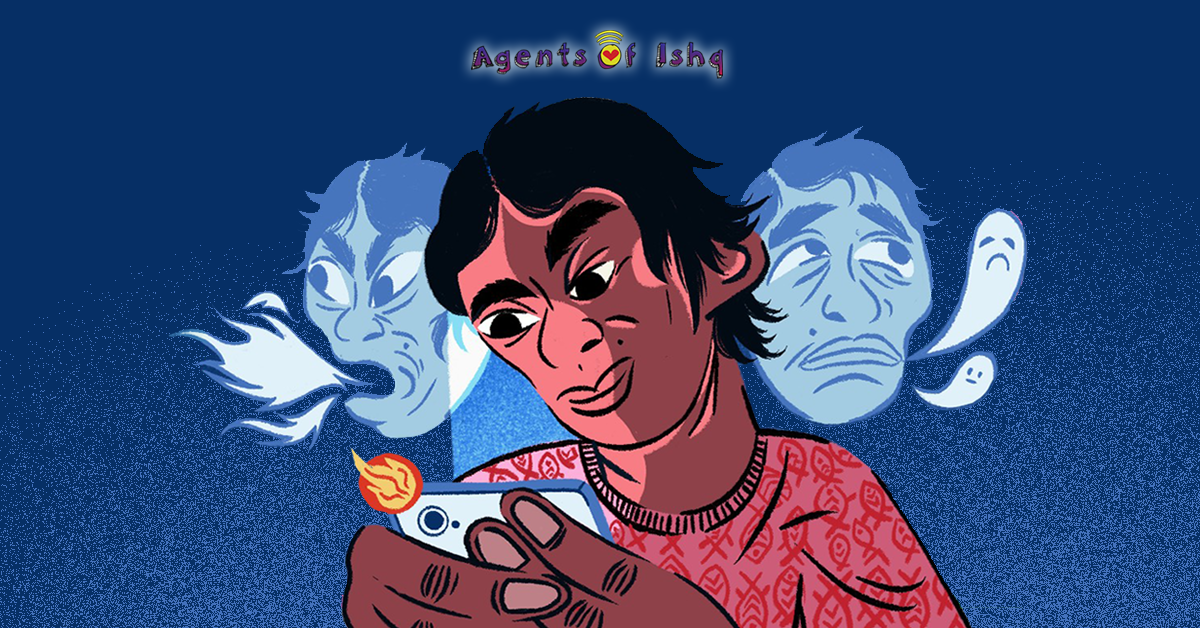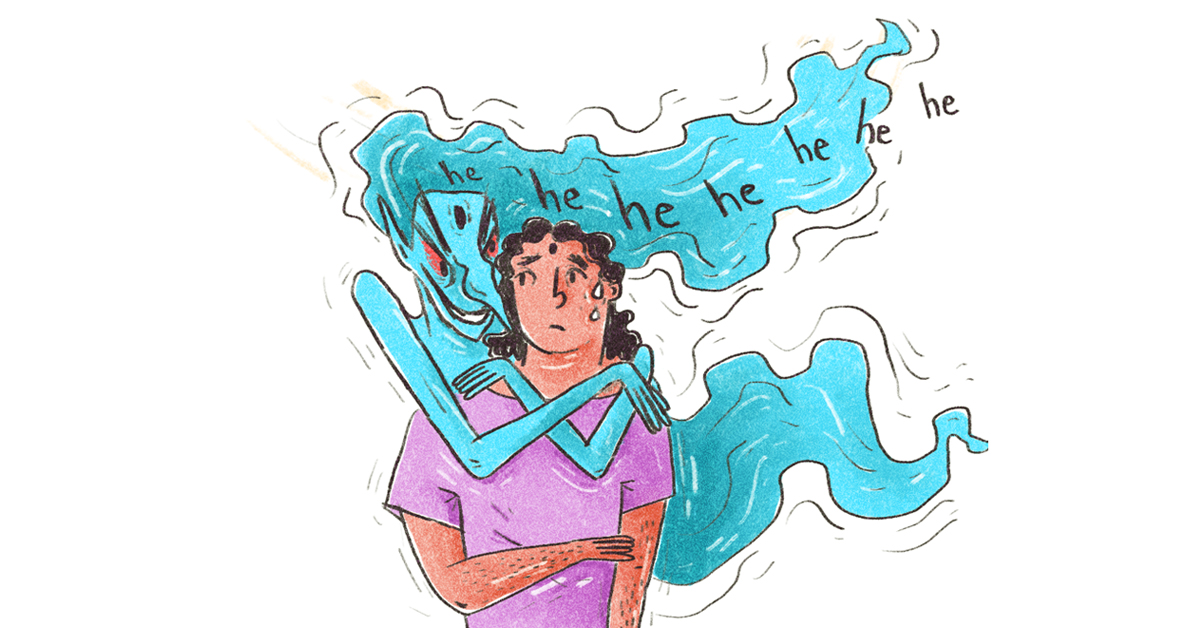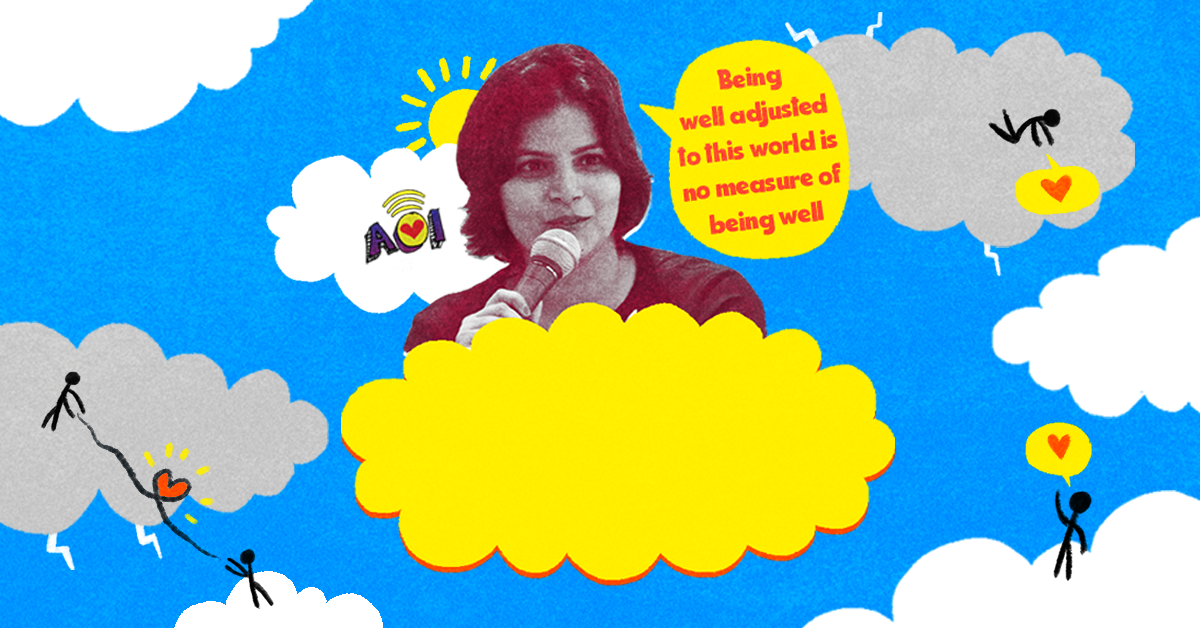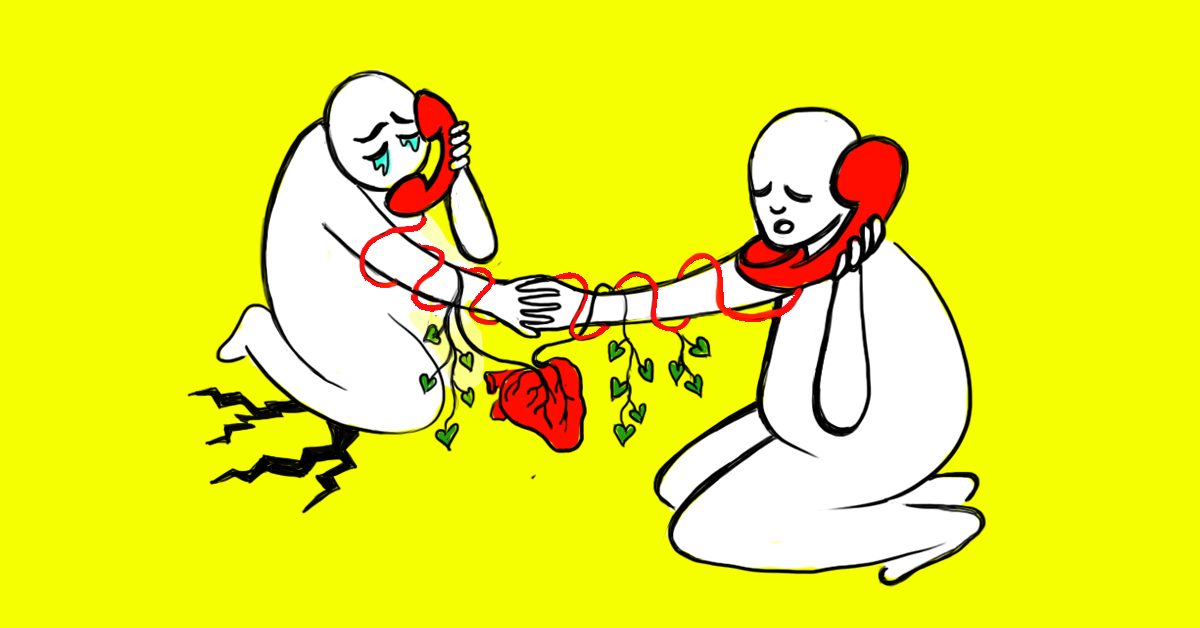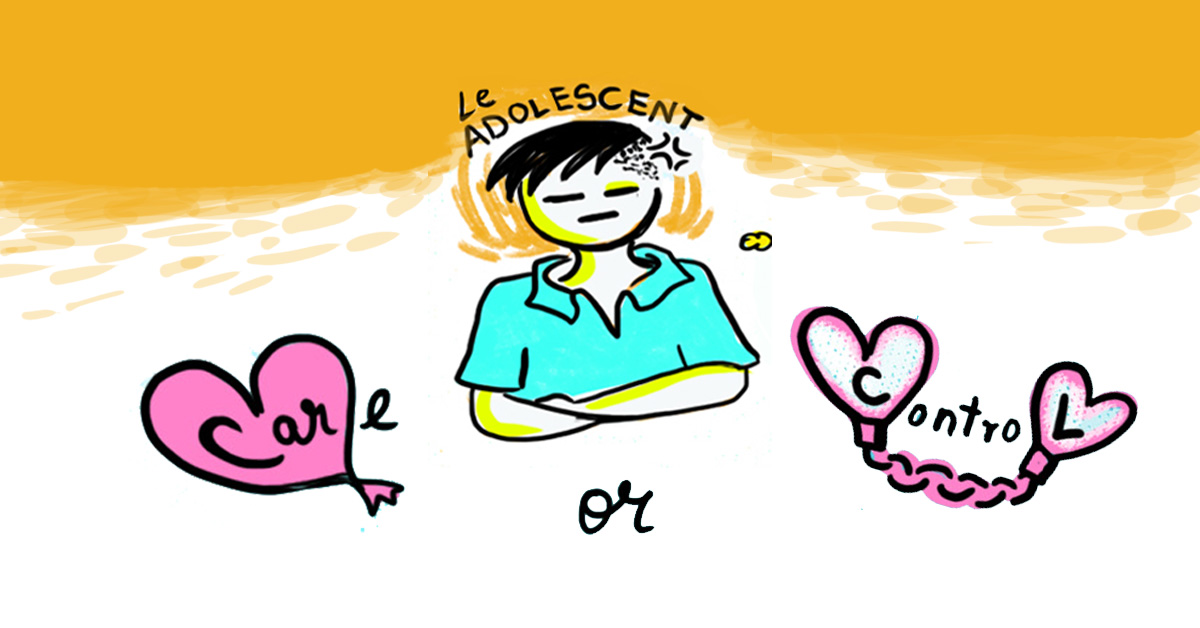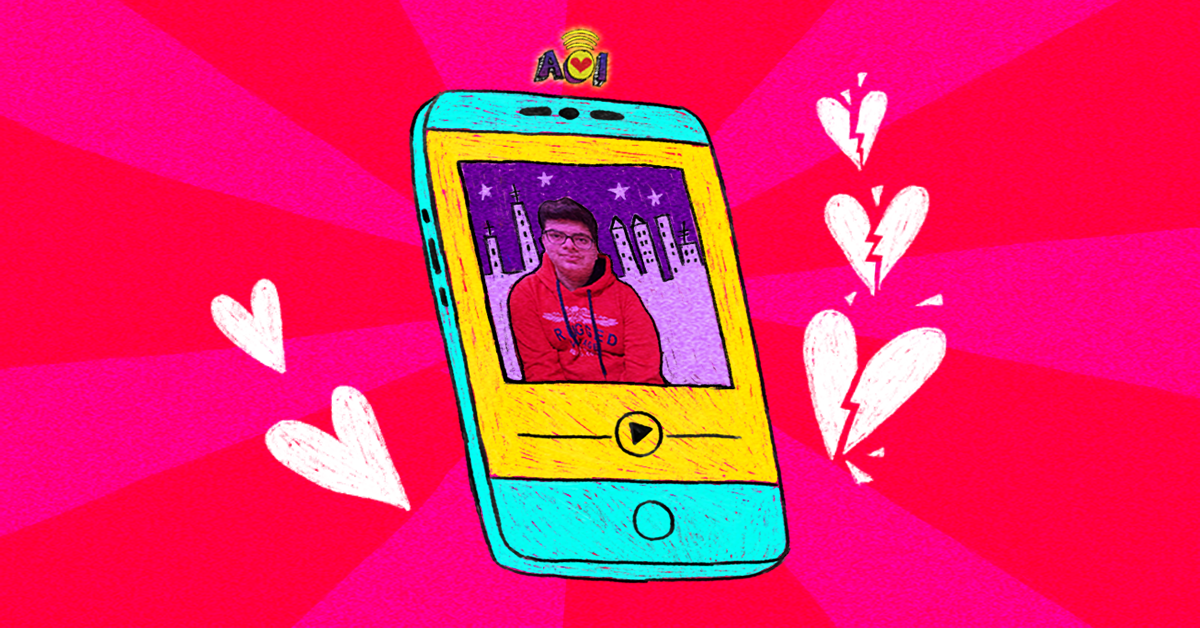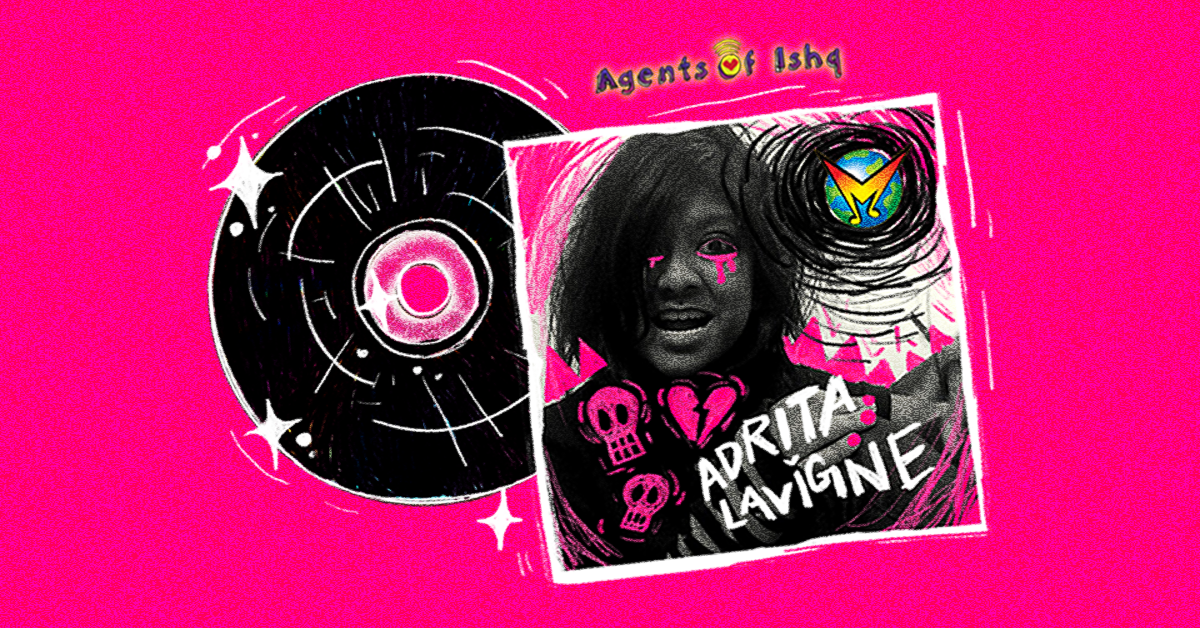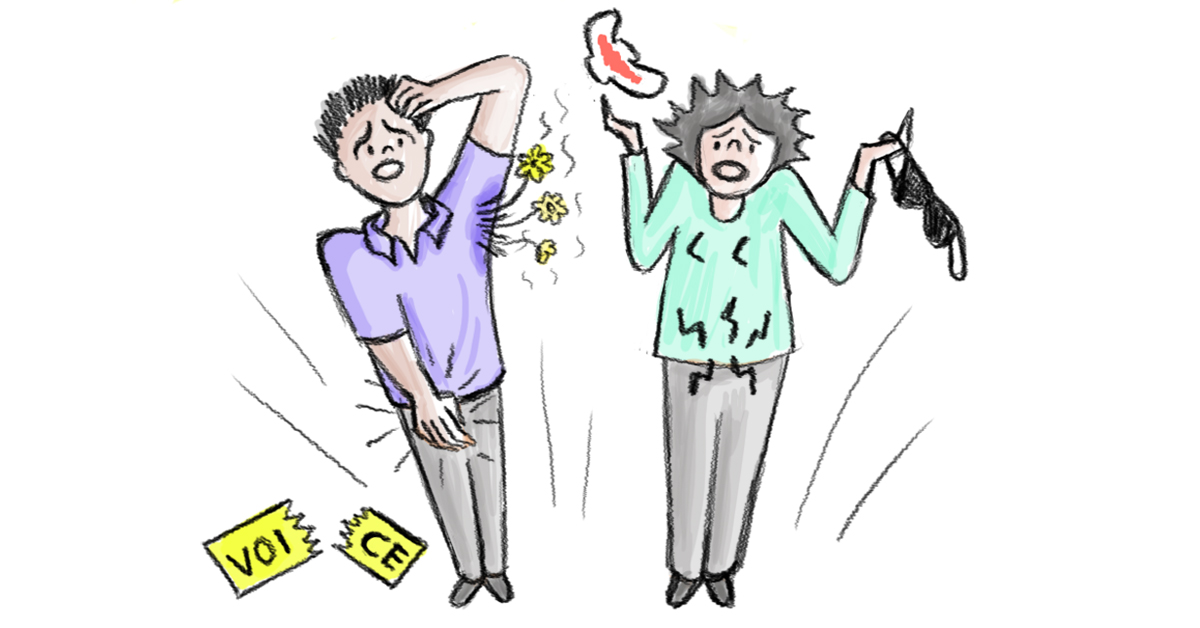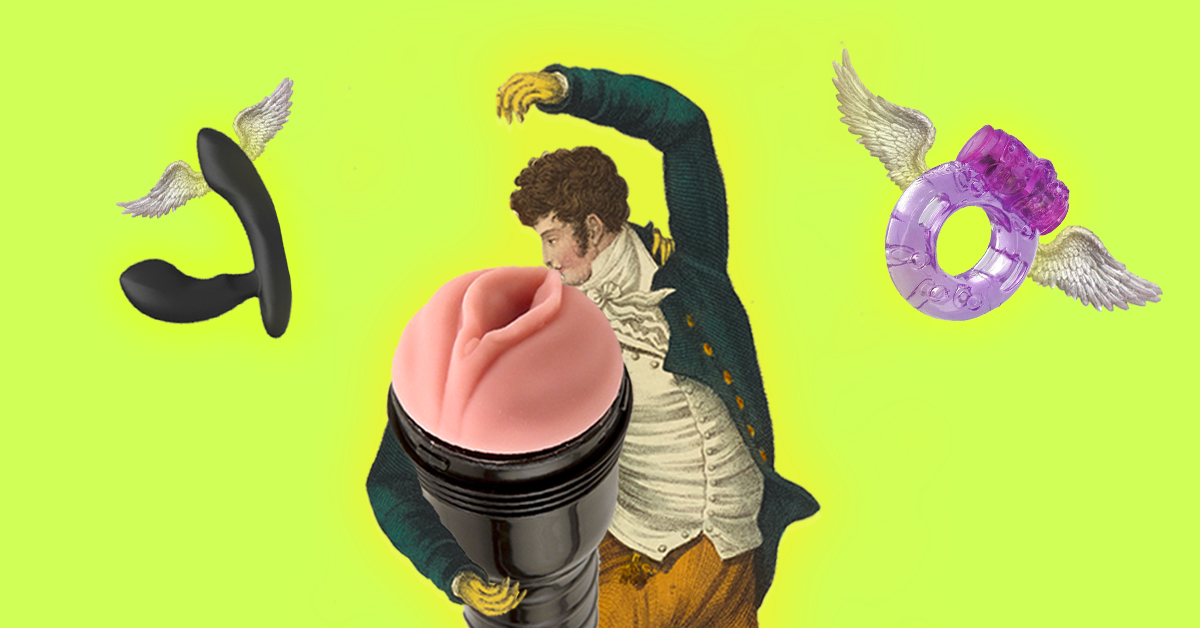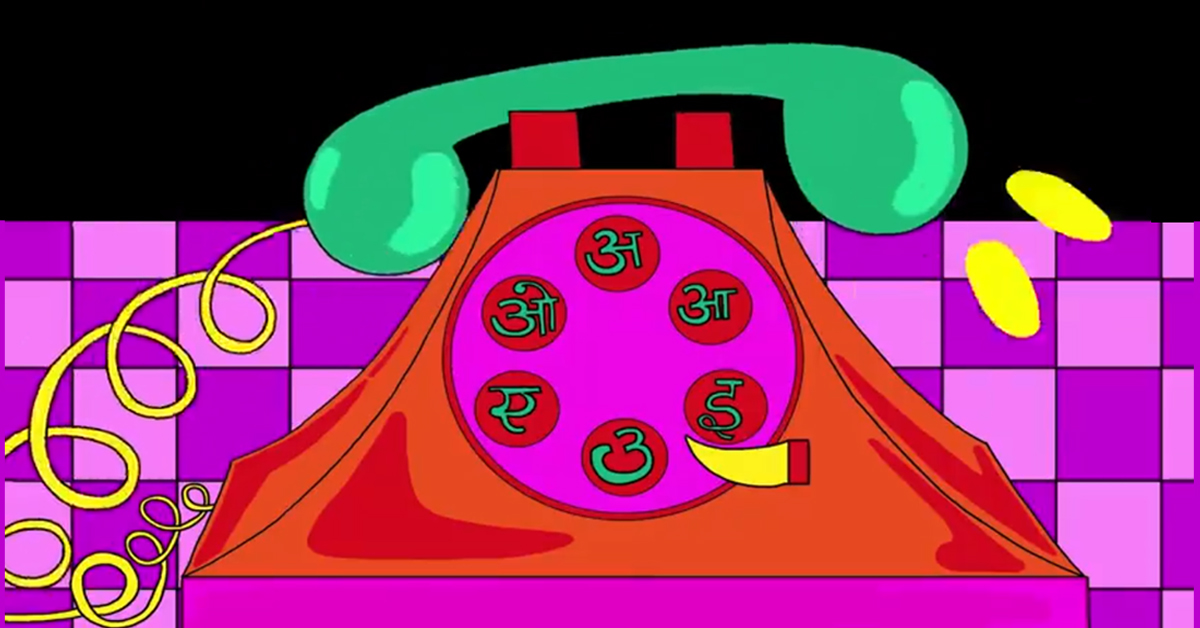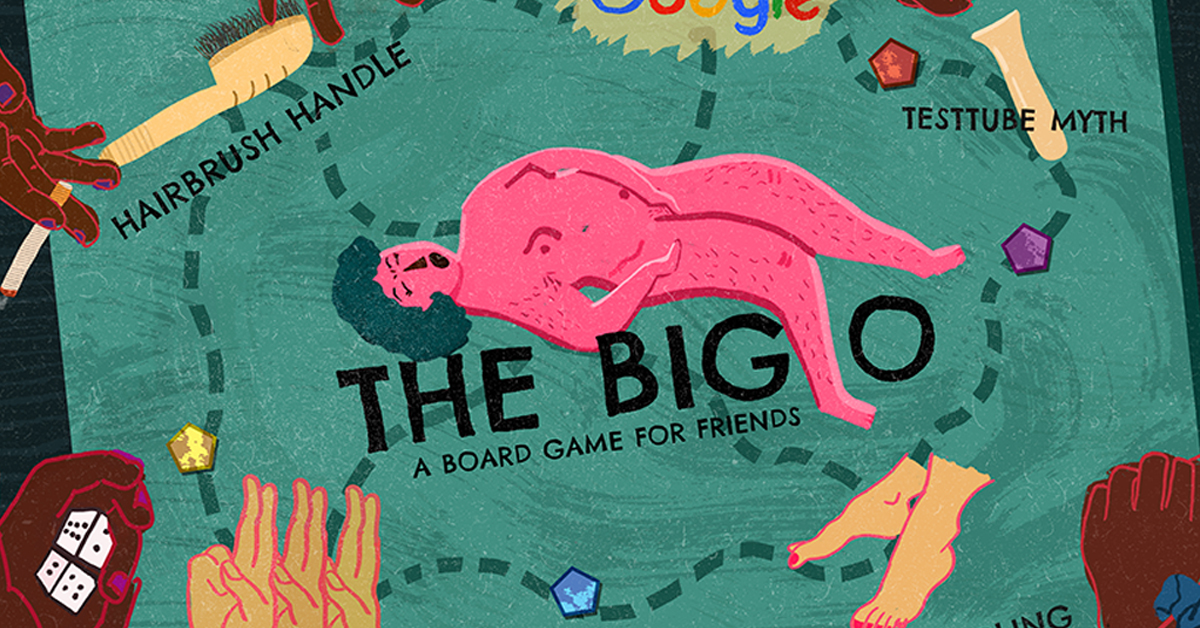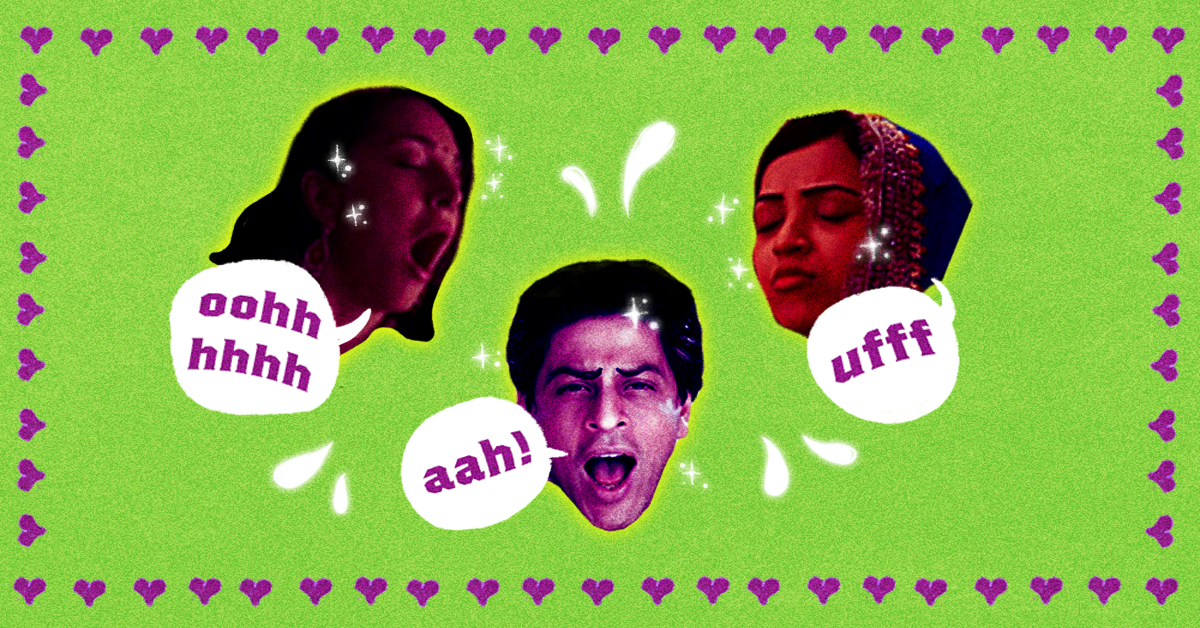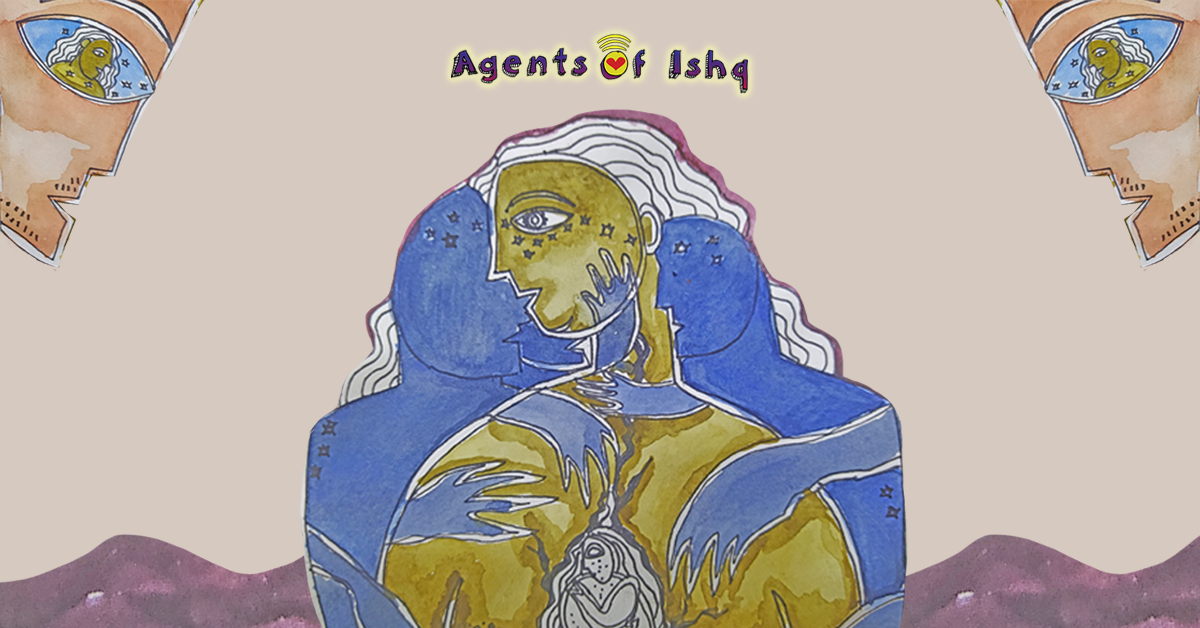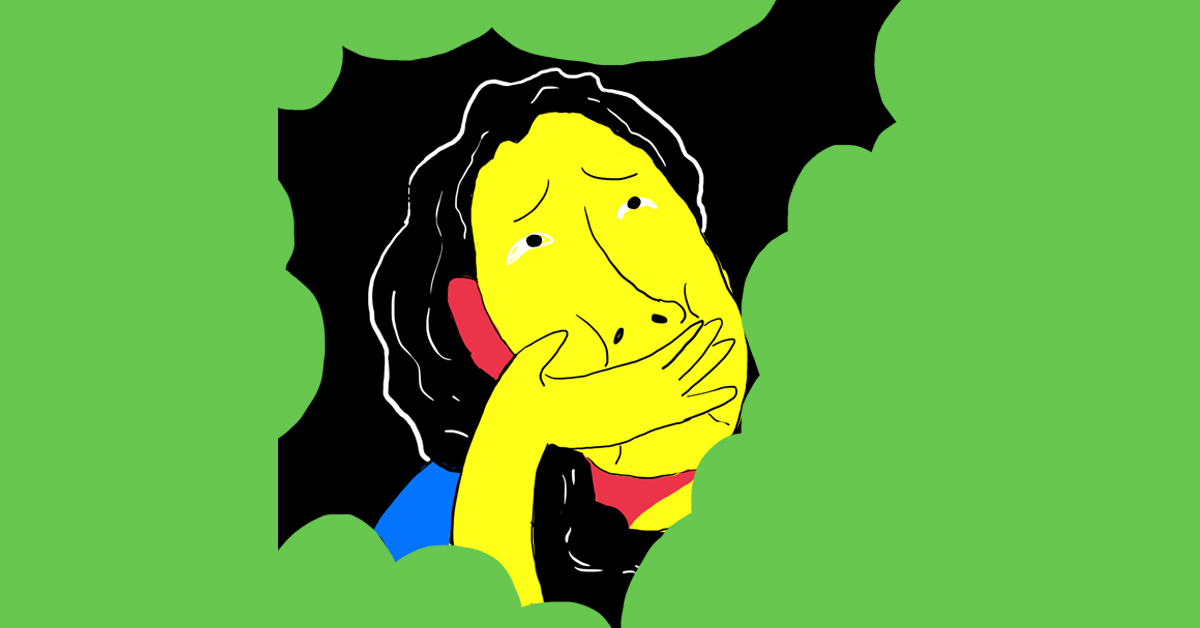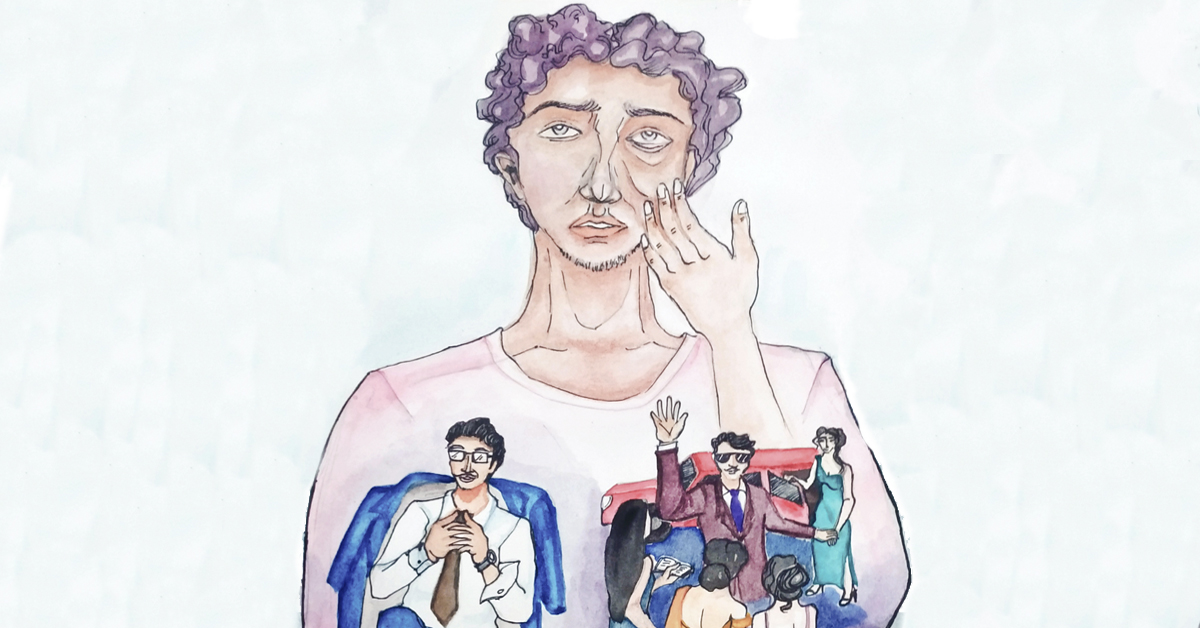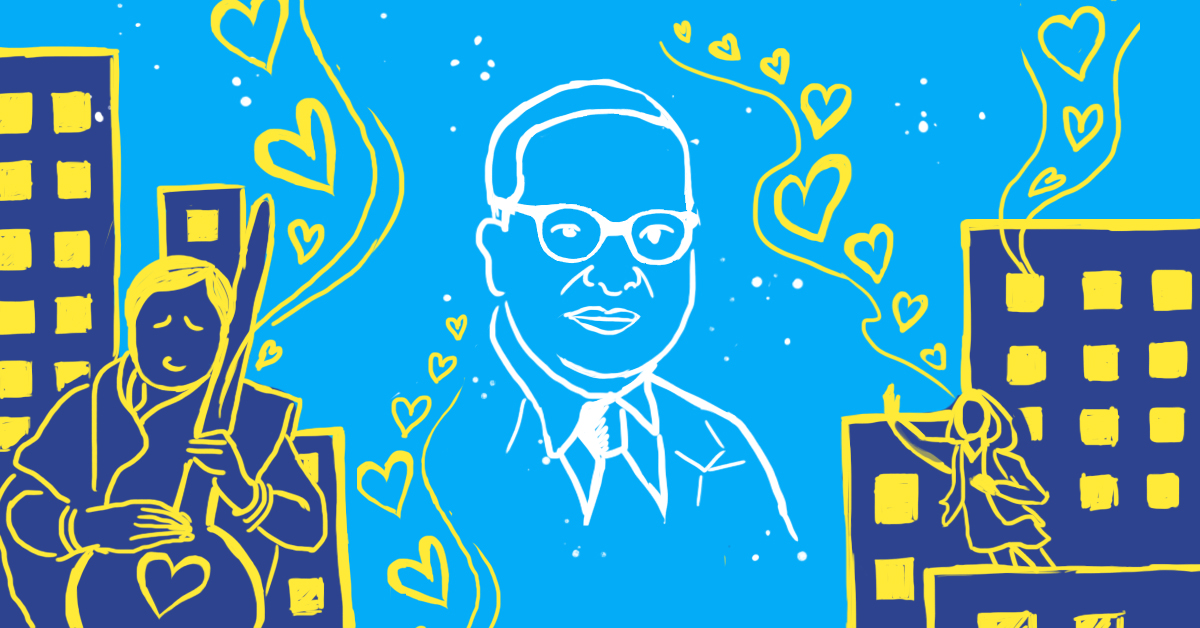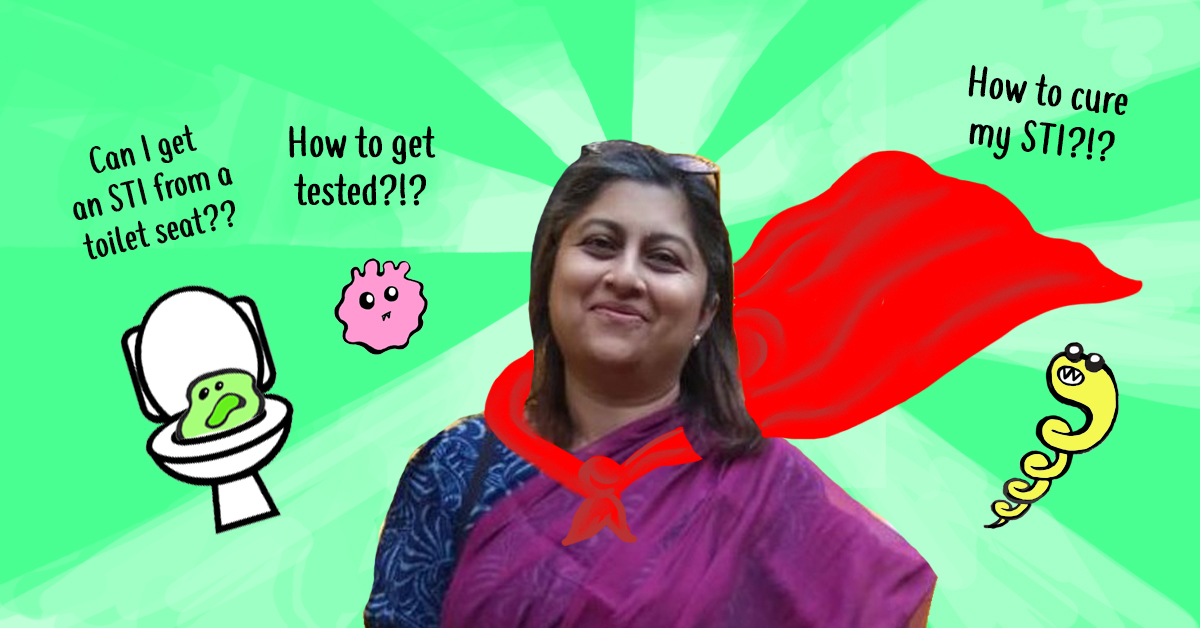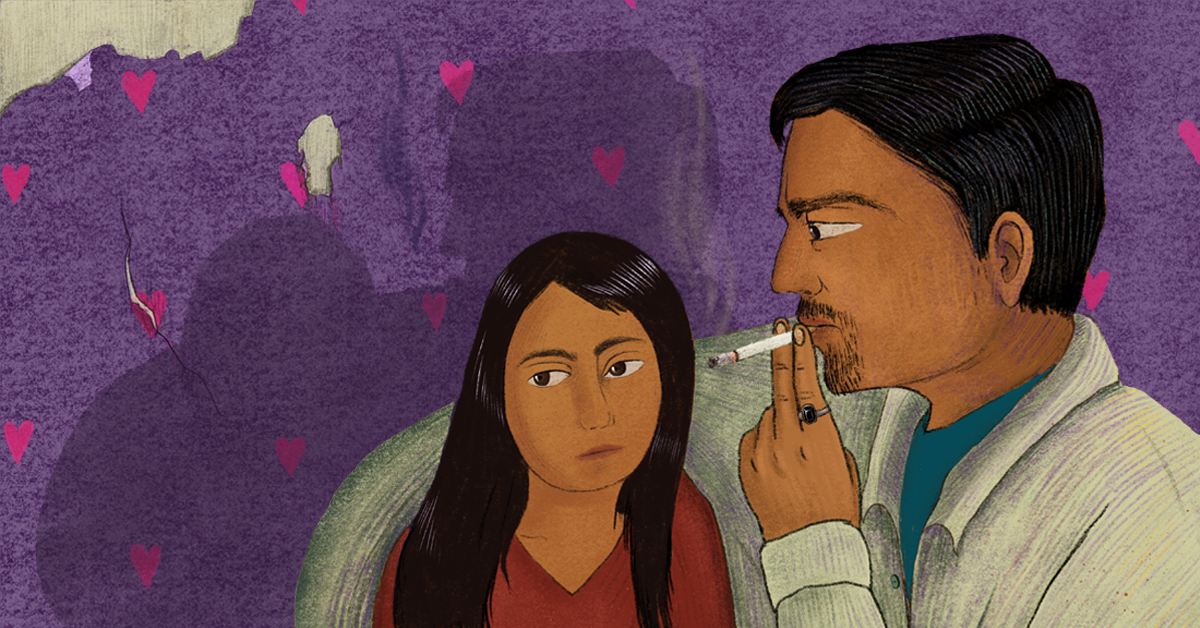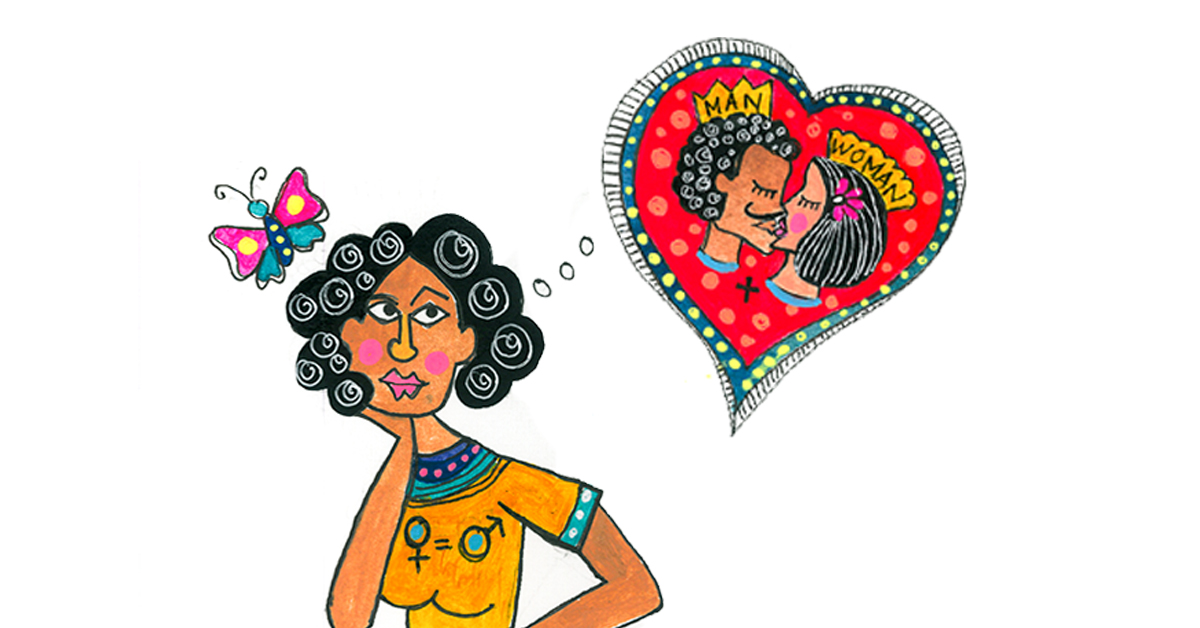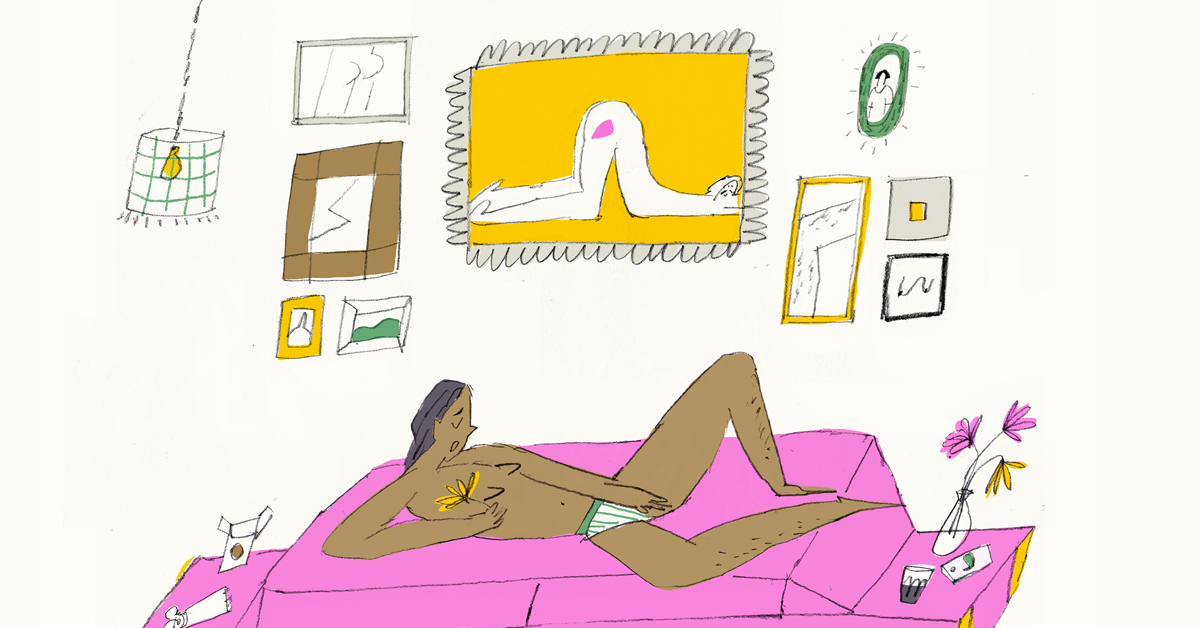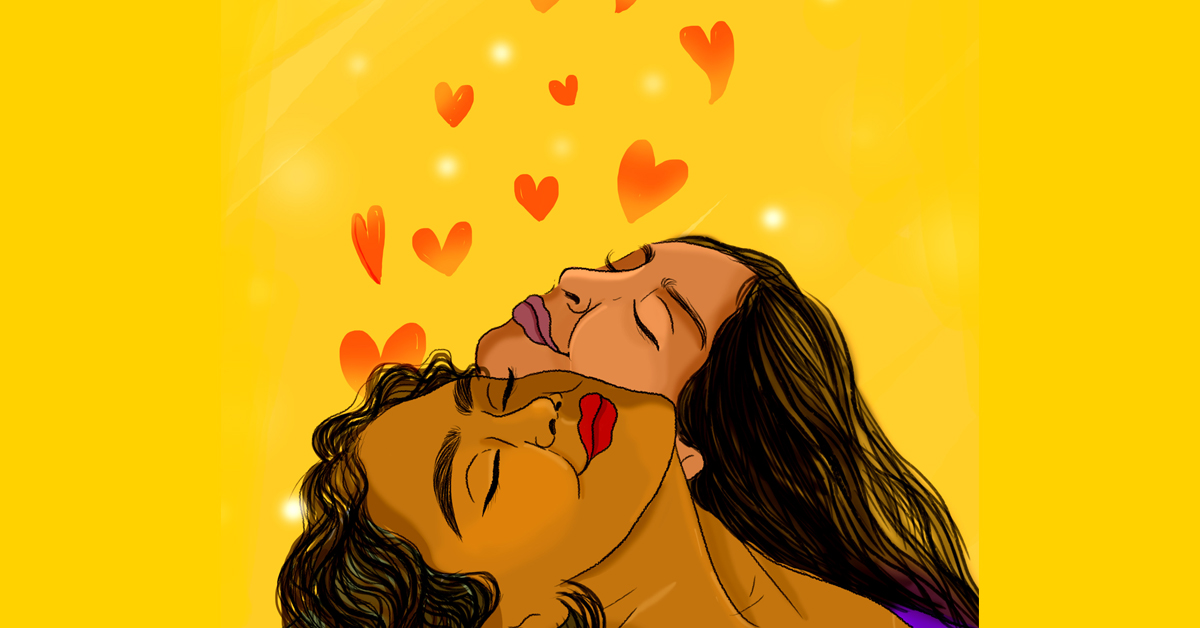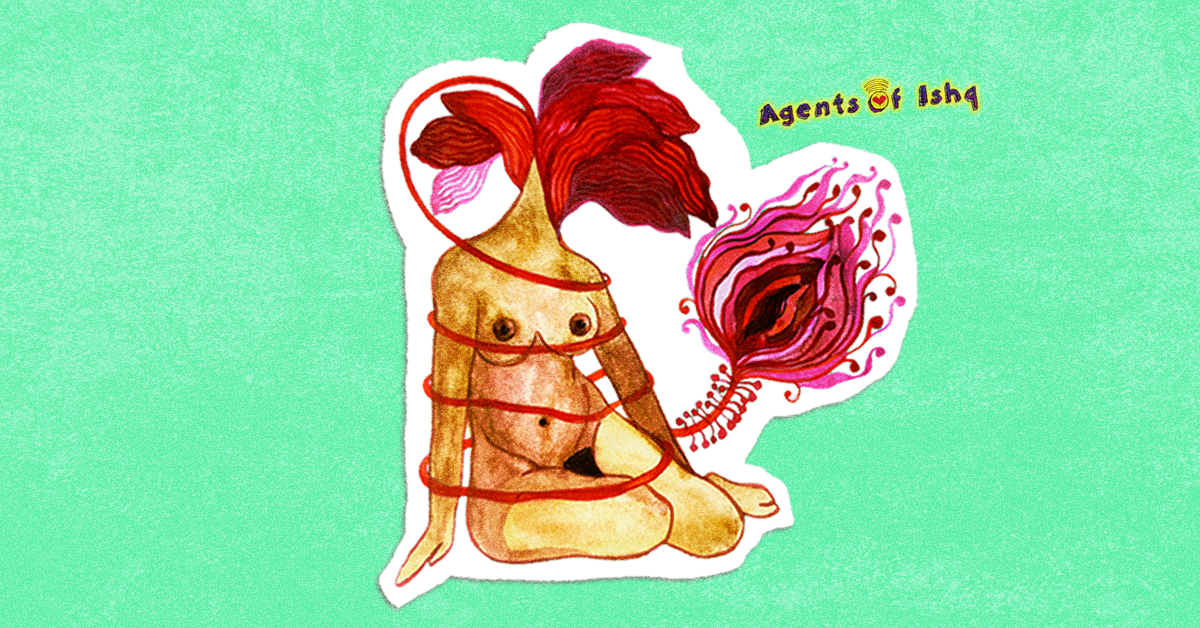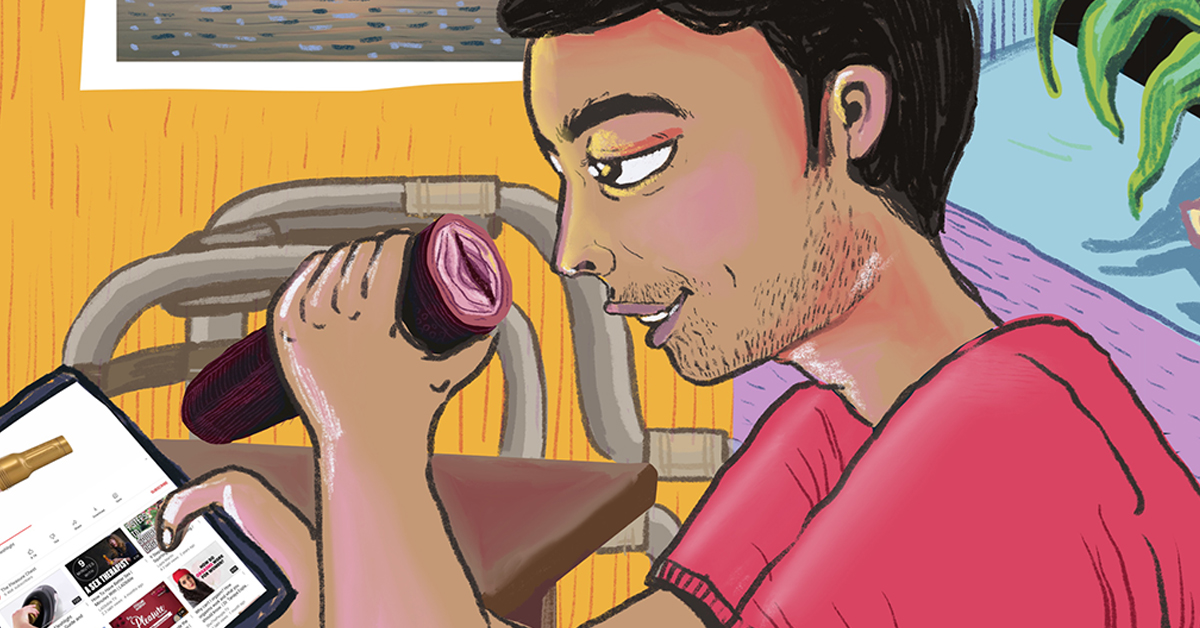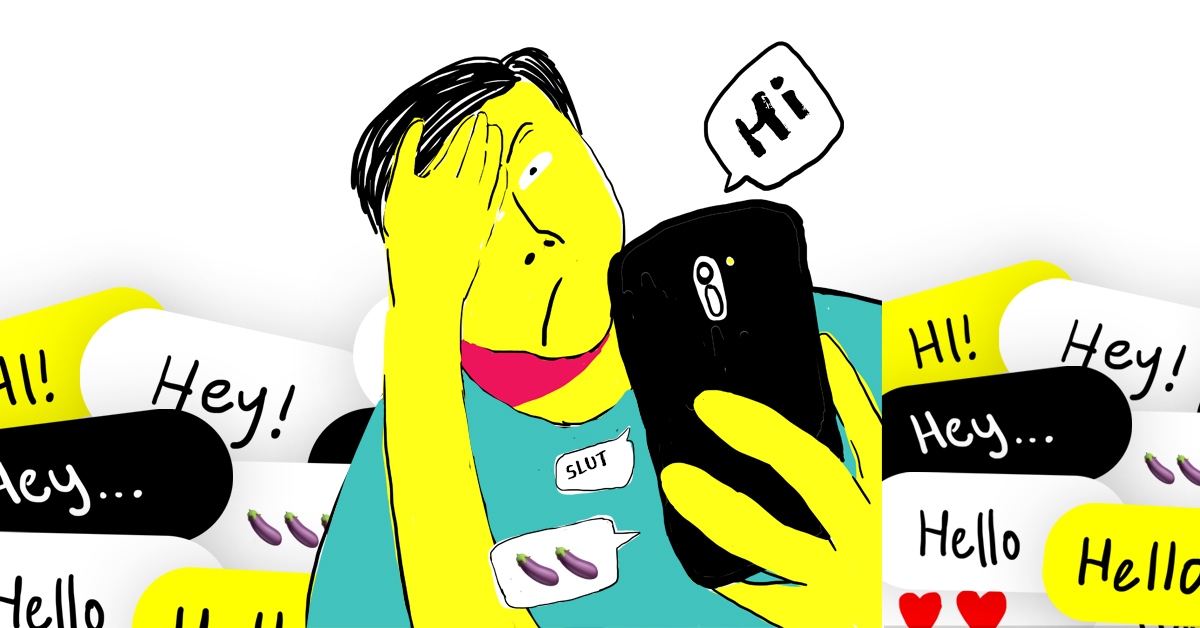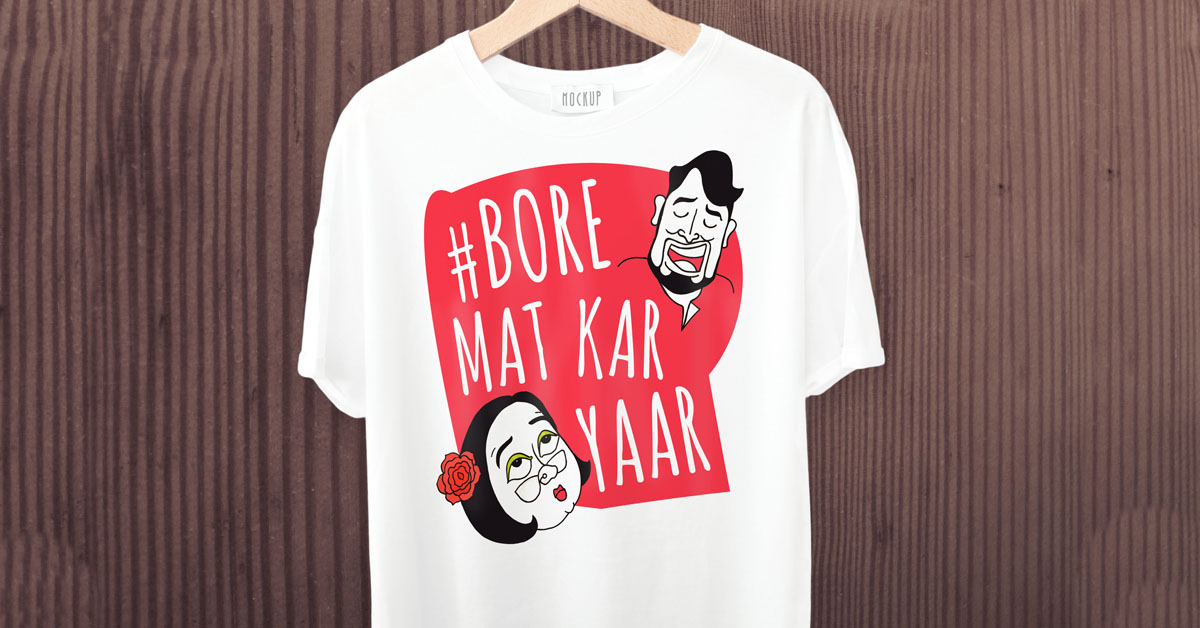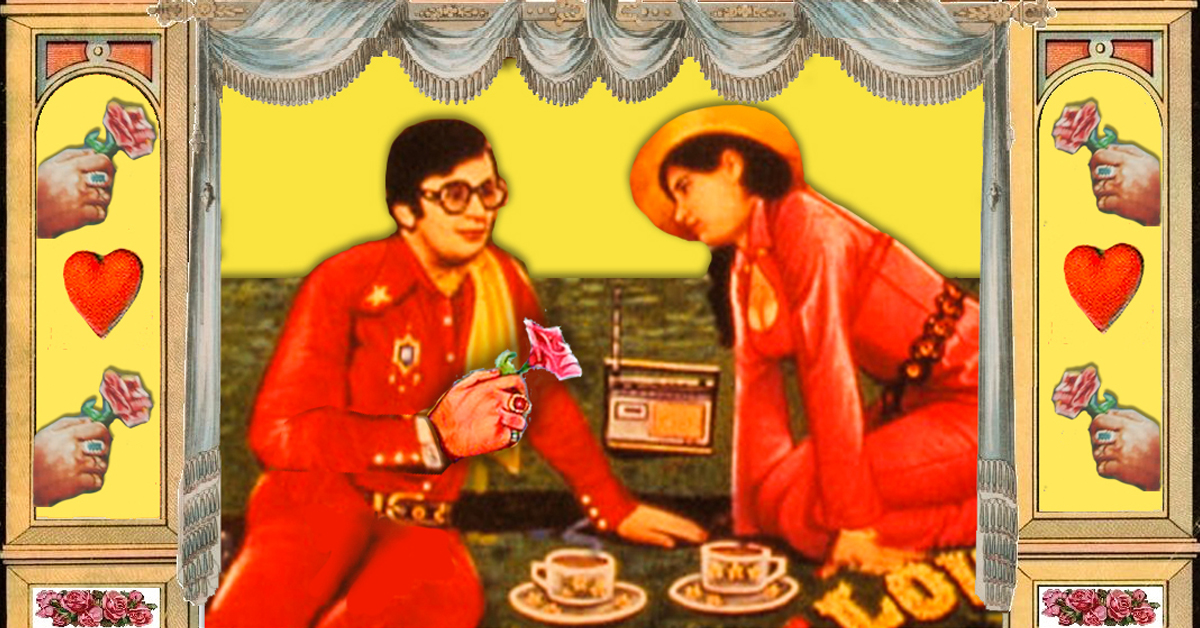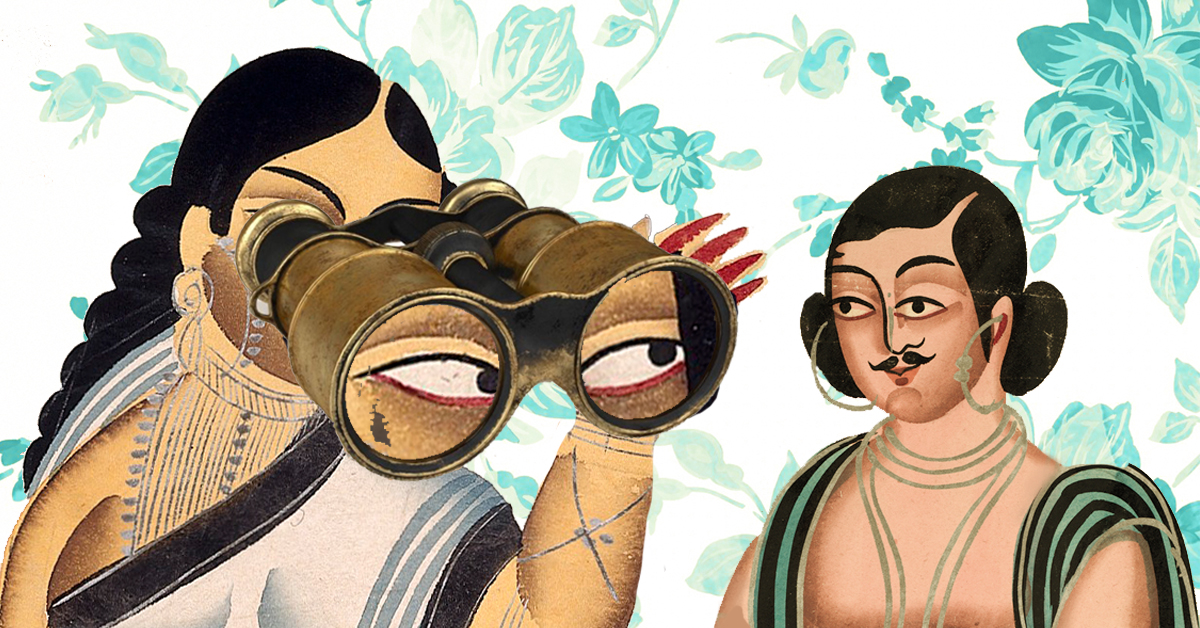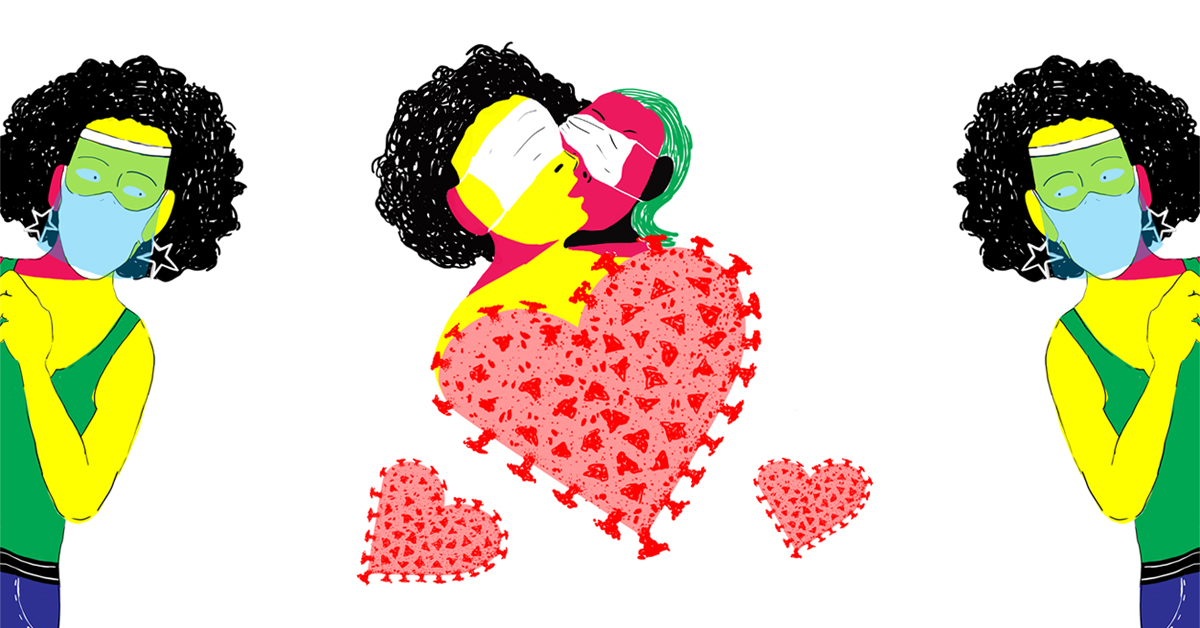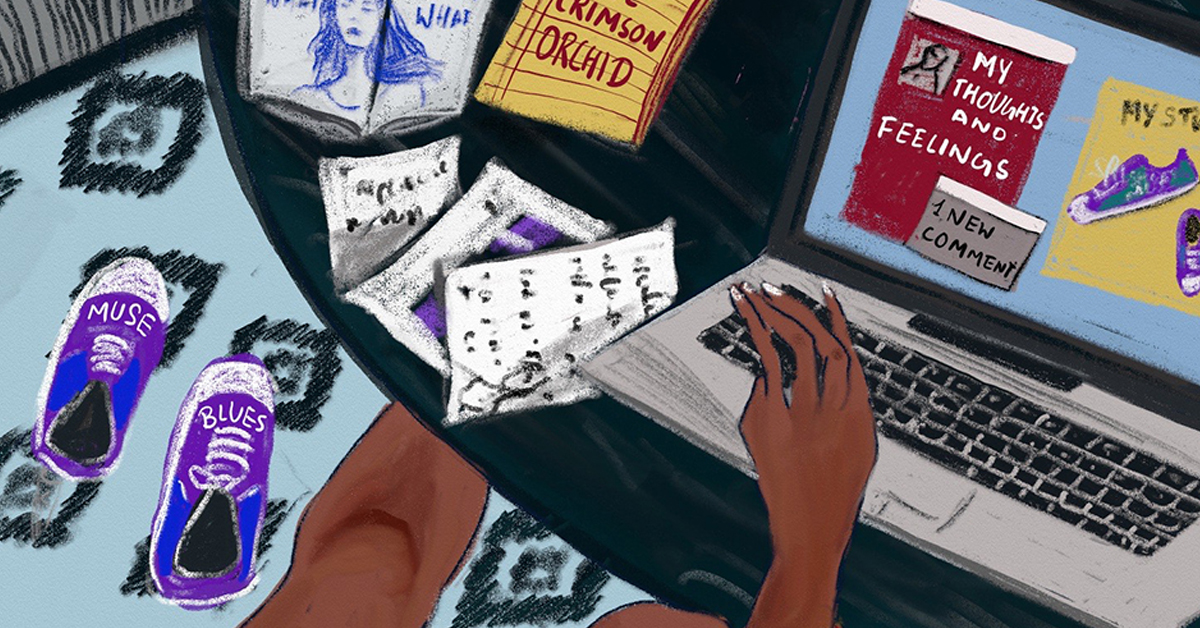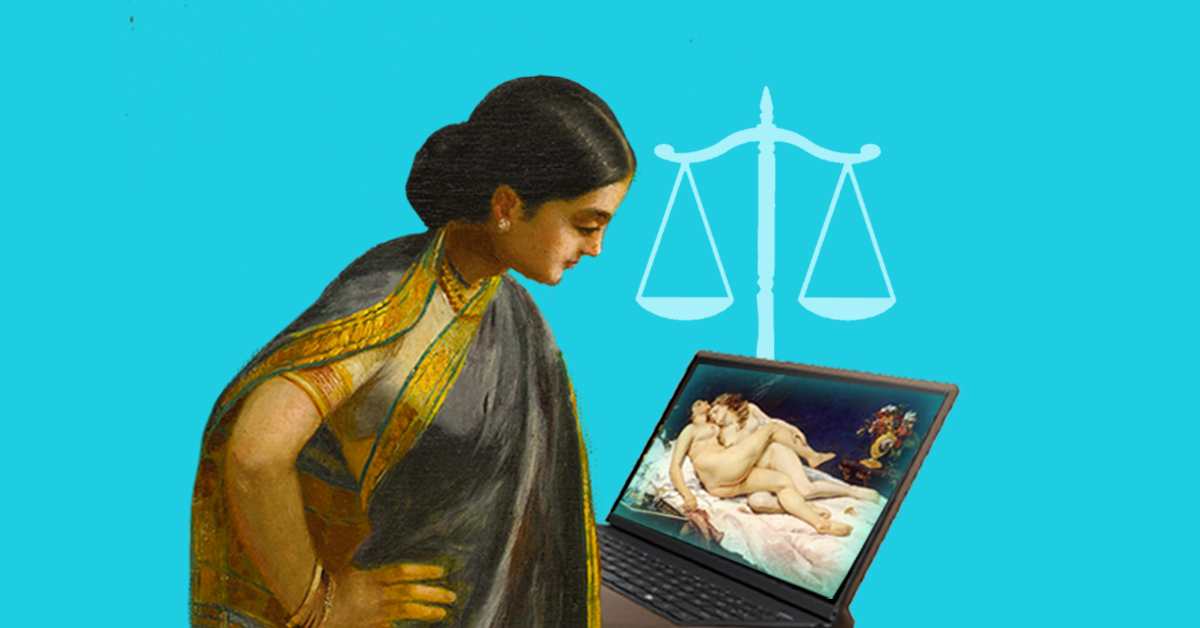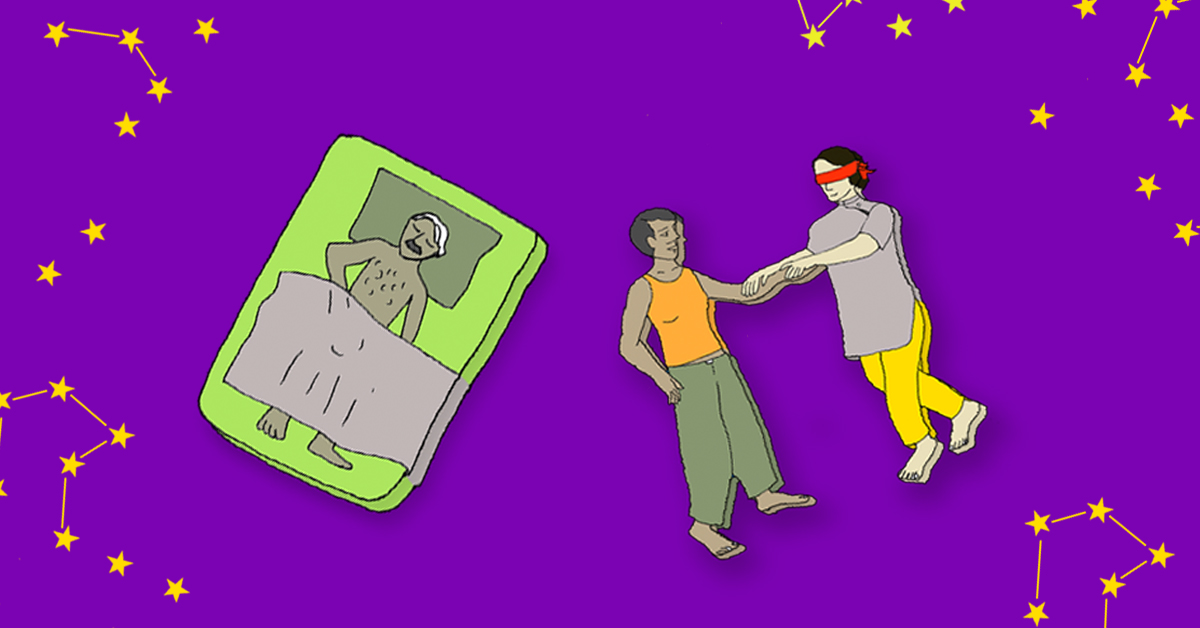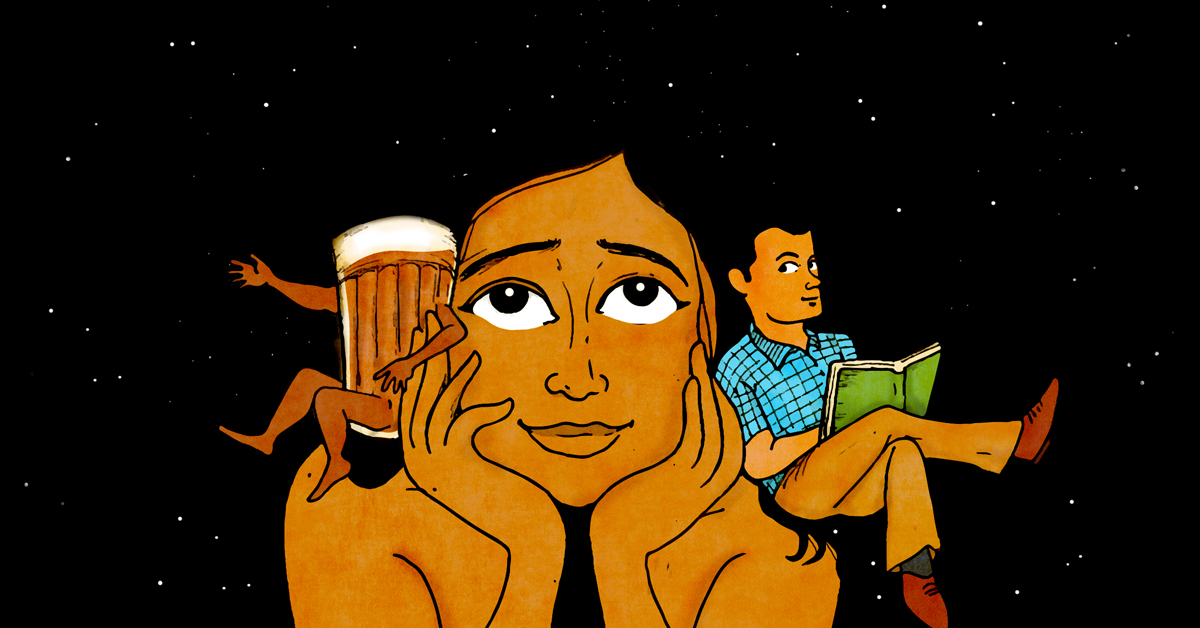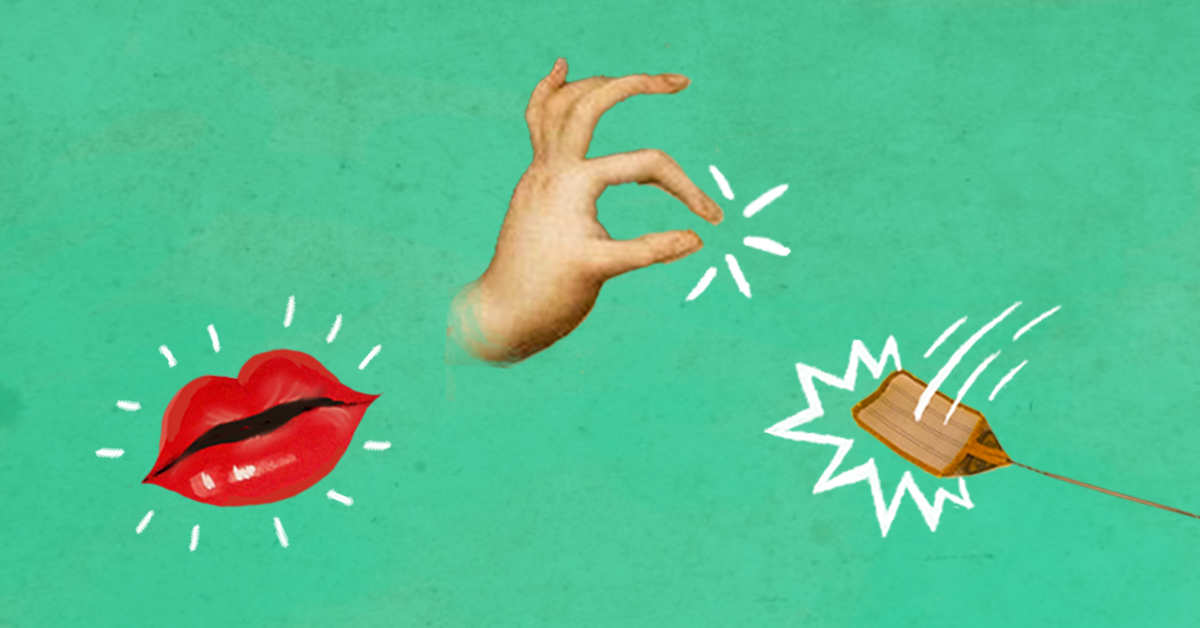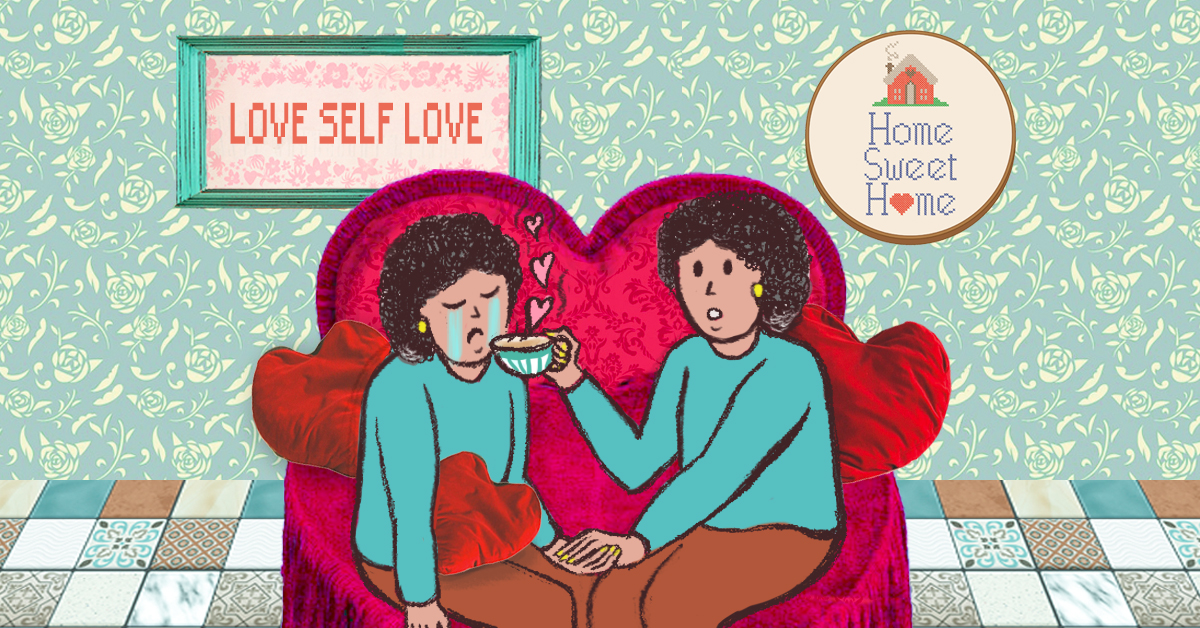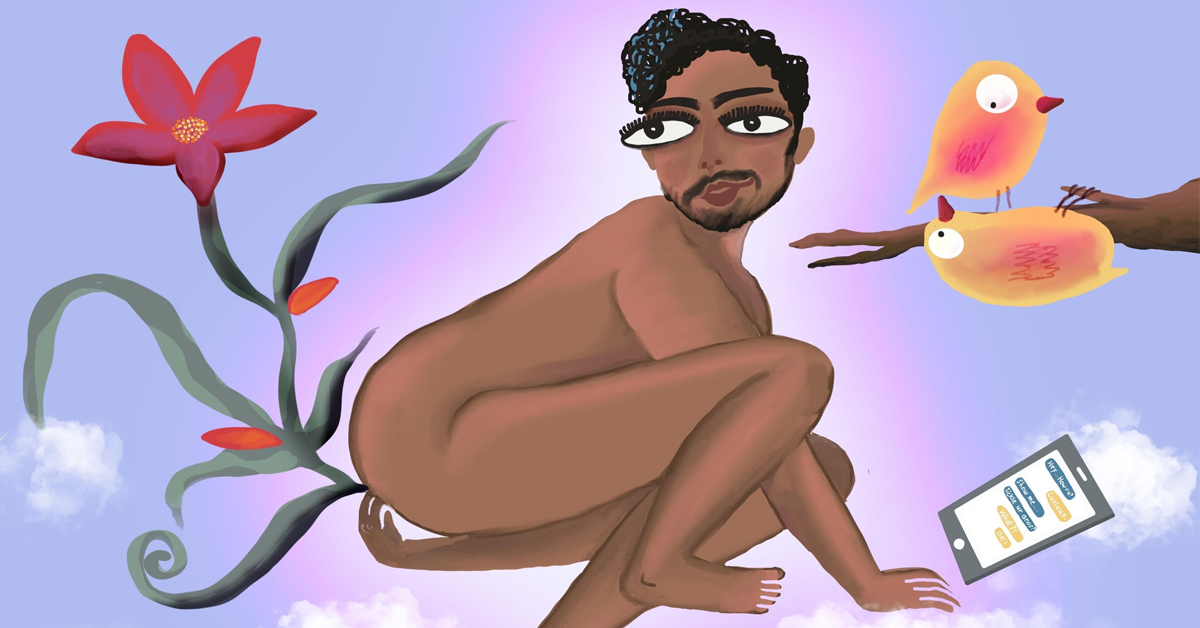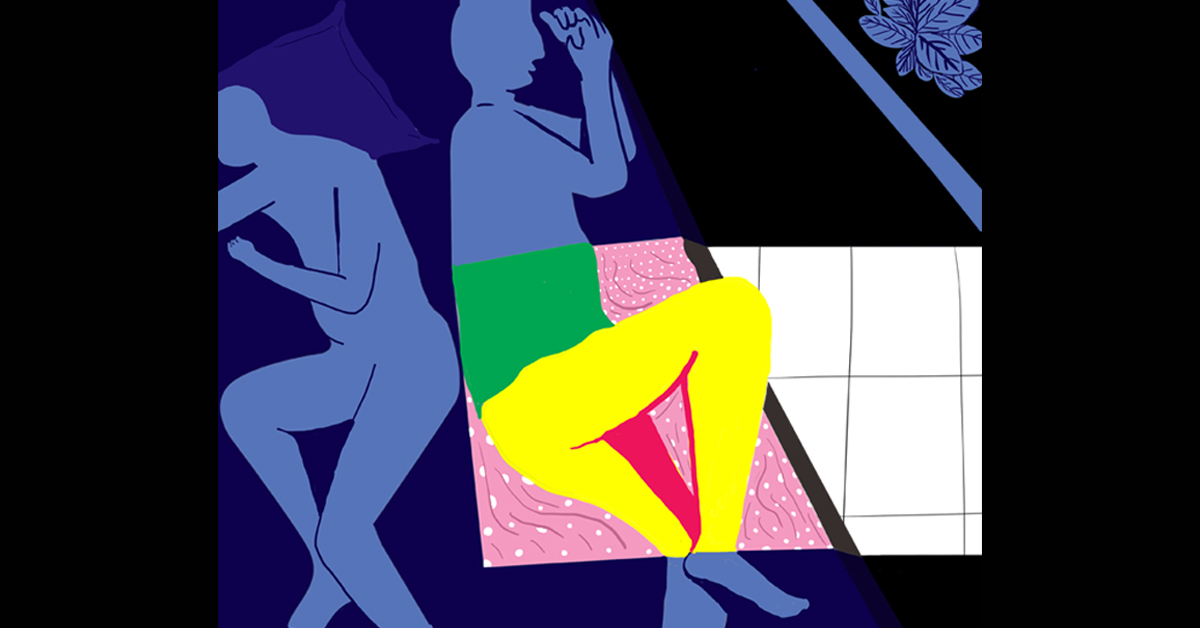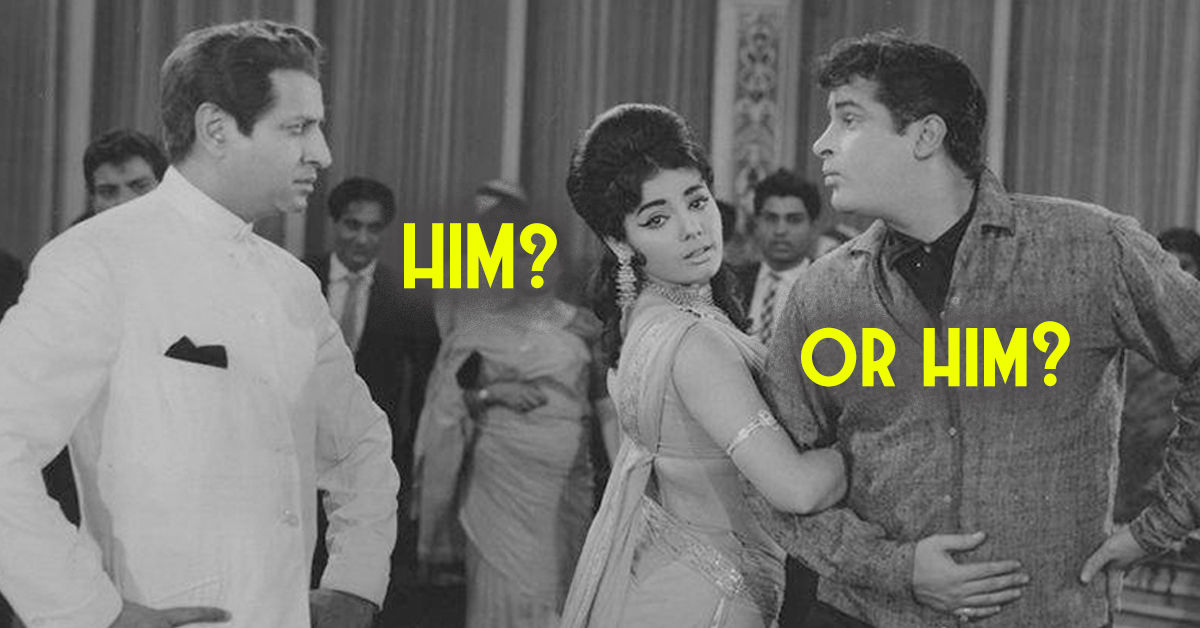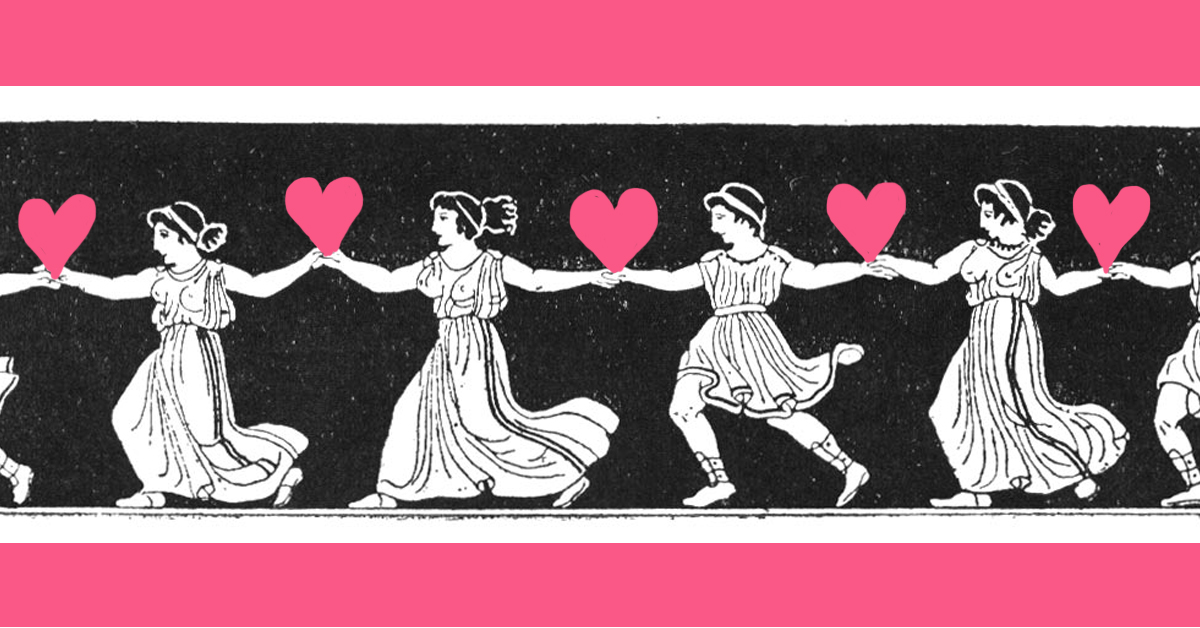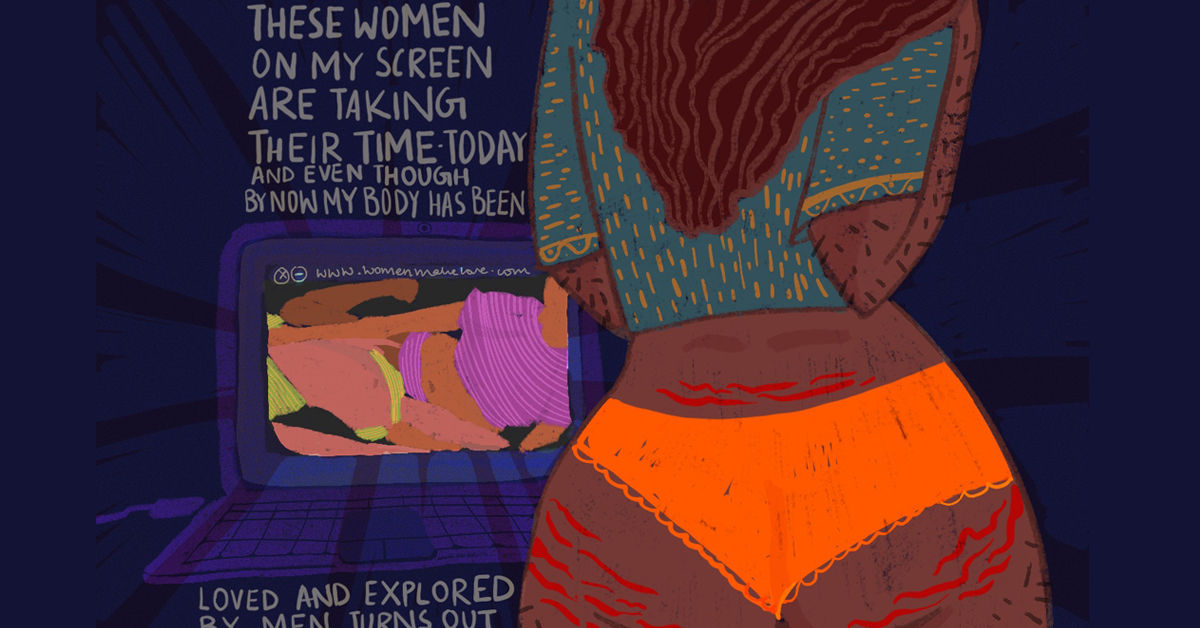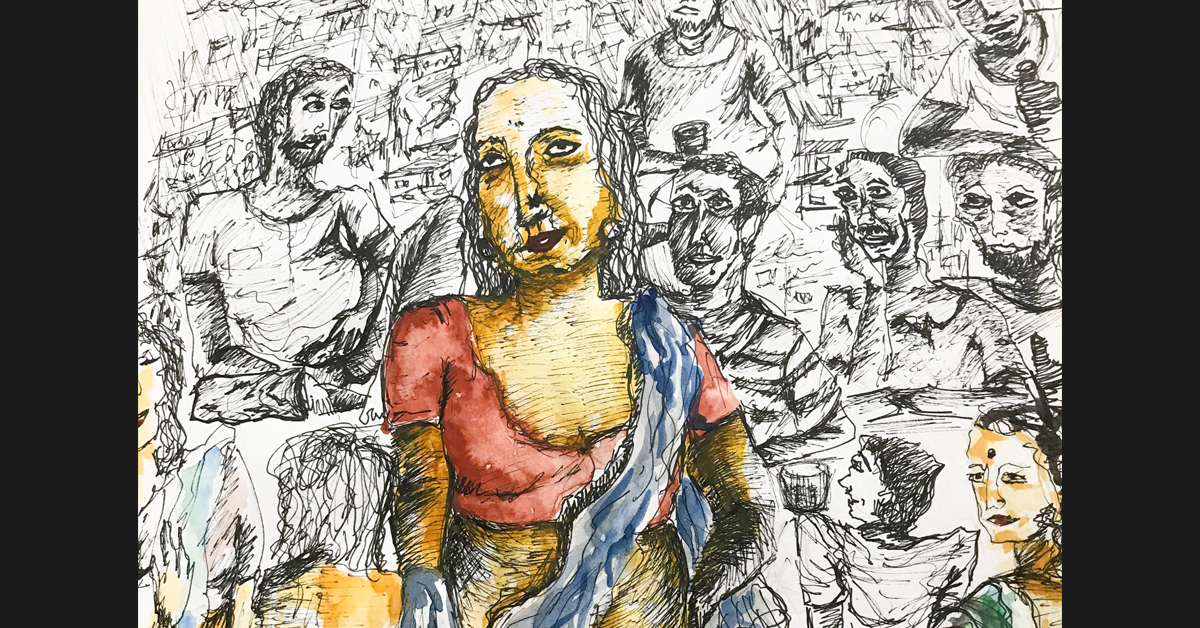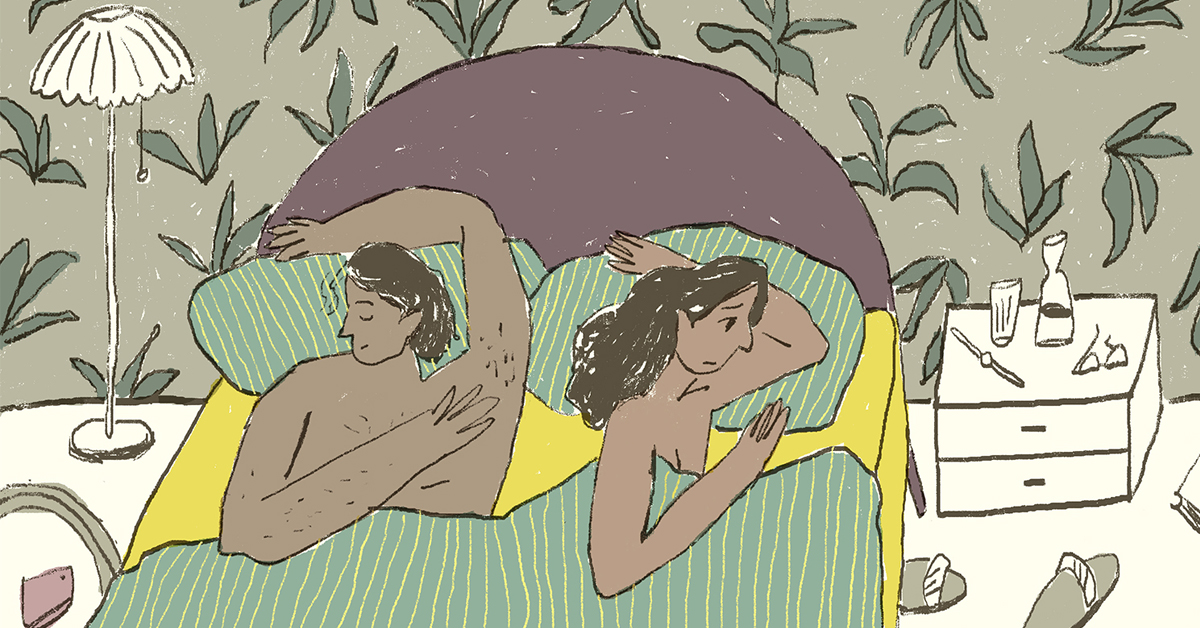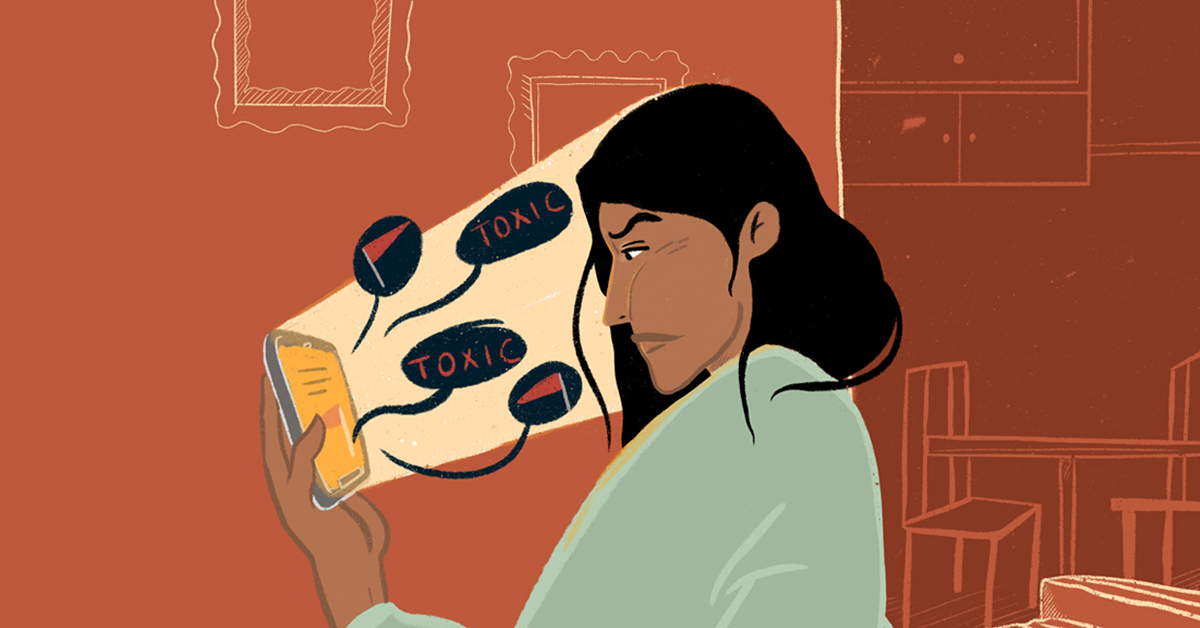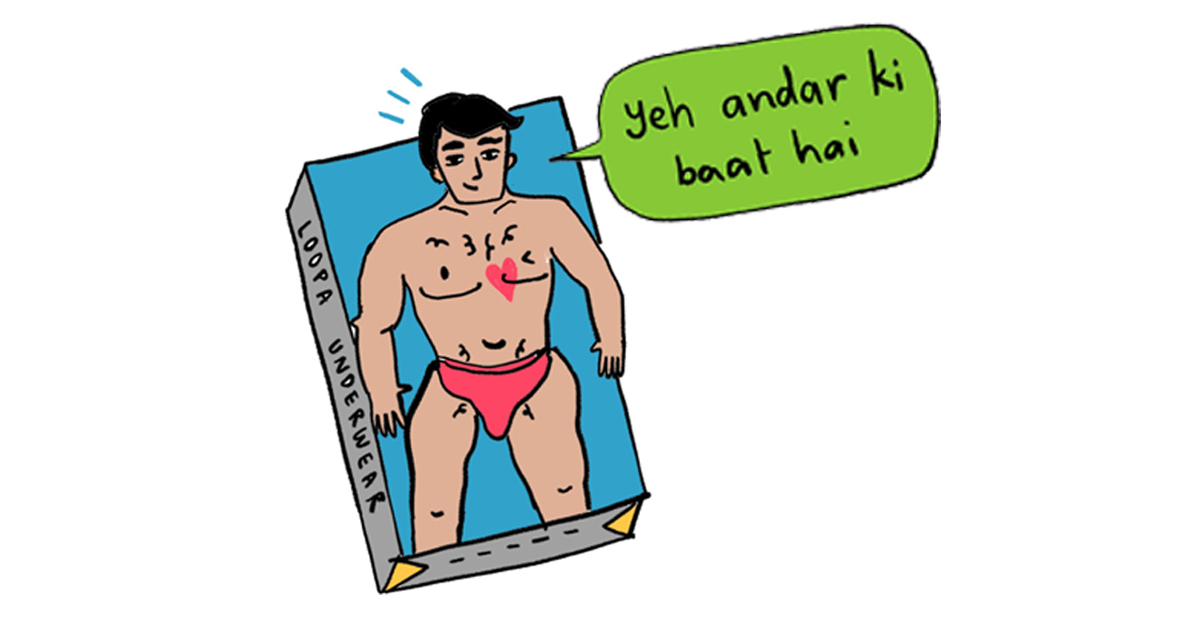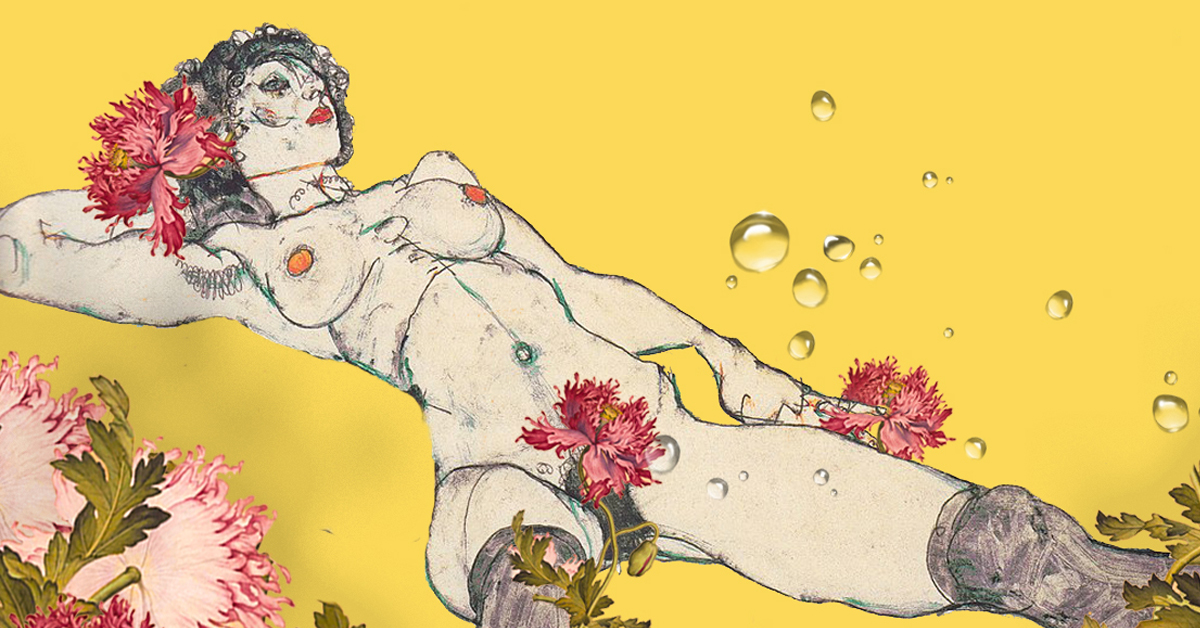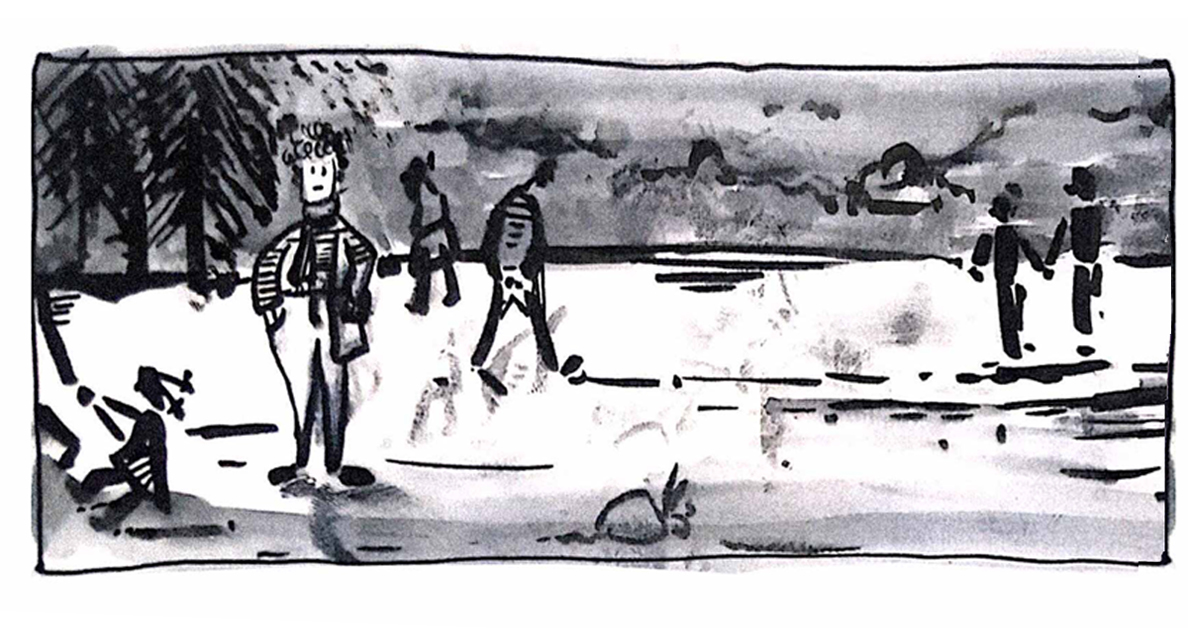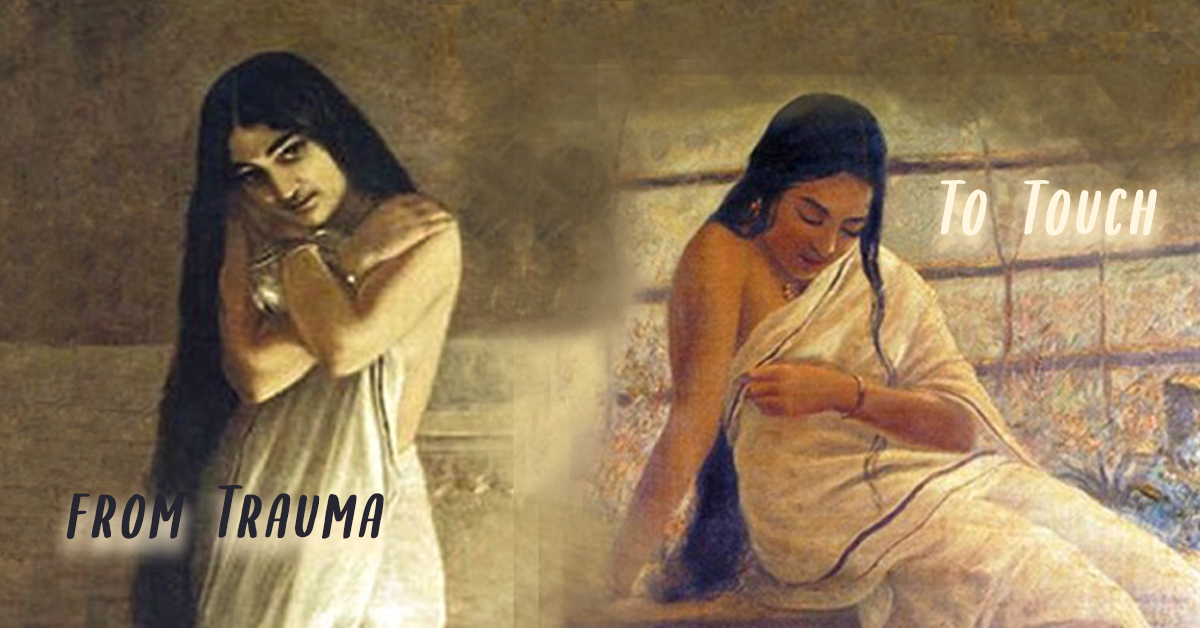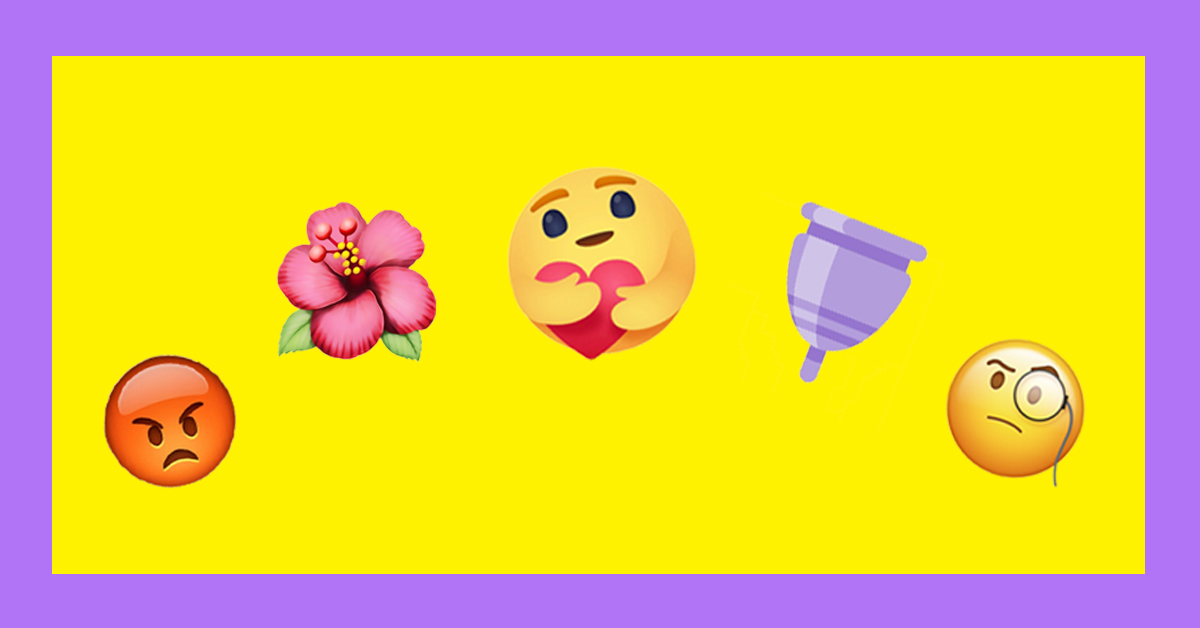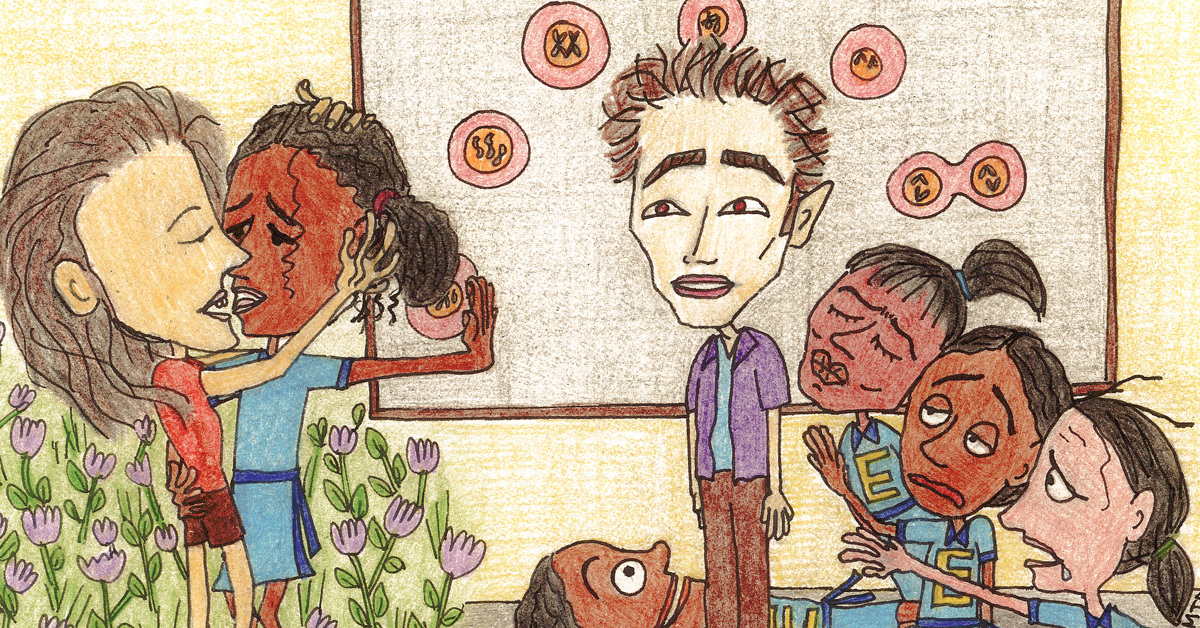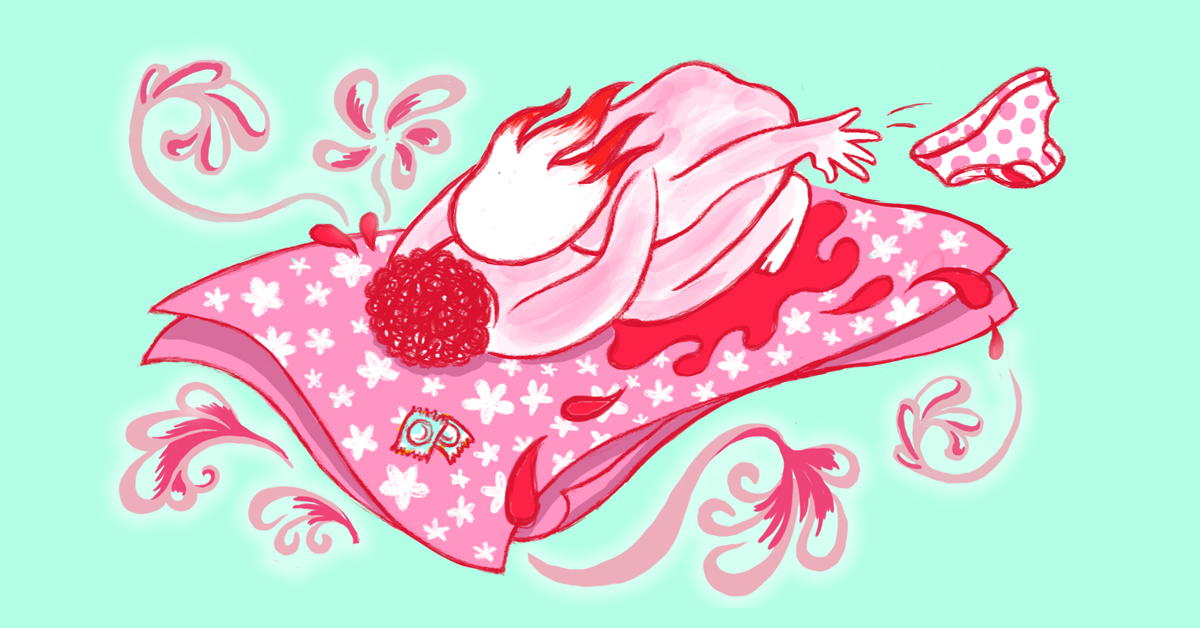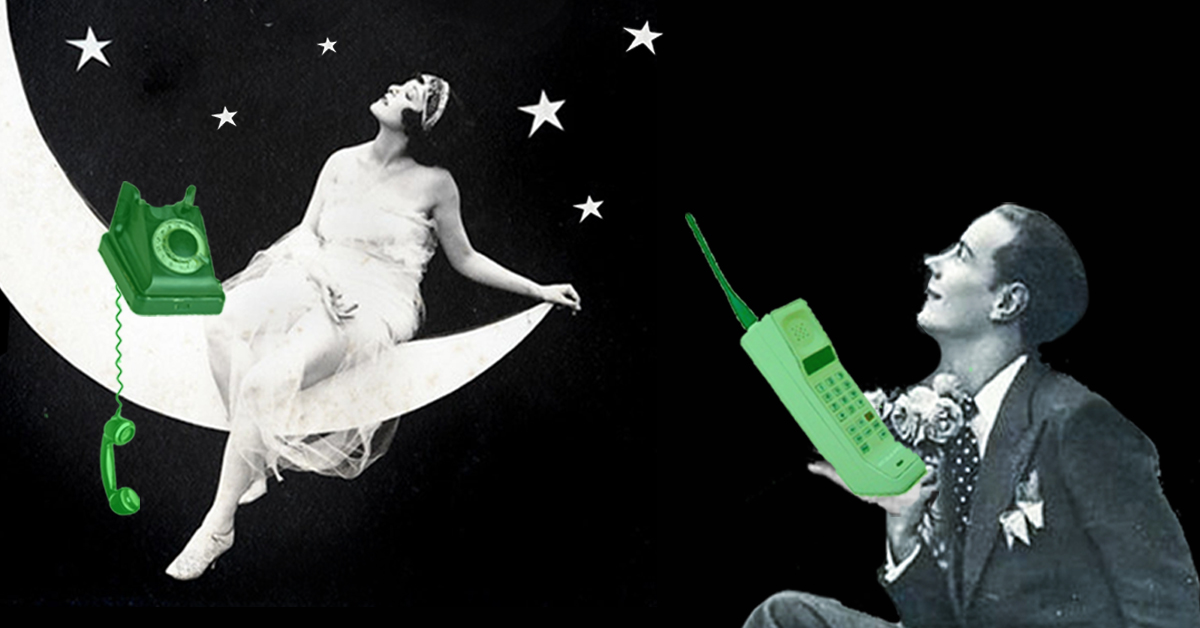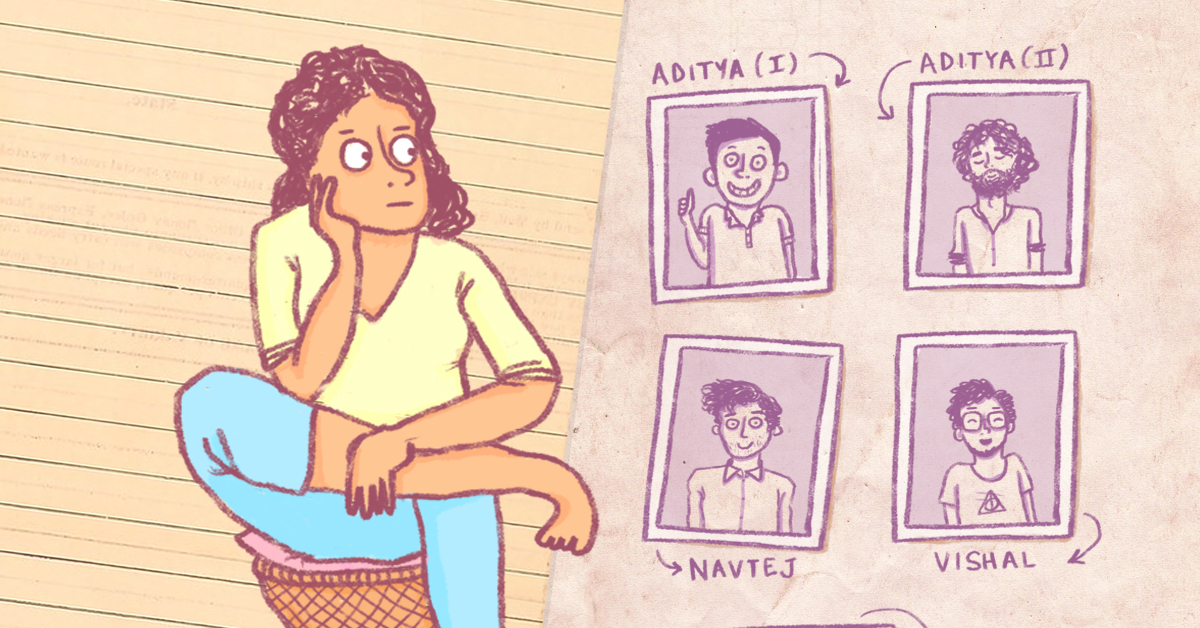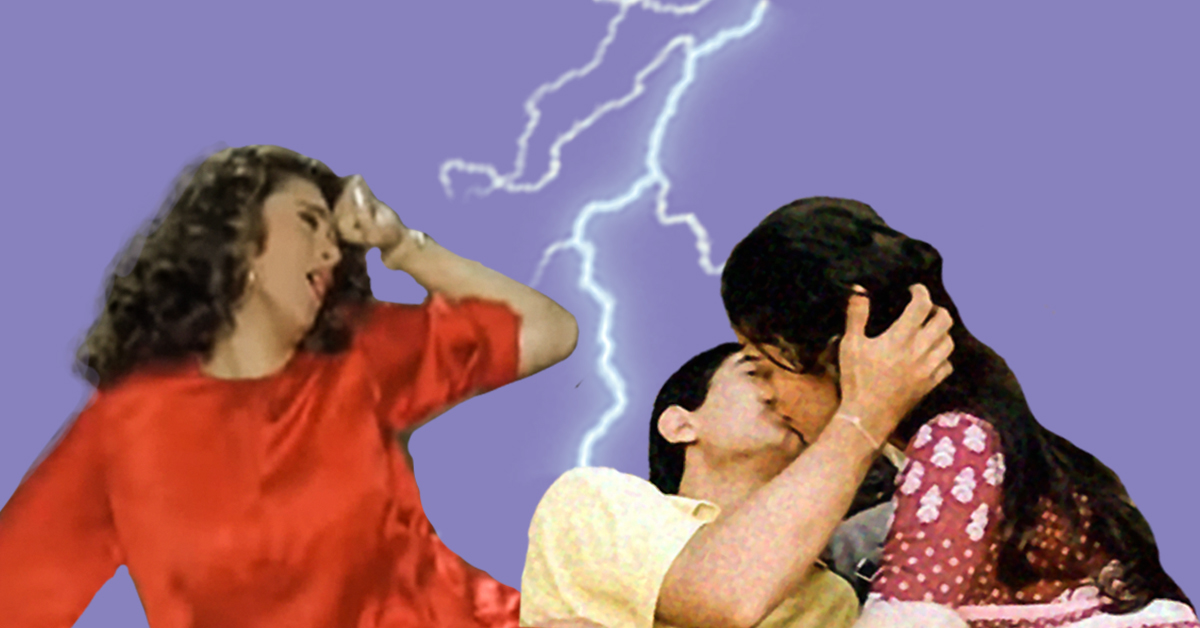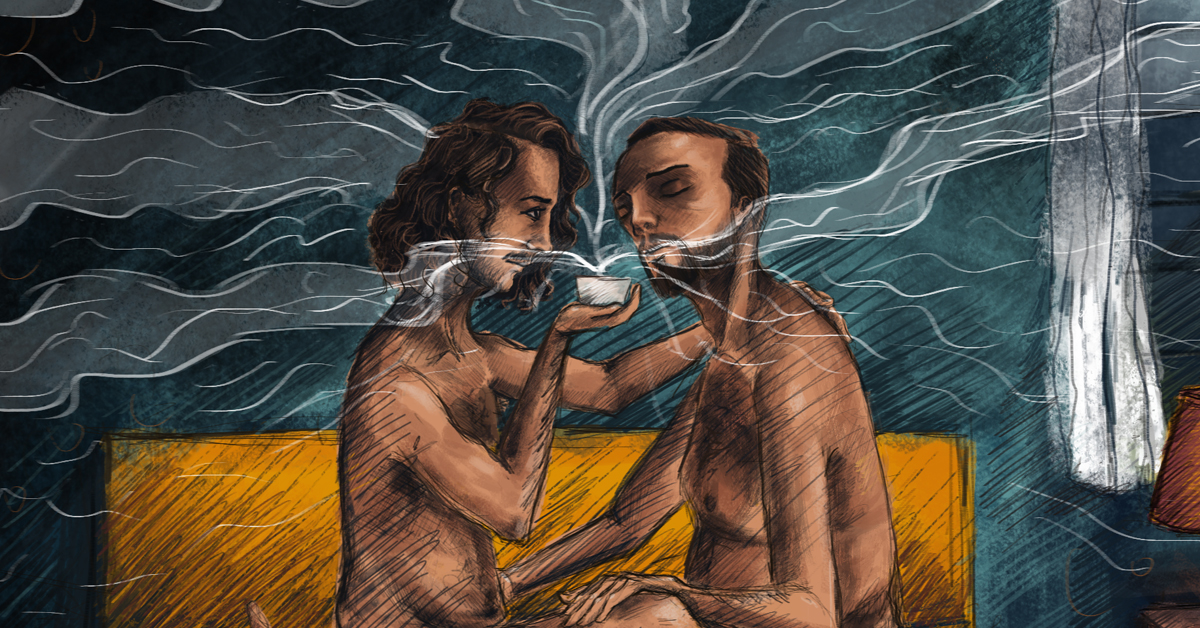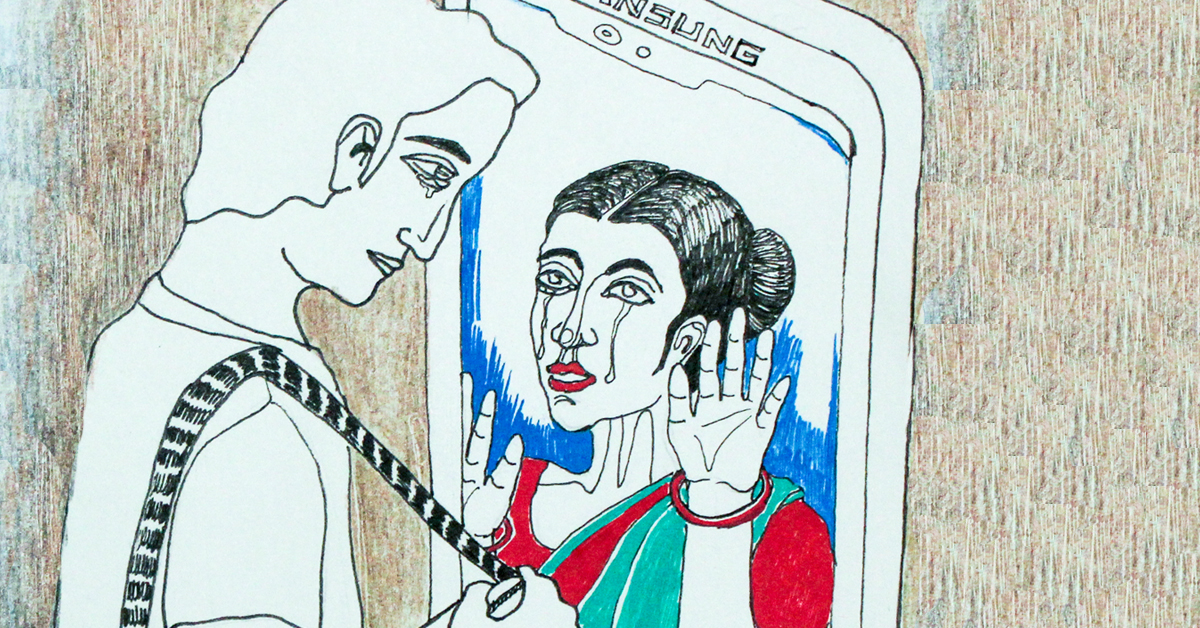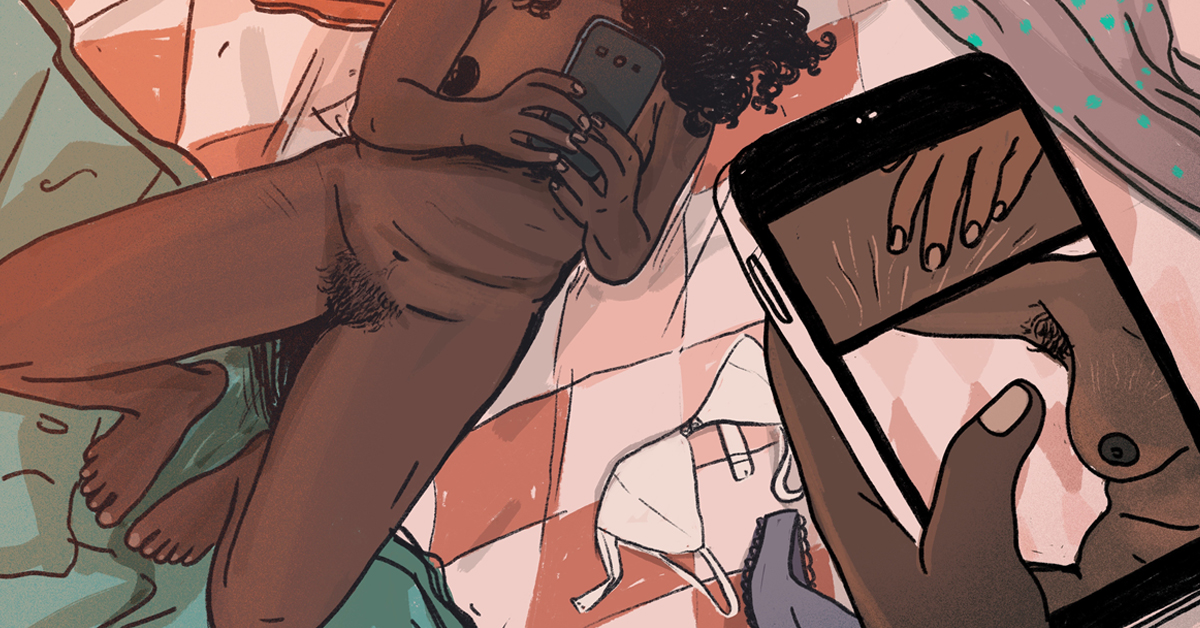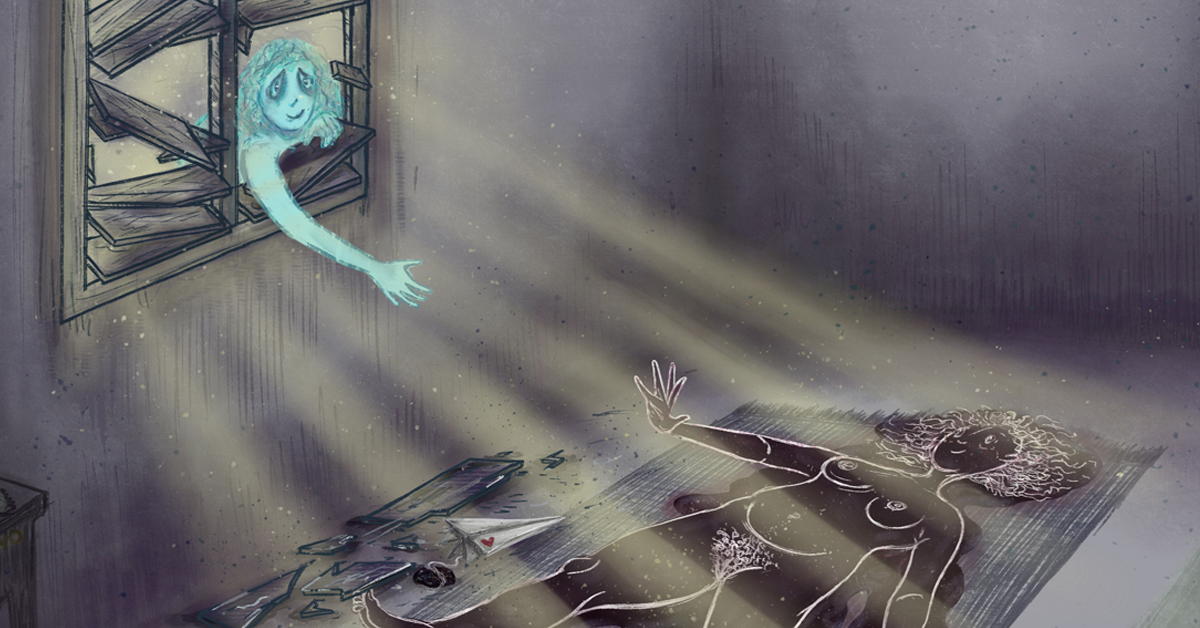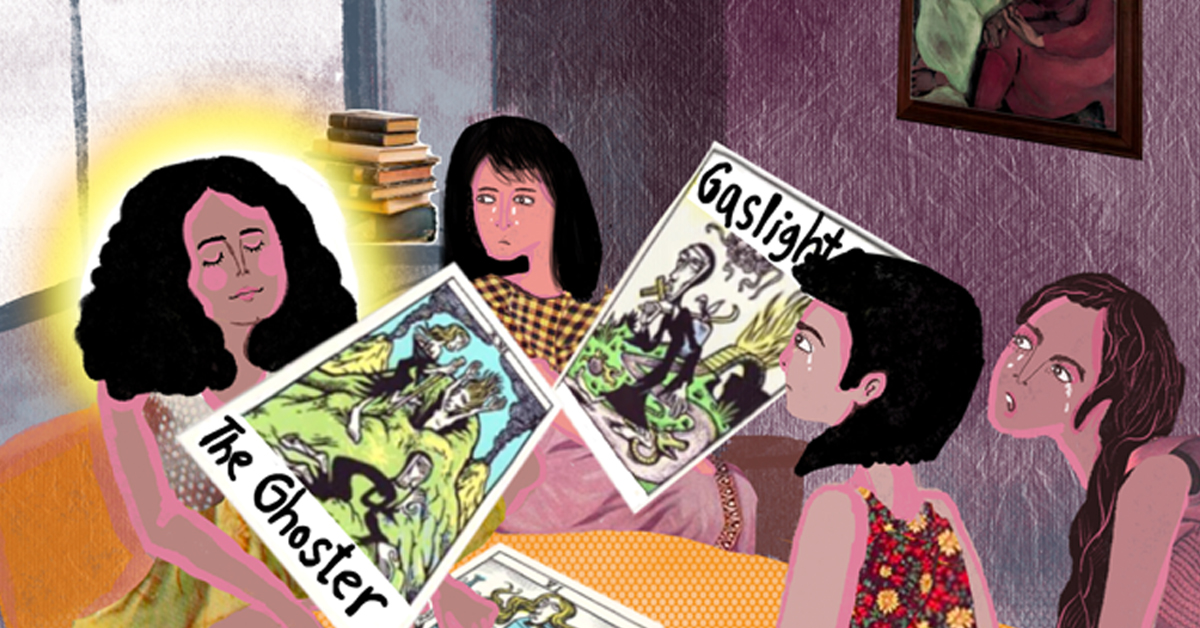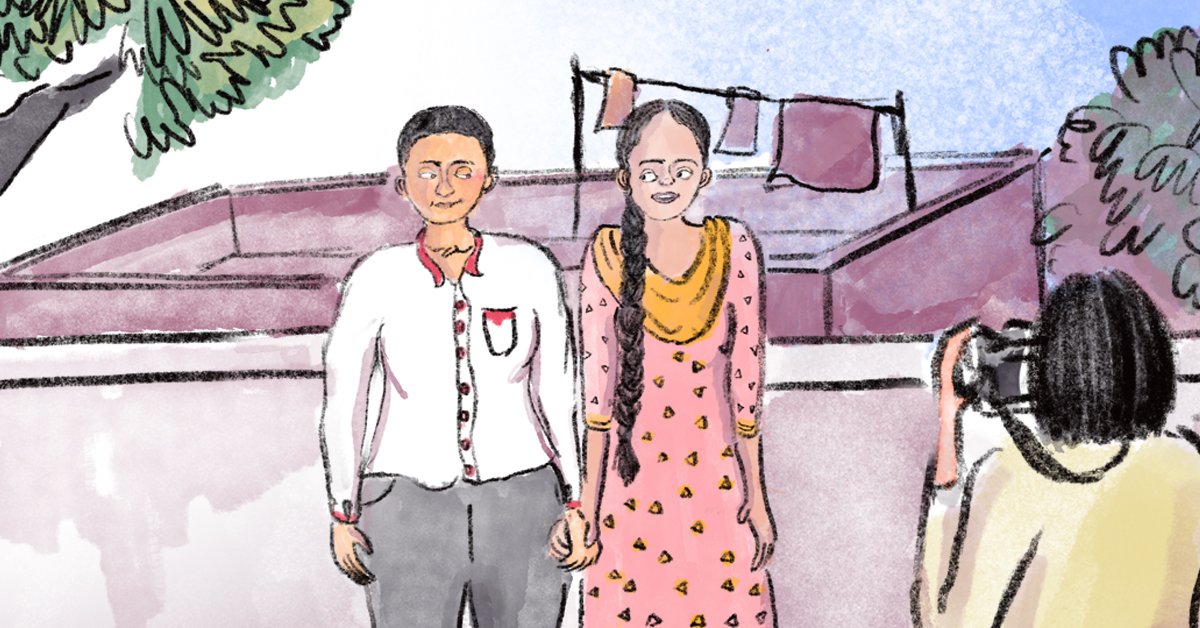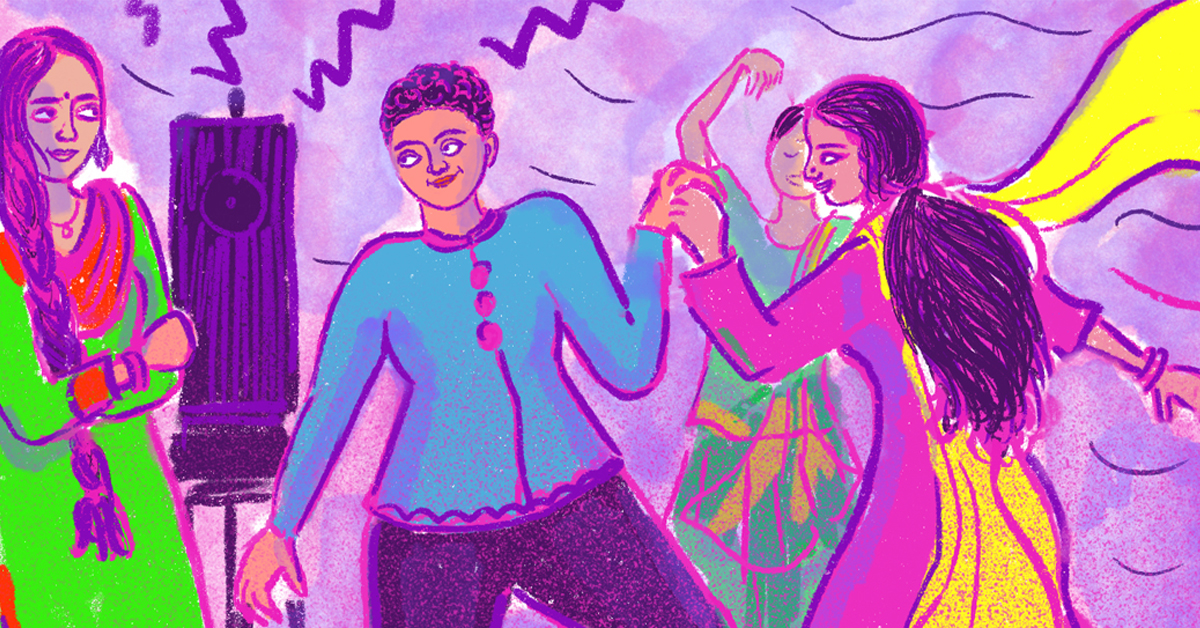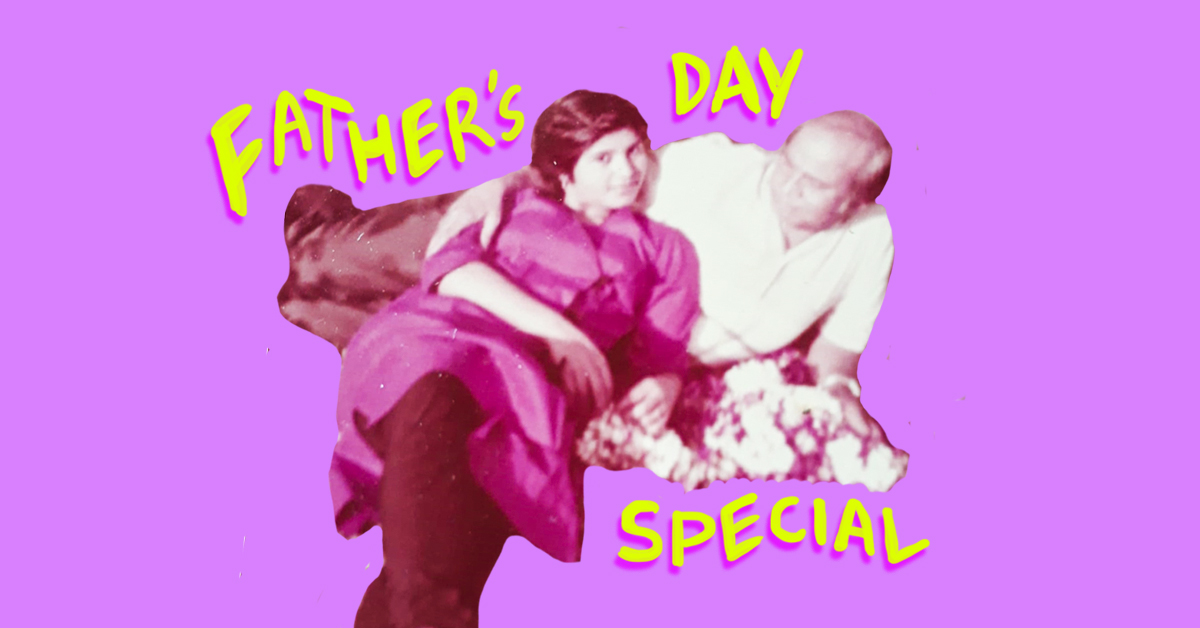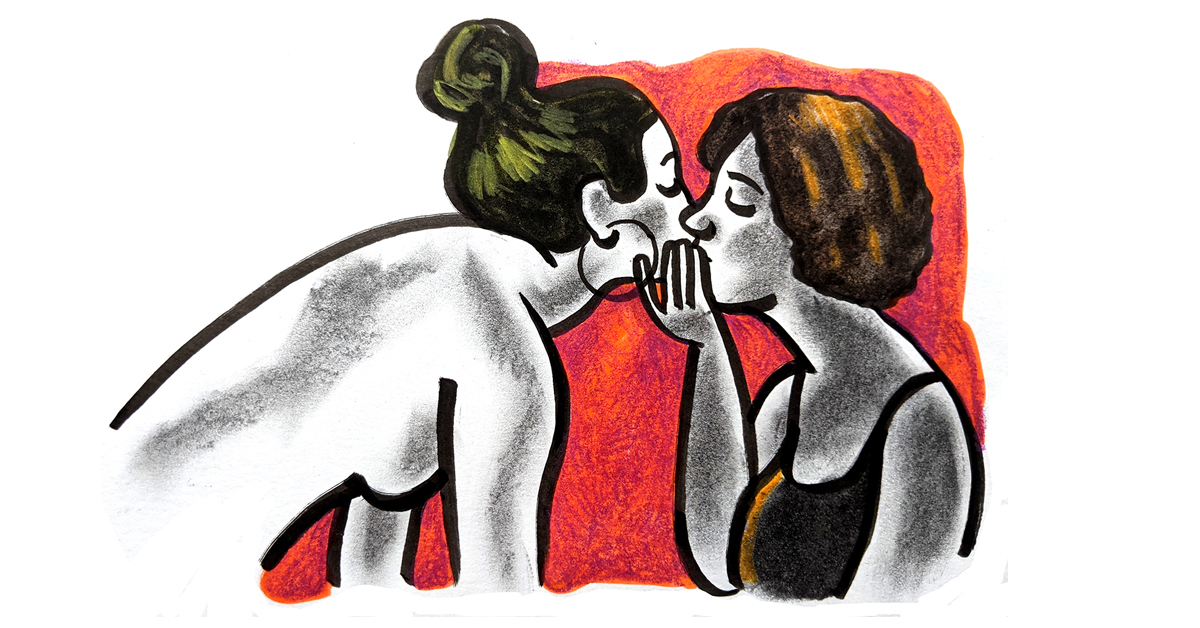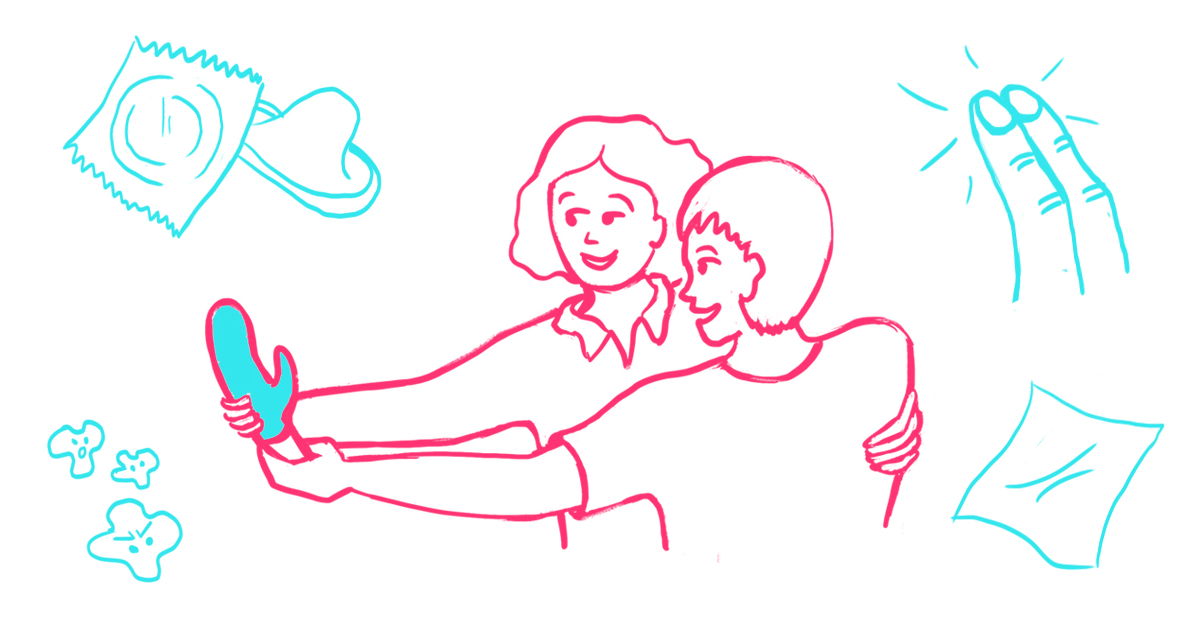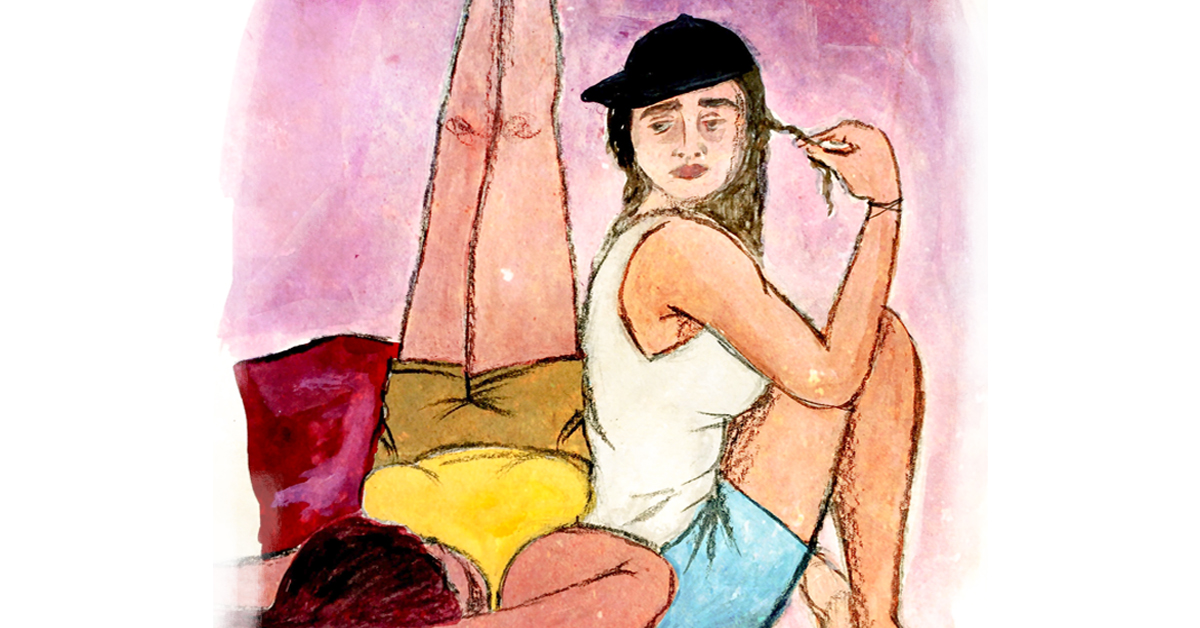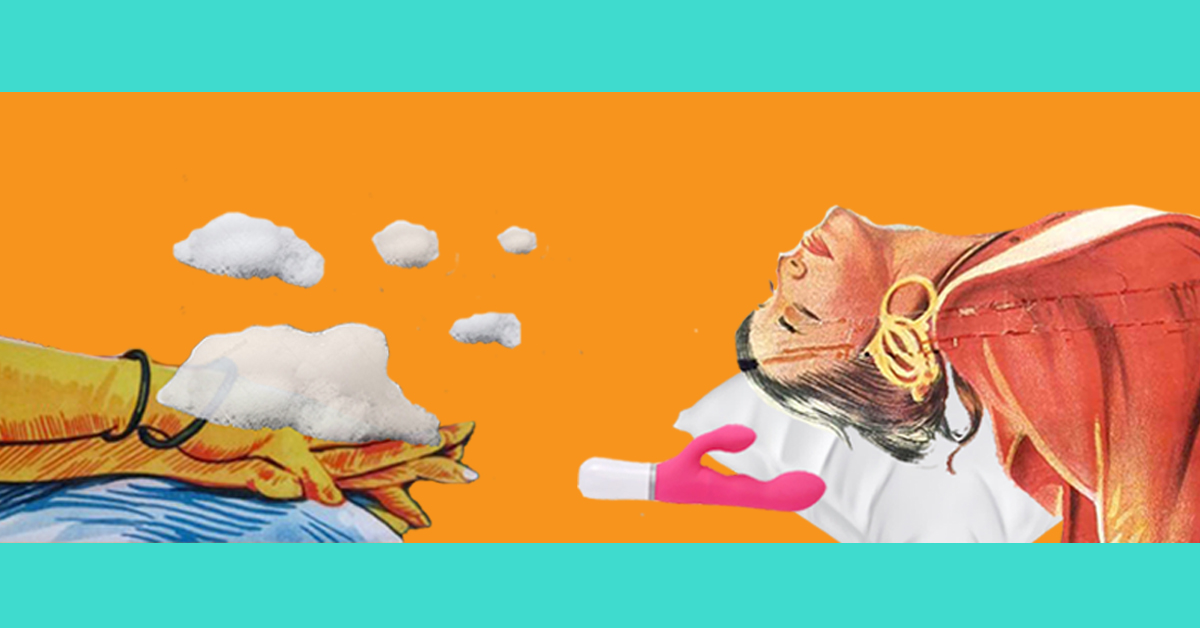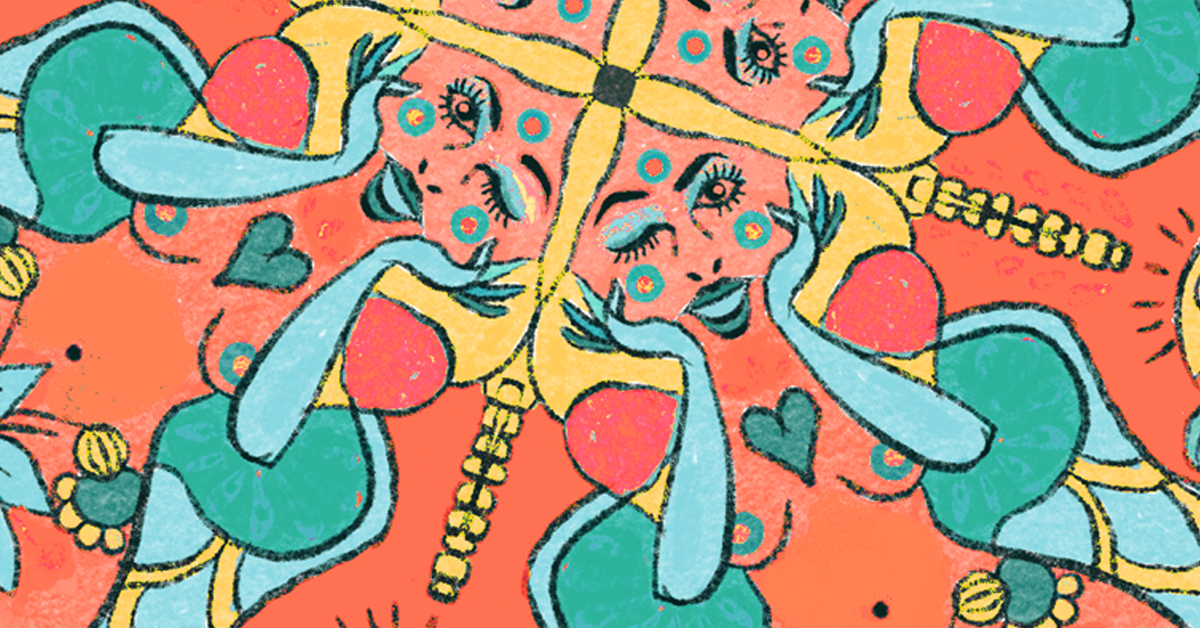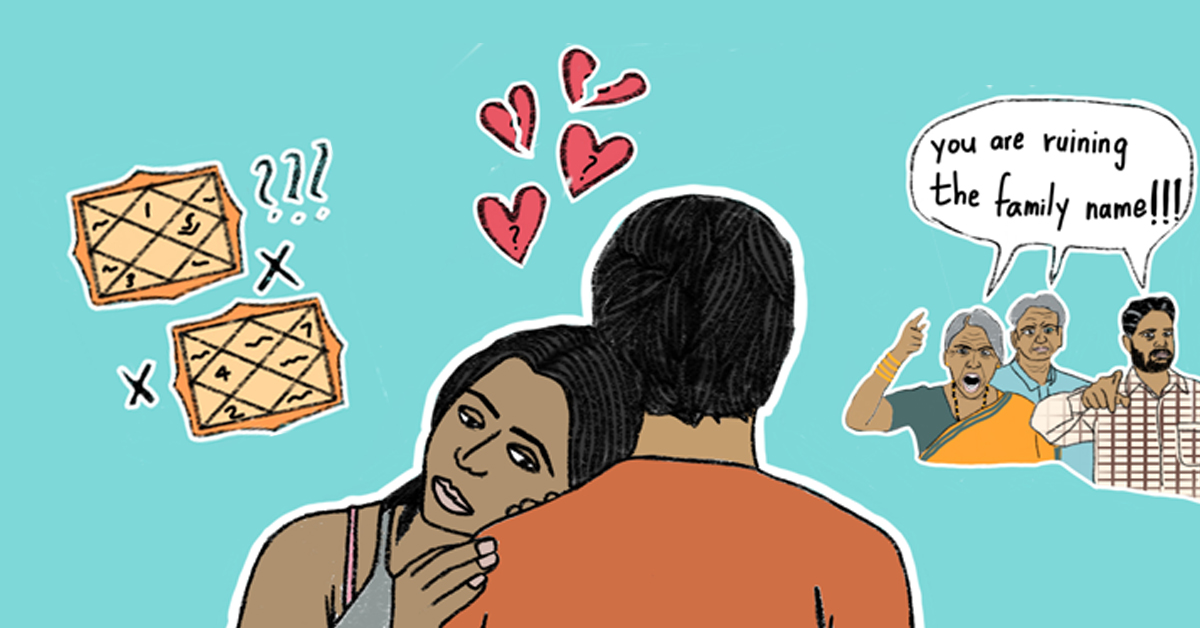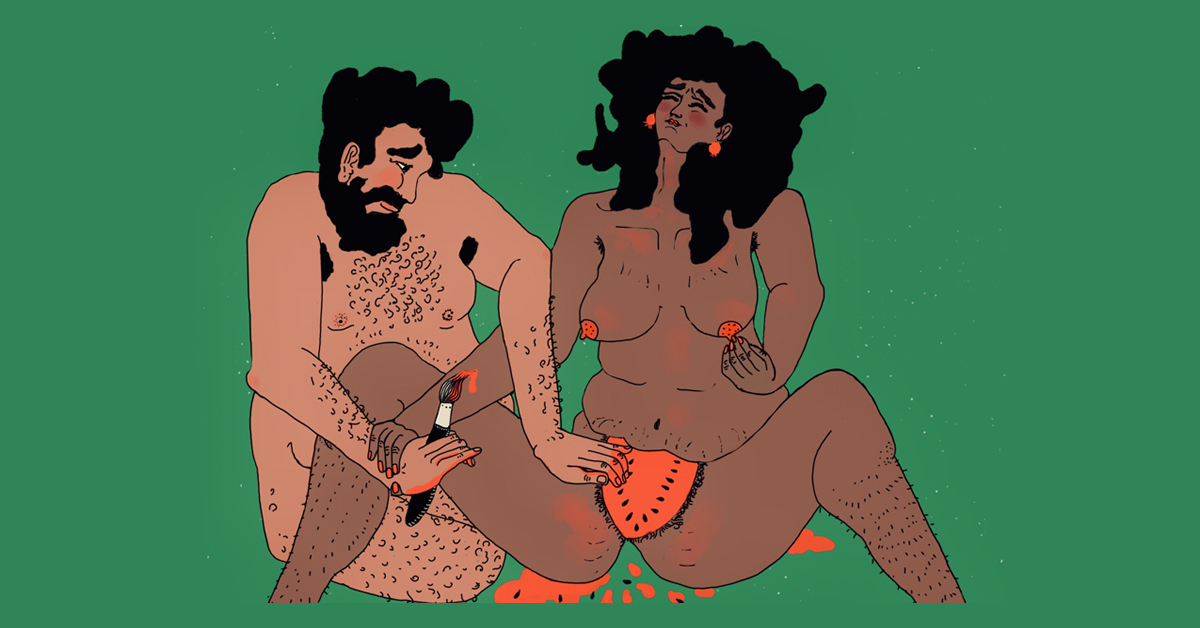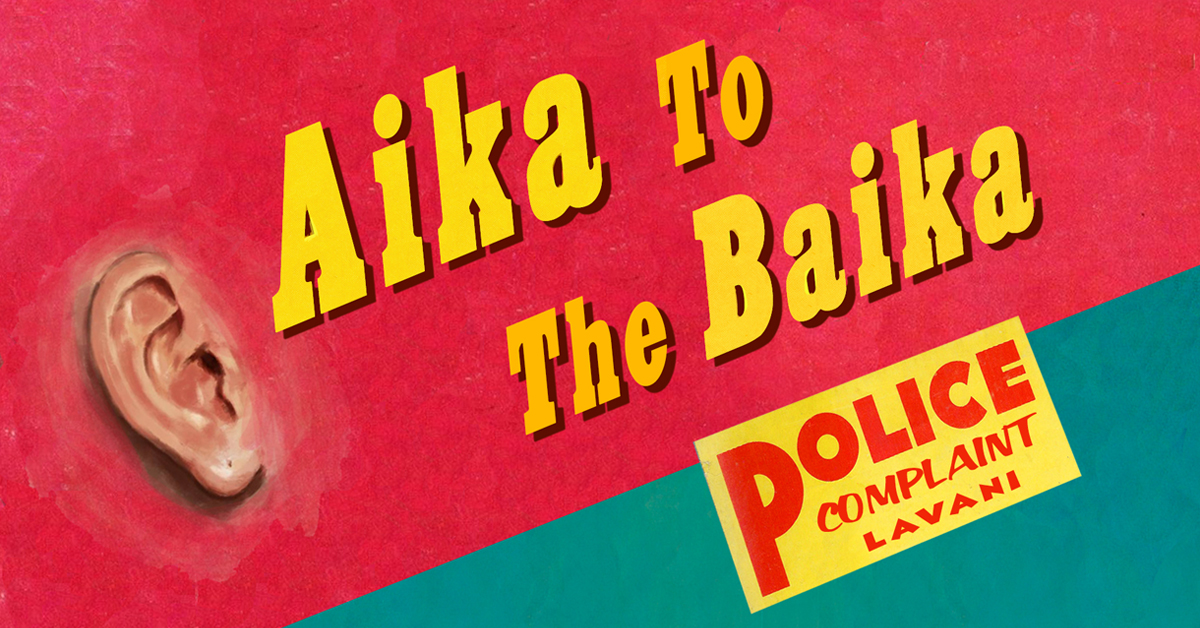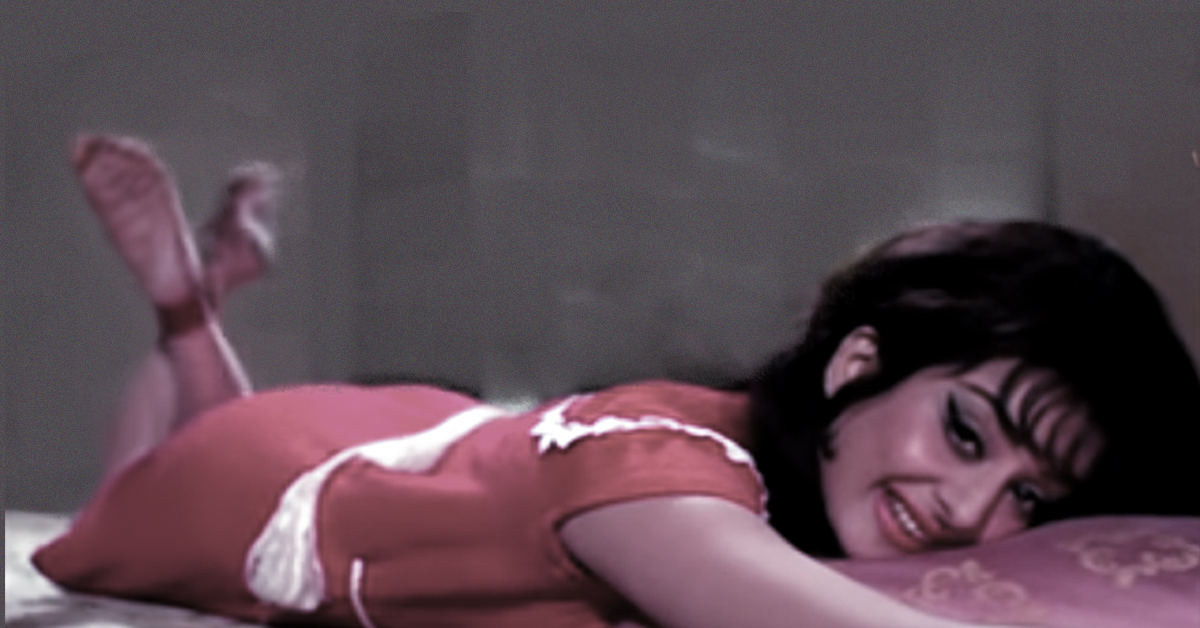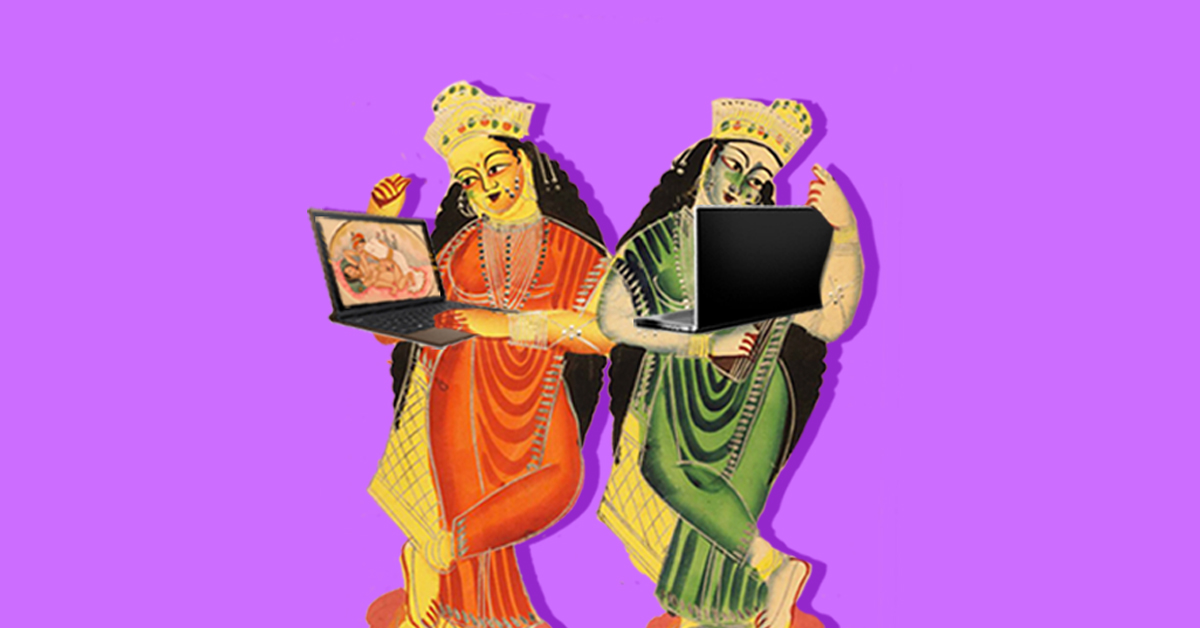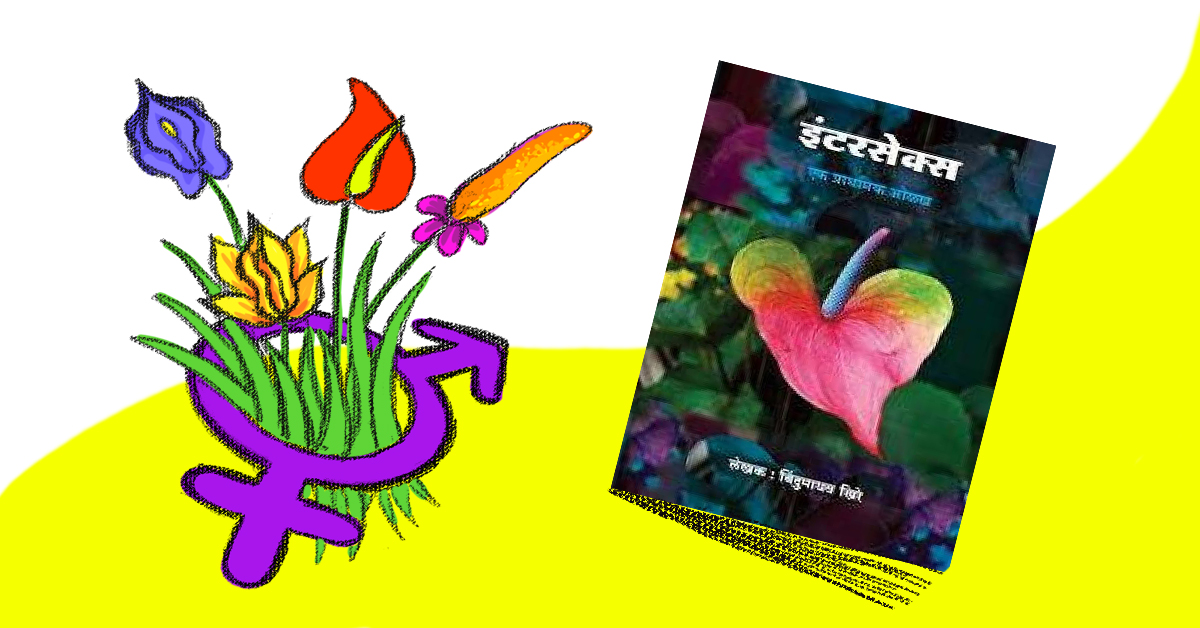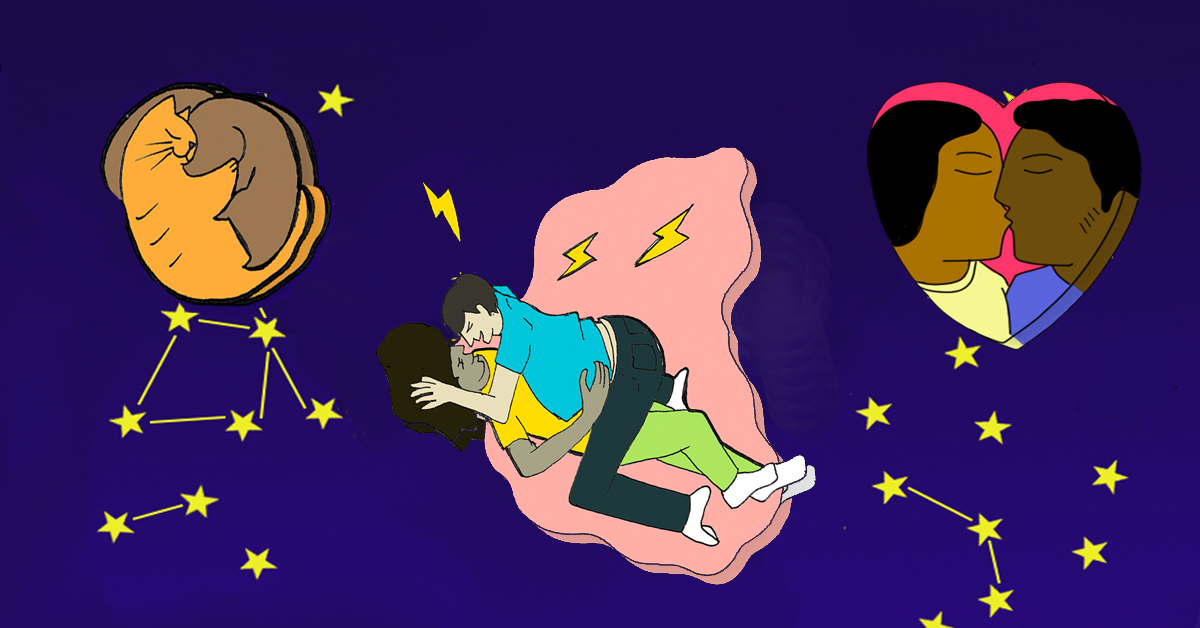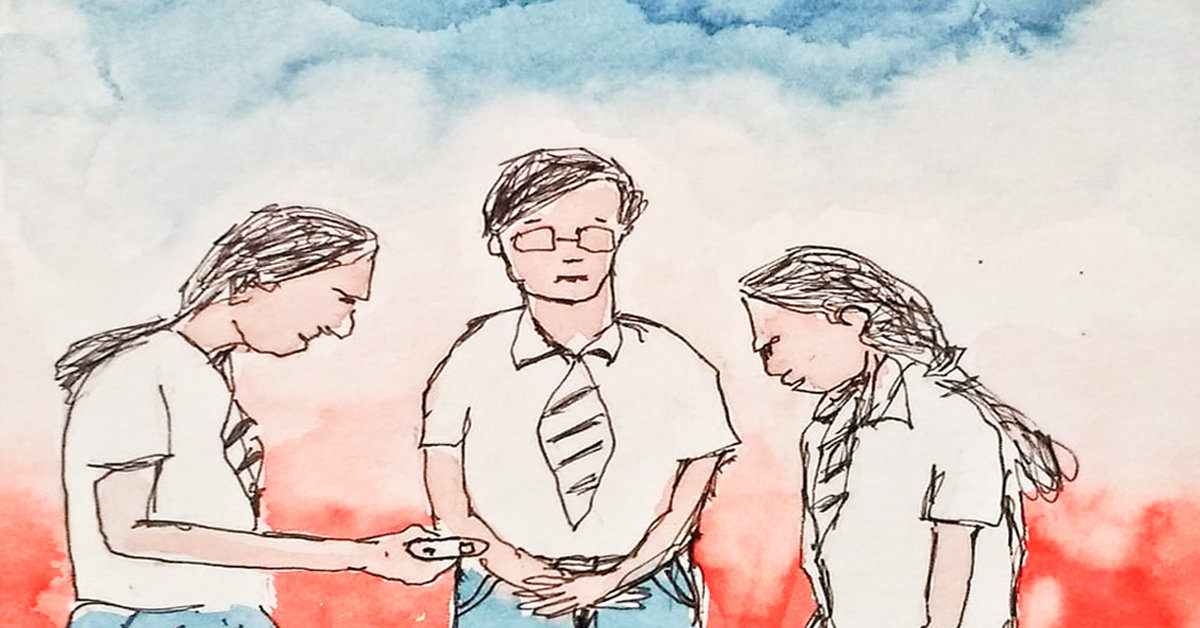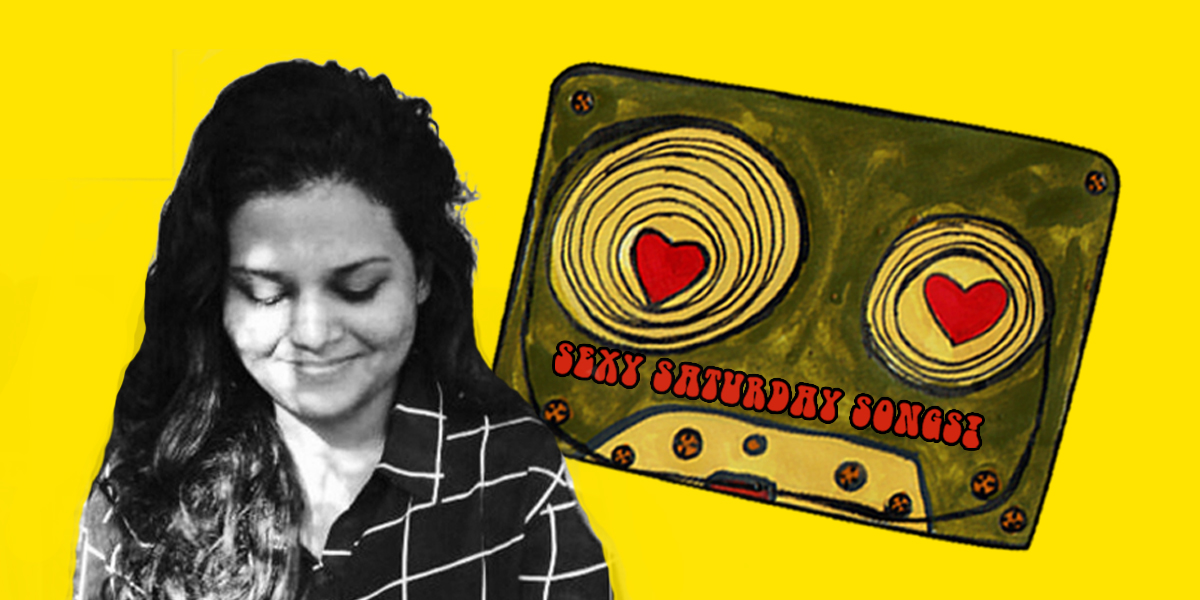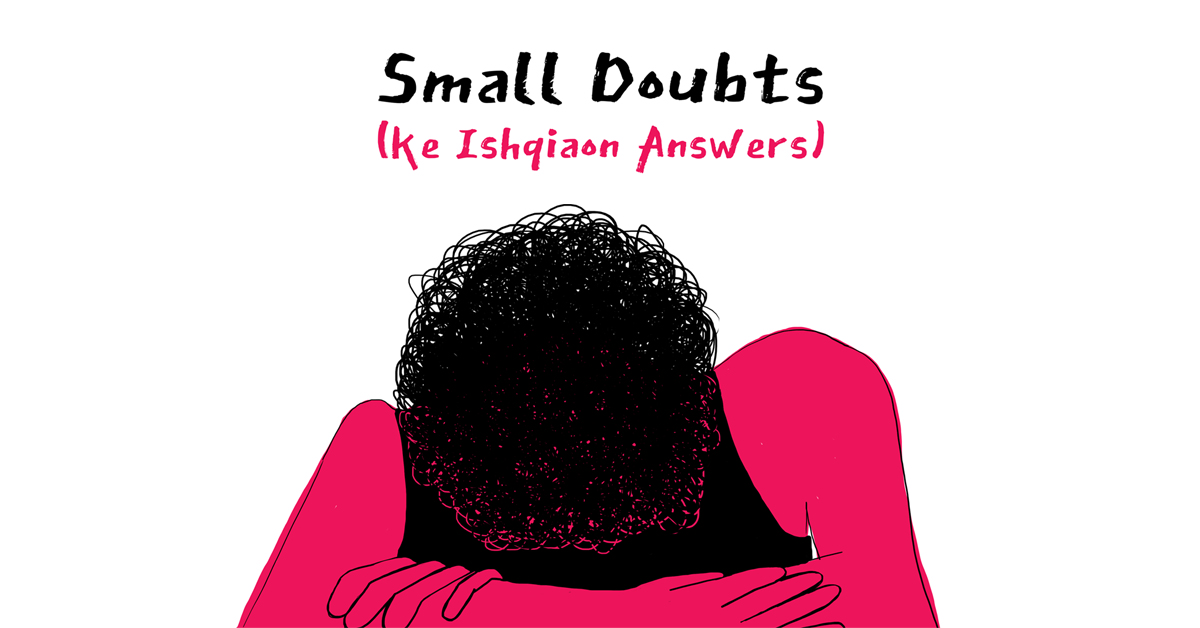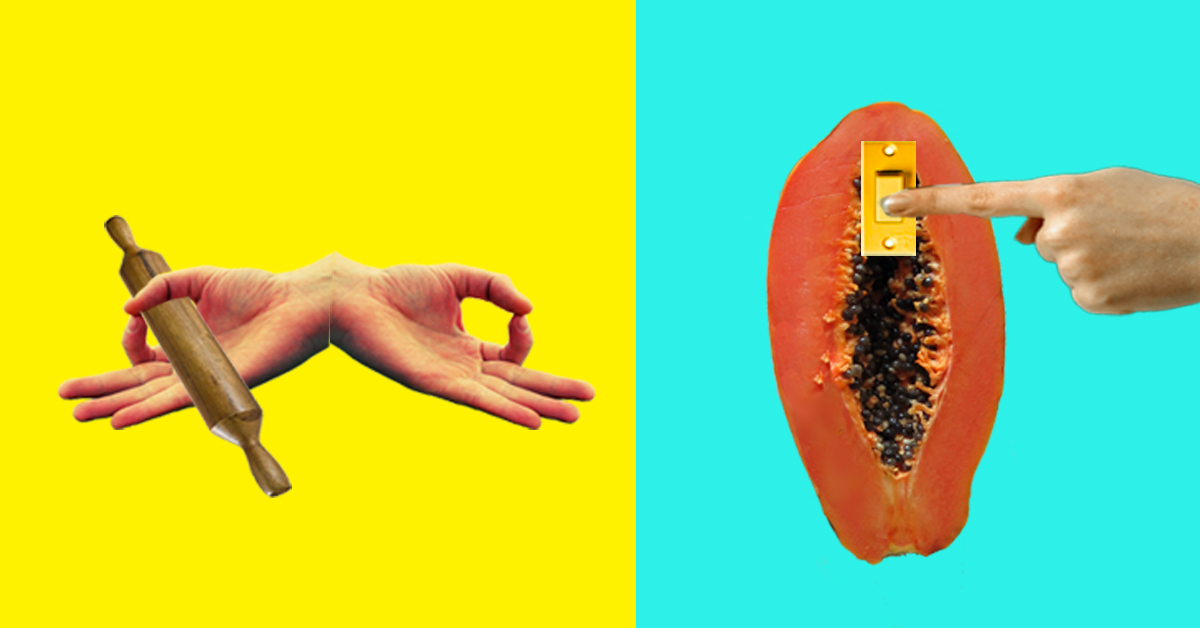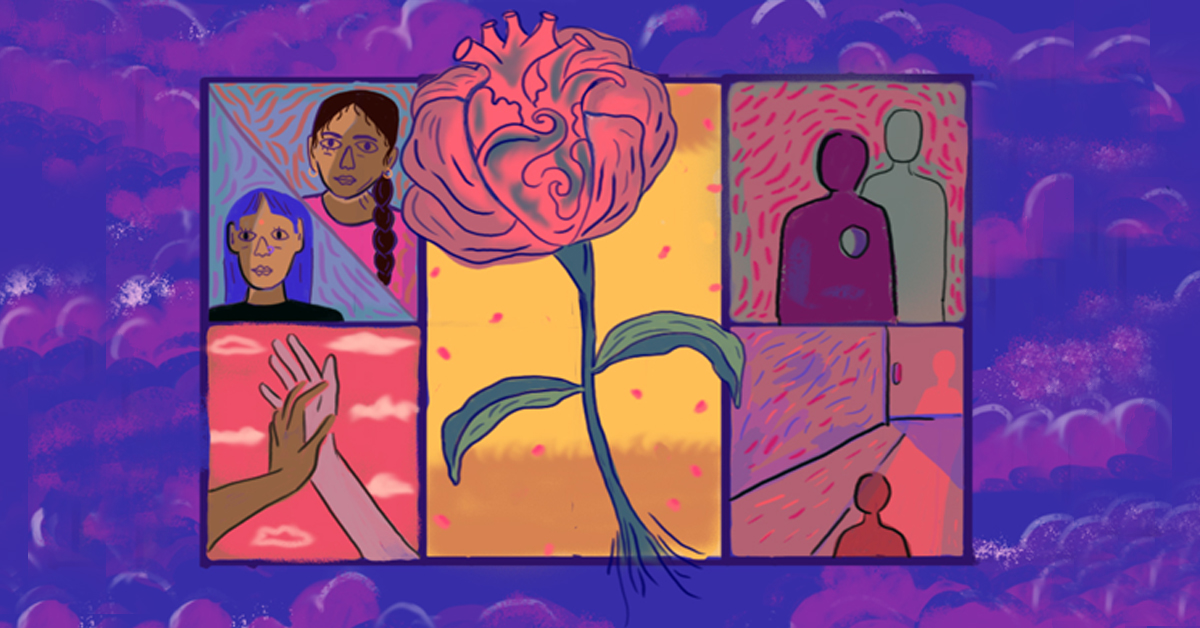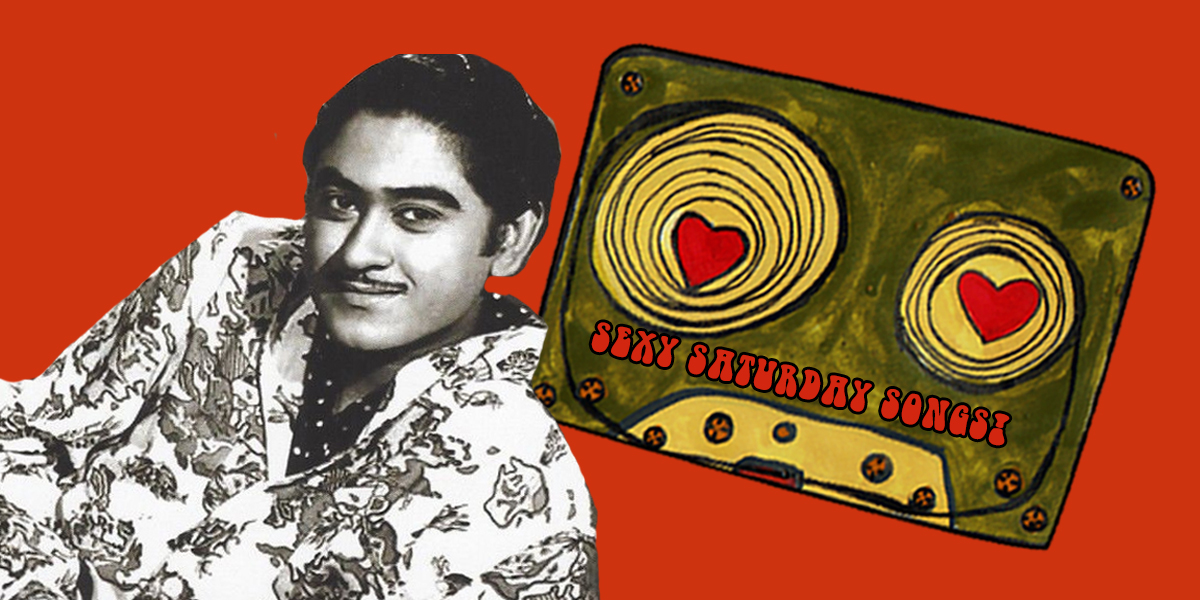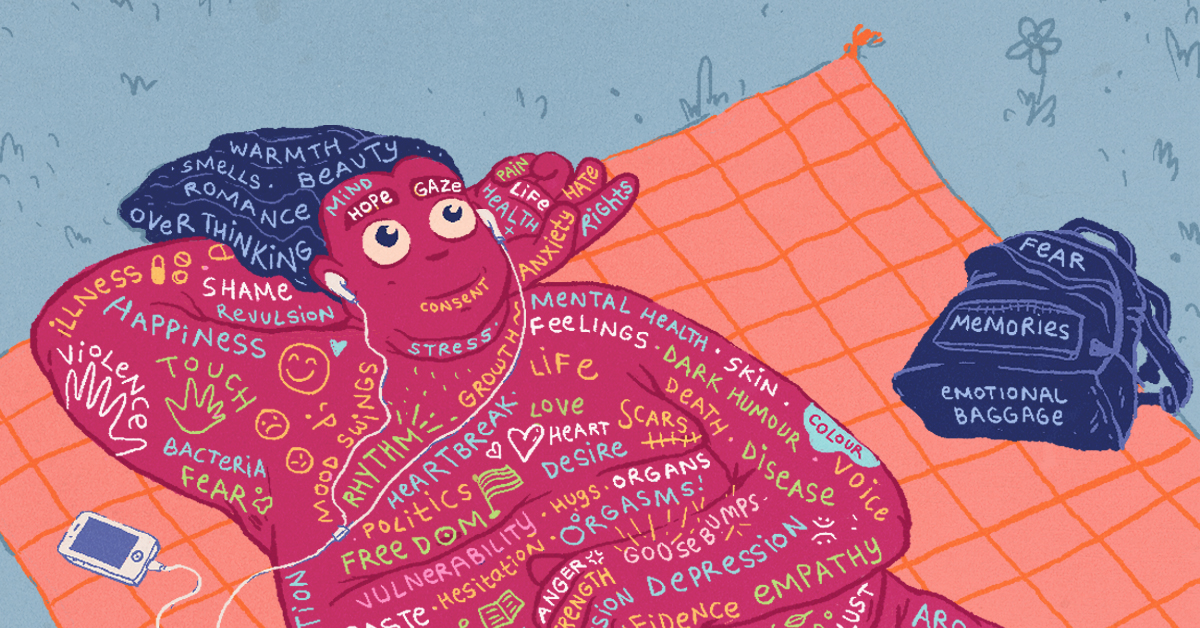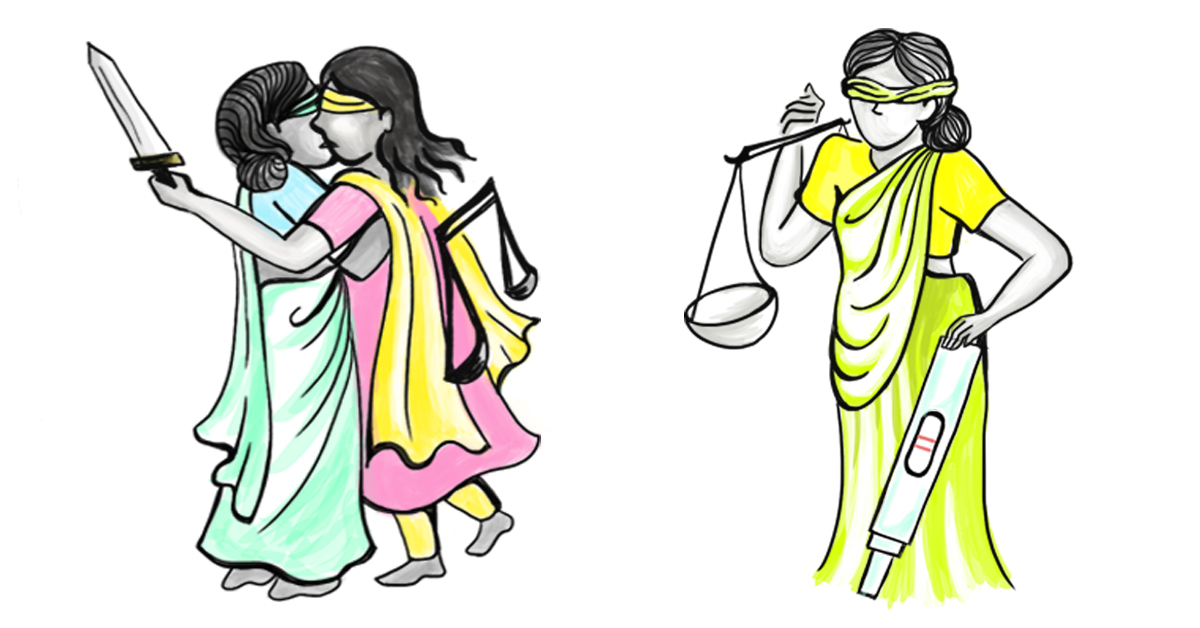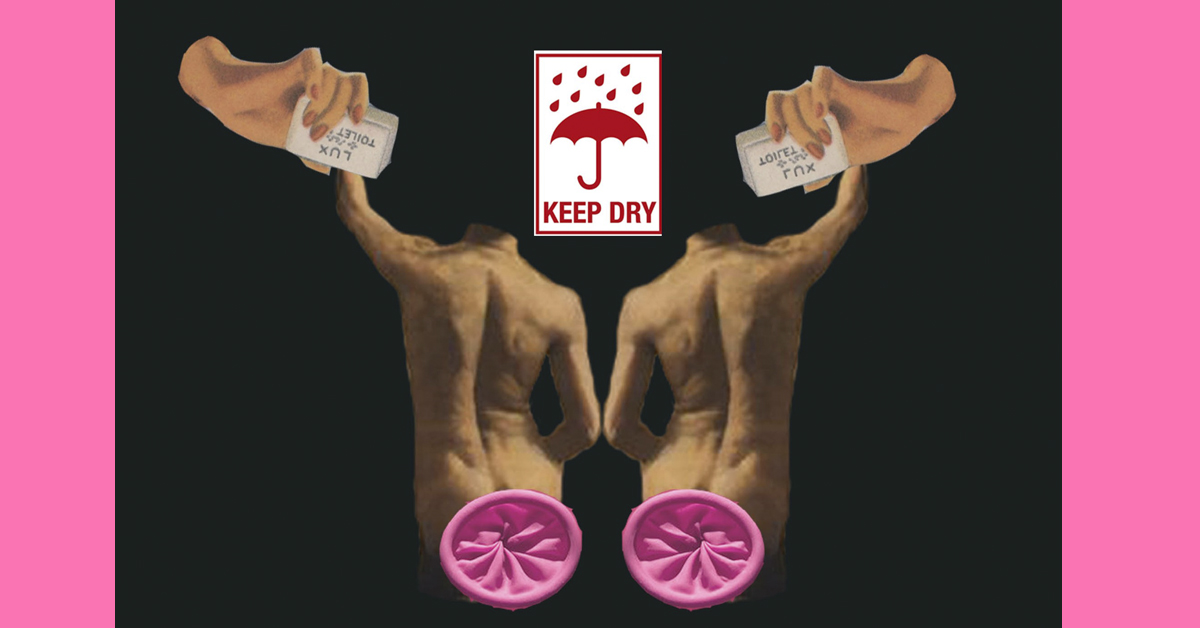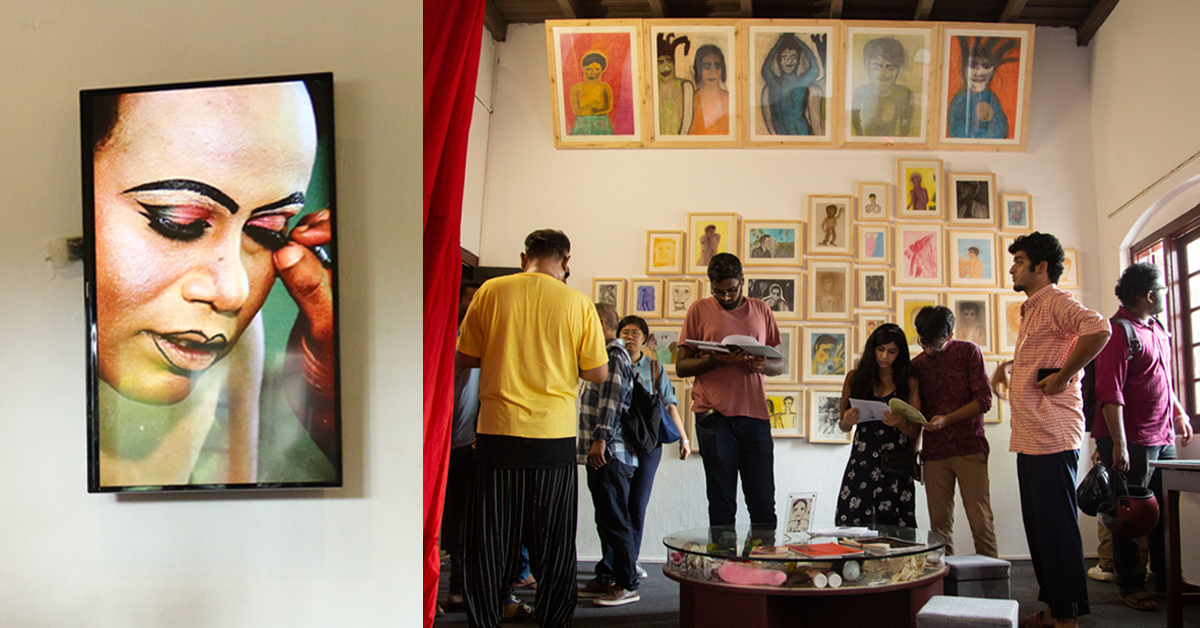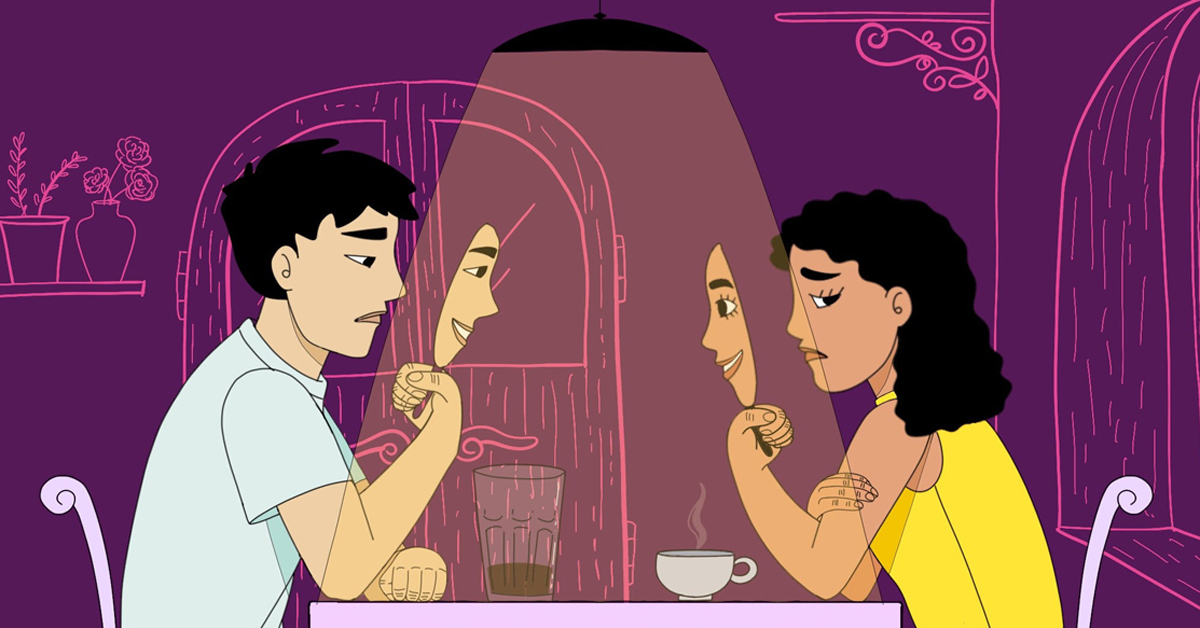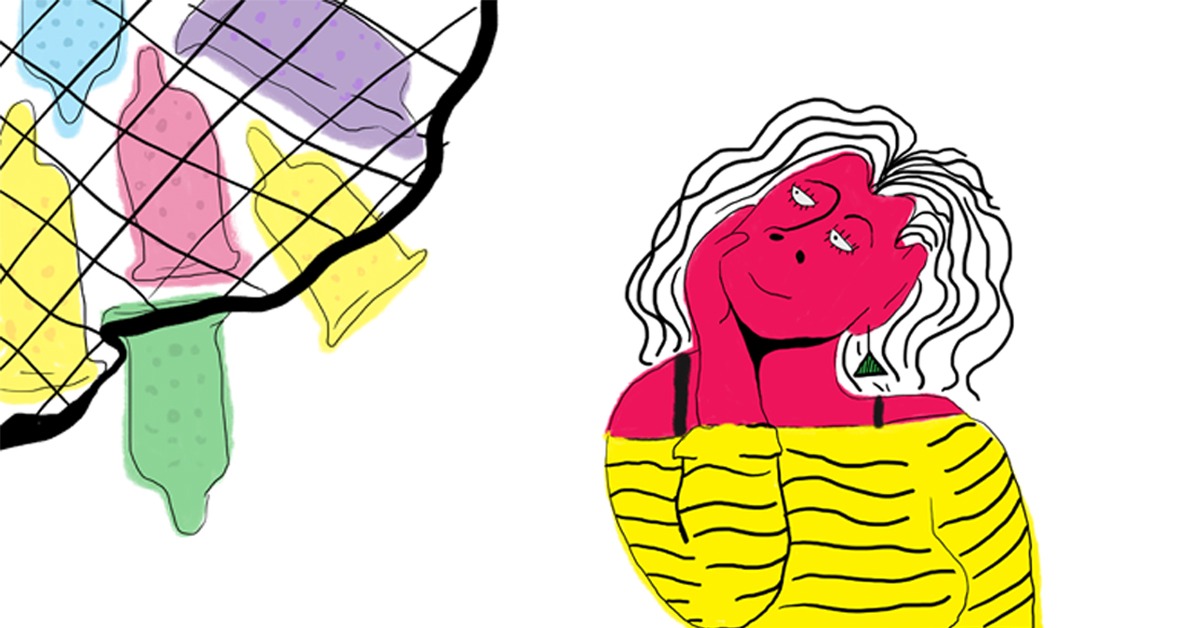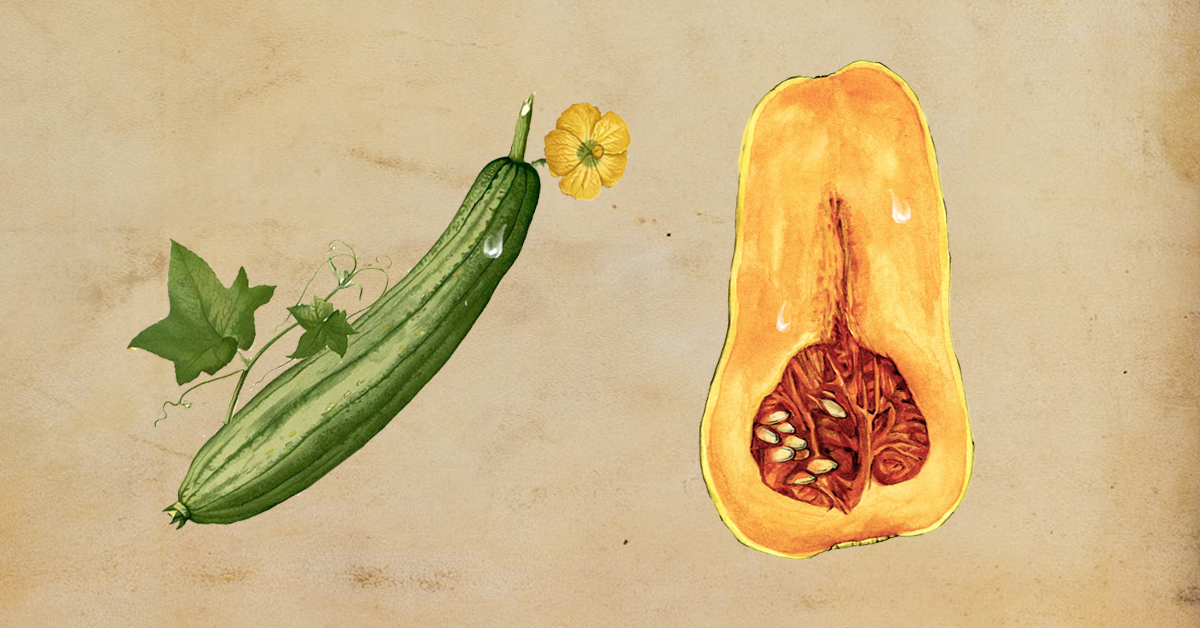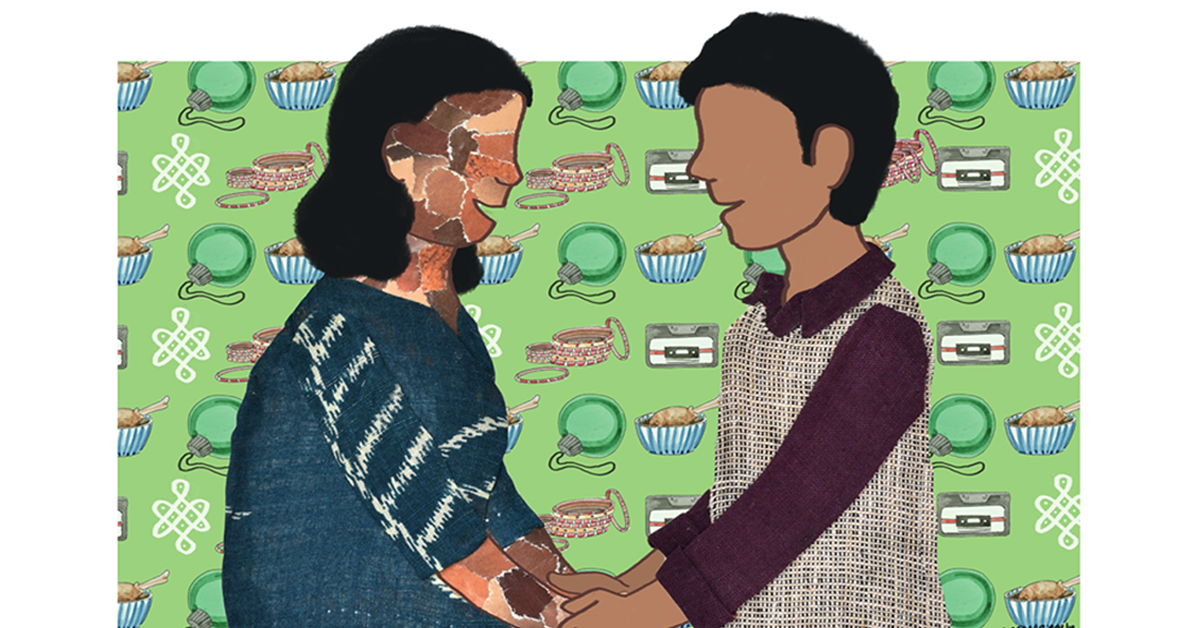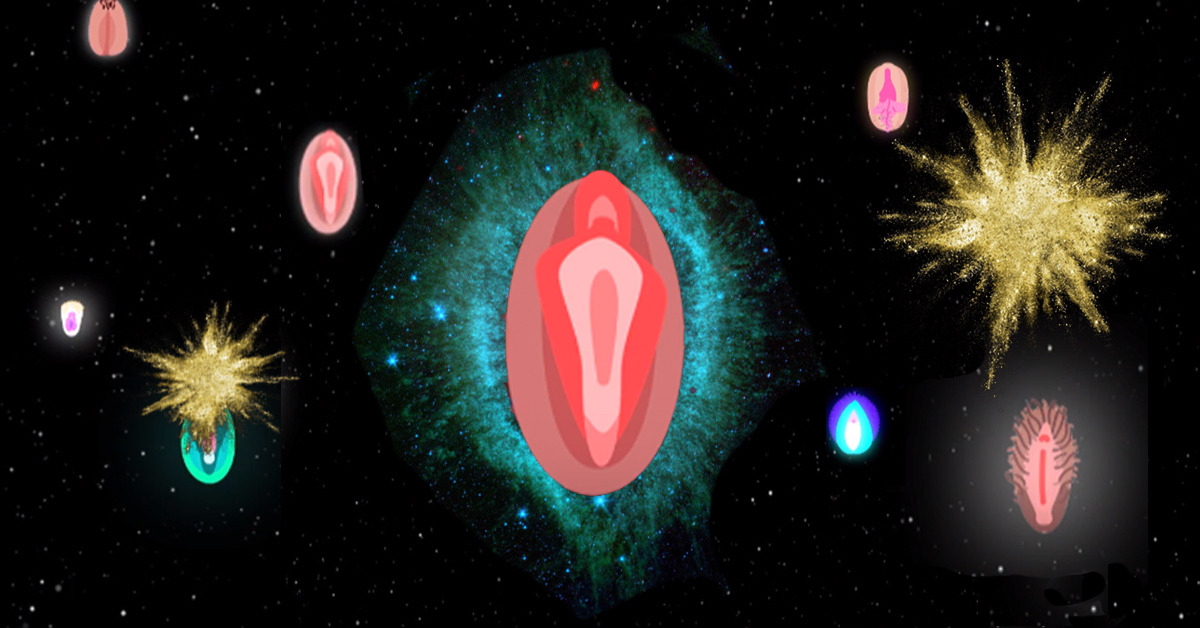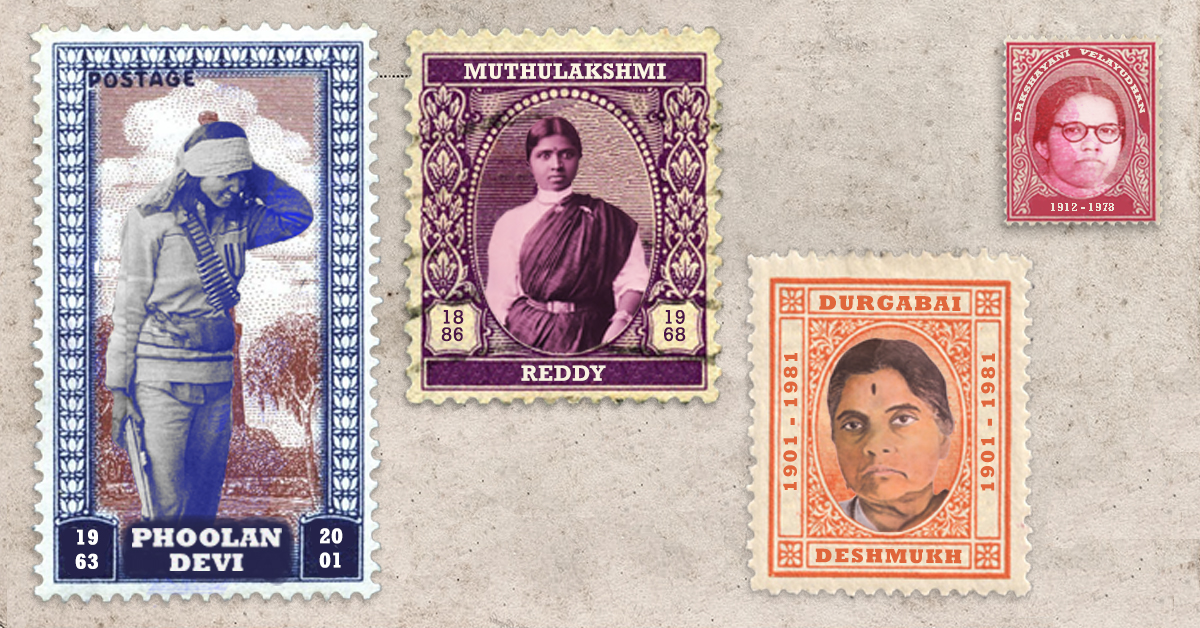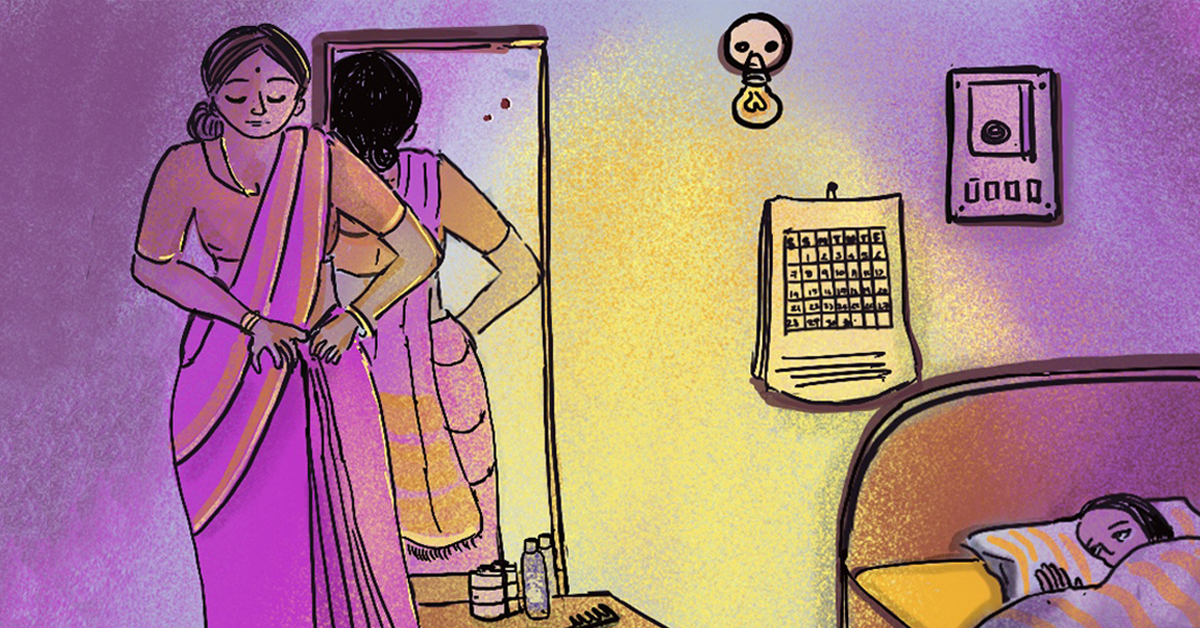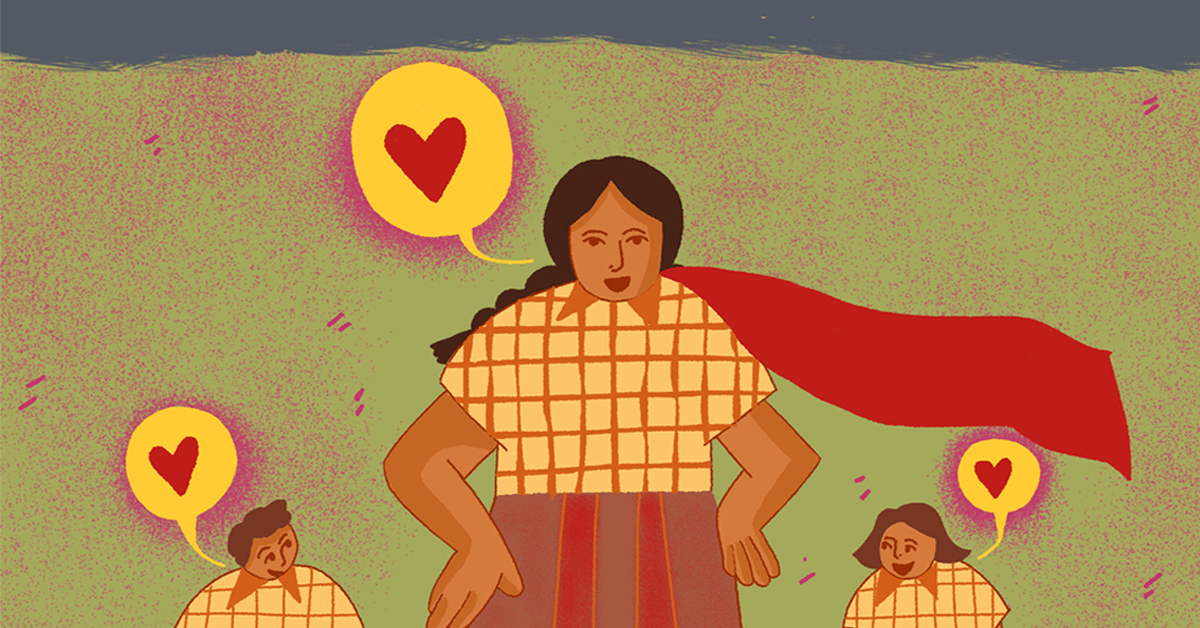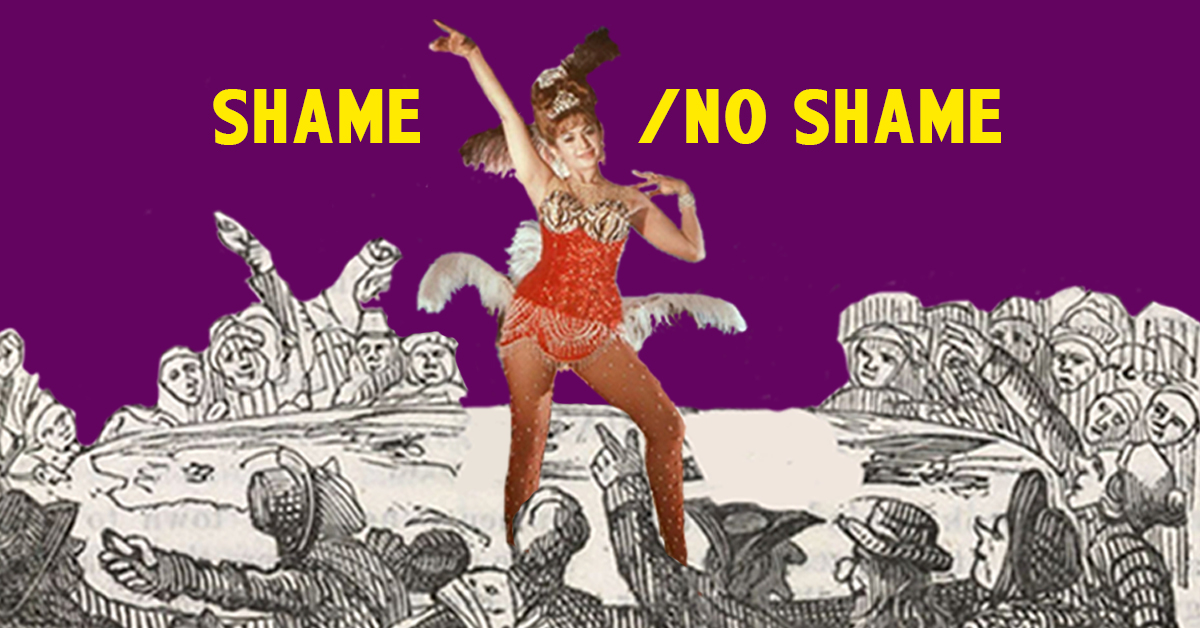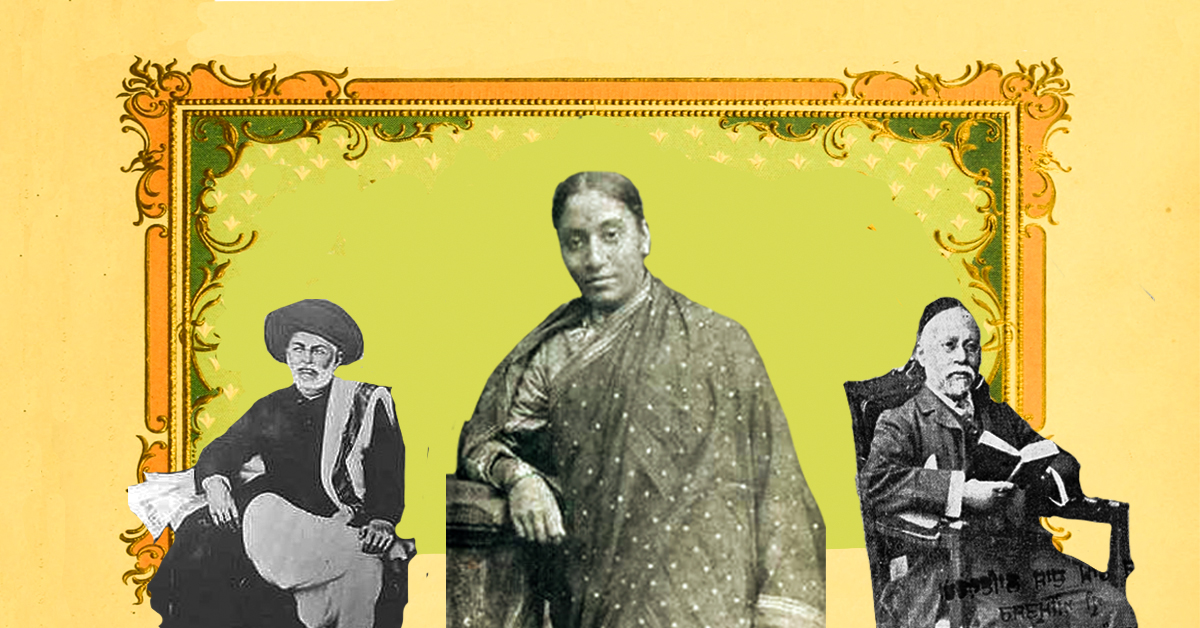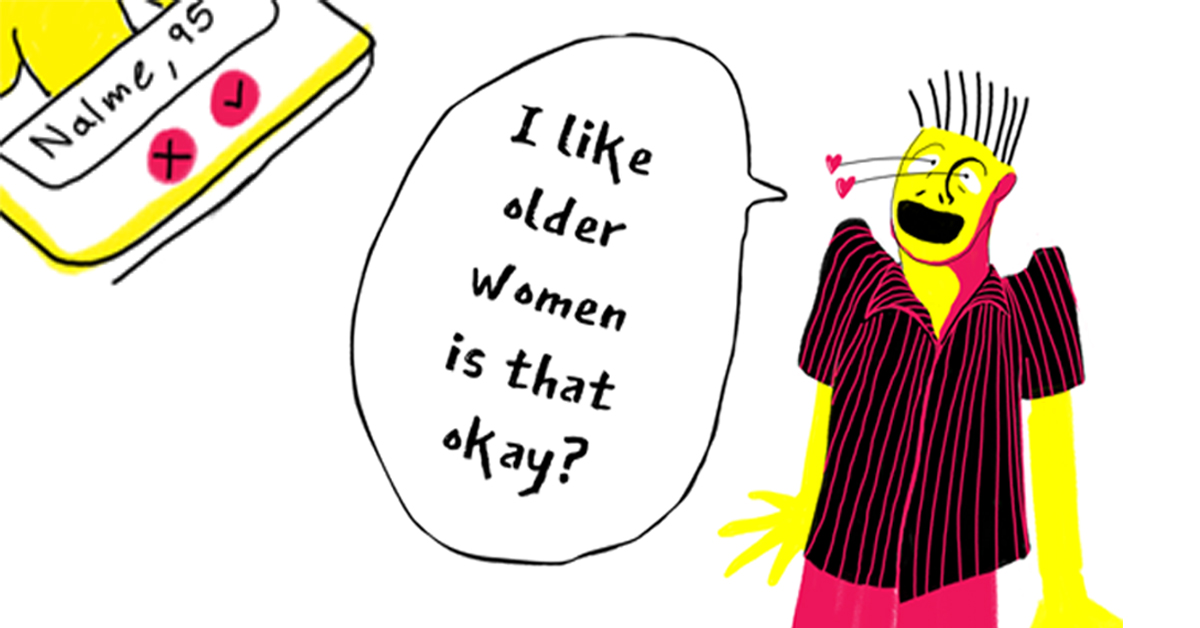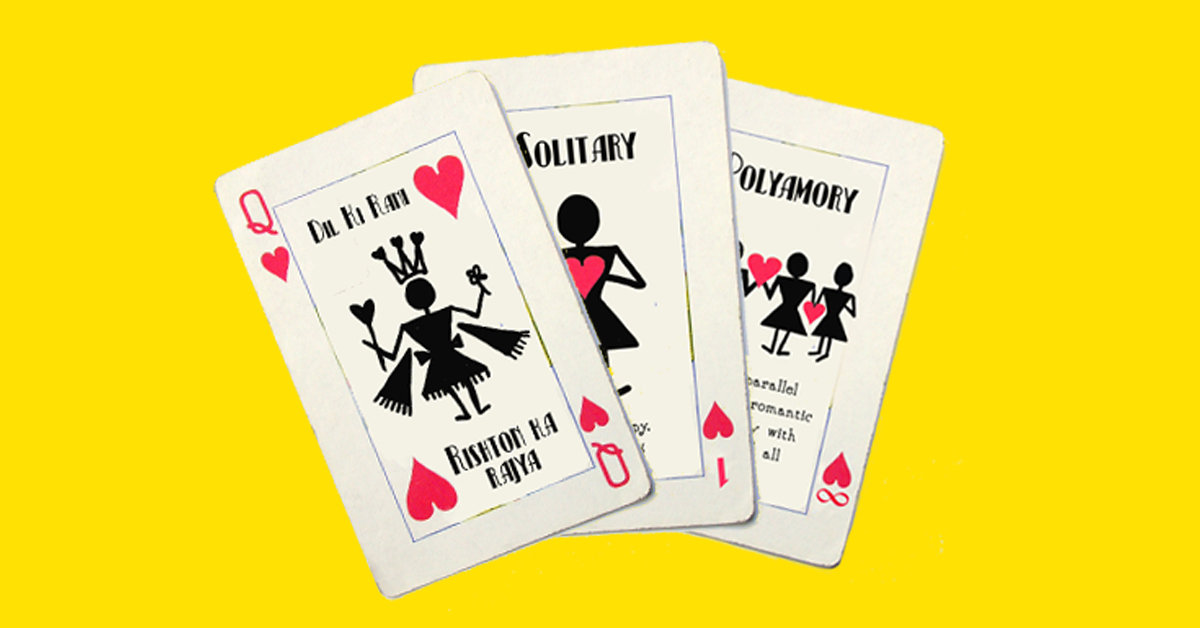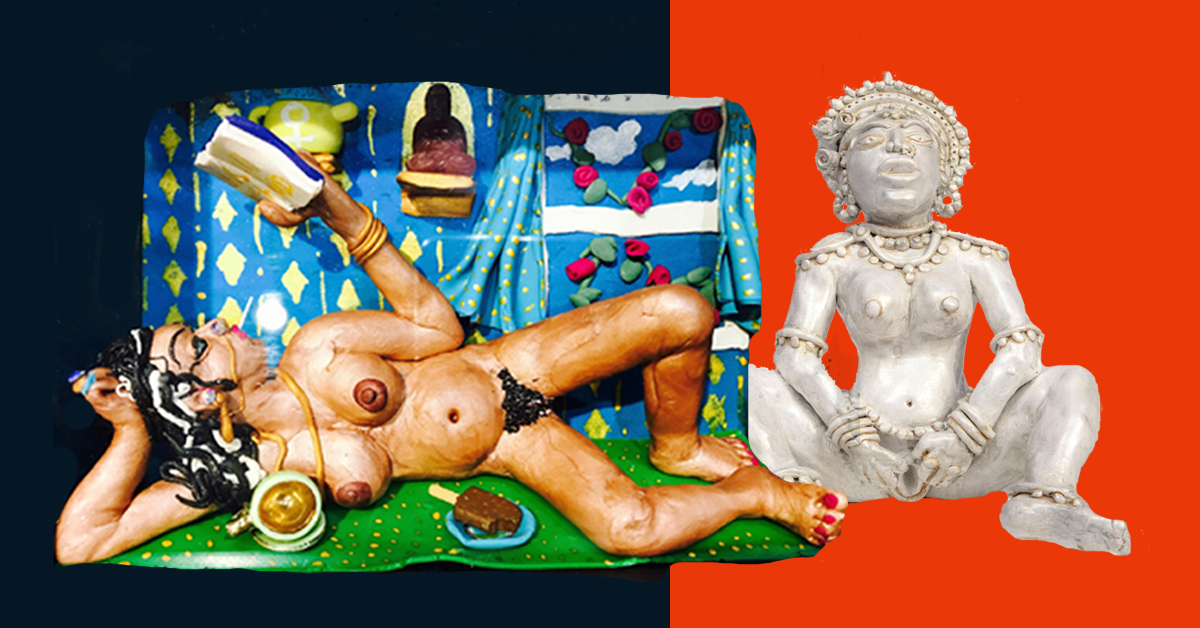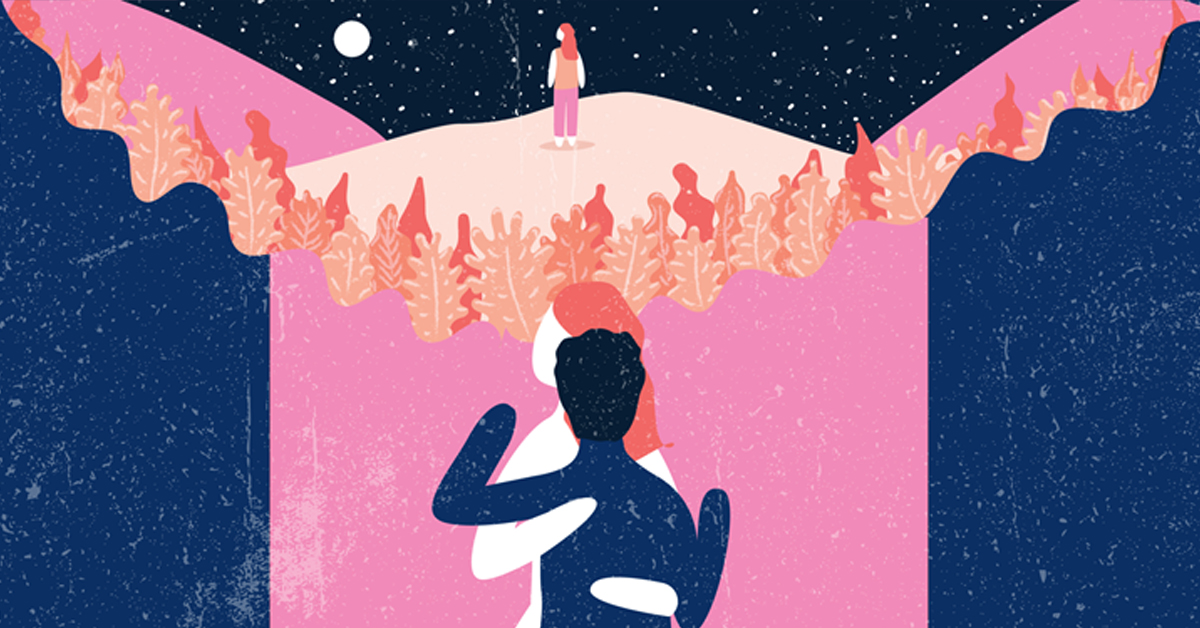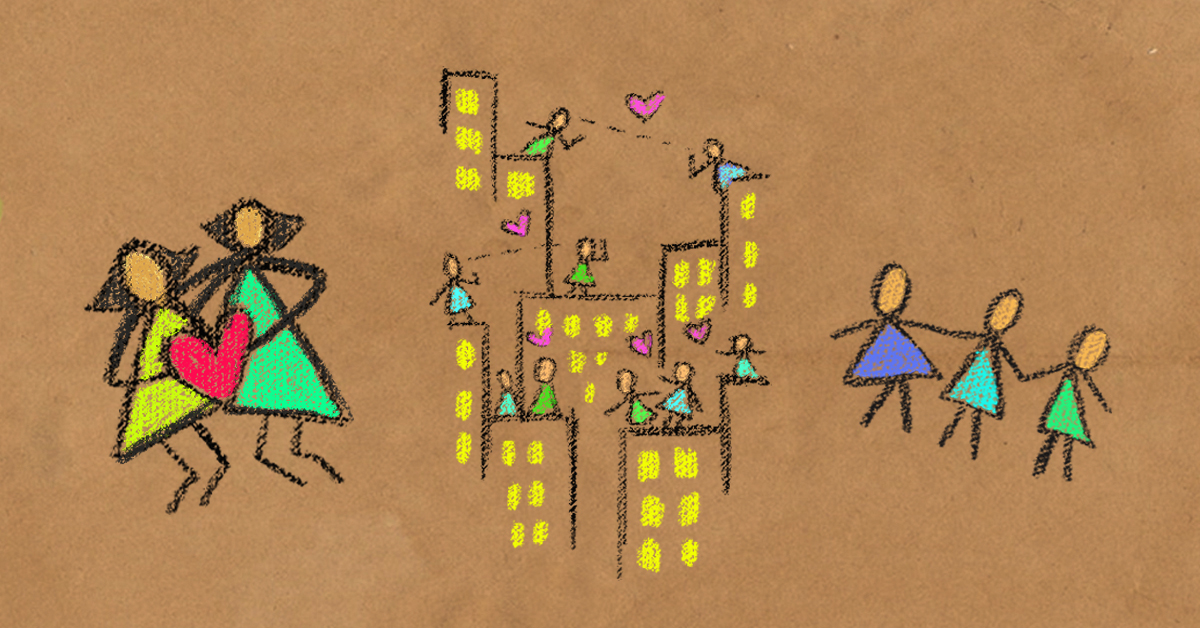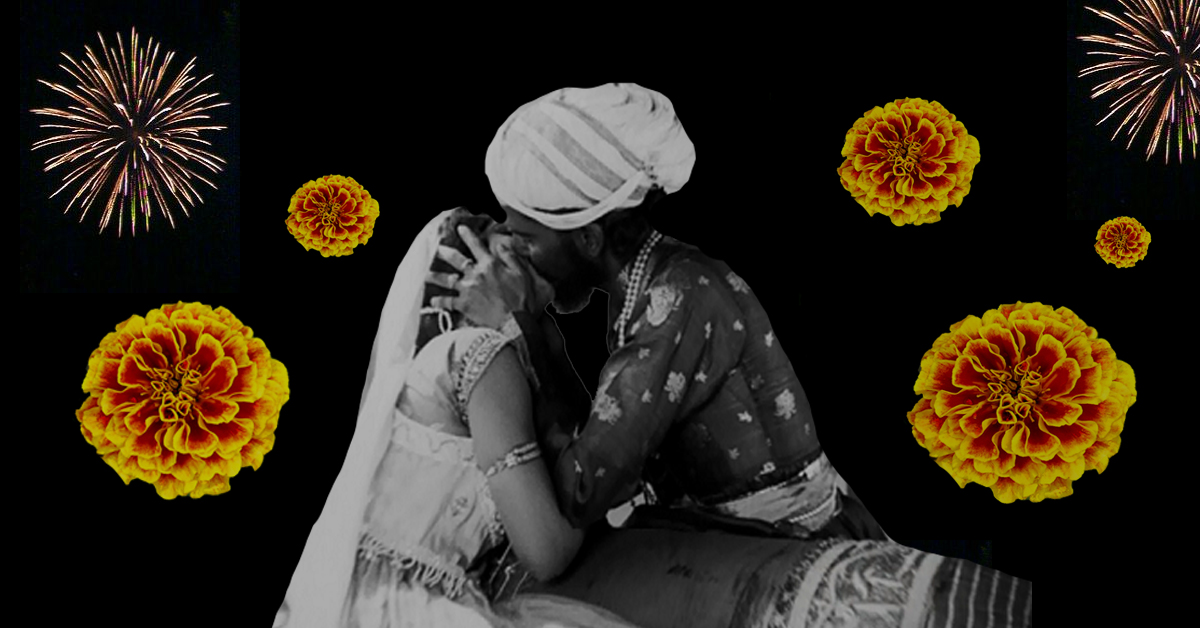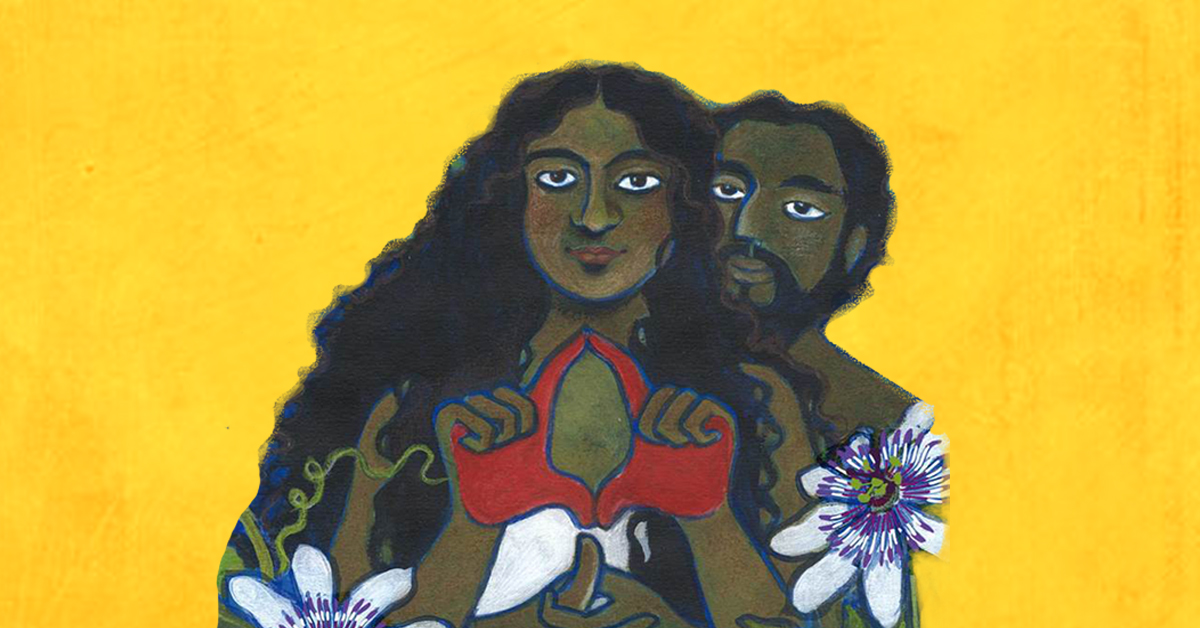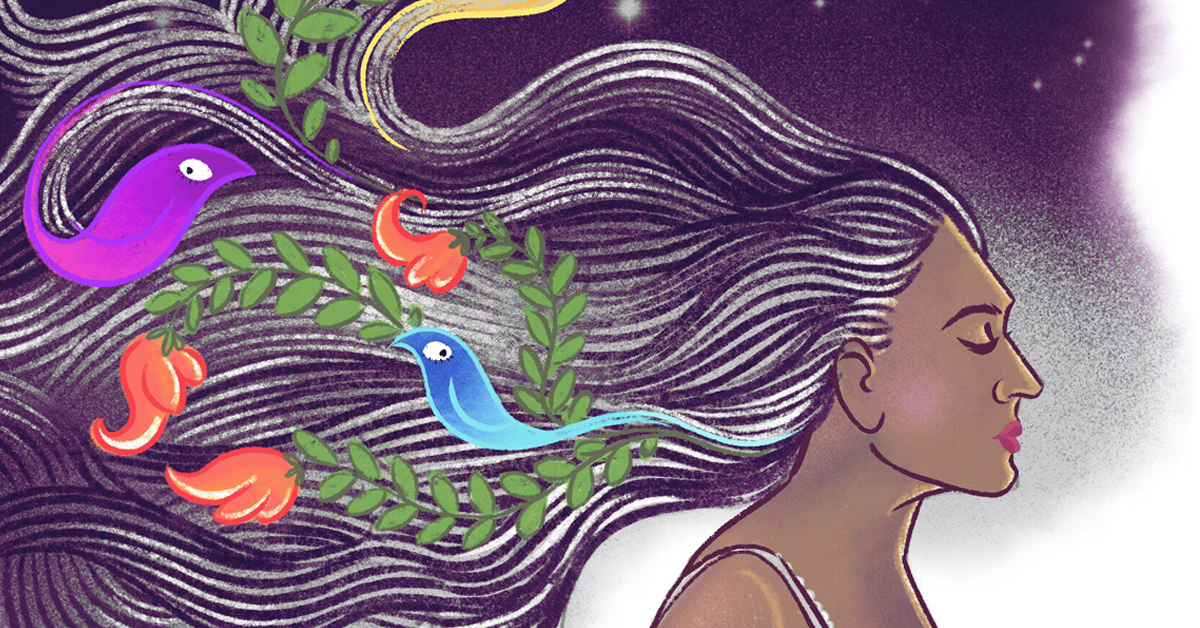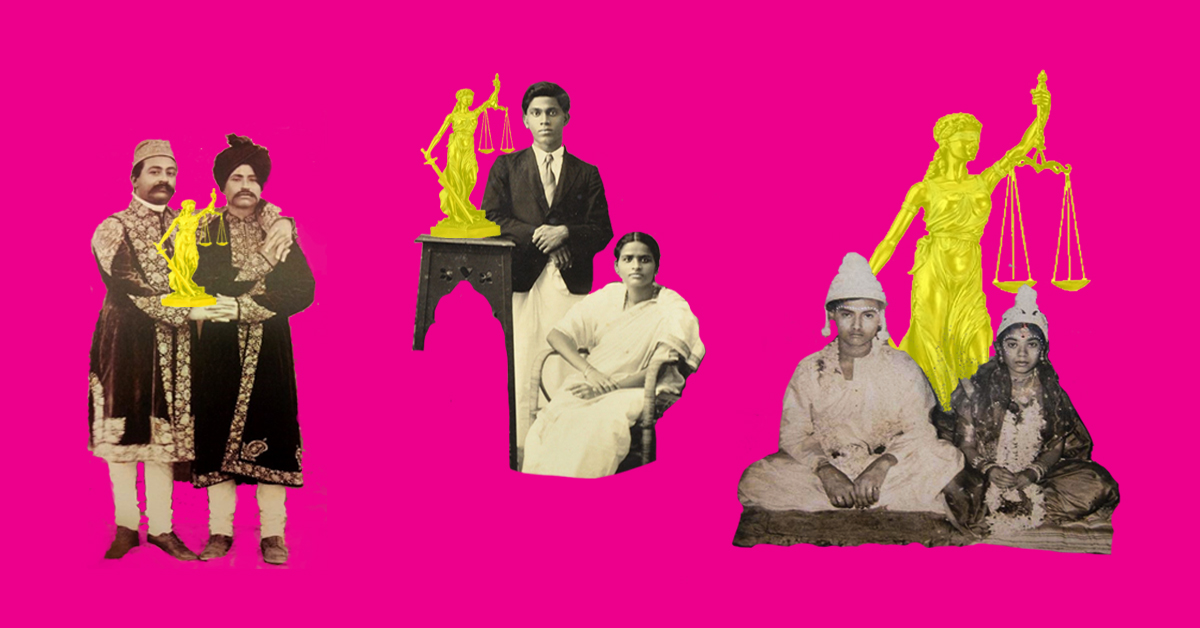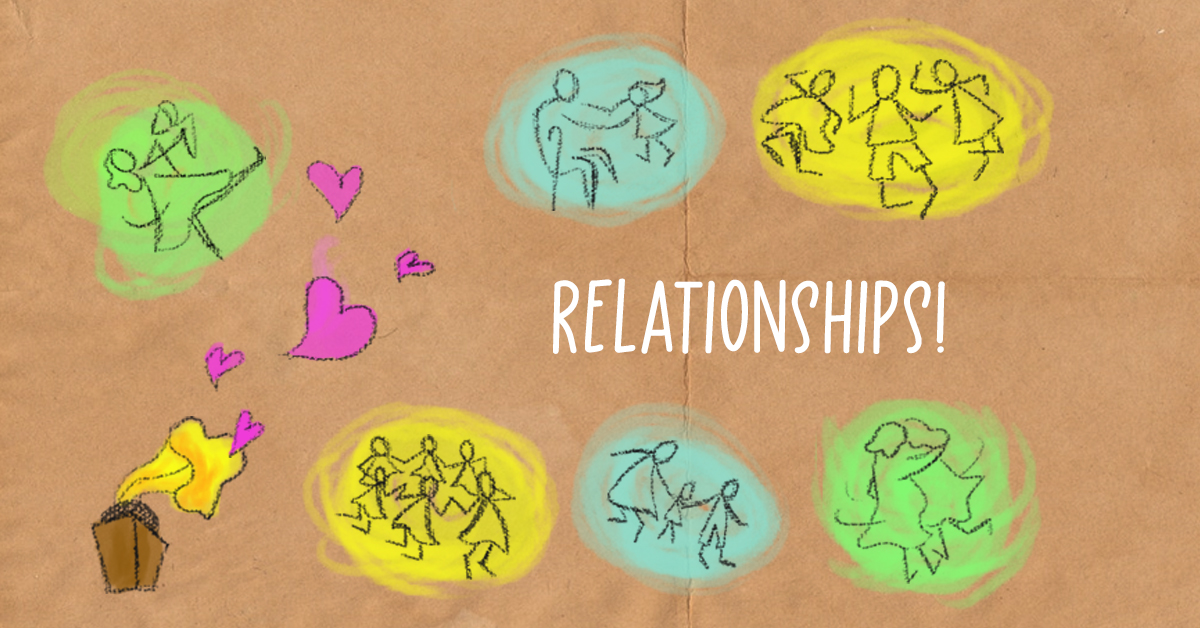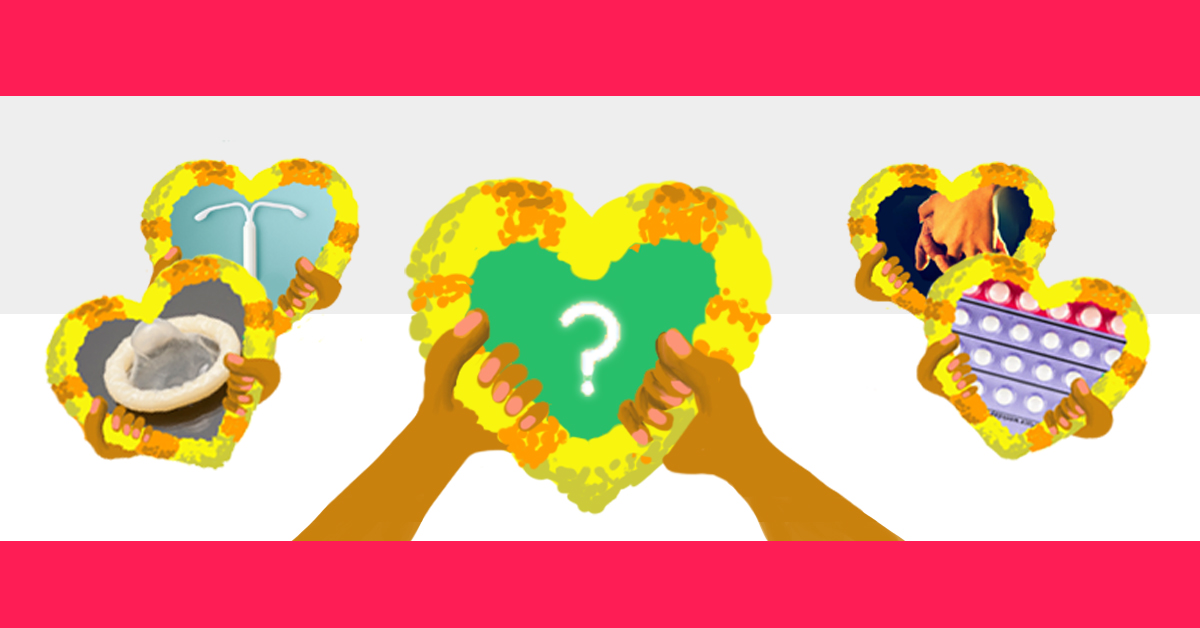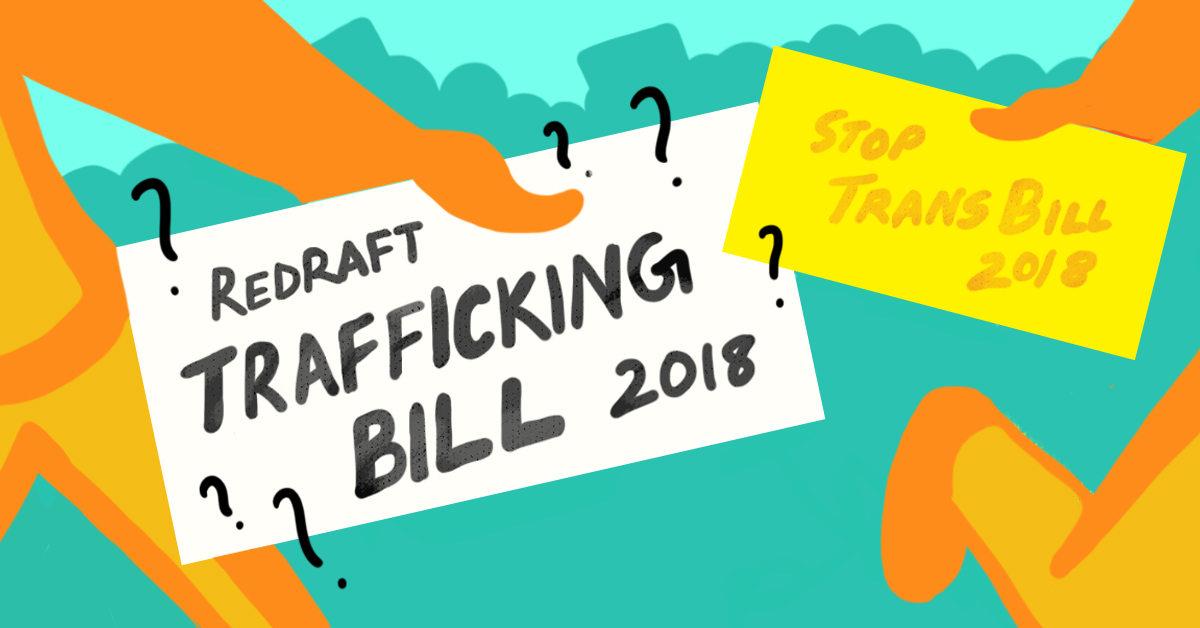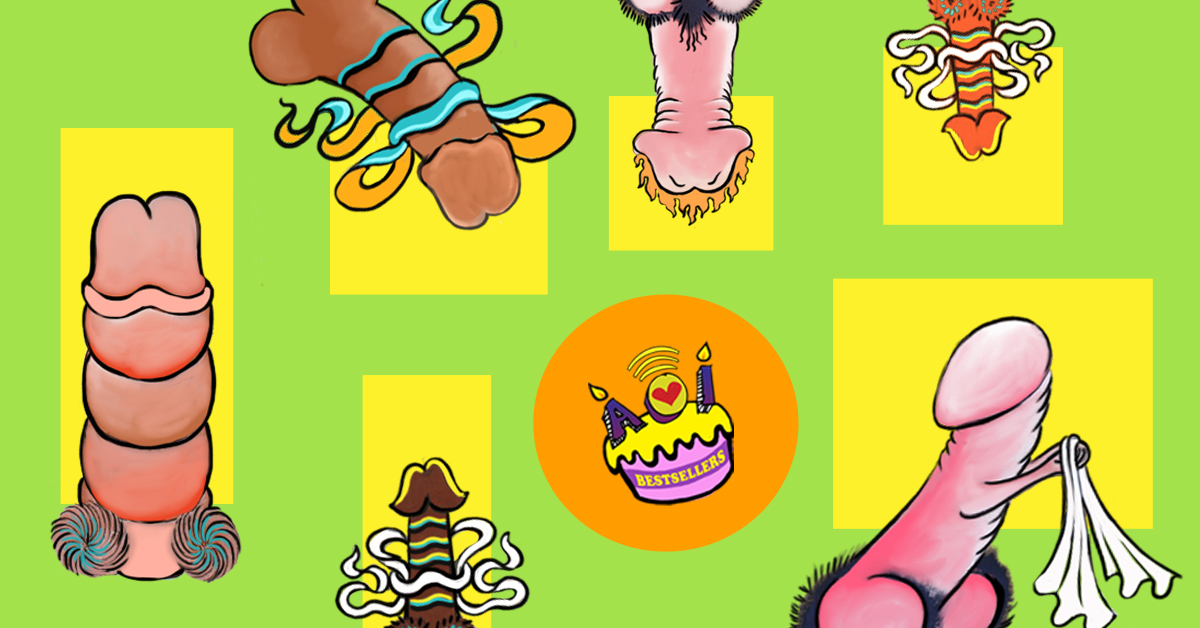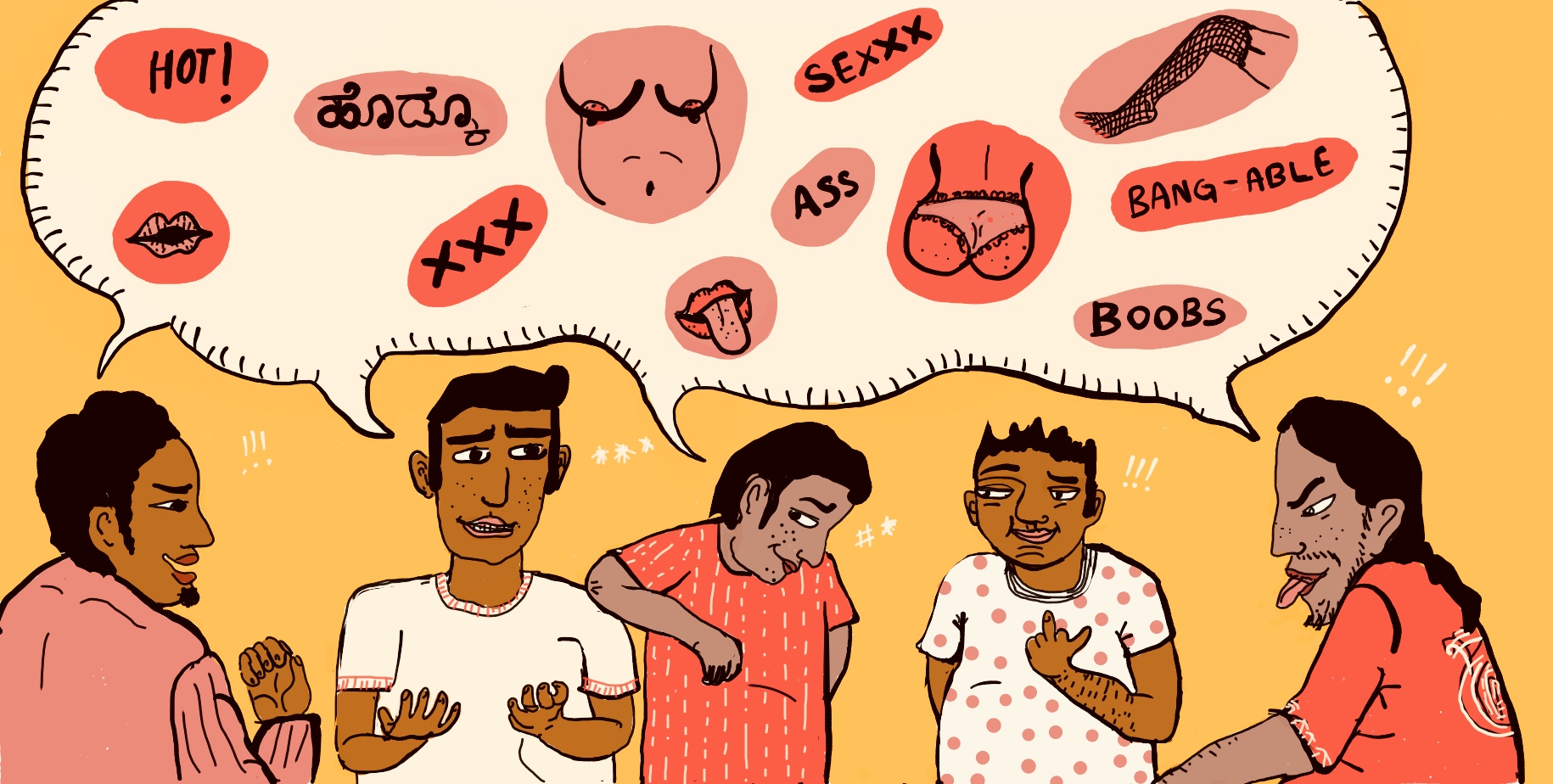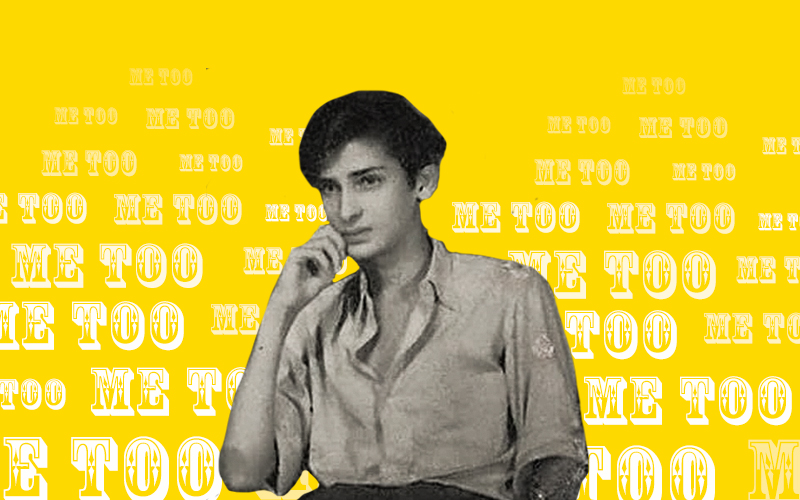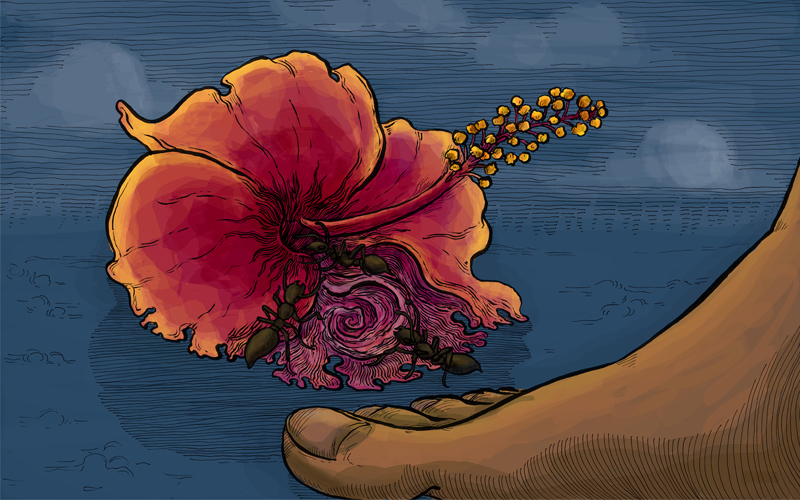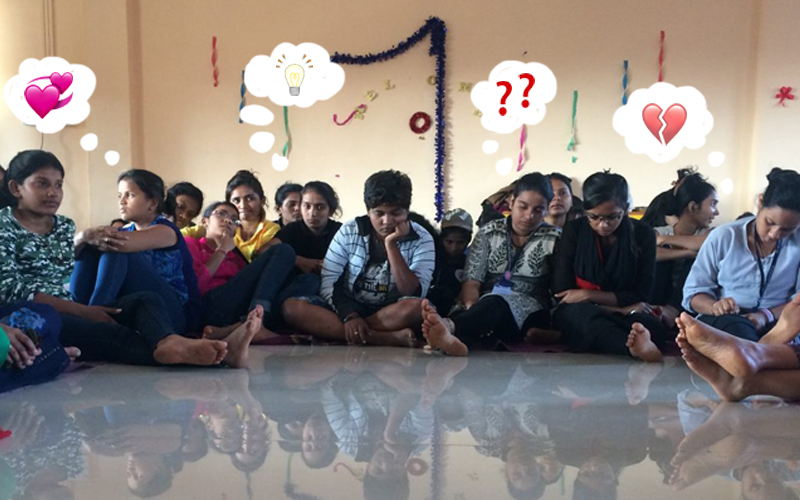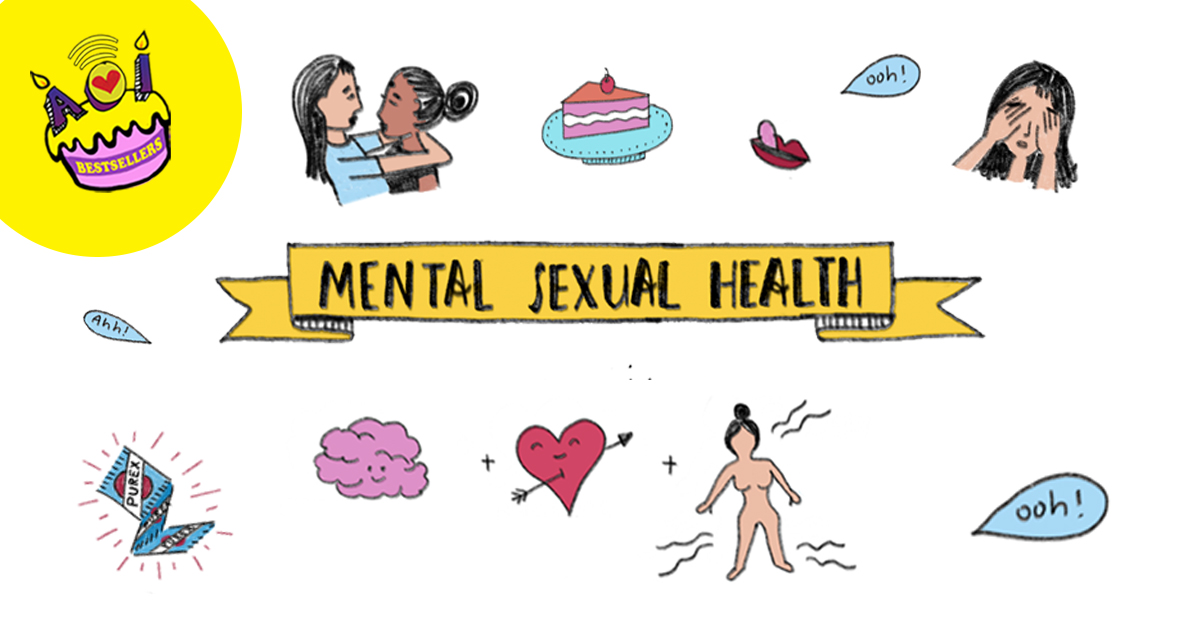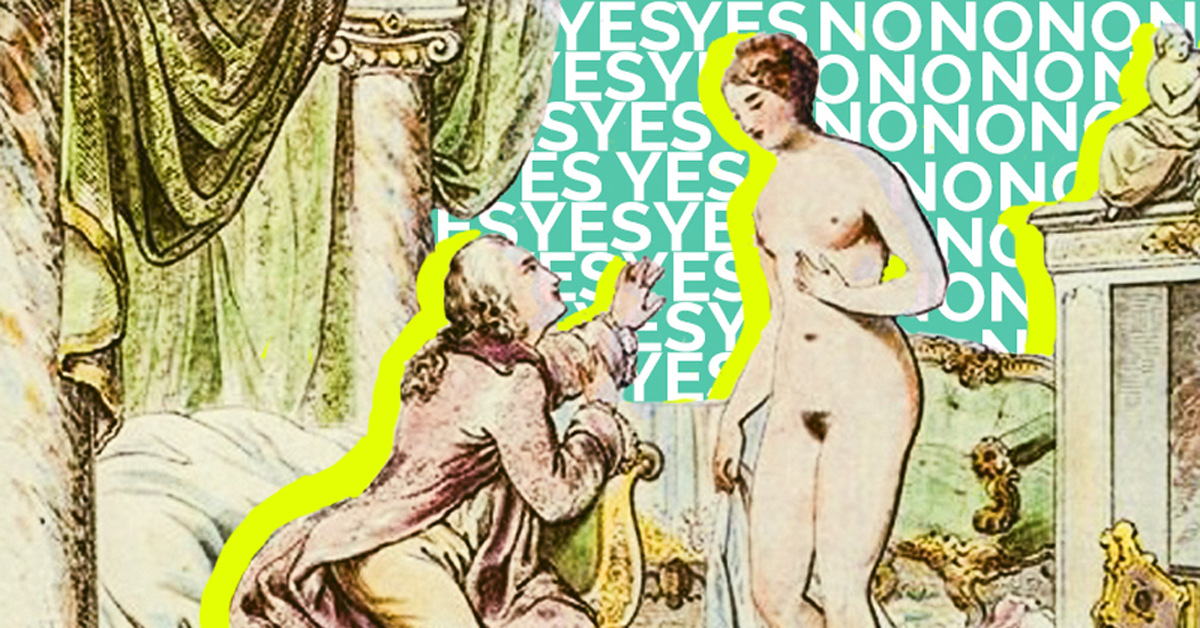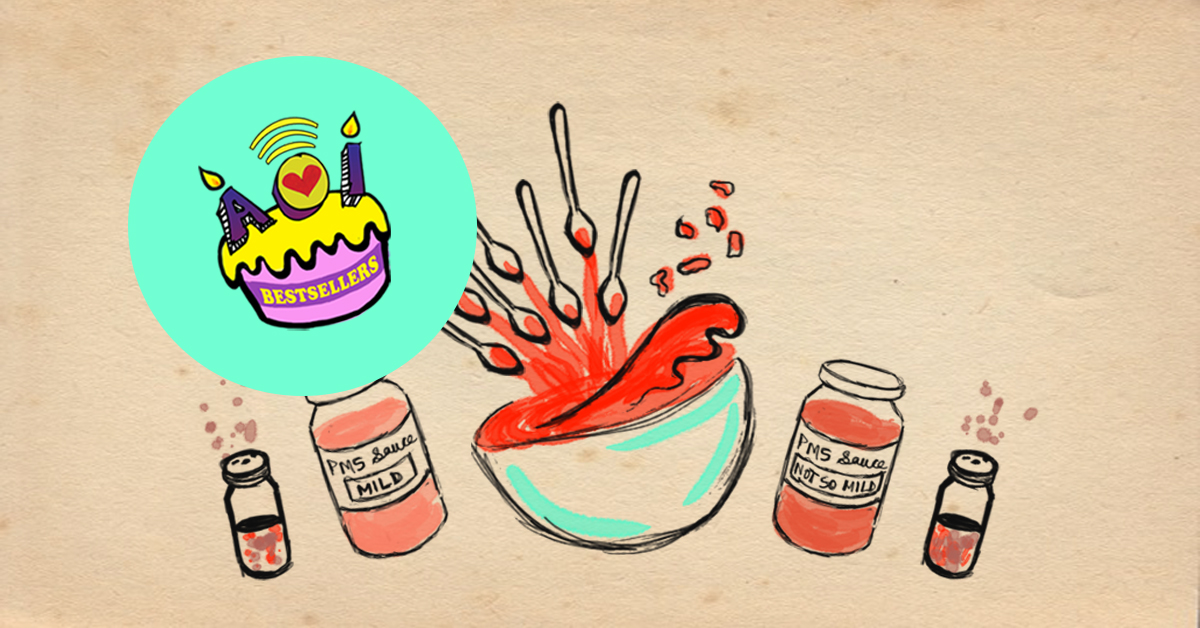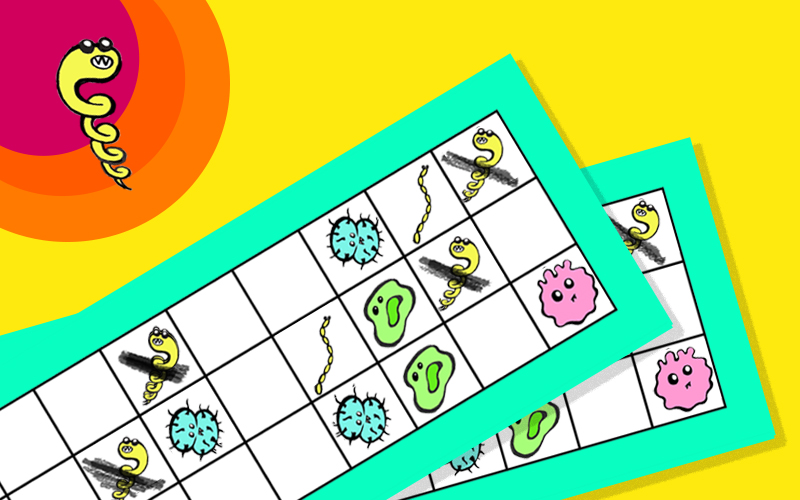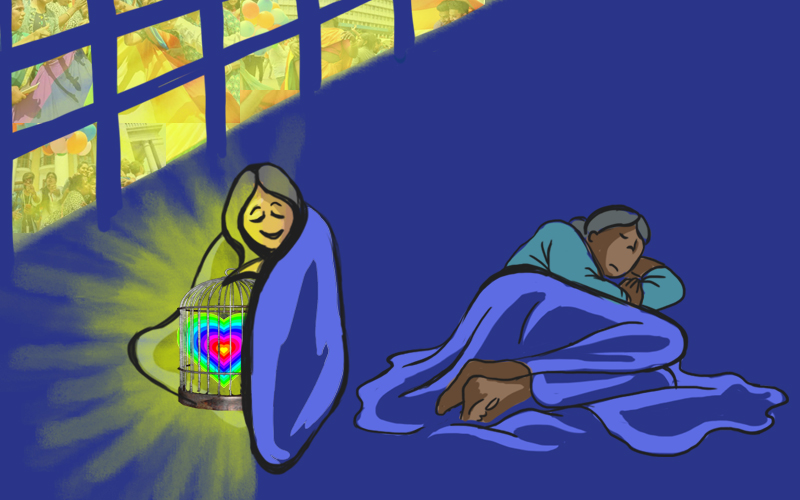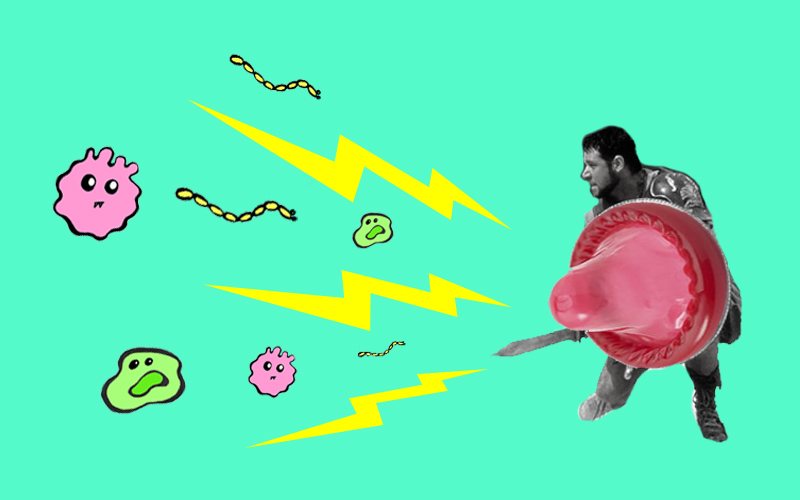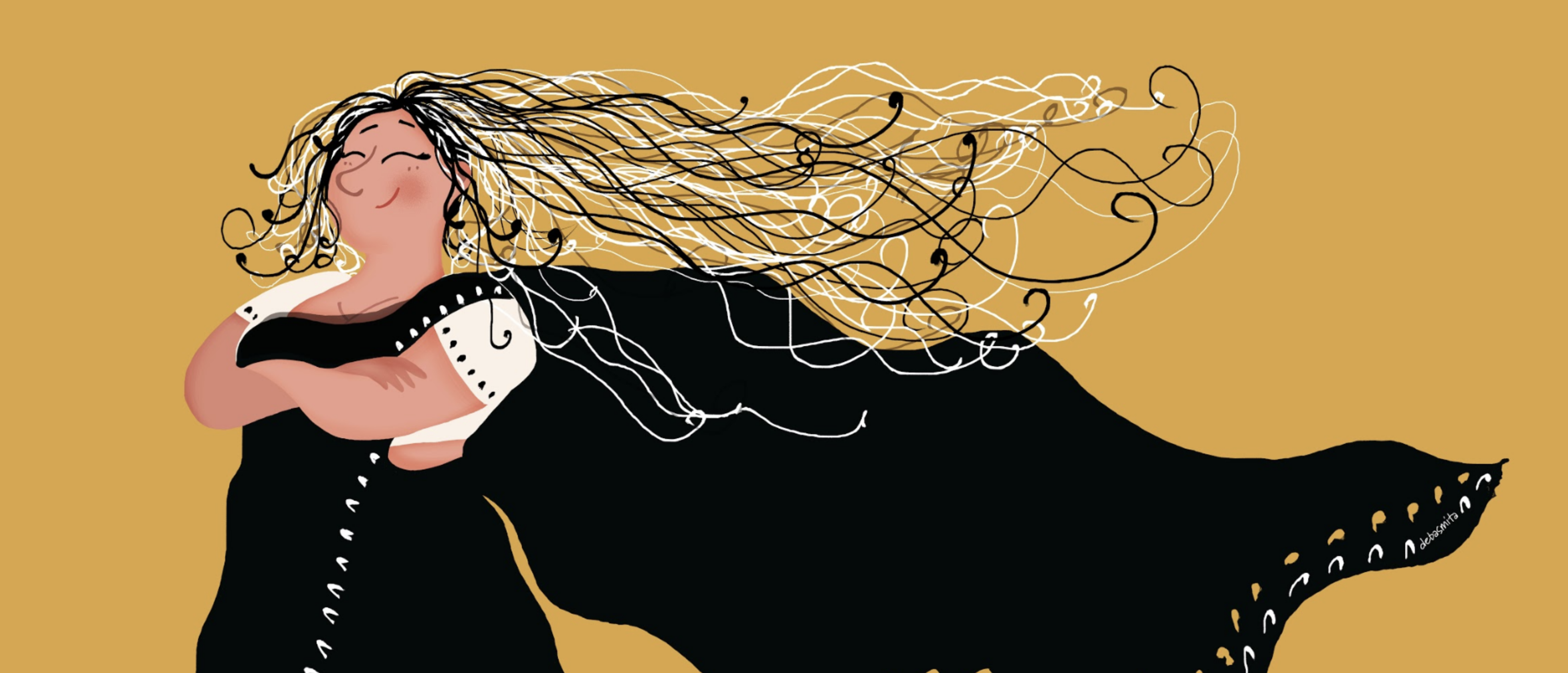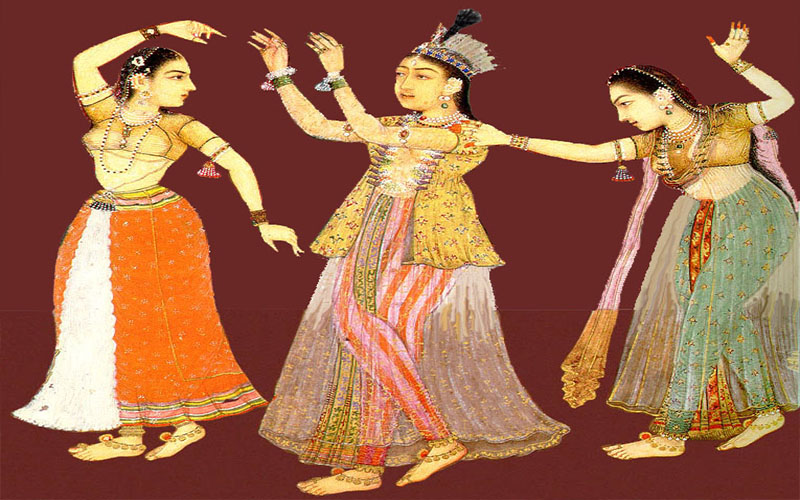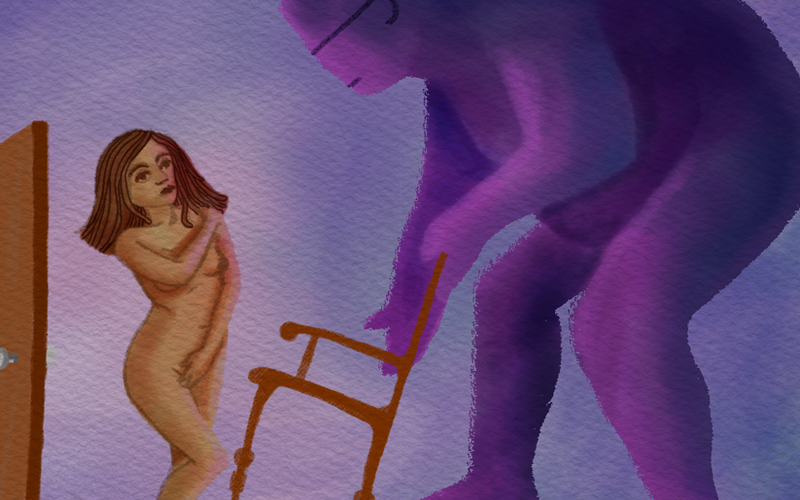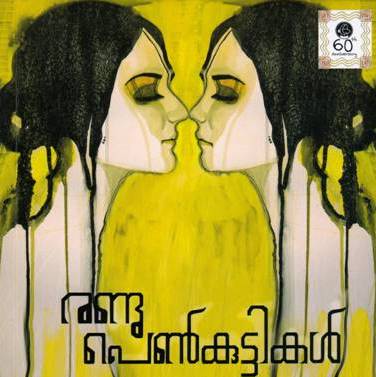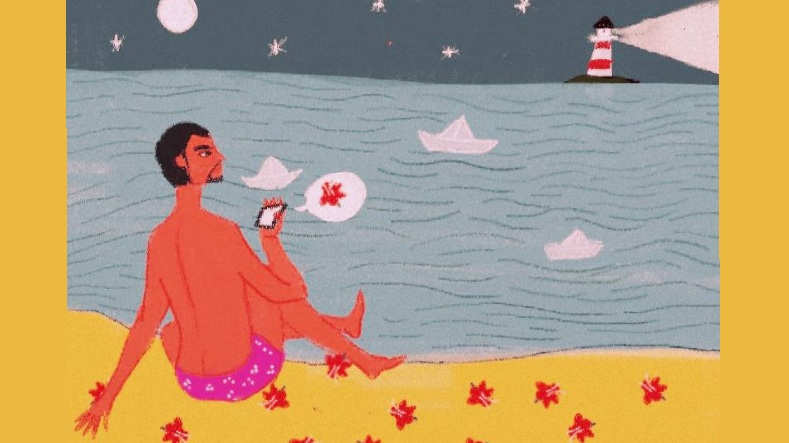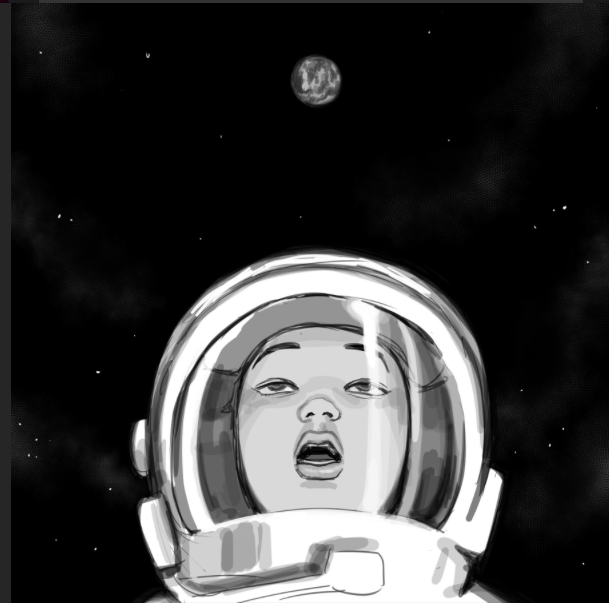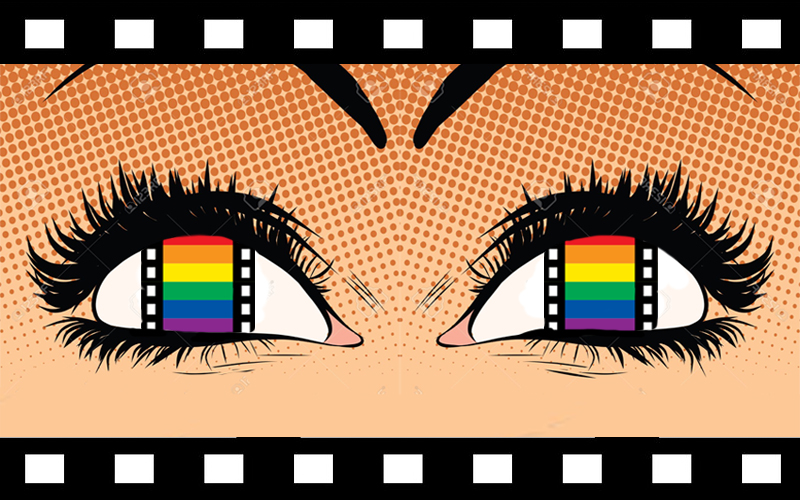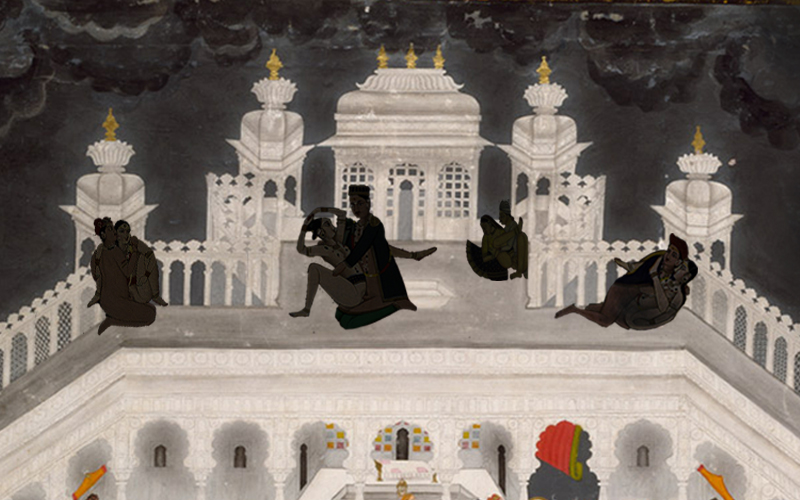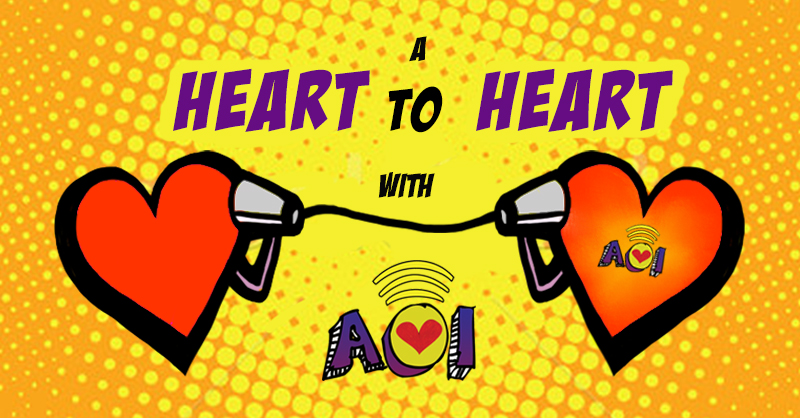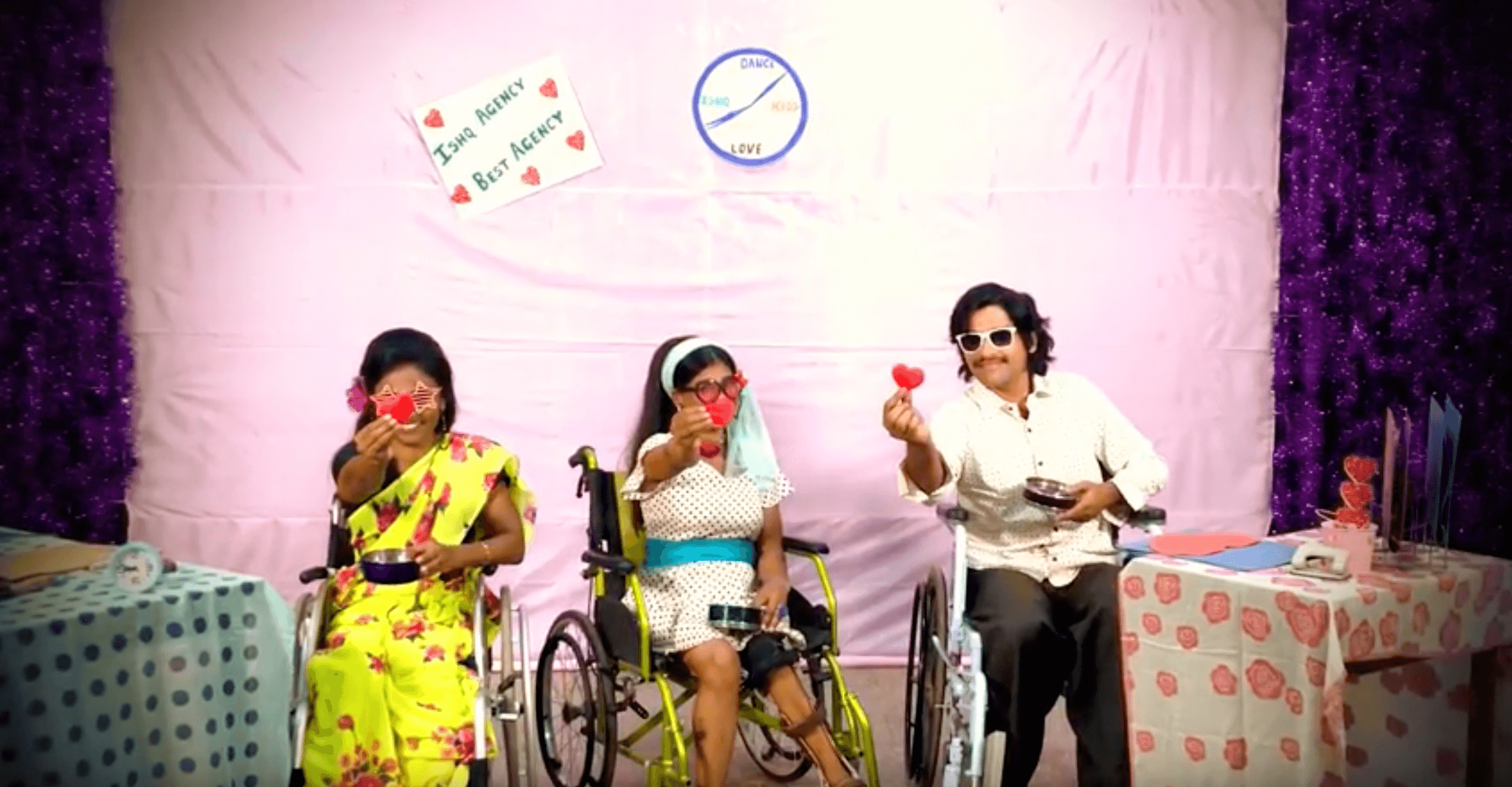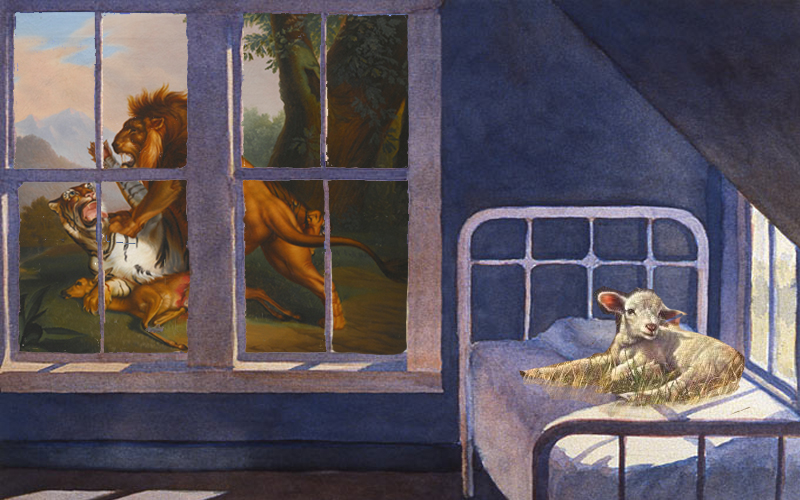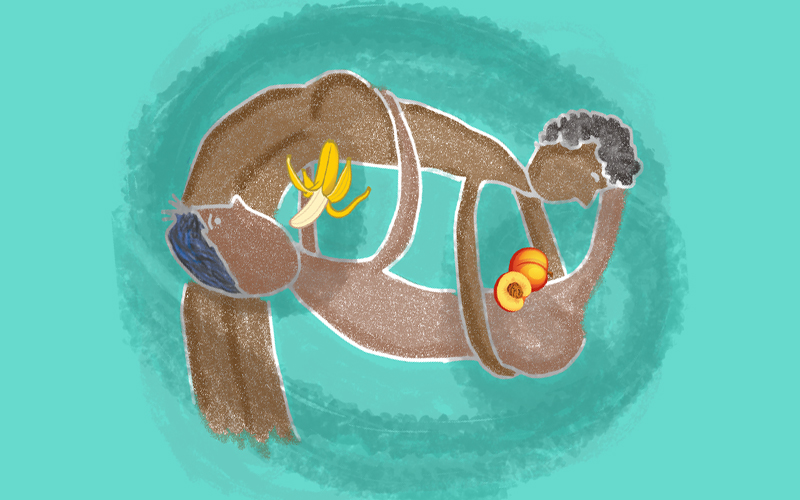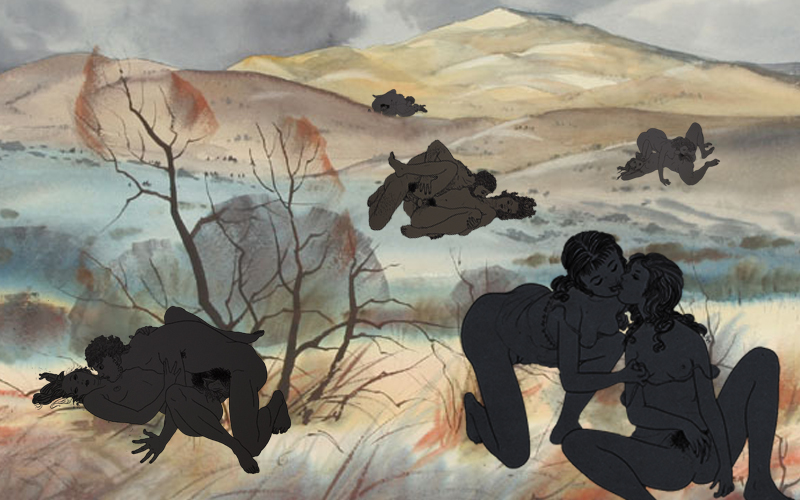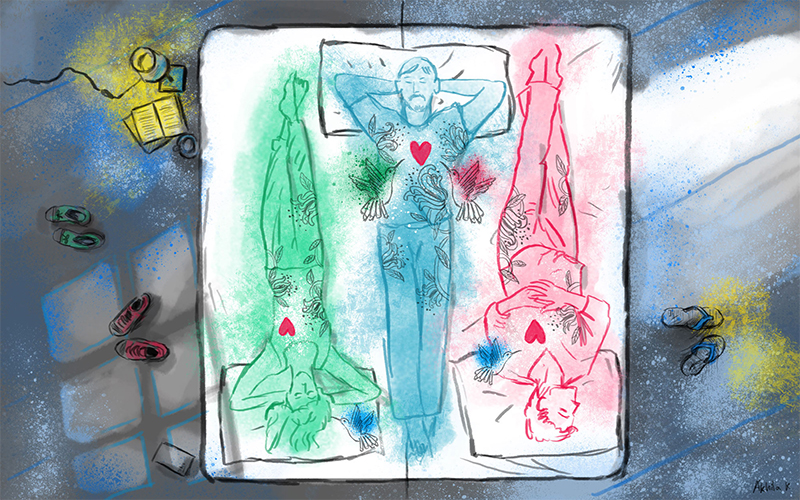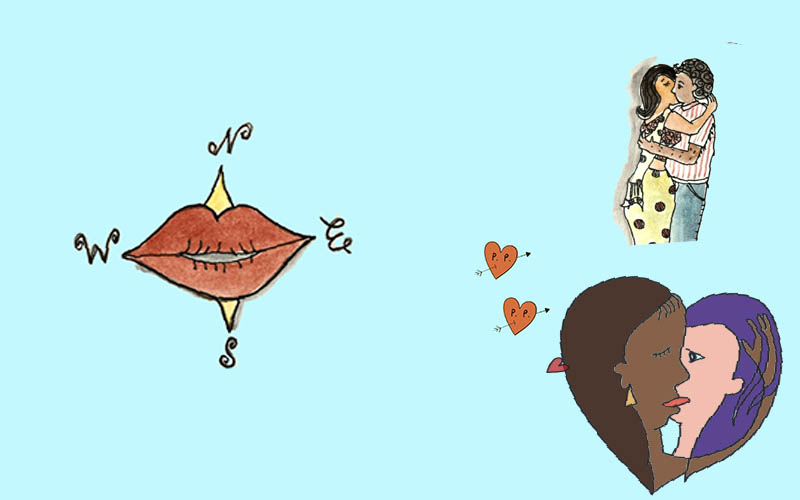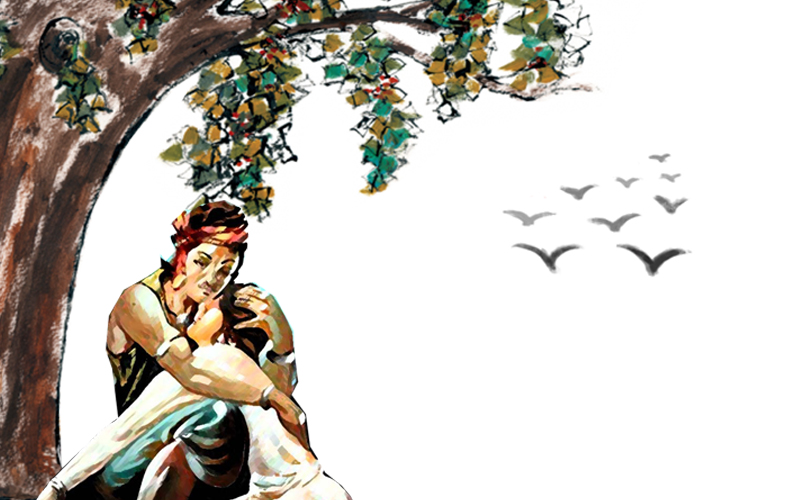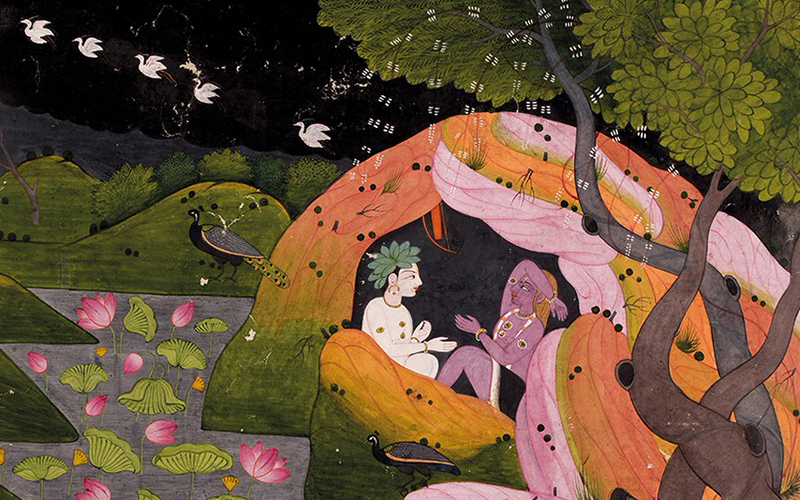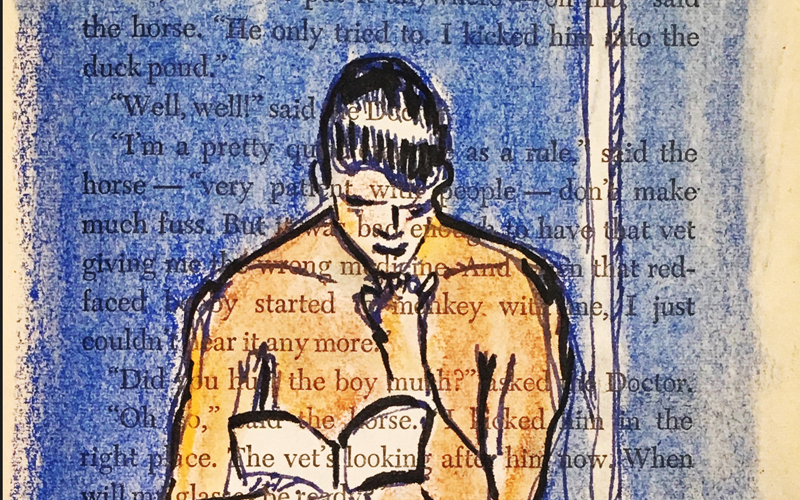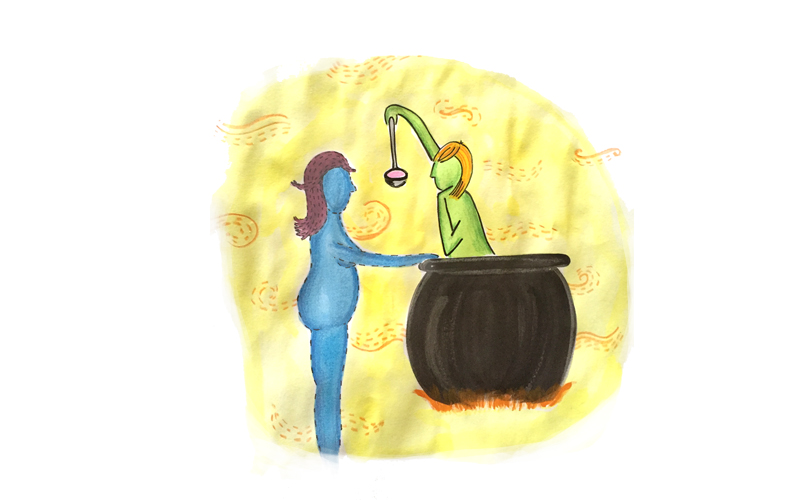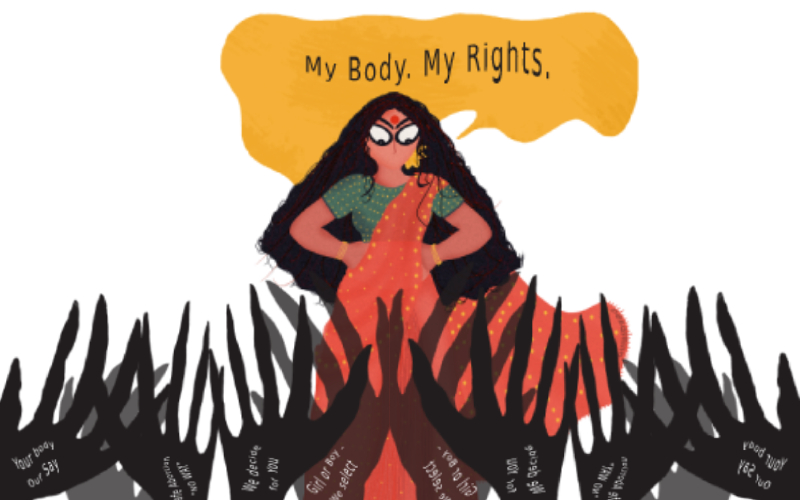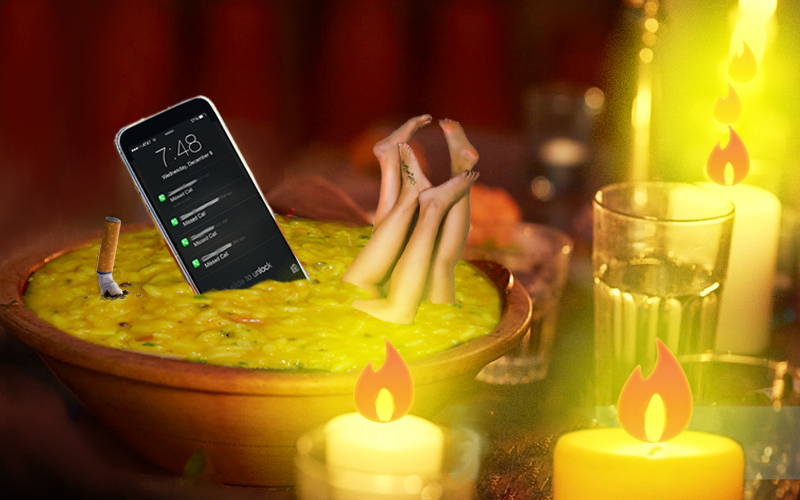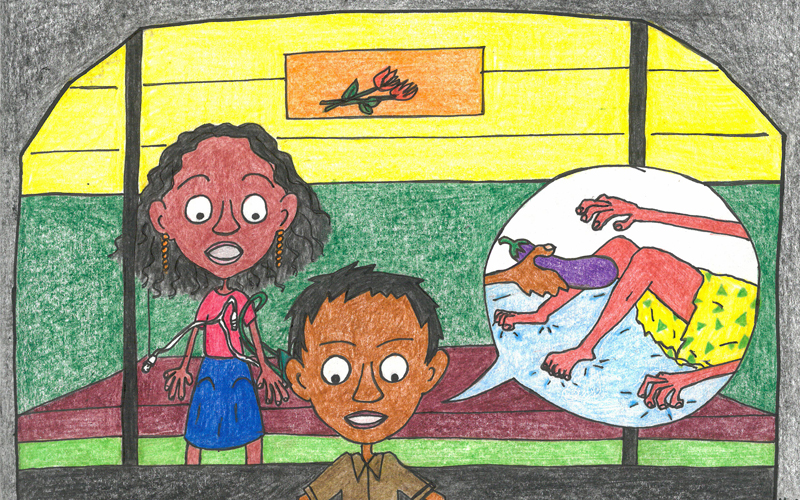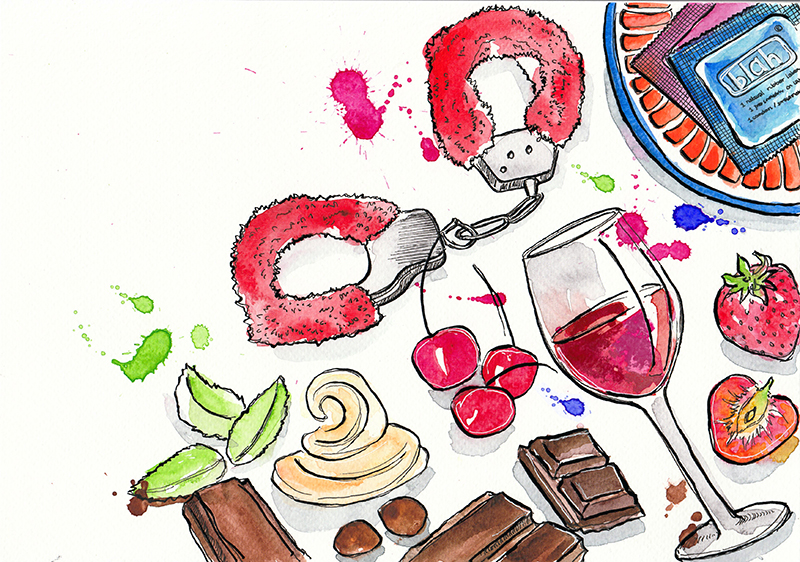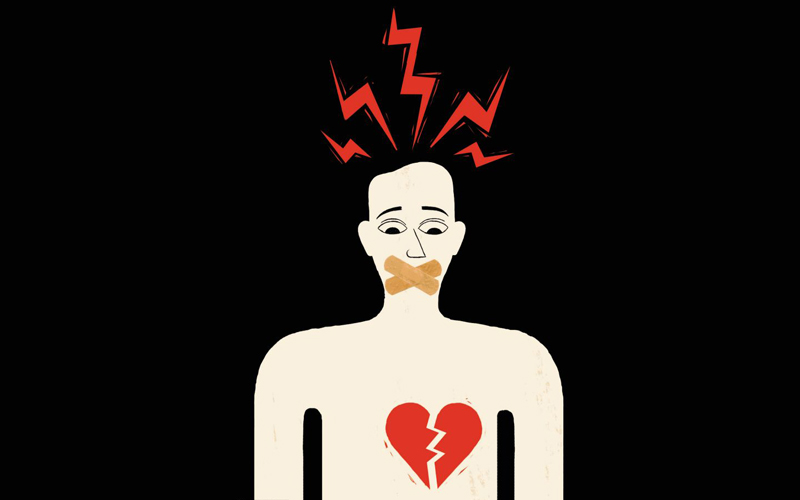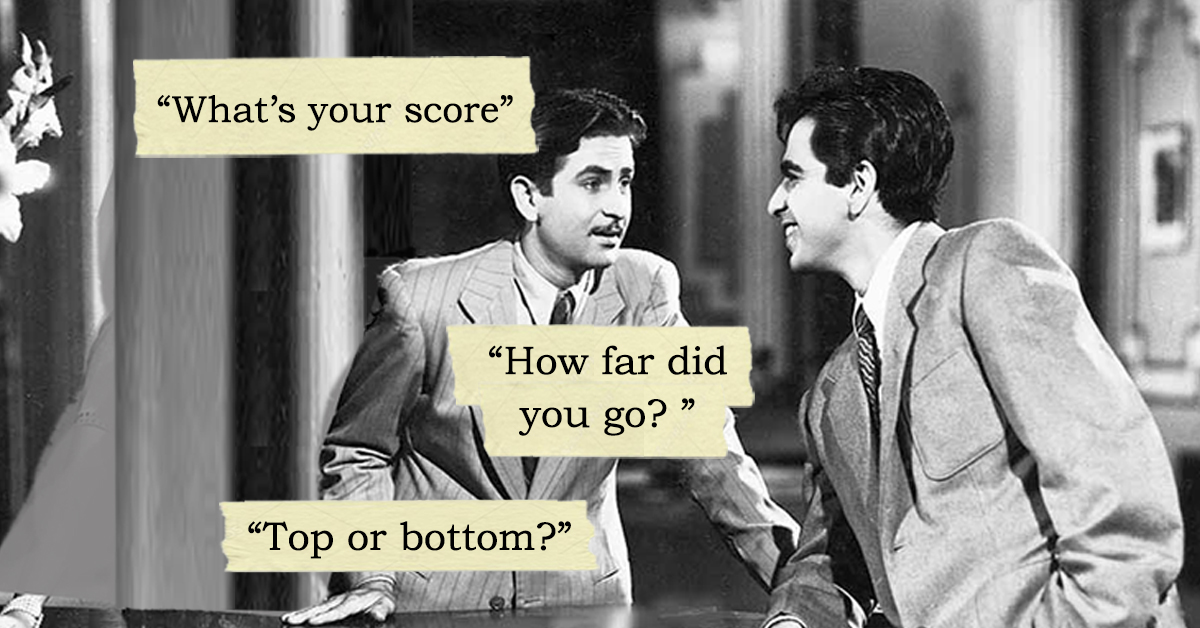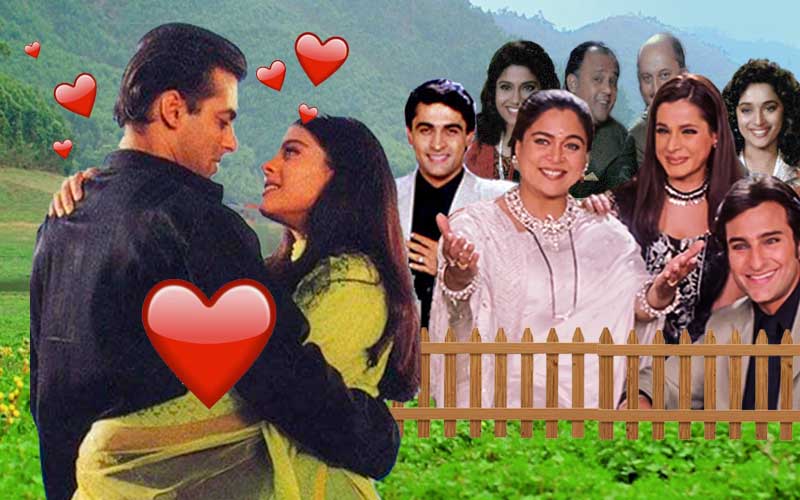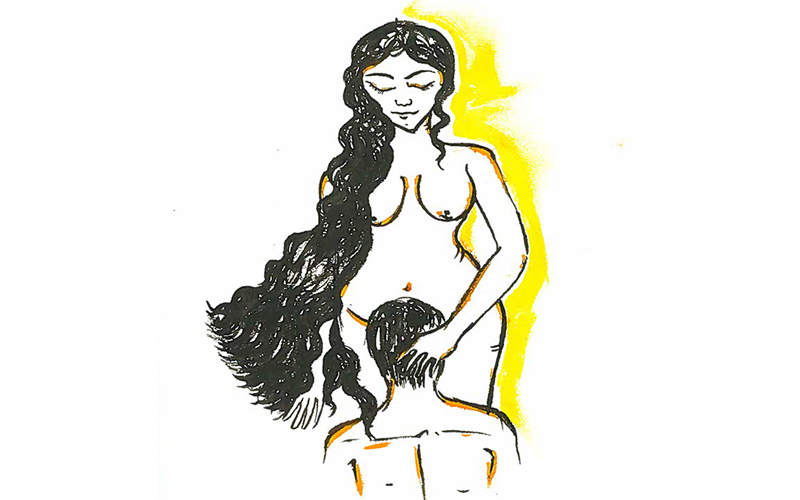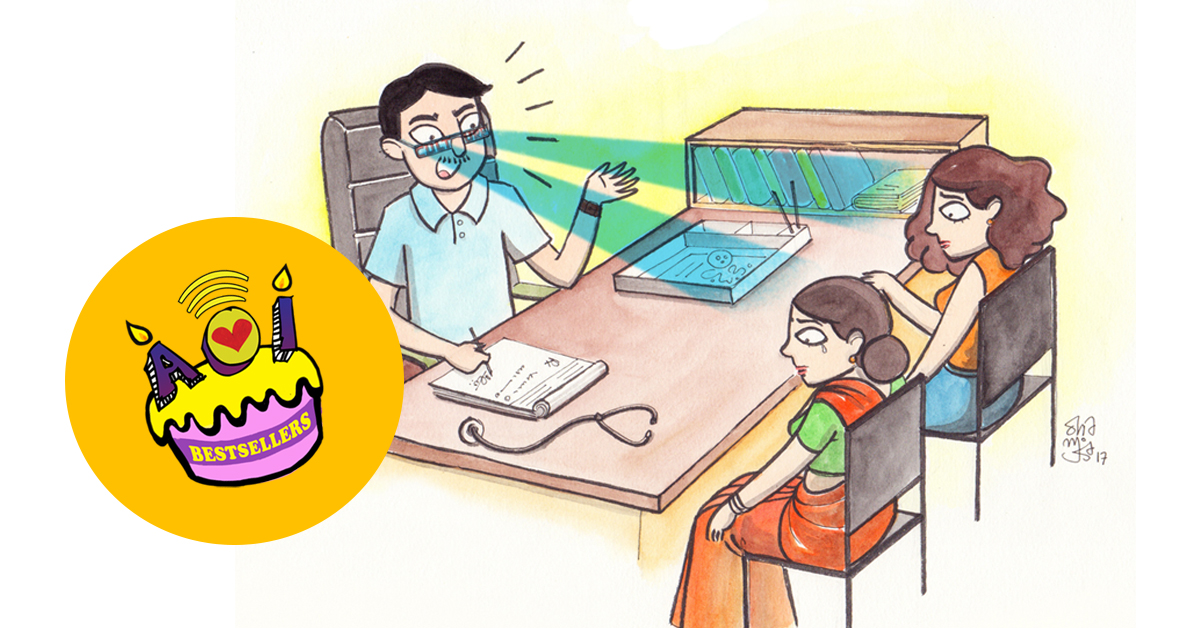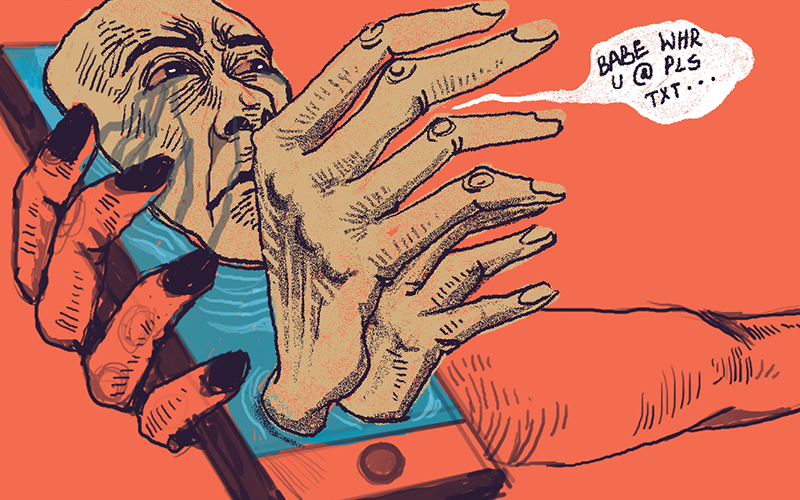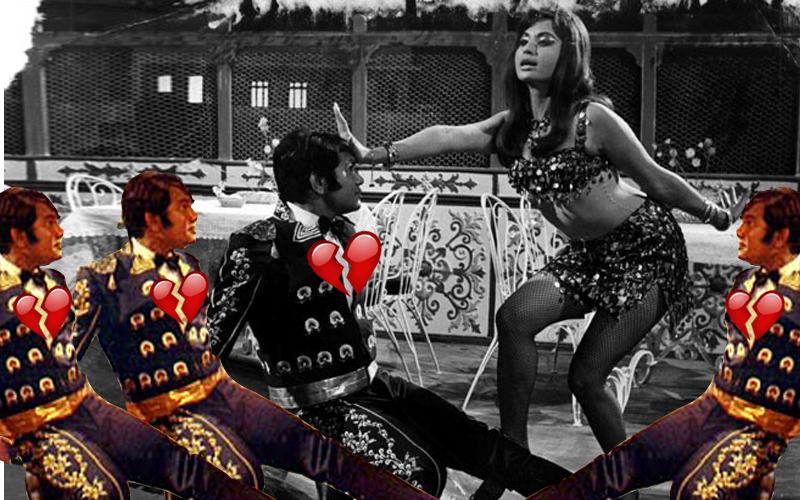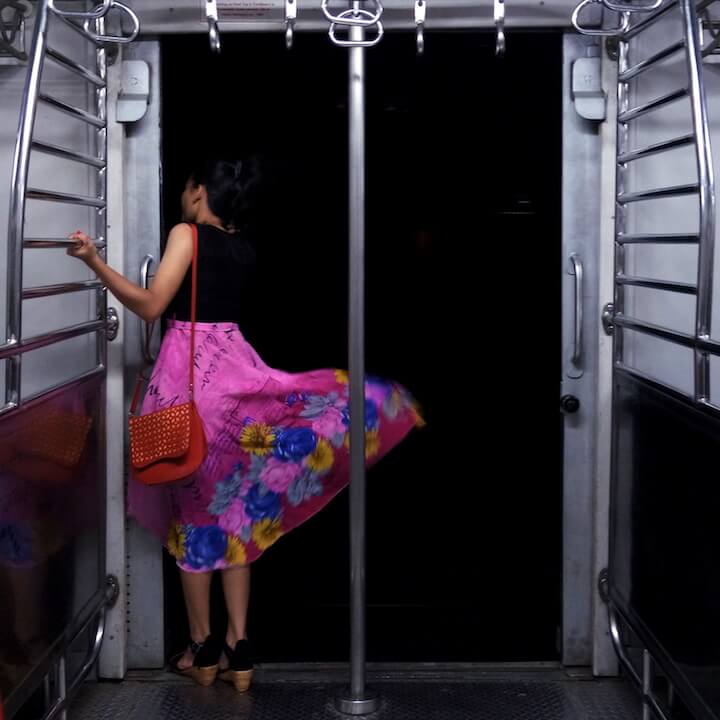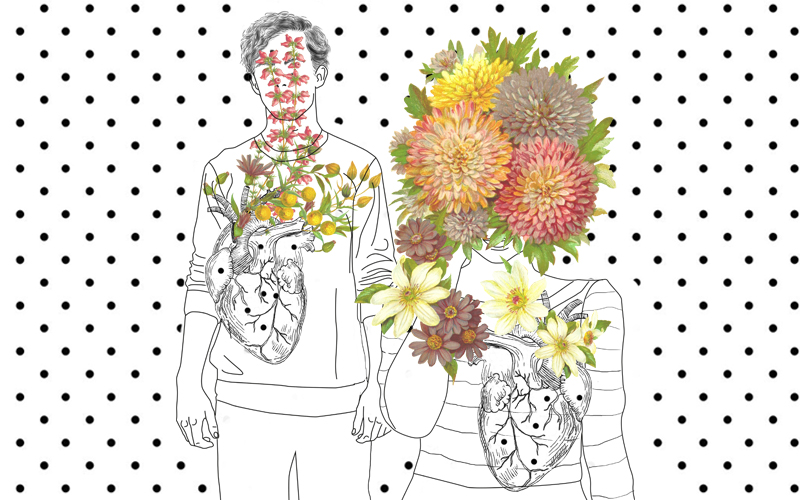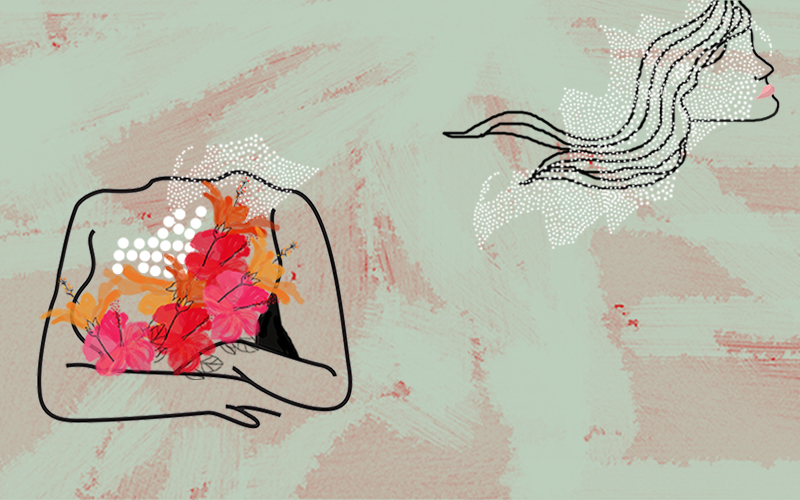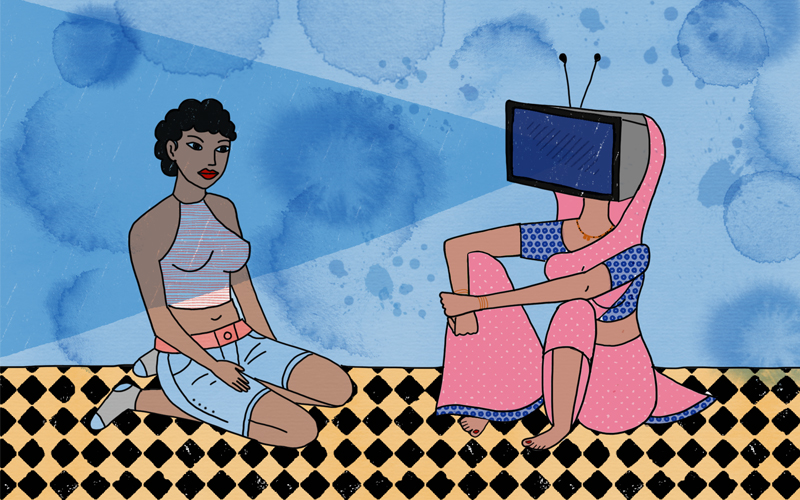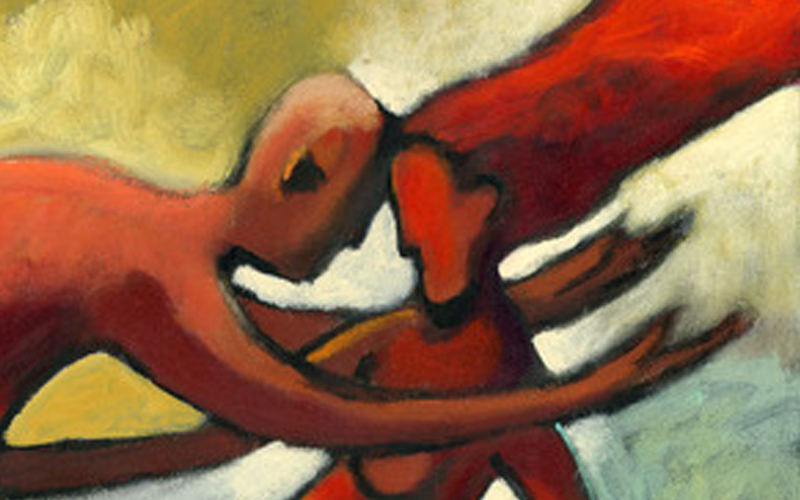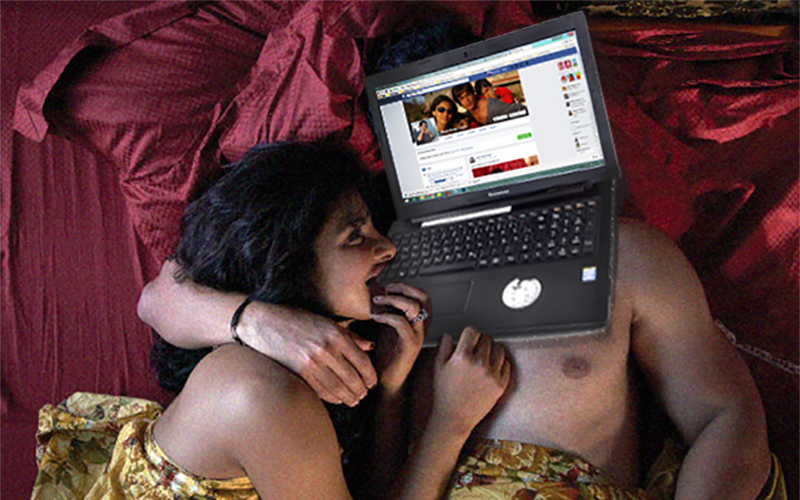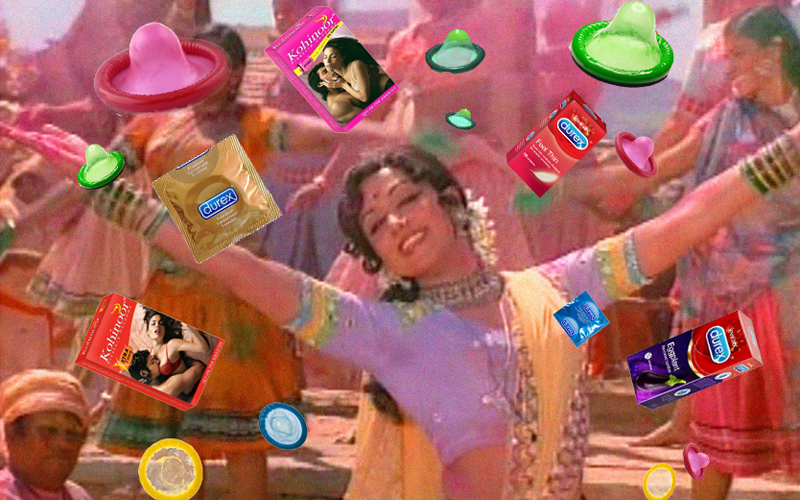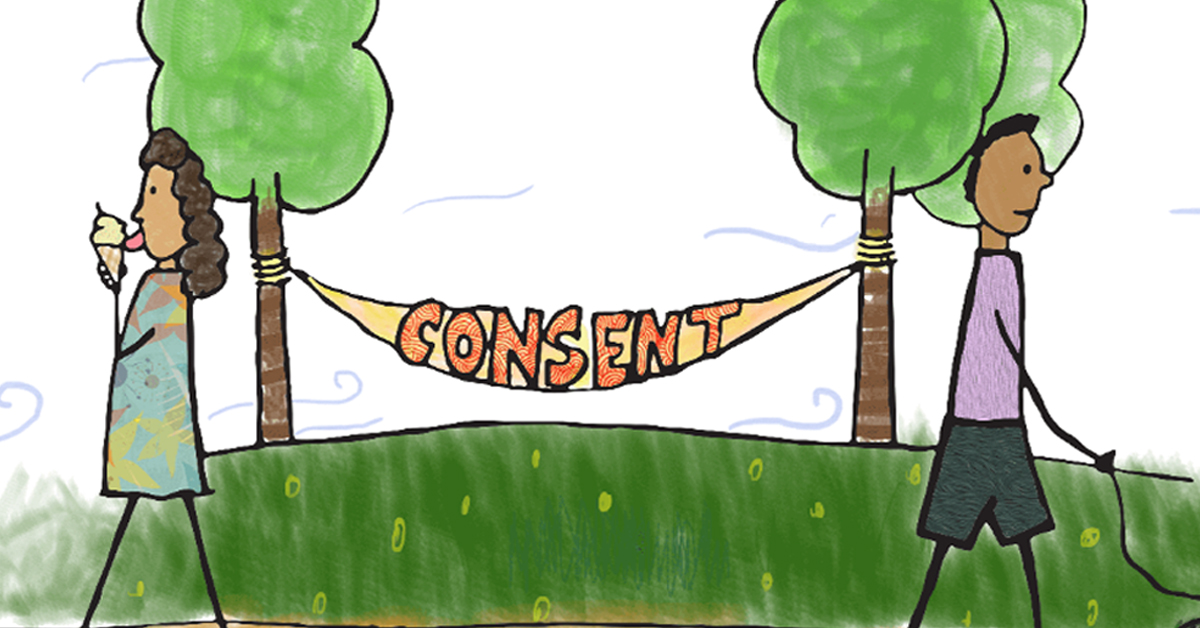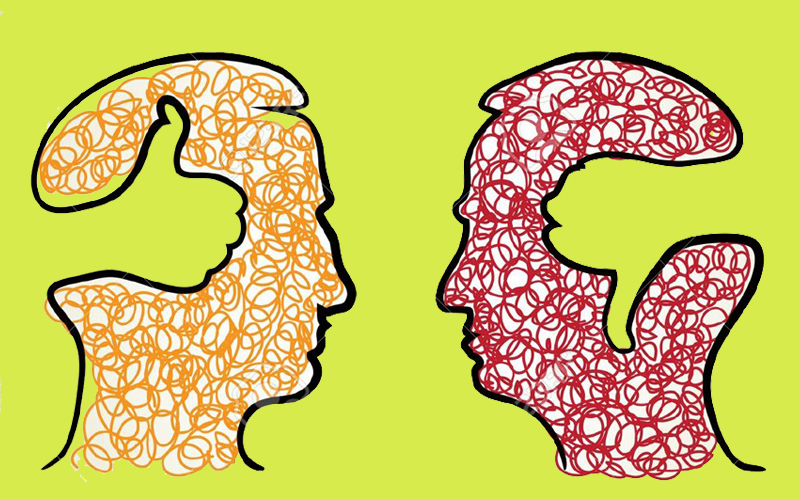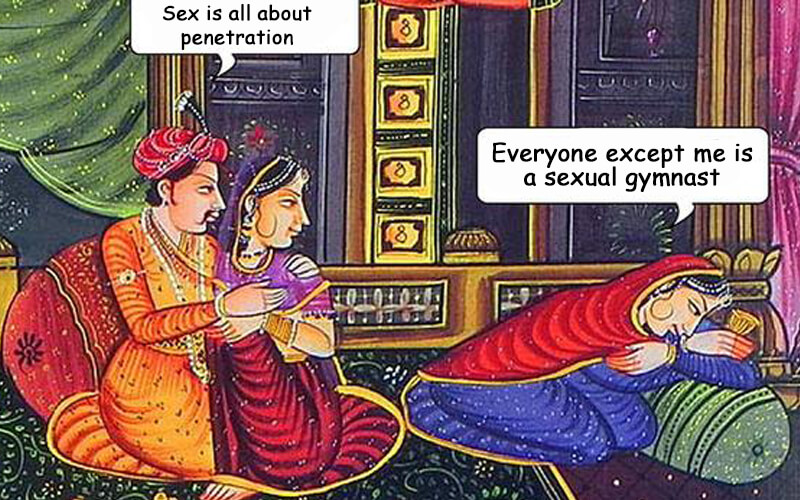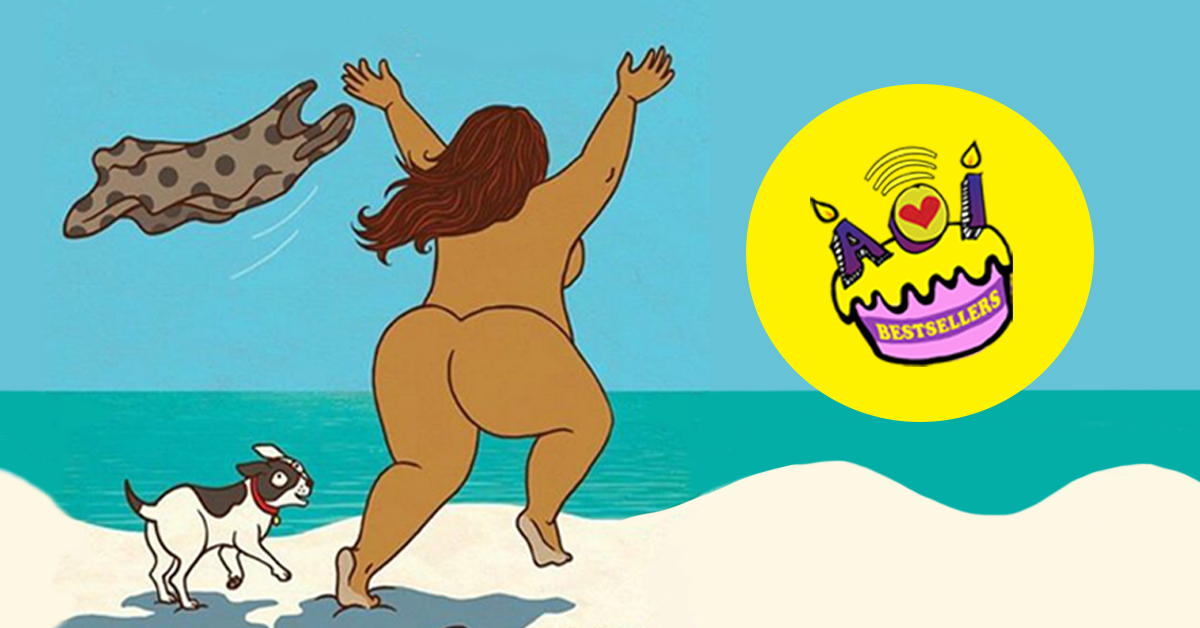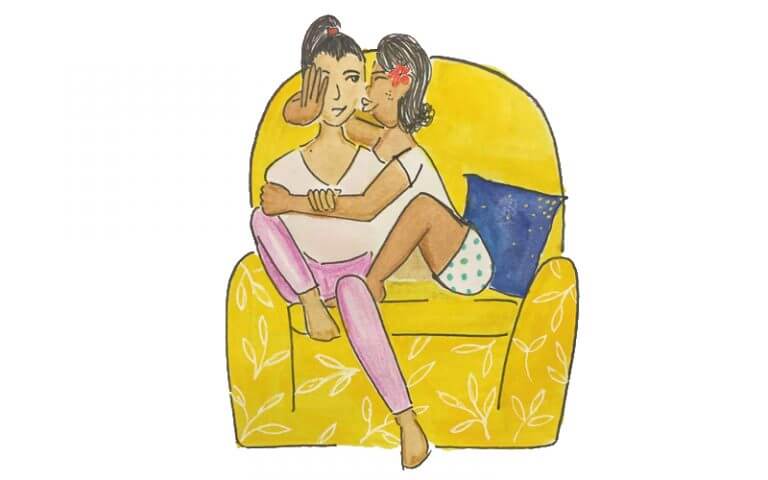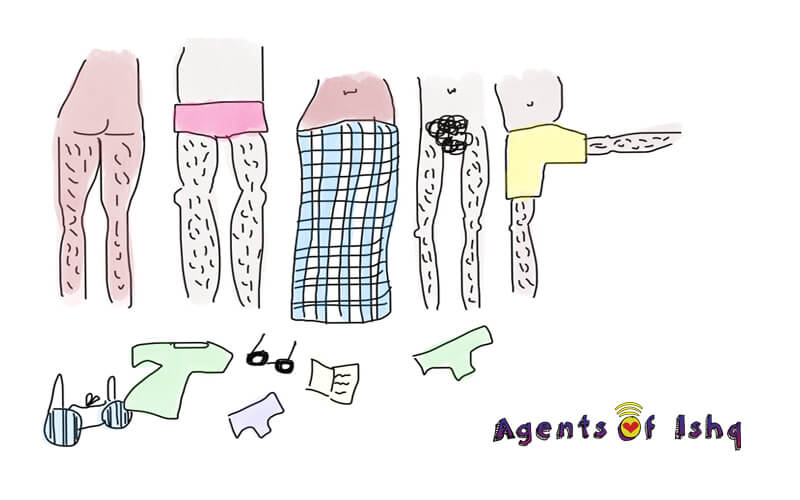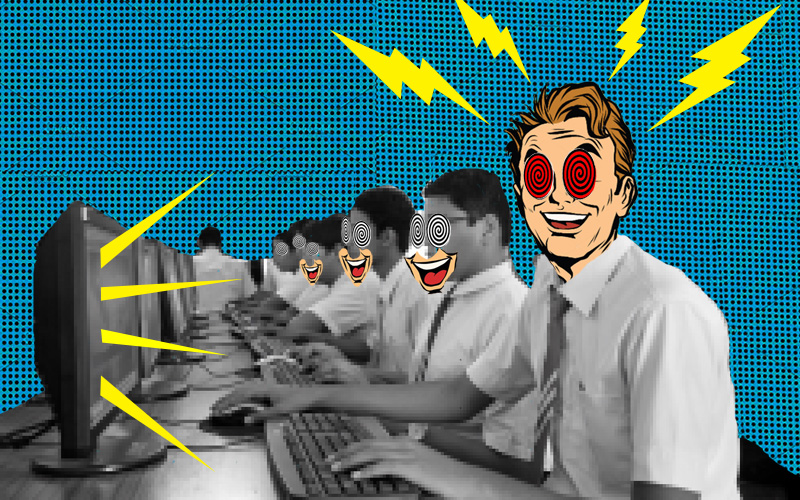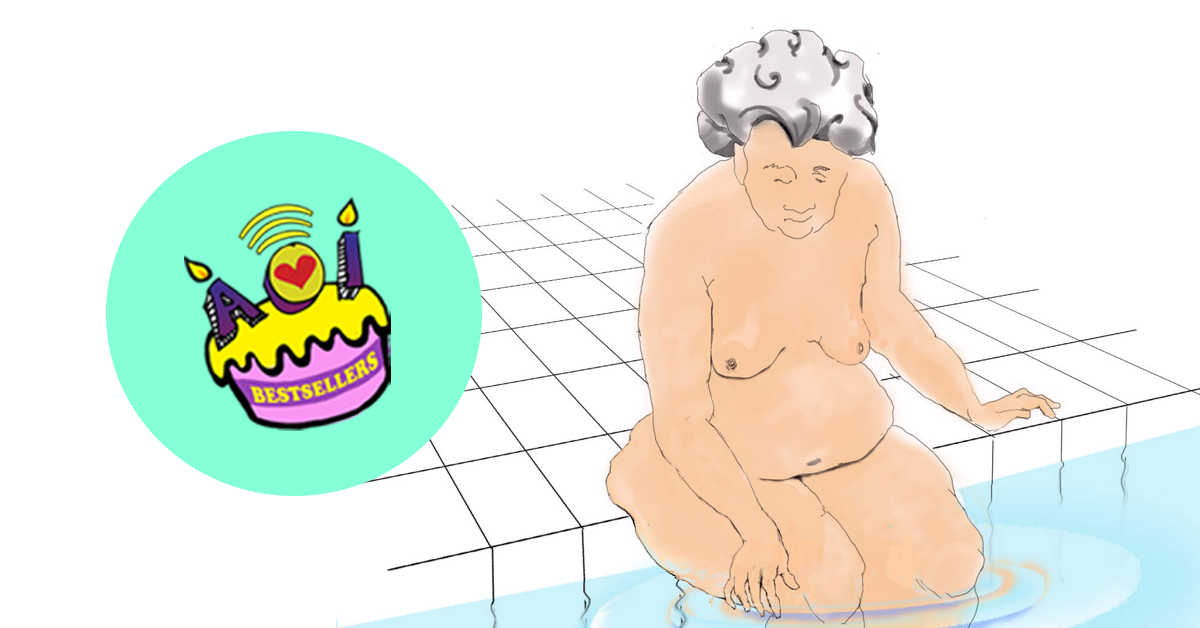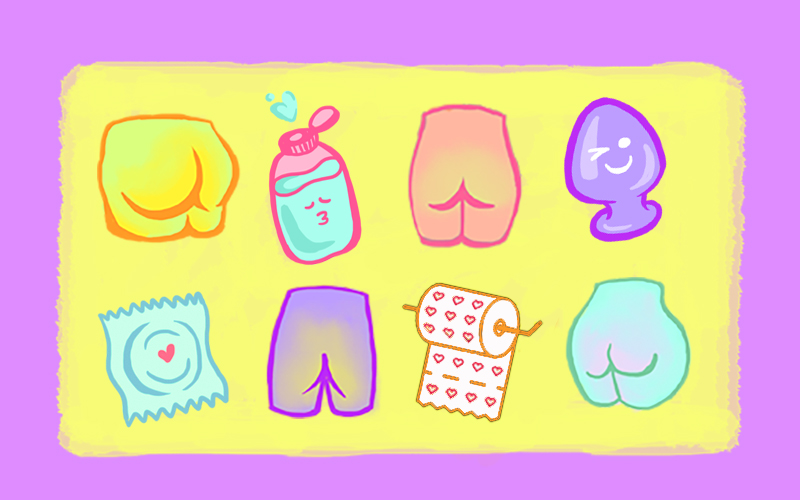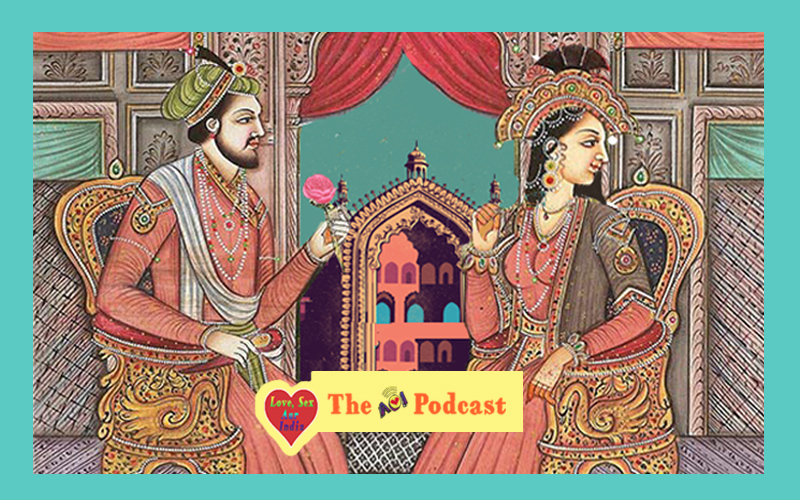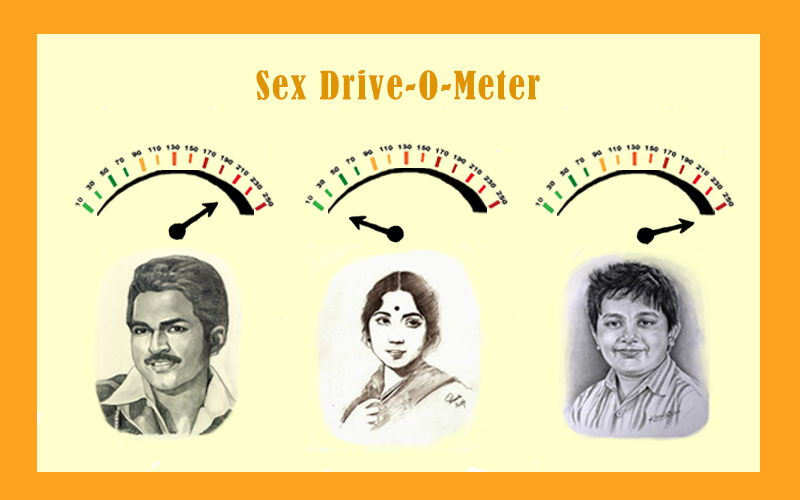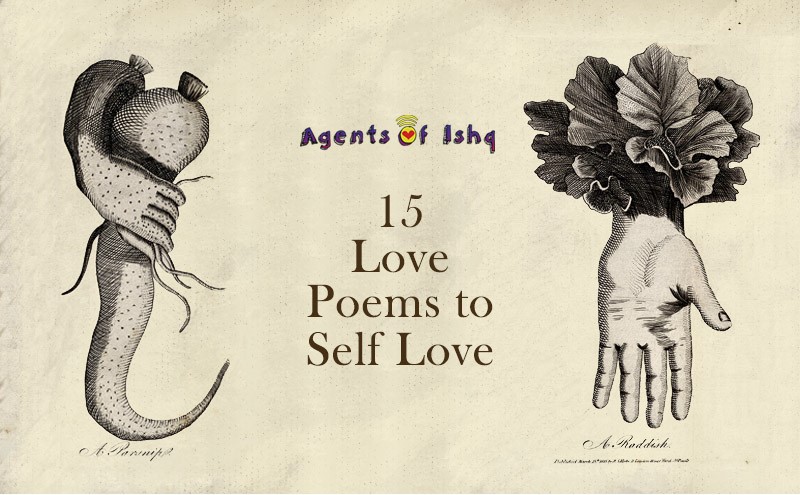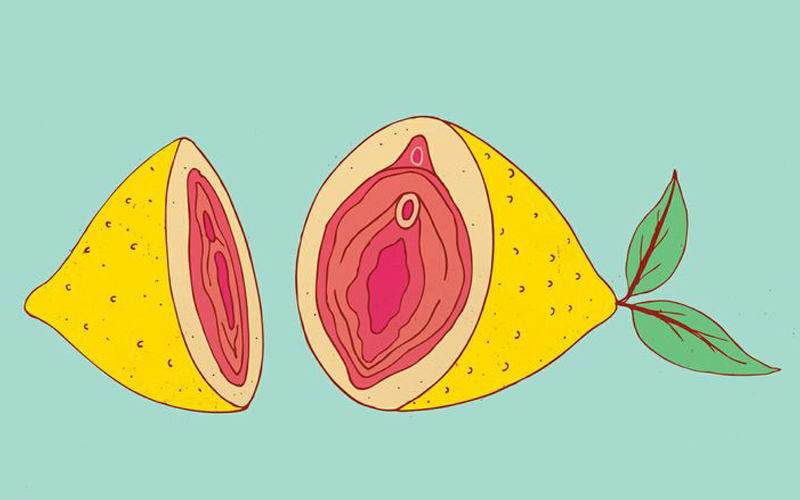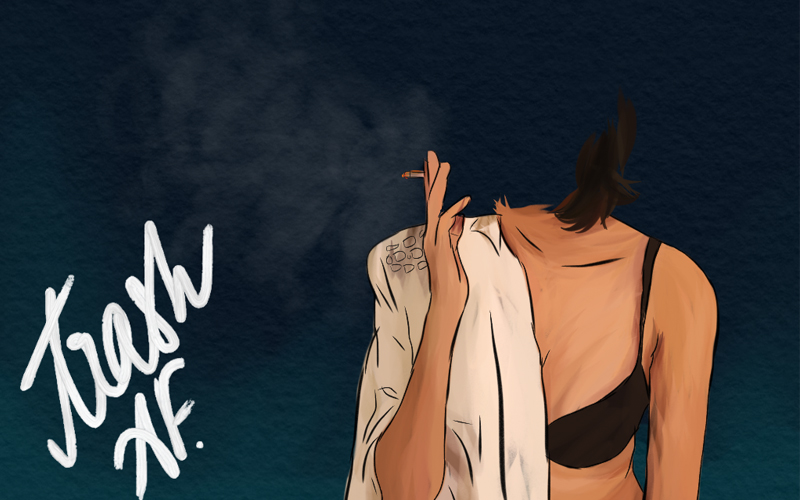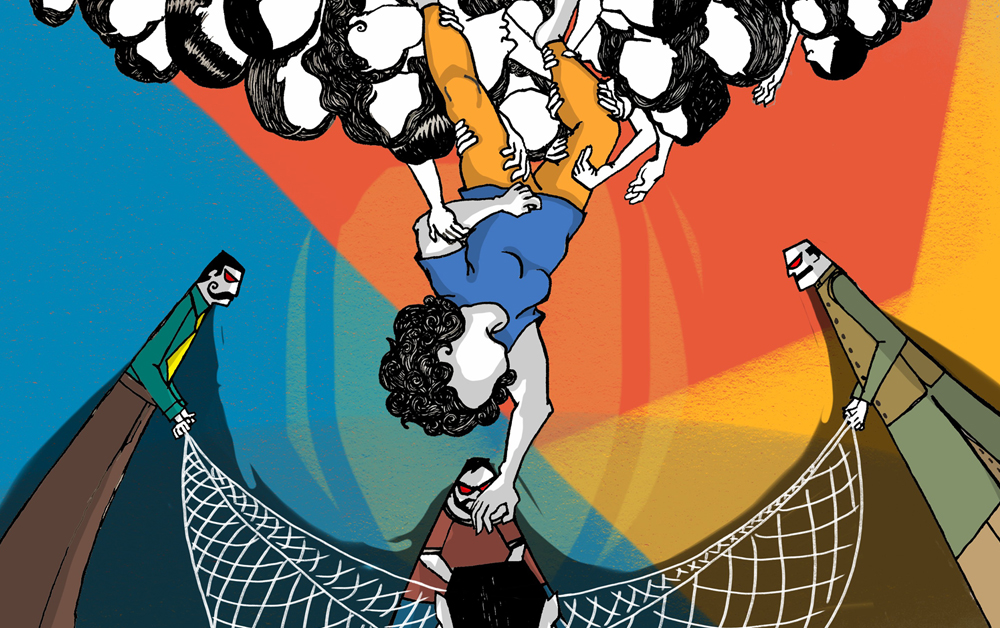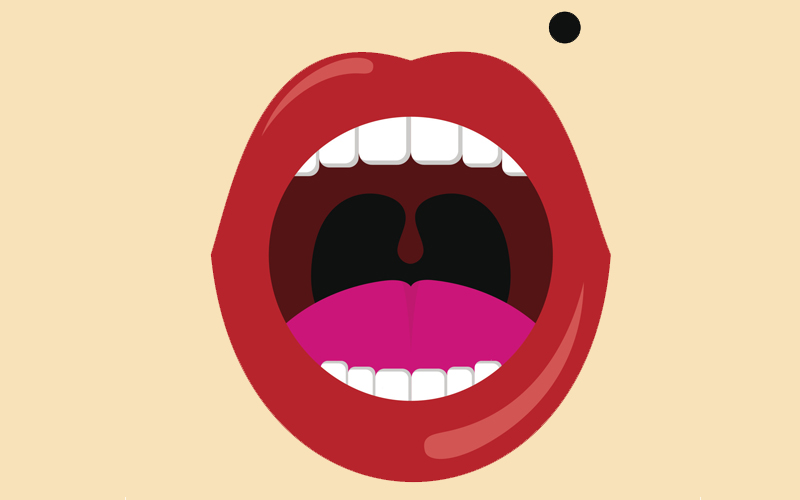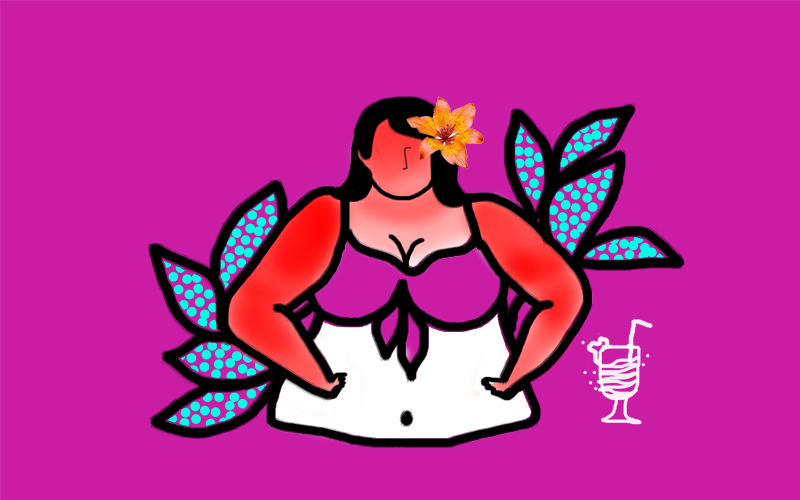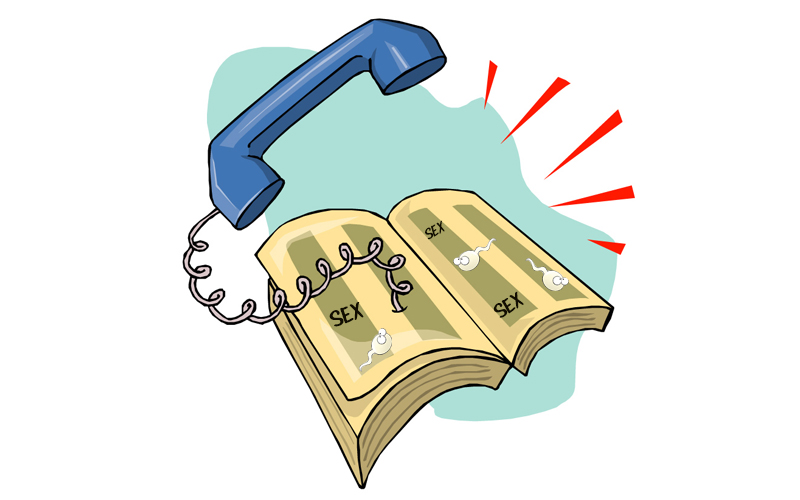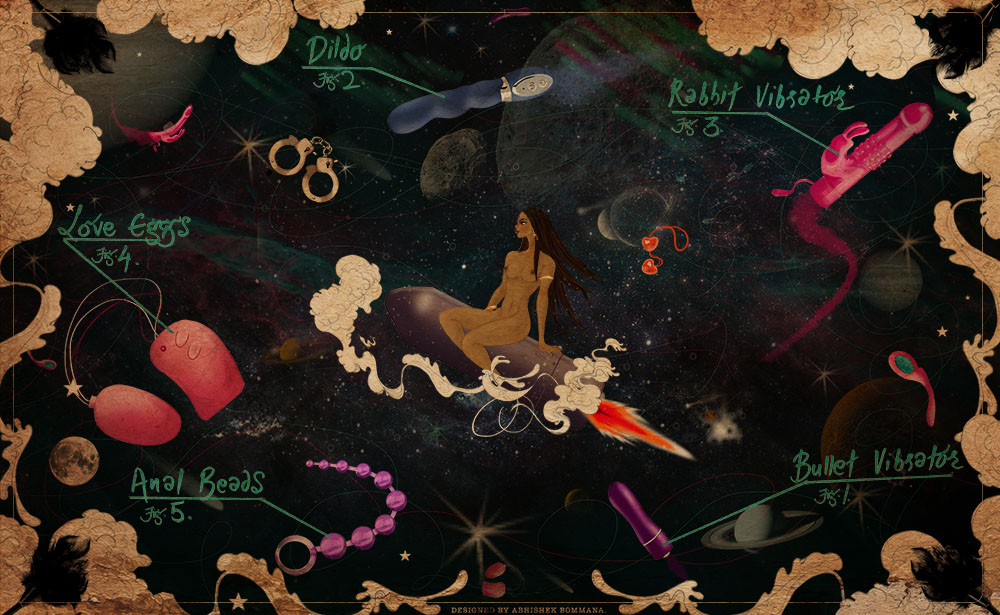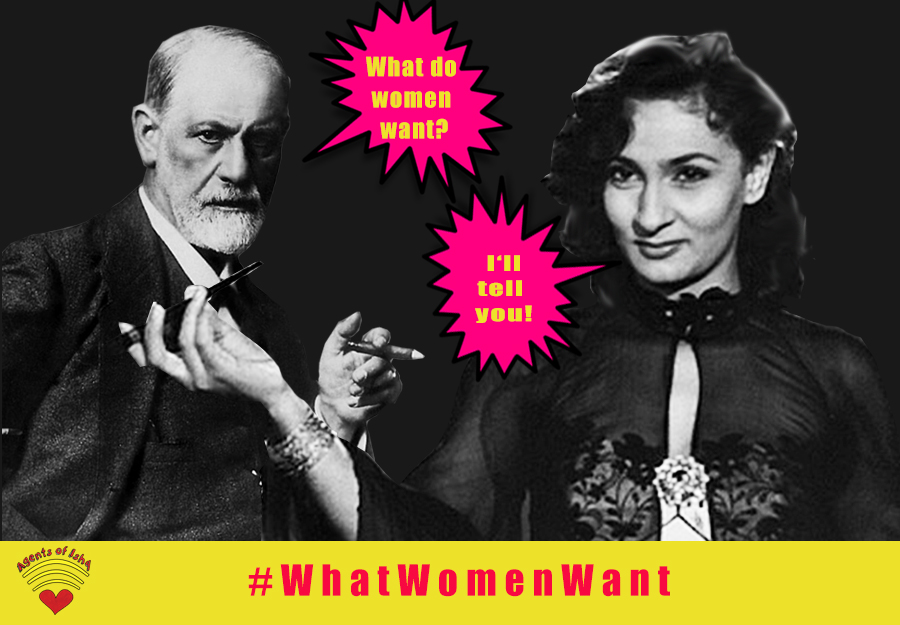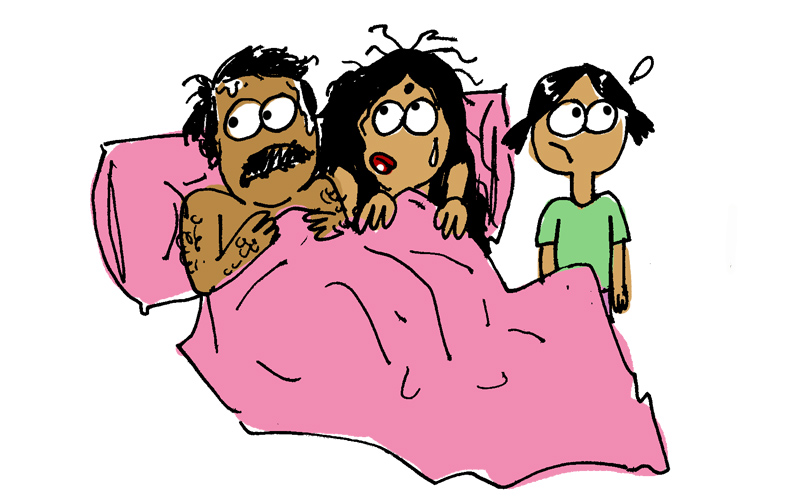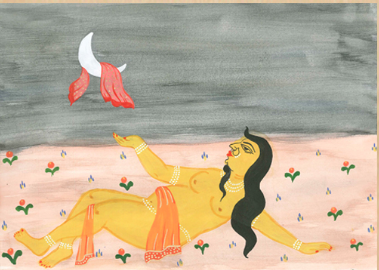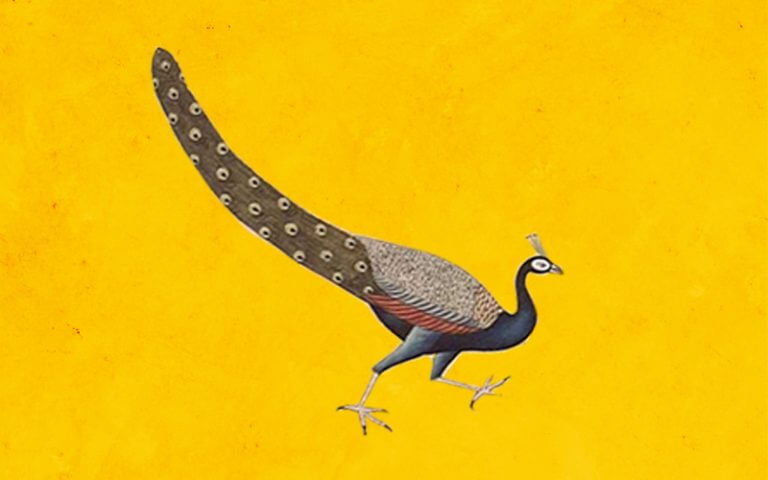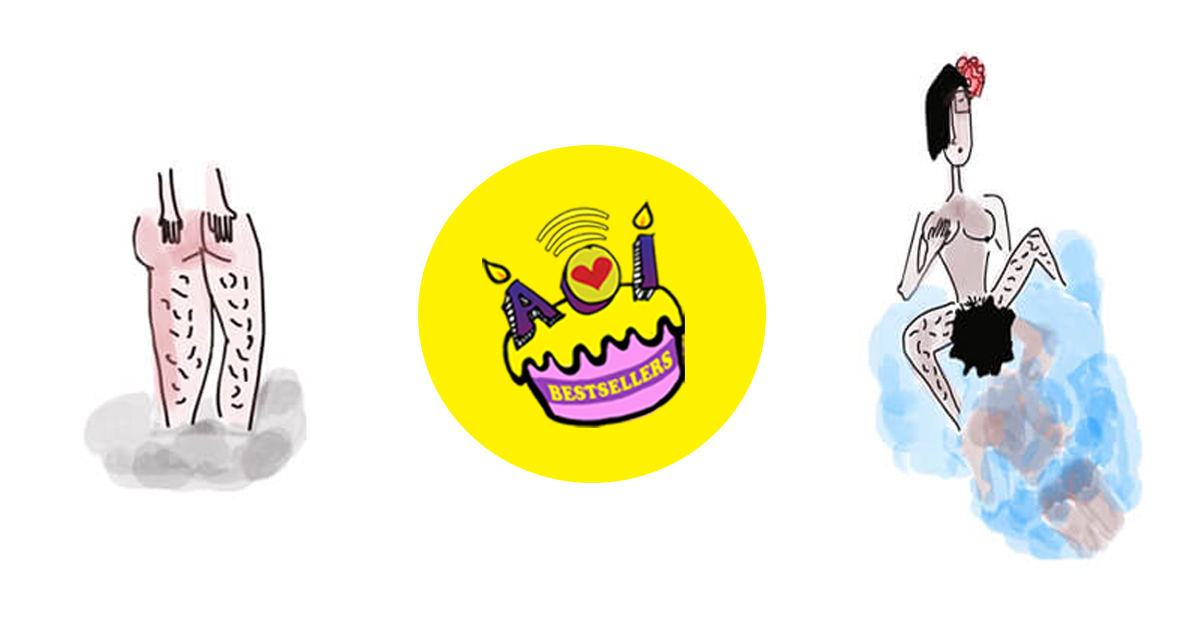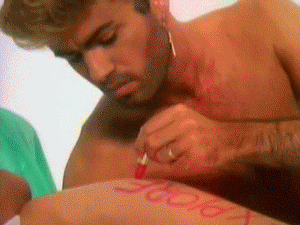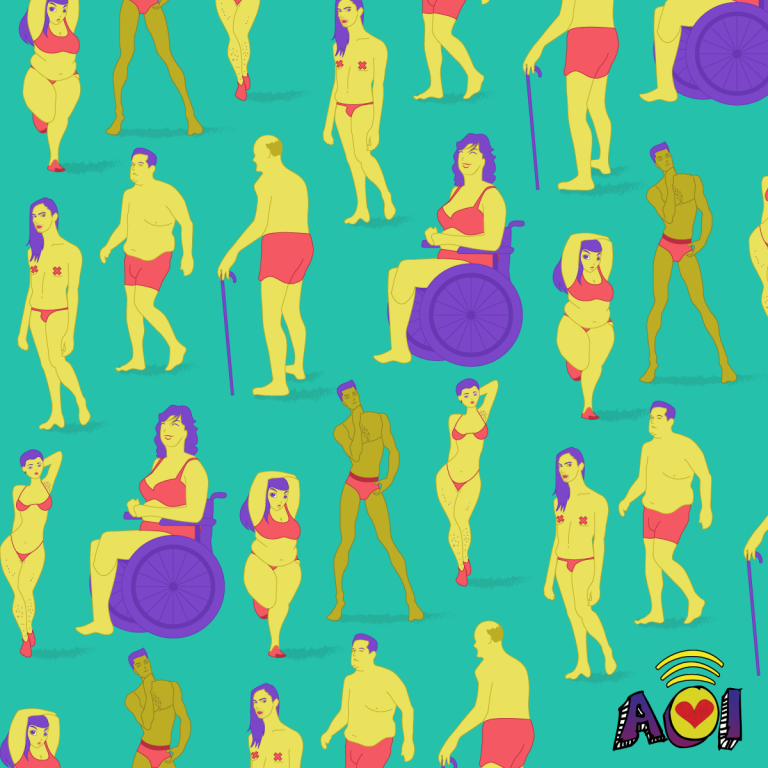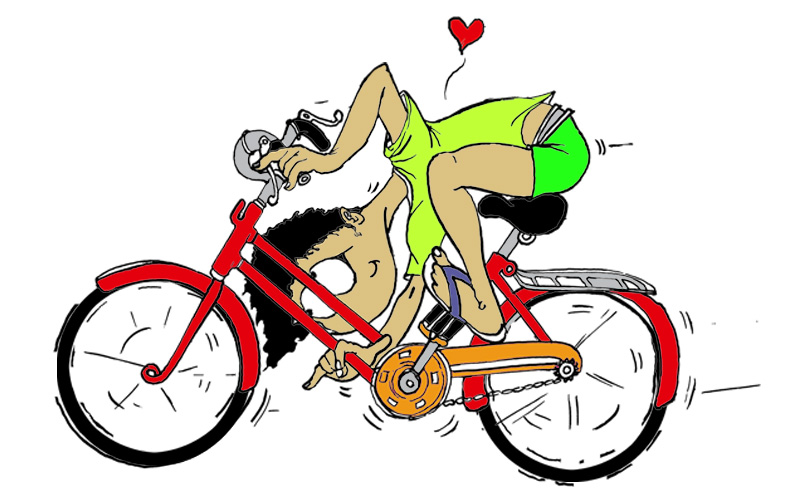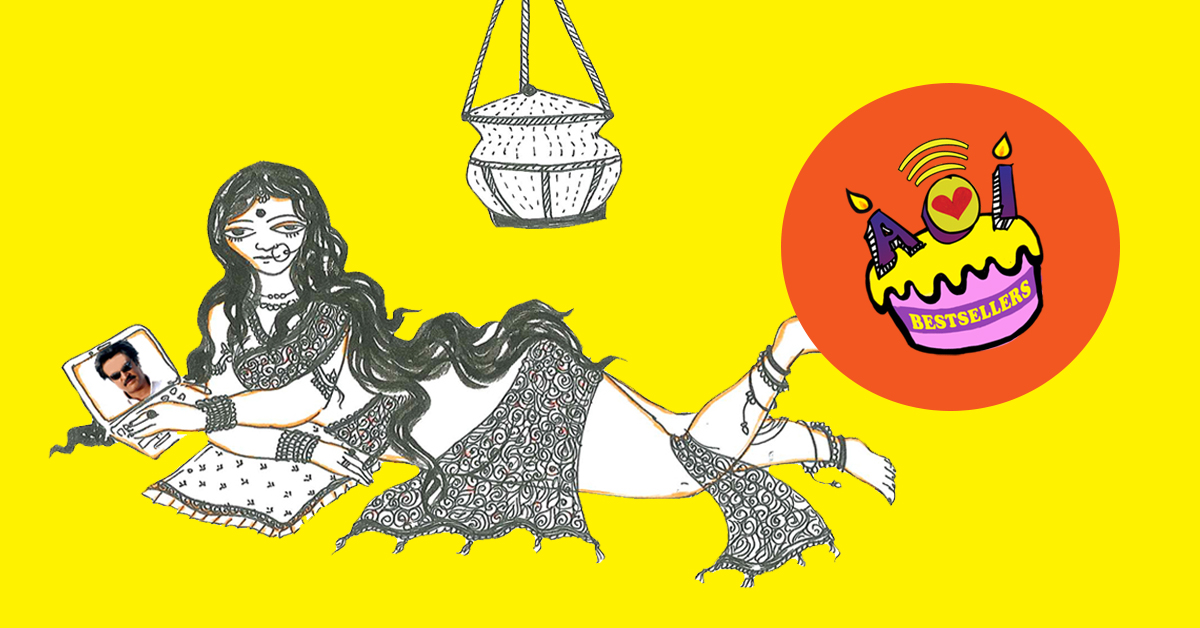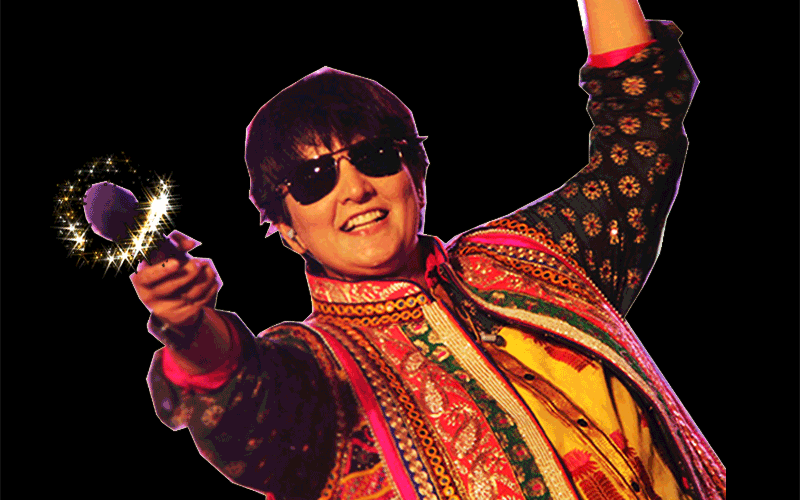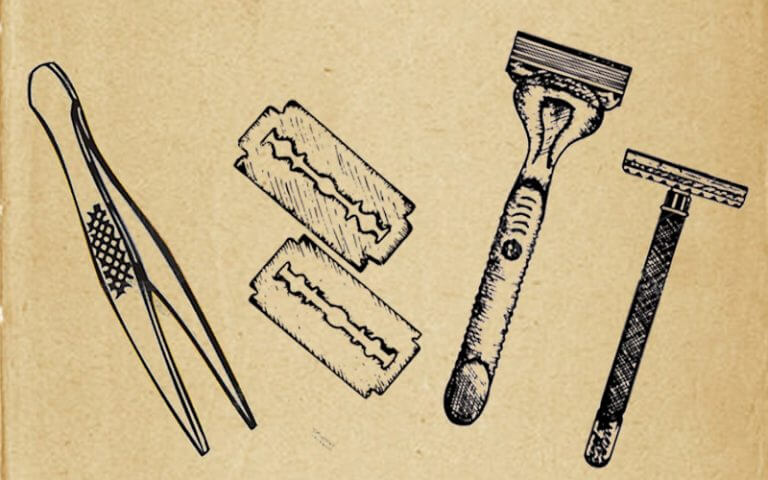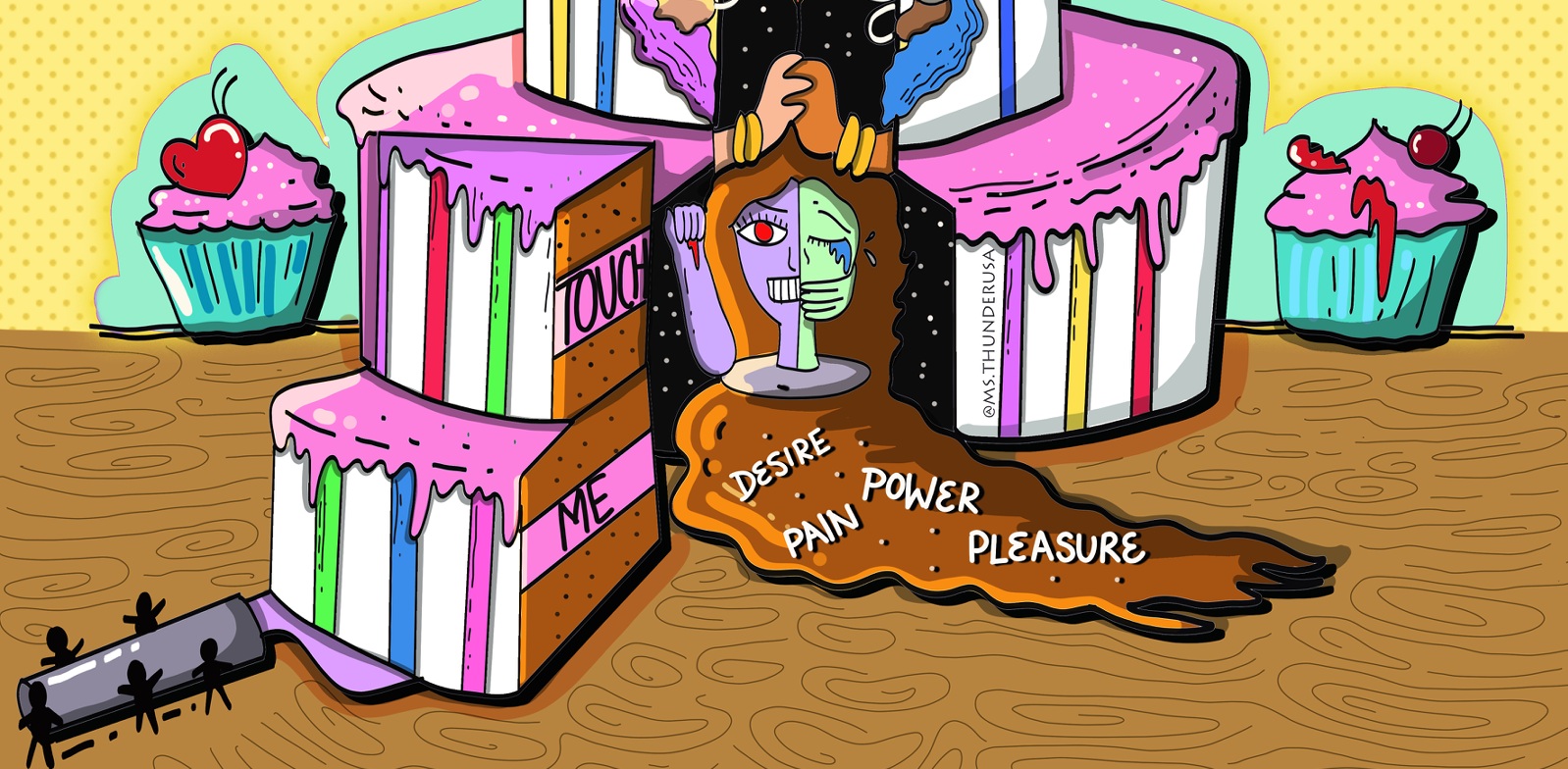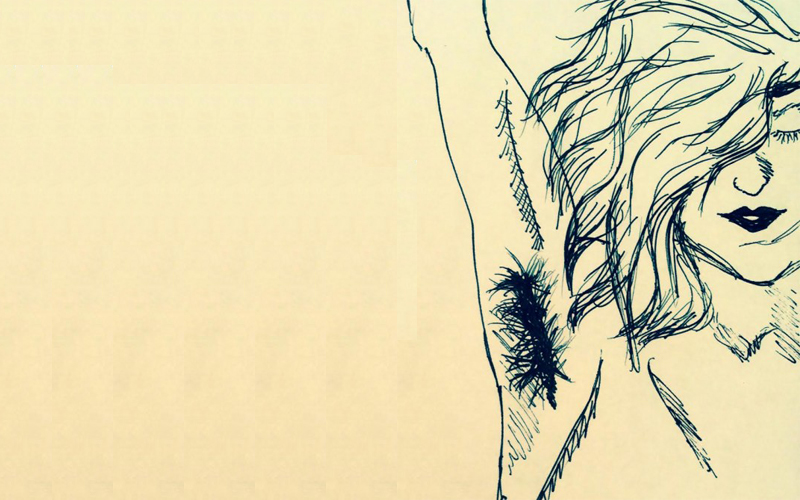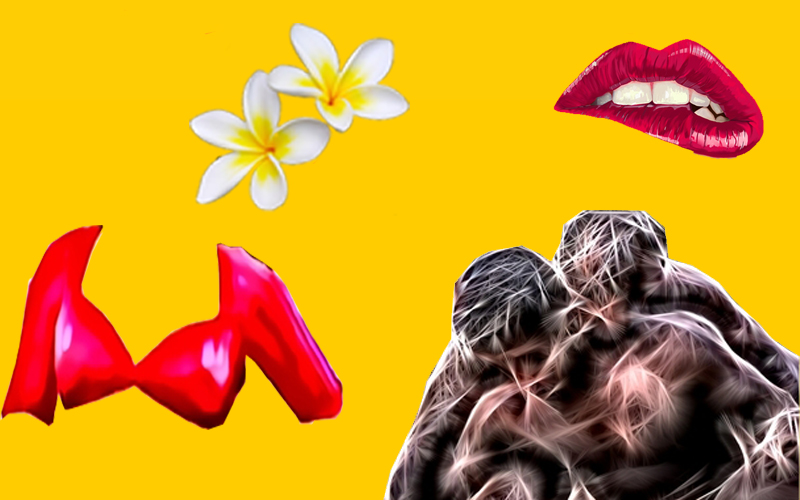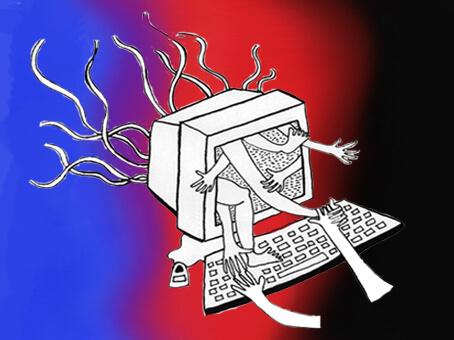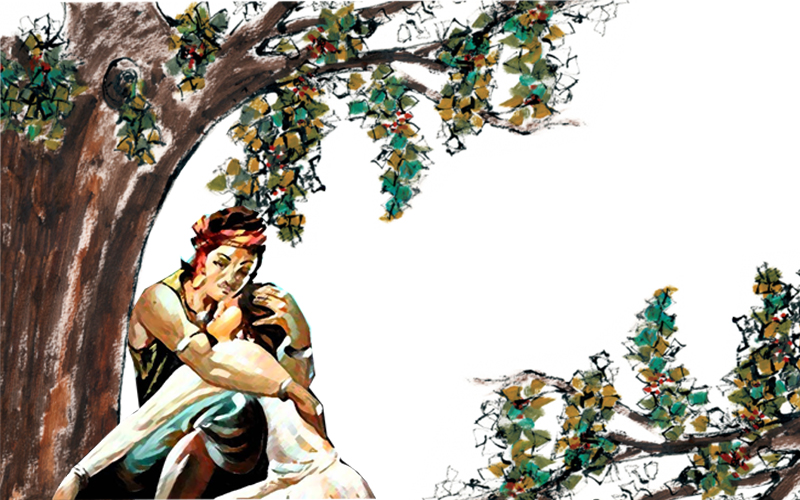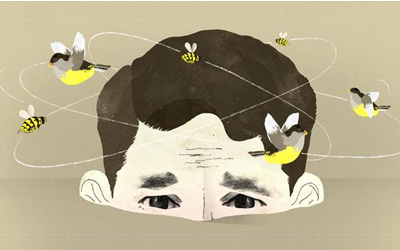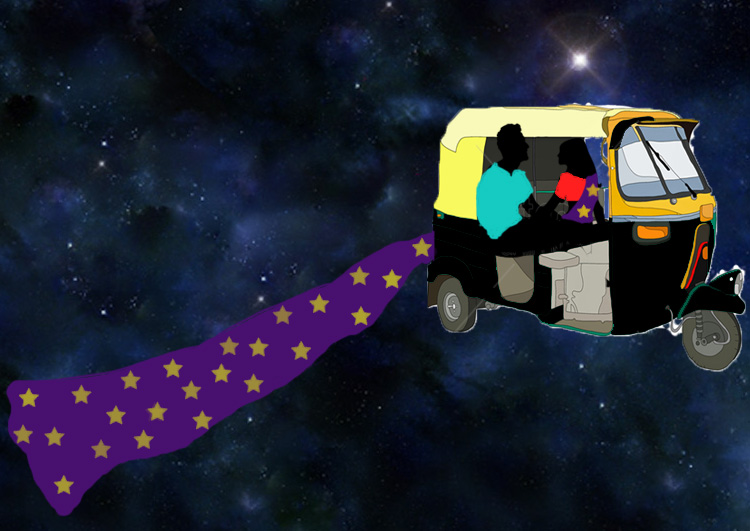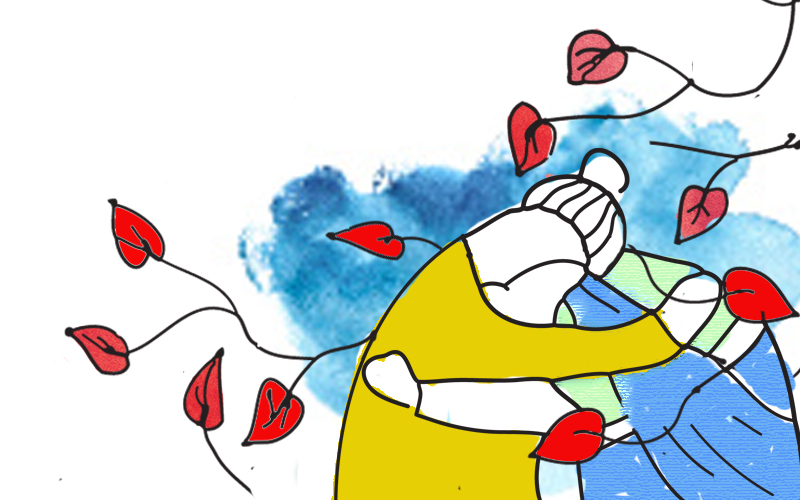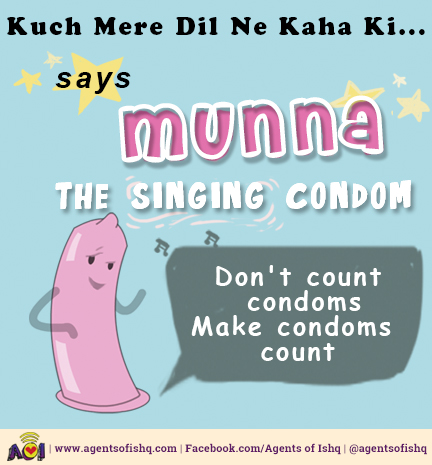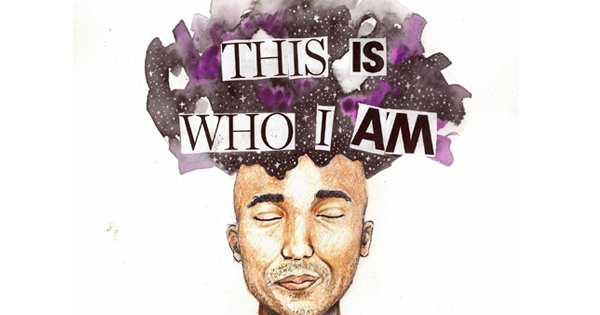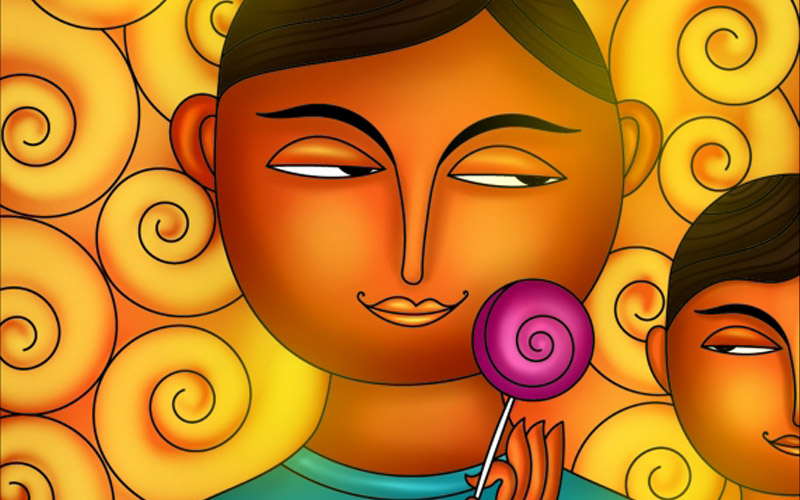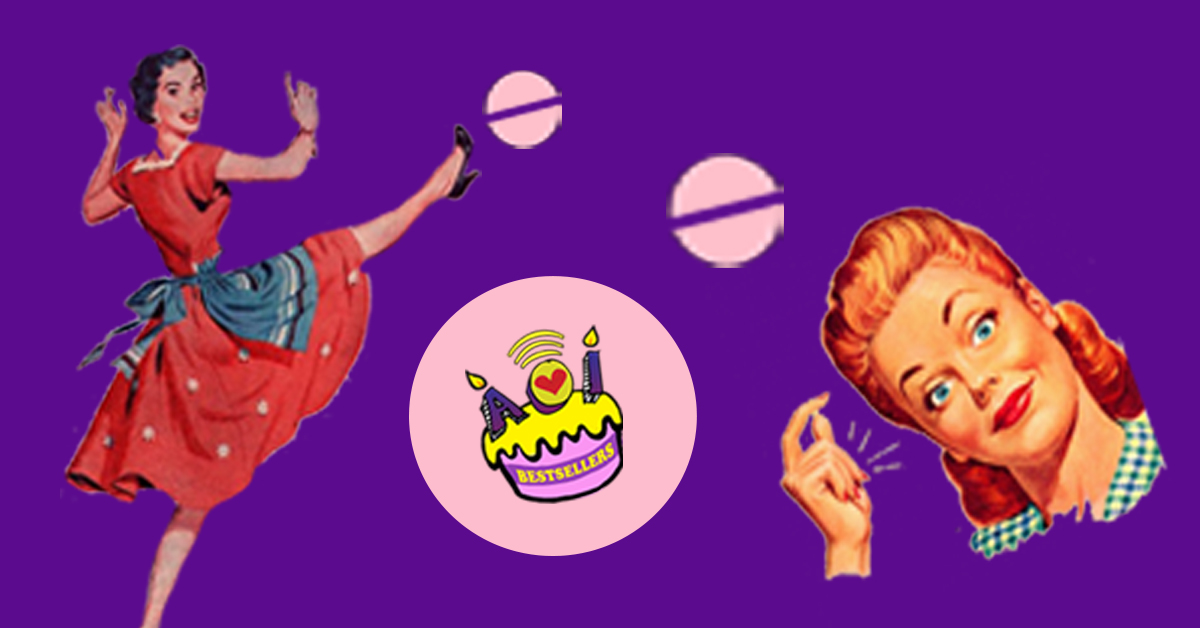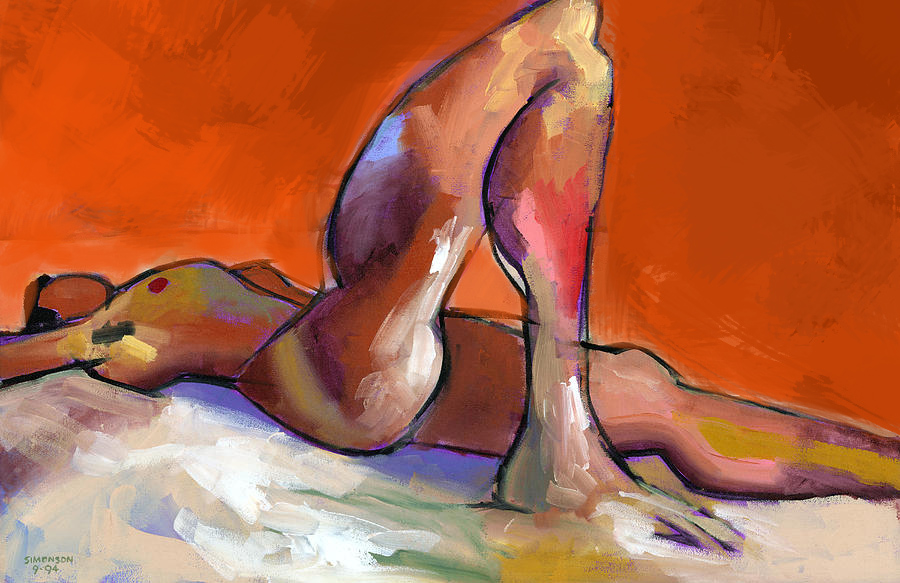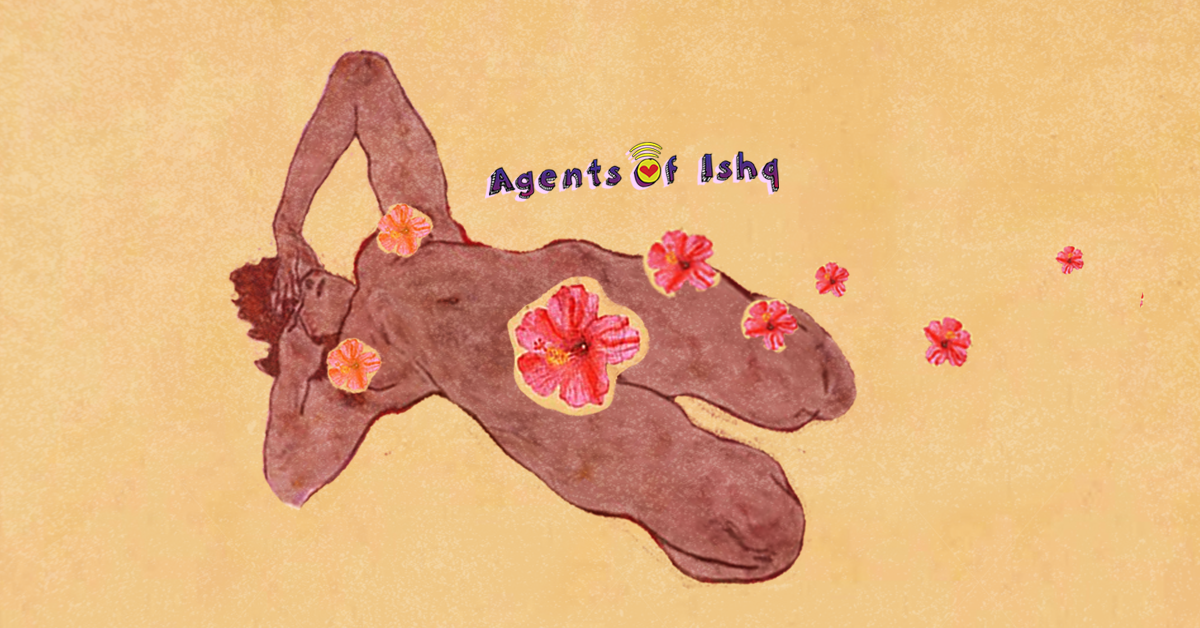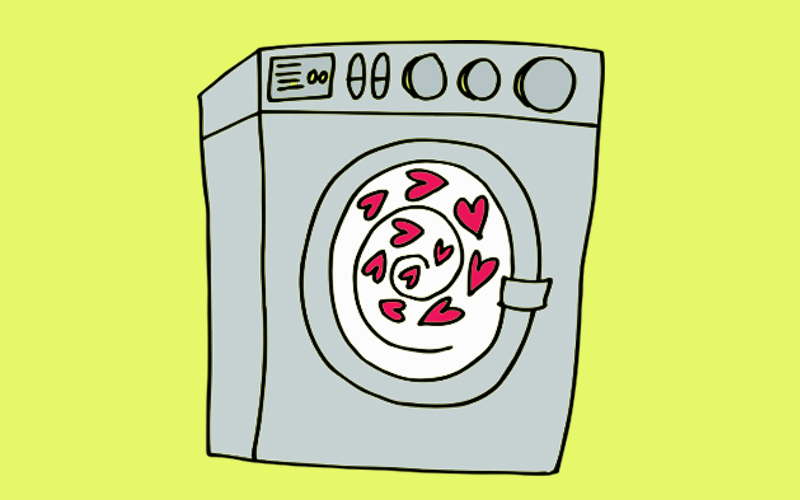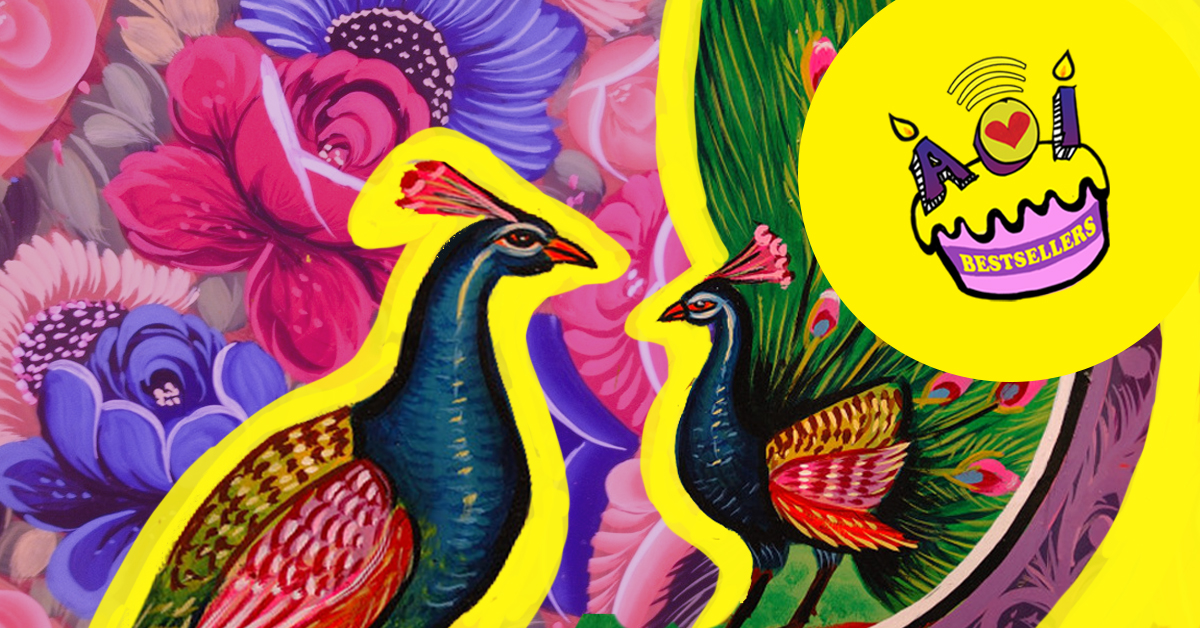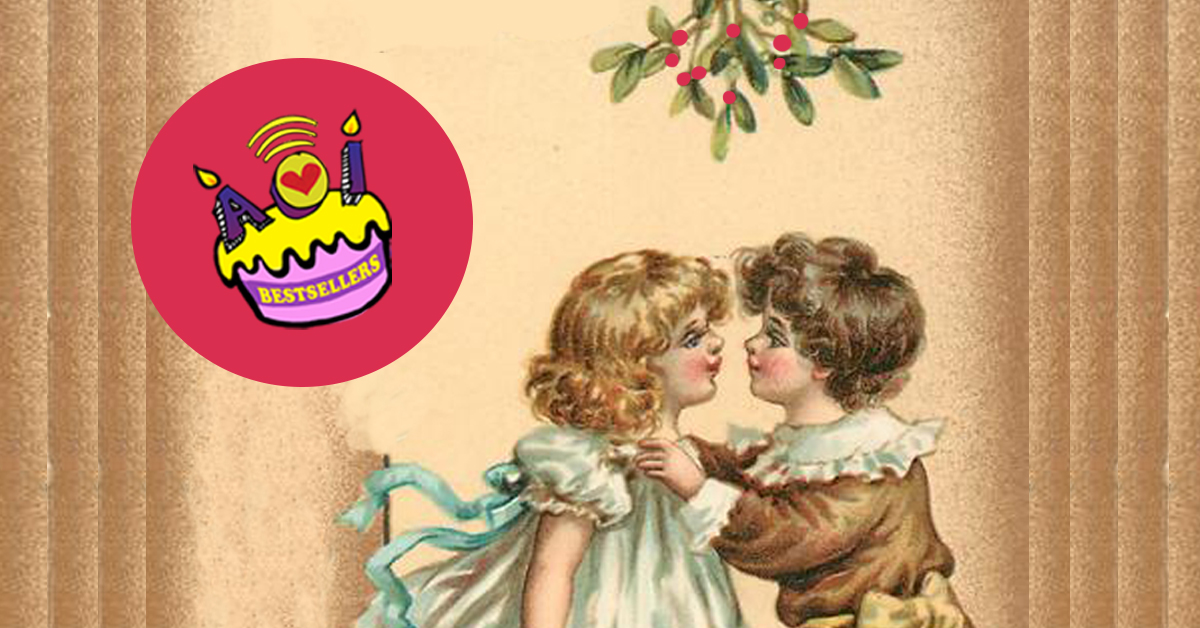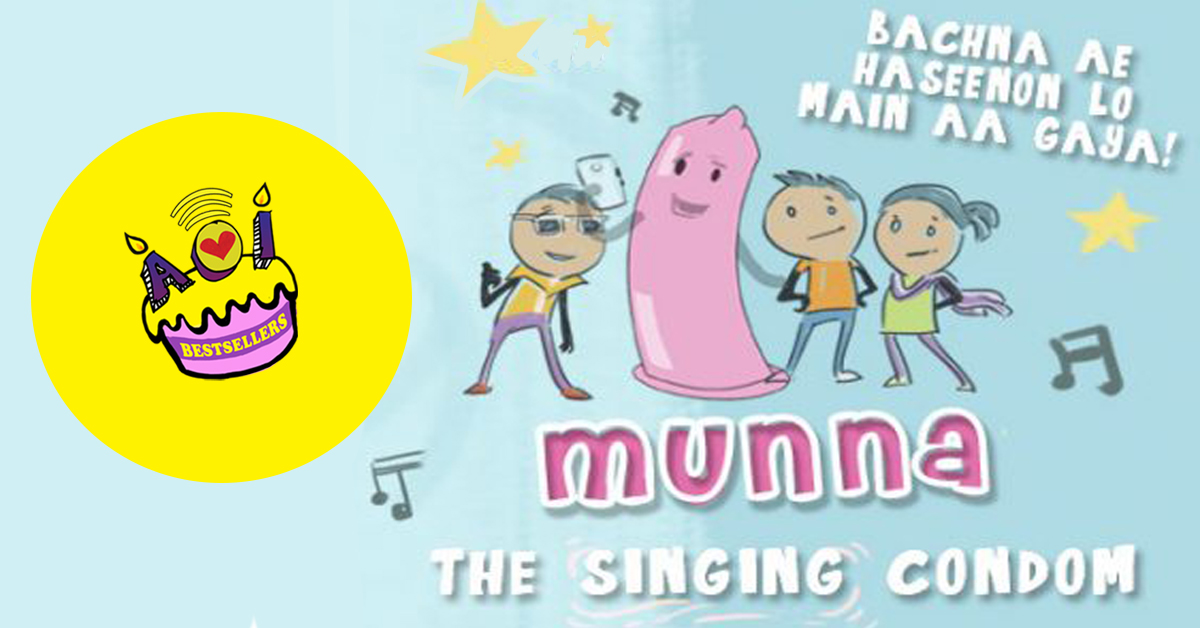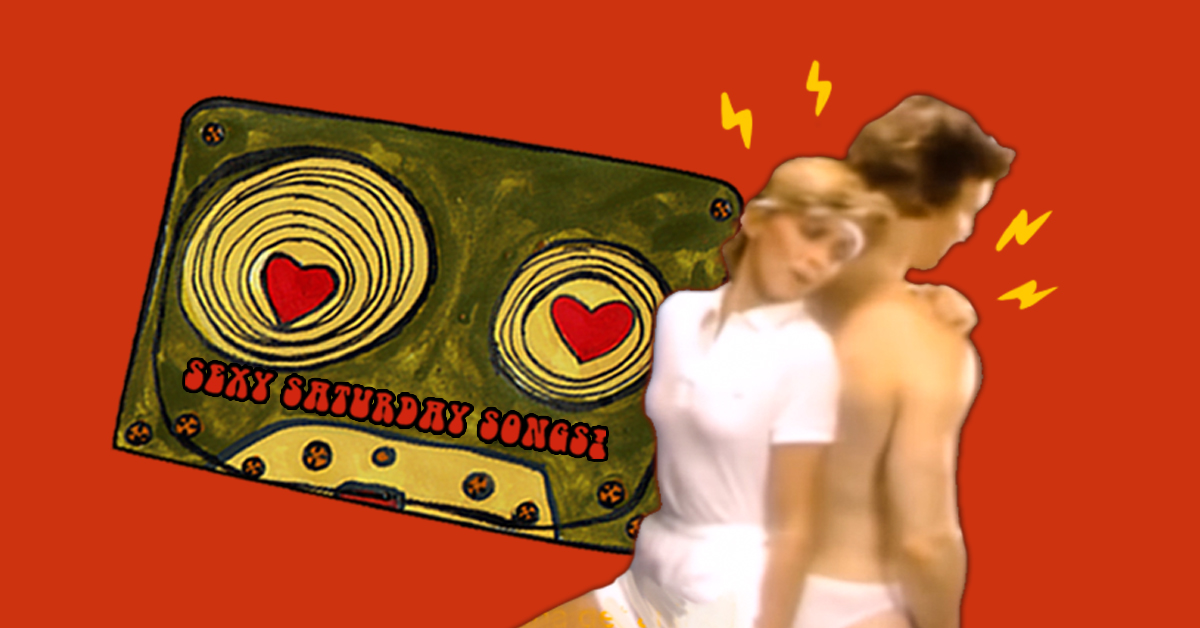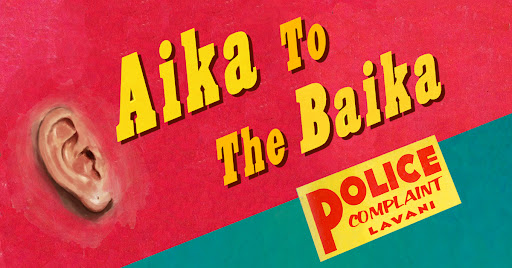What do we know about women and body temperature? Does sex make you hotter, as magazines seem to repeatedly tell us? What does a hot flush even mean? Can your body temperature tell you when is a good time to have sex? And when to make a baby? Why does blushing make you feel warm? So many questions!In 2012, the University of St Andrews in Scotland conducted an experiment that found that touching women on their faces or chests (or “highly intimate” areas) caused a 0.1 degree C shift in temperature. By the time this scientific finding reached the media, it had undergone a strange change. Women’s rise in body temperature was now attributed to just meeting men — “Meeting a man really can get a woman hot under the collar”. According to these confusing reports, science had finally shown that women’s bodies were like “fire alarms”, going off and saying “OMG, a man is here!“Talking about body temperature, did you know that women’s hand temperature often tends to be 2.8 degree C lower than men’s? There is also the Dutch study about how women tend to get cold faster than men in offices with air conditioning, since the former have slower metabolic rates.All this is to say that we don’t really pay much attention to our body temperatures unless we have a fever. We must all have noticed moments when we feel warmer, without actually knowing why. It’s useful for us to know just what is happening in our bodies, even if it’s just a small rise in temperature. In women, especially, temperature rises and falls can tell them a variety of causes, including menopause and even pregnancy.So to begin with, here are some fundas on when and why a woman’s body might decide unannounced to feel some garmi, some thandak.What: ArousalWhen: During or in anticipation of sexWhere: Genitals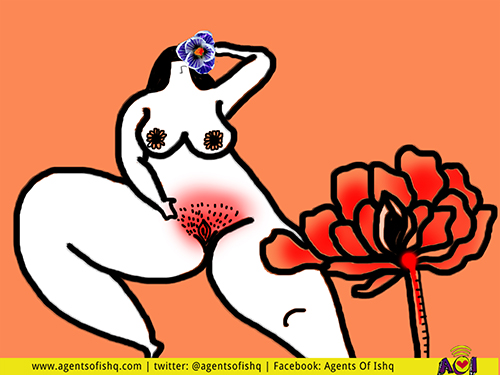 The sign of sexual arousal in a woman is usually marked by genital wetness or vaginal lubrication, during which there is a gradual increase in body temperature as one gets more aroused—either in anticipation or during sex. Arousal or excitement, is usually the first stage of sex, and can cause the onset of a sex flush—strange pinkish spots that develop on a woman's body. Her clitoris and vagina usually swell until orgasm is reached because there is a gradual build up of blood pressure in the genitals.Why: The rise in temperature is caused by a gradual rise in blood pressure, similar to exercise. Your heart pumps blood faster, which makes you feel warmer and sometimes even turning you red in the process. You also sometimes start sweating while aroused, which is a mechanism for your body to cool down again.What: Sex FlushWhen: OrgasmWhere: Breasts, body, face, hands and feet in women. Abdomen, chest, neck, face and arms in men
The sign of sexual arousal in a woman is usually marked by genital wetness or vaginal lubrication, during which there is a gradual increase in body temperature as one gets more aroused—either in anticipation or during sex. Arousal or excitement, is usually the first stage of sex, and can cause the onset of a sex flush—strange pinkish spots that develop on a woman's body. Her clitoris and vagina usually swell until orgasm is reached because there is a gradual build up of blood pressure in the genitals.Why: The rise in temperature is caused by a gradual rise in blood pressure, similar to exercise. Your heart pumps blood faster, which makes you feel warmer and sometimes even turning you red in the process. You also sometimes start sweating while aroused, which is a mechanism for your body to cool down again.What: Sex FlushWhen: OrgasmWhere: Breasts, body, face, hands and feet in women. Abdomen, chest, neck, face and arms in men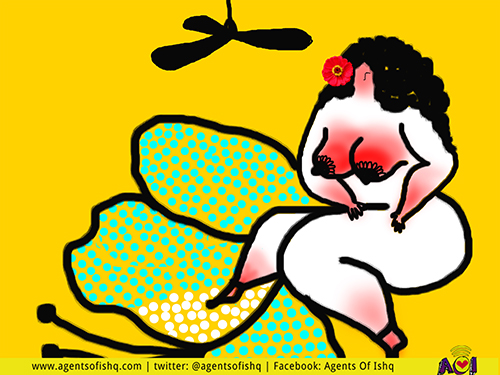 Post-orgasm, have you ever noticed some strange pinkish spots developing under your breasts, which then spread to your body, face, hands and feet? This is called a sex flush.Why: A ‘sex flush’, technically known as vasocongestion, happens because of an increased blood flow to the skin that makes you warmer.If you haven’t noticed this, it might be because sometimes these spots appear and disappear very fast after orgasm. Occasionally, though, they can take up to two hours to disappear. Or perhaps you haven’t noticed it because you live in a very cool climate, where sex flushes are rarer.Funnily enough, only around 25 percent of mard log experience sex flushes and their accompanying rise in temperature. In their case, the change in skin colour (if it does happen), starts with the abdomen, spreads across the chest, goes on to the neck and face, and sometimes to the shoulders and arms.What: Body temperature rising higher than the normal 98.6 degree F (37 degree C)When: Just before your period, and during pregnancyWhere: Your whole body, especially the cheeks
Post-orgasm, have you ever noticed some strange pinkish spots developing under your breasts, which then spread to your body, face, hands and feet? This is called a sex flush.Why: A ‘sex flush’, technically known as vasocongestion, happens because of an increased blood flow to the skin that makes you warmer.If you haven’t noticed this, it might be because sometimes these spots appear and disappear very fast after orgasm. Occasionally, though, they can take up to two hours to disappear. Or perhaps you haven’t noticed it because you live in a very cool climate, where sex flushes are rarer.Funnily enough, only around 25 percent of mard log experience sex flushes and their accompanying rise in temperature. In their case, the change in skin colour (if it does happen), starts with the abdomen, spreads across the chest, goes on to the neck and face, and sometimes to the shoulders and arms.What: Body temperature rising higher than the normal 98.6 degree F (37 degree C)When: Just before your period, and during pregnancyWhere: Your whole body, especially the cheeks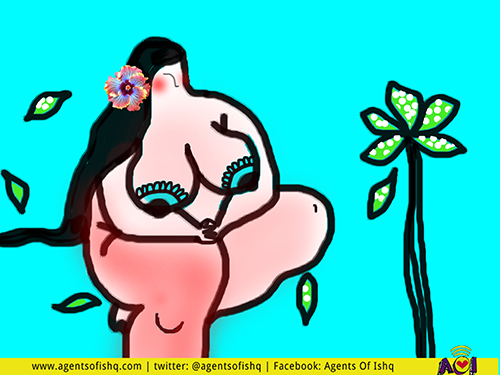 If you’ve ever woken up from your sleep feeling really hot around the time your period is due, it’s probably because of all the changes in your body’s hormone levels.Why: The basal body temperature (BBT) is your body temperature when you wake up. Your BBT often rises after ovulation (which is when the egg is released from the ovary) because of an increase in the release of progesterone, a heat-releasing hormone.This waking-up temperature rise is accompanied by a slight redness of cheeks that most people never really notice. Some scientists in 2015 found out about it when they photographed 22 women once a day for a month. They analysed these photos and found that the women’s cheeks became a little redder just before ovulation.Usually this rise in temperature is a marker of ovulation. It can be noticed if you chart your BBT. However, keep in mind that there are also reports that say that charting your BBT isn’t really an effective marker if you’re trying to time sex for having a baby (or avoid having one).What: Hot Flash/hot flushWhen: Menopausal hot flashWhere: Face, neck and arms
If you’ve ever woken up from your sleep feeling really hot around the time your period is due, it’s probably because of all the changes in your body’s hormone levels.Why: The basal body temperature (BBT) is your body temperature when you wake up. Your BBT often rises after ovulation (which is when the egg is released from the ovary) because of an increase in the release of progesterone, a heat-releasing hormone.This waking-up temperature rise is accompanied by a slight redness of cheeks that most people never really notice. Some scientists in 2015 found out about it when they photographed 22 women once a day for a month. They analysed these photos and found that the women’s cheeks became a little redder just before ovulation.Usually this rise in temperature is a marker of ovulation. It can be noticed if you chart your BBT. However, keep in mind that there are also reports that say that charting your BBT isn’t really an effective marker if you’re trying to time sex for having a baby (or avoid having one).What: Hot Flash/hot flushWhen: Menopausal hot flashWhere: Face, neck and arms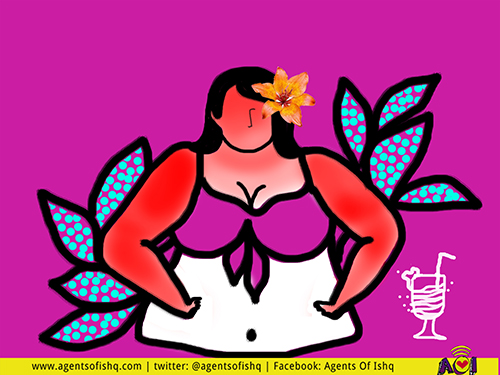 We’ve all heard about women experiencing hot flashes during menopause, usually between 49 and 52 years of age when their periods stop completely. These are not rumours, they are true. A hot flash is a rush of heat and sweat that keeps happening again and again during the day. Sometimes it keeps women up at night as well.Hot flashes happen when blood vessels near the skin dilate to reduce heat and oestrogen levels drop in your body. It’s usually experienced as a feeling of intense heat with sweating and rapid heartbeat, often starting at the face or chest and spreading throughout the body. Sometimes you feel like you are going to faint. Your face becomes hot to touch and can turn red. A less intense version of a hot flash is an “ember flash”, which might happen for years after hot flashes themselves have passed.Why: Scientists don’t really have much of an explanation for why hot flashes happen. Nobody can even explain why some women have them during menopause while others don’t—even when they have the same oestrogen levels.One lady we spoke to said she’d had hot flashes for years, and described attending a busy wedding once when she felt very close to flinging off her sari in the middle of the packed hall. It wasn’t just the searing Mangalore heat, she said. If you’ve watched the television show House of Cards, you might remember that moment when Claire Underwood, a notoriously cold personality, wanders off in the middle of a party in her house to stand in front of an open fridge because of an excruciating hot flush. Or Samantha in Sex and the City 2, who also has a hot flash in the middle of an Arab marketplace.* * *As shown above, women have many reasons for a rise in body temperature. But it’s also true that just feeling angry or embarrassed, or even lying, can cause a rise in your body temperature. These are non-gender specific reasons, but they’re also important for us to know so we understand that they are just normal physiological responses.What: Blushing and flushing When: Embarrassment, anger, romantic situations Where: Face
We’ve all heard about women experiencing hot flashes during menopause, usually between 49 and 52 years of age when their periods stop completely. These are not rumours, they are true. A hot flash is a rush of heat and sweat that keeps happening again and again during the day. Sometimes it keeps women up at night as well.Hot flashes happen when blood vessels near the skin dilate to reduce heat and oestrogen levels drop in your body. It’s usually experienced as a feeling of intense heat with sweating and rapid heartbeat, often starting at the face or chest and spreading throughout the body. Sometimes you feel like you are going to faint. Your face becomes hot to touch and can turn red. A less intense version of a hot flash is an “ember flash”, which might happen for years after hot flashes themselves have passed.Why: Scientists don’t really have much of an explanation for why hot flashes happen. Nobody can even explain why some women have them during menopause while others don’t—even when they have the same oestrogen levels.One lady we spoke to said she’d had hot flashes for years, and described attending a busy wedding once when she felt very close to flinging off her sari in the middle of the packed hall. It wasn’t just the searing Mangalore heat, she said. If you’ve watched the television show House of Cards, you might remember that moment when Claire Underwood, a notoriously cold personality, wanders off in the middle of a party in her house to stand in front of an open fridge because of an excruciating hot flush. Or Samantha in Sex and the City 2, who also has a hot flash in the middle of an Arab marketplace.* * *As shown above, women have many reasons for a rise in body temperature. But it’s also true that just feeling angry or embarrassed, or even lying, can cause a rise in your body temperature. These are non-gender specific reasons, but they’re also important for us to know so we understand that they are just normal physiological responses.What: Blushing and flushing When: Embarrassment, anger, romantic situations Where: Face Naturalist Charles Darwin once described blushing as “the most peculiar and most human of all expressions”. Perhaps he was right. Remember how horrible it was in school when everyone would tease you about your crush, and you got all red, hot and bothered? And if it was a big deal, then even your nose, neck and upper chest became red? And you felt like everyone next to you were able to feel the heat coming off you?People blush most commonly when they’re embarrassed, angry, or sometimes when they’re anxious—like when you’re flirting or getting compliments from someone you have the hots for. If you have social anxiety, then extreme blushing is commonplace and unavoidable (making you feel worse). When it’s more intense, it’s called flushing, and there’s a marked redness in your face. A person’s face can be described as flushed when they have fever, sex or when they’re going through emotions like anger and embarrassment.Why: When people blush their blood vessels widen (there’s no explanation for why this happens), hence causing the red face. Facial skin has more capillaries than other areas, and facial blood vessels are usually closer to the surface and broader, so when they widen, they become more visible than usual.Often, blushing is also considered (unhelpfully) a visible manifestation of a ‘fight or flight’ instinct that is telling you to put up or pack up.What: General temperature rise When: Lying, anger, and eating spicy foodWhere: Face, neck, nose and around the eyes
Naturalist Charles Darwin once described blushing as “the most peculiar and most human of all expressions”. Perhaps he was right. Remember how horrible it was in school when everyone would tease you about your crush, and you got all red, hot and bothered? And if it was a big deal, then even your nose, neck and upper chest became red? And you felt like everyone next to you were able to feel the heat coming off you?People blush most commonly when they’re embarrassed, angry, or sometimes when they’re anxious—like when you’re flirting or getting compliments from someone you have the hots for. If you have social anxiety, then extreme blushing is commonplace and unavoidable (making you feel worse). When it’s more intense, it’s called flushing, and there’s a marked redness in your face. A person’s face can be described as flushed when they have fever, sex or when they’re going through emotions like anger and embarrassment.Why: When people blush their blood vessels widen (there’s no explanation for why this happens), hence causing the red face. Facial skin has more capillaries than other areas, and facial blood vessels are usually closer to the surface and broader, so when they widen, they become more visible than usual.Often, blushing is also considered (unhelpfully) a visible manifestation of a ‘fight or flight’ instinct that is telling you to put up or pack up.What: General temperature rise When: Lying, anger, and eating spicy foodWhere: Face, neck, nose and around the eyes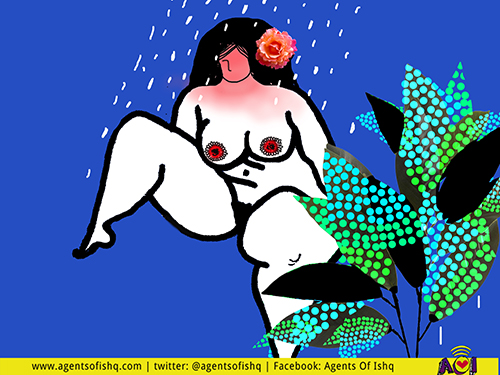 Lying: There is evidence to show that your nose does heat up when you lie. This is where the story of Pinocchio gets repeated (that “lying means long nose” wala story your parents tried to scare you with when you were a child). Researchers at the University of Granada in Spain who discovered this phenomenon in 2012 say that telling a lie makes you feel warm not only around the nose, but also near the eyes. They called it the Pinocchio Effect.Why: Your nose heats up because of the anxiety and extra mental effort of telling the lie. Usually a small lie = less heat, and a big lie = more heat. But we wonder if this happens to seasoned liars too?Anger: In an advice column, a woman once asked if thinking super hard about something would help her get warm in a dangerously cold situation. Apart from this rather hopeful idea, there is some truth to the notion that feeling angry raises your body temperature.Why: An increased heart rate and blood pressure are again what is pushing your nose to become red. No wonder people say their blood is boiling.Eating spicy food: You know how you are always dying to eat ice cream in summer because it’s so hot? Have you ever thought that eating spicy food—as against drinking pepper rasam when you have a cold—might actually make you feel cooler in the summer? Or as the aphorism goes, Ushnam ushnena shanti.Why: It’s because spicy food also raises your body temperature and makes you start sweating. When your sweat evaporates, you automatically feel cooler.Seen our new video on consent and relationships?
Lying: There is evidence to show that your nose does heat up when you lie. This is where the story of Pinocchio gets repeated (that “lying means long nose” wala story your parents tried to scare you with when you were a child). Researchers at the University of Granada in Spain who discovered this phenomenon in 2012 say that telling a lie makes you feel warm not only around the nose, but also near the eyes. They called it the Pinocchio Effect.Why: Your nose heats up because of the anxiety and extra mental effort of telling the lie. Usually a small lie = less heat, and a big lie = more heat. But we wonder if this happens to seasoned liars too?Anger: In an advice column, a woman once asked if thinking super hard about something would help her get warm in a dangerously cold situation. Apart from this rather hopeful idea, there is some truth to the notion that feeling angry raises your body temperature.Why: An increased heart rate and blood pressure are again what is pushing your nose to become red. No wonder people say their blood is boiling.Eating spicy food: You know how you are always dying to eat ice cream in summer because it’s so hot? Have you ever thought that eating spicy food—as against drinking pepper rasam when you have a cold—might actually make you feel cooler in the summer? Or as the aphorism goes, Ushnam ushnena shanti.Why: It’s because spicy food also raises your body temperature and makes you start sweating. When your sweat evaporates, you automatically feel cooler.Seen our new video on consent and relationships?
 The sign of sexual arousal in a woman is usually marked by genital wetness or vaginal lubrication, during which there is a gradual increase in body temperature as one gets more aroused—either in anticipation or during sex. Arousal or excitement, is usually the first stage of sex, and can cause the onset of a sex flush—strange pinkish spots that develop on a woman's body. Her clitoris and vagina usually swell until orgasm is reached because there is a gradual build up of blood pressure in the genitals.Why: The rise in temperature is caused by a gradual rise in blood pressure, similar to exercise. Your heart pumps blood faster, which makes you feel warmer and sometimes even turning you red in the process. You also sometimes start sweating while aroused, which is a mechanism for your body to cool down again.What: Sex FlushWhen: OrgasmWhere: Breasts, body, face, hands and feet in women. Abdomen, chest, neck, face and arms in men
The sign of sexual arousal in a woman is usually marked by genital wetness or vaginal lubrication, during which there is a gradual increase in body temperature as one gets more aroused—either in anticipation or during sex. Arousal or excitement, is usually the first stage of sex, and can cause the onset of a sex flush—strange pinkish spots that develop on a woman's body. Her clitoris and vagina usually swell until orgasm is reached because there is a gradual build up of blood pressure in the genitals.Why: The rise in temperature is caused by a gradual rise in blood pressure, similar to exercise. Your heart pumps blood faster, which makes you feel warmer and sometimes even turning you red in the process. You also sometimes start sweating while aroused, which is a mechanism for your body to cool down again.What: Sex FlushWhen: OrgasmWhere: Breasts, body, face, hands and feet in women. Abdomen, chest, neck, face and arms in men Post-orgasm, have you ever noticed some strange pinkish spots developing under your breasts, which then spread to your body, face, hands and feet? This is called a sex flush.Why: A ‘sex flush’, technically known as vasocongestion, happens because of an increased blood flow to the skin that makes you warmer.If you haven’t noticed this, it might be because sometimes these spots appear and disappear very fast after orgasm. Occasionally, though, they can take up to two hours to disappear. Or perhaps you haven’t noticed it because you live in a very cool climate, where sex flushes are rarer.Funnily enough, only around 25 percent of mard log experience sex flushes and their accompanying rise in temperature. In their case, the change in skin colour (if it does happen), starts with the abdomen, spreads across the chest, goes on to the neck and face, and sometimes to the shoulders and arms.What: Body temperature rising higher than the normal 98.6 degree F (37 degree C)When: Just before your period, and during pregnancyWhere: Your whole body, especially the cheeks
Post-orgasm, have you ever noticed some strange pinkish spots developing under your breasts, which then spread to your body, face, hands and feet? This is called a sex flush.Why: A ‘sex flush’, technically known as vasocongestion, happens because of an increased blood flow to the skin that makes you warmer.If you haven’t noticed this, it might be because sometimes these spots appear and disappear very fast after orgasm. Occasionally, though, they can take up to two hours to disappear. Or perhaps you haven’t noticed it because you live in a very cool climate, where sex flushes are rarer.Funnily enough, only around 25 percent of mard log experience sex flushes and their accompanying rise in temperature. In their case, the change in skin colour (if it does happen), starts with the abdomen, spreads across the chest, goes on to the neck and face, and sometimes to the shoulders and arms.What: Body temperature rising higher than the normal 98.6 degree F (37 degree C)When: Just before your period, and during pregnancyWhere: Your whole body, especially the cheeks If you’ve ever woken up from your sleep feeling really hot around the time your period is due, it’s probably because of all the changes in your body’s hormone levels.Why: The basal body temperature (BBT) is your body temperature when you wake up. Your BBT often rises after ovulation (which is when the egg is released from the ovary) because of an increase in the release of progesterone, a heat-releasing hormone.This waking-up temperature rise is accompanied by a slight redness of cheeks that most people never really notice. Some scientists in 2015 found out about it when they photographed 22 women once a day for a month. They analysed these photos and found that the women’s cheeks became a little redder just before ovulation.Usually this rise in temperature is a marker of ovulation. It can be noticed if you chart your BBT. However, keep in mind that there are also reports that say that charting your BBT isn’t really an effective marker if you’re trying to time sex for having a baby (or avoid having one).What: Hot Flash/hot flushWhen: Menopausal hot flashWhere: Face, neck and arms
If you’ve ever woken up from your sleep feeling really hot around the time your period is due, it’s probably because of all the changes in your body’s hormone levels.Why: The basal body temperature (BBT) is your body temperature when you wake up. Your BBT often rises after ovulation (which is when the egg is released from the ovary) because of an increase in the release of progesterone, a heat-releasing hormone.This waking-up temperature rise is accompanied by a slight redness of cheeks that most people never really notice. Some scientists in 2015 found out about it when they photographed 22 women once a day for a month. They analysed these photos and found that the women’s cheeks became a little redder just before ovulation.Usually this rise in temperature is a marker of ovulation. It can be noticed if you chart your BBT. However, keep in mind that there are also reports that say that charting your BBT isn’t really an effective marker if you’re trying to time sex for having a baby (or avoid having one).What: Hot Flash/hot flushWhen: Menopausal hot flashWhere: Face, neck and arms We’ve all heard about women experiencing hot flashes during menopause, usually between 49 and 52 years of age when their periods stop completely. These are not rumours, they are true. A hot flash is a rush of heat and sweat that keeps happening again and again during the day. Sometimes it keeps women up at night as well.Hot flashes happen when blood vessels near the skin dilate to reduce heat and oestrogen levels drop in your body. It’s usually experienced as a feeling of intense heat with sweating and rapid heartbeat, often starting at the face or chest and spreading throughout the body. Sometimes you feel like you are going to faint. Your face becomes hot to touch and can turn red. A less intense version of a hot flash is an “ember flash”, which might happen for years after hot flashes themselves have passed.Why: Scientists don’t really have much of an explanation for why hot flashes happen. Nobody can even explain why some women have them during menopause while others don’t—even when they have the same oestrogen levels.One lady we spoke to said she’d had hot flashes for years, and described attending a busy wedding once when she felt very close to flinging off her sari in the middle of the packed hall. It wasn’t just the searing Mangalore heat, she said. If you’ve watched the television show House of Cards, you might remember that moment when Claire Underwood, a notoriously cold personality, wanders off in the middle of a party in her house to stand in front of an open fridge because of an excruciating hot flush. Or Samantha in Sex and the City 2, who also has a hot flash in the middle of an Arab marketplace.* * *As shown above, women have many reasons for a rise in body temperature. But it’s also true that just feeling angry or embarrassed, or even lying, can cause a rise in your body temperature. These are non-gender specific reasons, but they’re also important for us to know so we understand that they are just normal physiological responses.What: Blushing and flushing When: Embarrassment, anger, romantic situations Where: Face
We’ve all heard about women experiencing hot flashes during menopause, usually between 49 and 52 years of age when their periods stop completely. These are not rumours, they are true. A hot flash is a rush of heat and sweat that keeps happening again and again during the day. Sometimes it keeps women up at night as well.Hot flashes happen when blood vessels near the skin dilate to reduce heat and oestrogen levels drop in your body. It’s usually experienced as a feeling of intense heat with sweating and rapid heartbeat, often starting at the face or chest and spreading throughout the body. Sometimes you feel like you are going to faint. Your face becomes hot to touch and can turn red. A less intense version of a hot flash is an “ember flash”, which might happen for years after hot flashes themselves have passed.Why: Scientists don’t really have much of an explanation for why hot flashes happen. Nobody can even explain why some women have them during menopause while others don’t—even when they have the same oestrogen levels.One lady we spoke to said she’d had hot flashes for years, and described attending a busy wedding once when she felt very close to flinging off her sari in the middle of the packed hall. It wasn’t just the searing Mangalore heat, she said. If you’ve watched the television show House of Cards, you might remember that moment when Claire Underwood, a notoriously cold personality, wanders off in the middle of a party in her house to stand in front of an open fridge because of an excruciating hot flush. Or Samantha in Sex and the City 2, who also has a hot flash in the middle of an Arab marketplace.* * *As shown above, women have many reasons for a rise in body temperature. But it’s also true that just feeling angry or embarrassed, or even lying, can cause a rise in your body temperature. These are non-gender specific reasons, but they’re also important for us to know so we understand that they are just normal physiological responses.What: Blushing and flushing When: Embarrassment, anger, romantic situations Where: Face Naturalist Charles Darwin once described blushing as “the most peculiar and most human of all expressions”. Perhaps he was right. Remember how horrible it was in school when everyone would tease you about your crush, and you got all red, hot and bothered? And if it was a big deal, then even your nose, neck and upper chest became red? And you felt like everyone next to you were able to feel the heat coming off you?People blush most commonly when they’re embarrassed, angry, or sometimes when they’re anxious—like when you’re flirting or getting compliments from someone you have the hots for. If you have social anxiety, then extreme blushing is commonplace and unavoidable (making you feel worse). When it’s more intense, it’s called flushing, and there’s a marked redness in your face. A person’s face can be described as flushed when they have fever, sex or when they’re going through emotions like anger and embarrassment.Why: When people blush their blood vessels widen (there’s no explanation for why this happens), hence causing the red face. Facial skin has more capillaries than other areas, and facial blood vessels are usually closer to the surface and broader, so when they widen, they become more visible than usual.Often, blushing is also considered (unhelpfully) a visible manifestation of a ‘fight or flight’ instinct that is telling you to put up or pack up.What: General temperature rise When: Lying, anger, and eating spicy foodWhere: Face, neck, nose and around the eyes
Naturalist Charles Darwin once described blushing as “the most peculiar and most human of all expressions”. Perhaps he was right. Remember how horrible it was in school when everyone would tease you about your crush, and you got all red, hot and bothered? And if it was a big deal, then even your nose, neck and upper chest became red? And you felt like everyone next to you were able to feel the heat coming off you?People blush most commonly when they’re embarrassed, angry, or sometimes when they’re anxious—like when you’re flirting or getting compliments from someone you have the hots for. If you have social anxiety, then extreme blushing is commonplace and unavoidable (making you feel worse). When it’s more intense, it’s called flushing, and there’s a marked redness in your face. A person’s face can be described as flushed when they have fever, sex or when they’re going through emotions like anger and embarrassment.Why: When people blush their blood vessels widen (there’s no explanation for why this happens), hence causing the red face. Facial skin has more capillaries than other areas, and facial blood vessels are usually closer to the surface and broader, so when they widen, they become more visible than usual.Often, blushing is also considered (unhelpfully) a visible manifestation of a ‘fight or flight’ instinct that is telling you to put up or pack up.What: General temperature rise When: Lying, anger, and eating spicy foodWhere: Face, neck, nose and around the eyes Lying: There is evidence to show that your nose does heat up when you lie. This is where the story of Pinocchio gets repeated (that “lying means long nose” wala story your parents tried to scare you with when you were a child). Researchers at the University of Granada in Spain who discovered this phenomenon in 2012 say that telling a lie makes you feel warm not only around the nose, but also near the eyes. They called it the Pinocchio Effect.Why: Your nose heats up because of the anxiety and extra mental effort of telling the lie. Usually a small lie = less heat, and a big lie = more heat. But we wonder if this happens to seasoned liars too?Anger: In an advice column, a woman once asked if thinking super hard about something would help her get warm in a dangerously cold situation. Apart from this rather hopeful idea, there is some truth to the notion that feeling angry raises your body temperature.Why: An increased heart rate and blood pressure are again what is pushing your nose to become red. No wonder people say their blood is boiling.Eating spicy food: You know how you are always dying to eat ice cream in summer because it’s so hot? Have you ever thought that eating spicy food—as against drinking pepper rasam when you have a cold—might actually make you feel cooler in the summer? Or as the aphorism goes, Ushnam ushnena shanti.Why: It’s because spicy food also raises your body temperature and makes you start sweating. When your sweat evaporates, you automatically feel cooler.Seen our new video on consent and relationships?
Lying: There is evidence to show that your nose does heat up when you lie. This is where the story of Pinocchio gets repeated (that “lying means long nose” wala story your parents tried to scare you with when you were a child). Researchers at the University of Granada in Spain who discovered this phenomenon in 2012 say that telling a lie makes you feel warm not only around the nose, but also near the eyes. They called it the Pinocchio Effect.Why: Your nose heats up because of the anxiety and extra mental effort of telling the lie. Usually a small lie = less heat, and a big lie = more heat. But we wonder if this happens to seasoned liars too?Anger: In an advice column, a woman once asked if thinking super hard about something would help her get warm in a dangerously cold situation. Apart from this rather hopeful idea, there is some truth to the notion that feeling angry raises your body temperature.Why: An increased heart rate and blood pressure are again what is pushing your nose to become red. No wonder people say their blood is boiling.Eating spicy food: You know how you are always dying to eat ice cream in summer because it’s so hot? Have you ever thought that eating spicy food—as against drinking pepper rasam when you have a cold—might actually make you feel cooler in the summer? Or as the aphorism goes, Ushnam ushnena shanti.Why: It’s because spicy food also raises your body temperature and makes you start sweating. When your sweat evaporates, you automatically feel cooler.Seen our new video on consent and relationships? 





